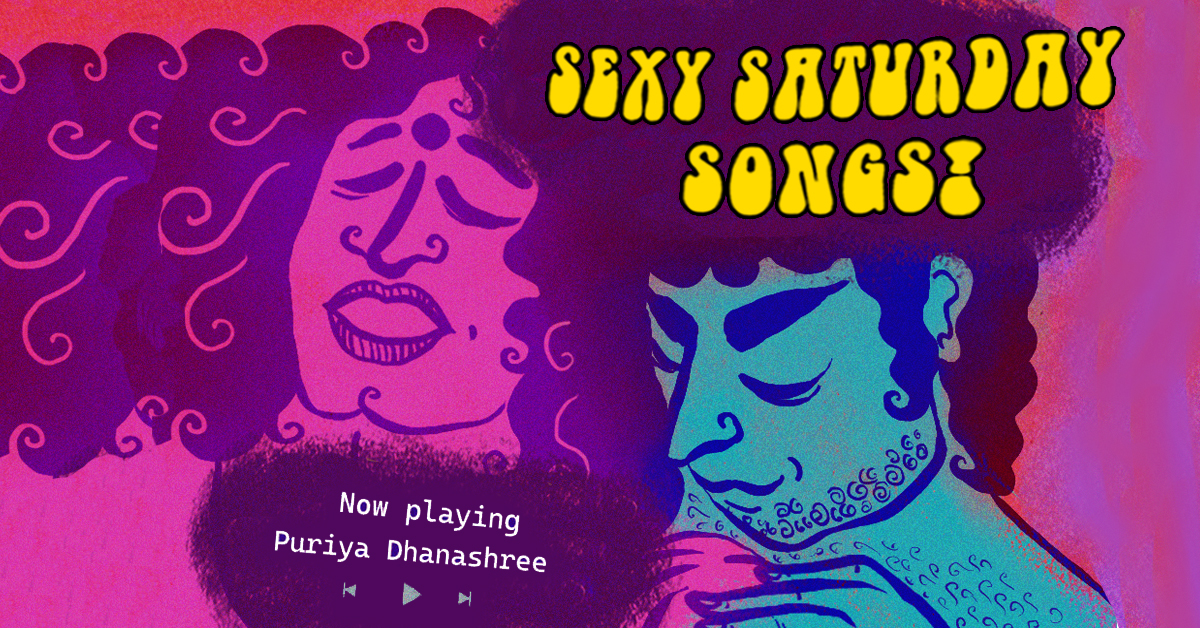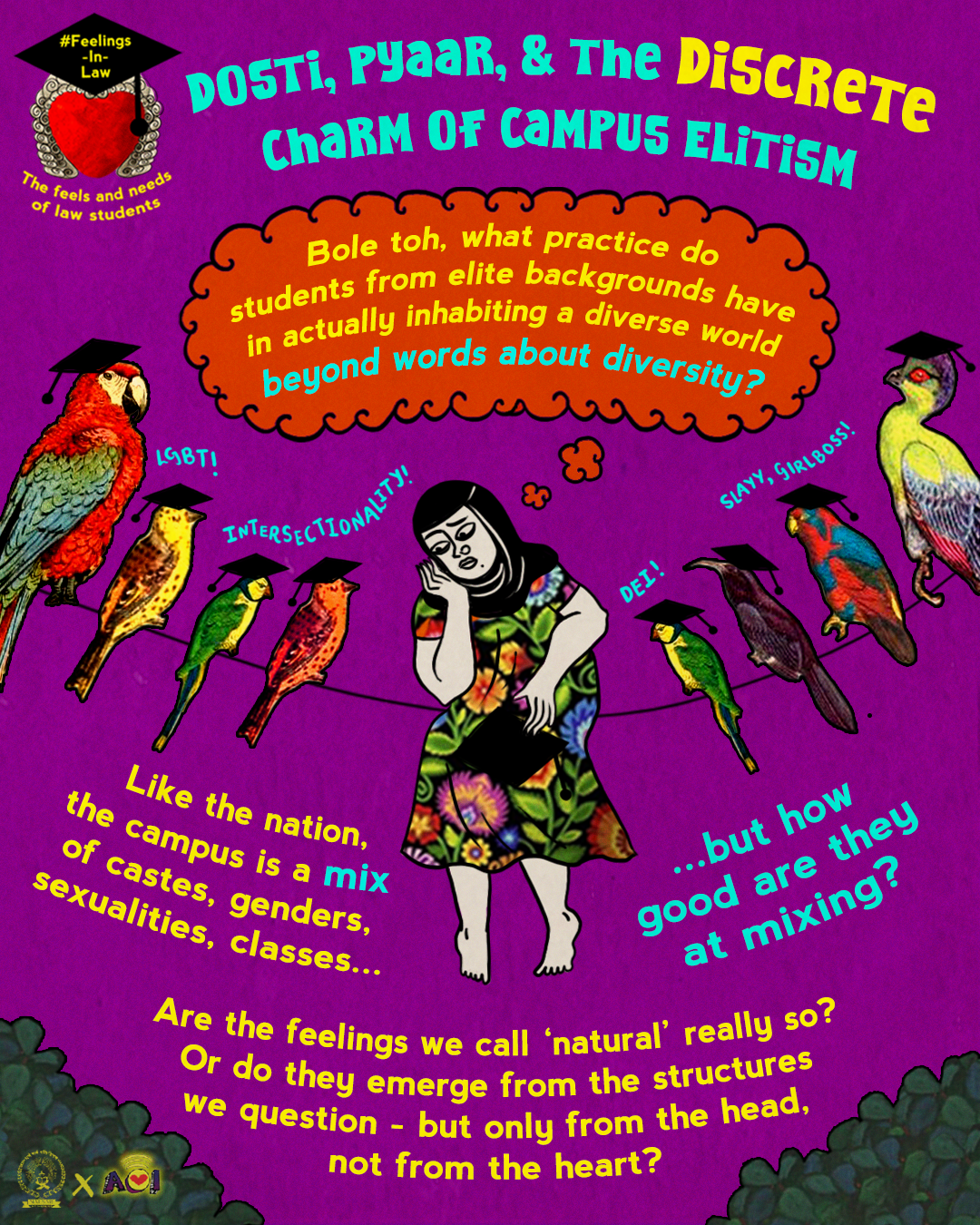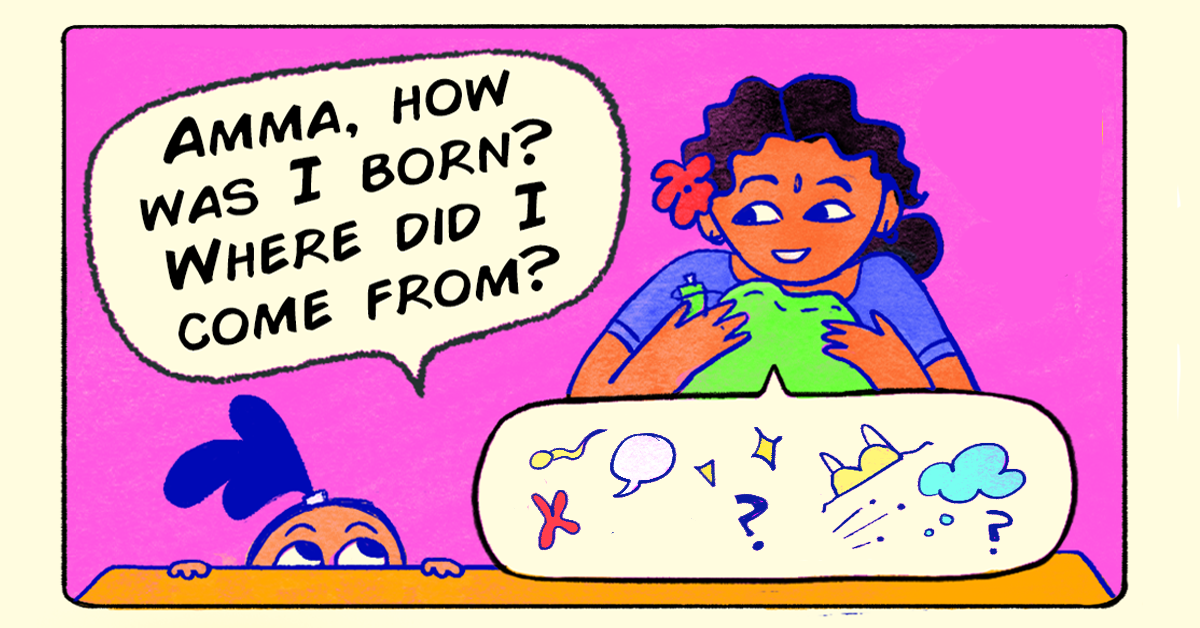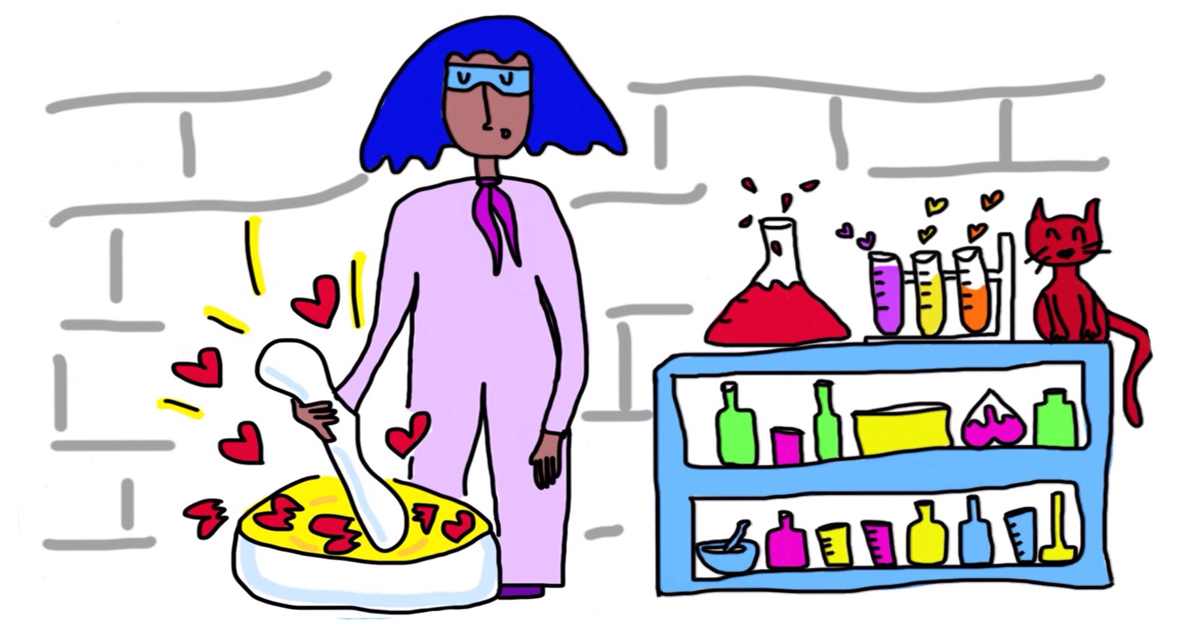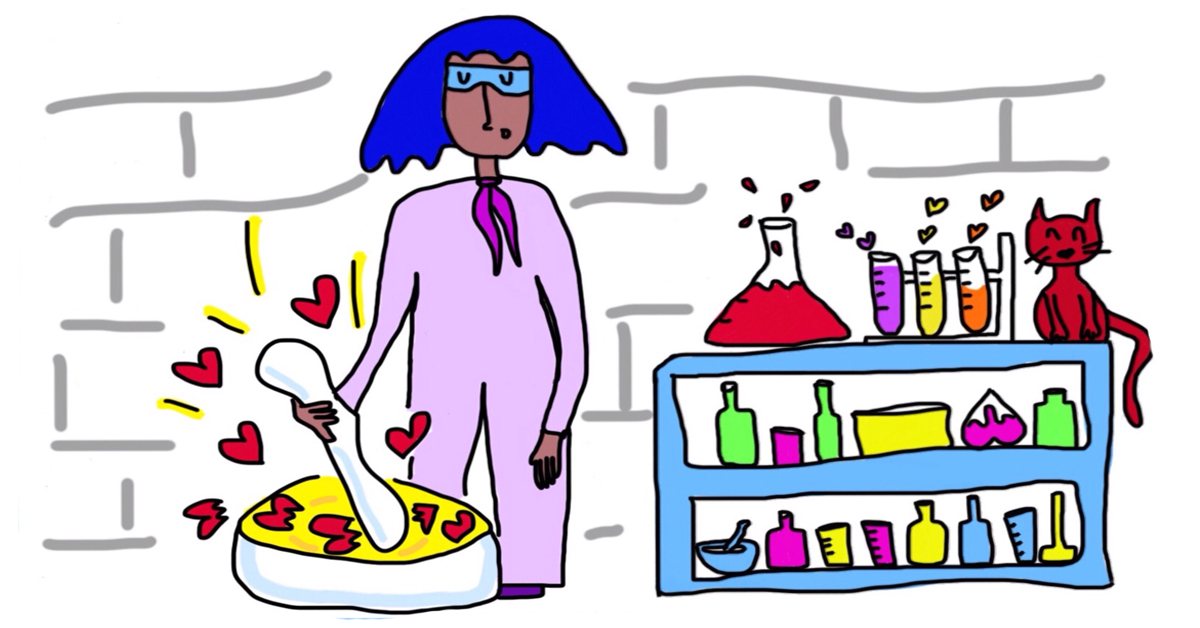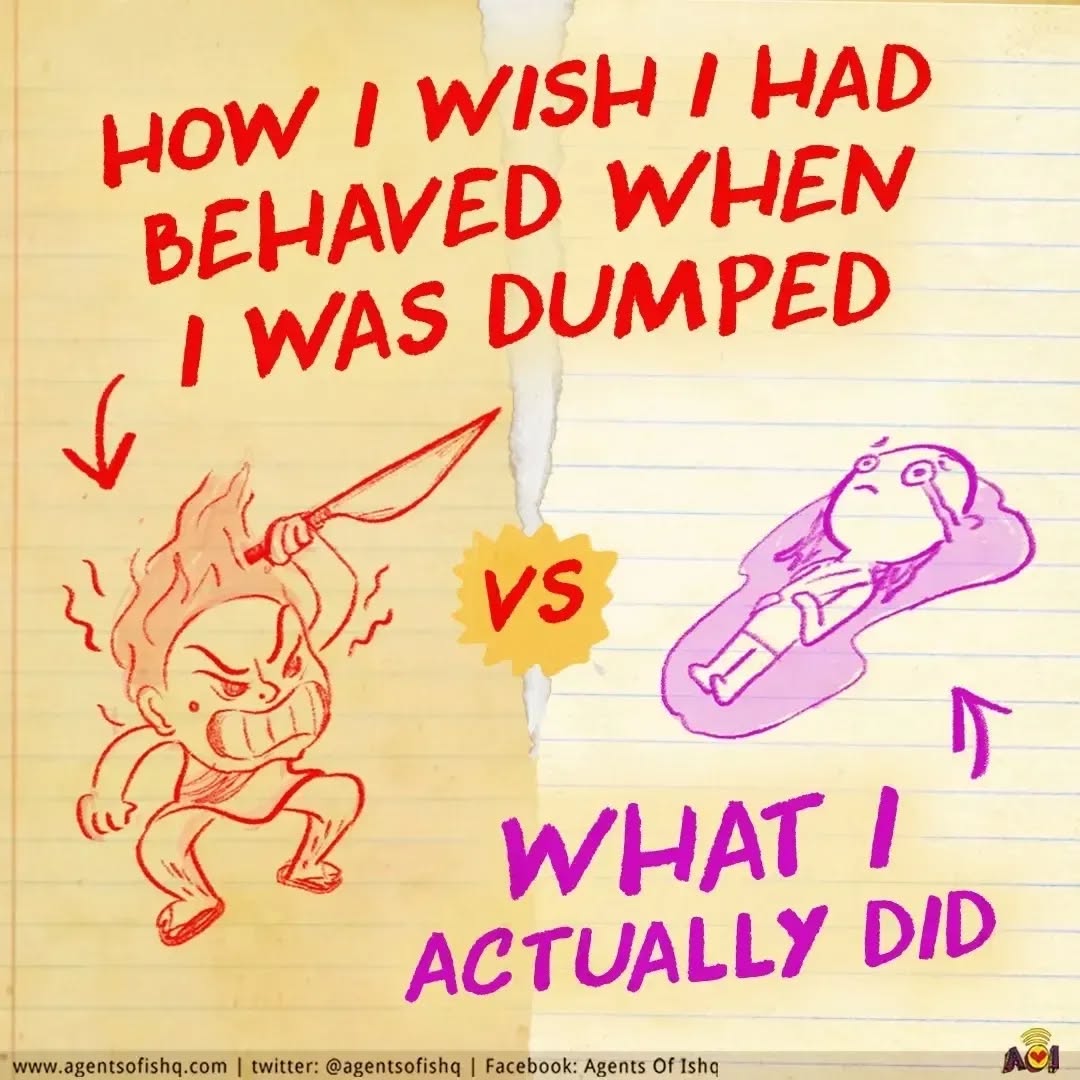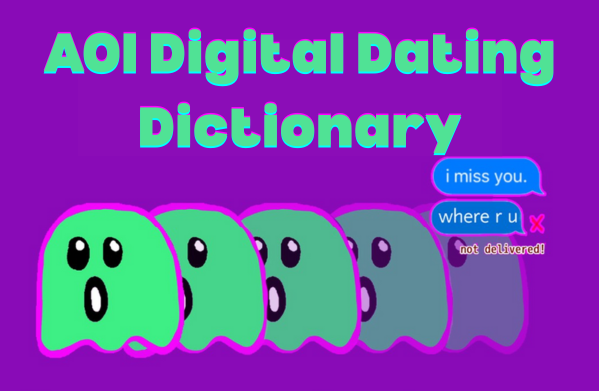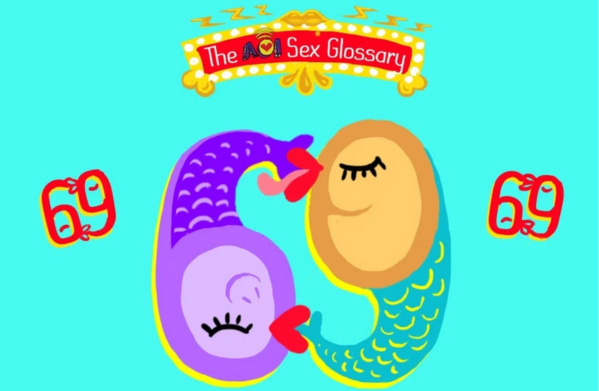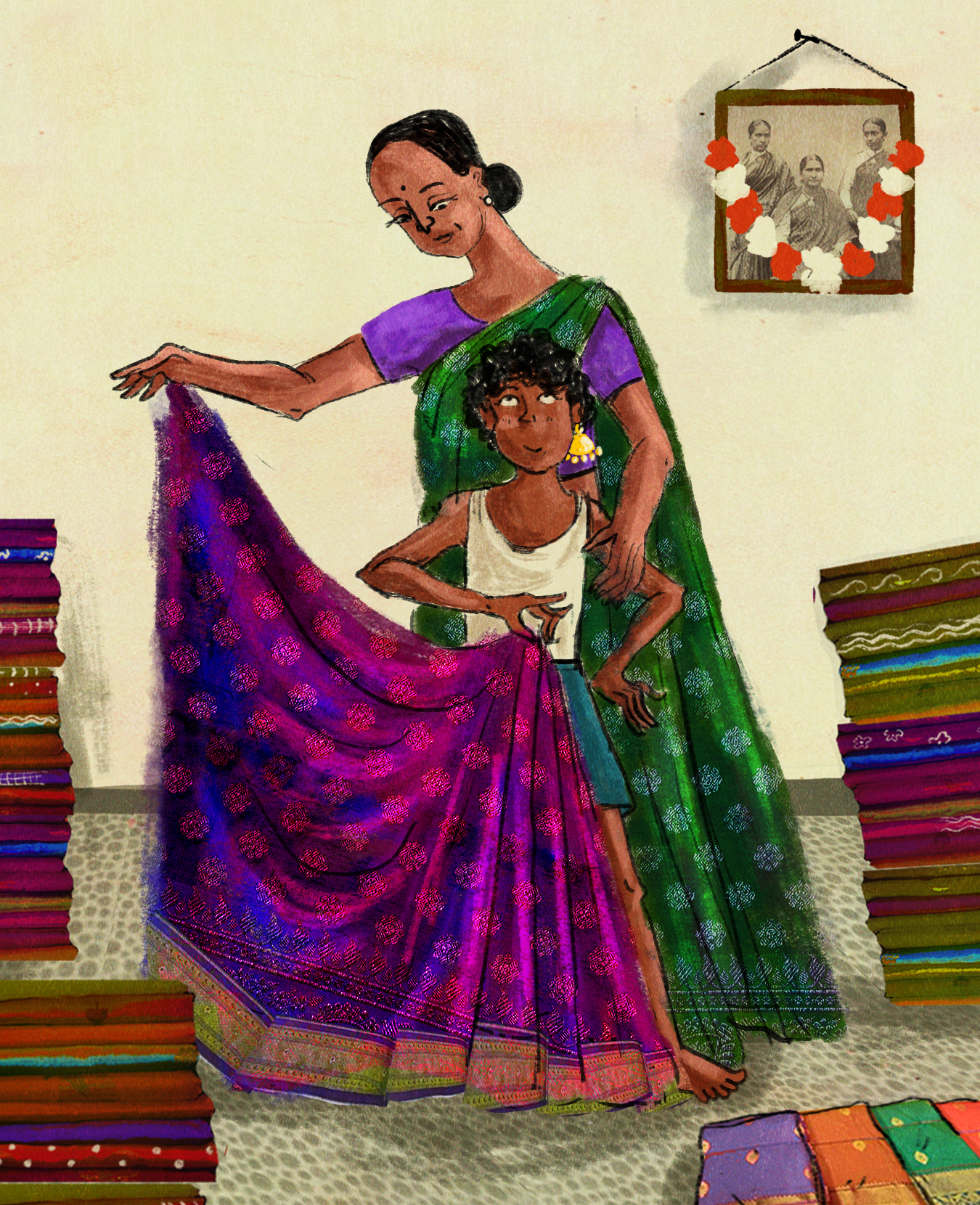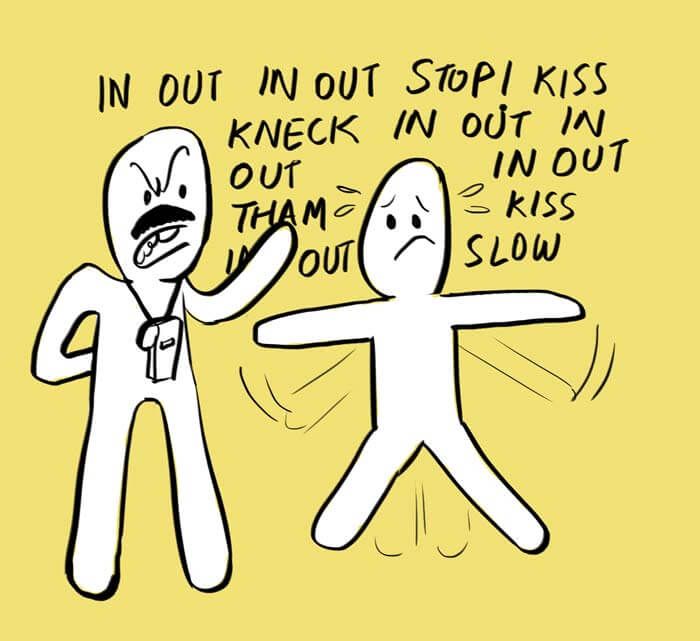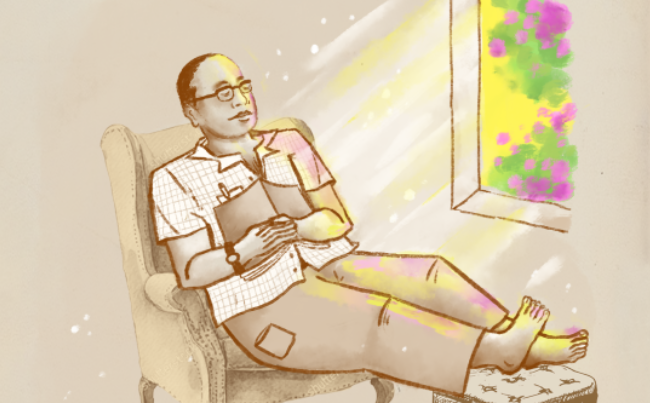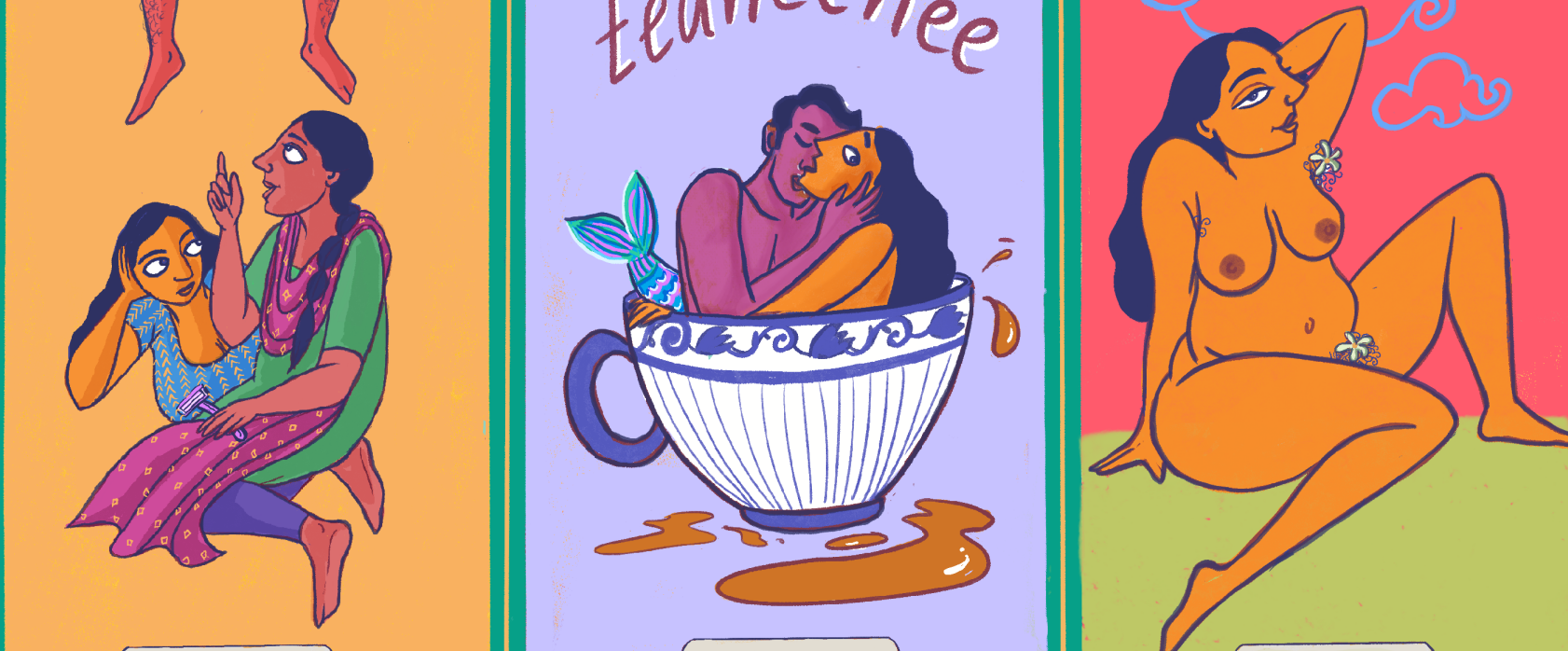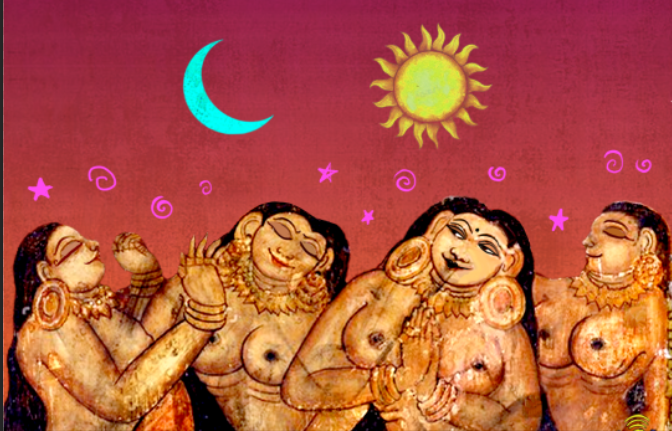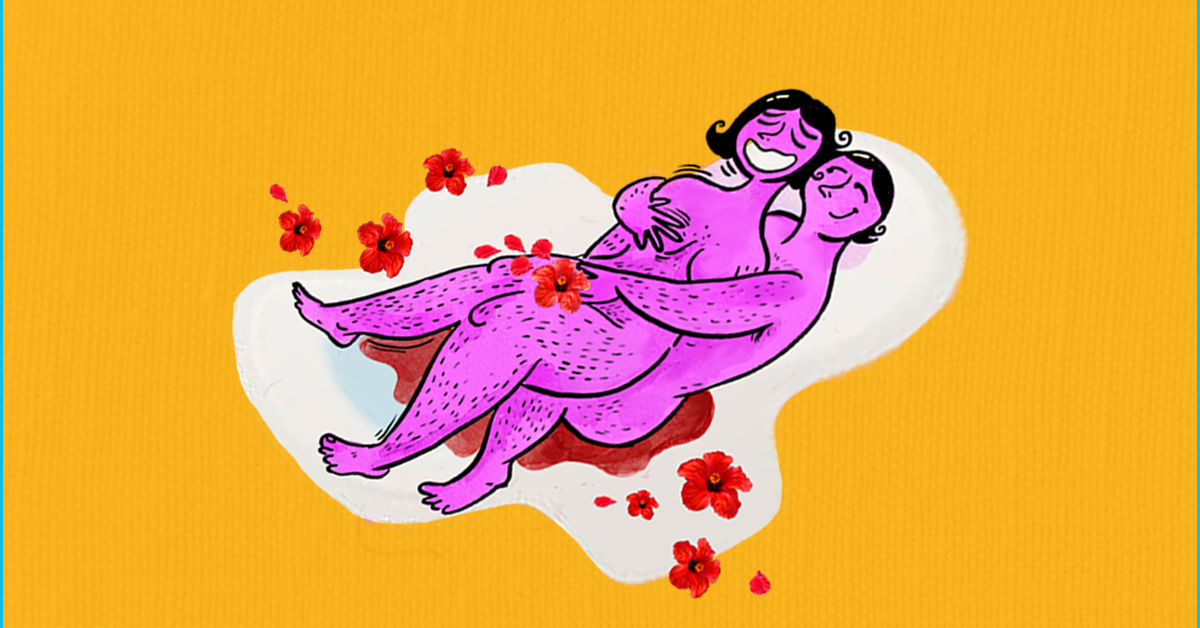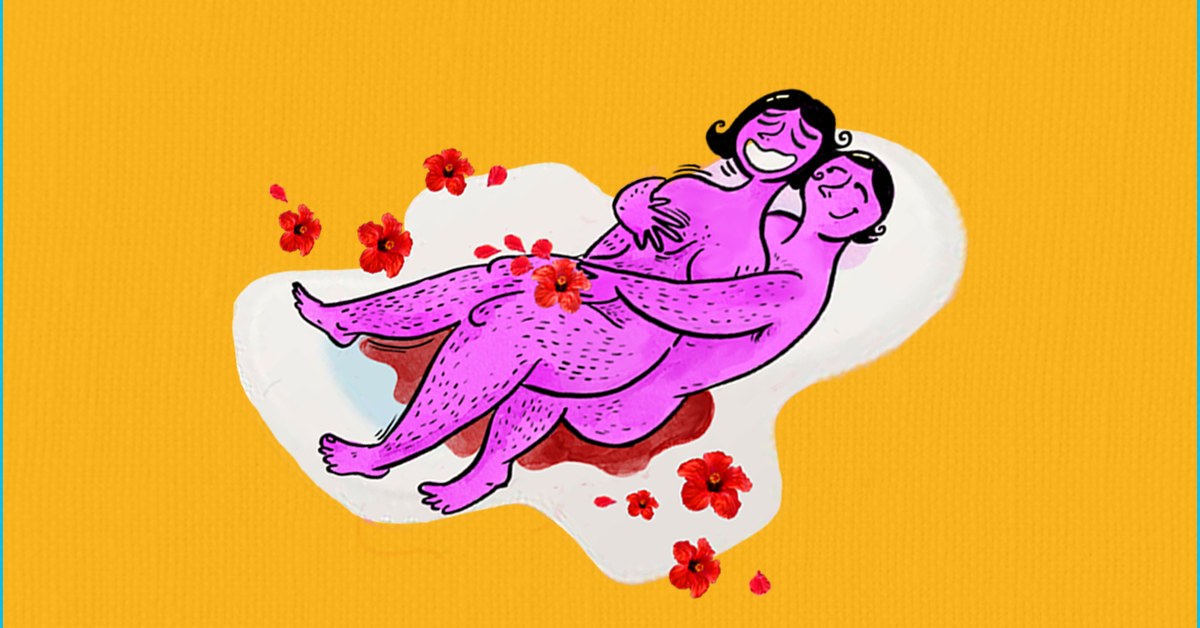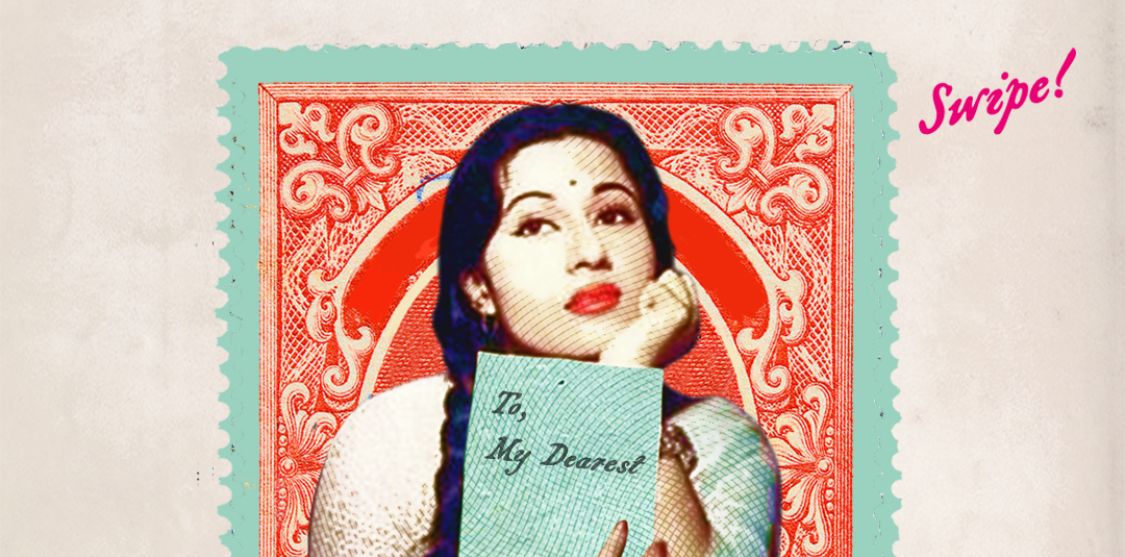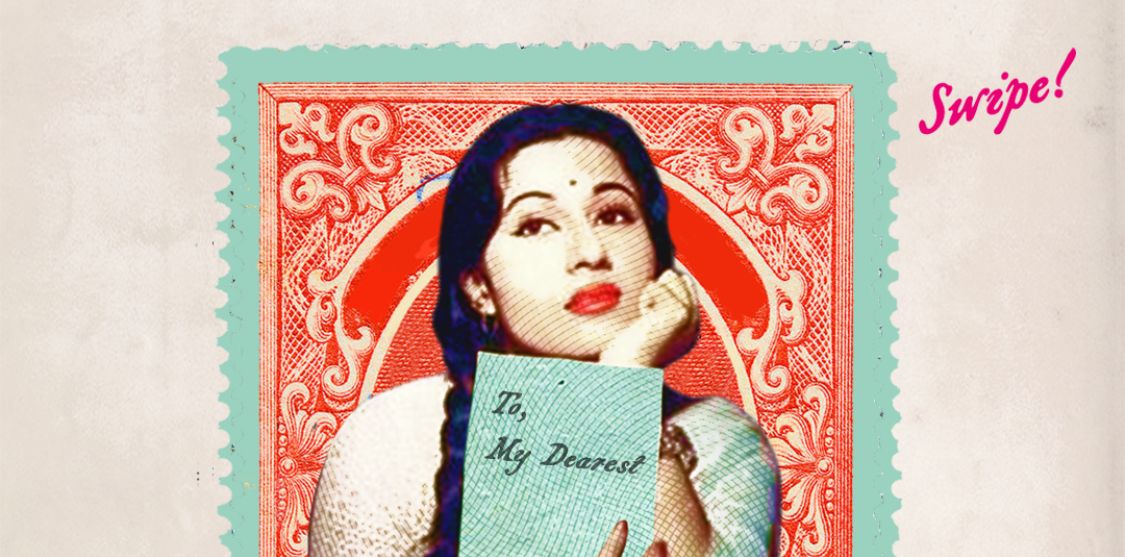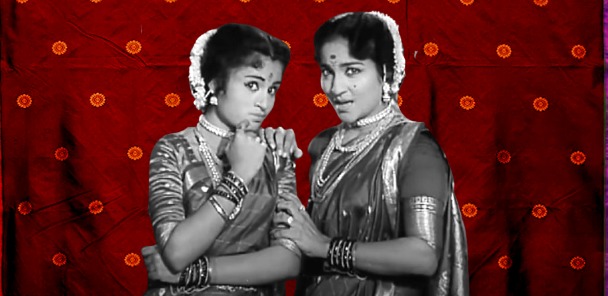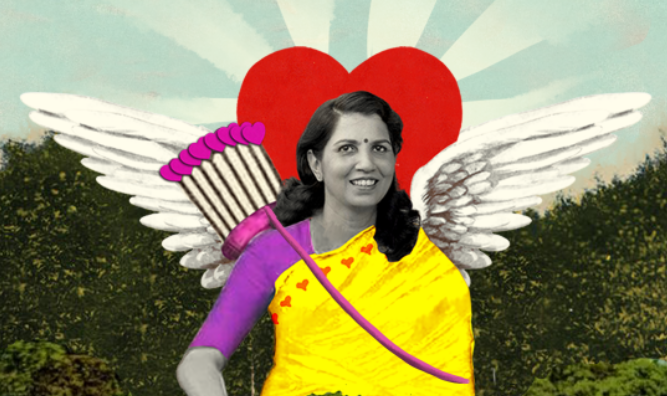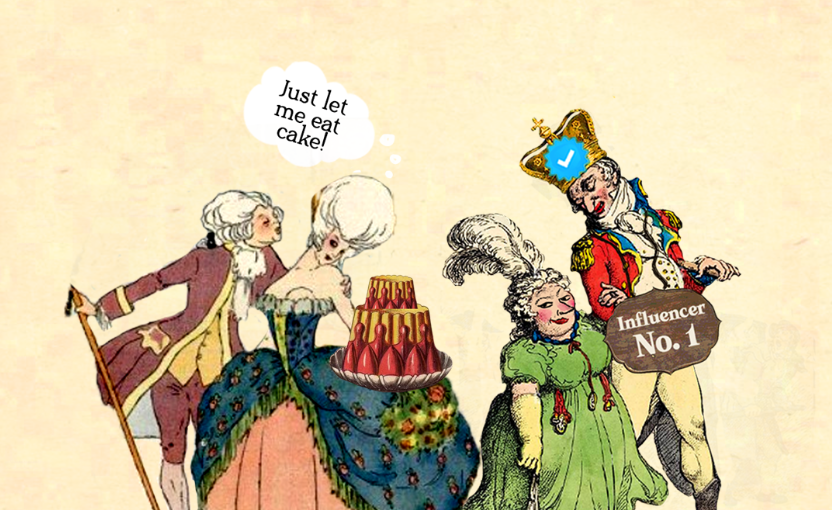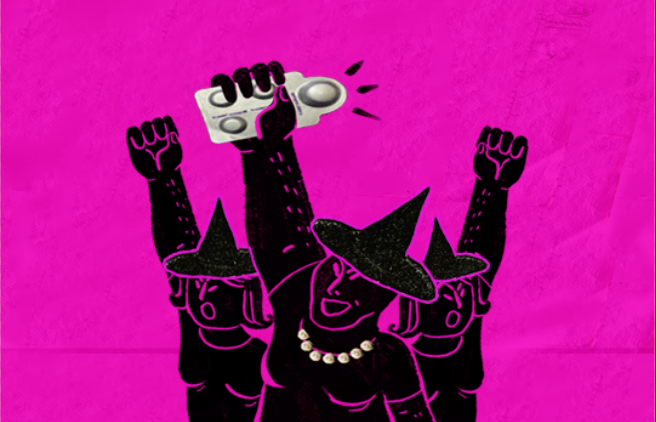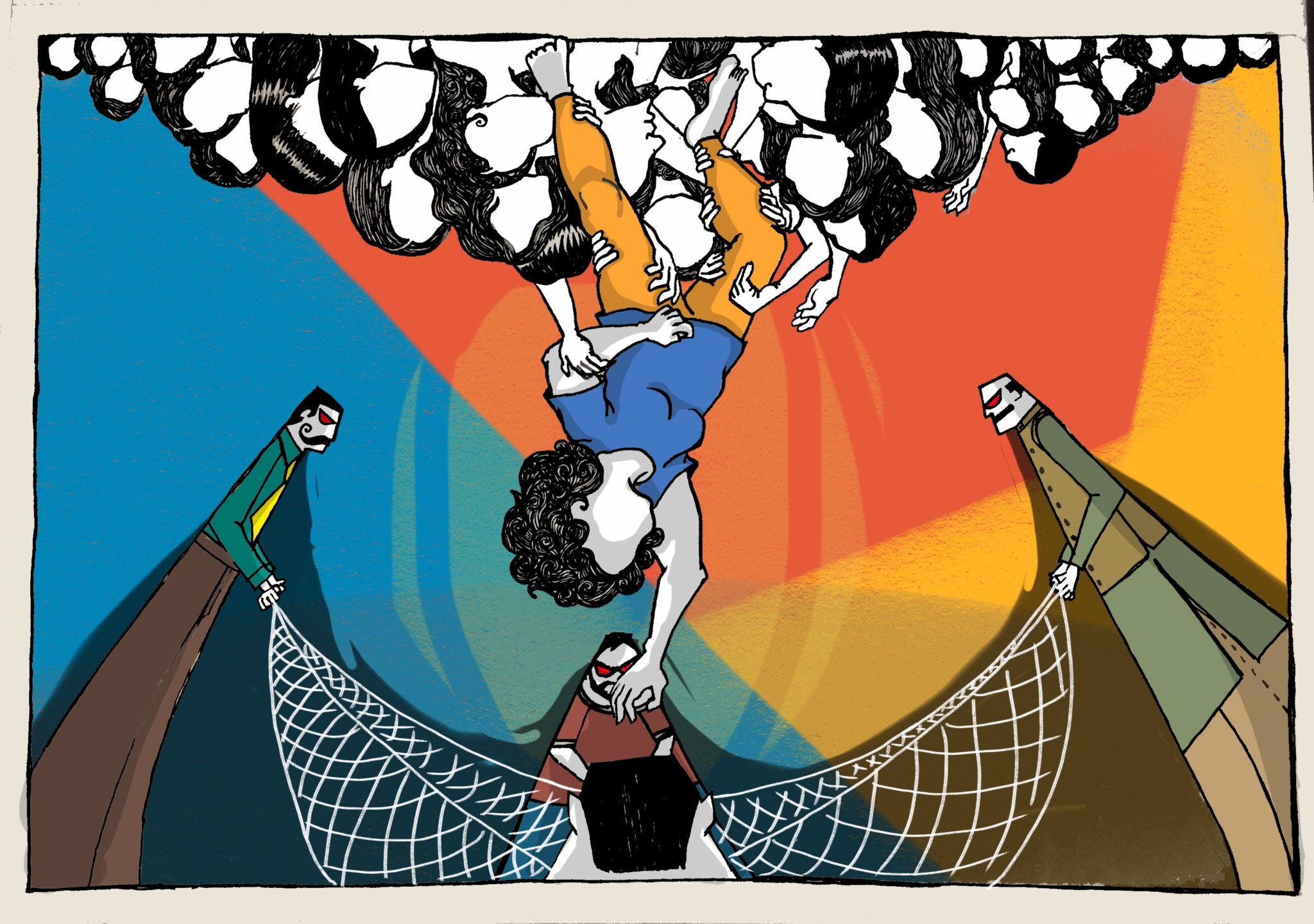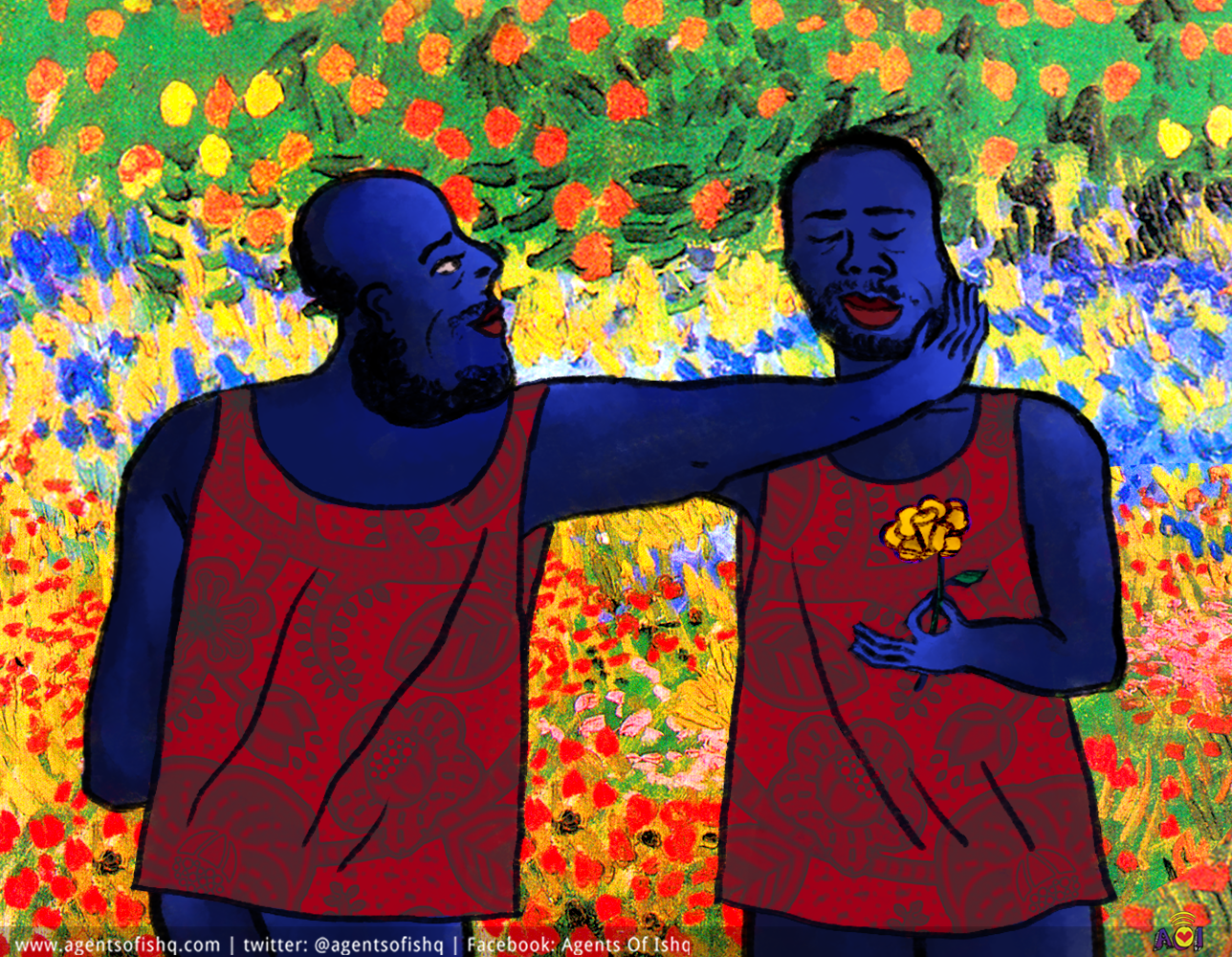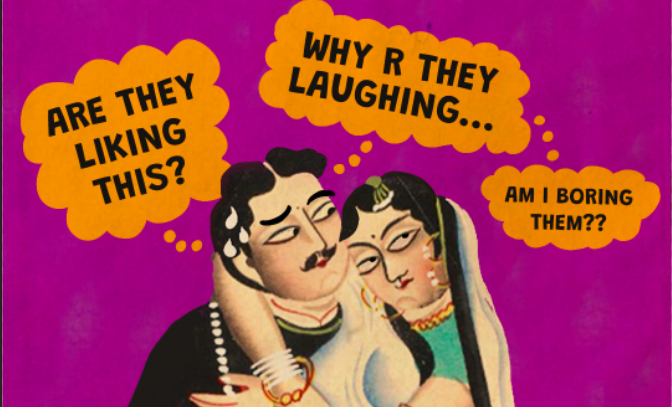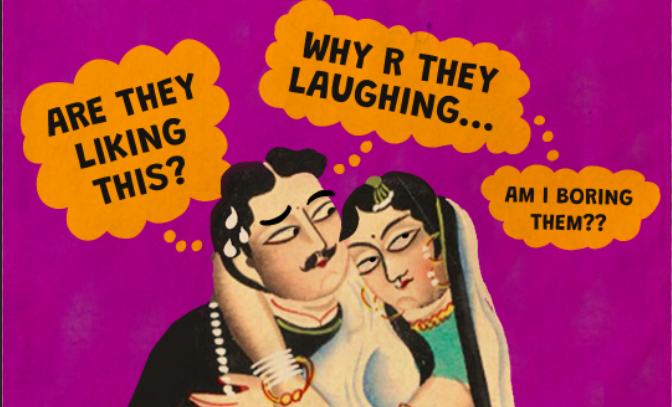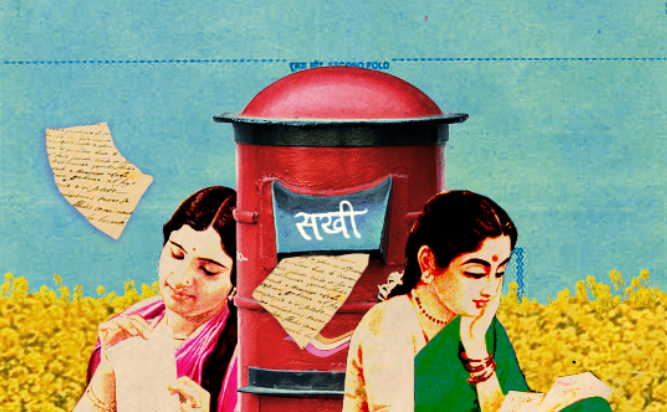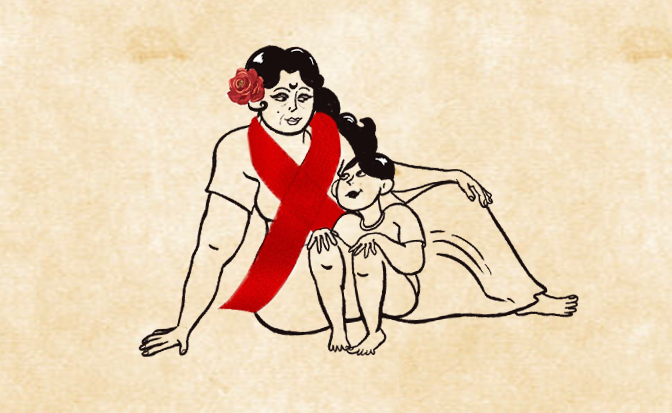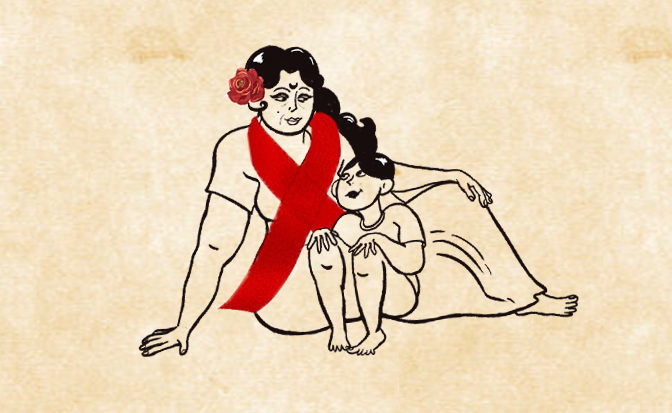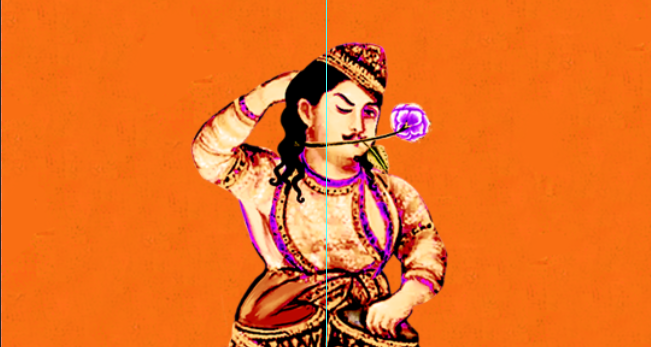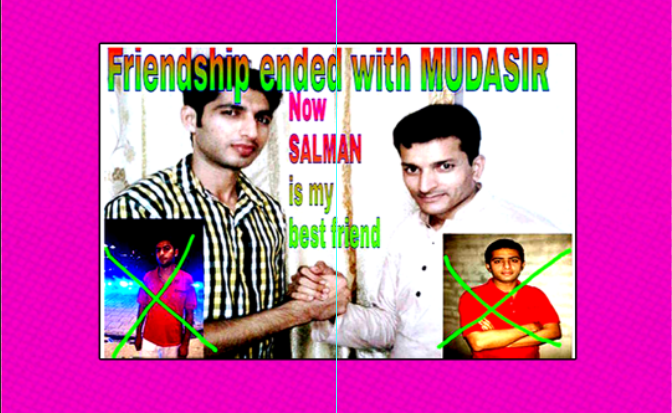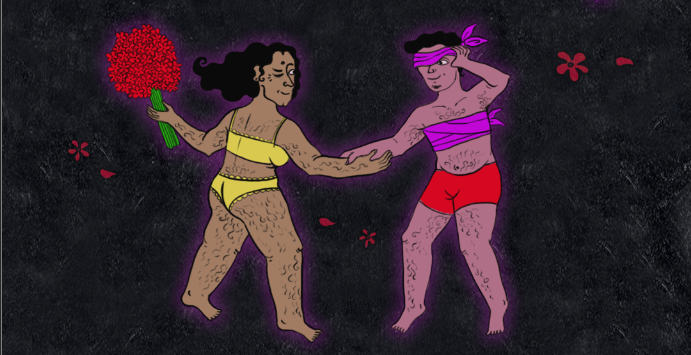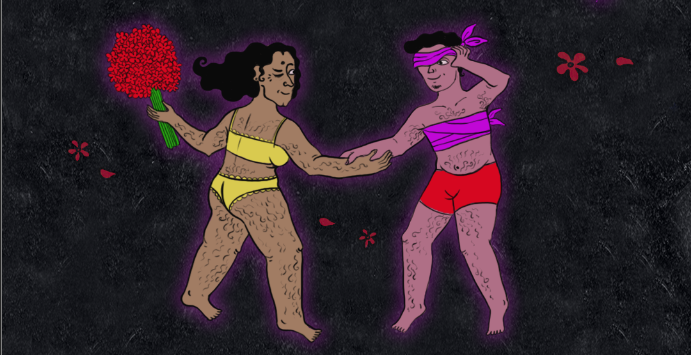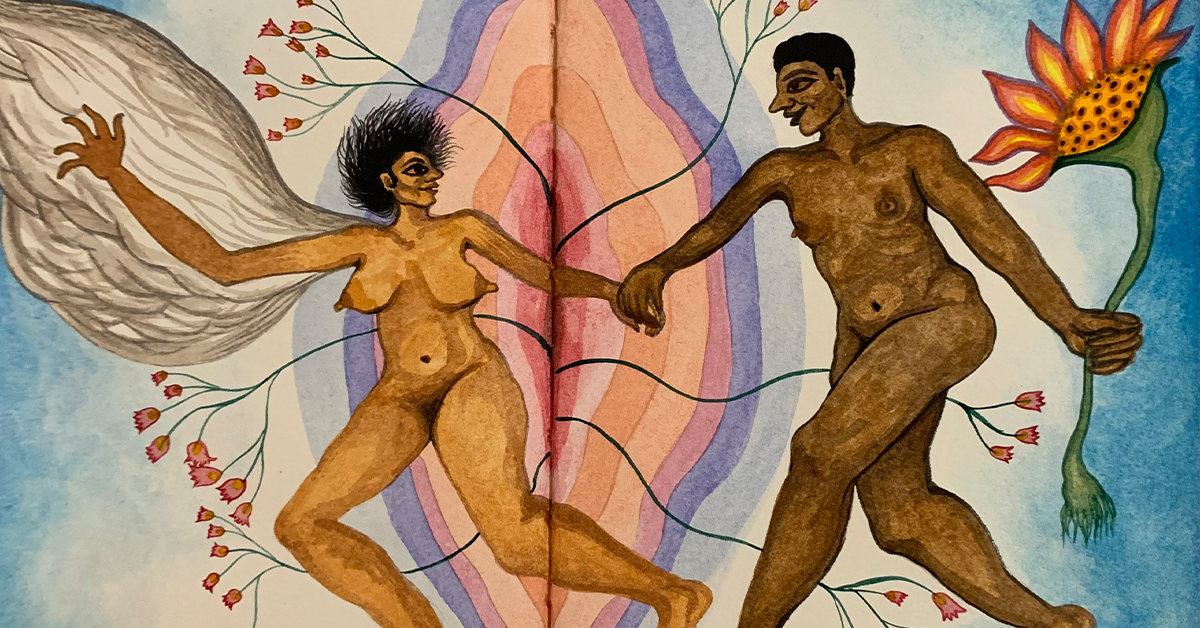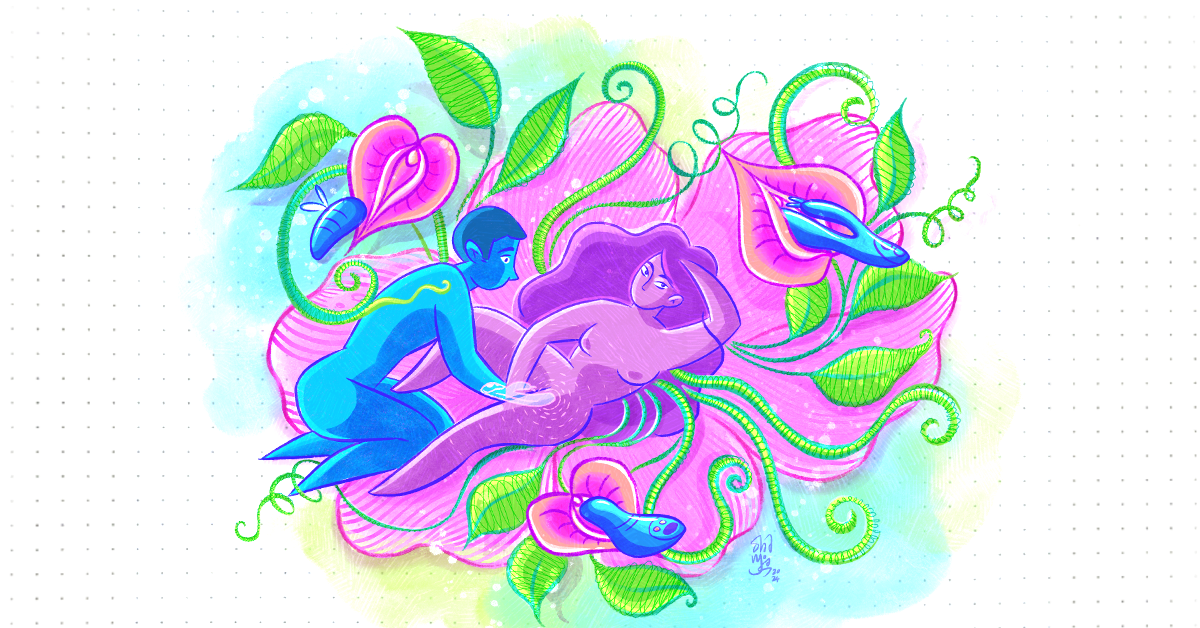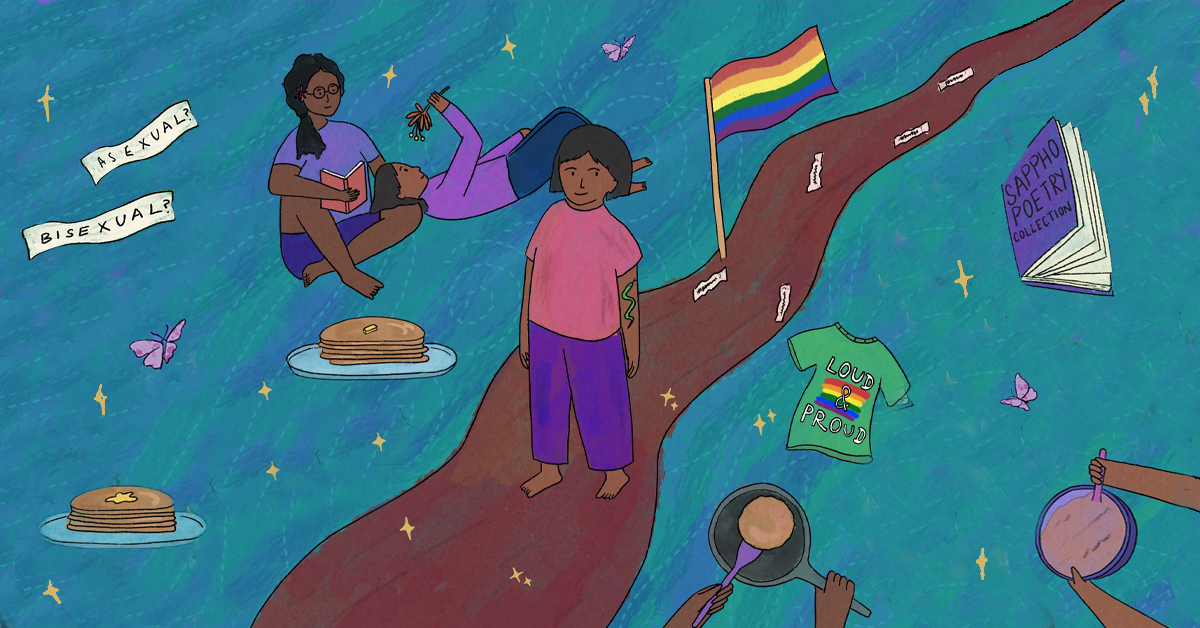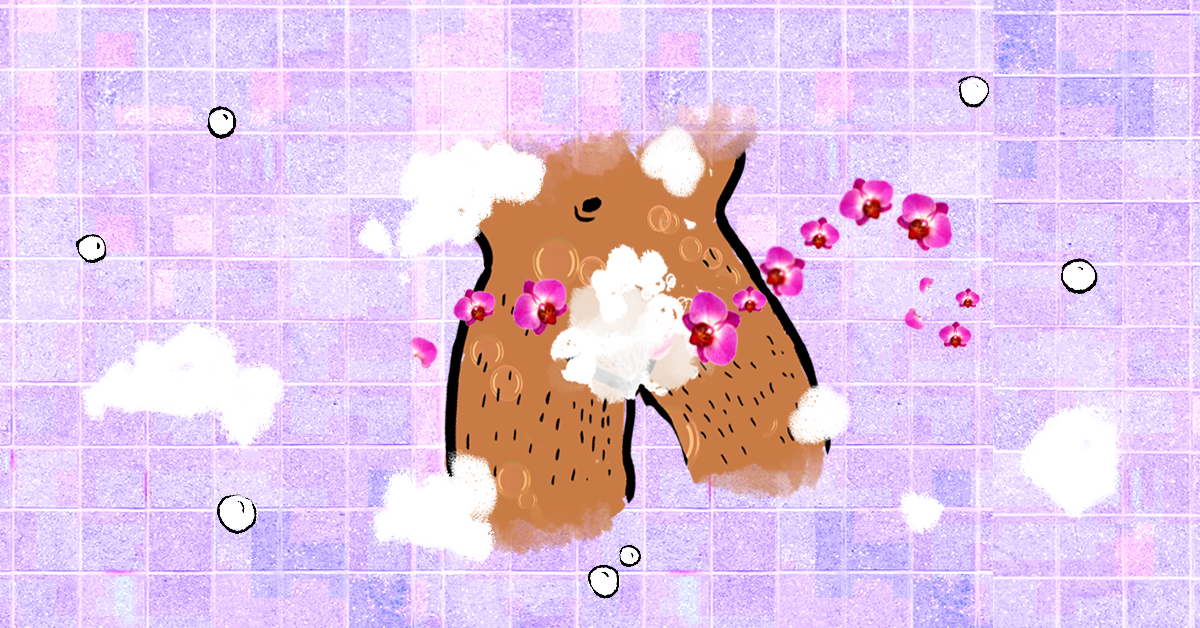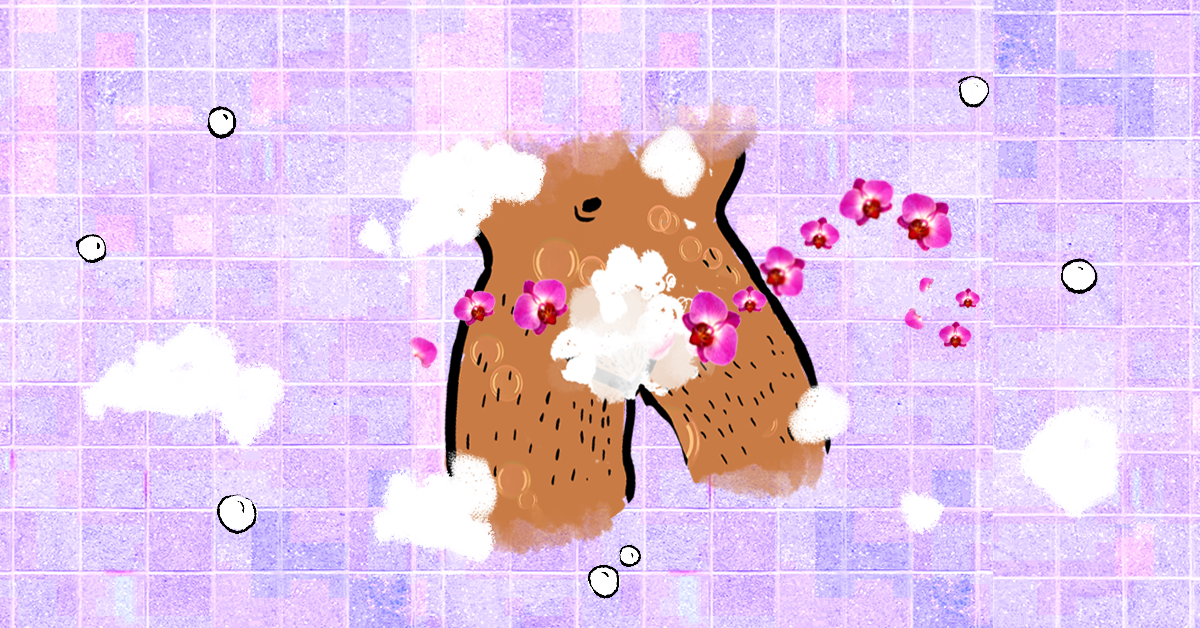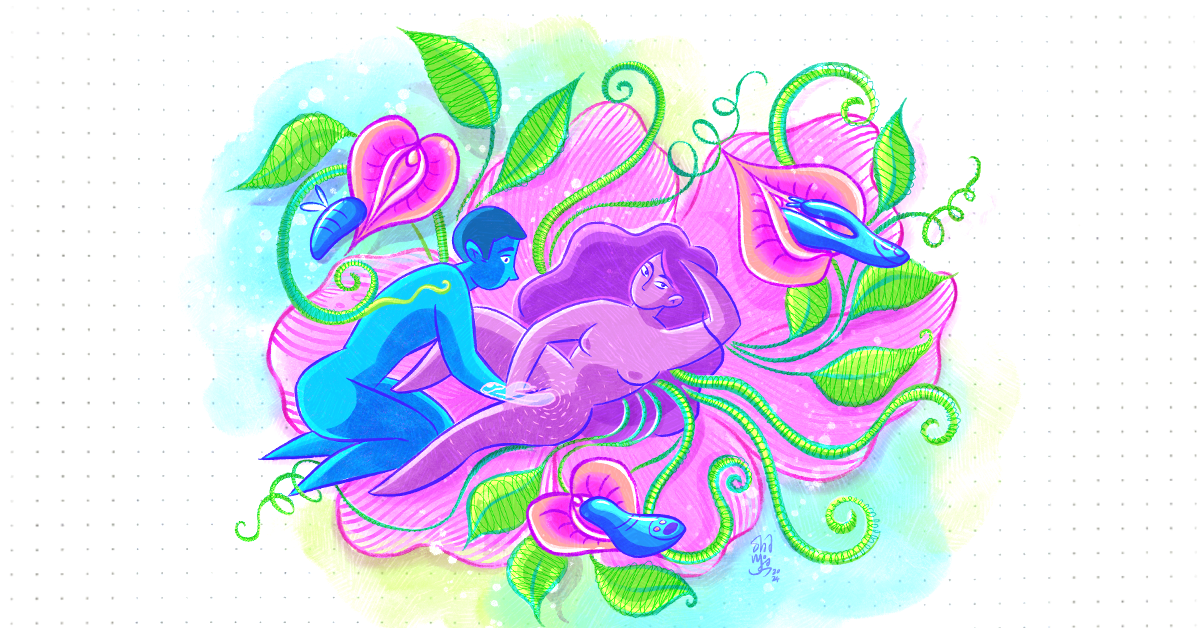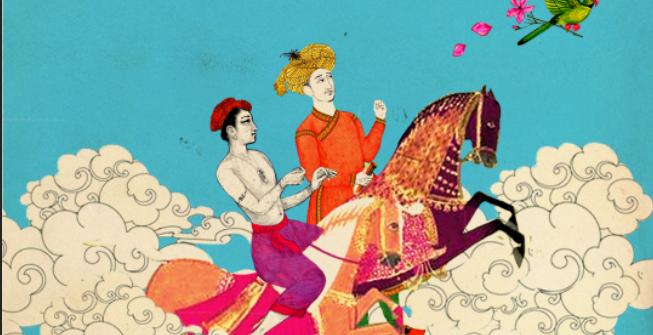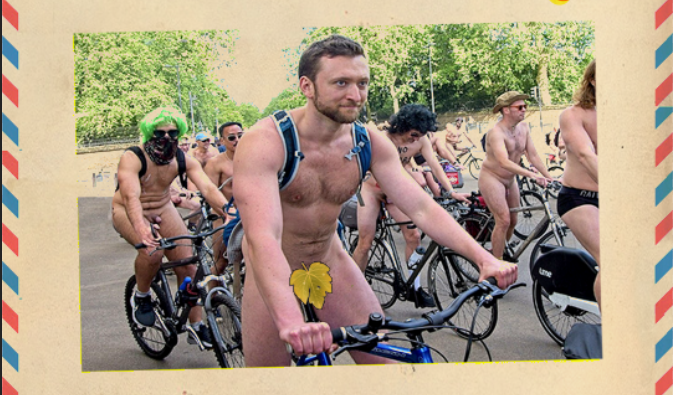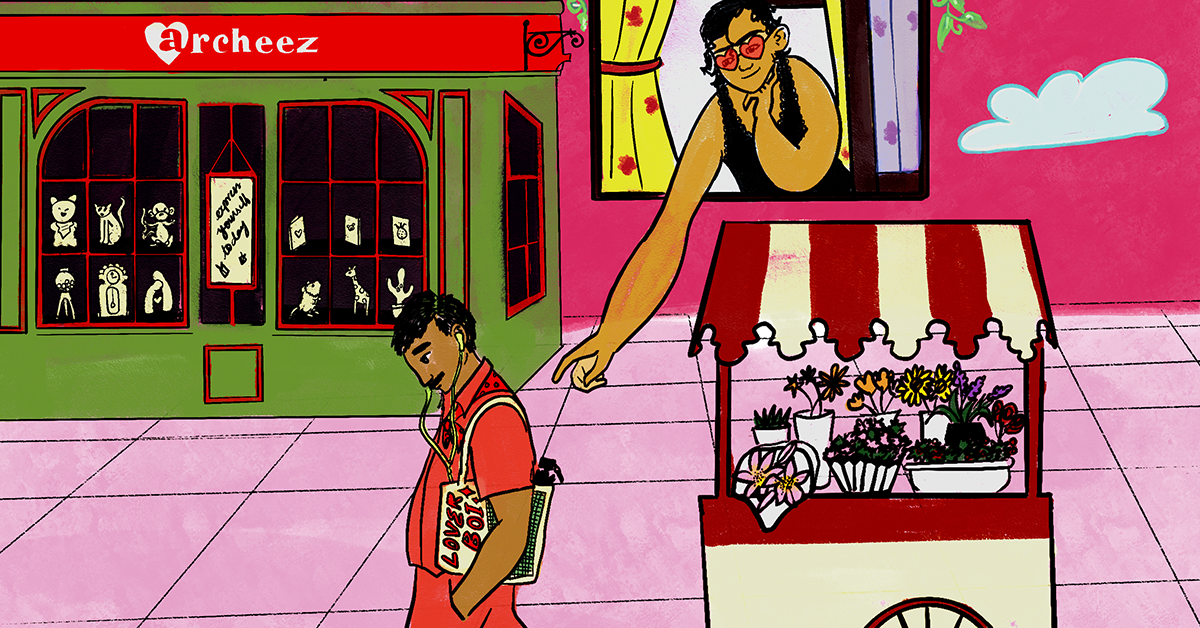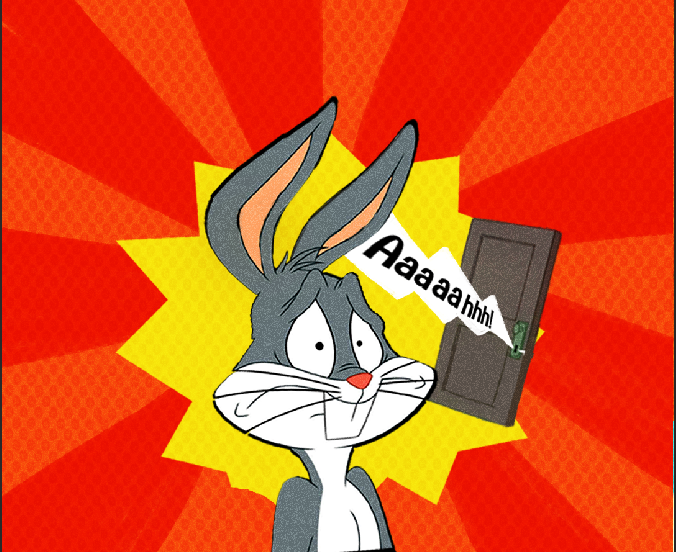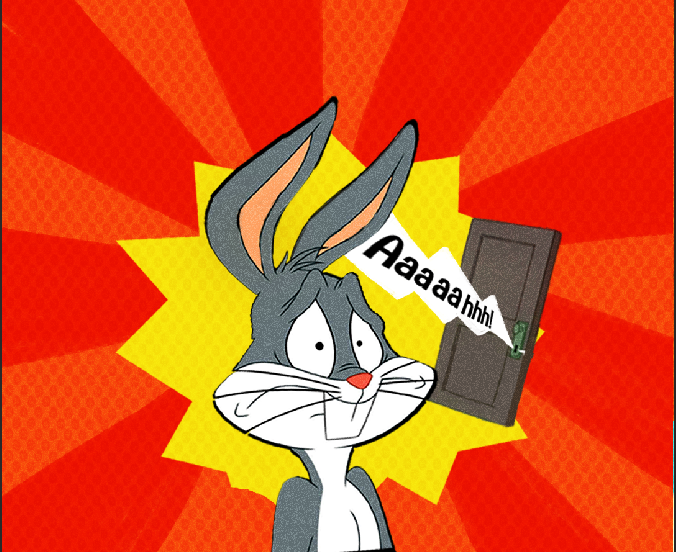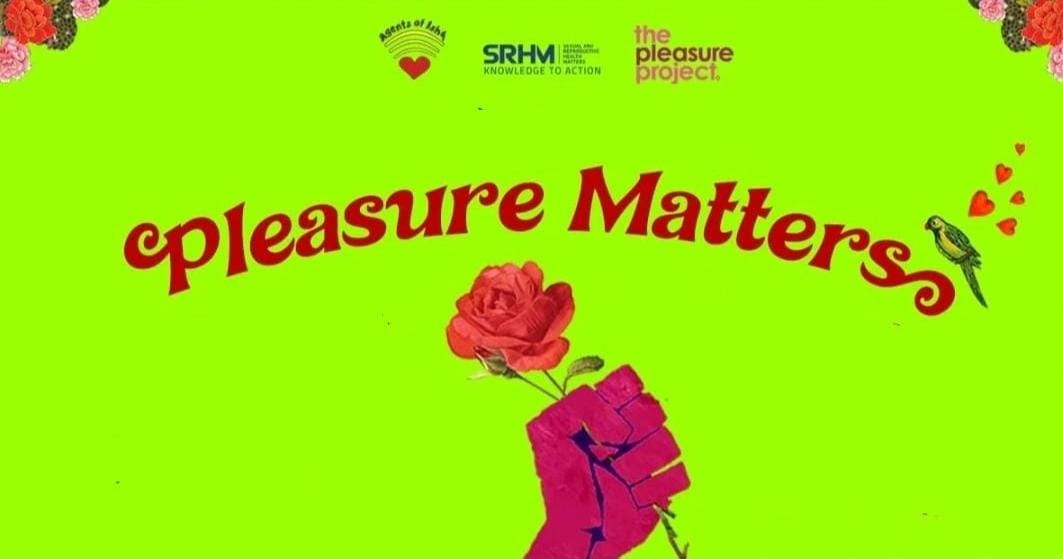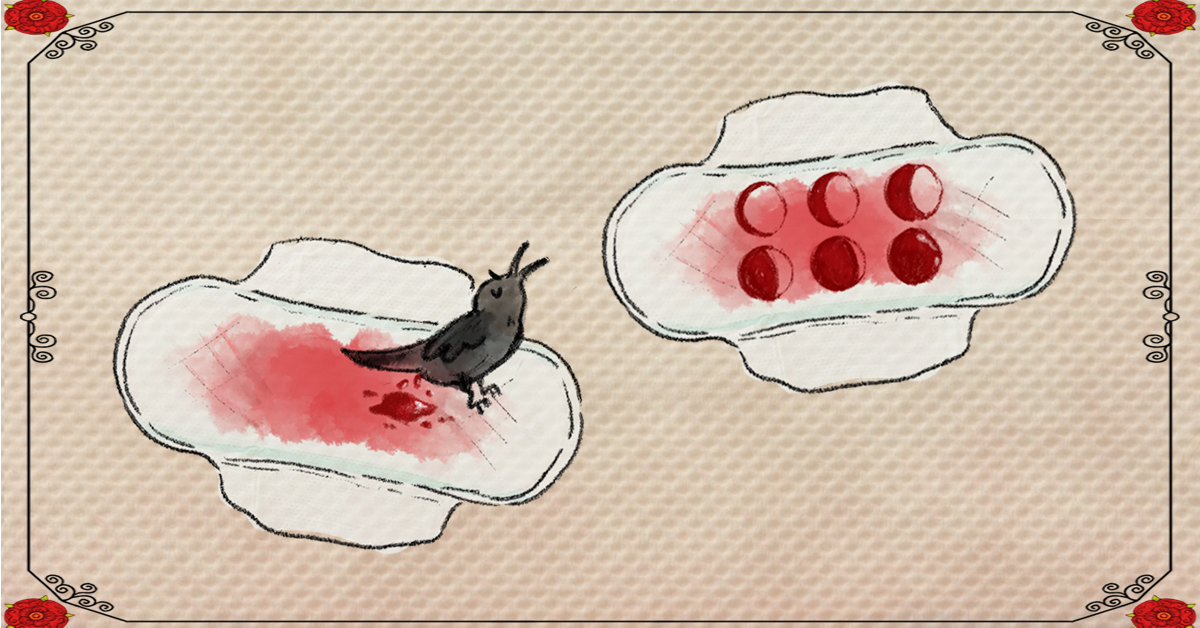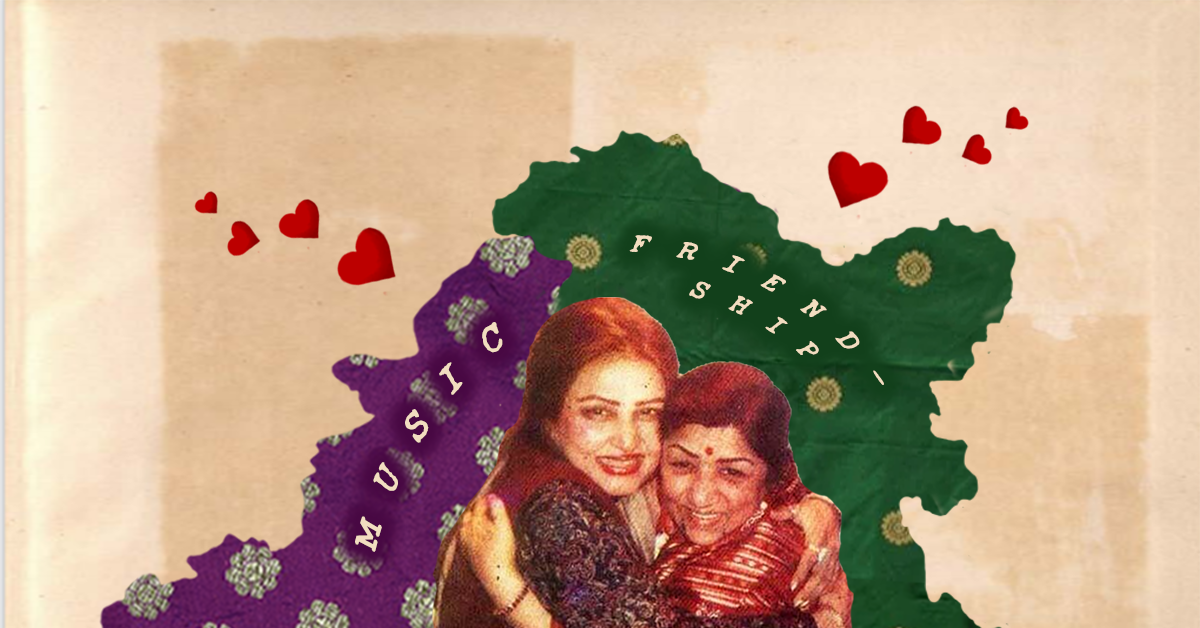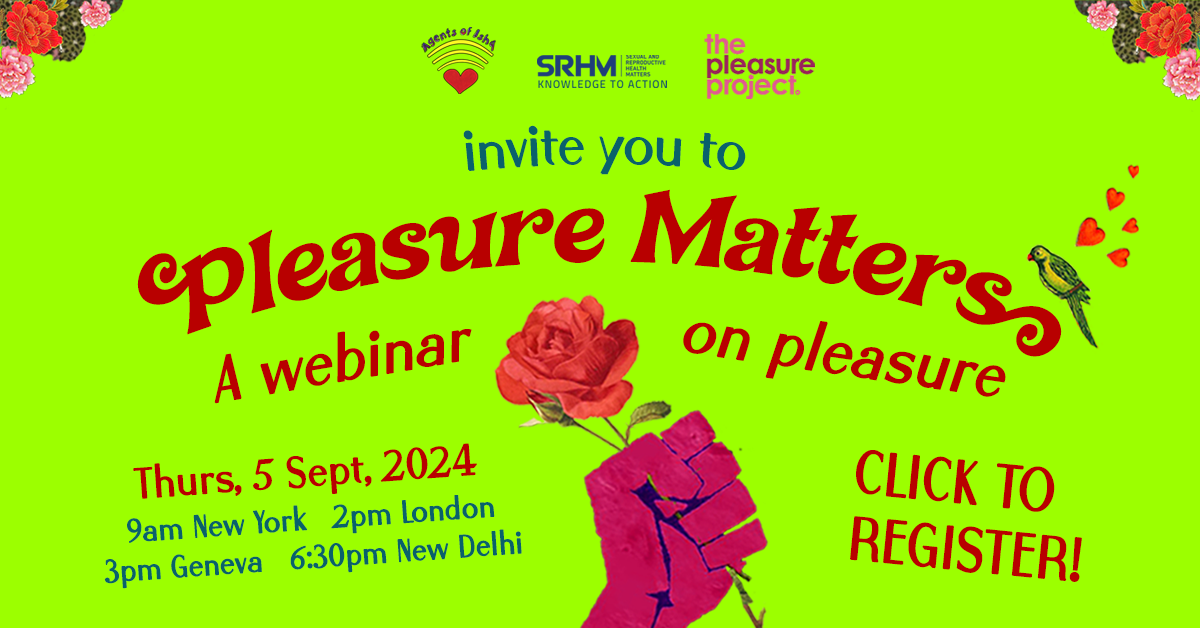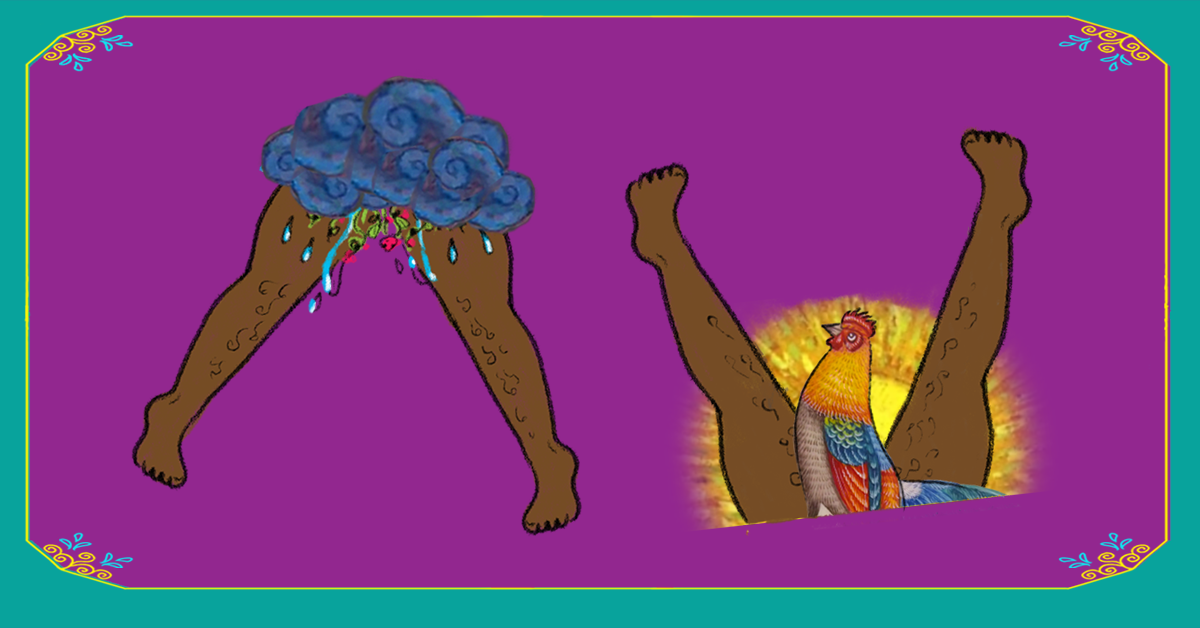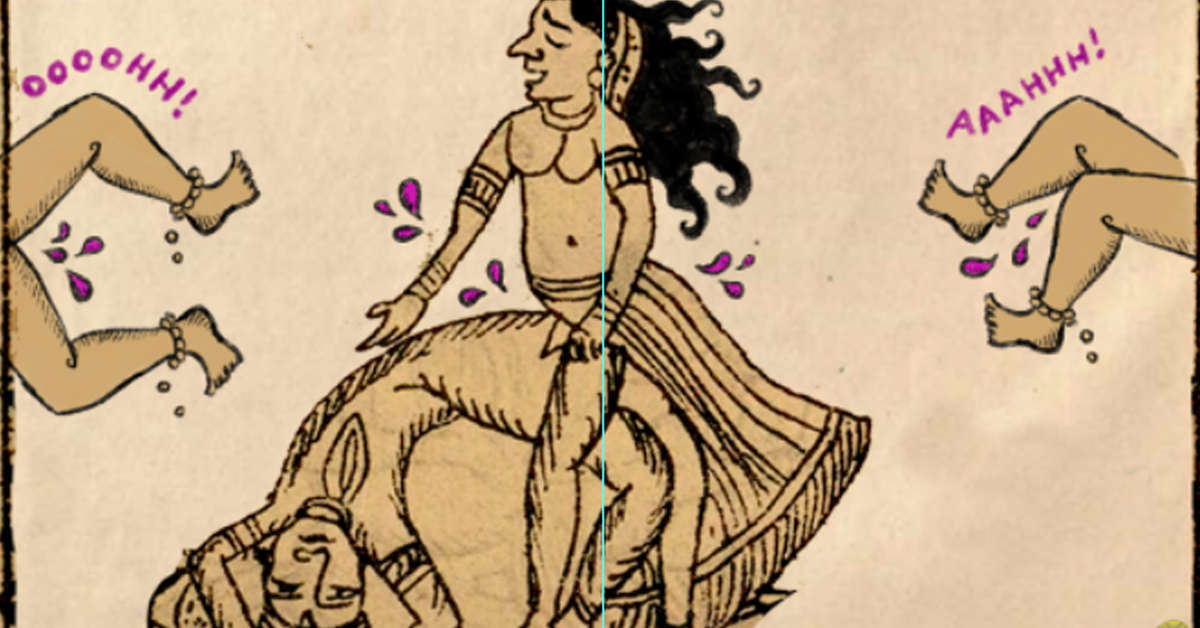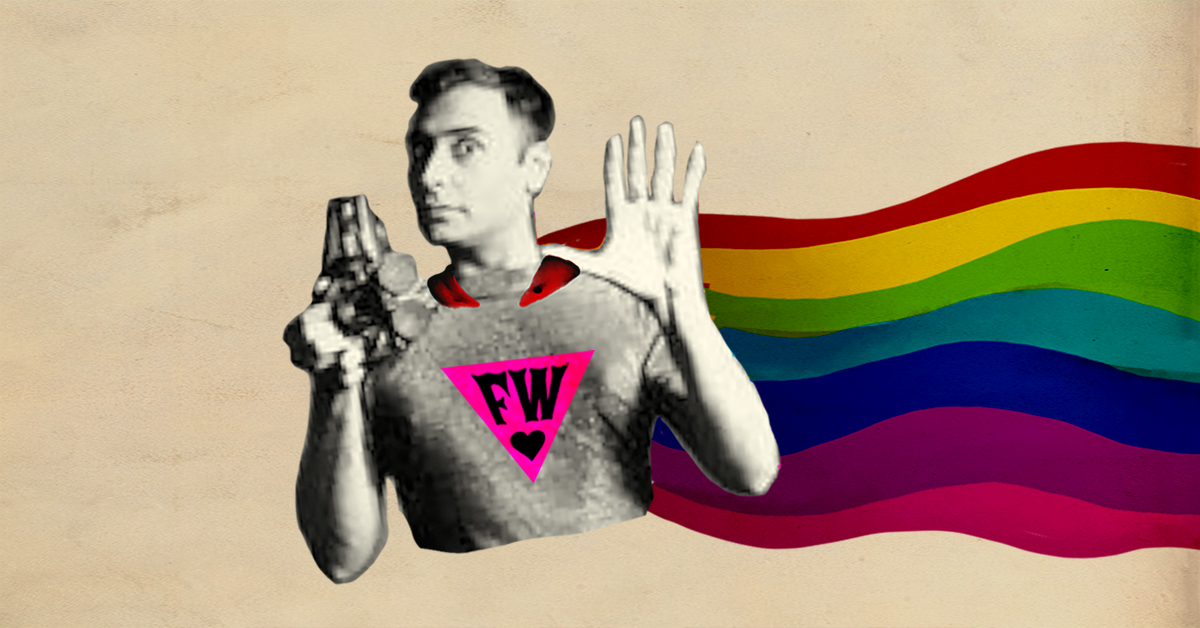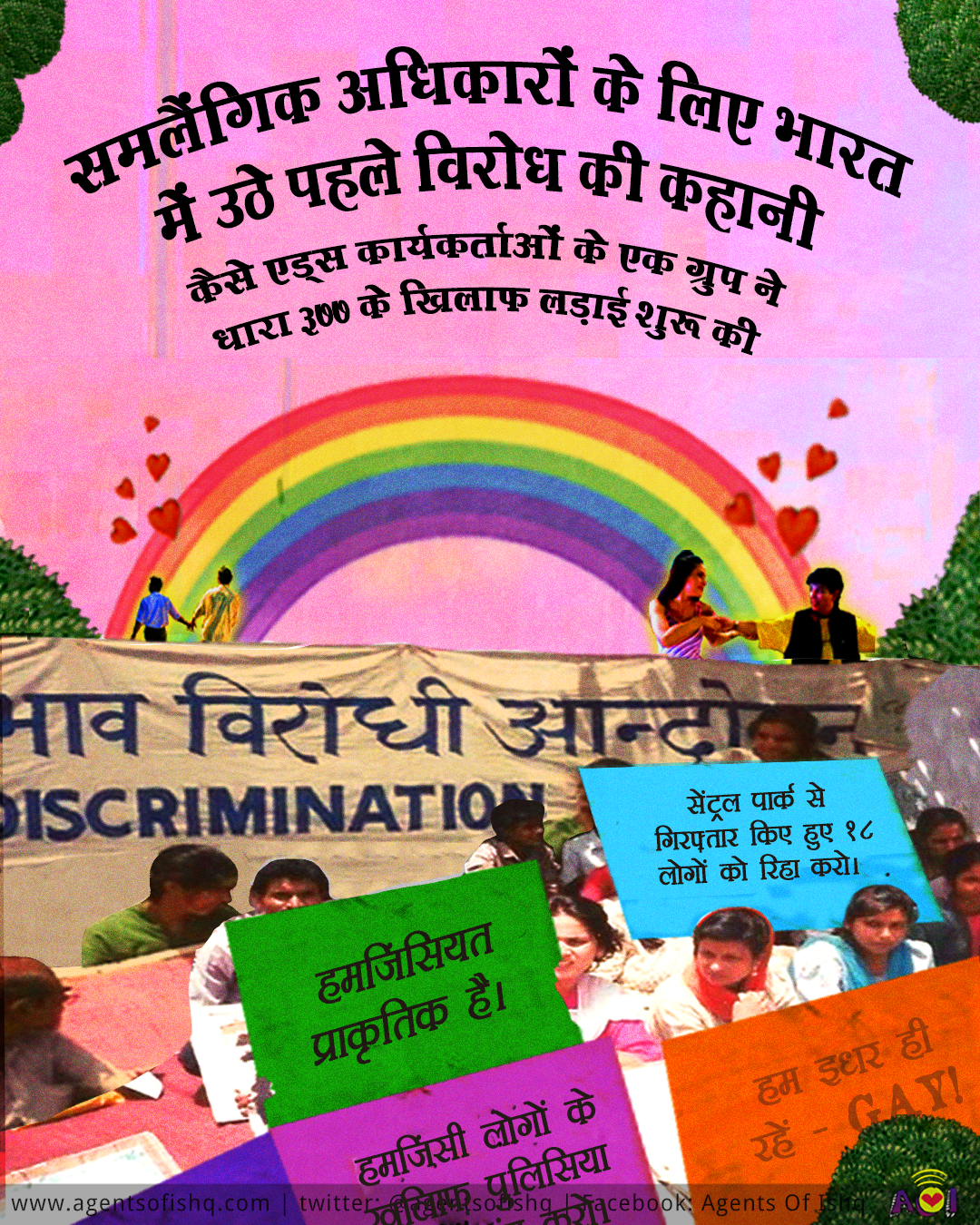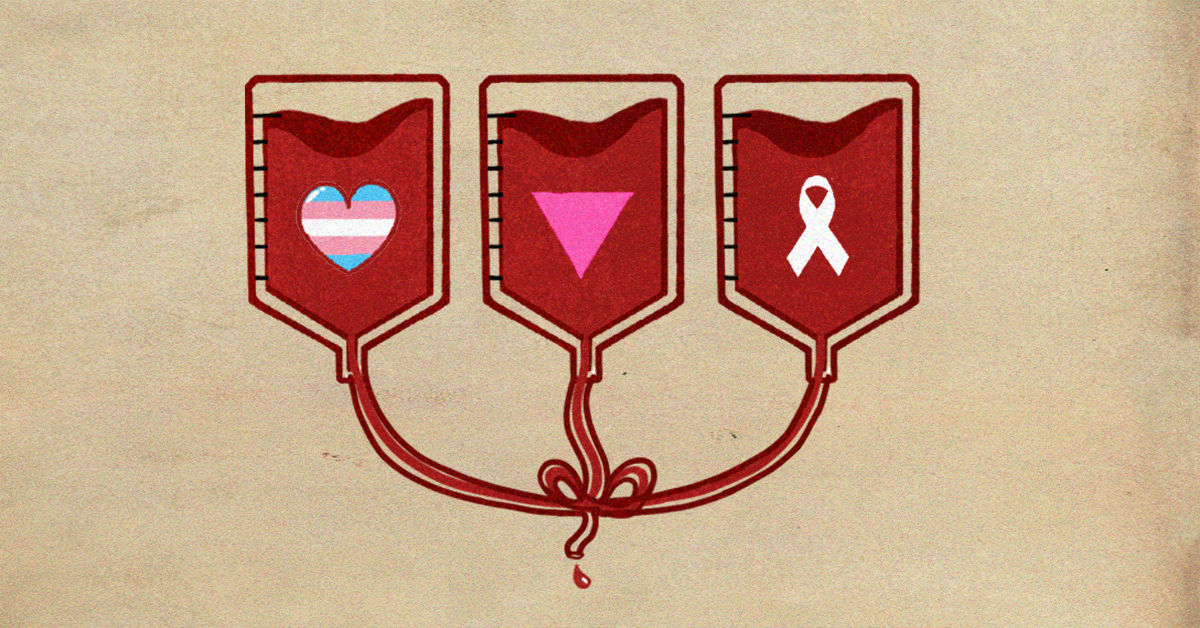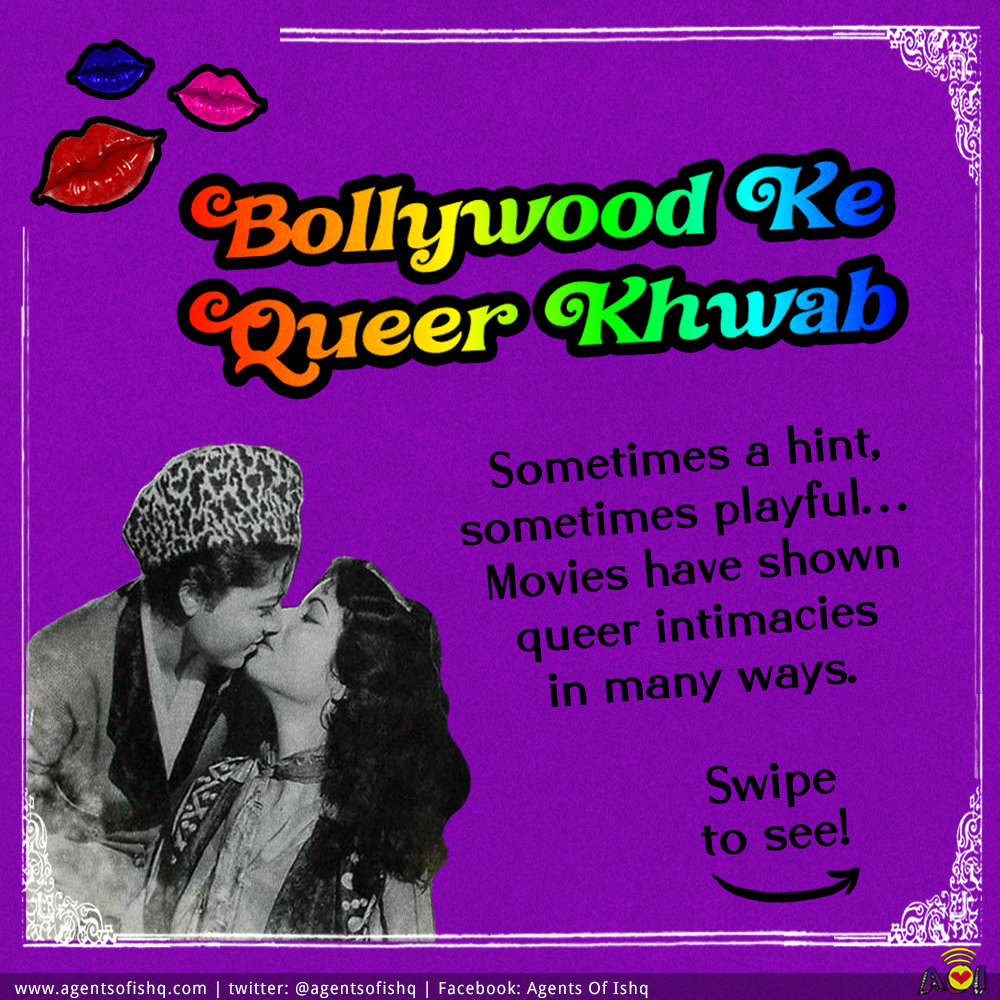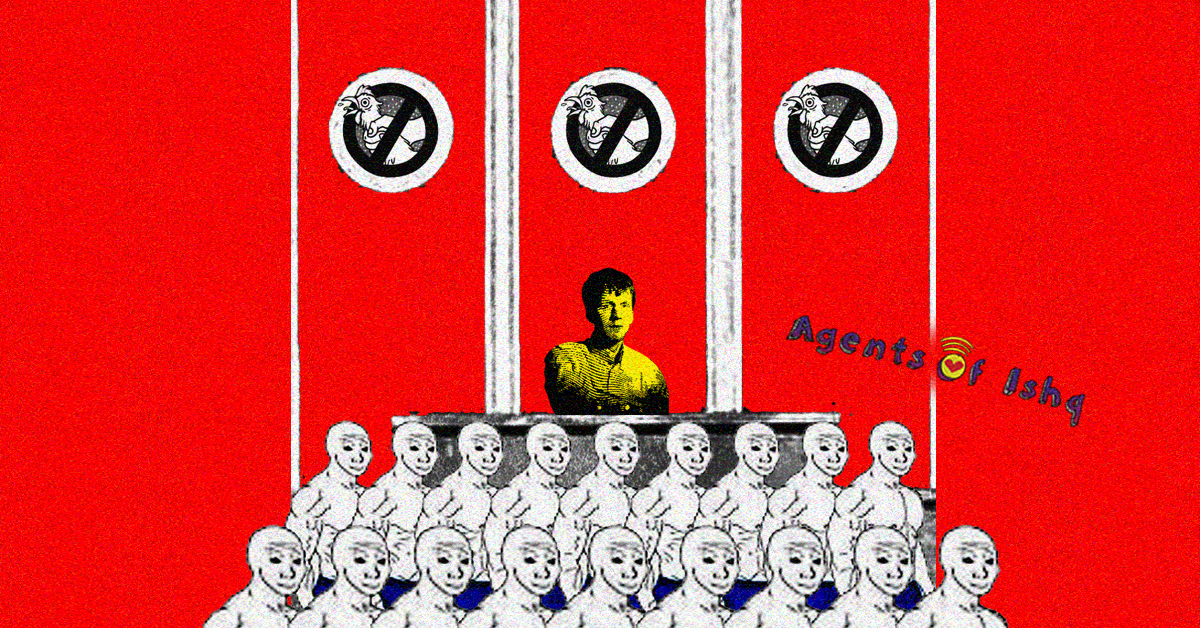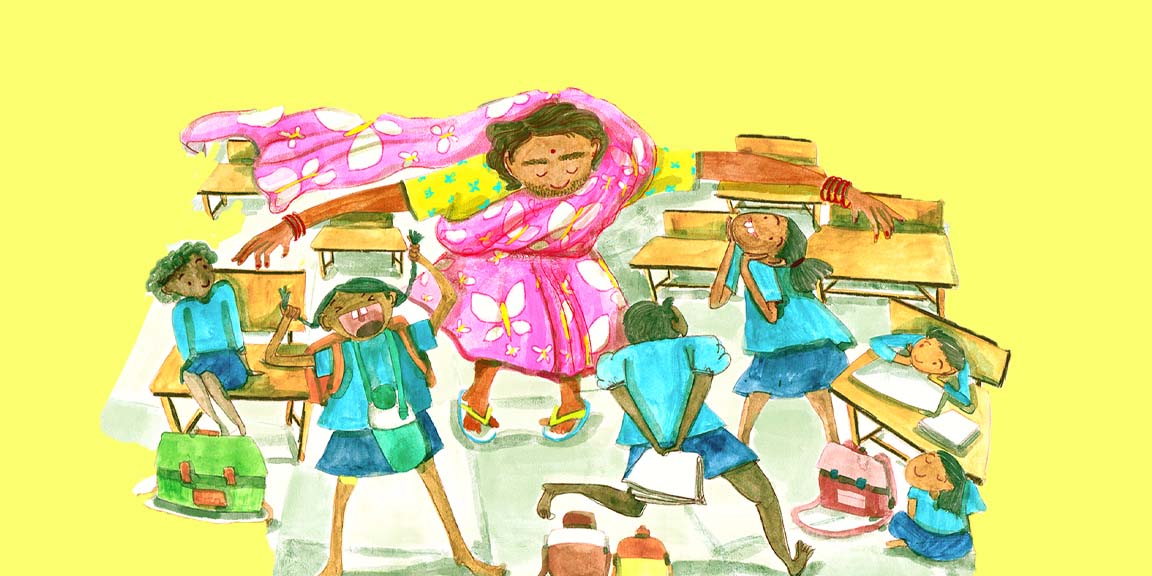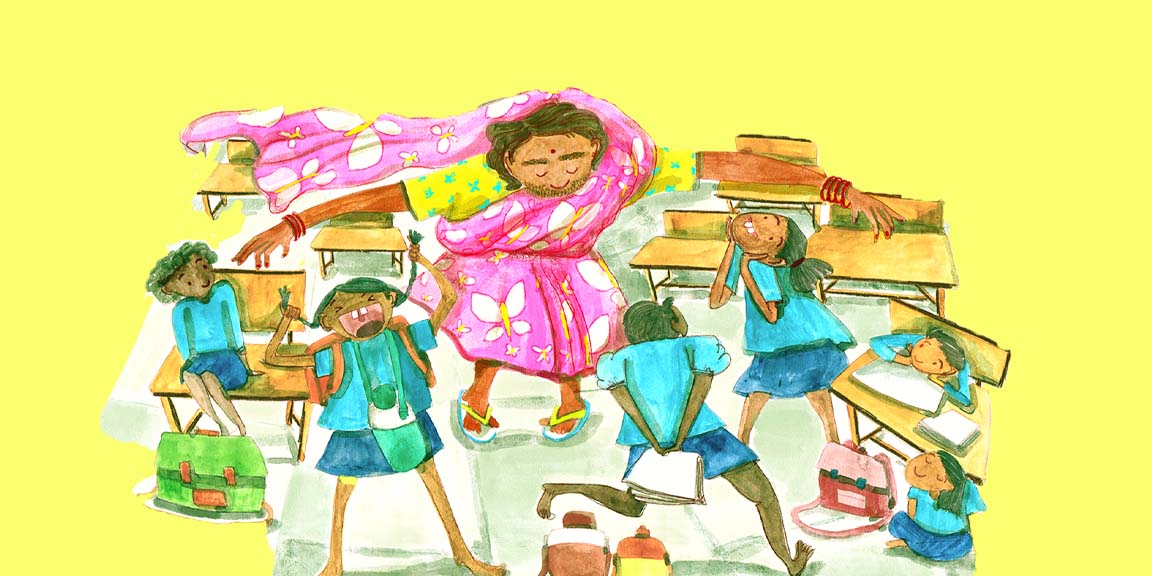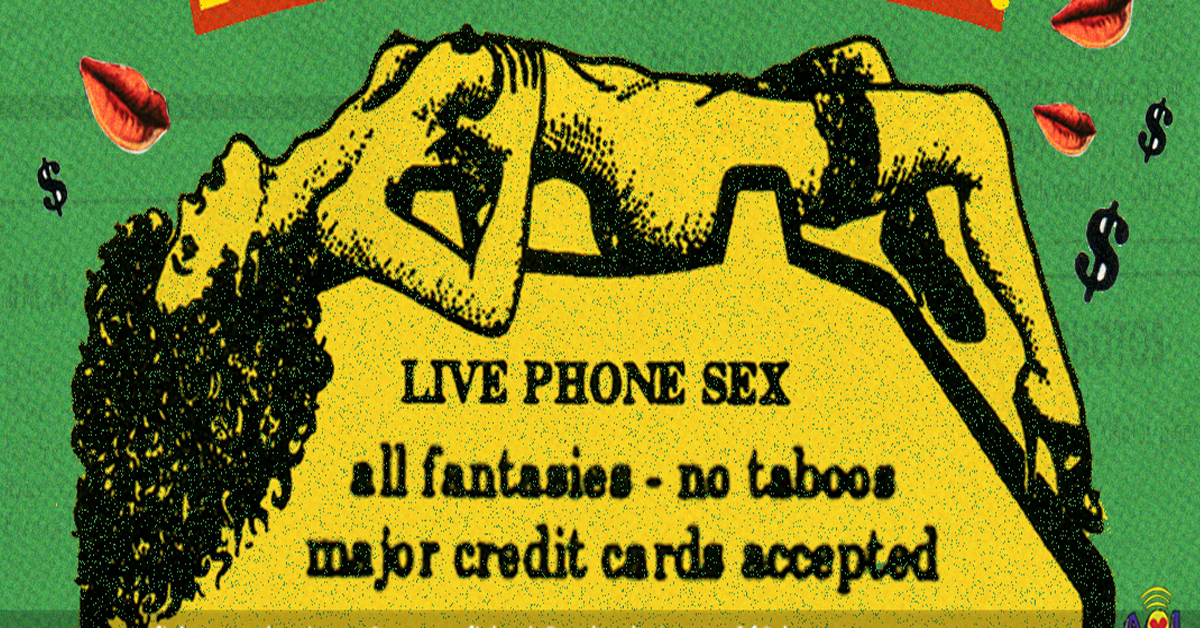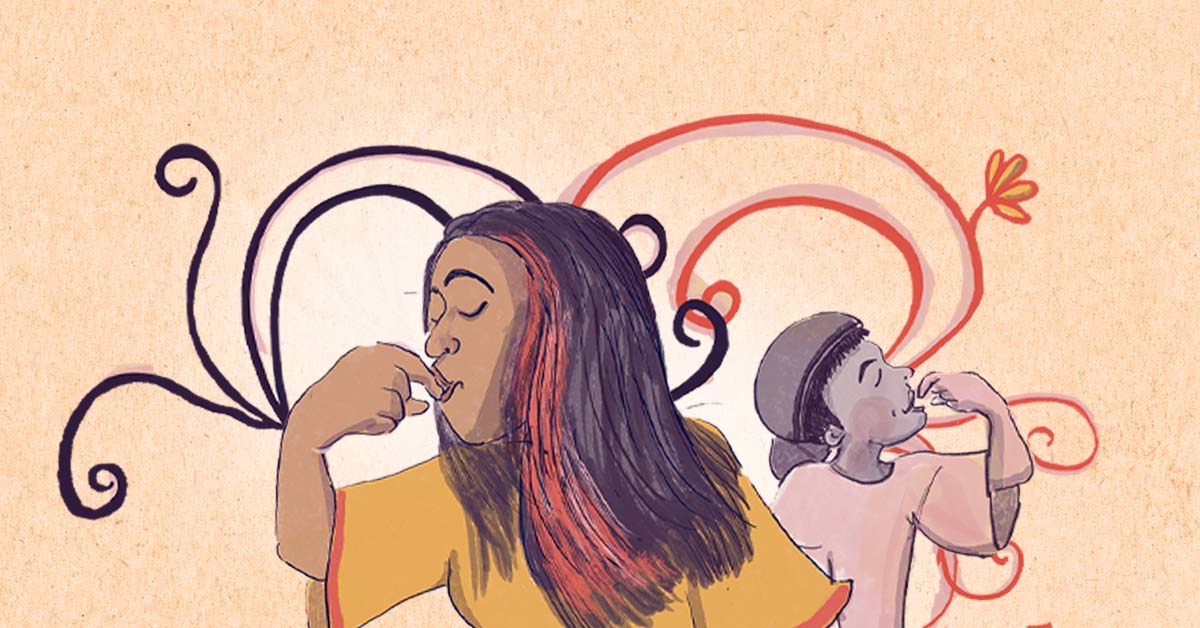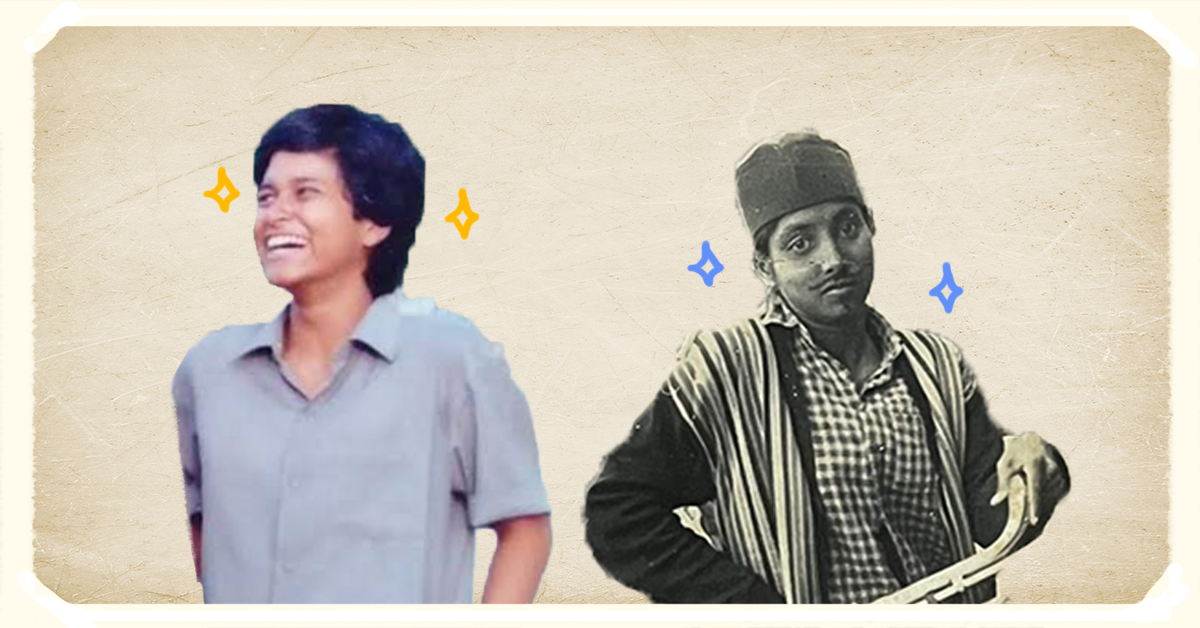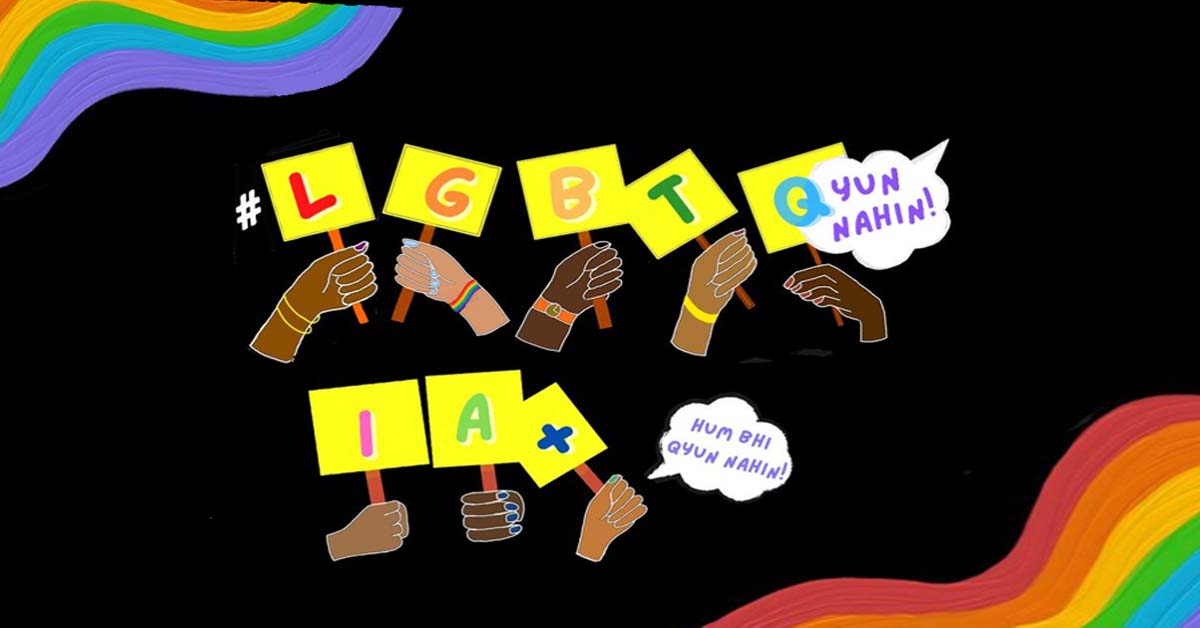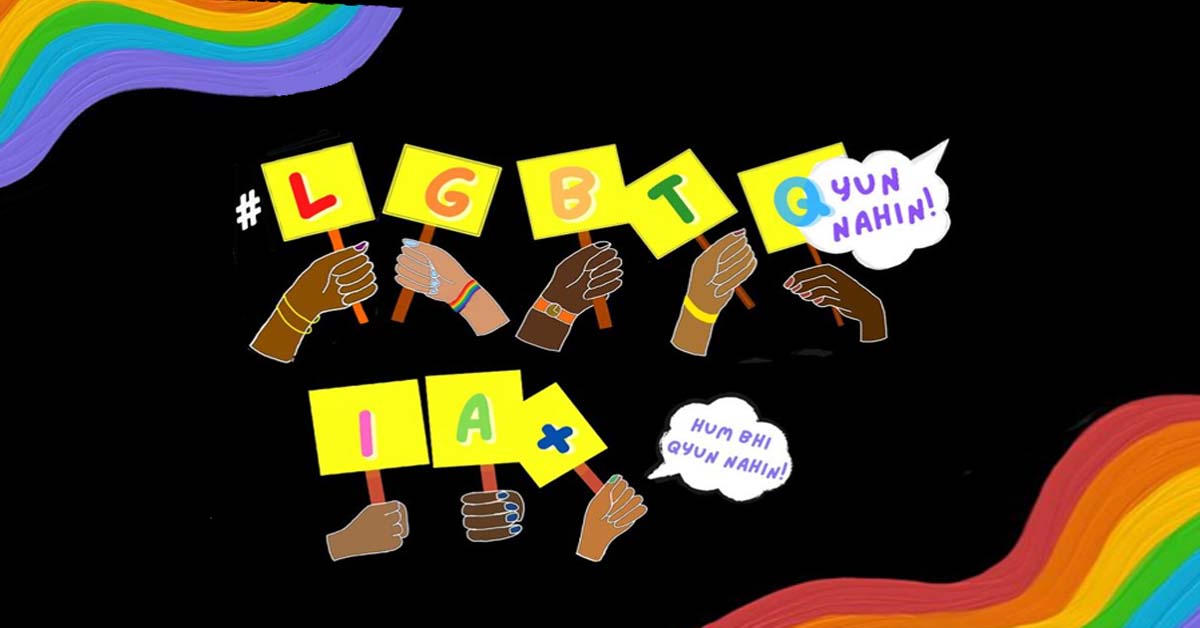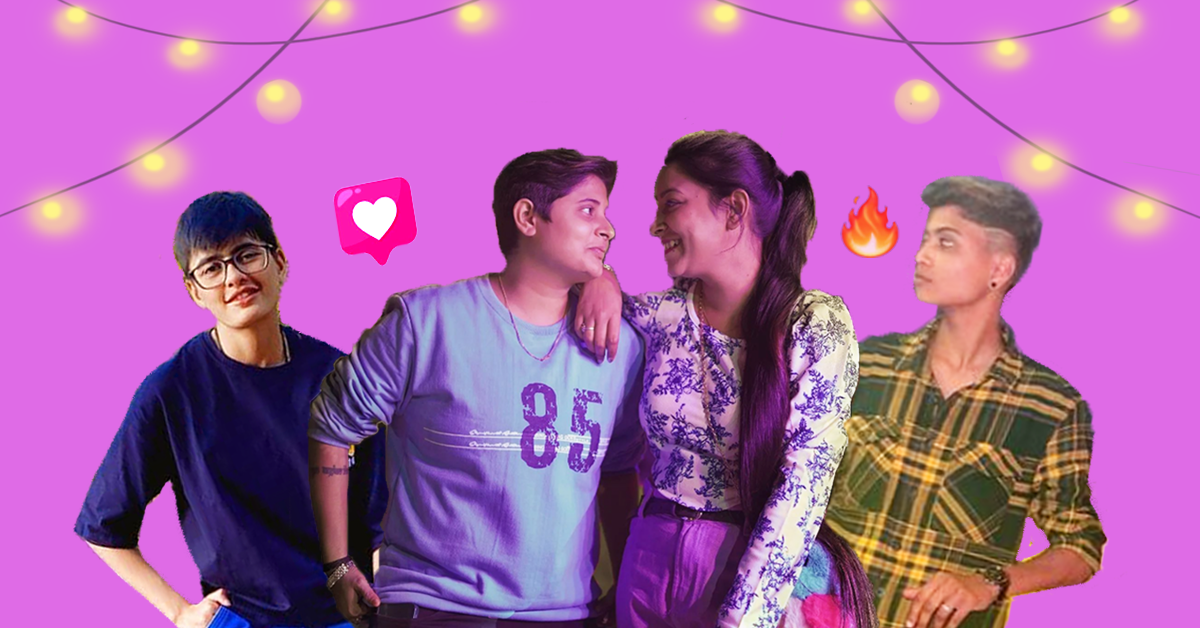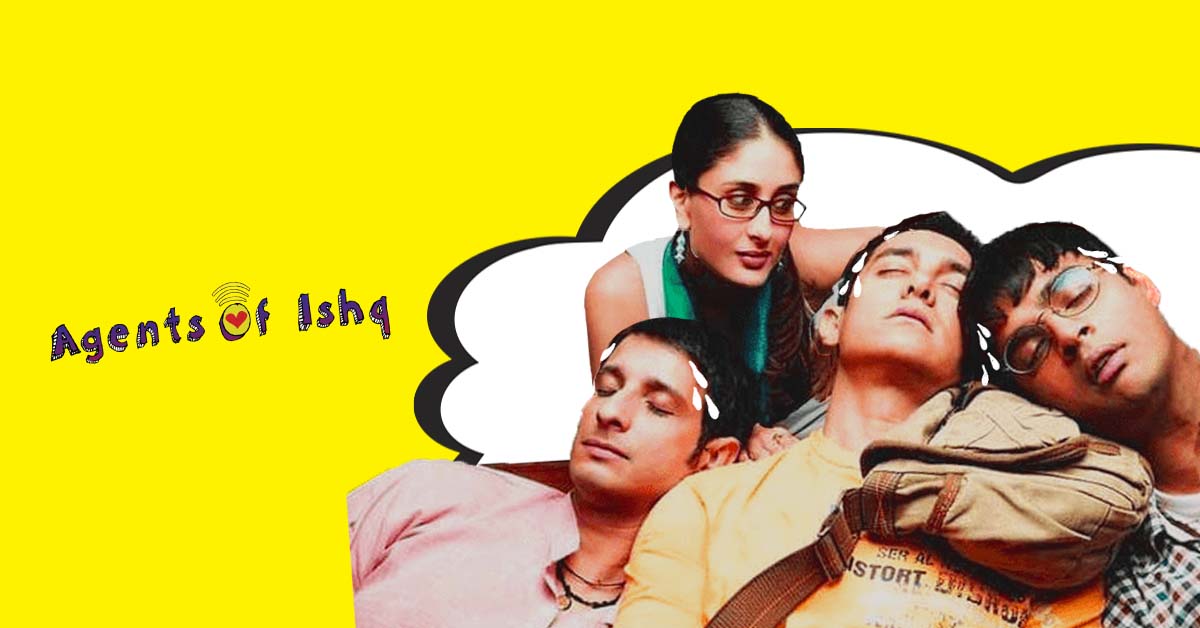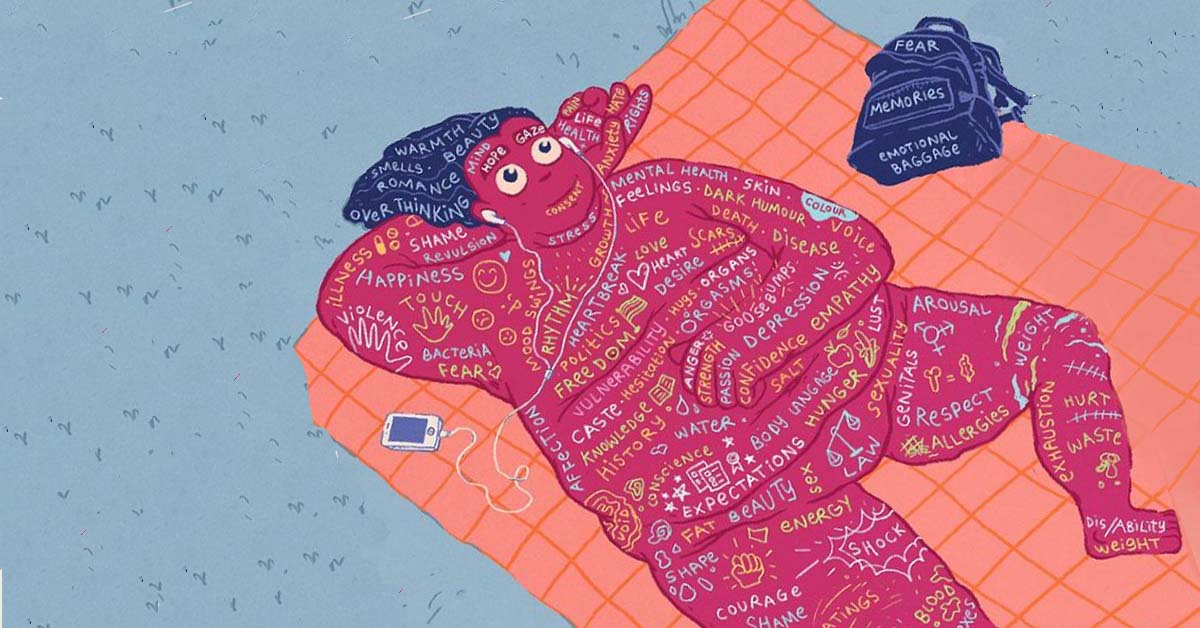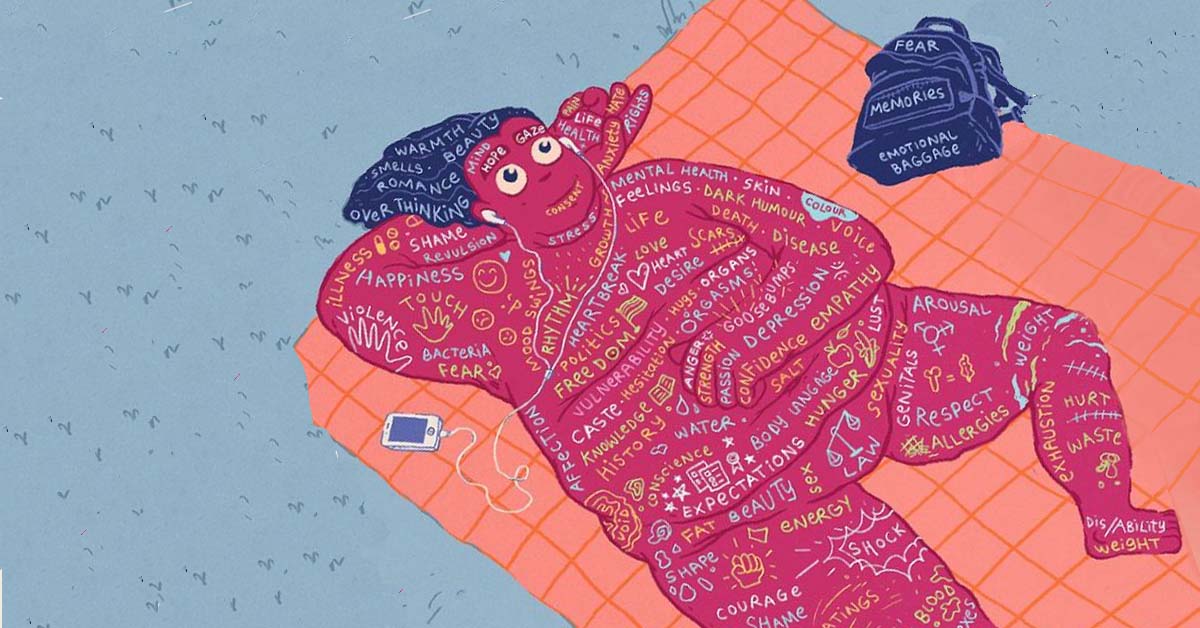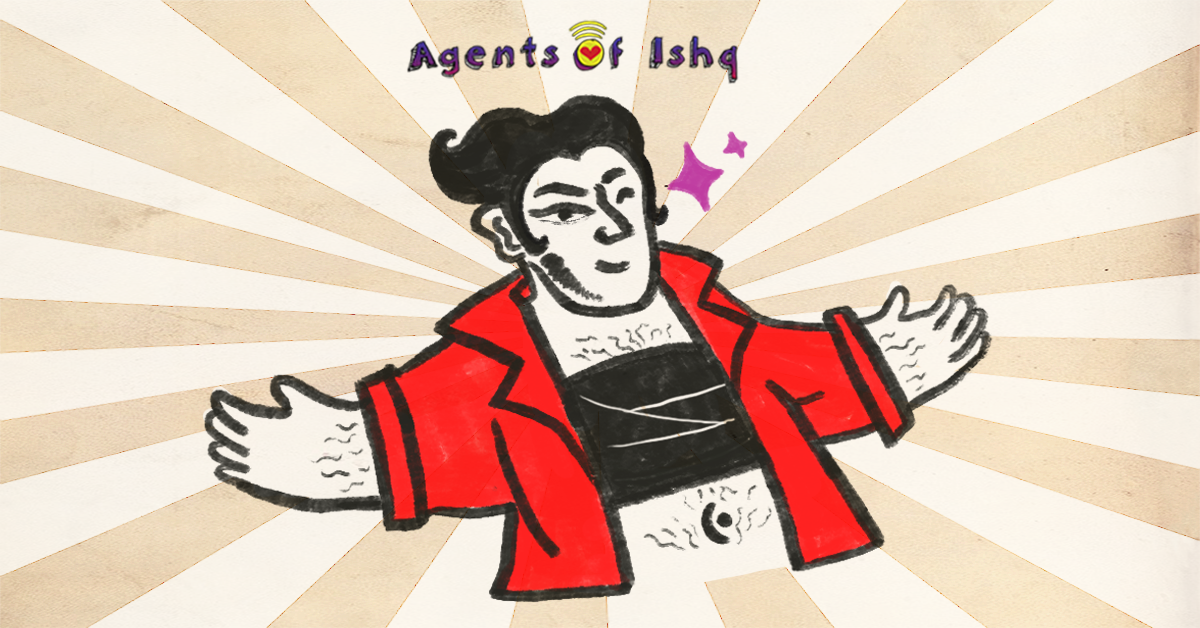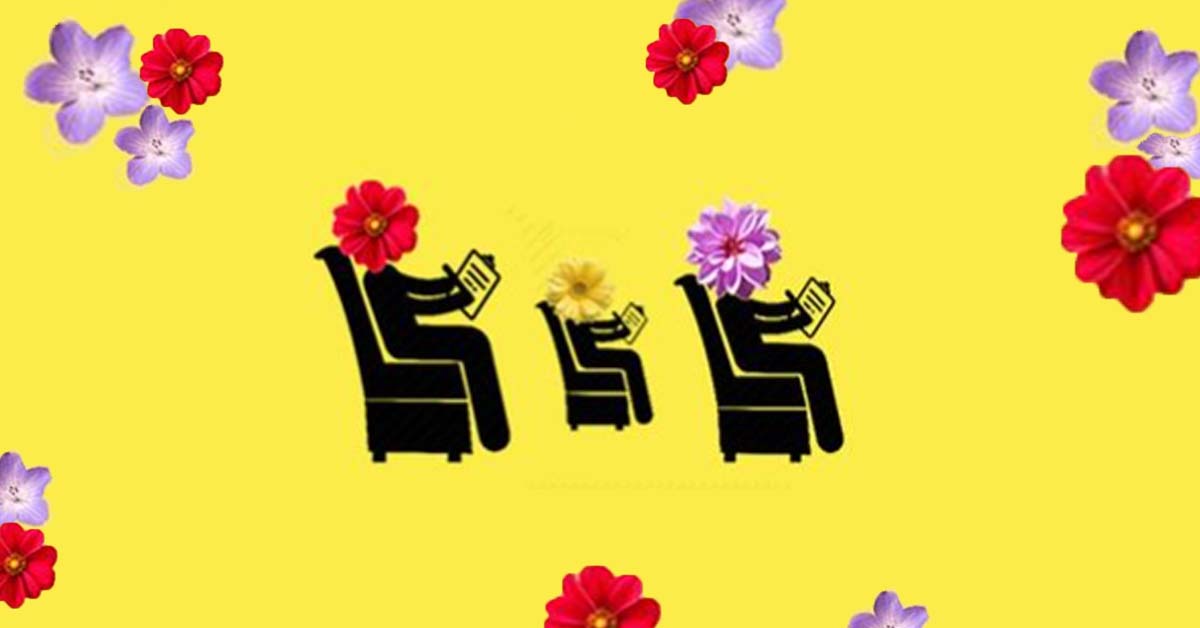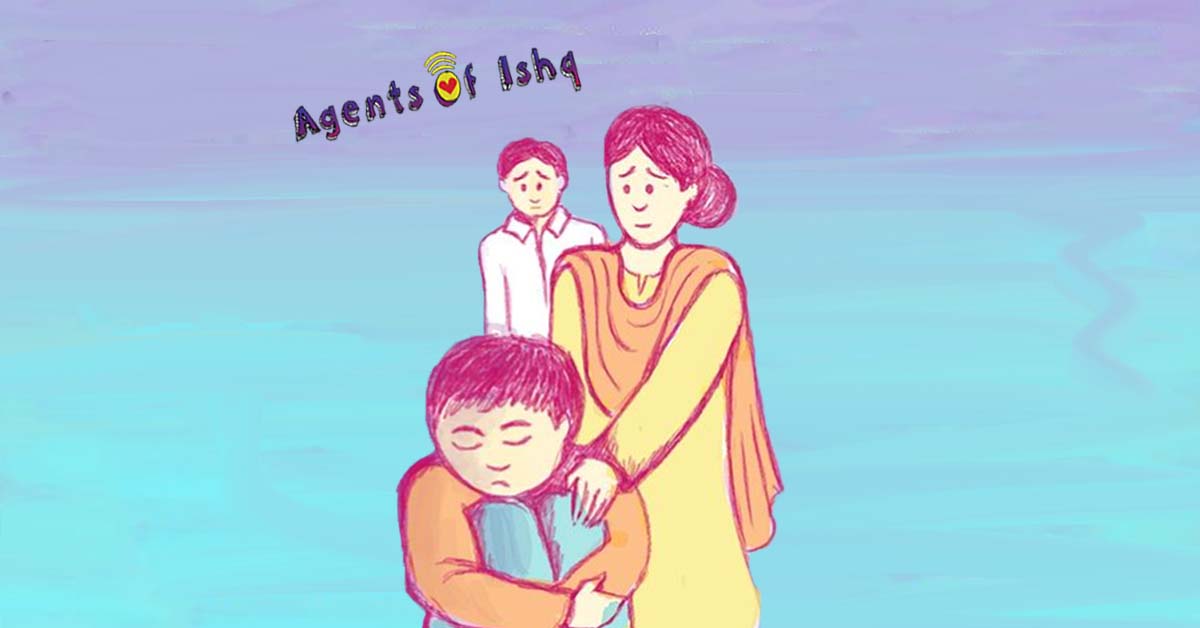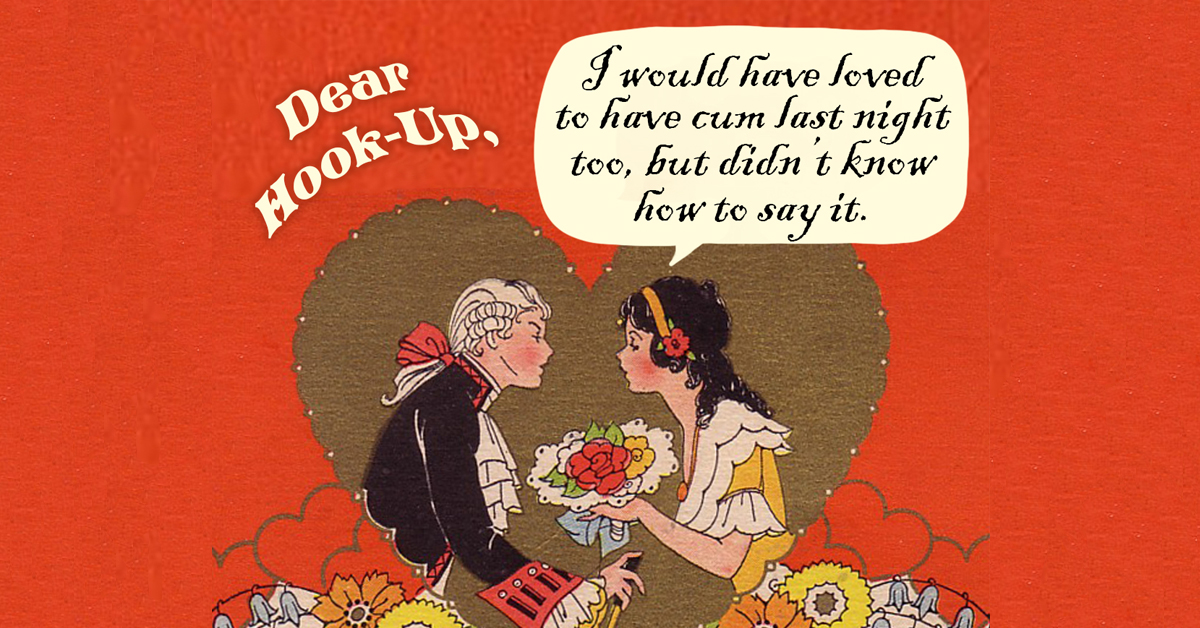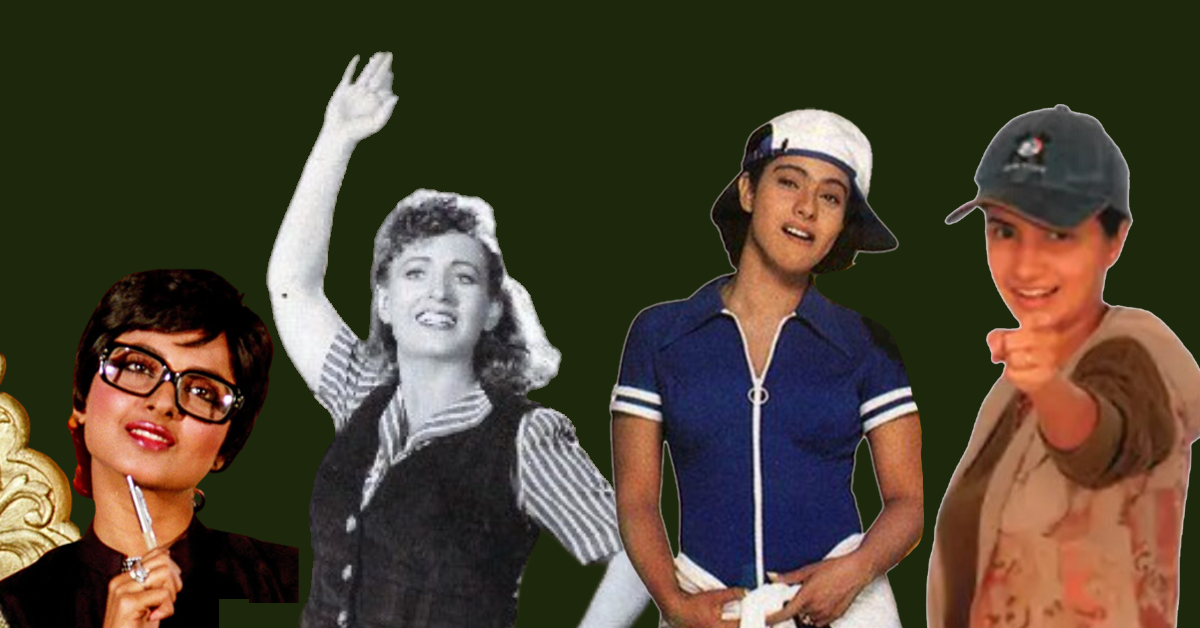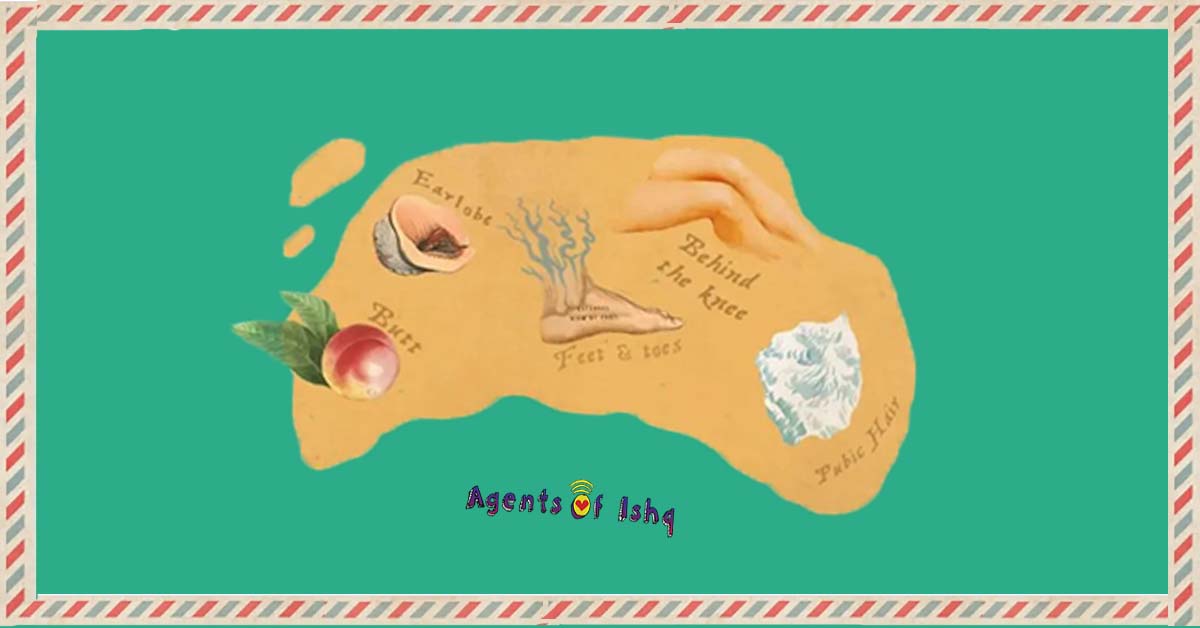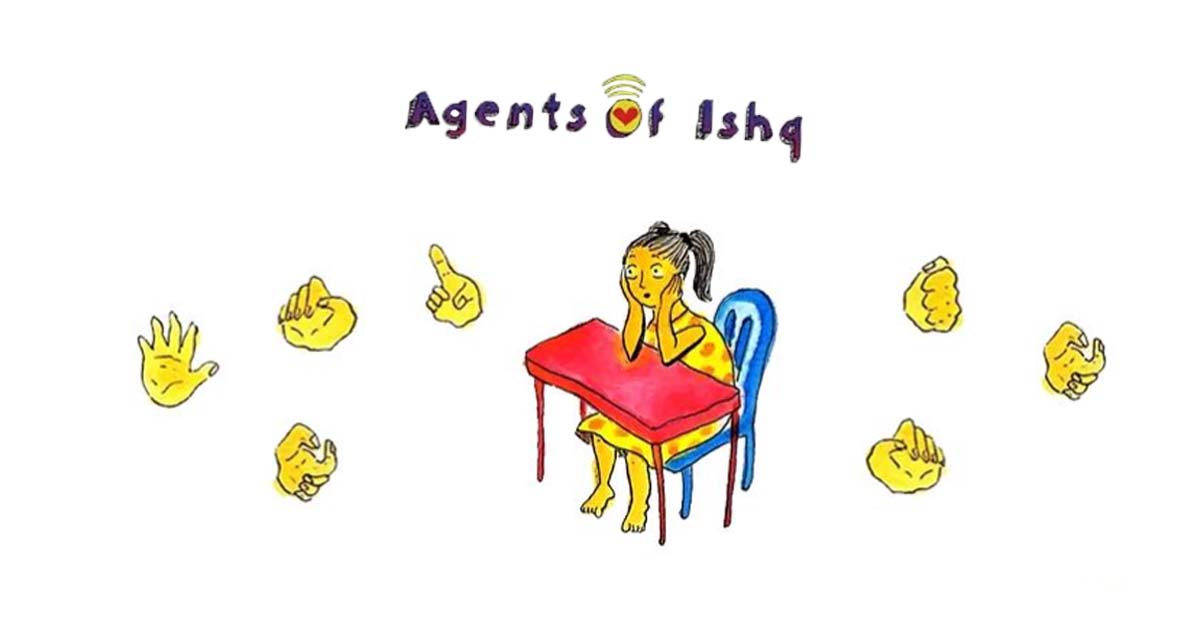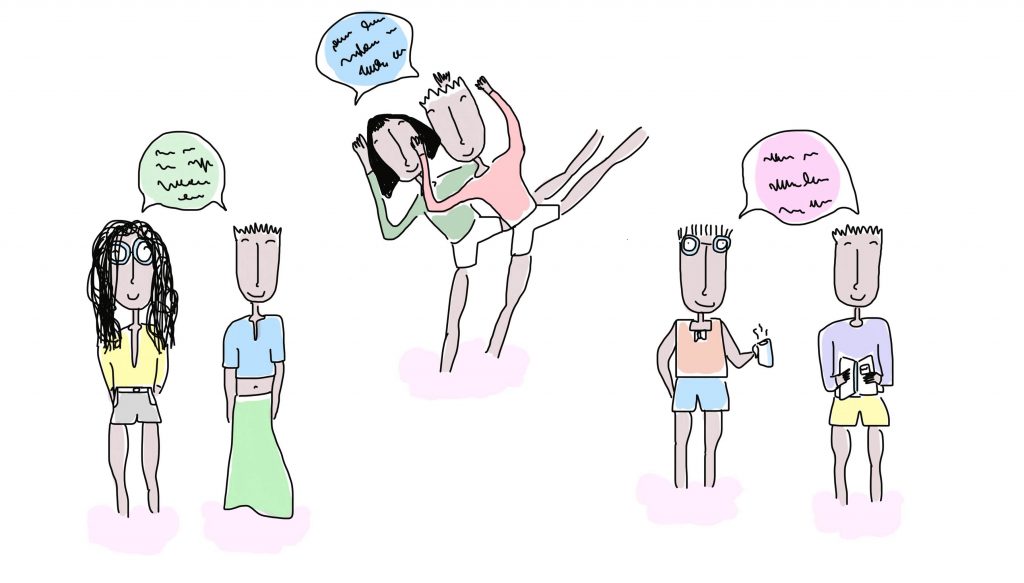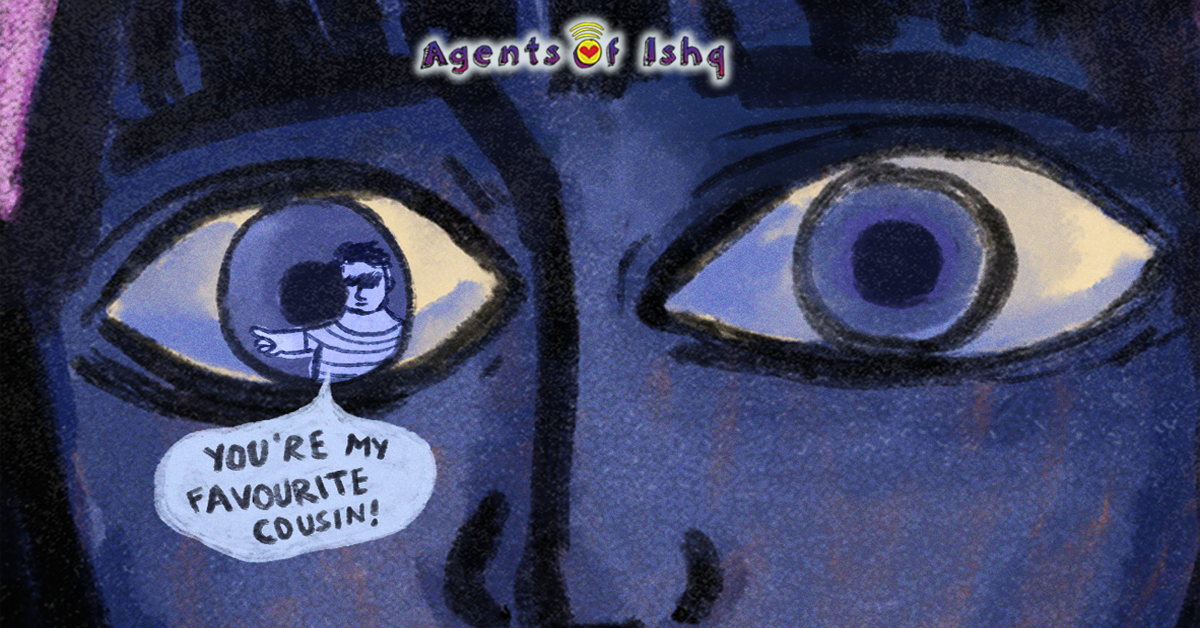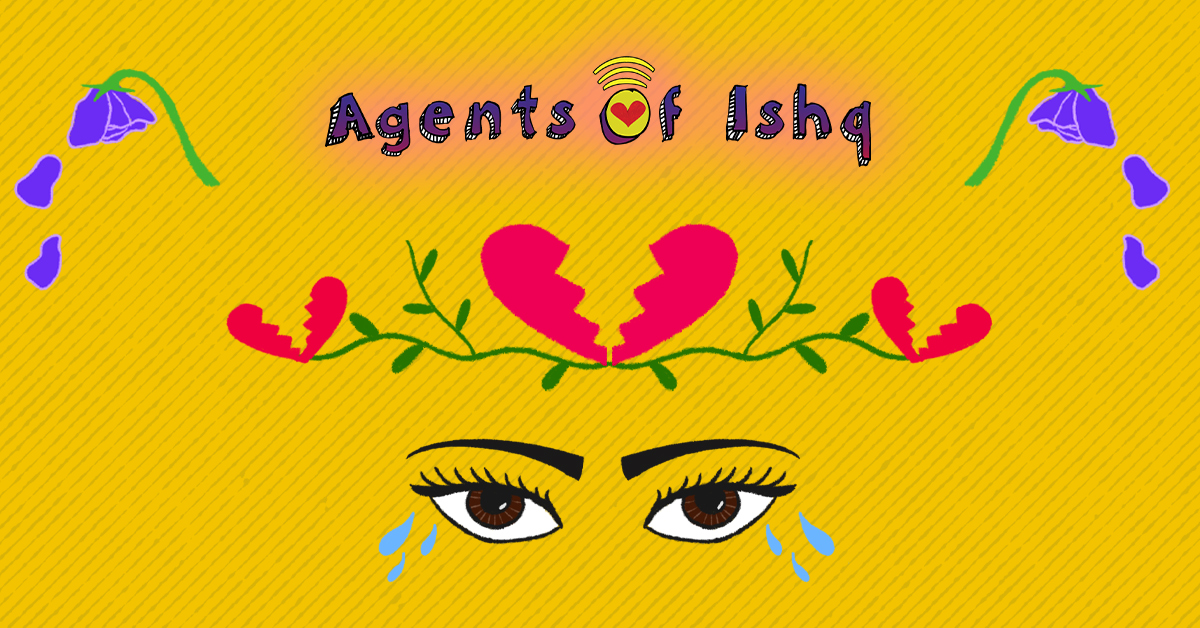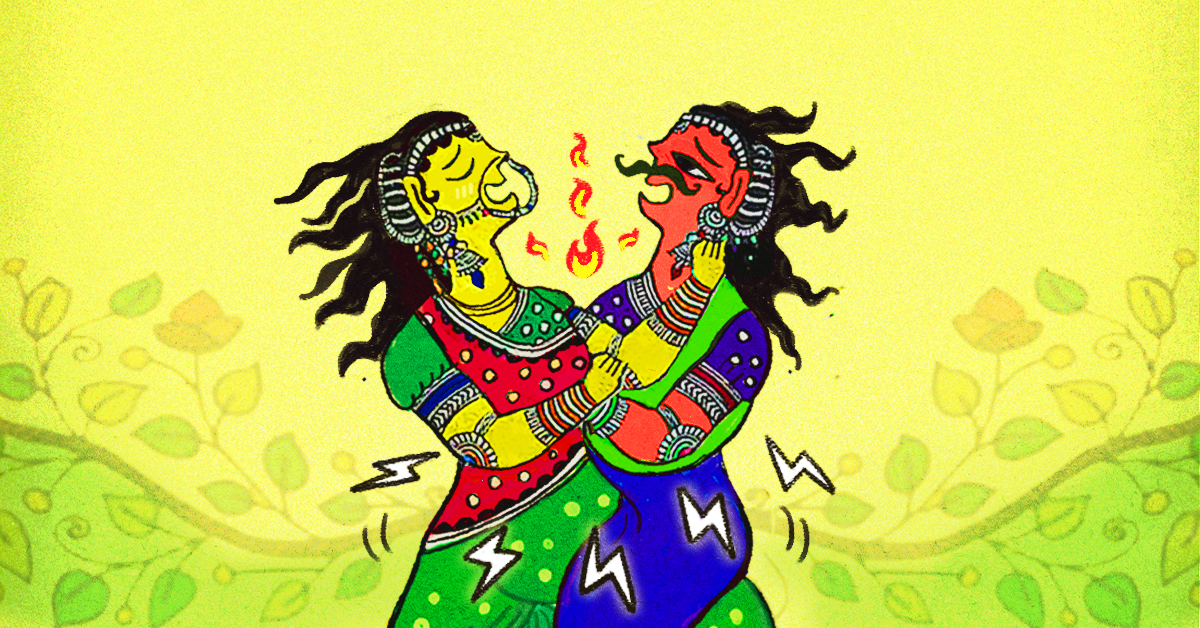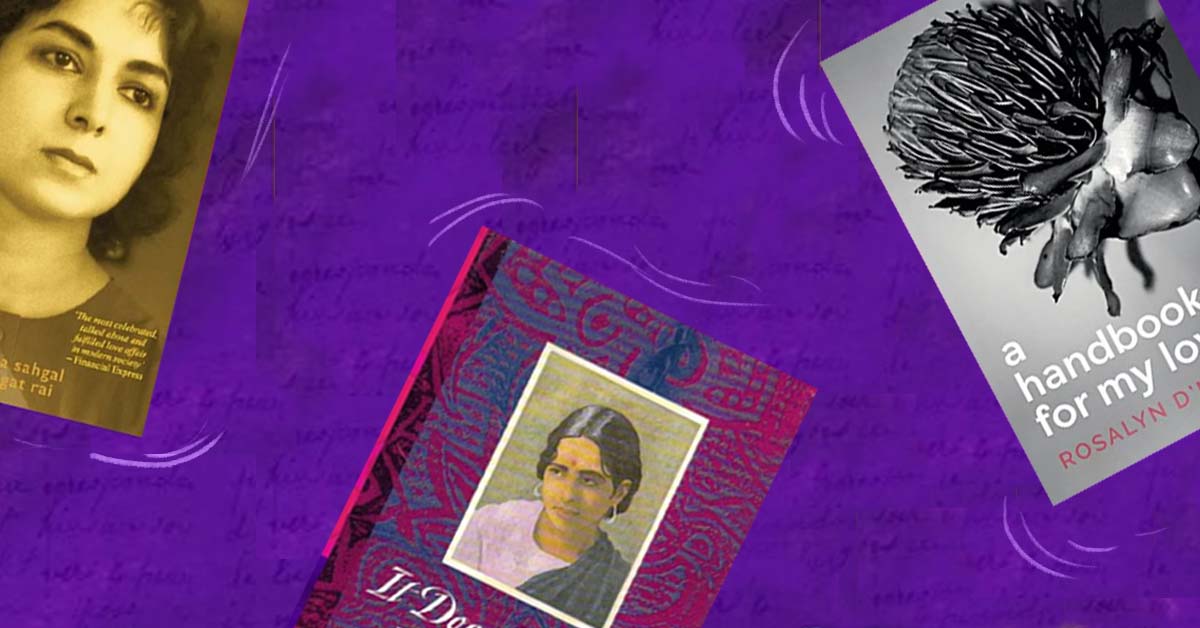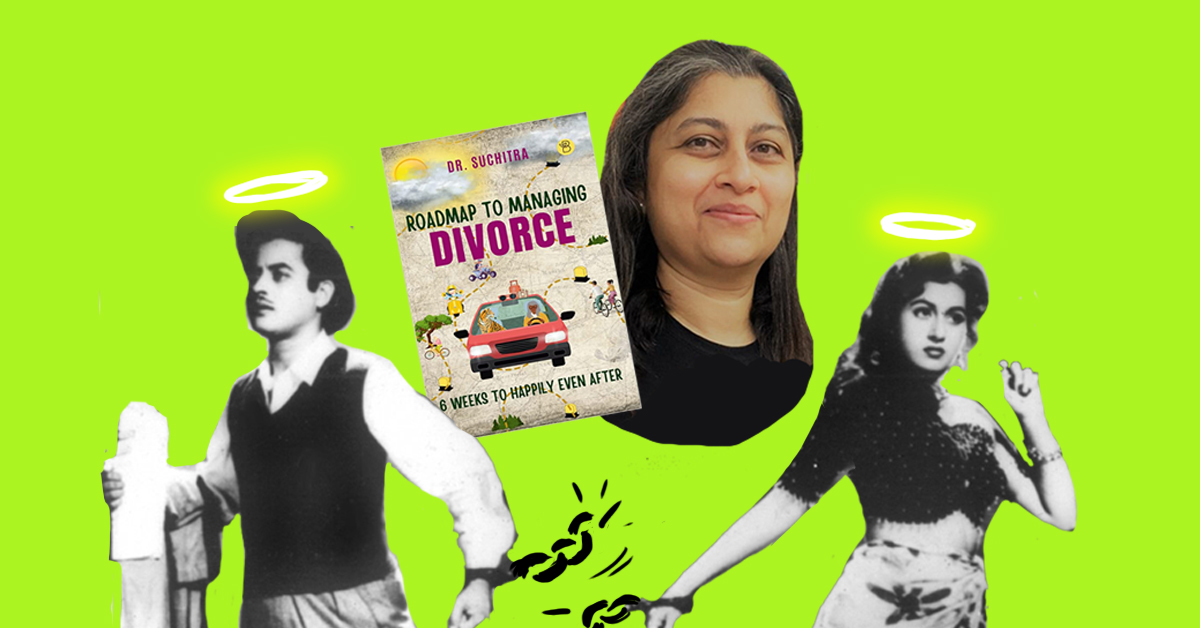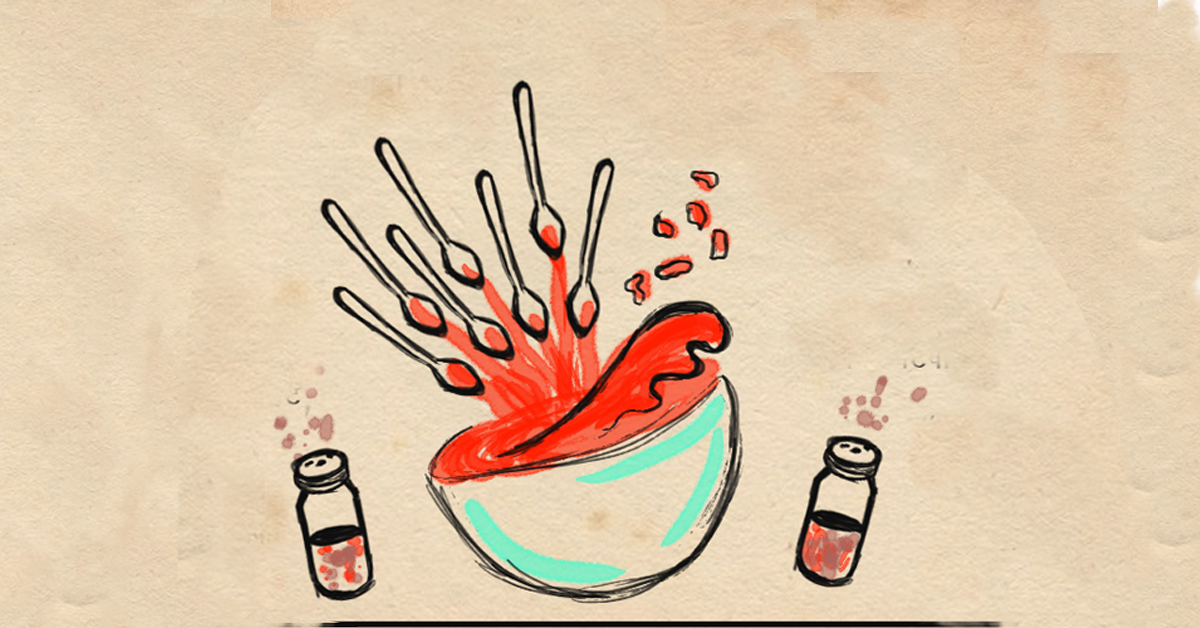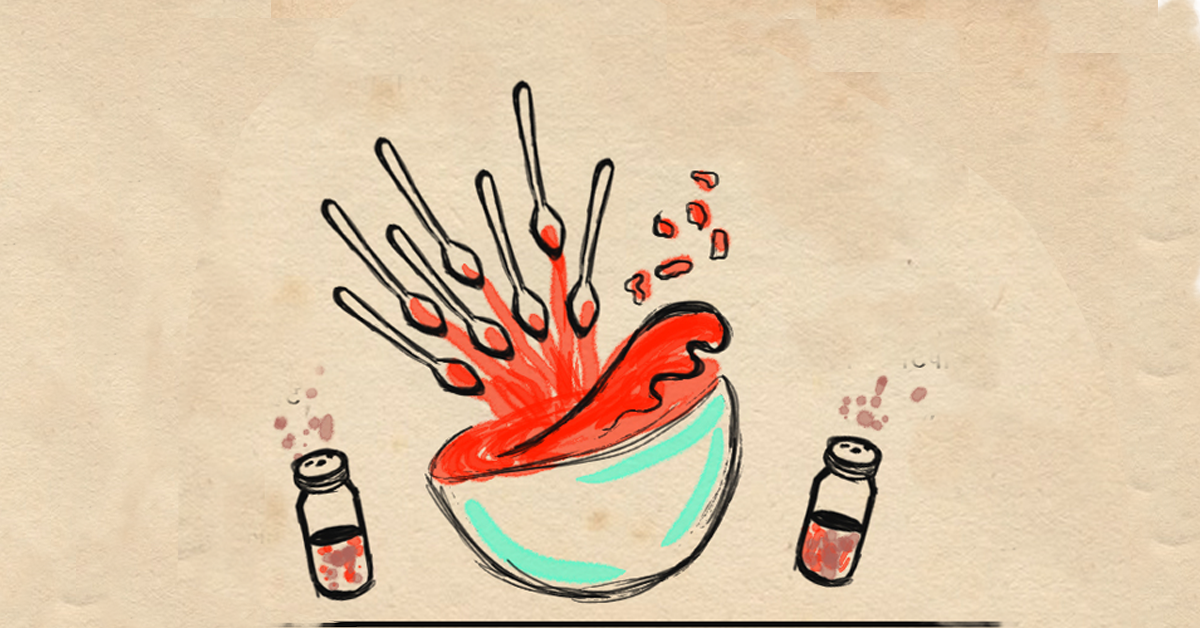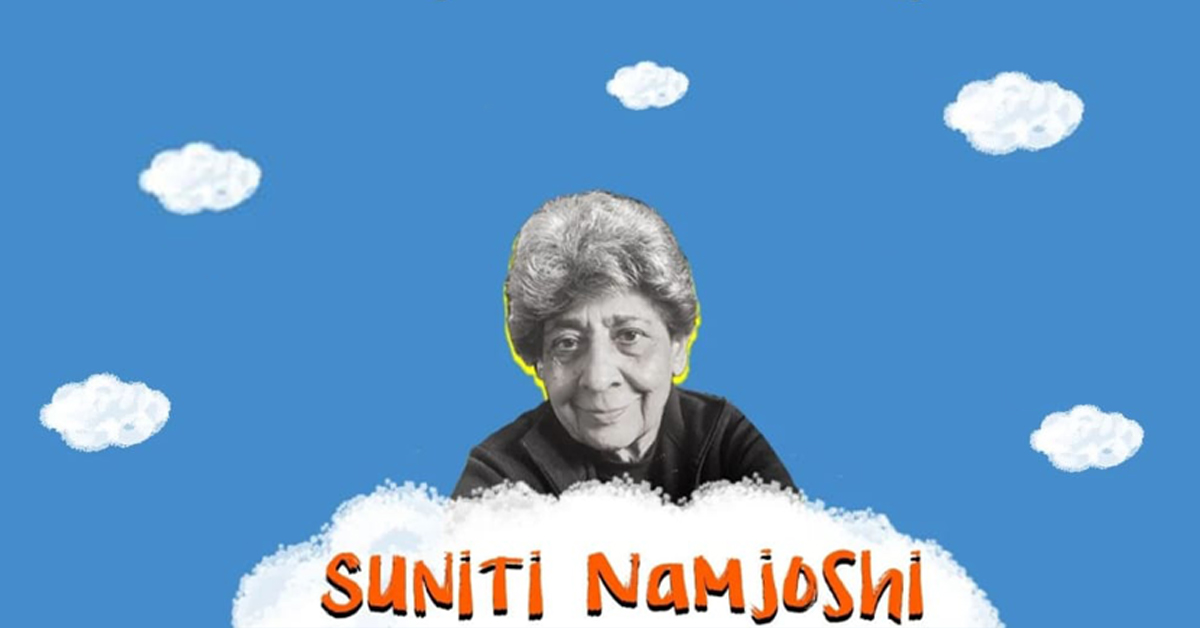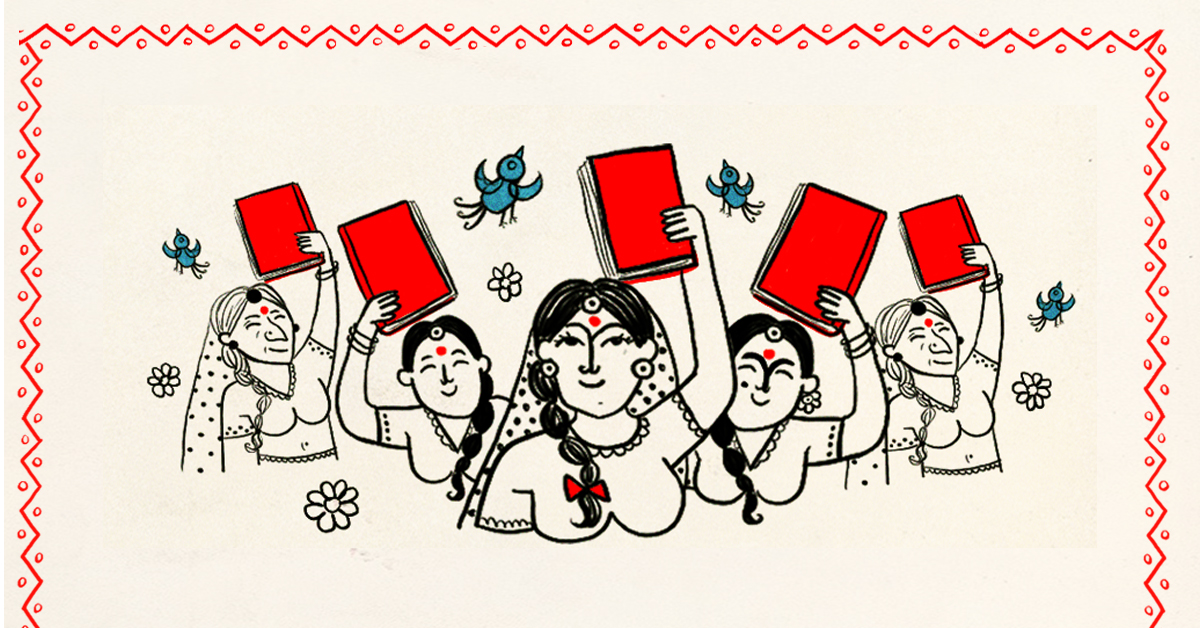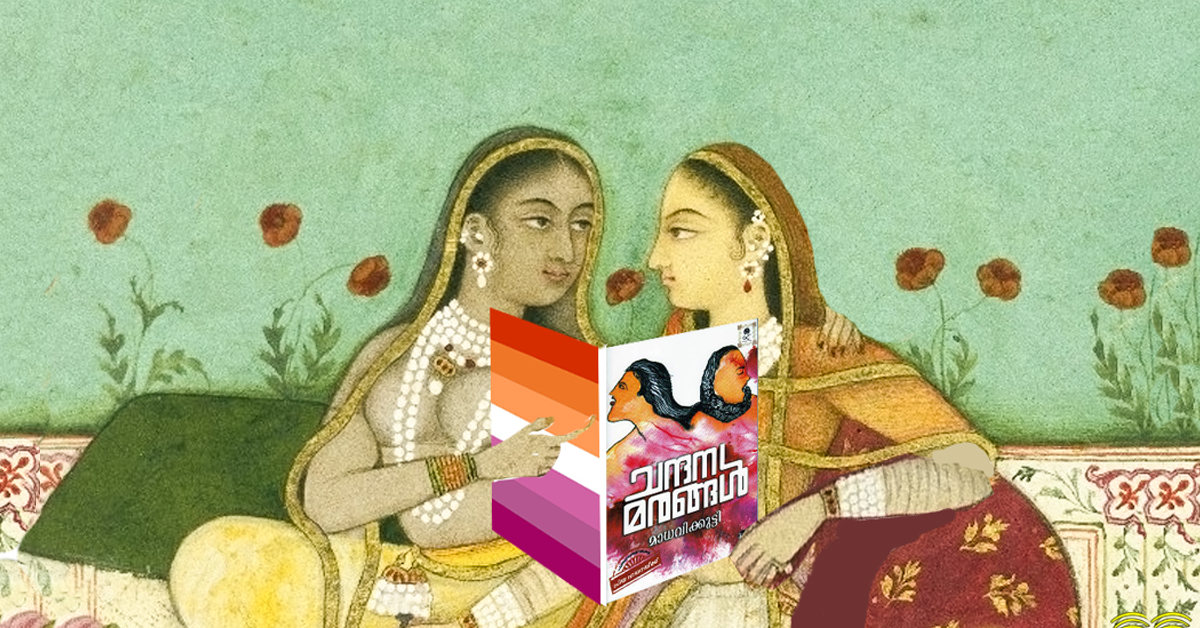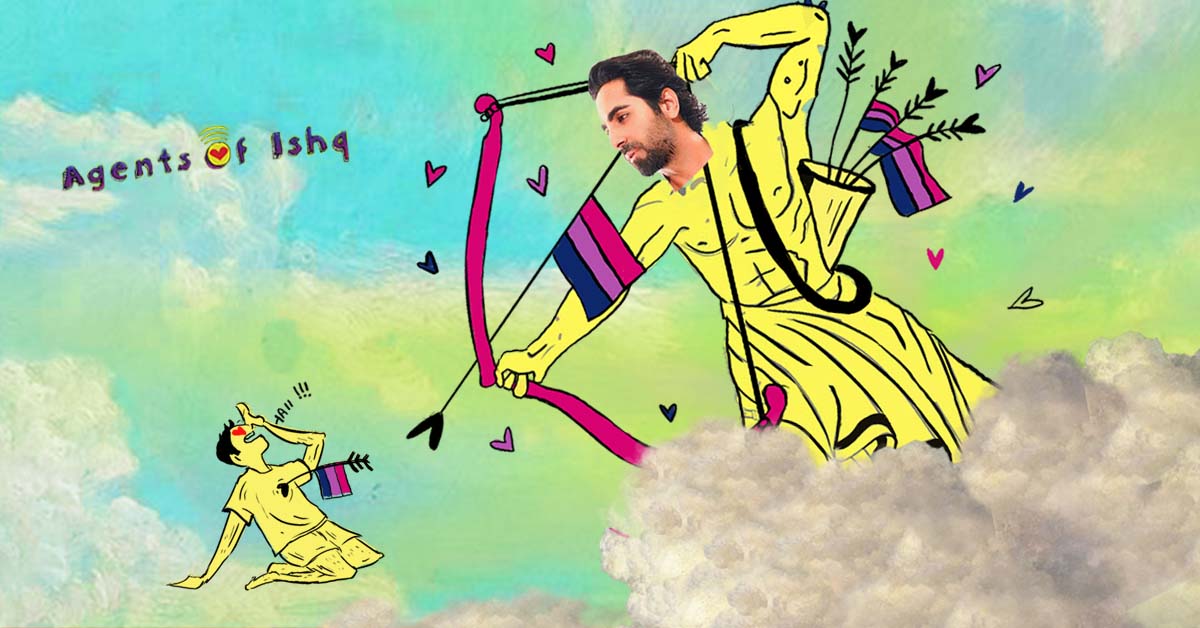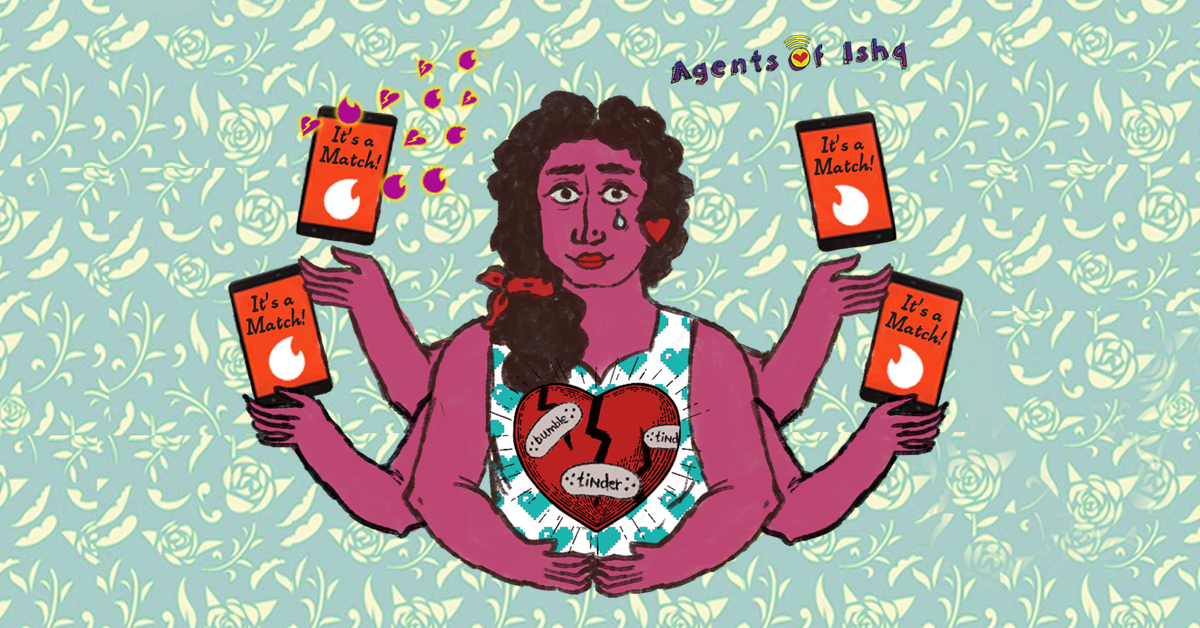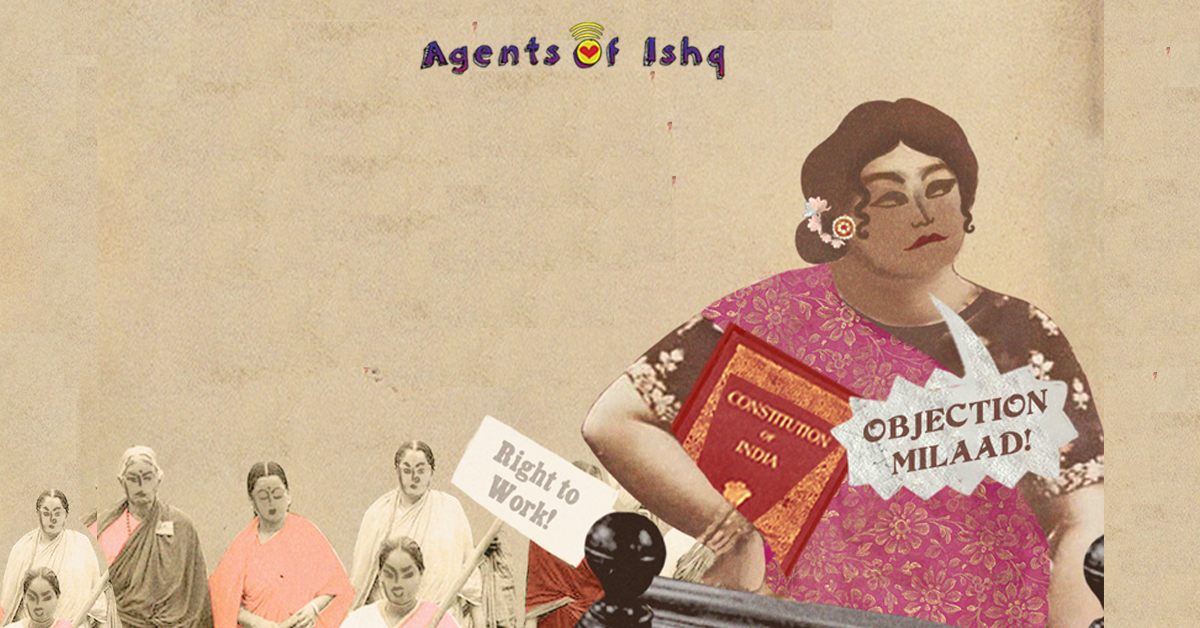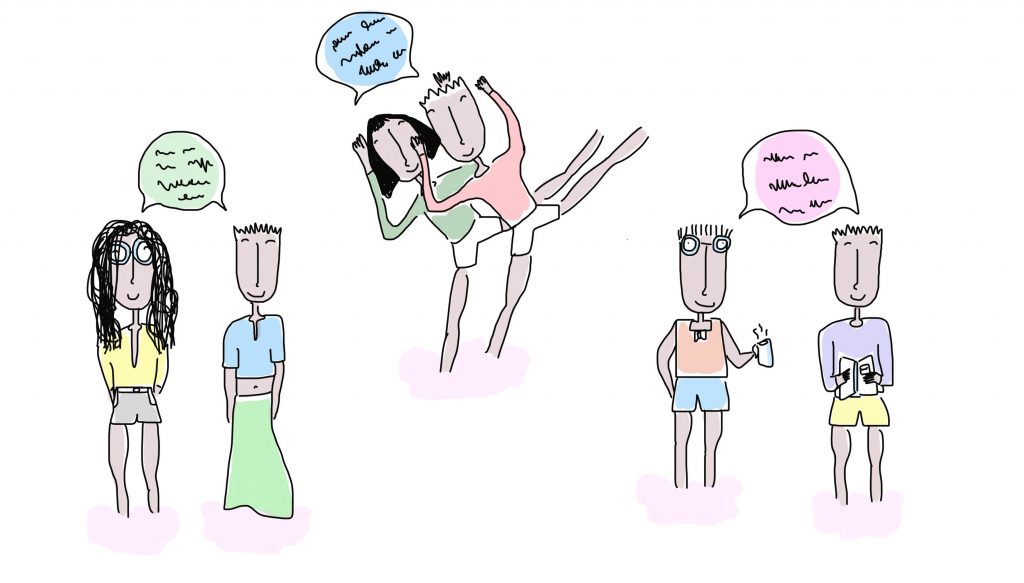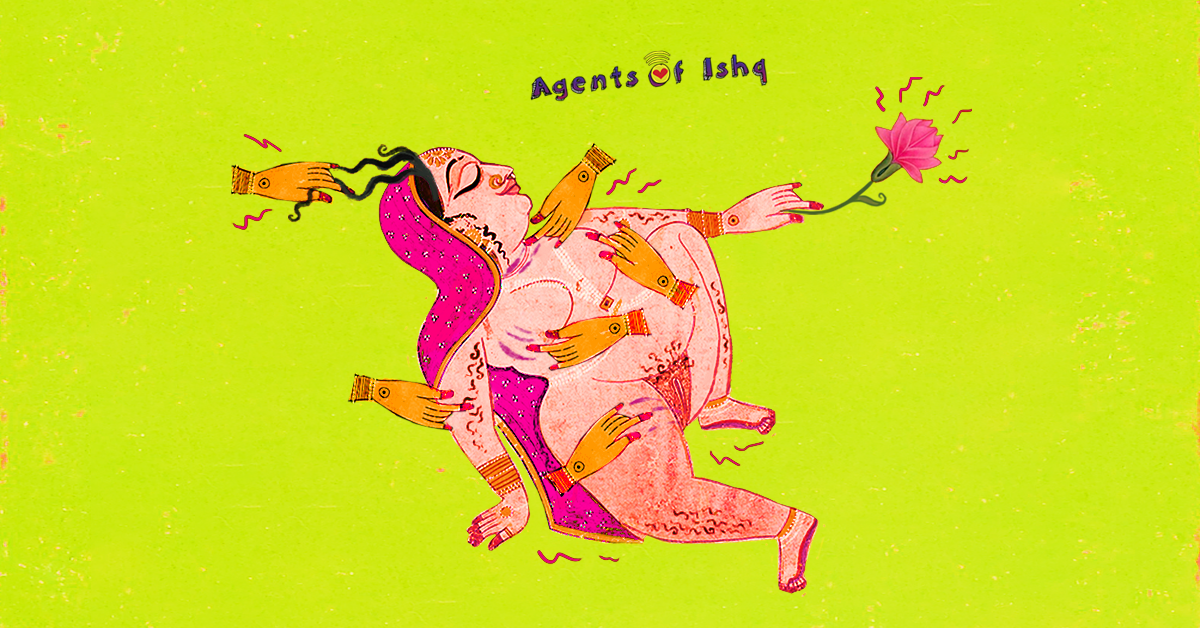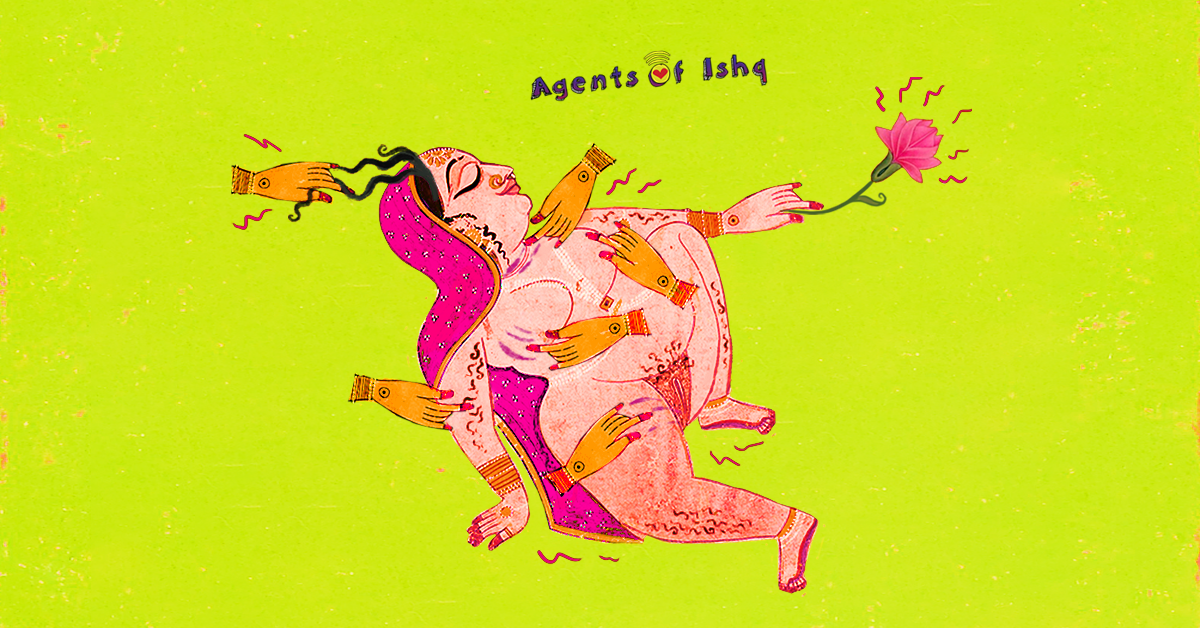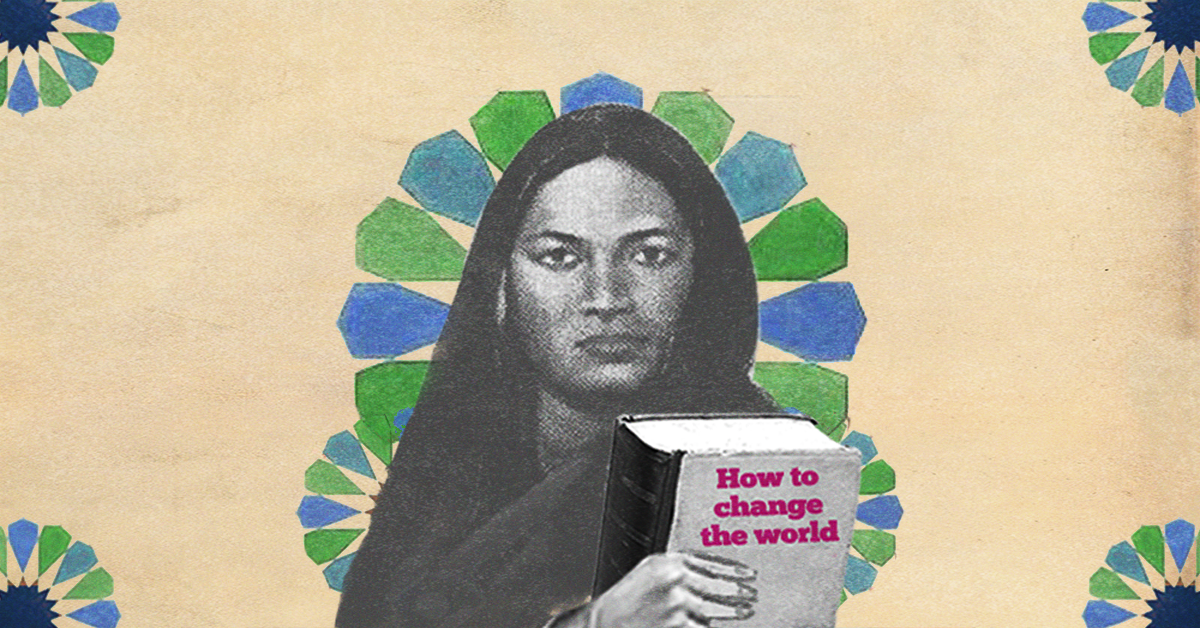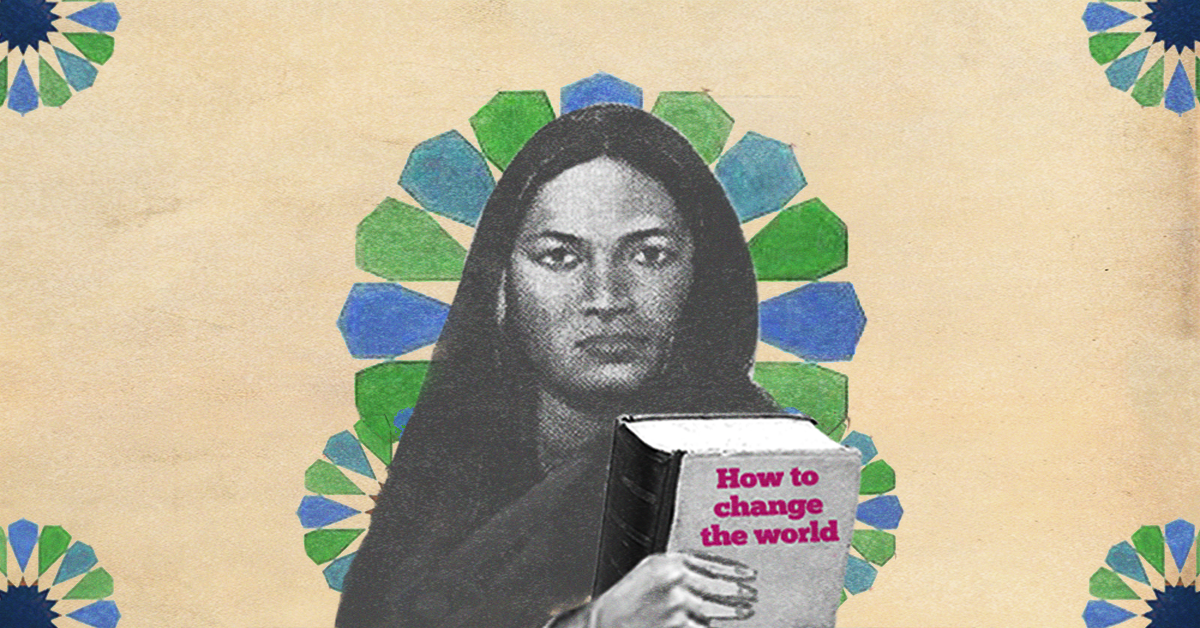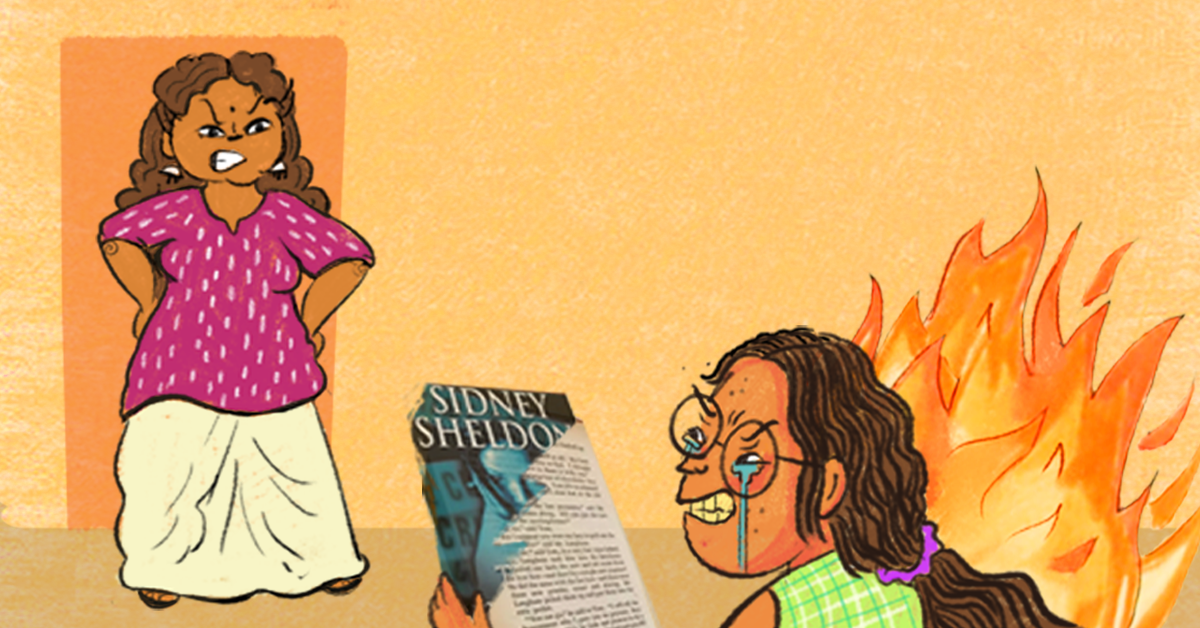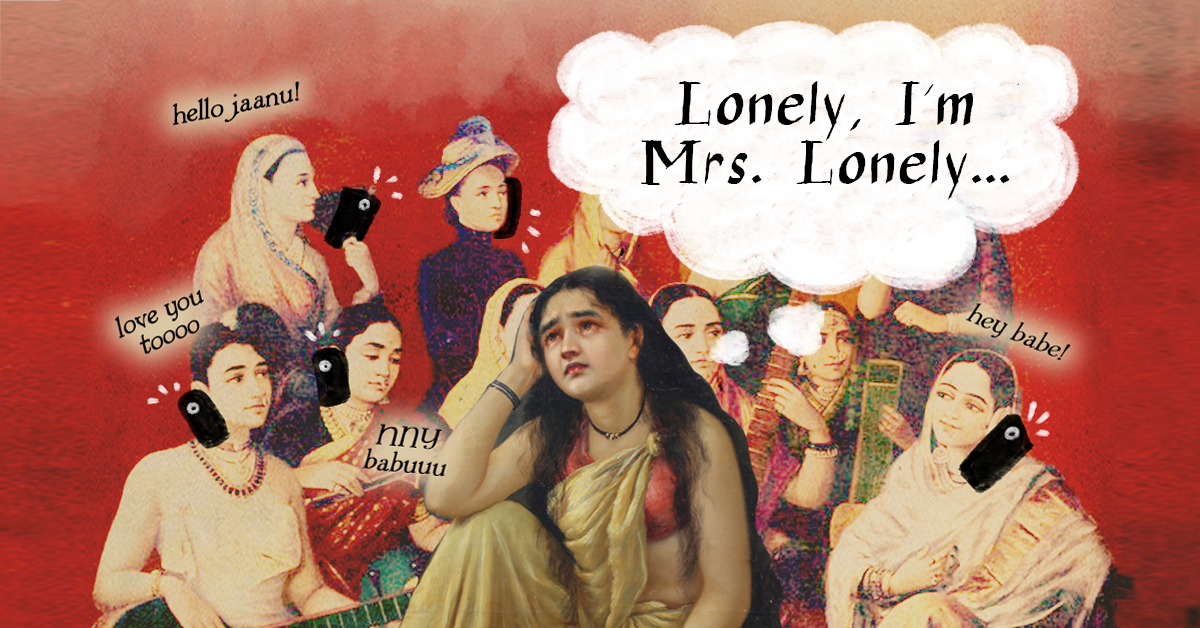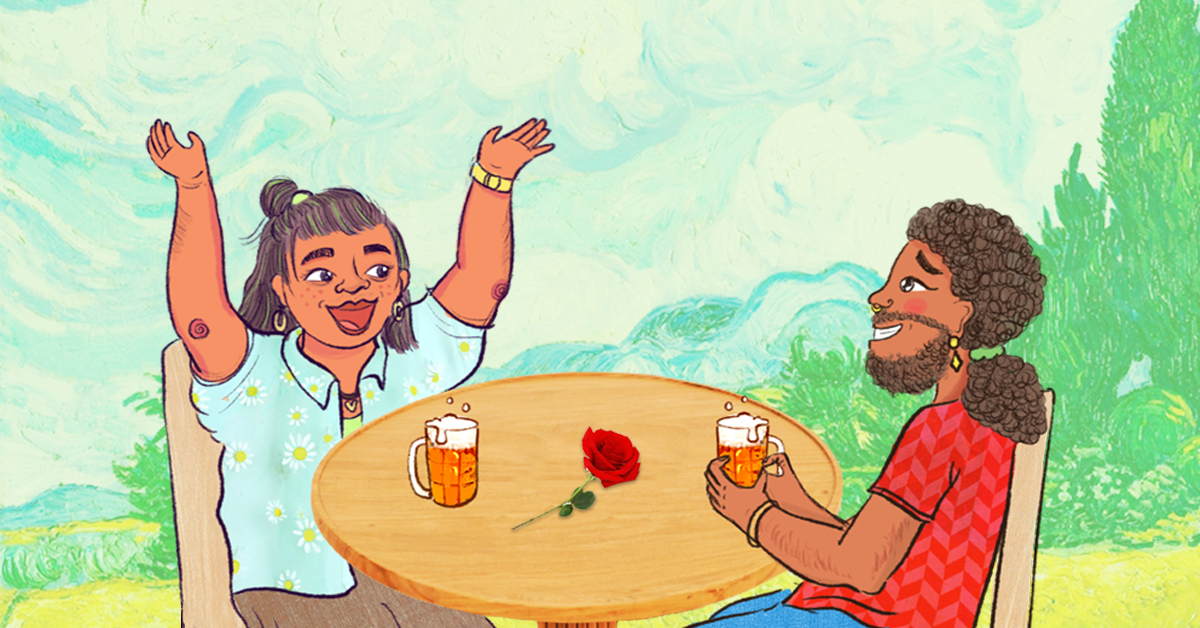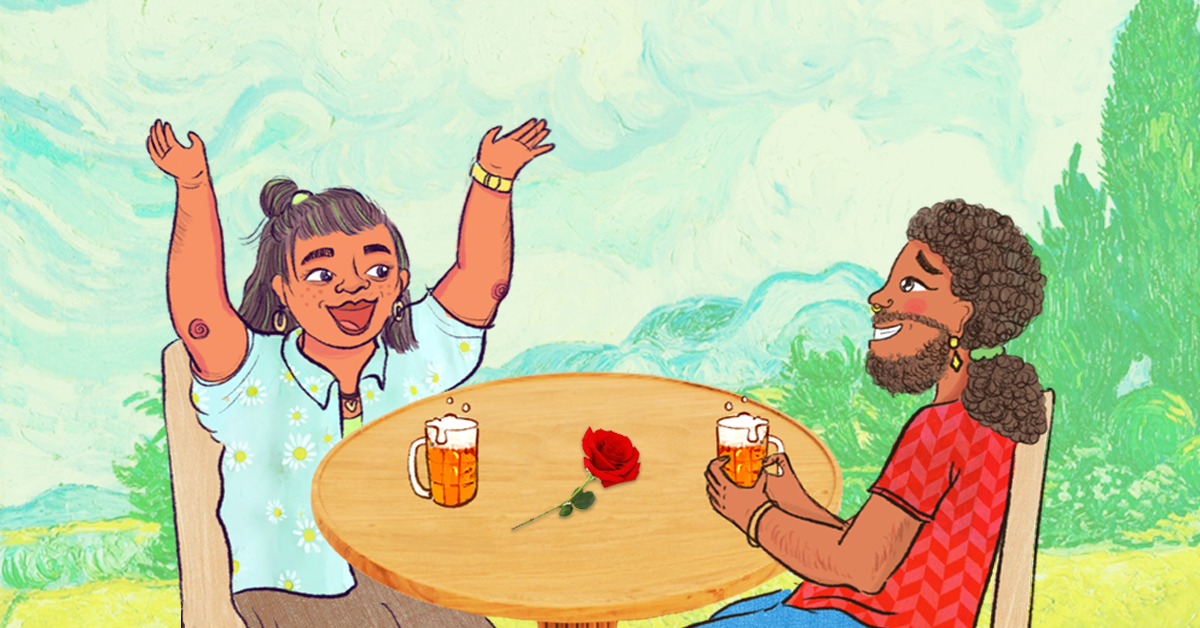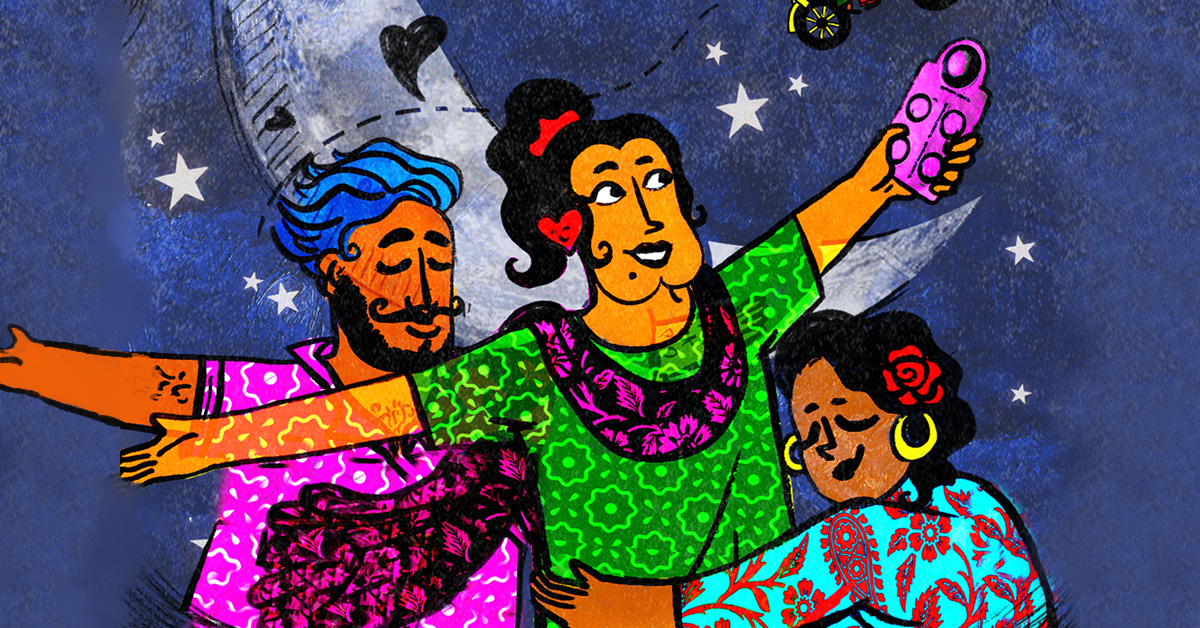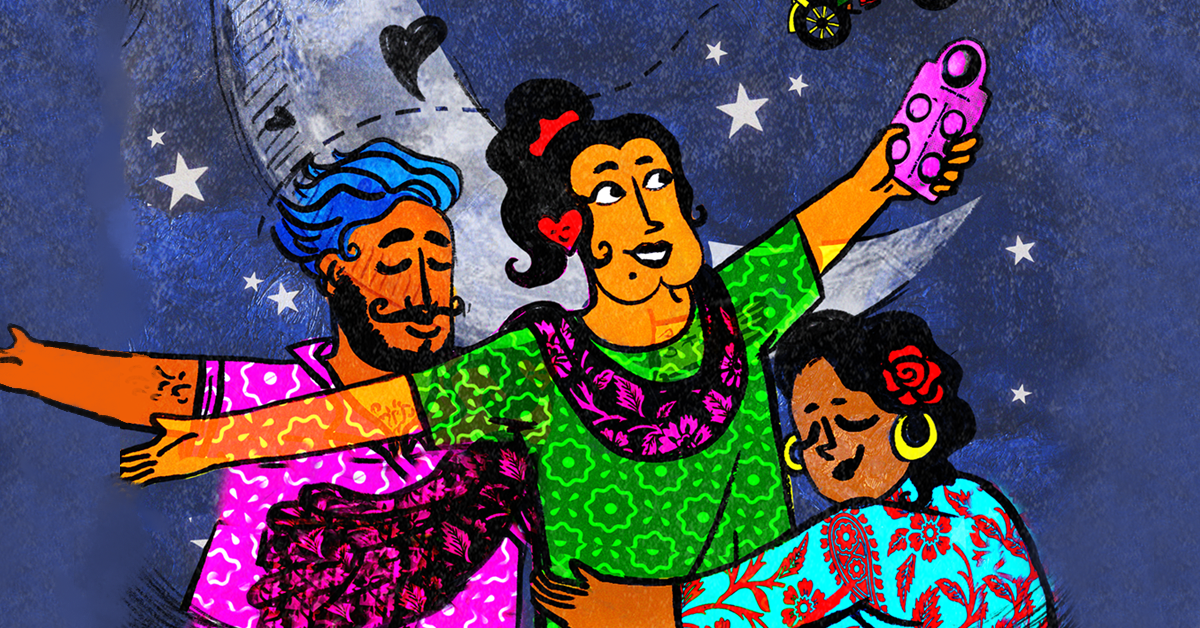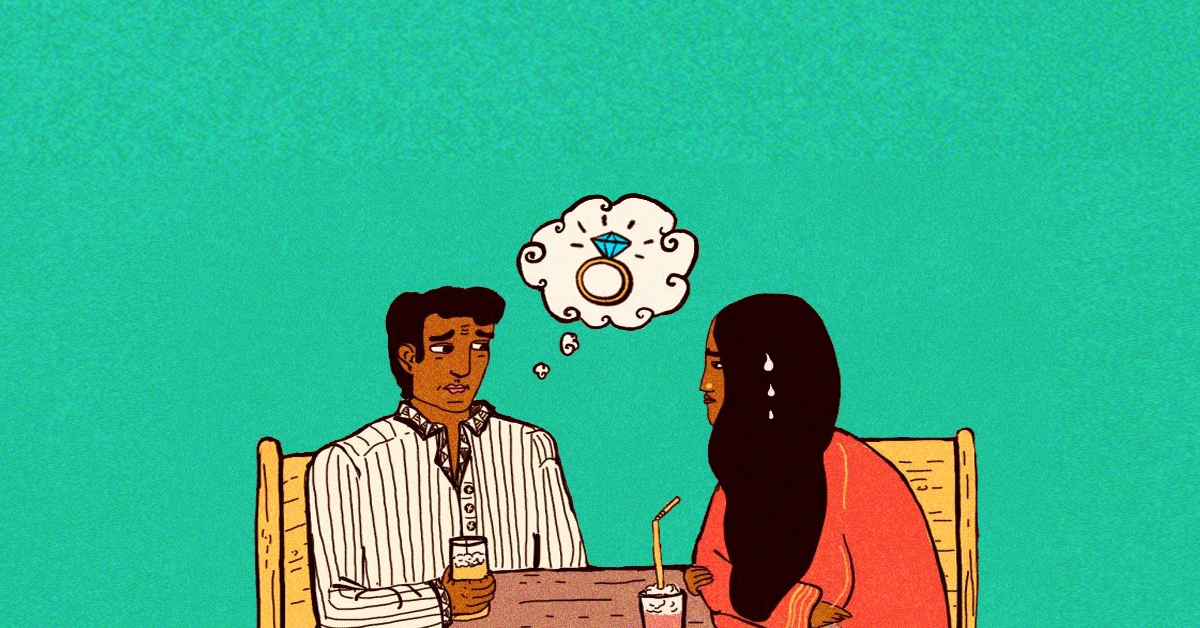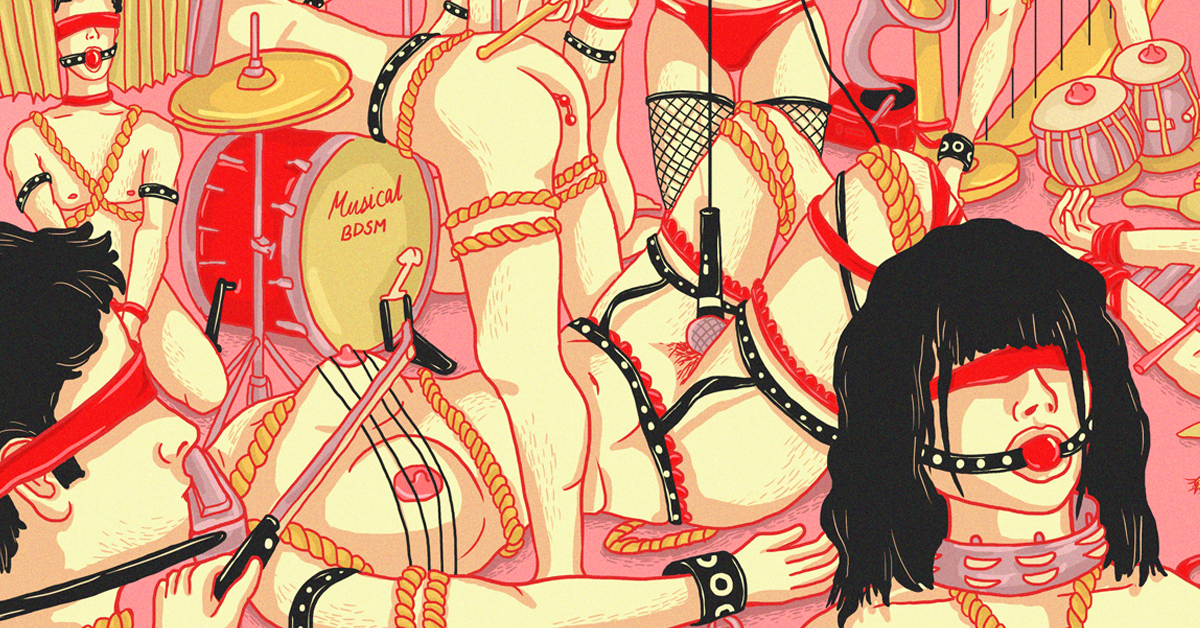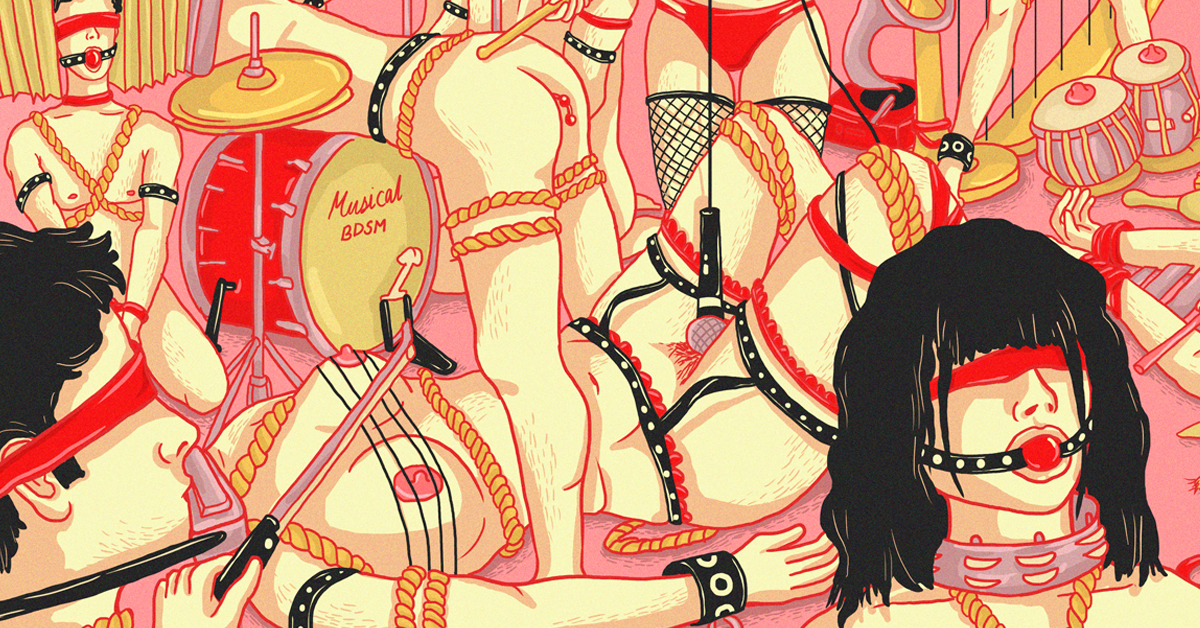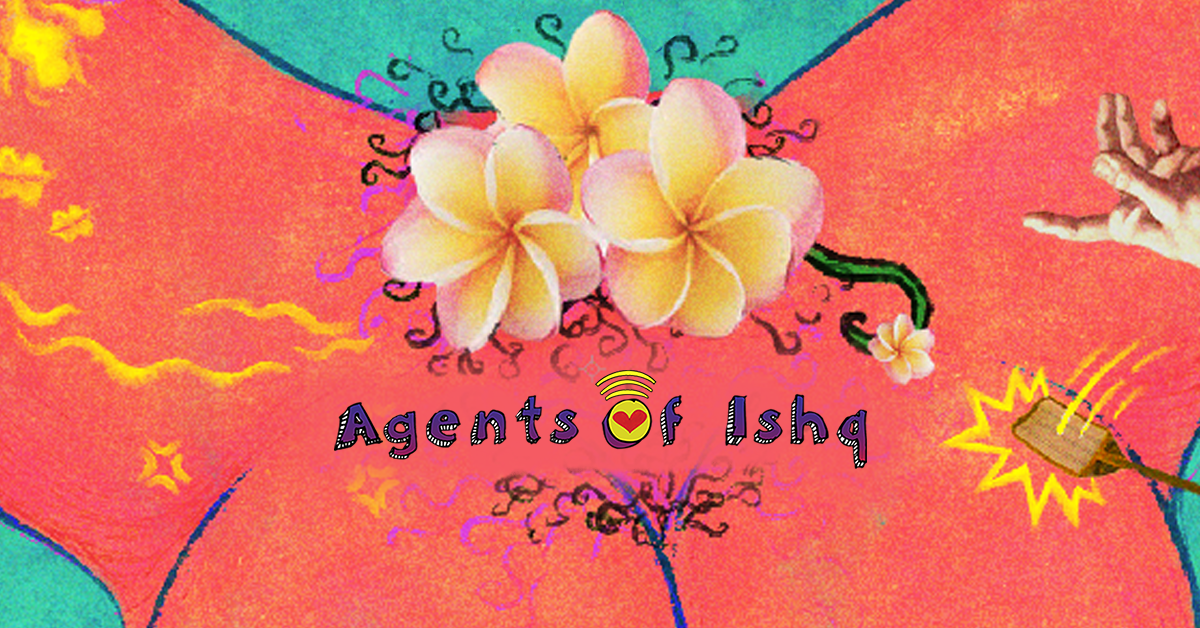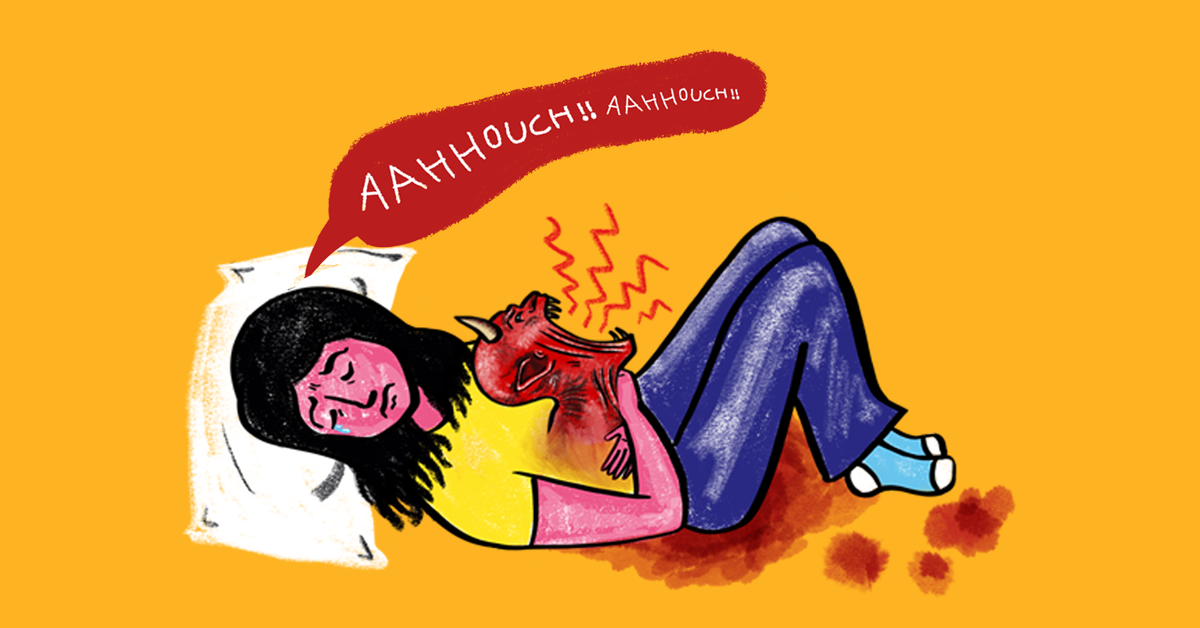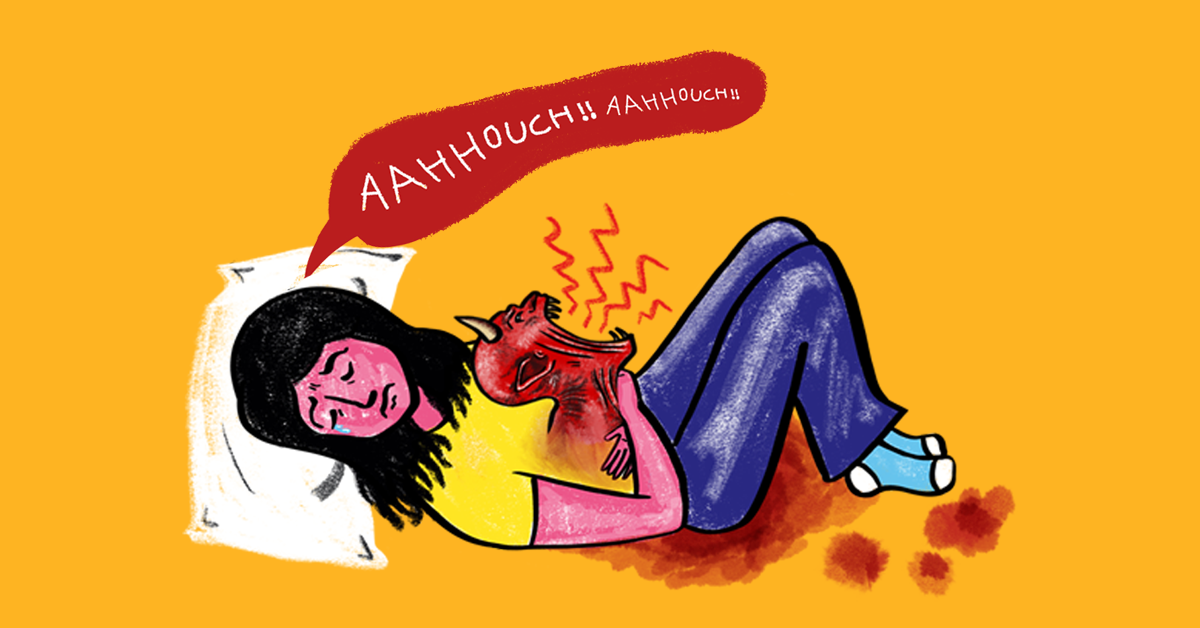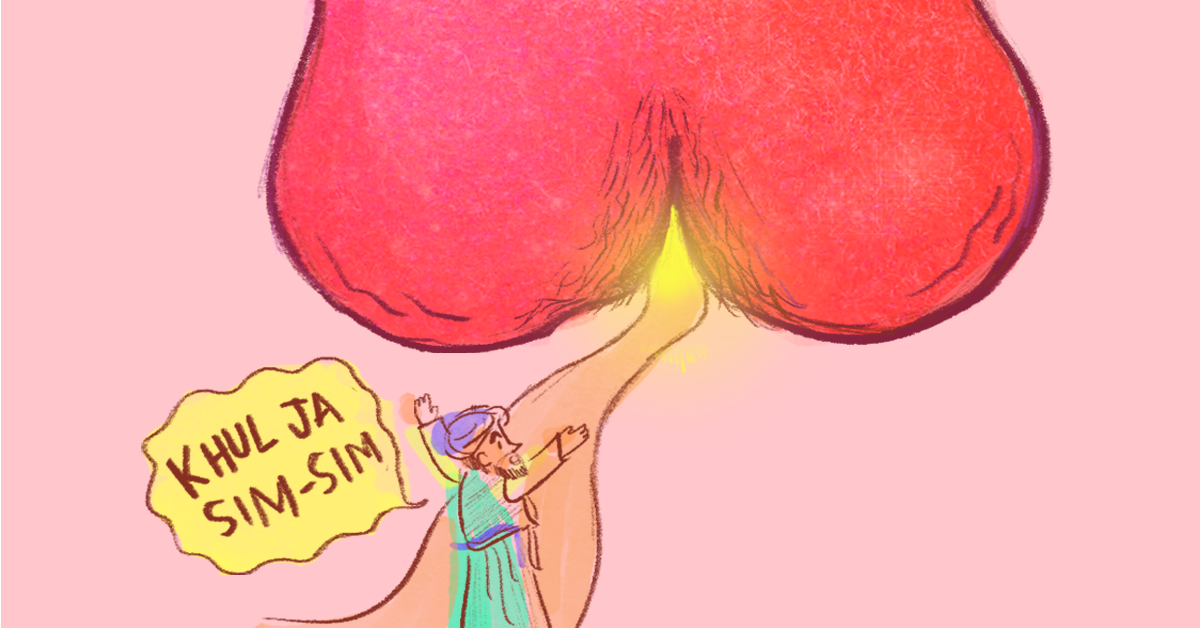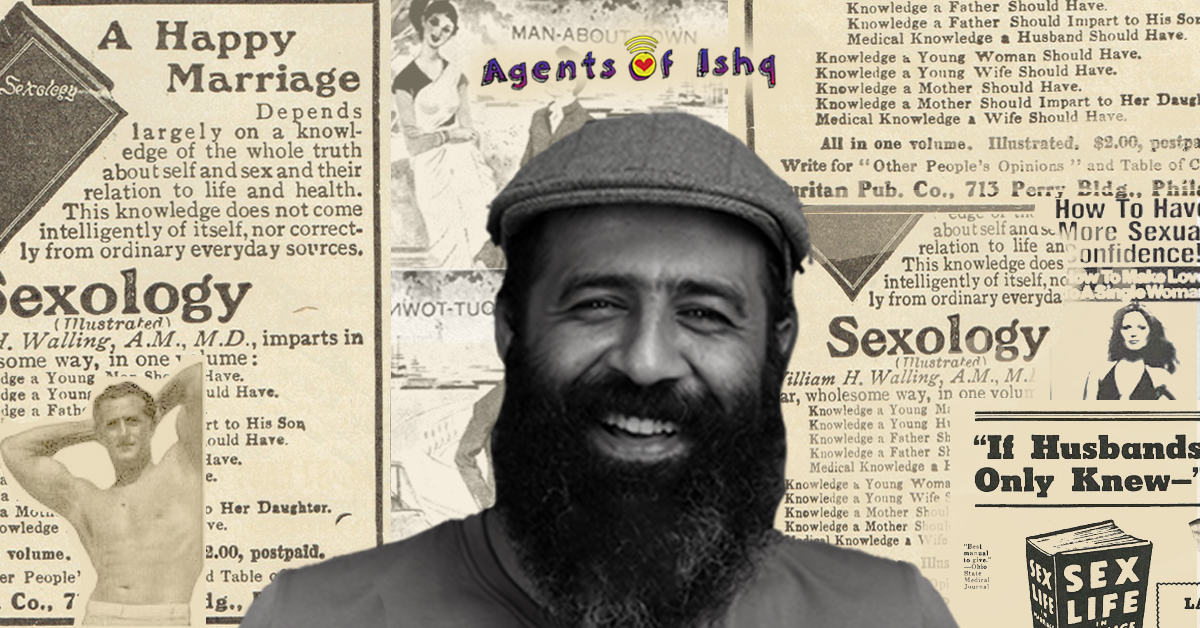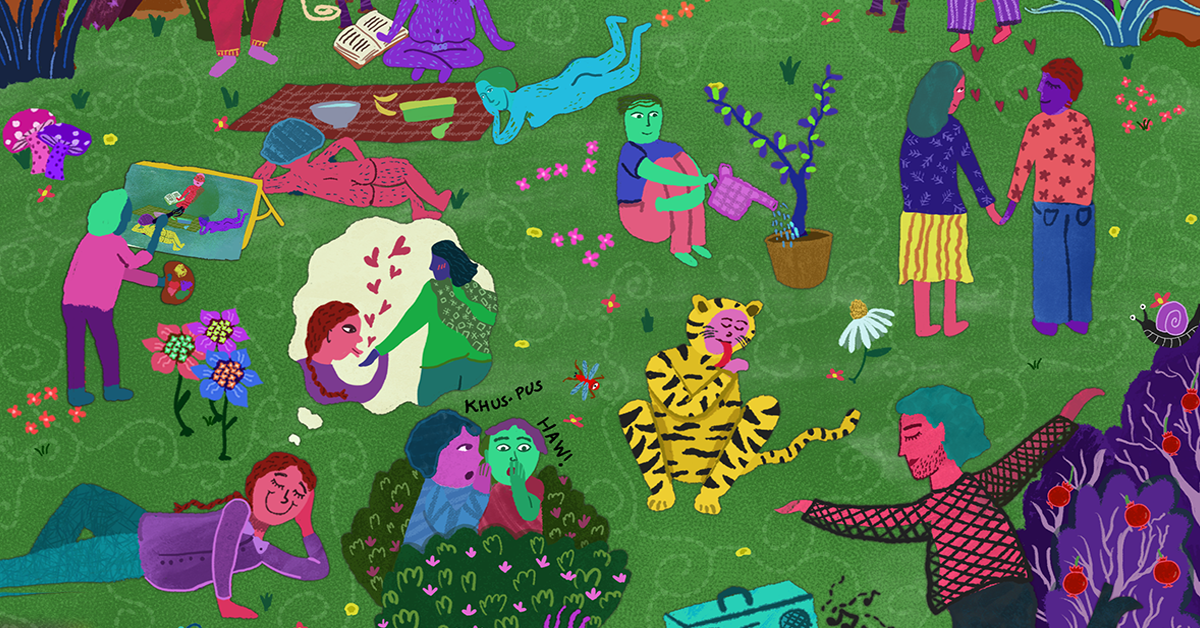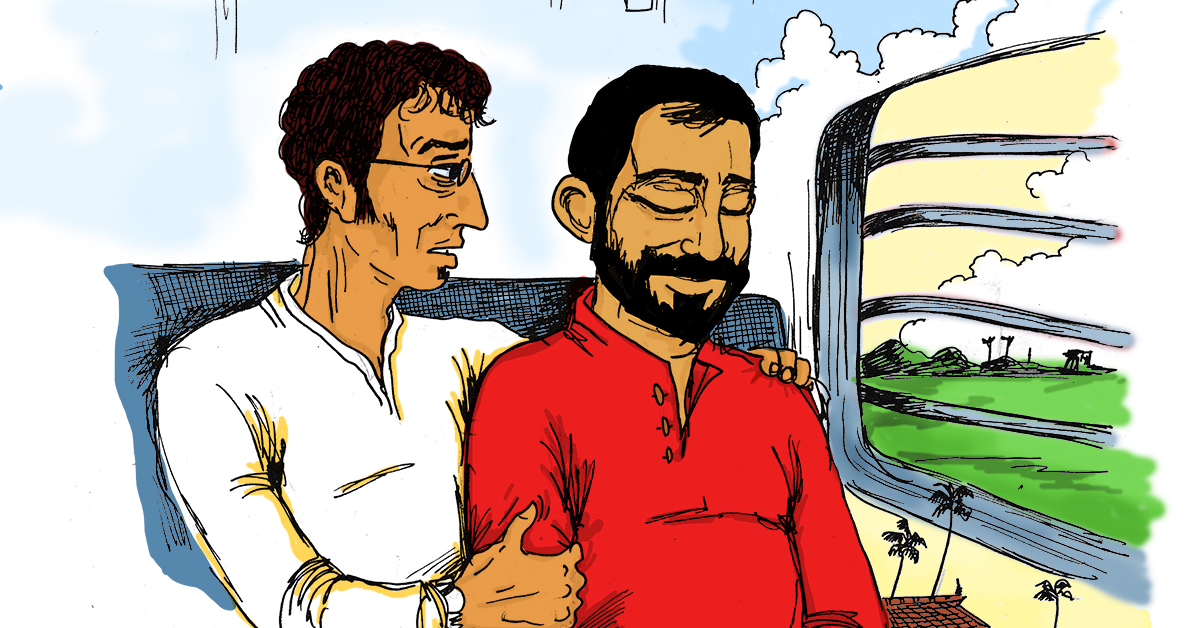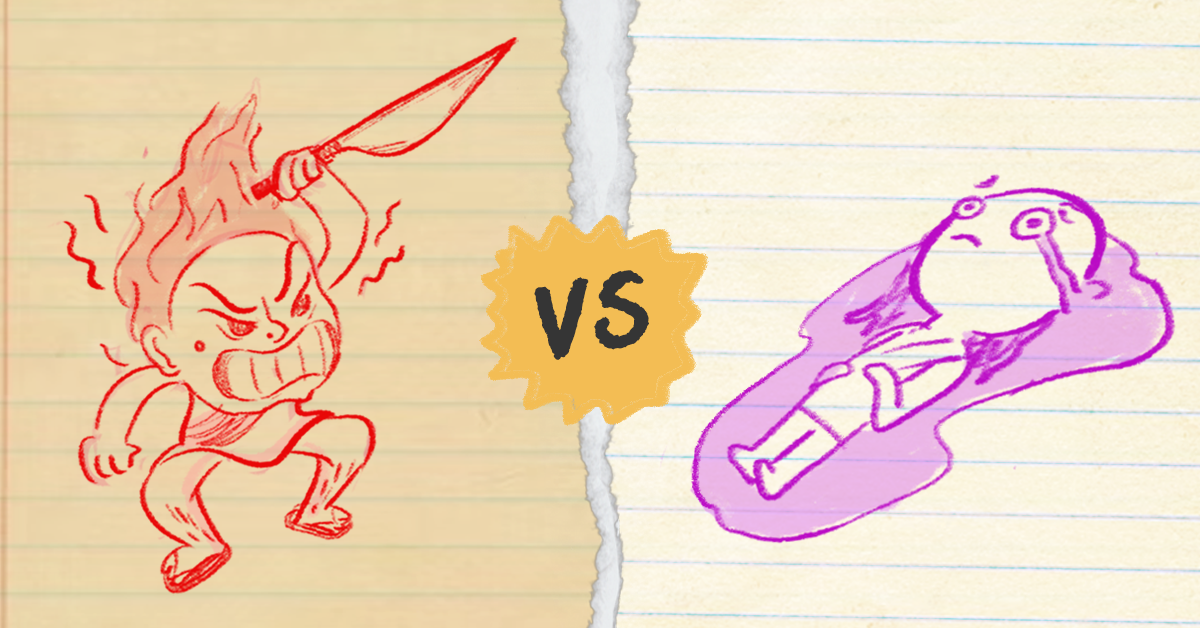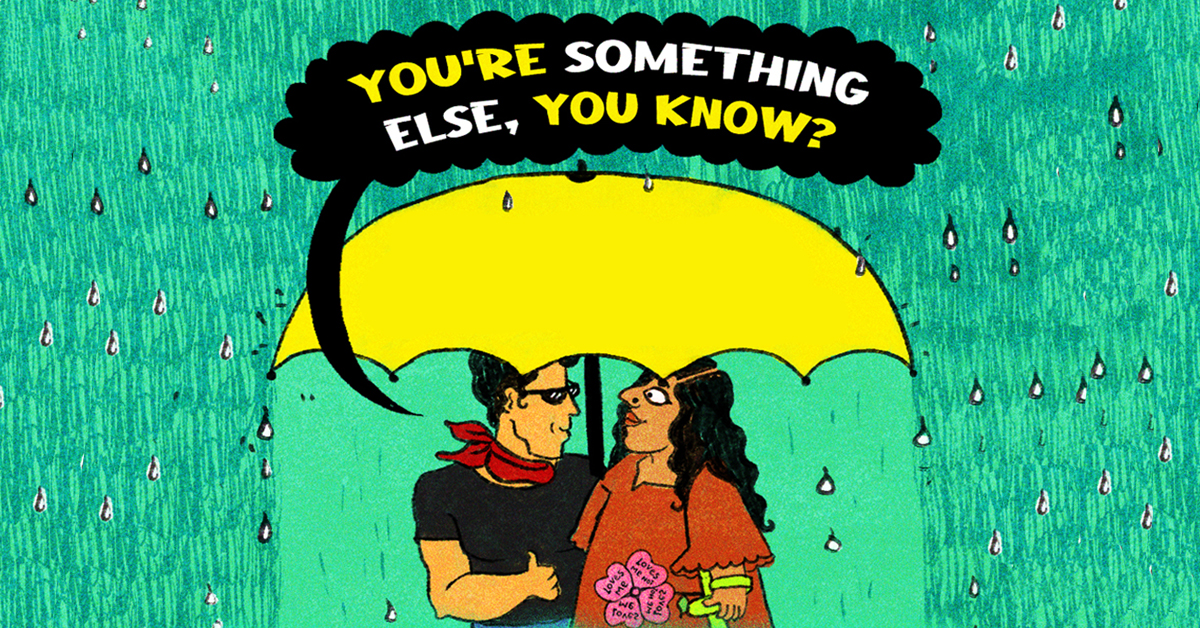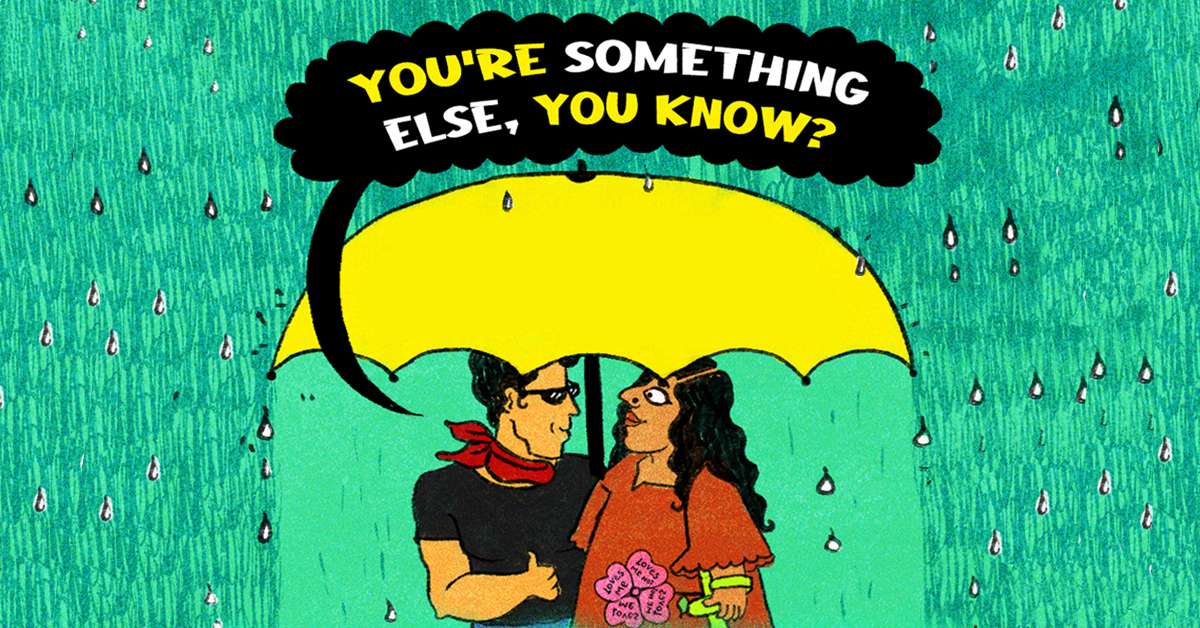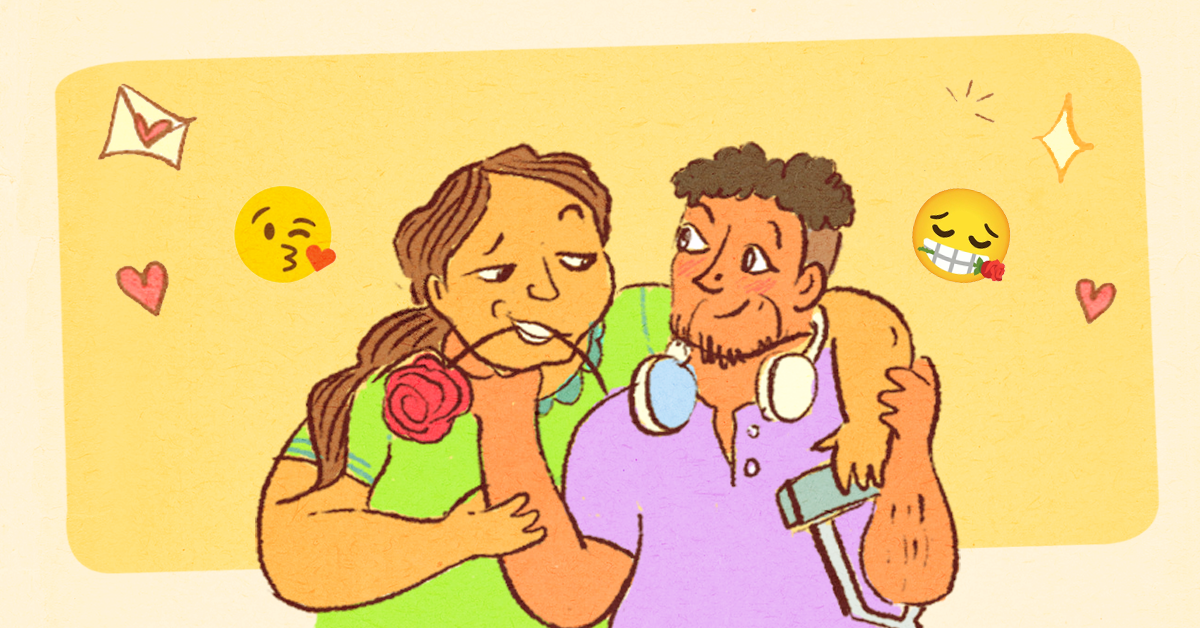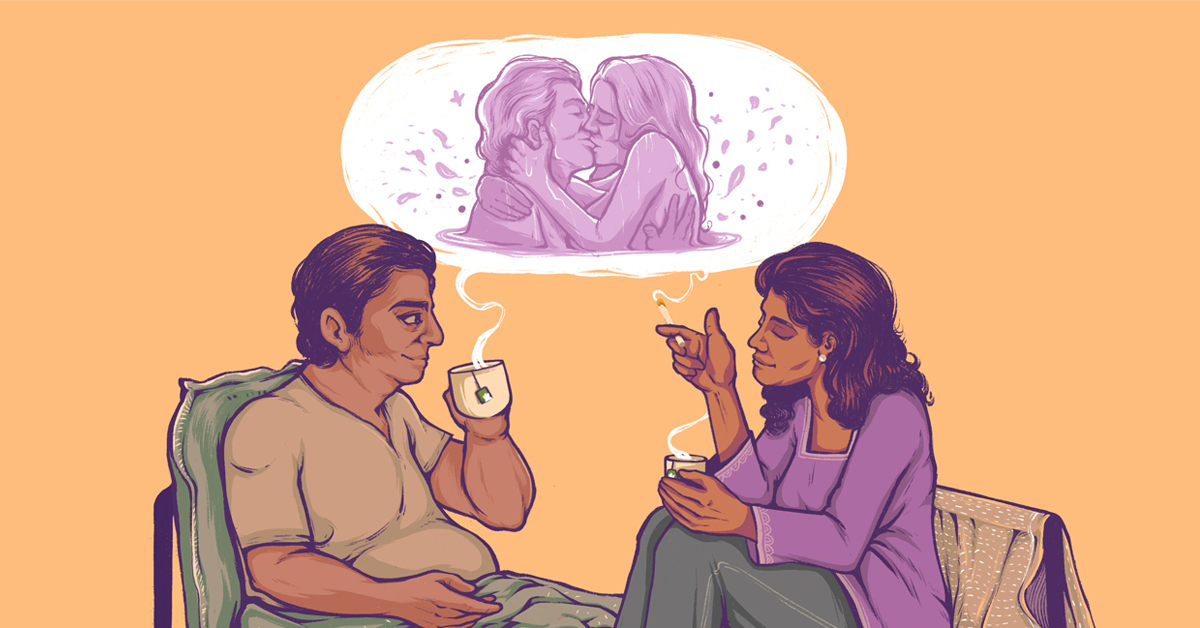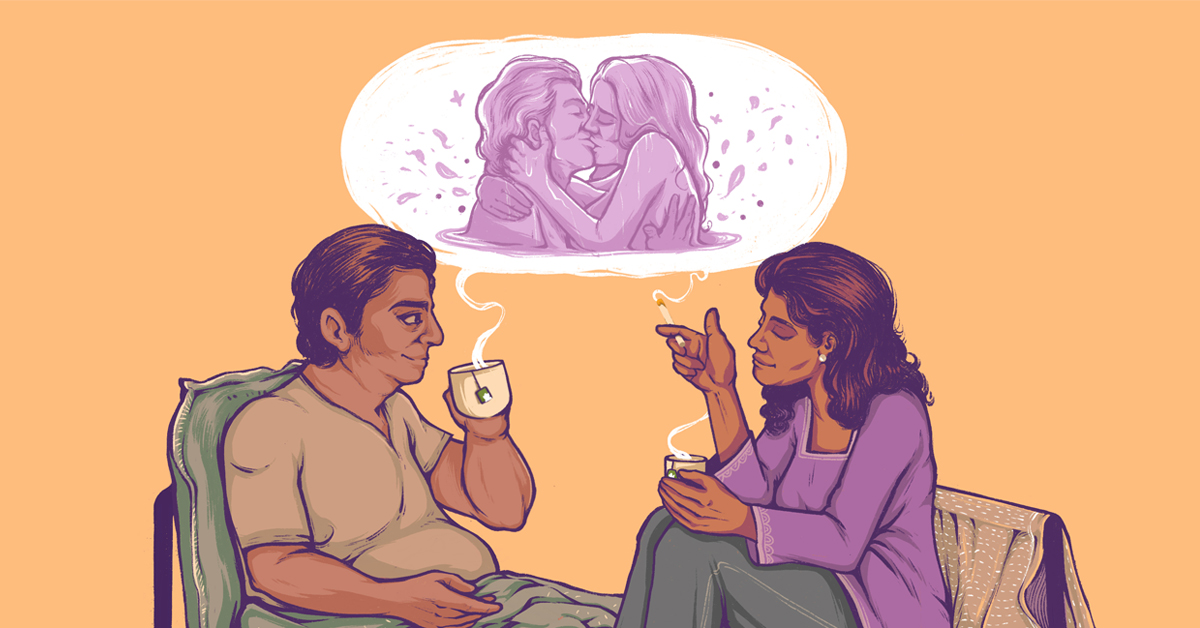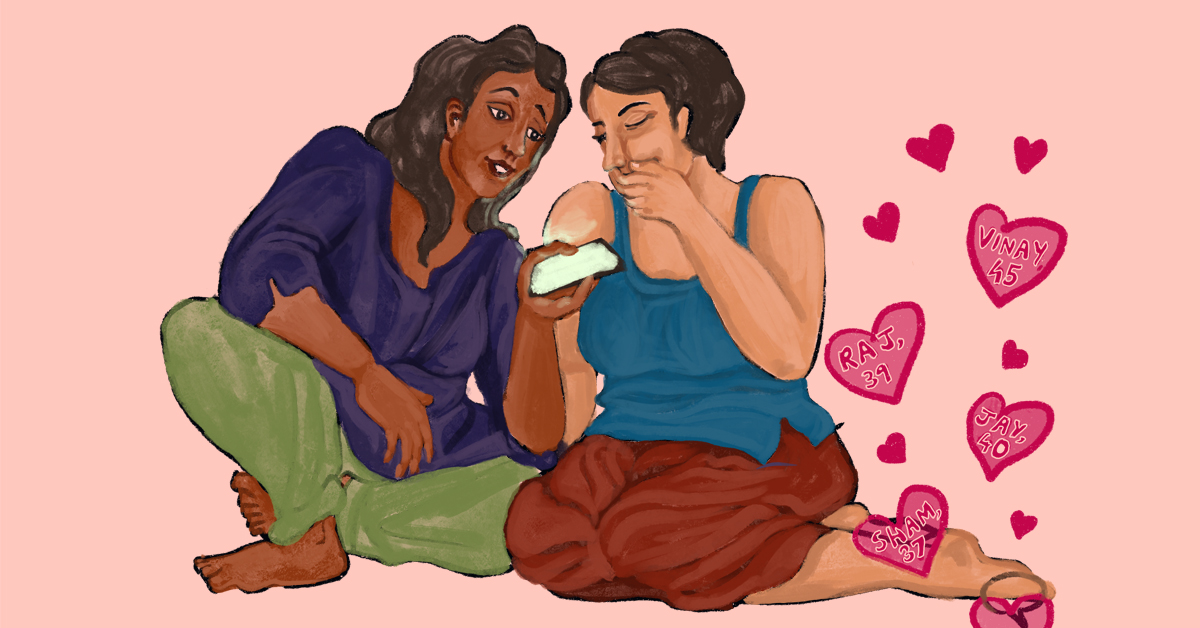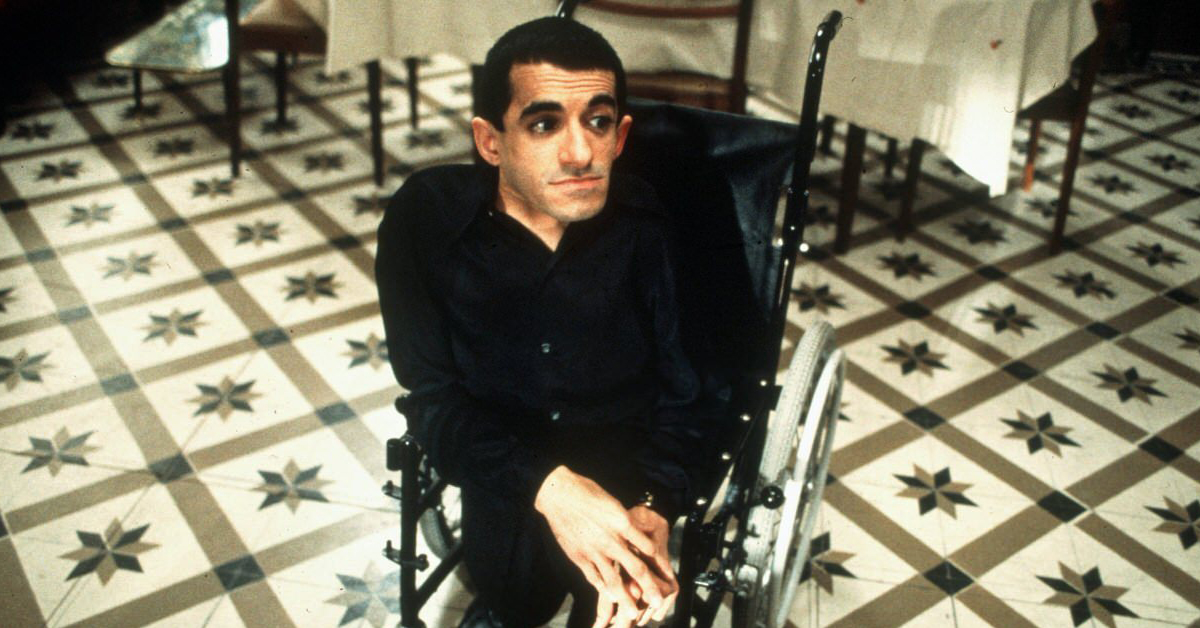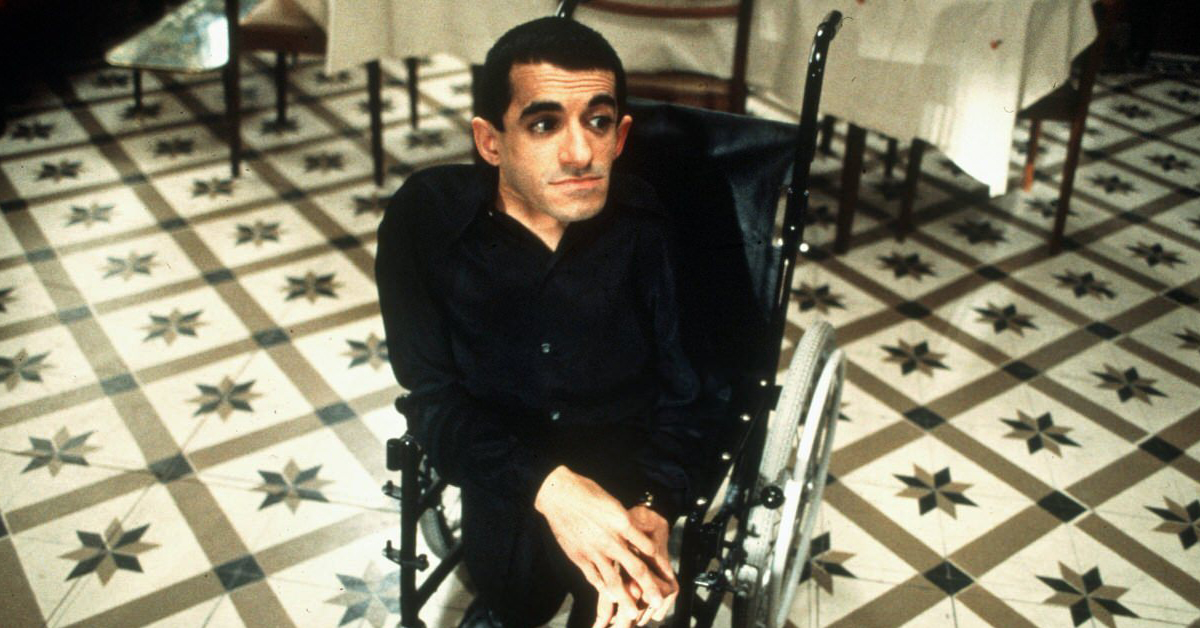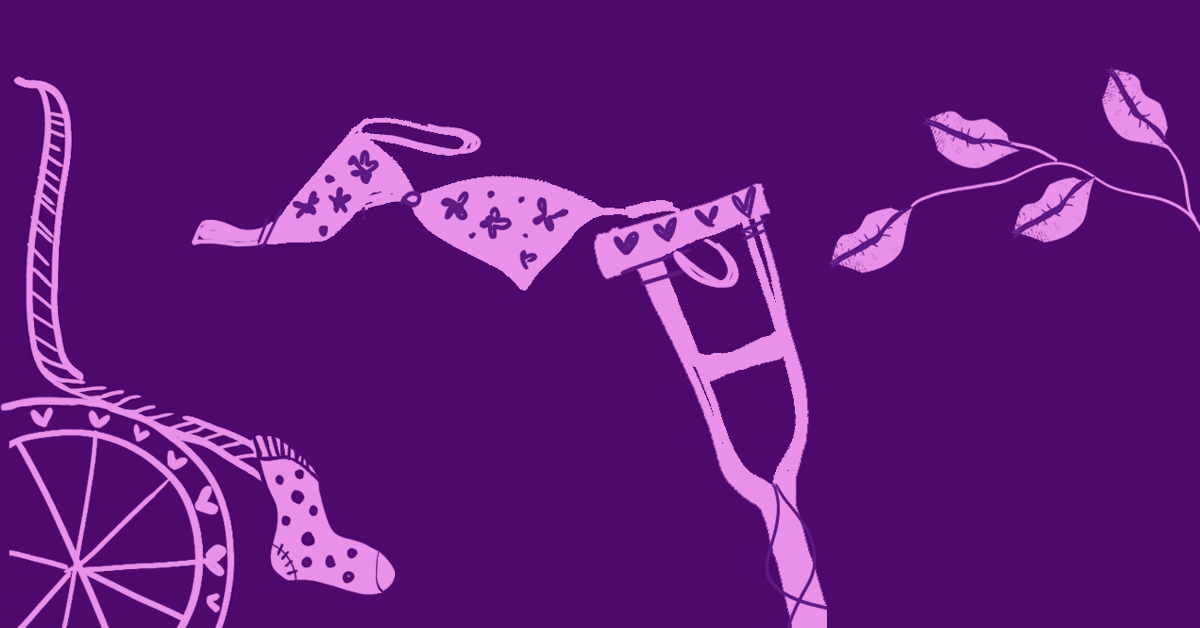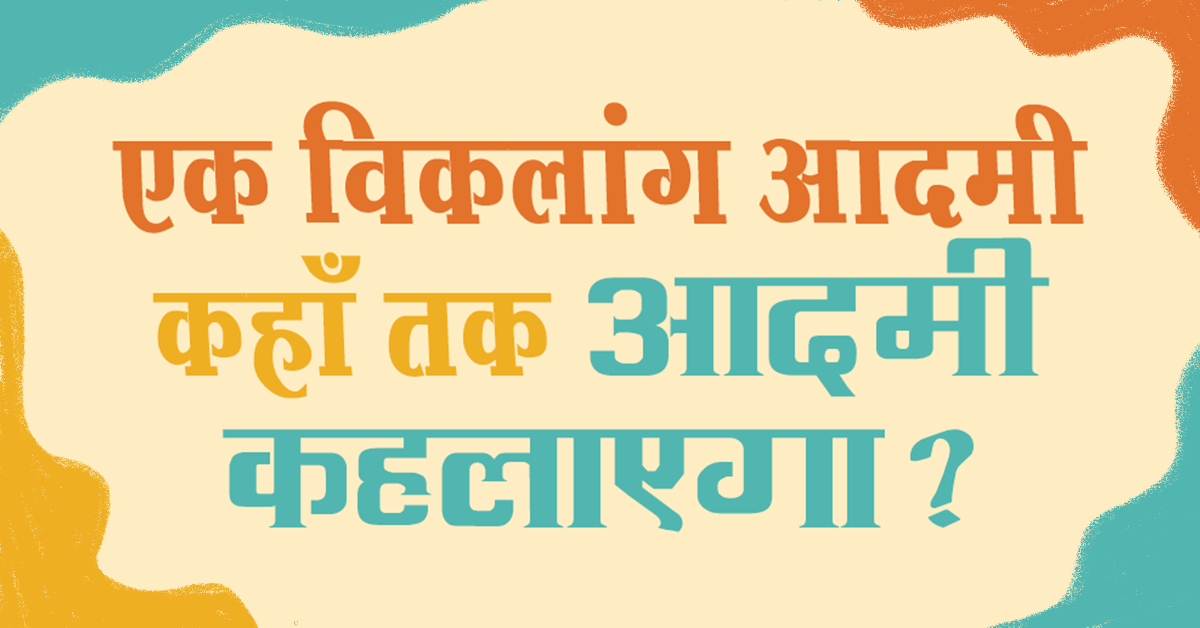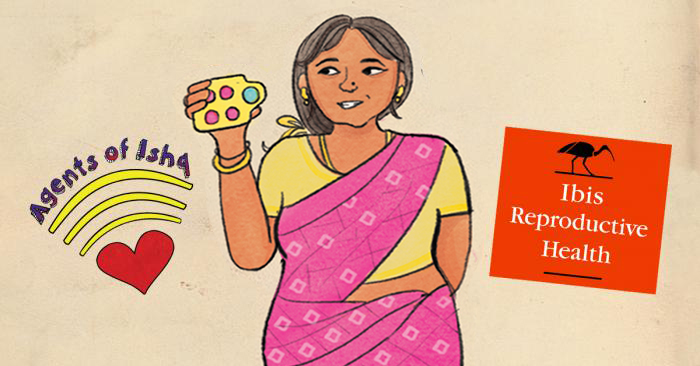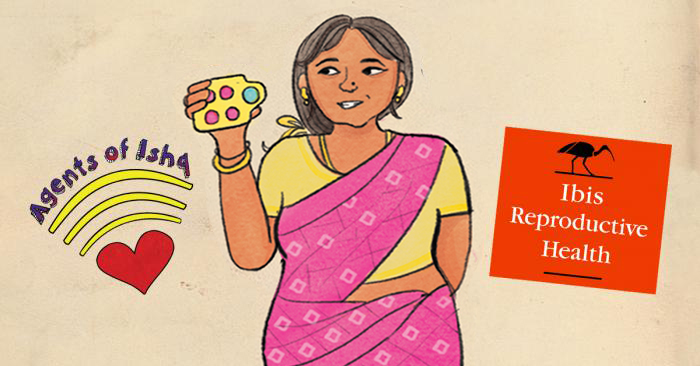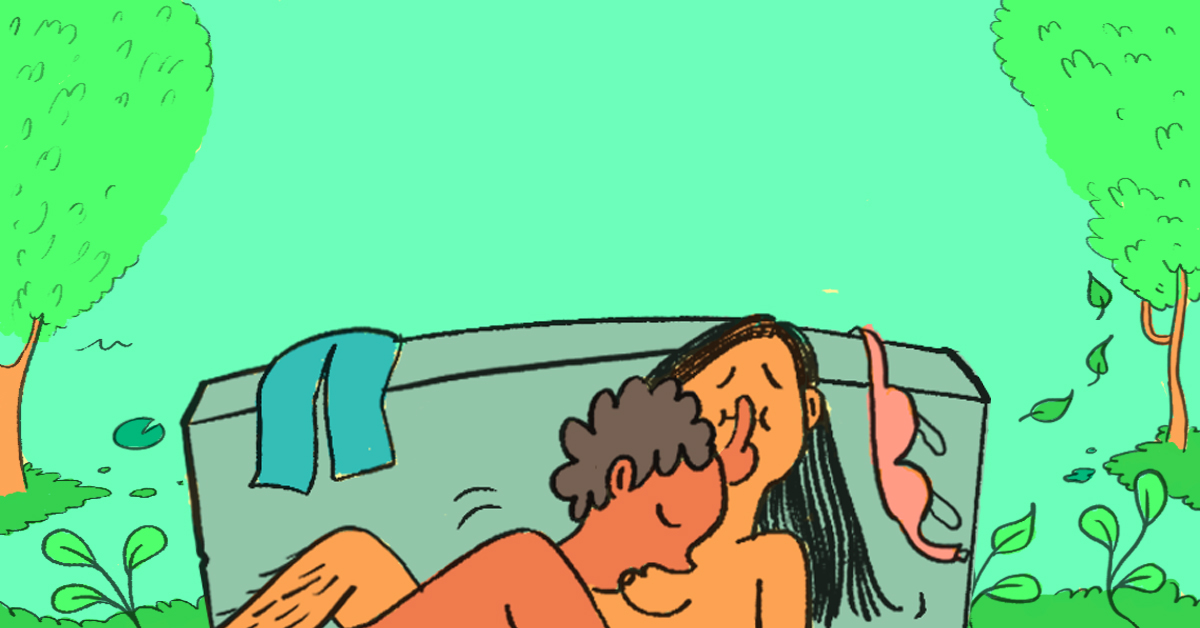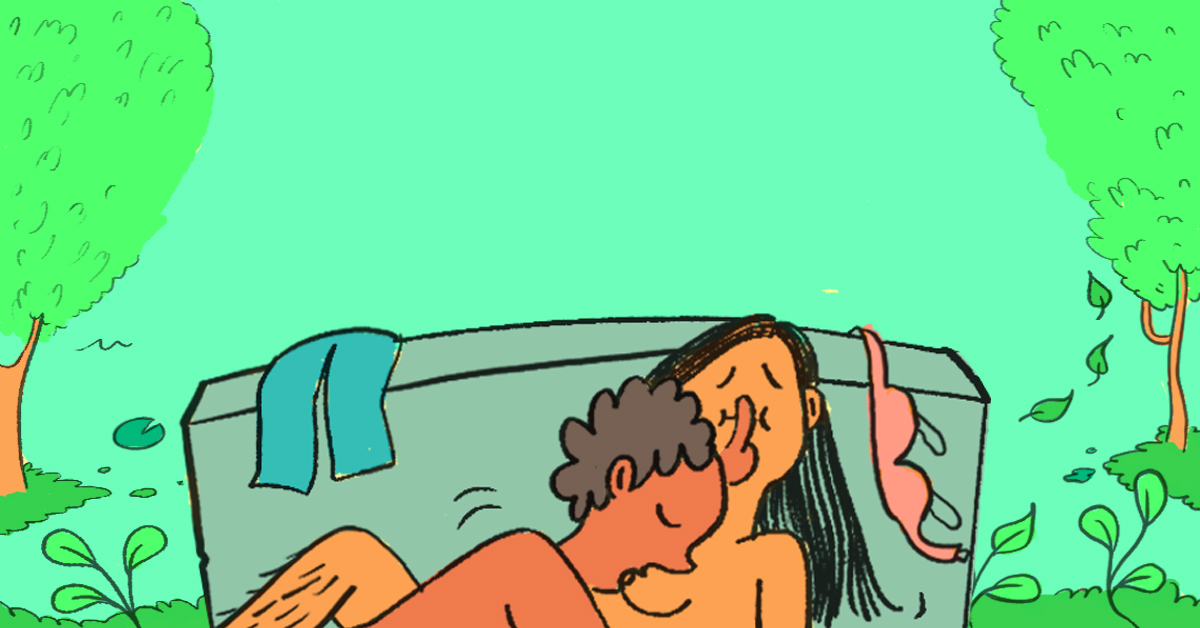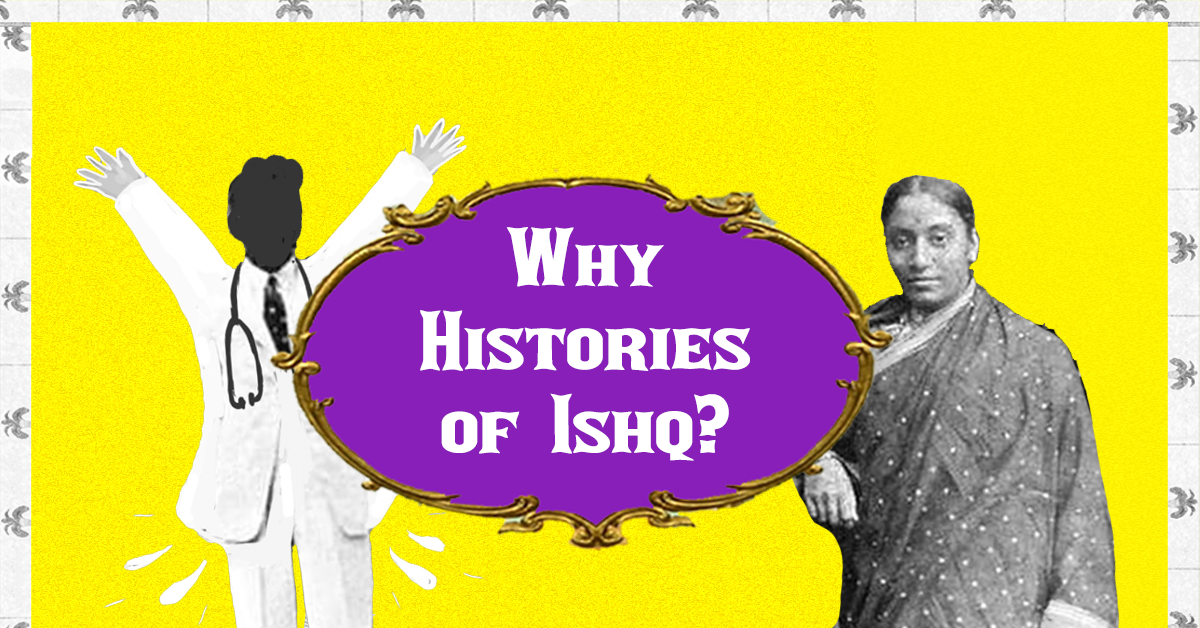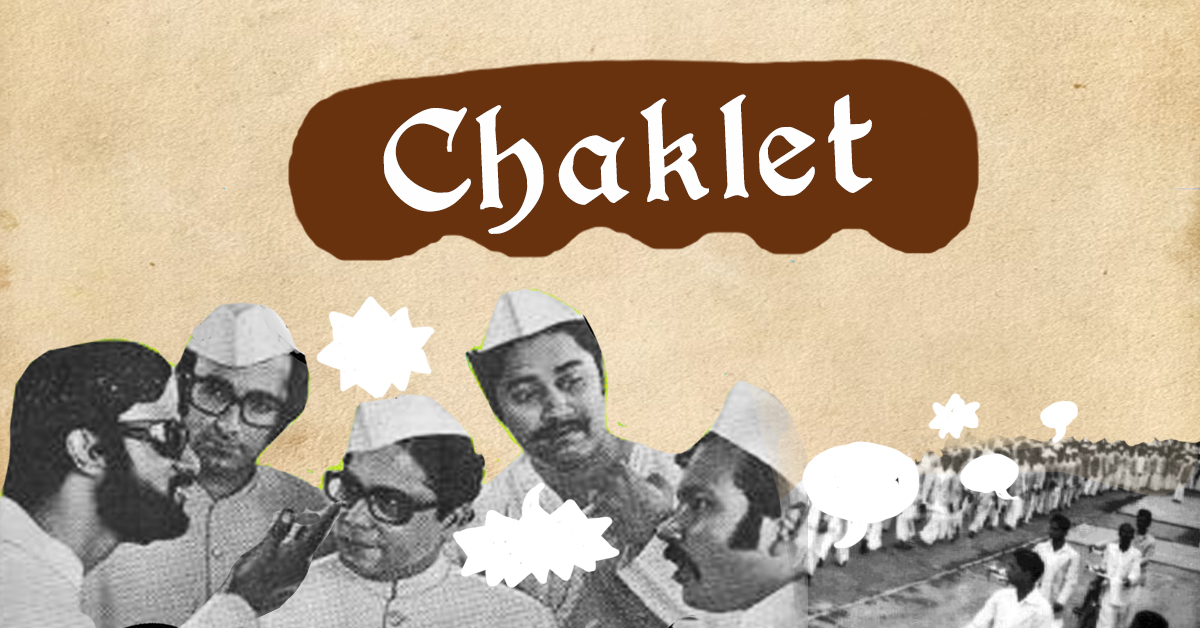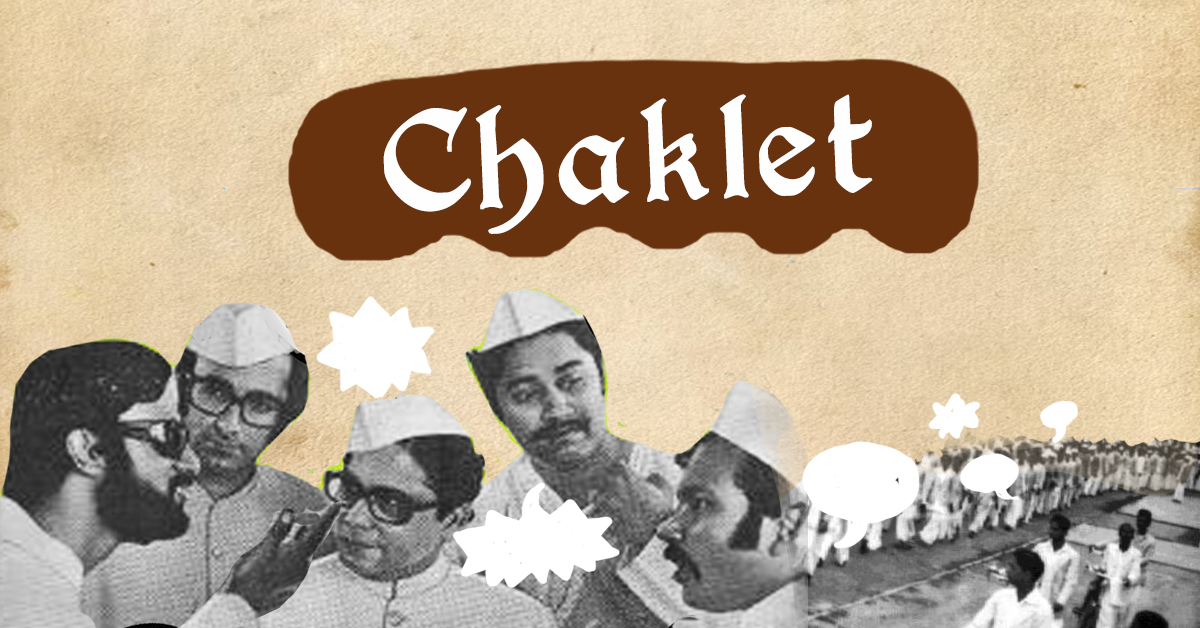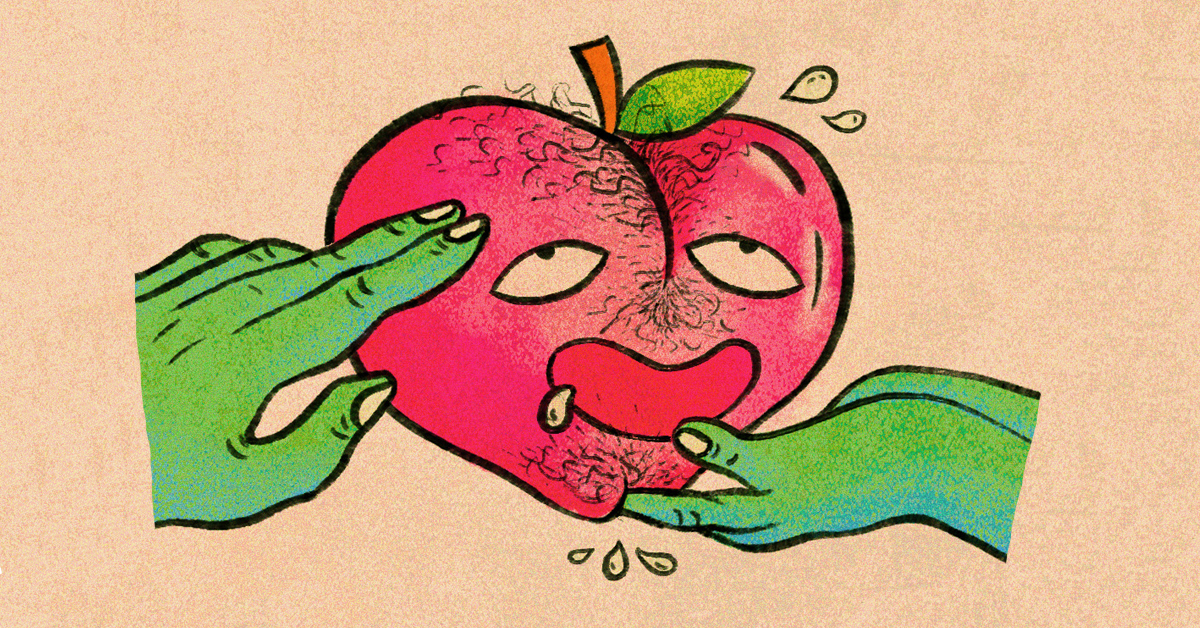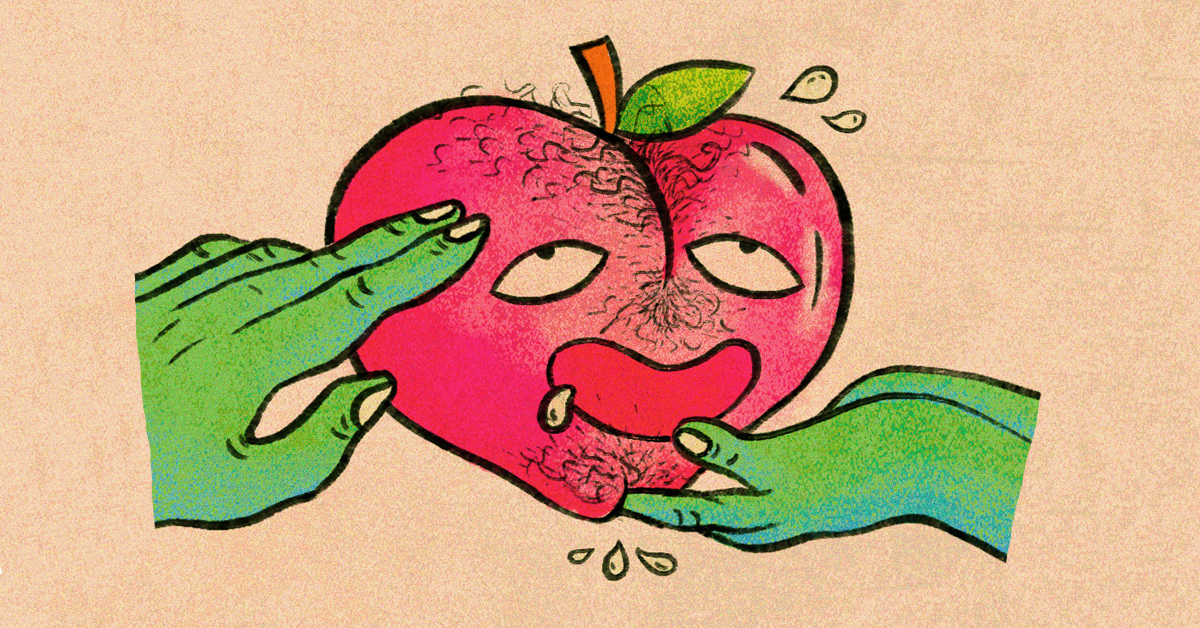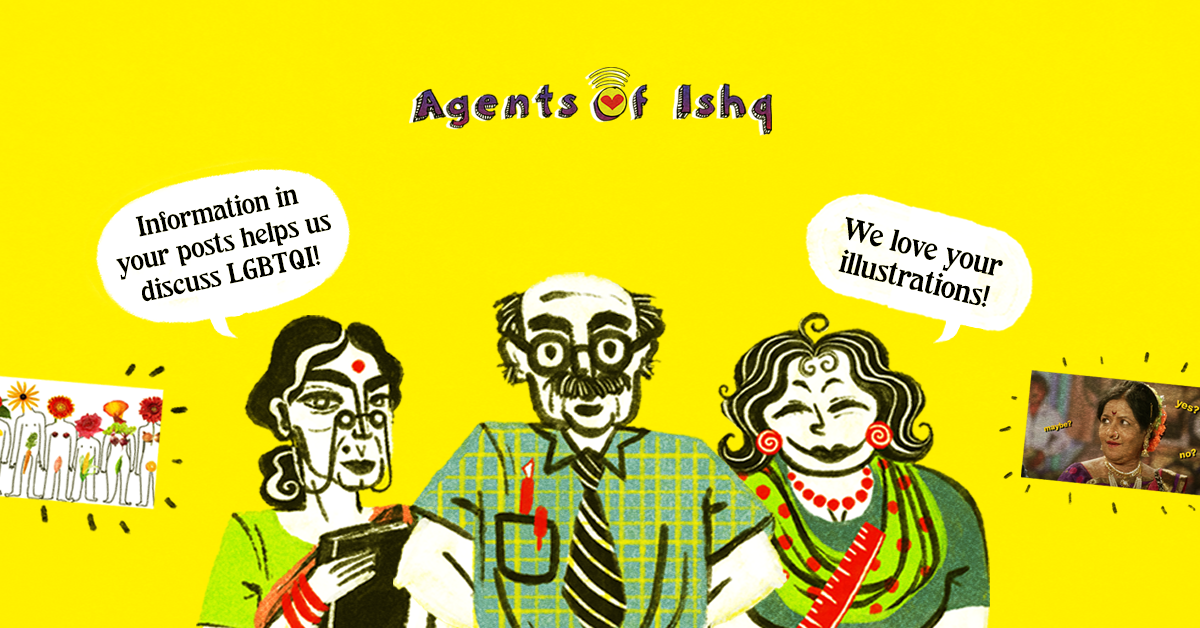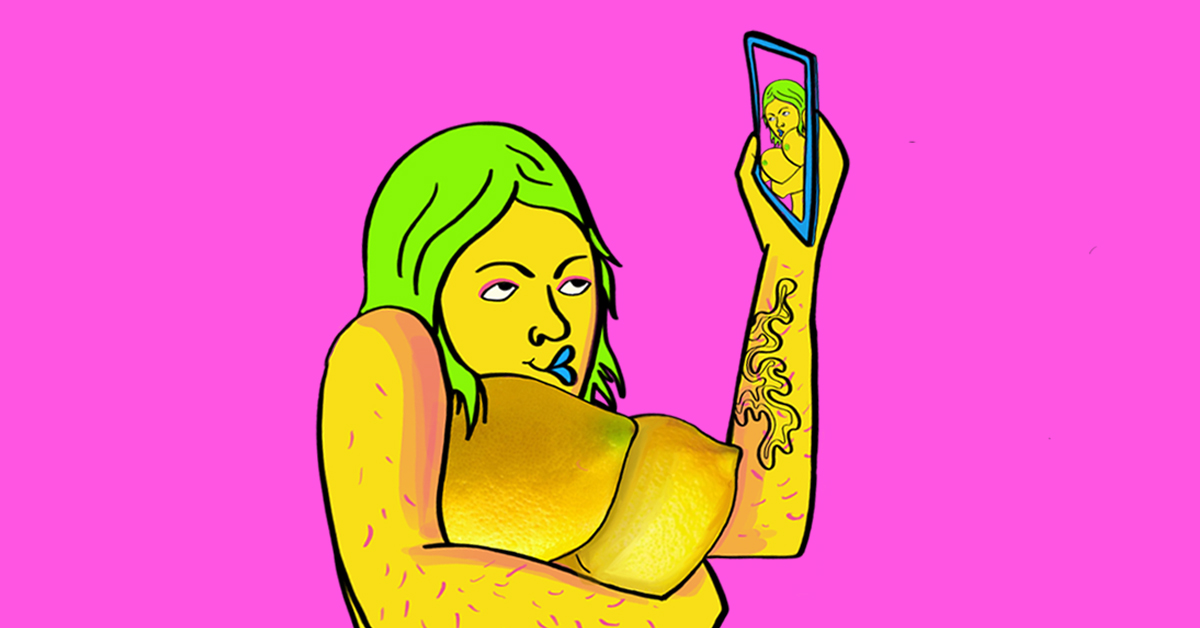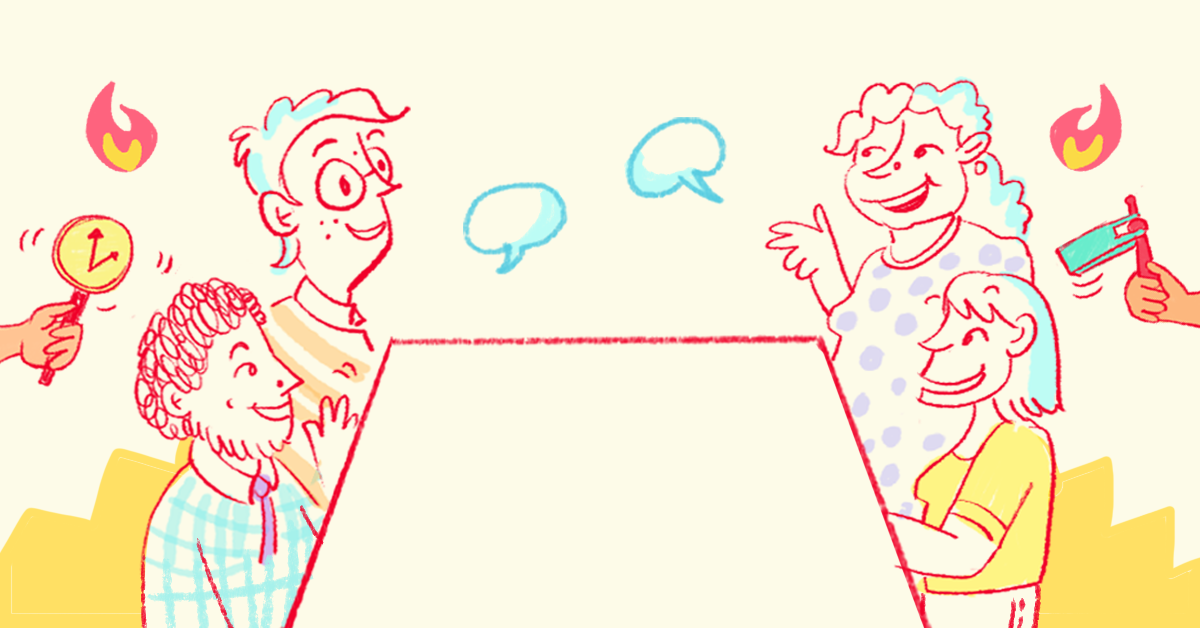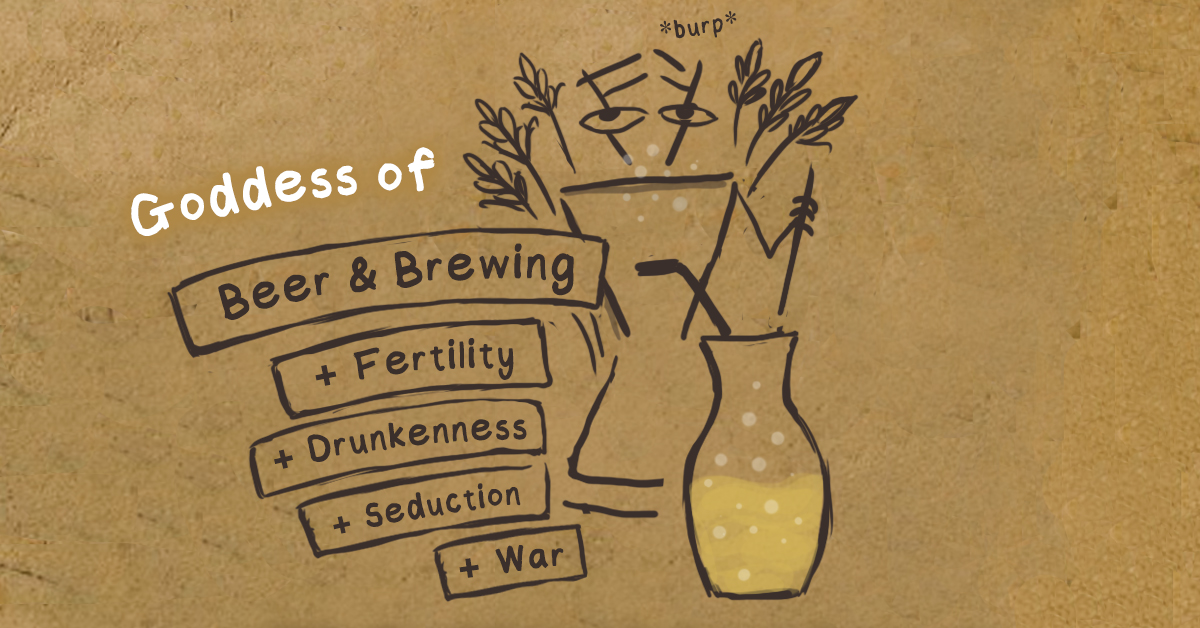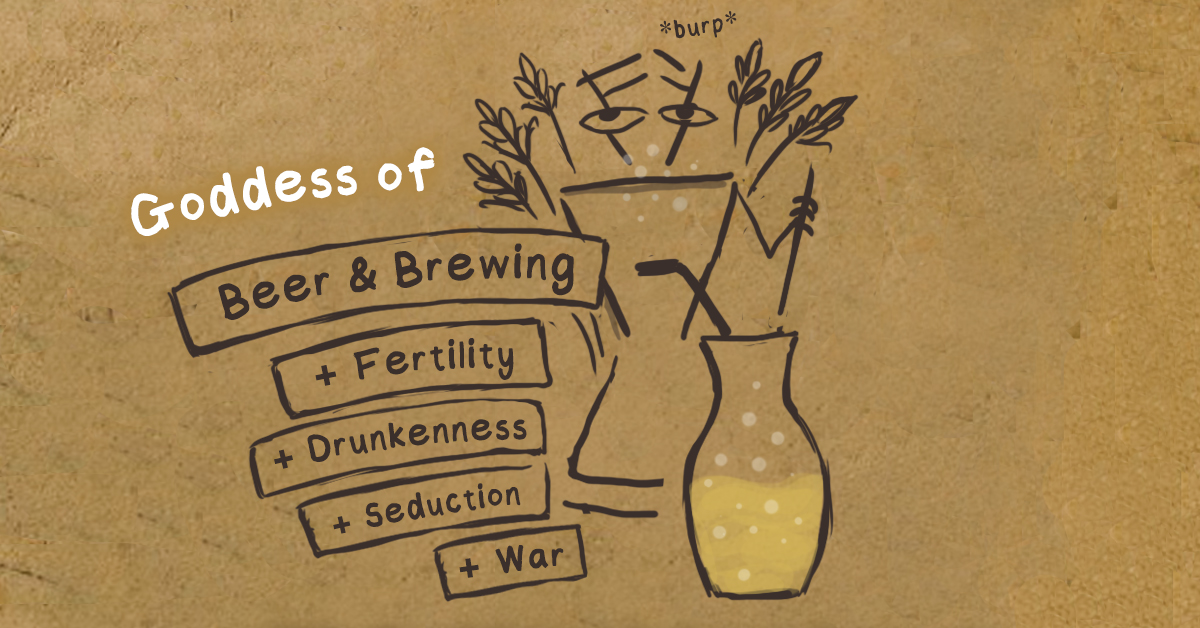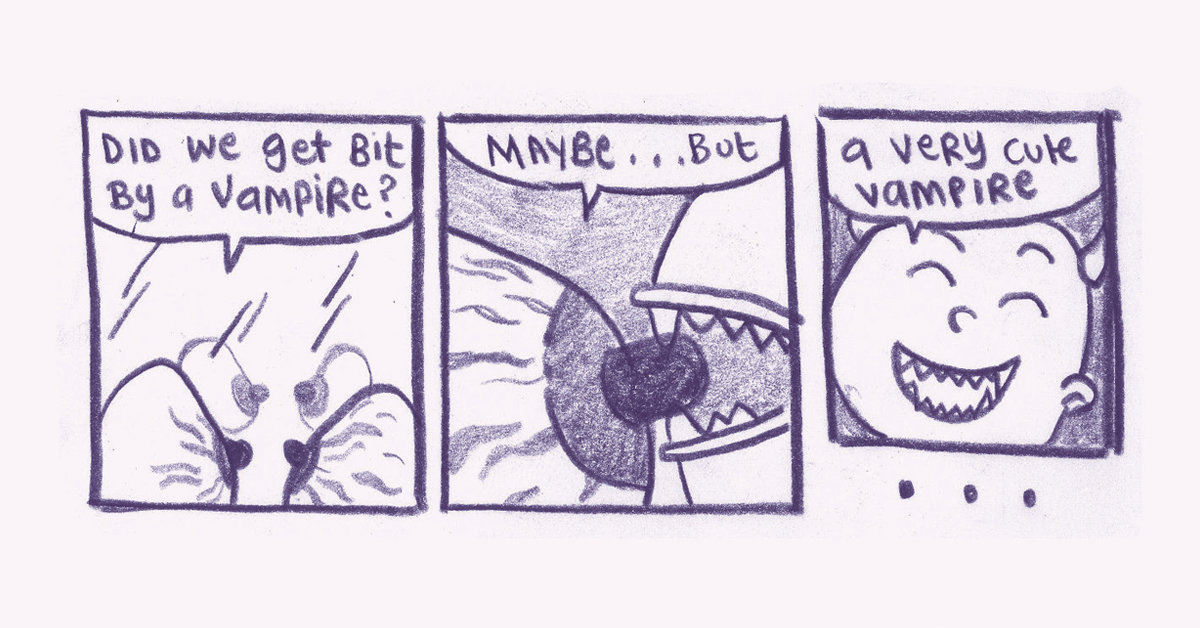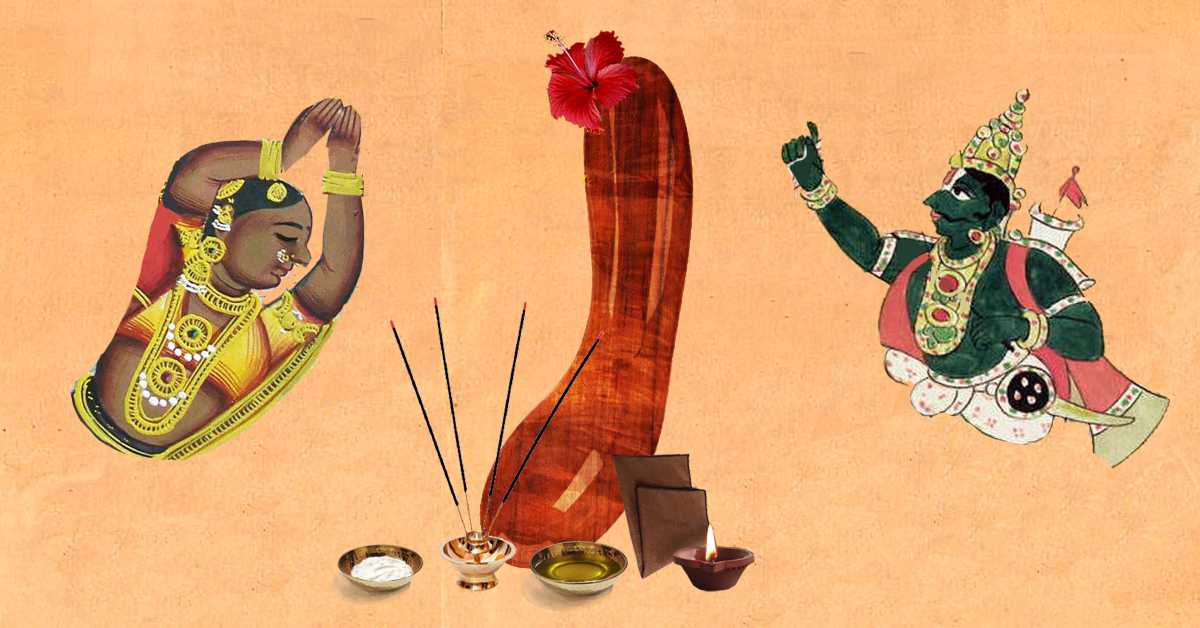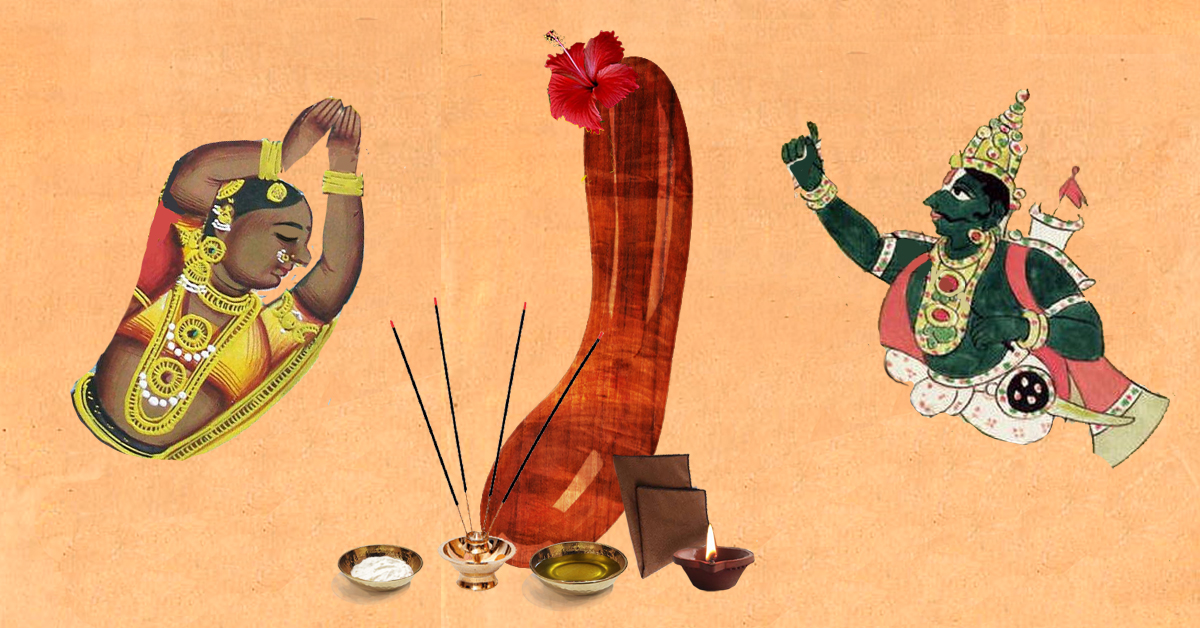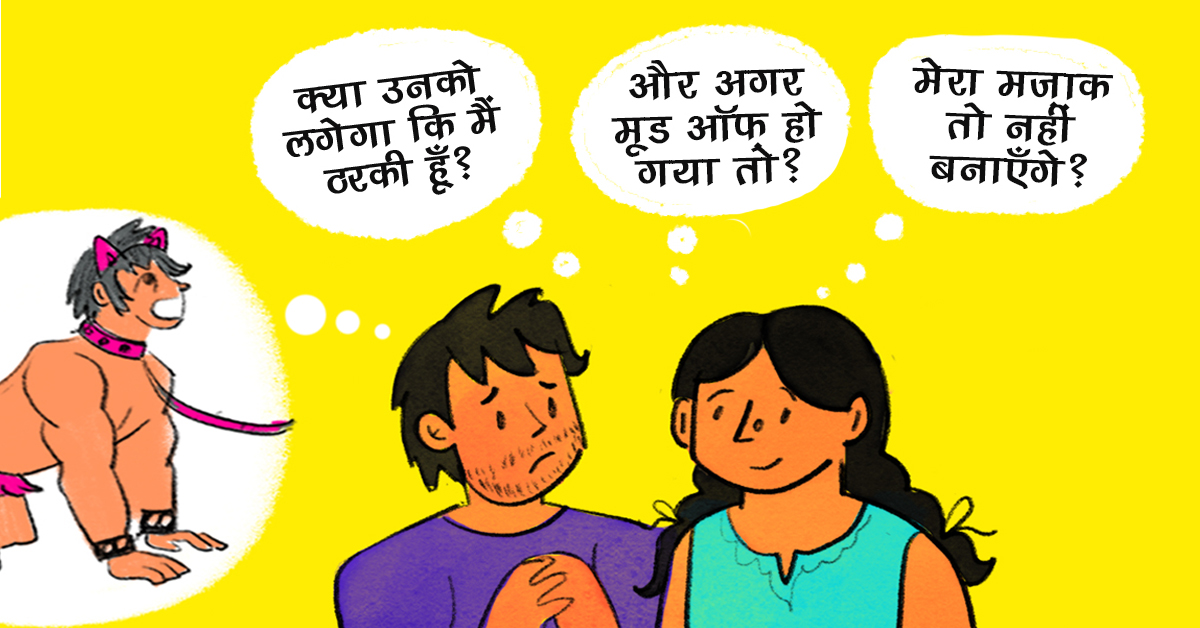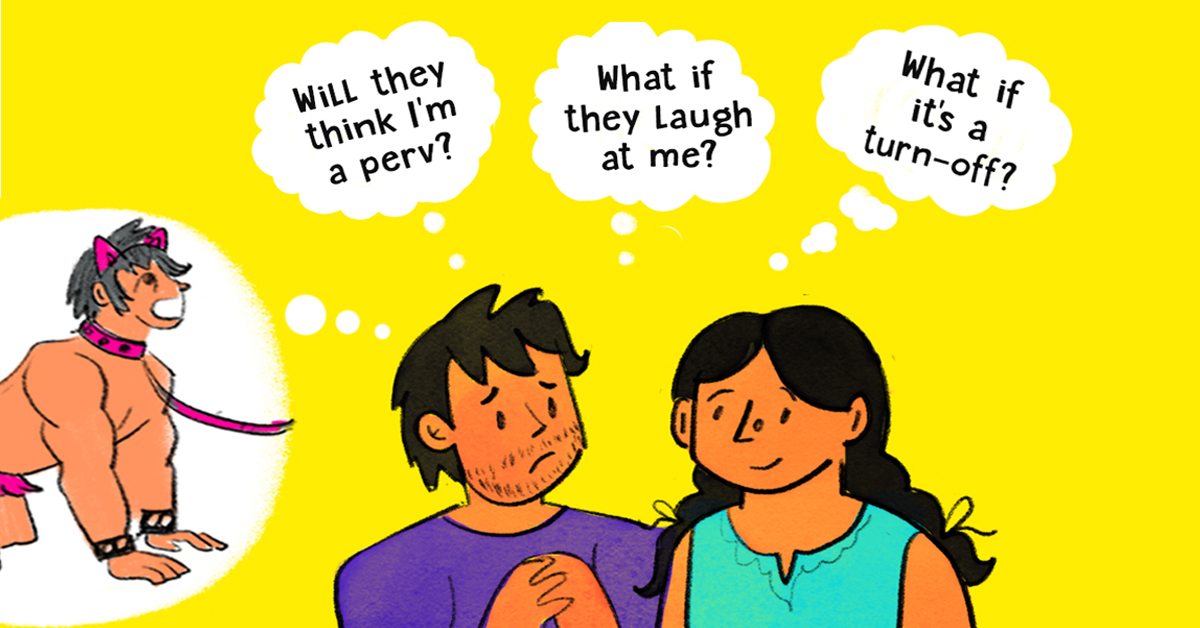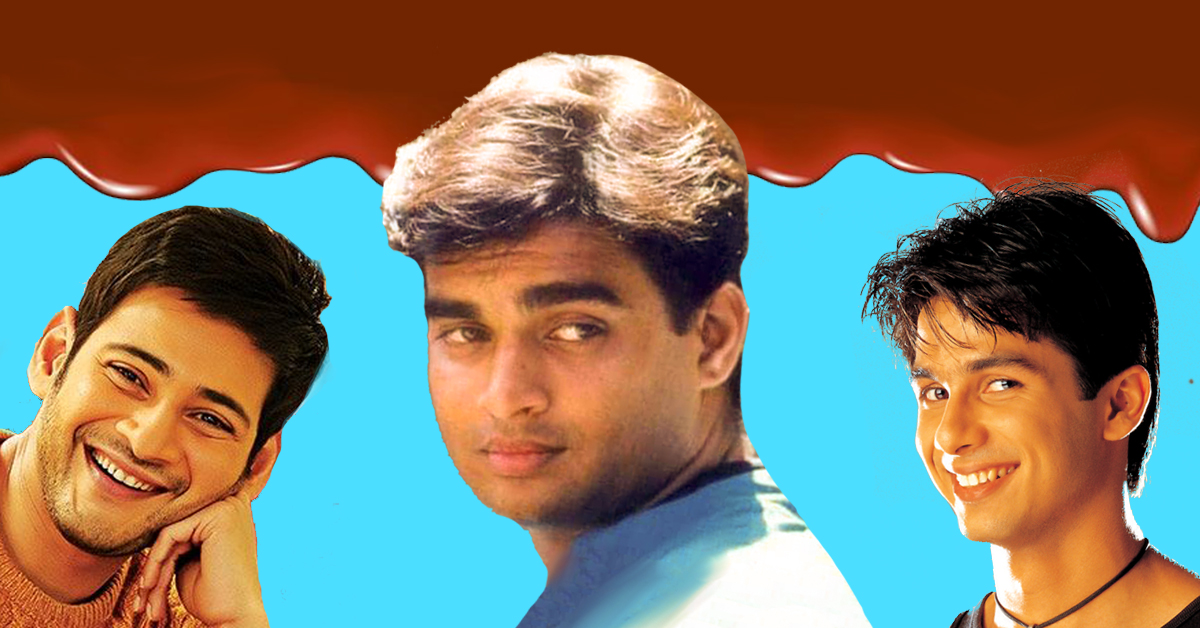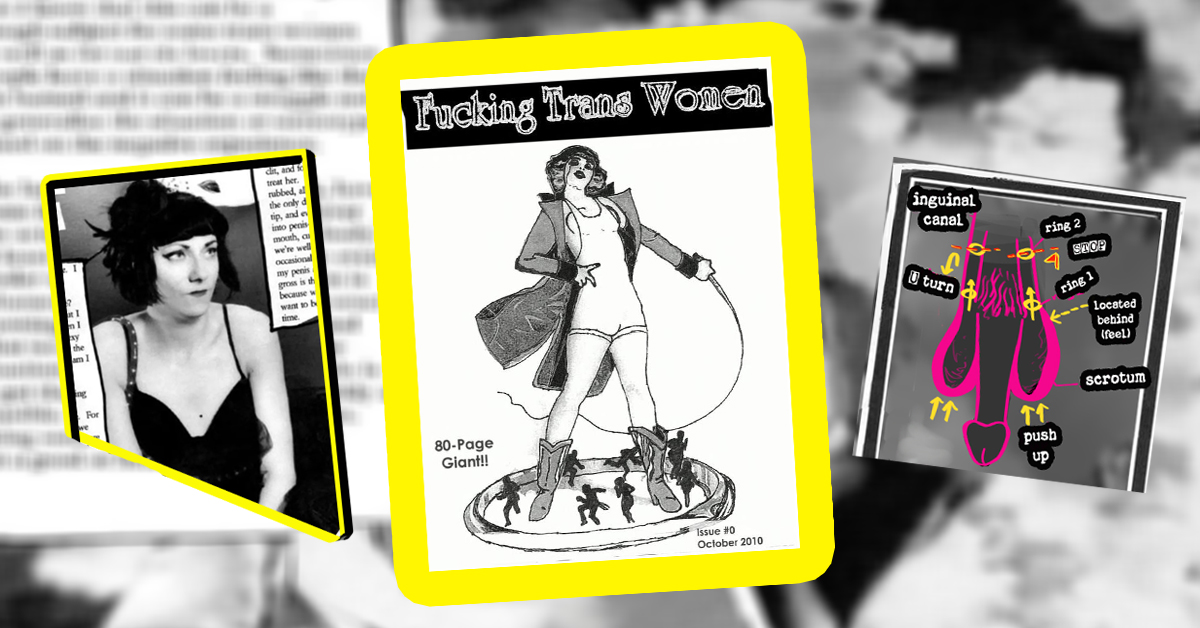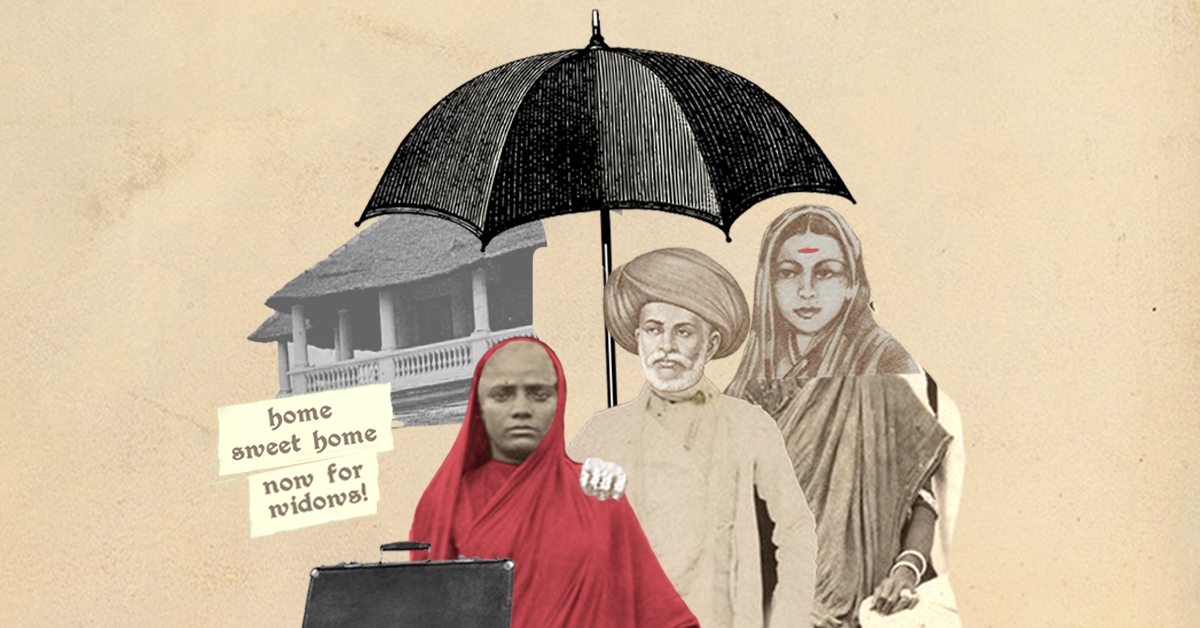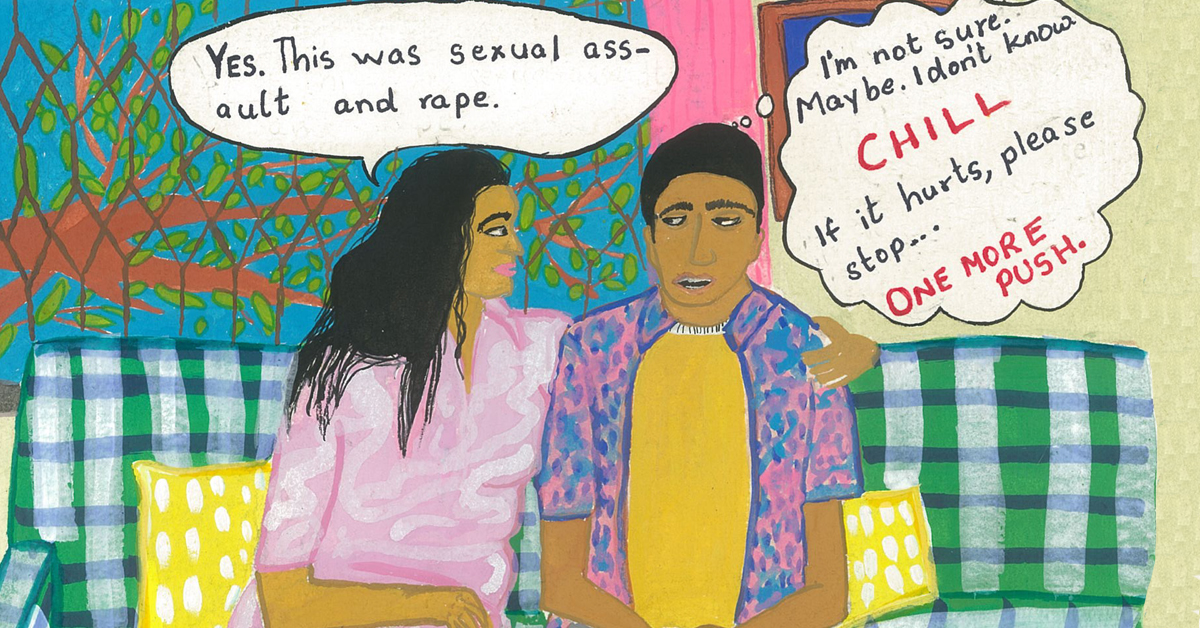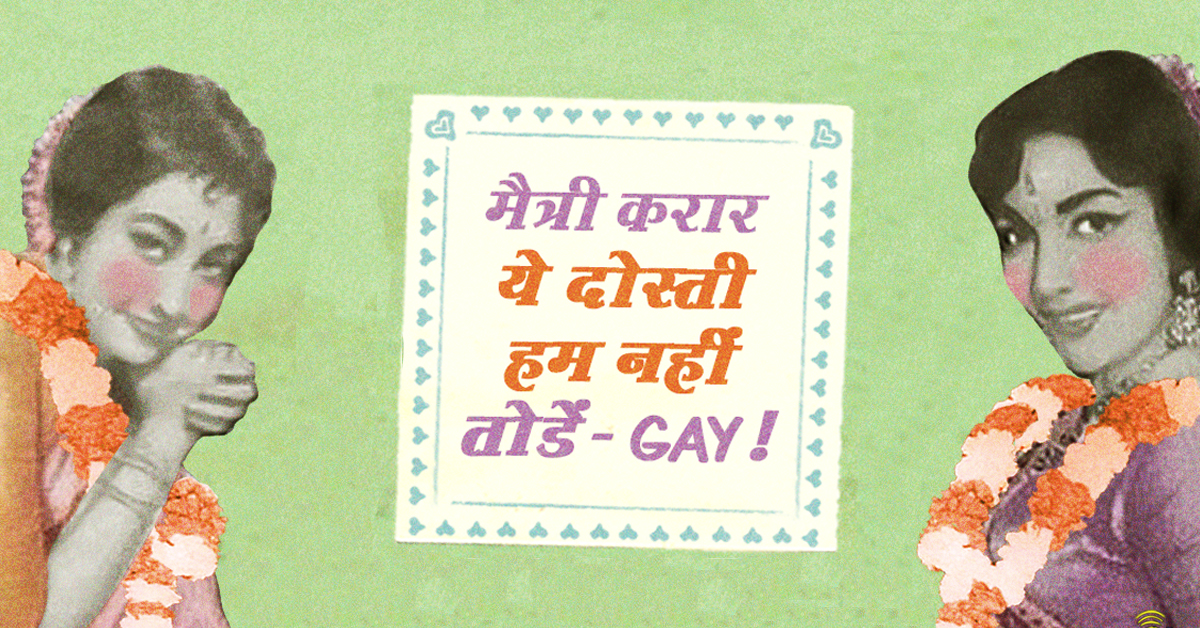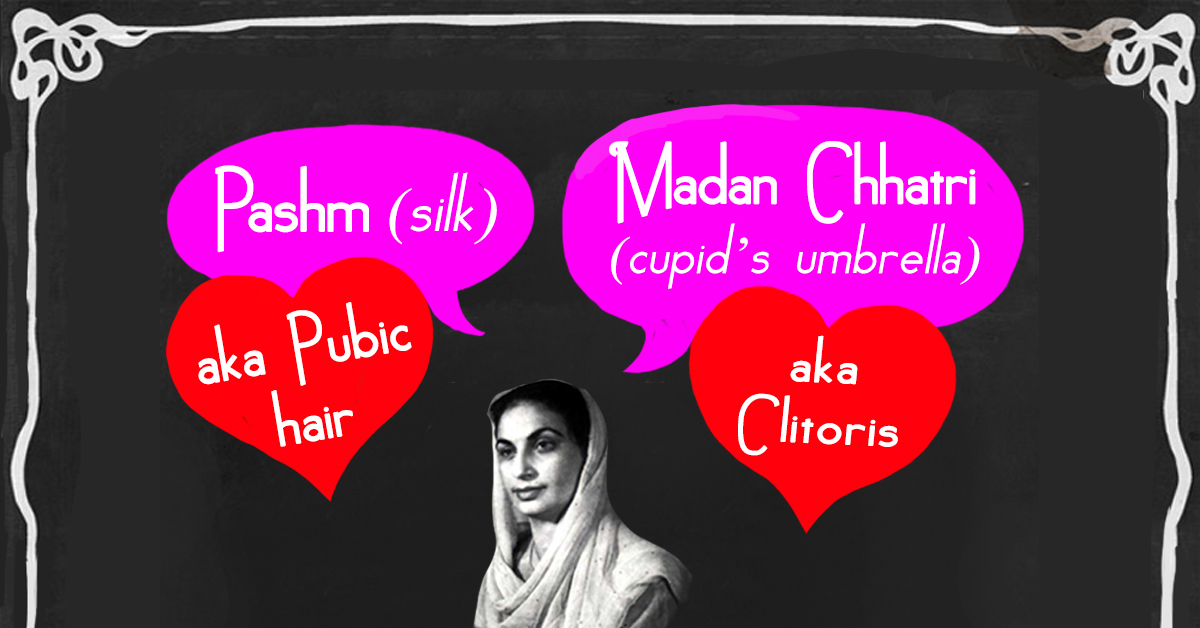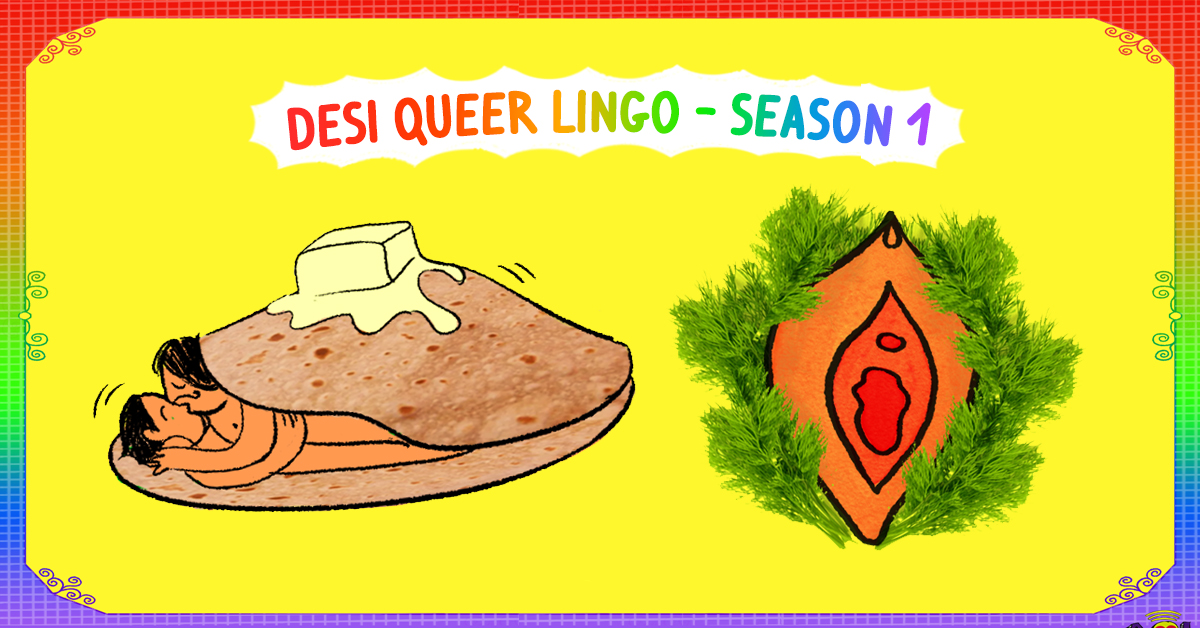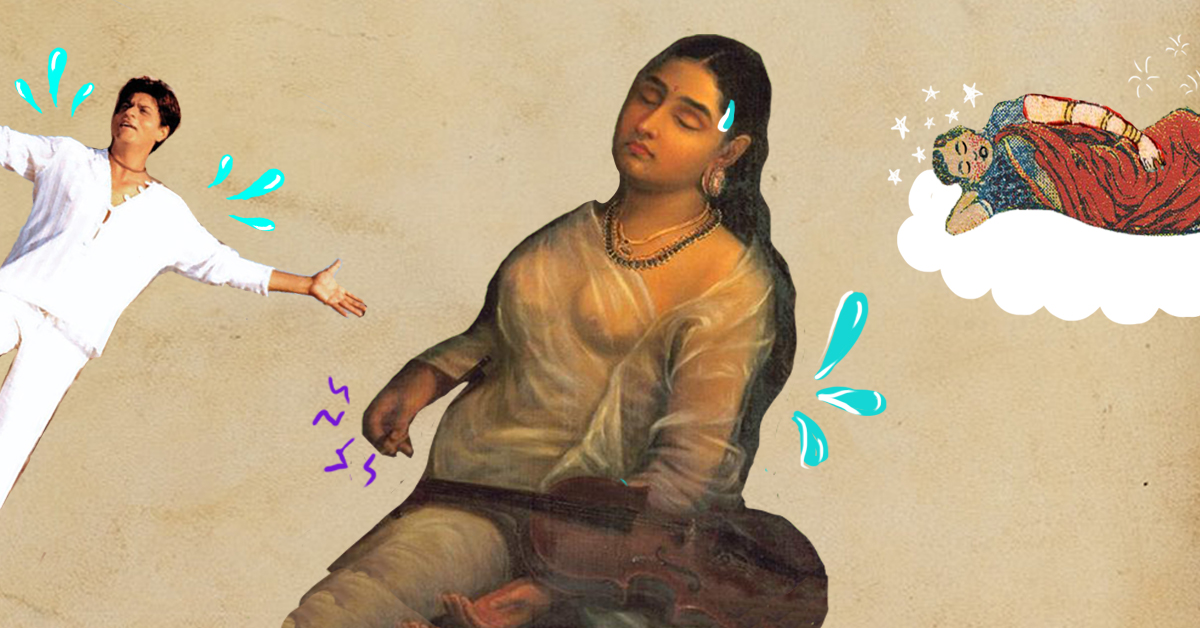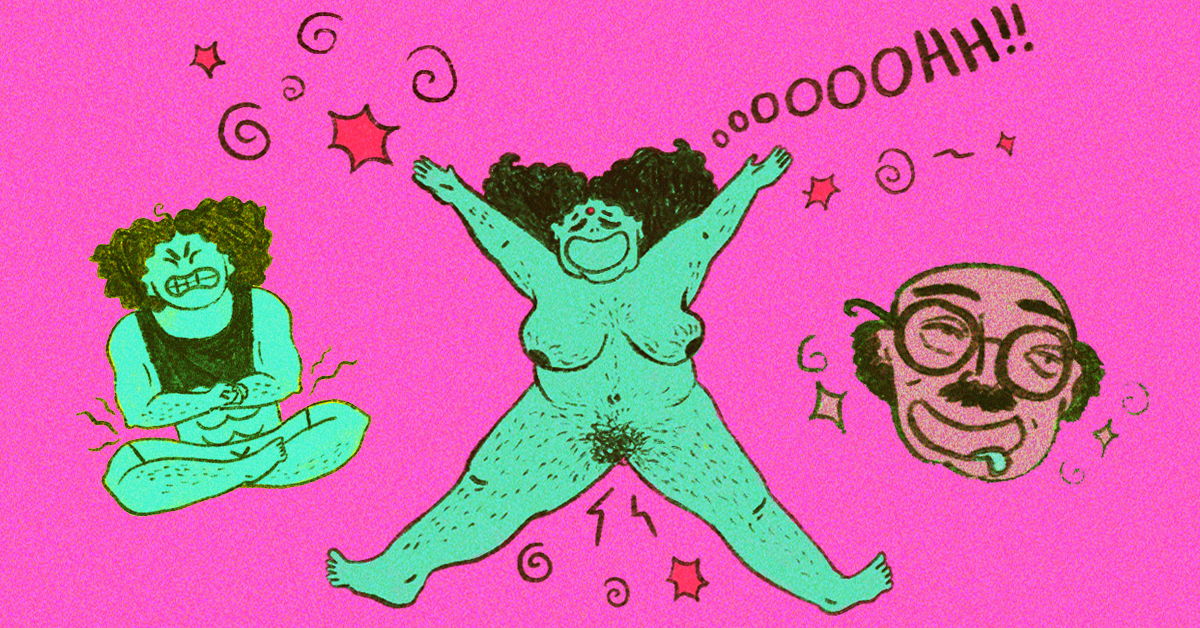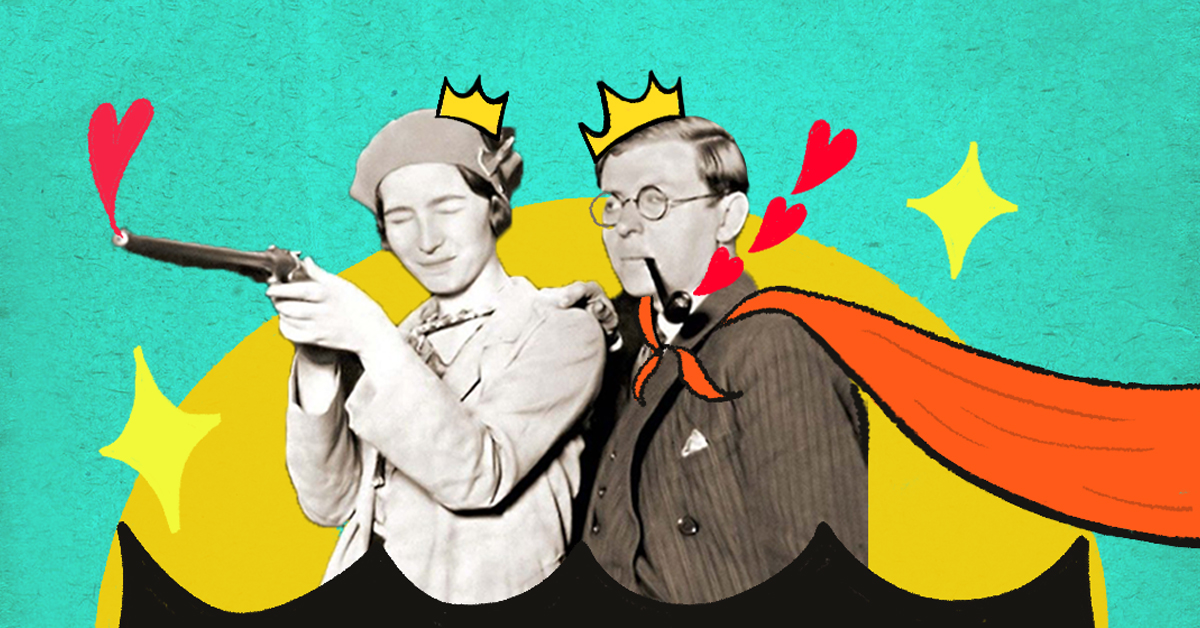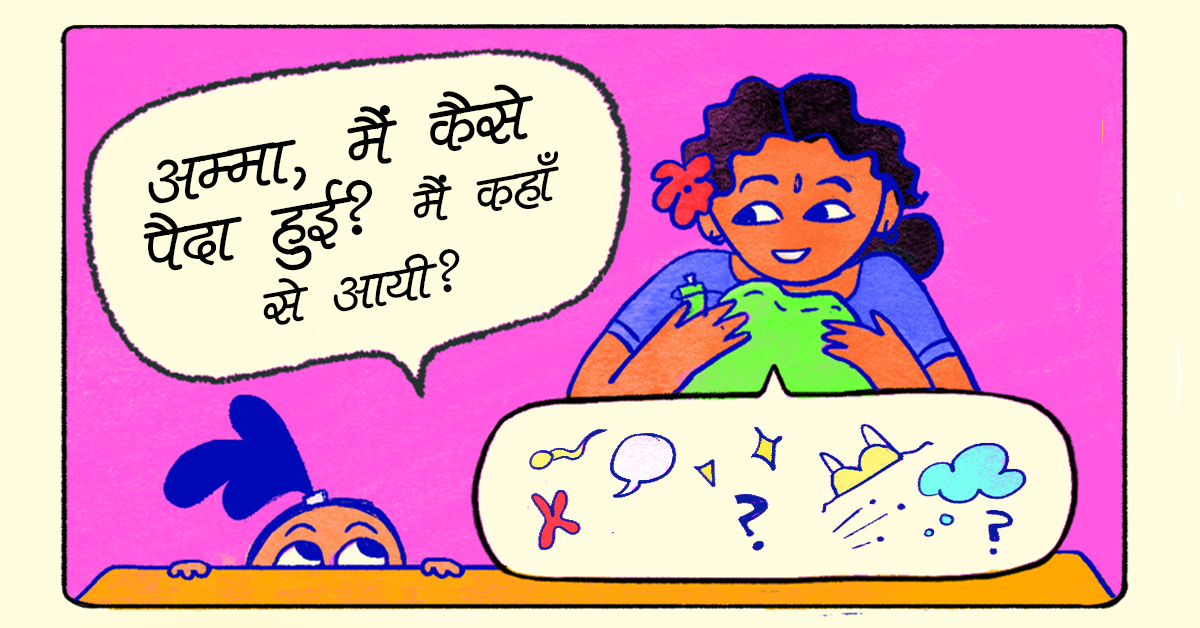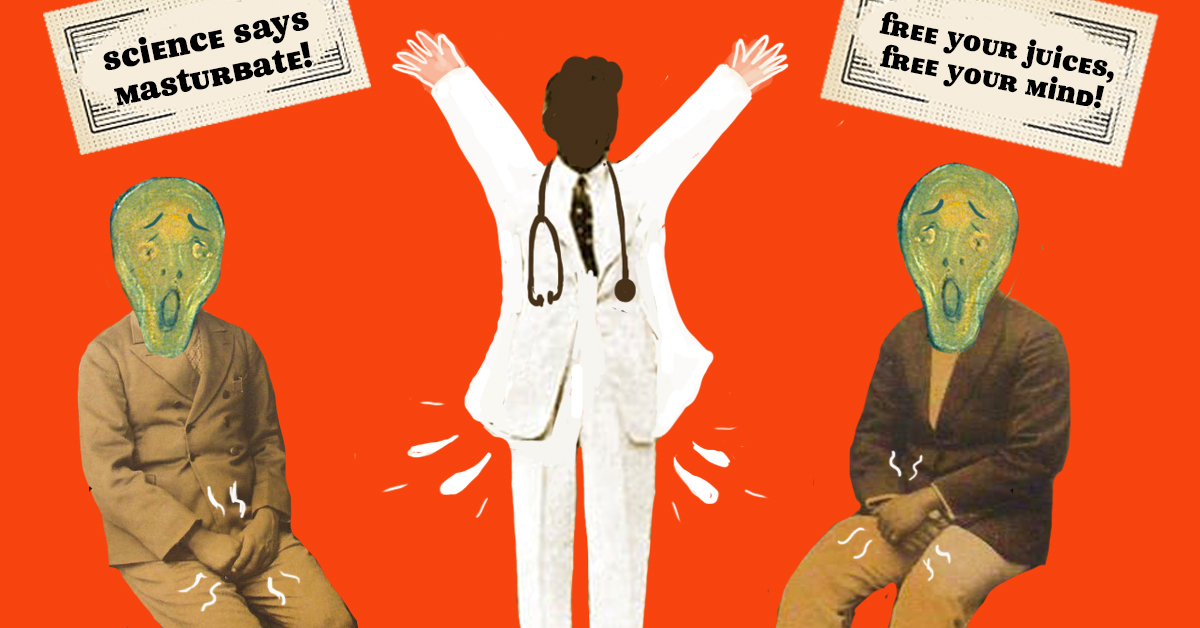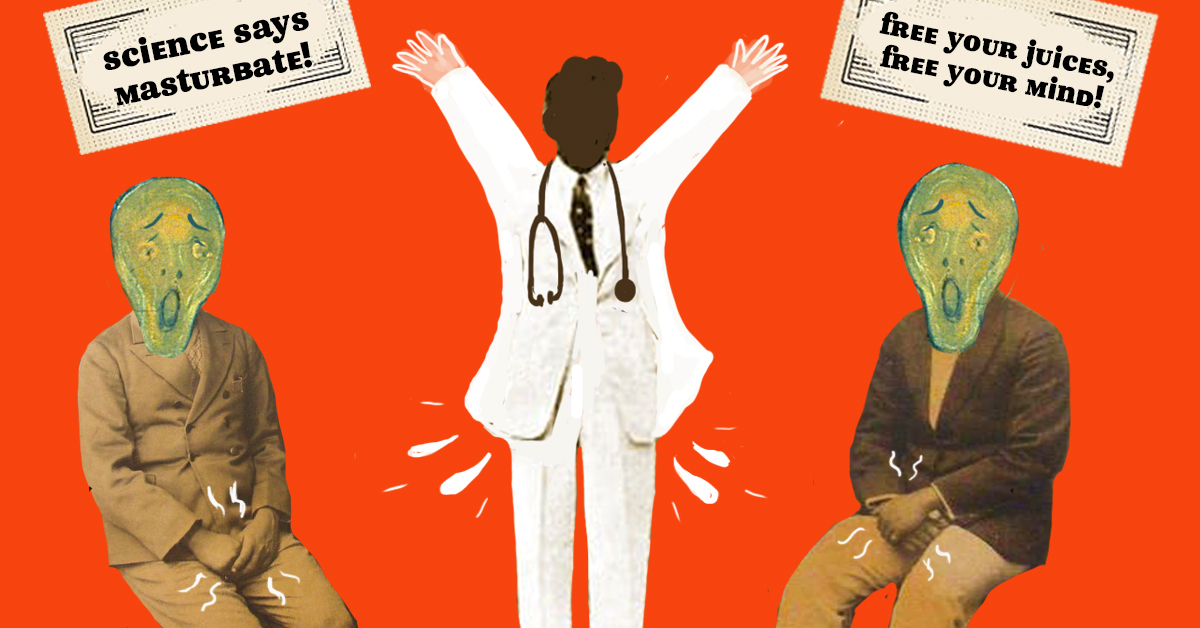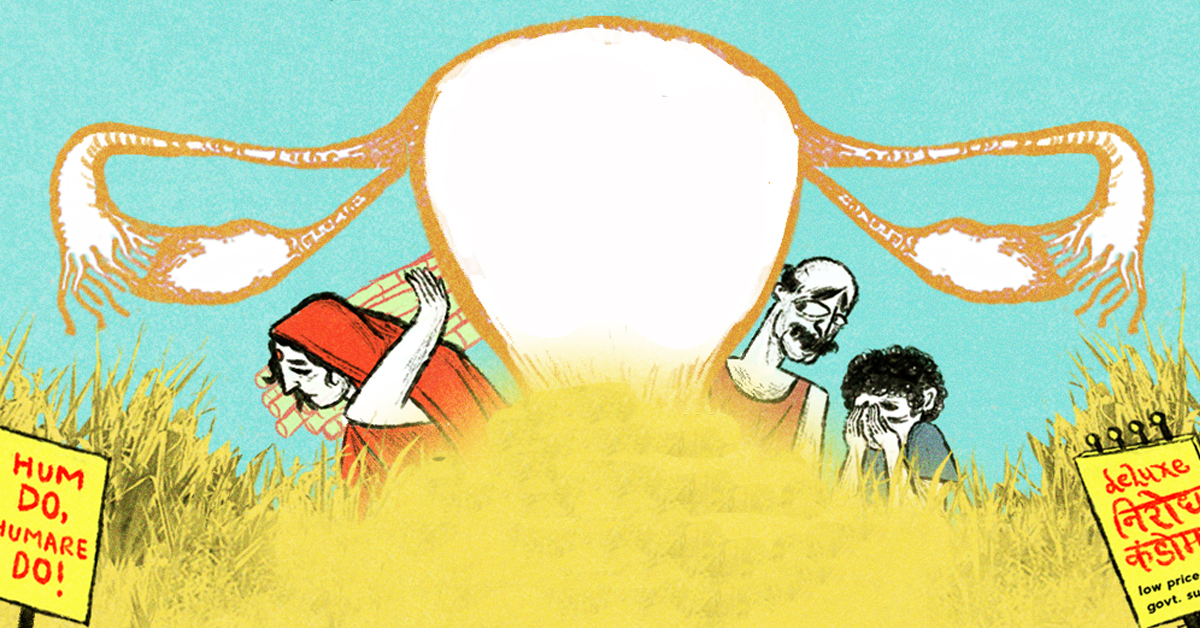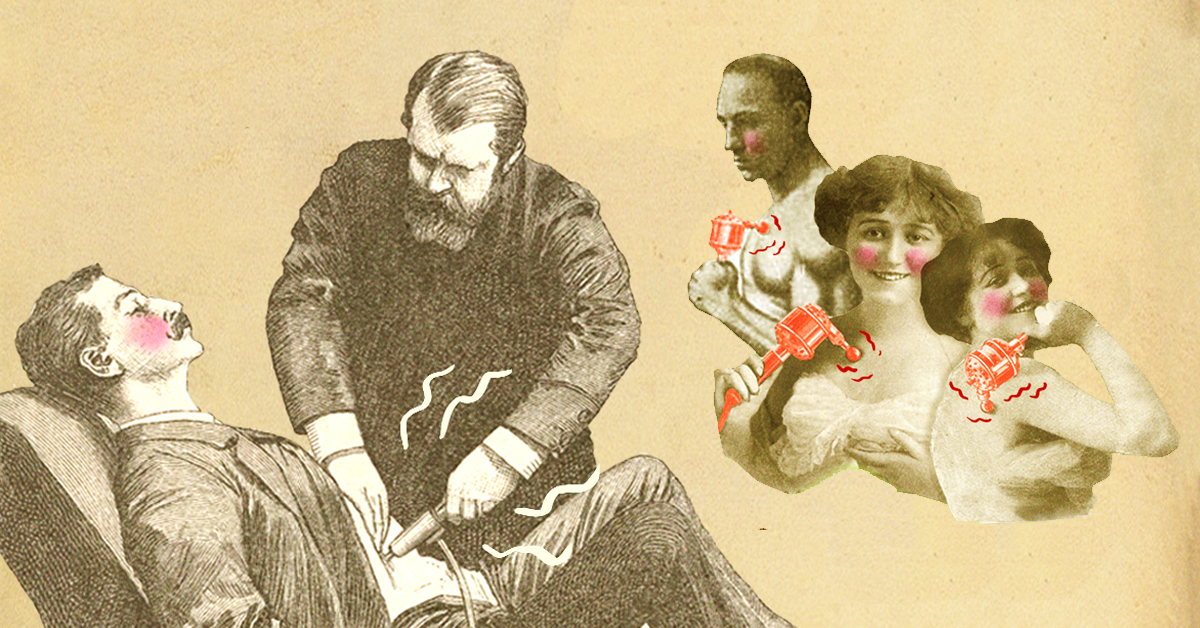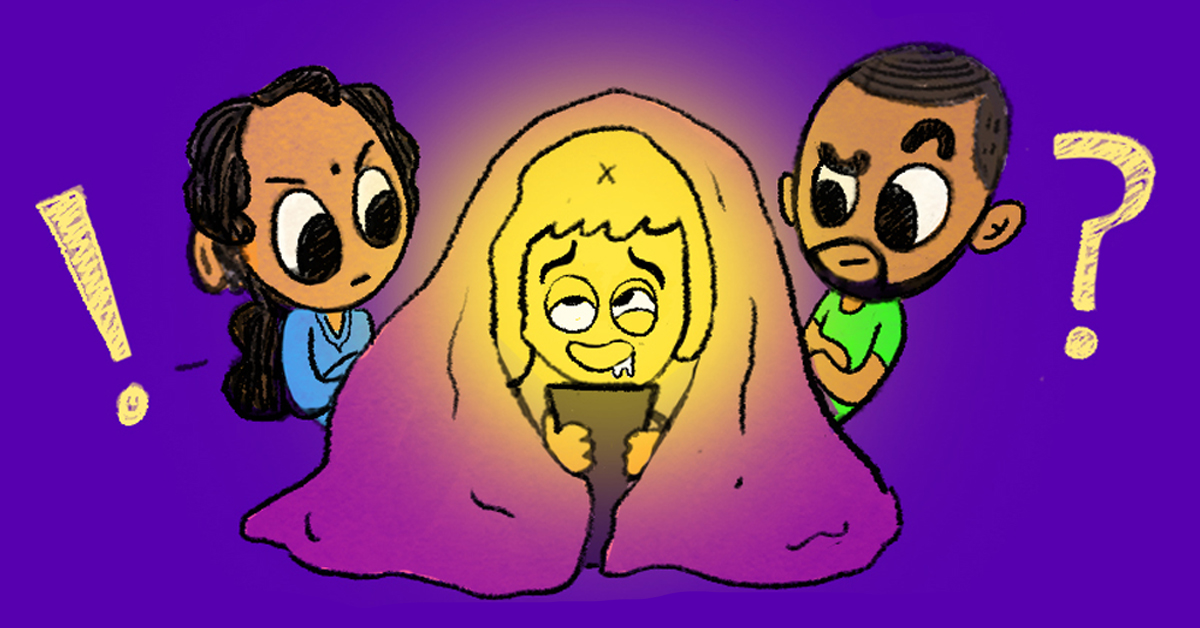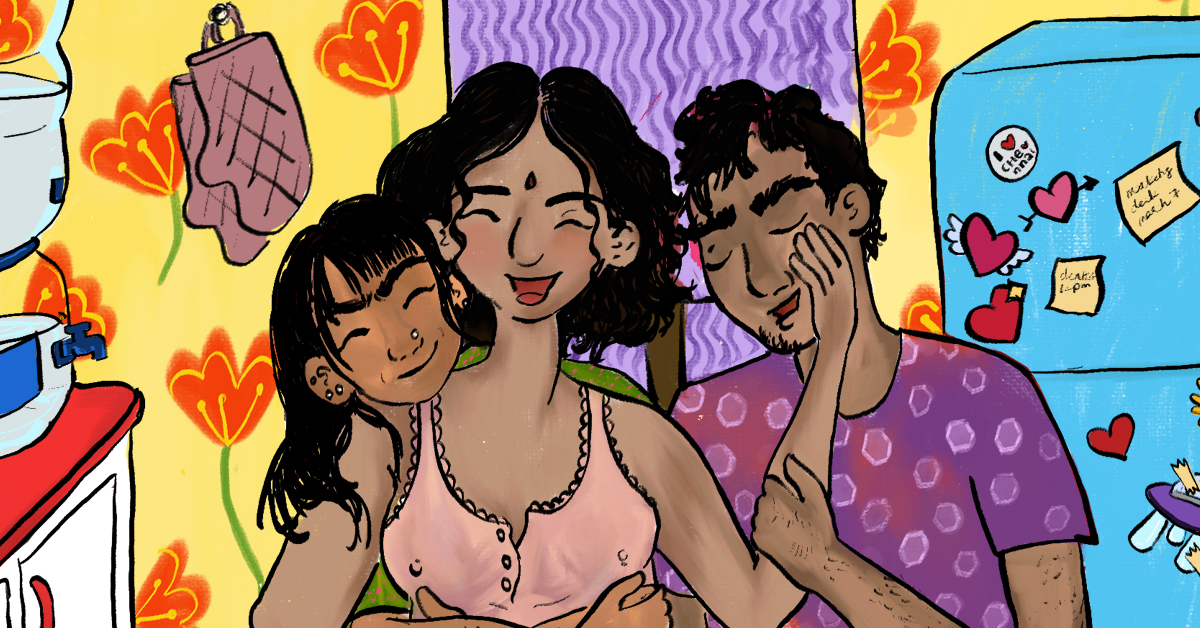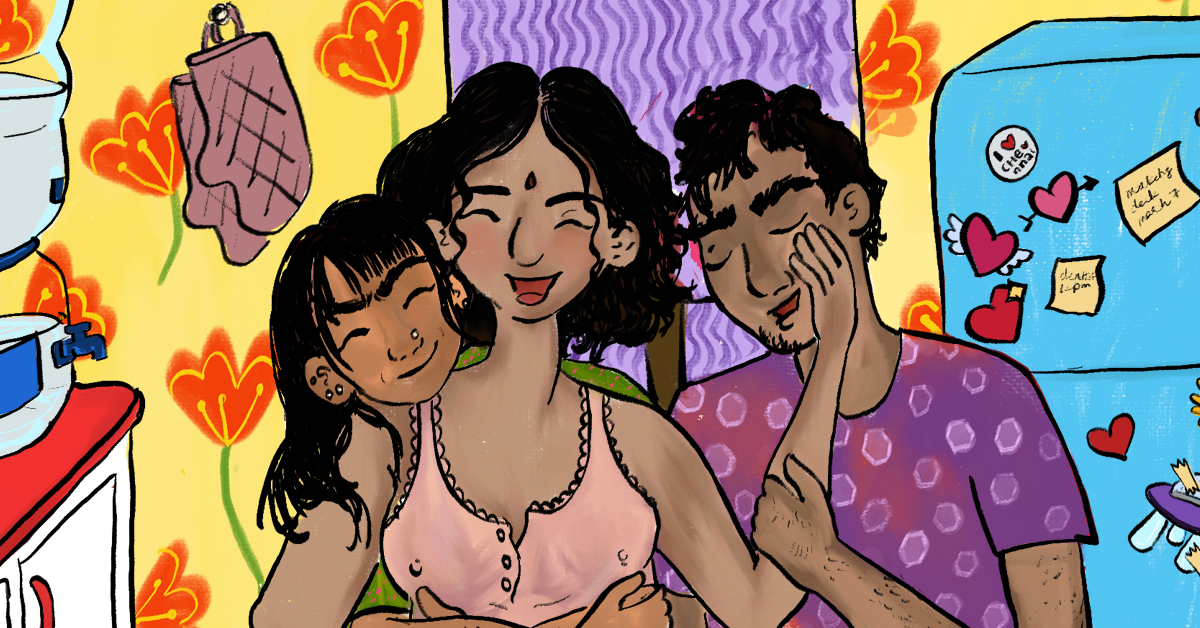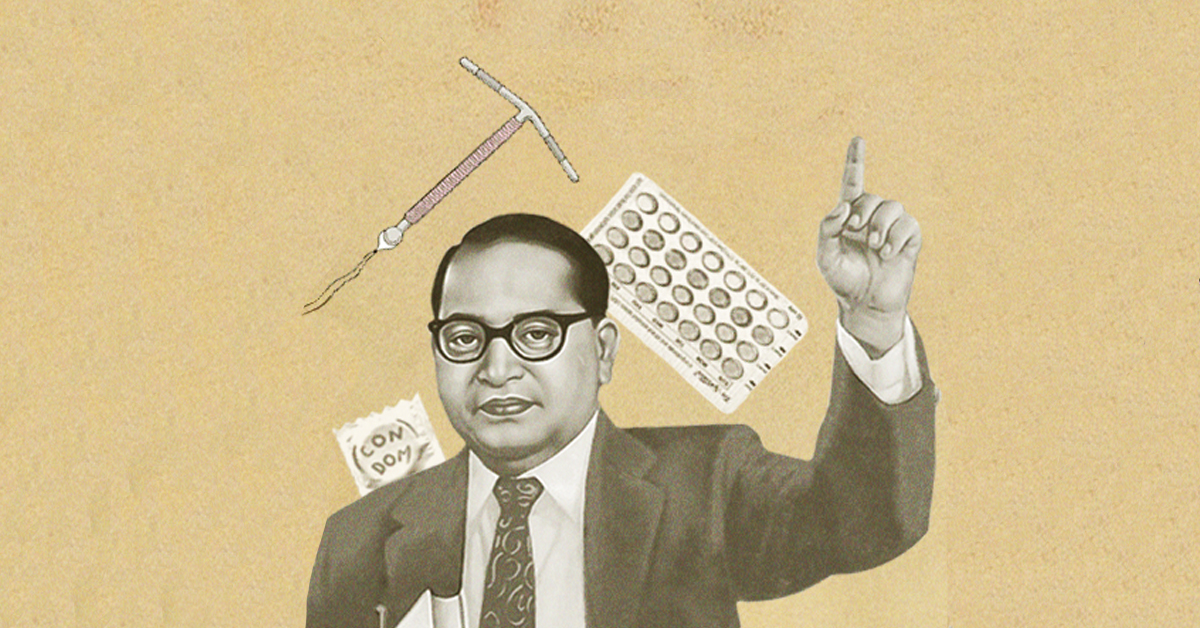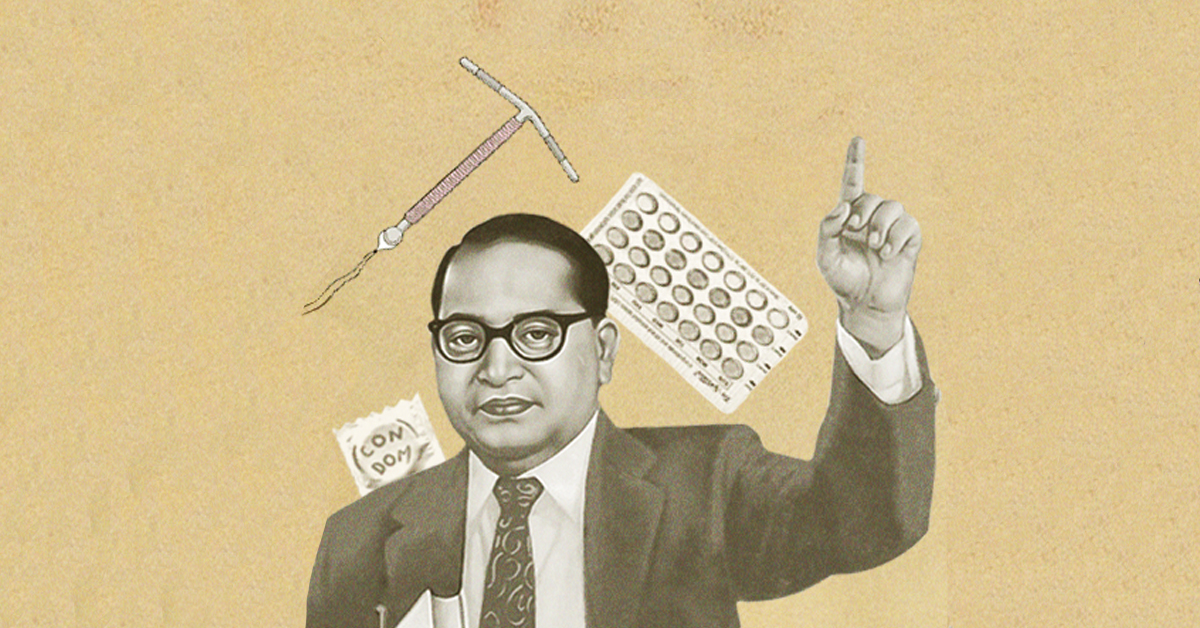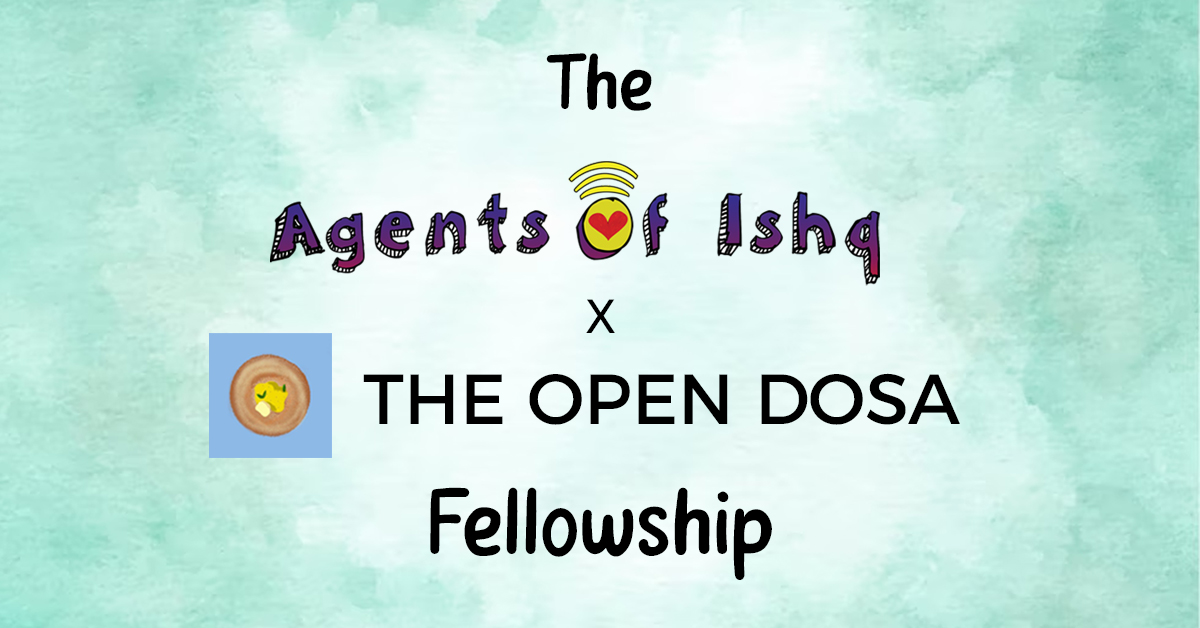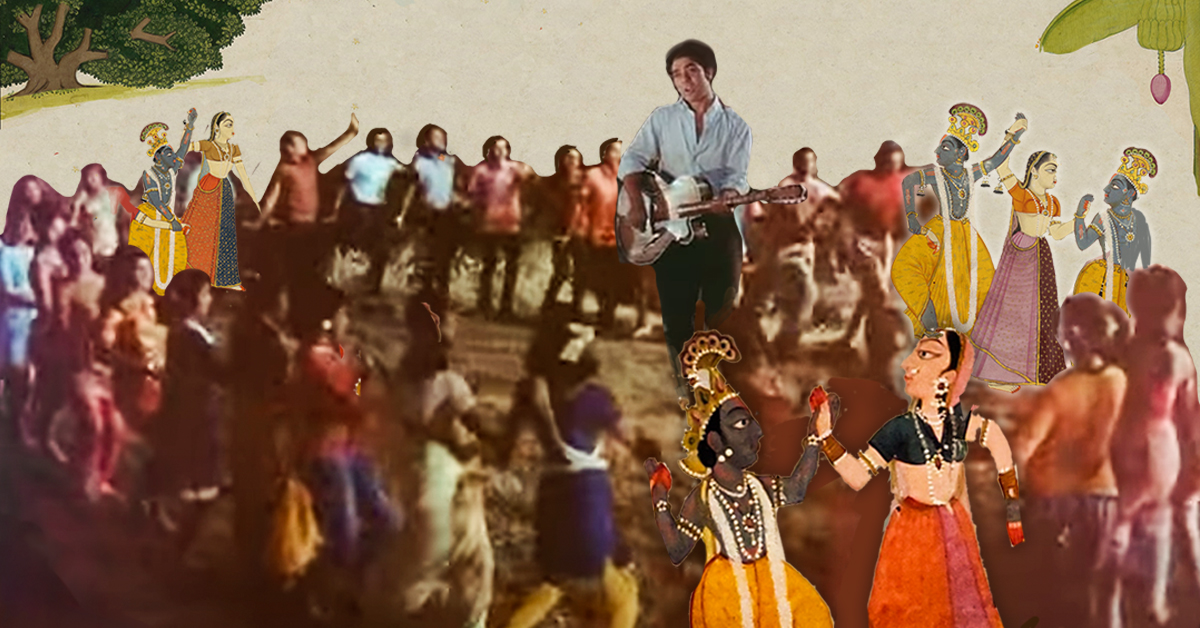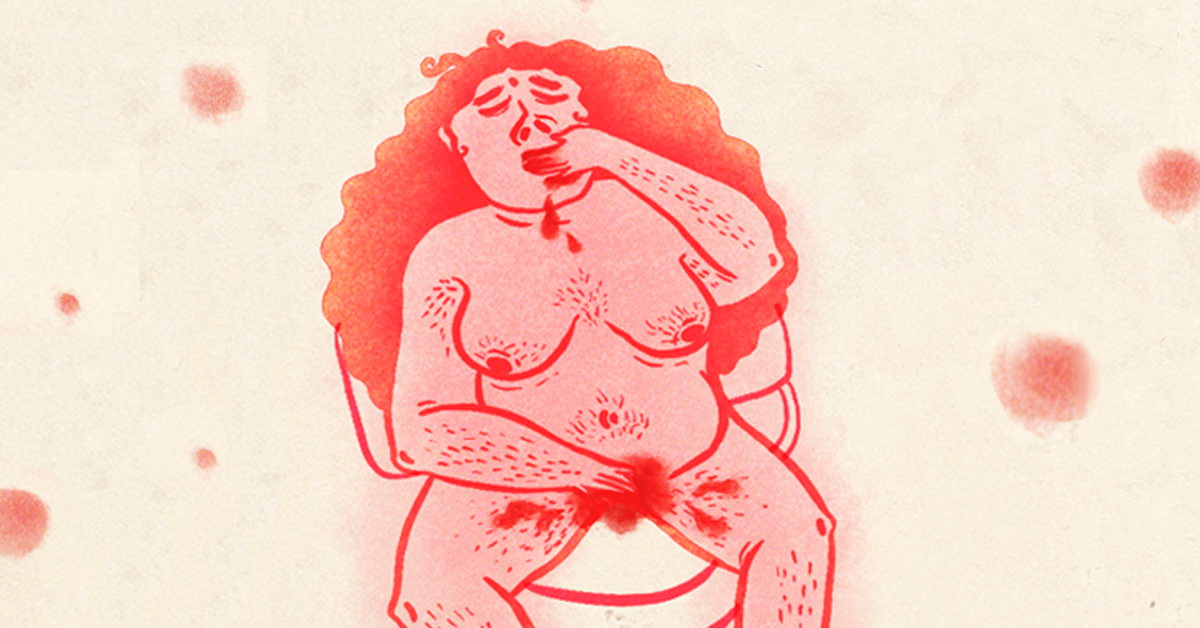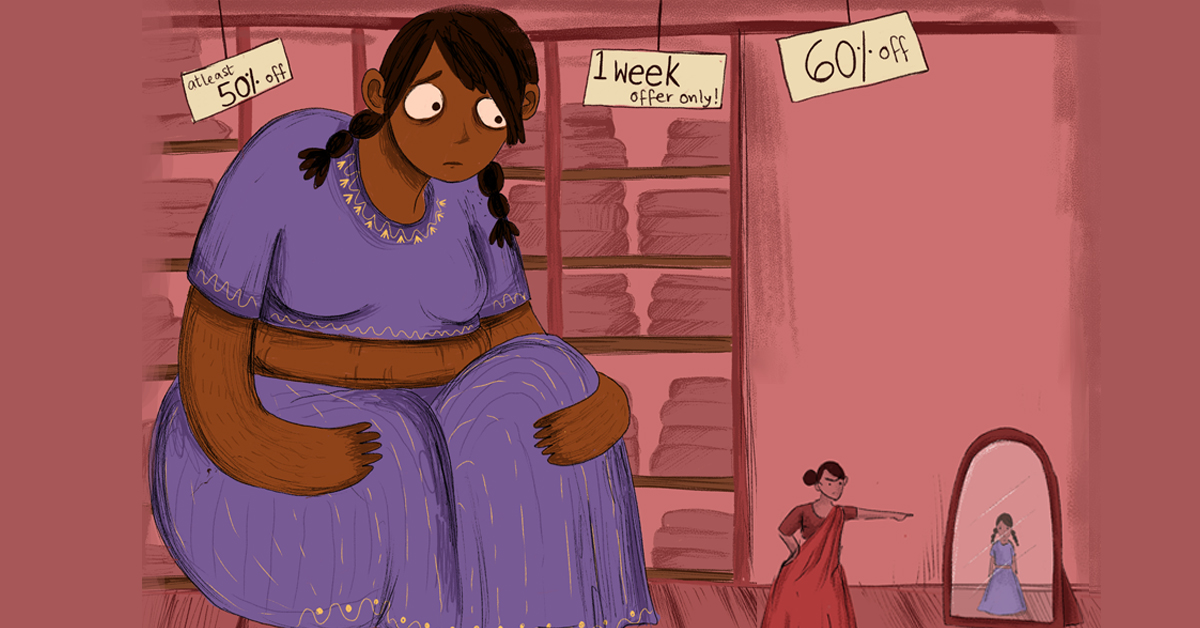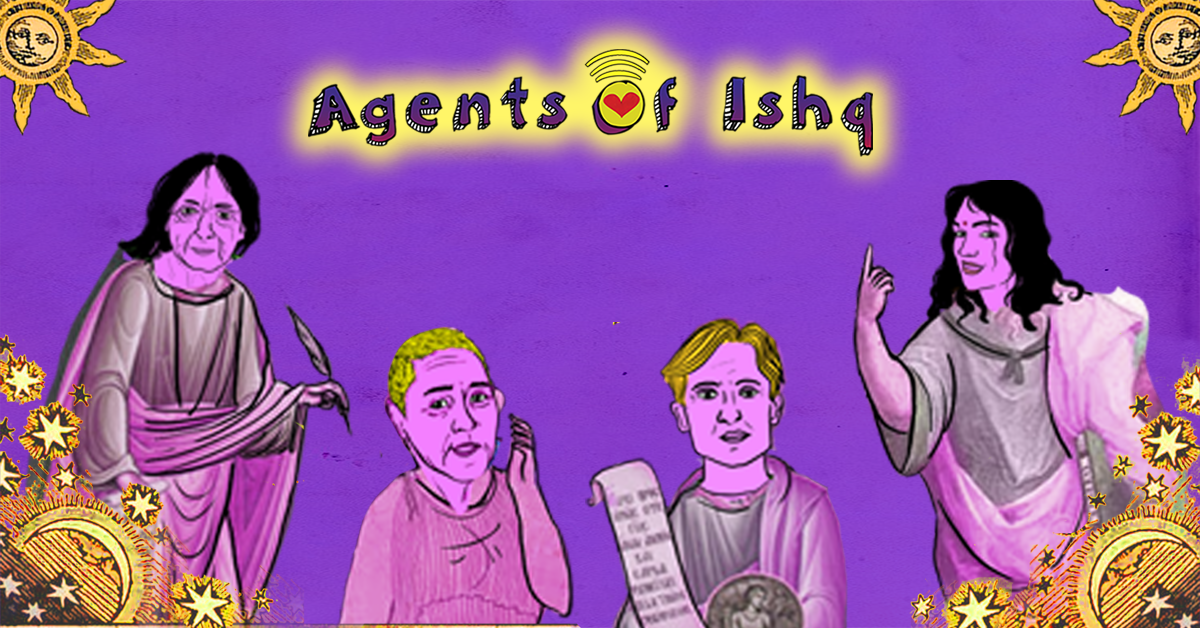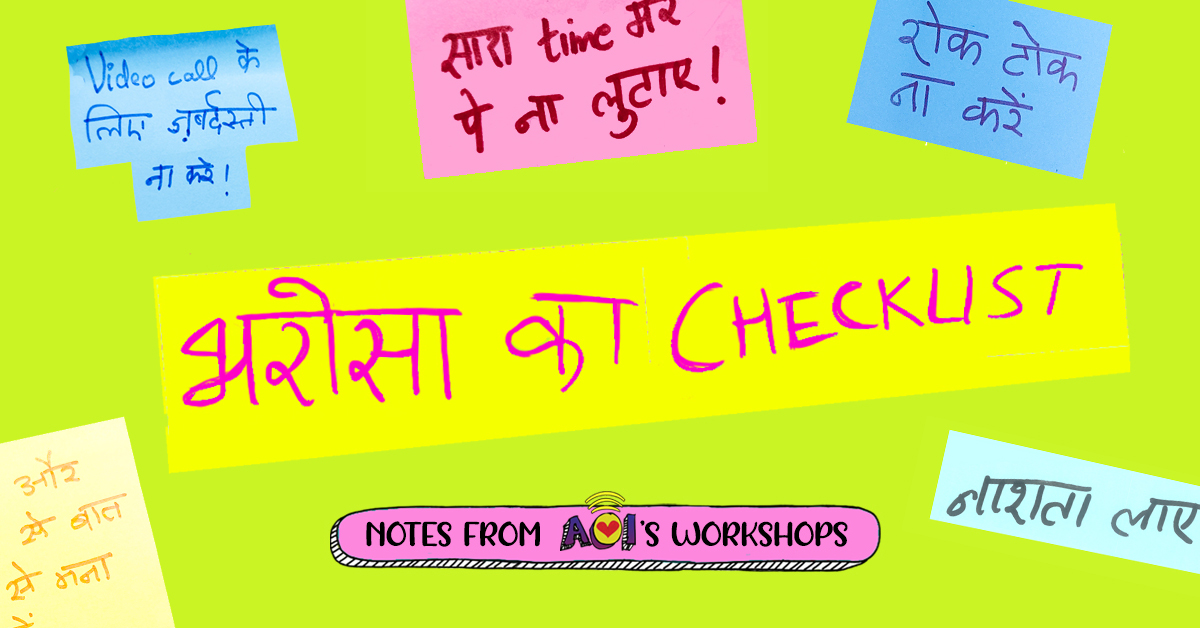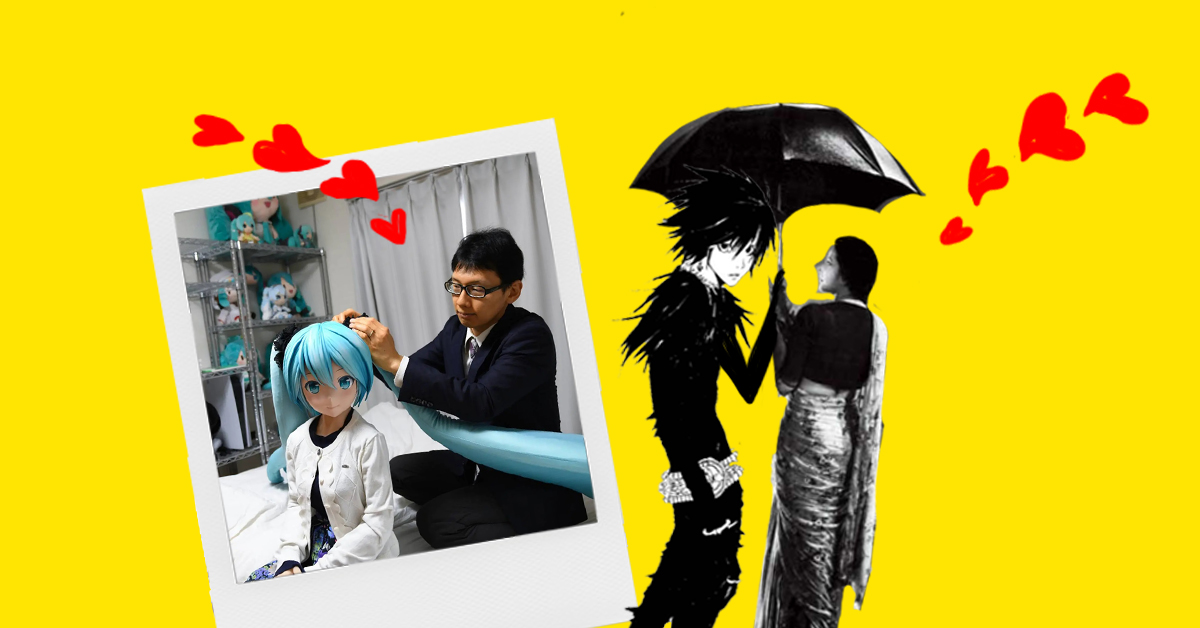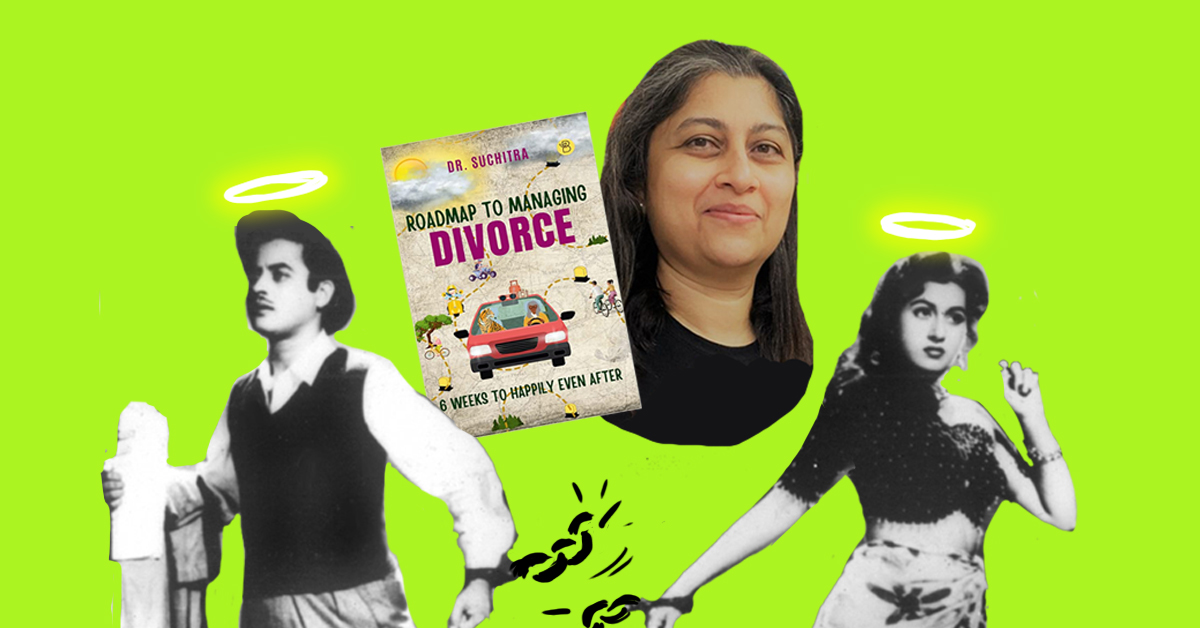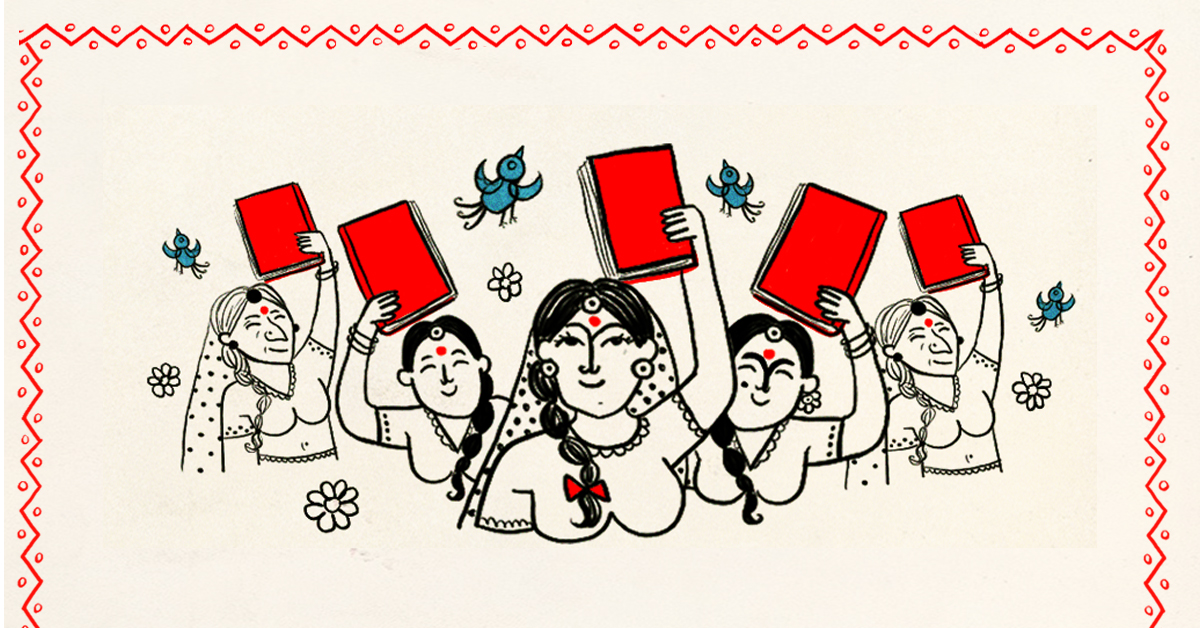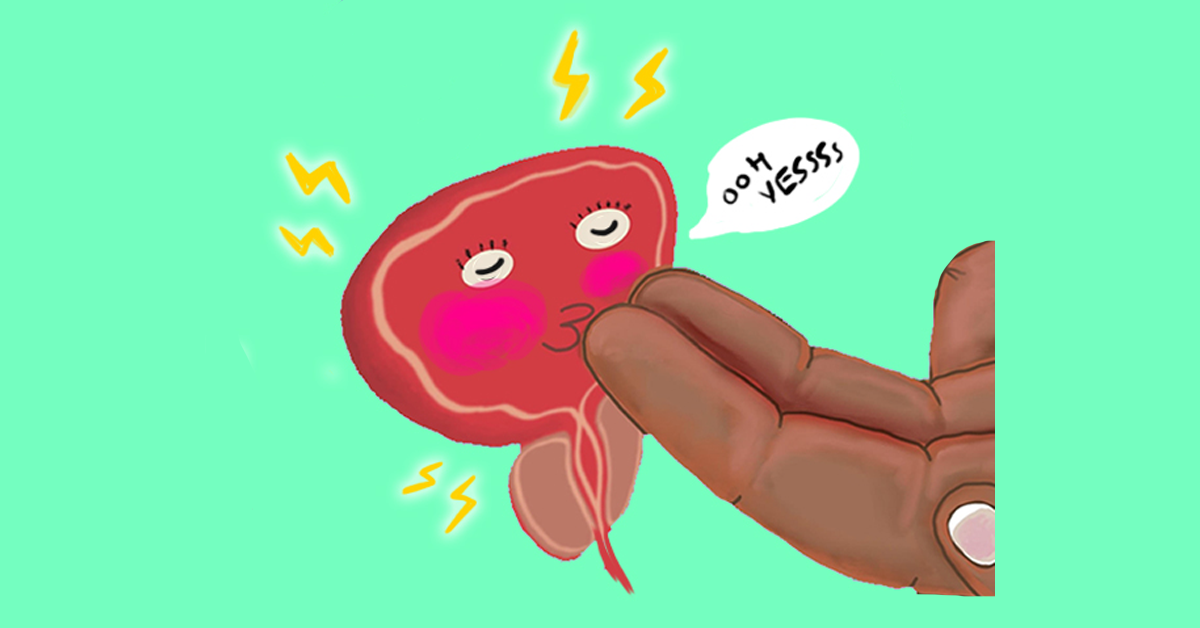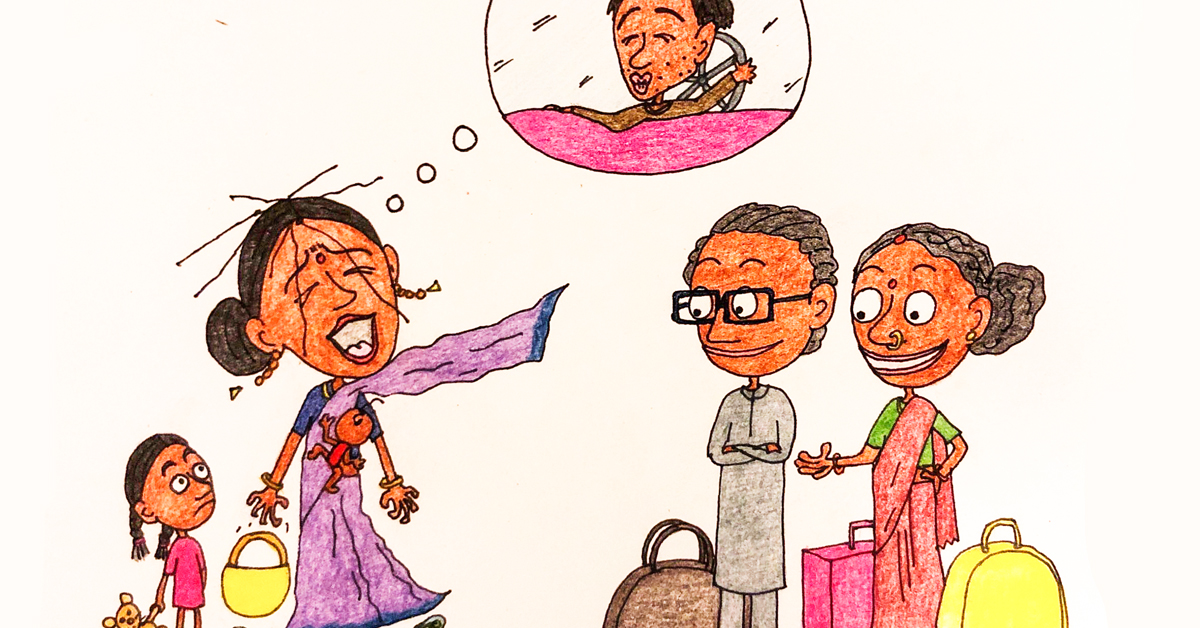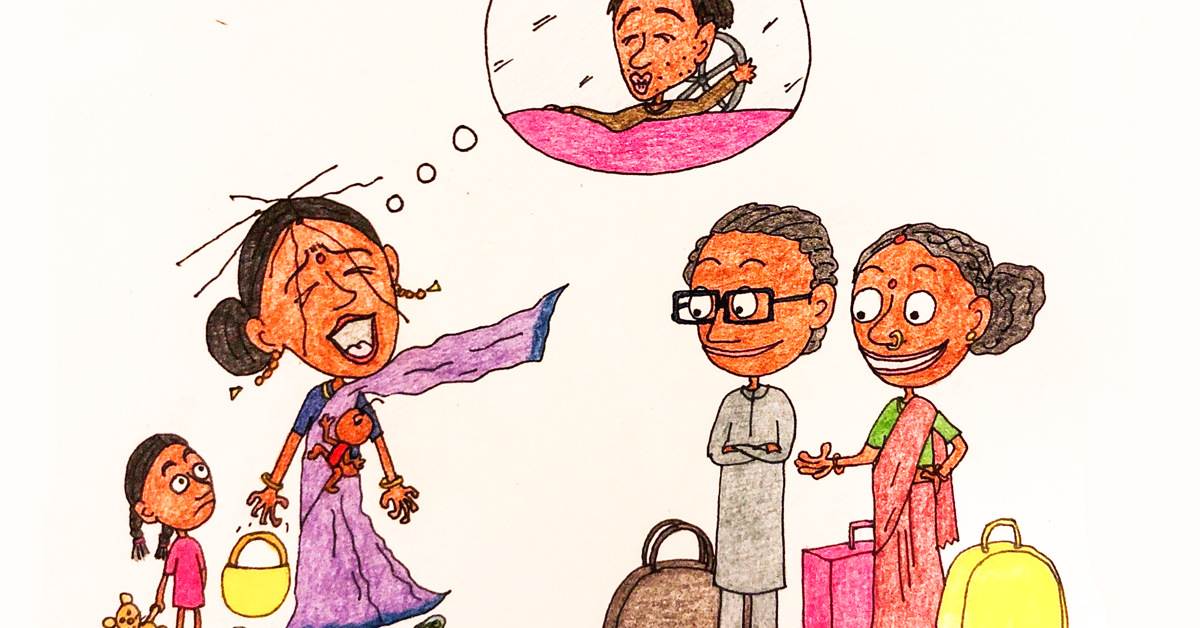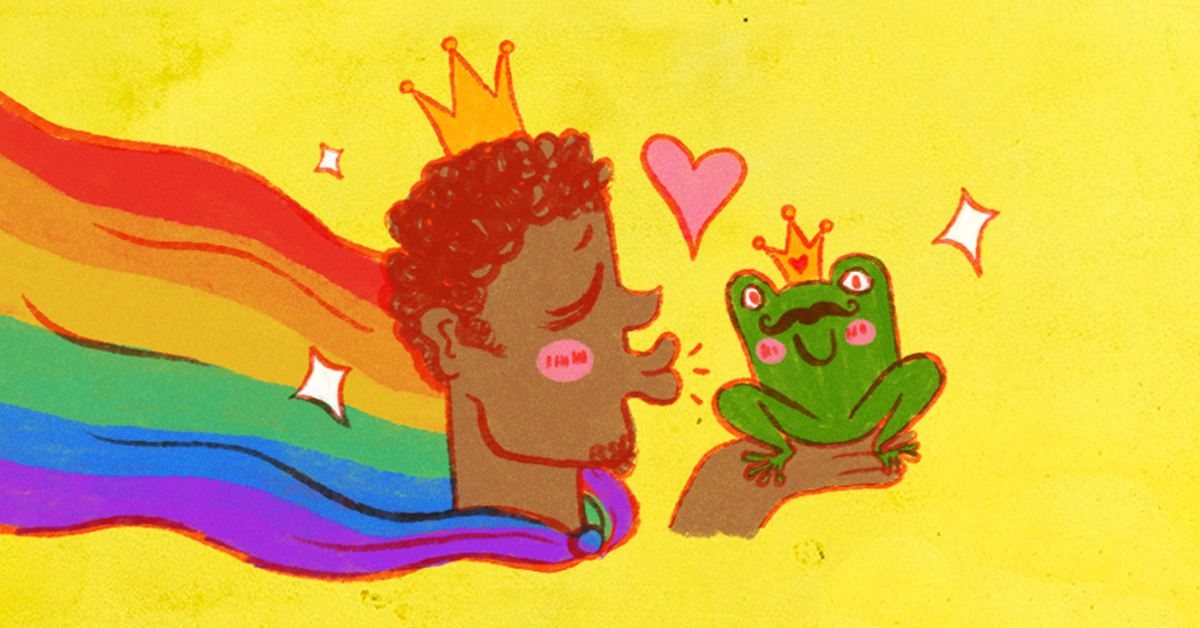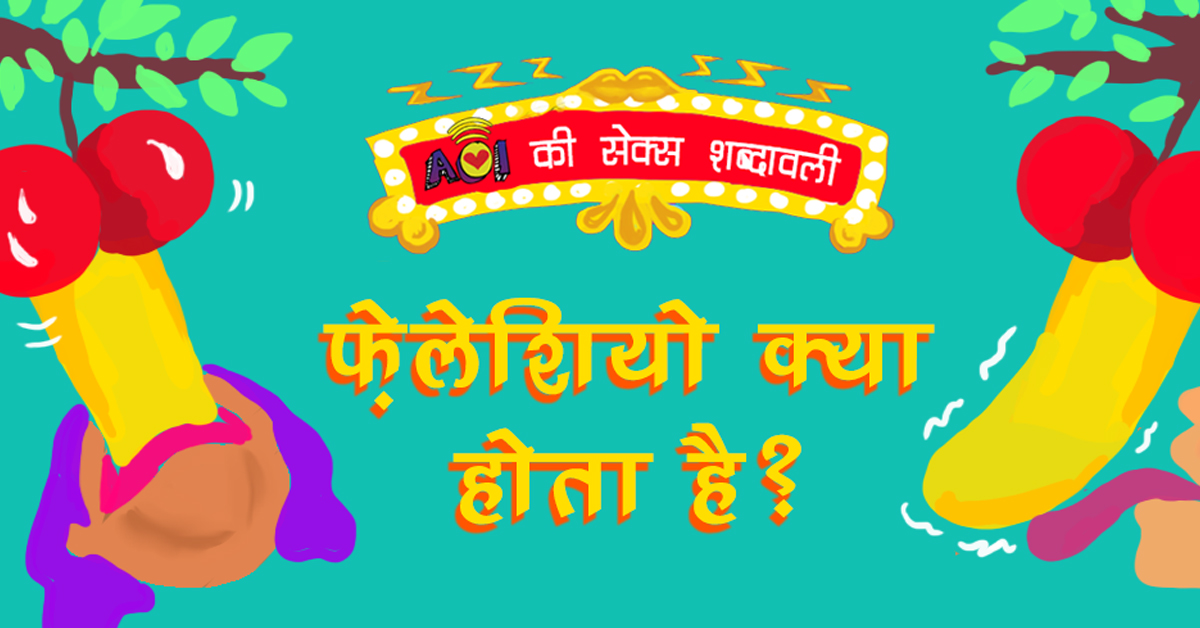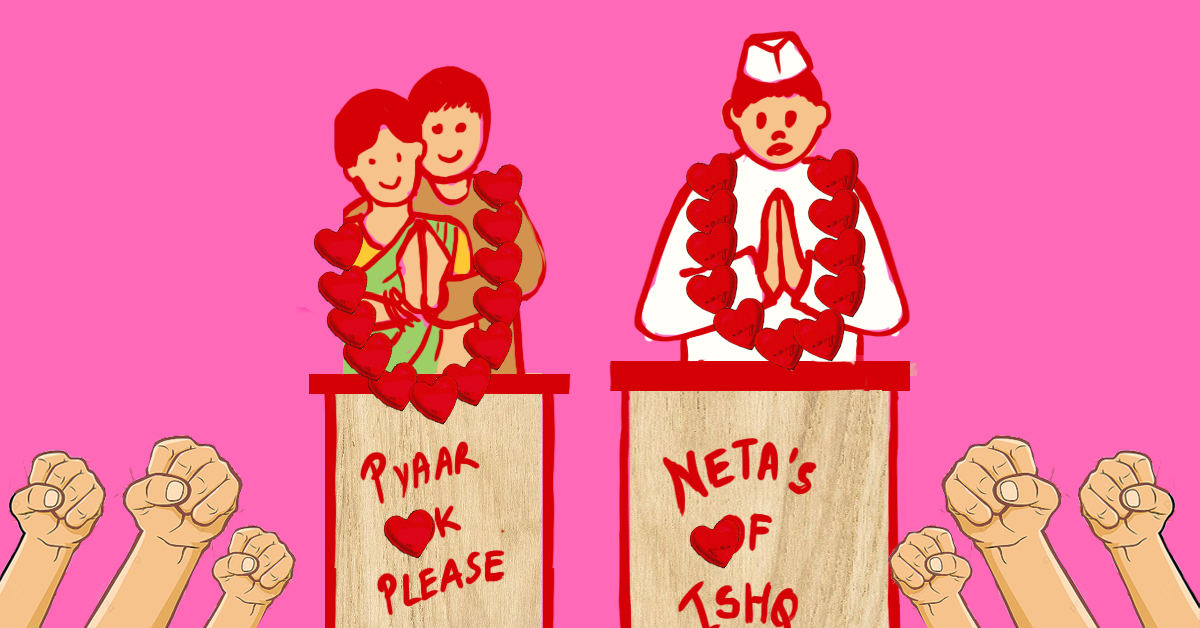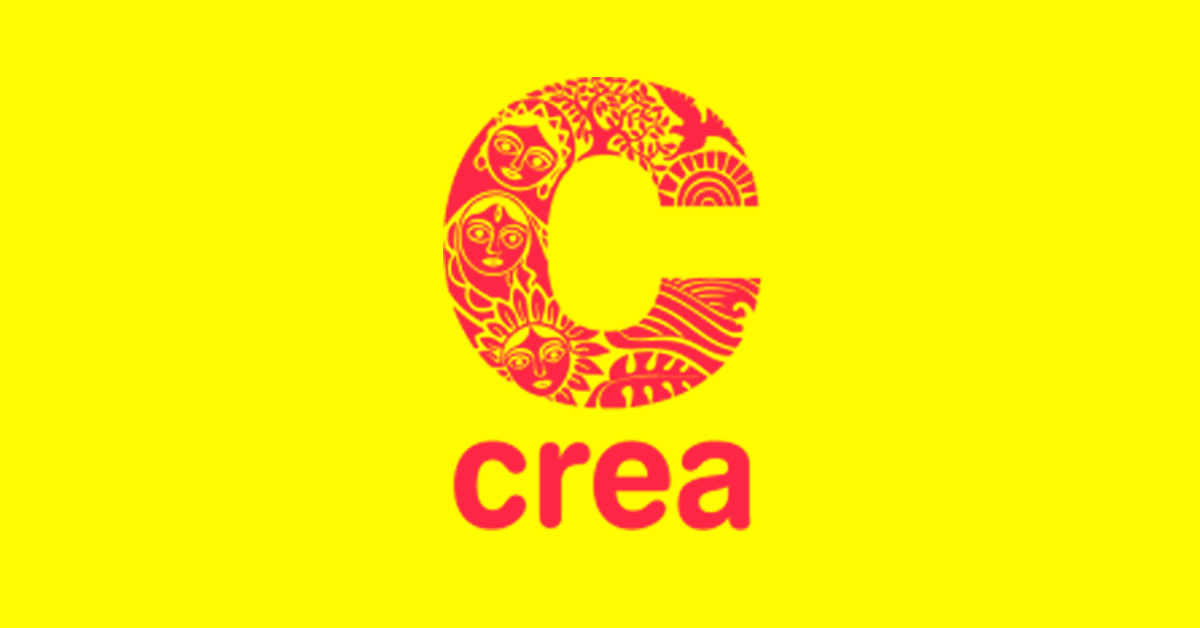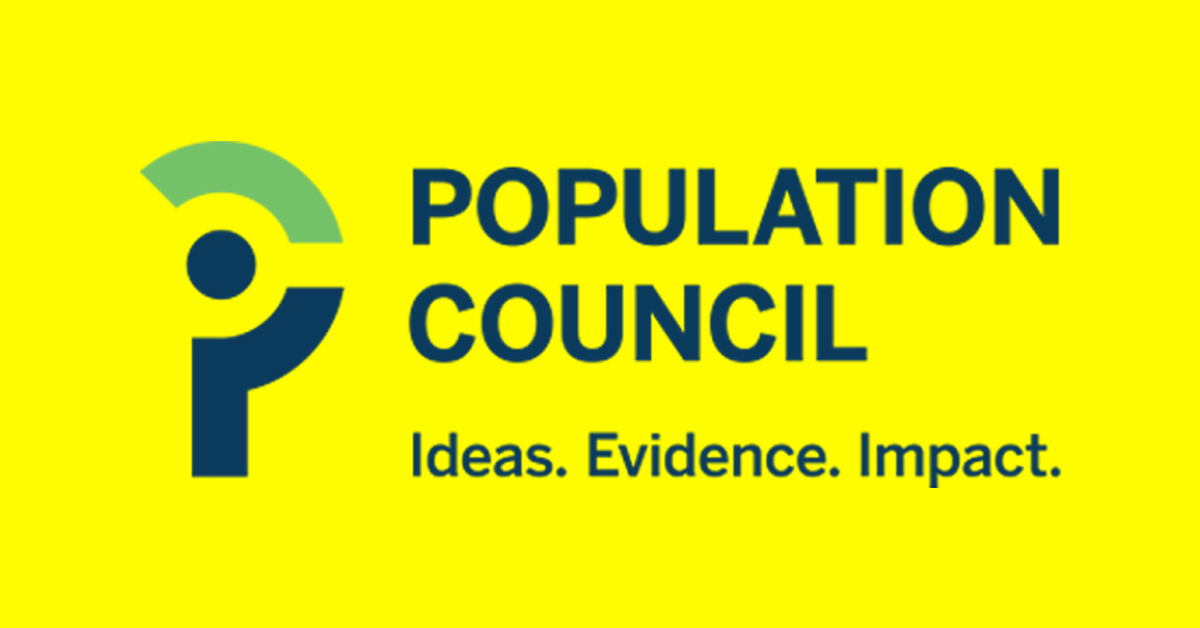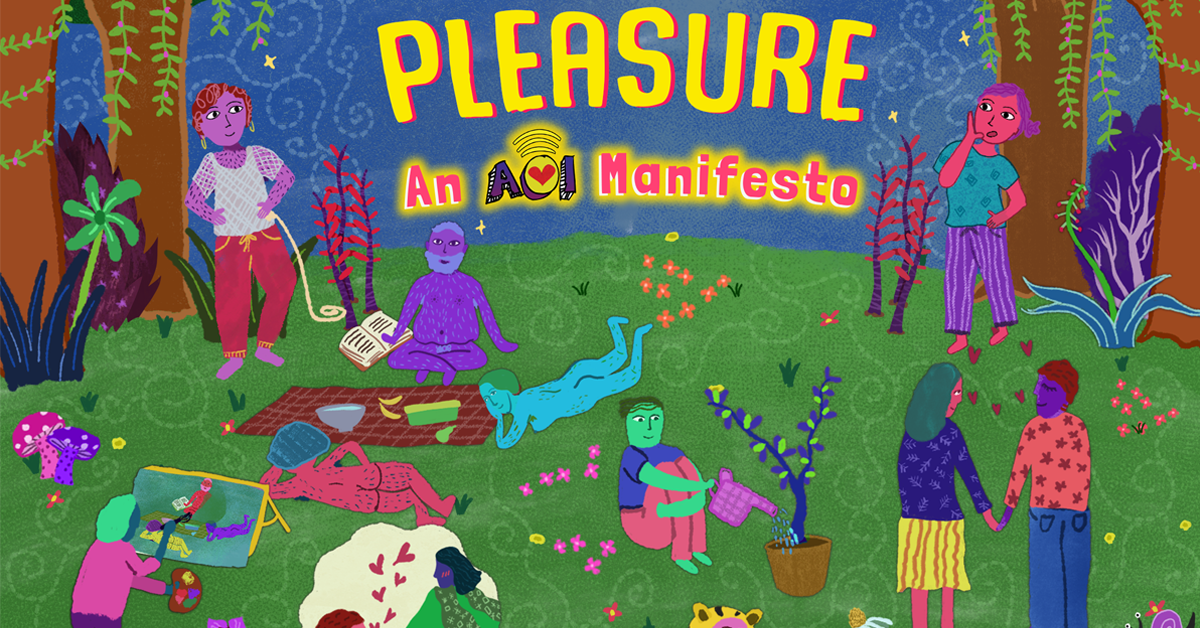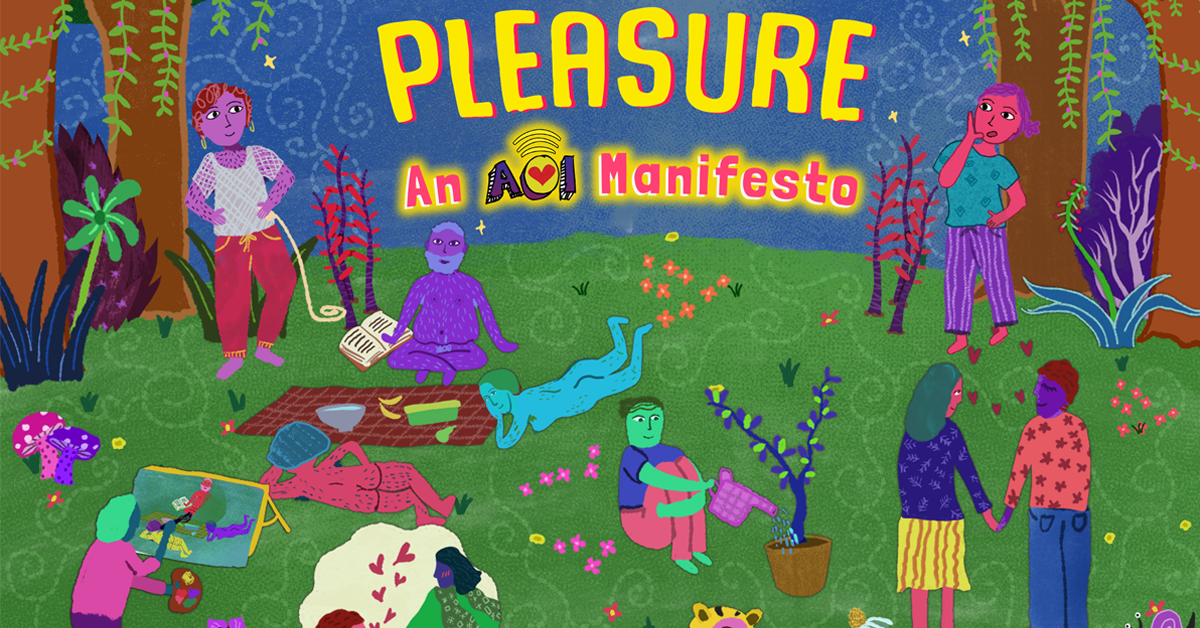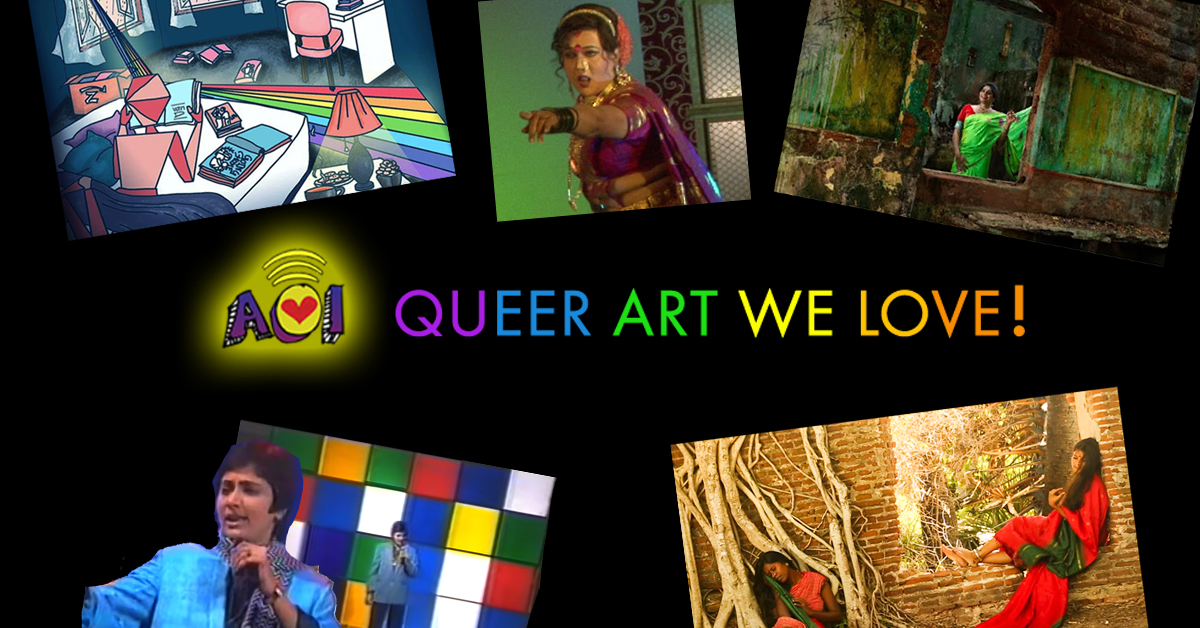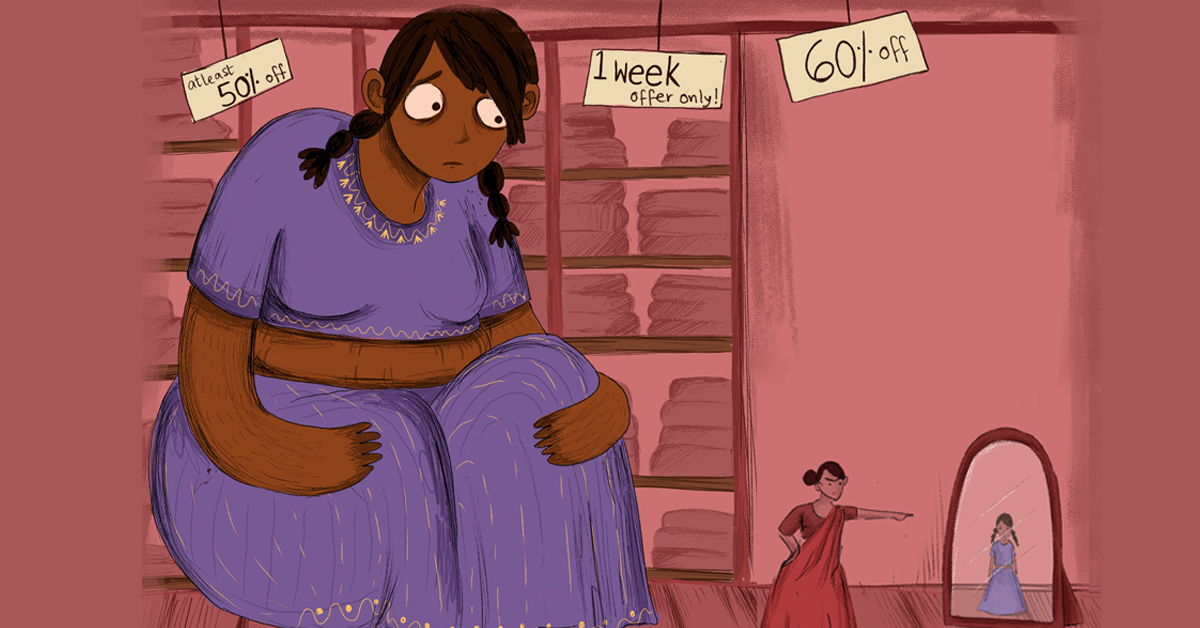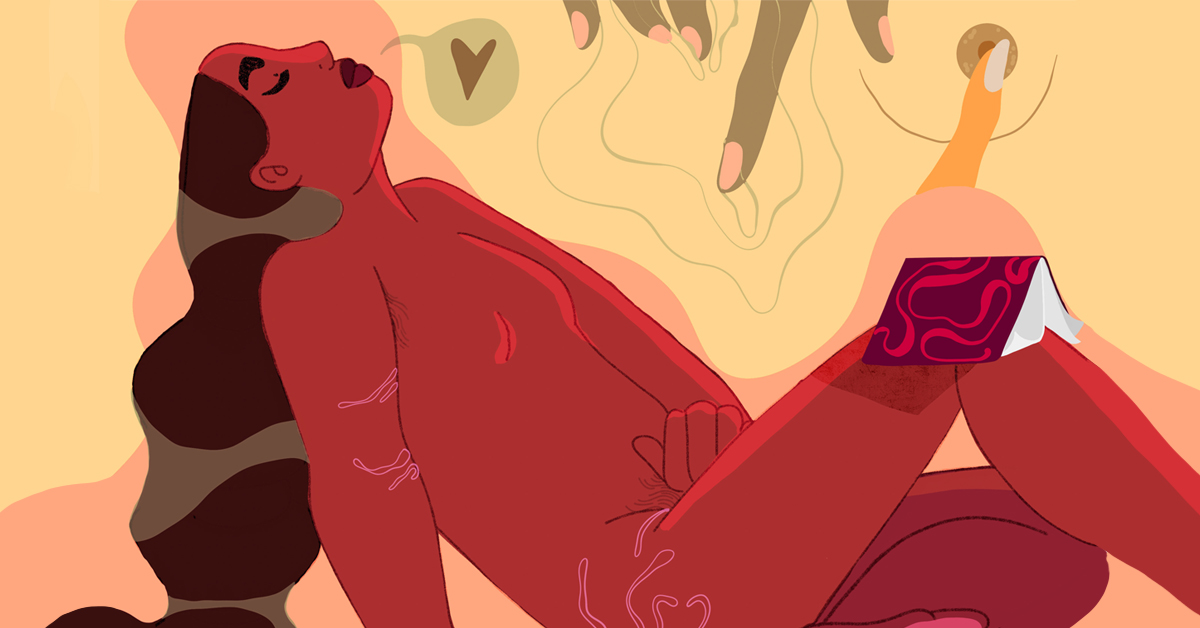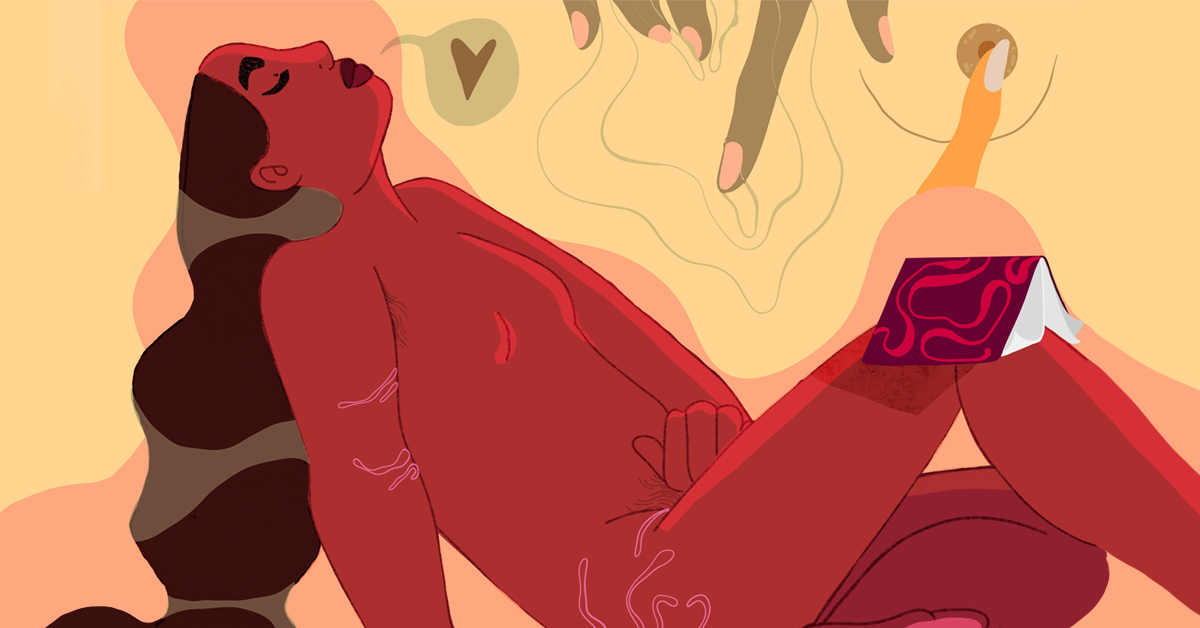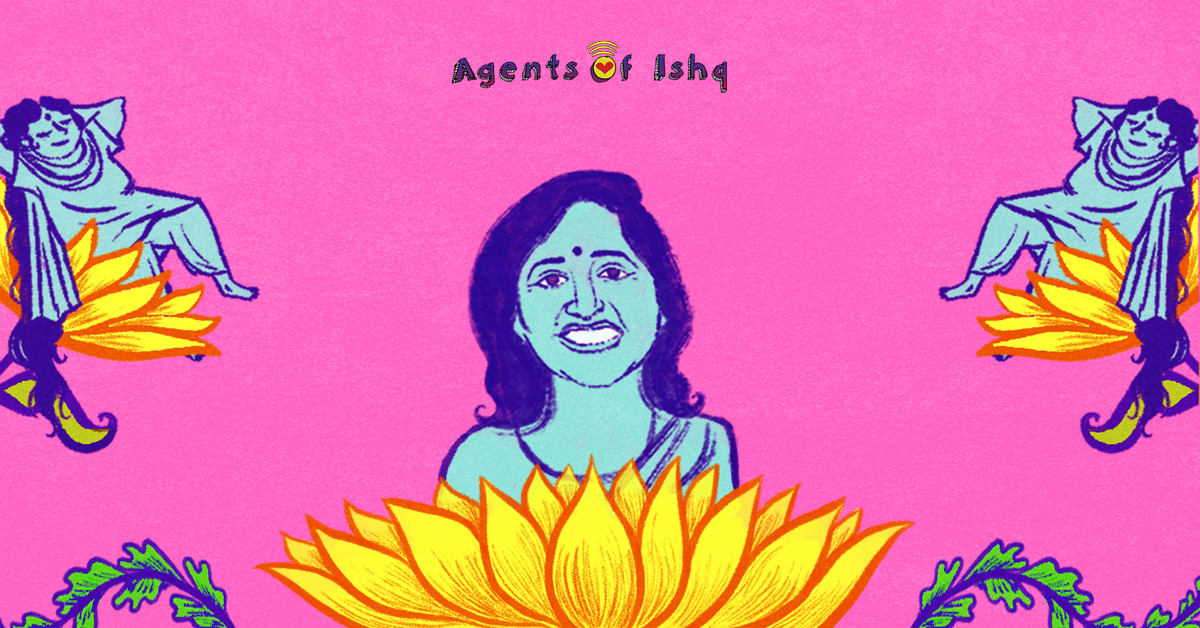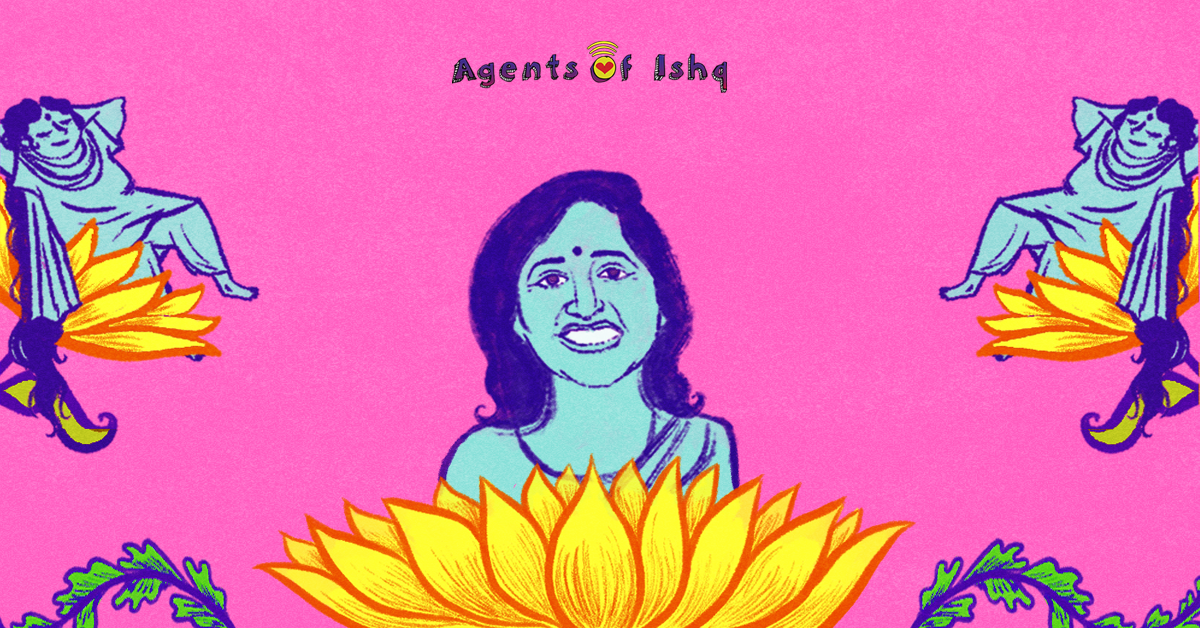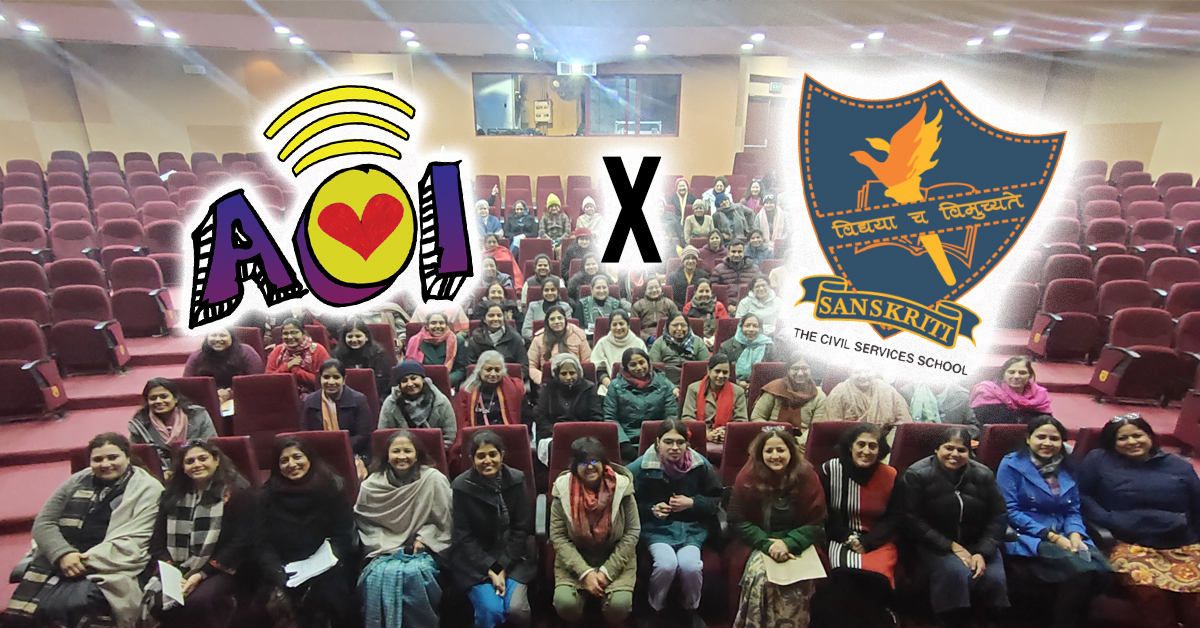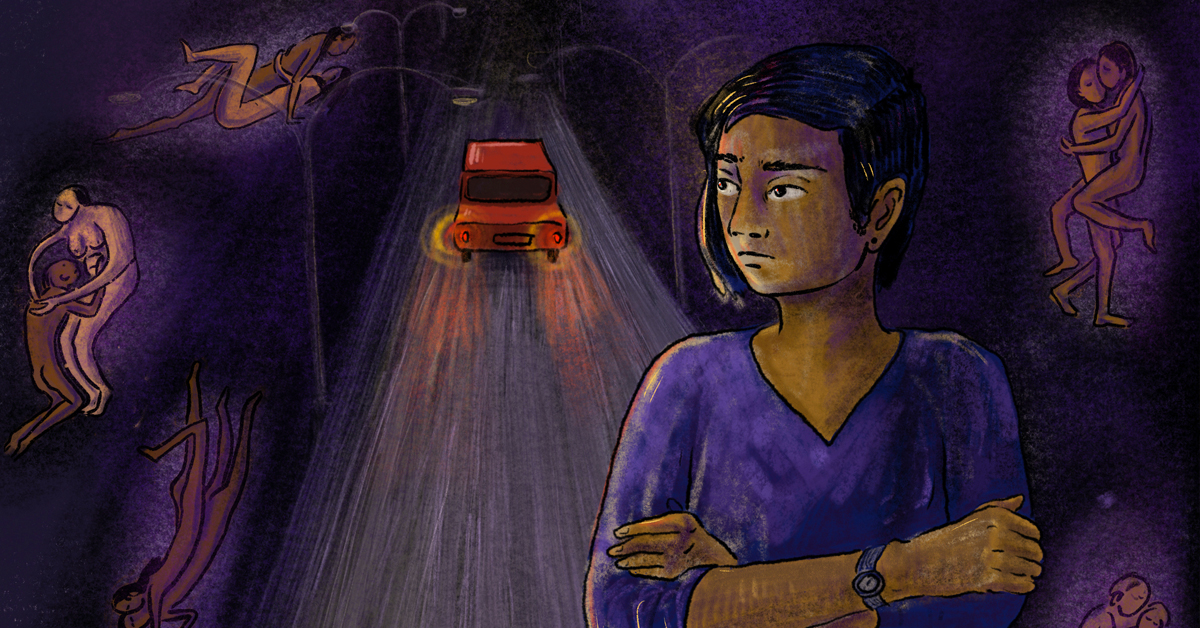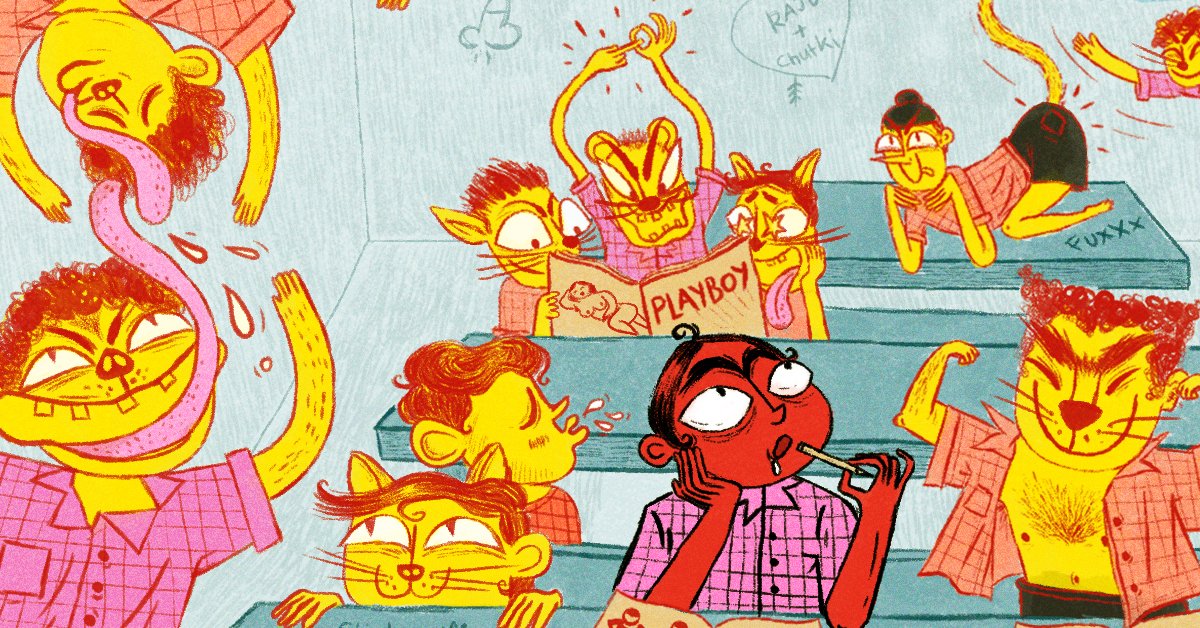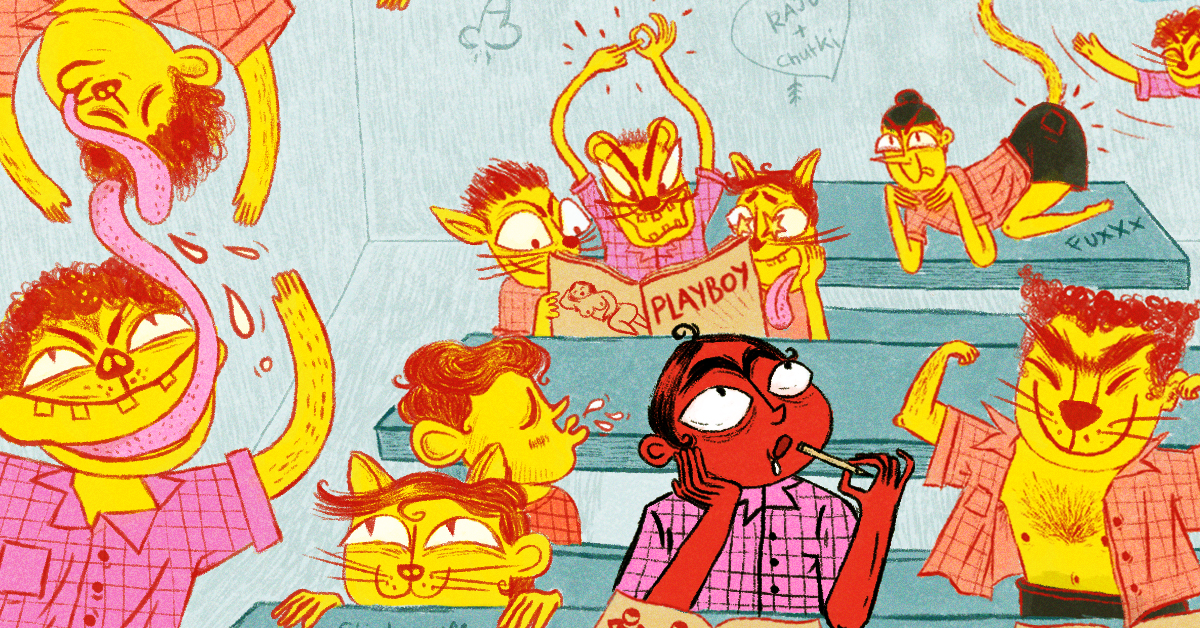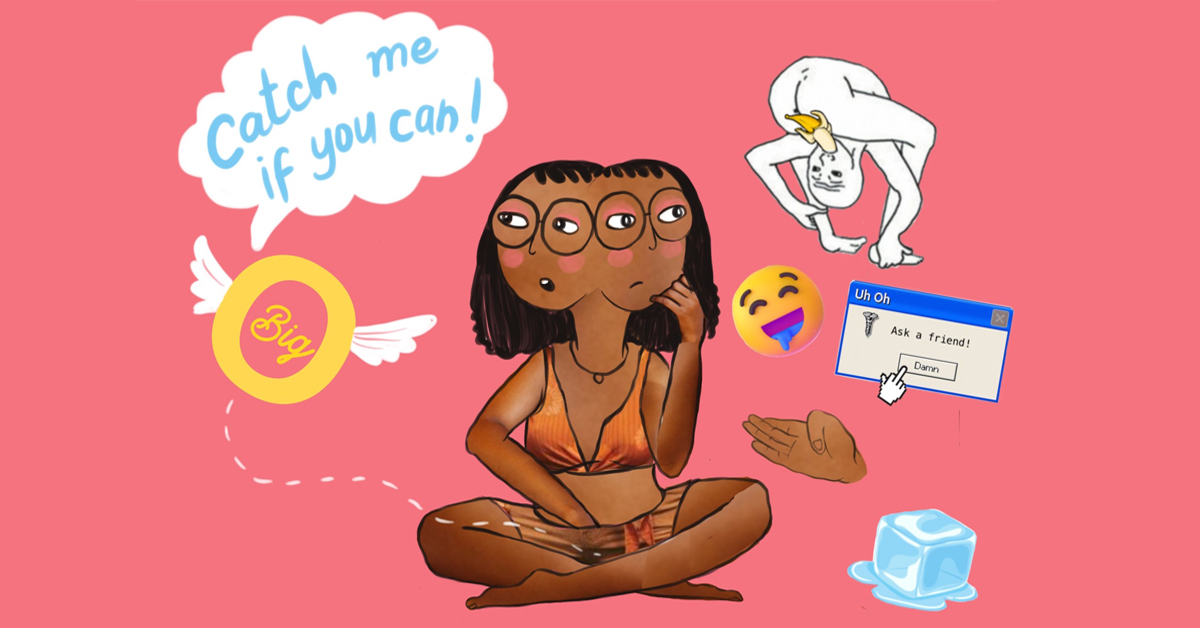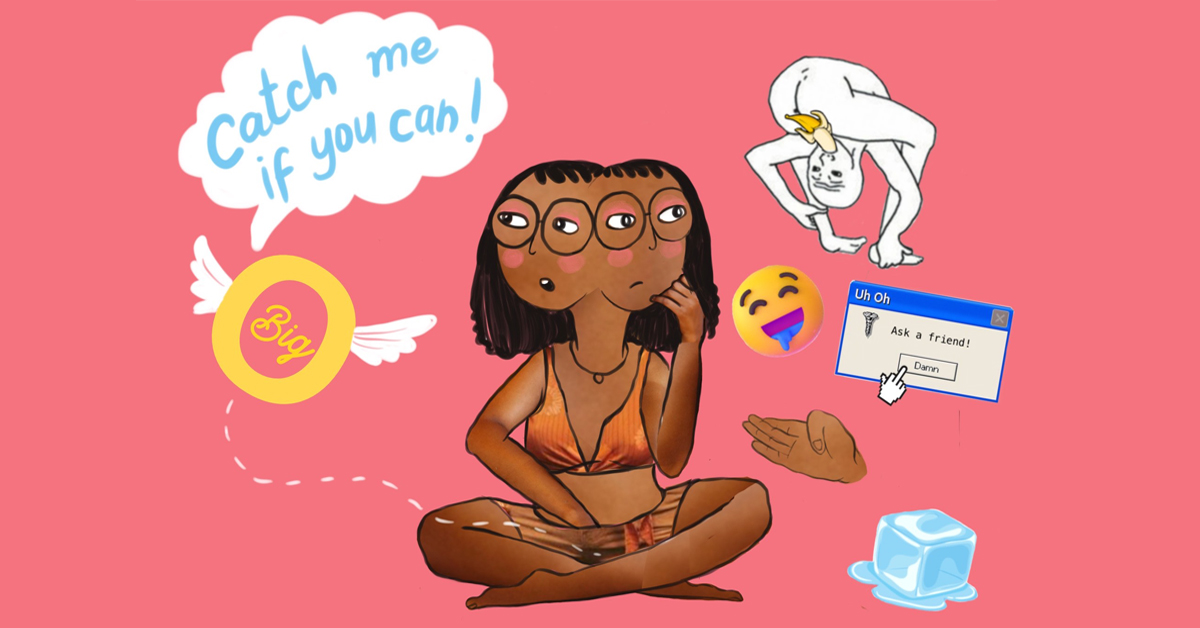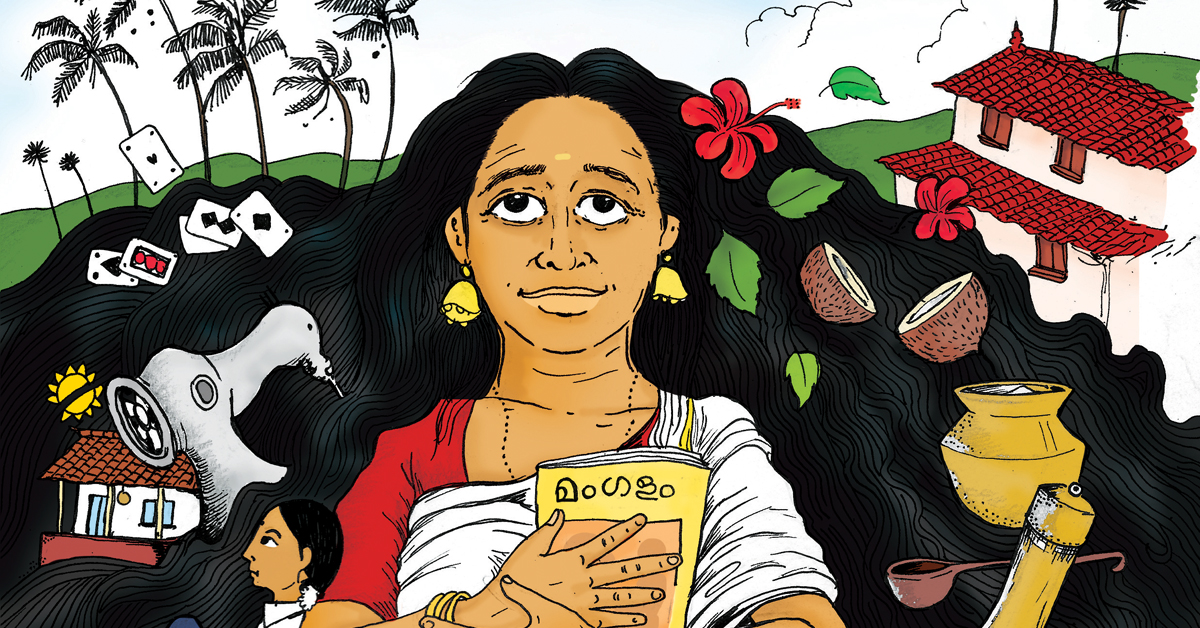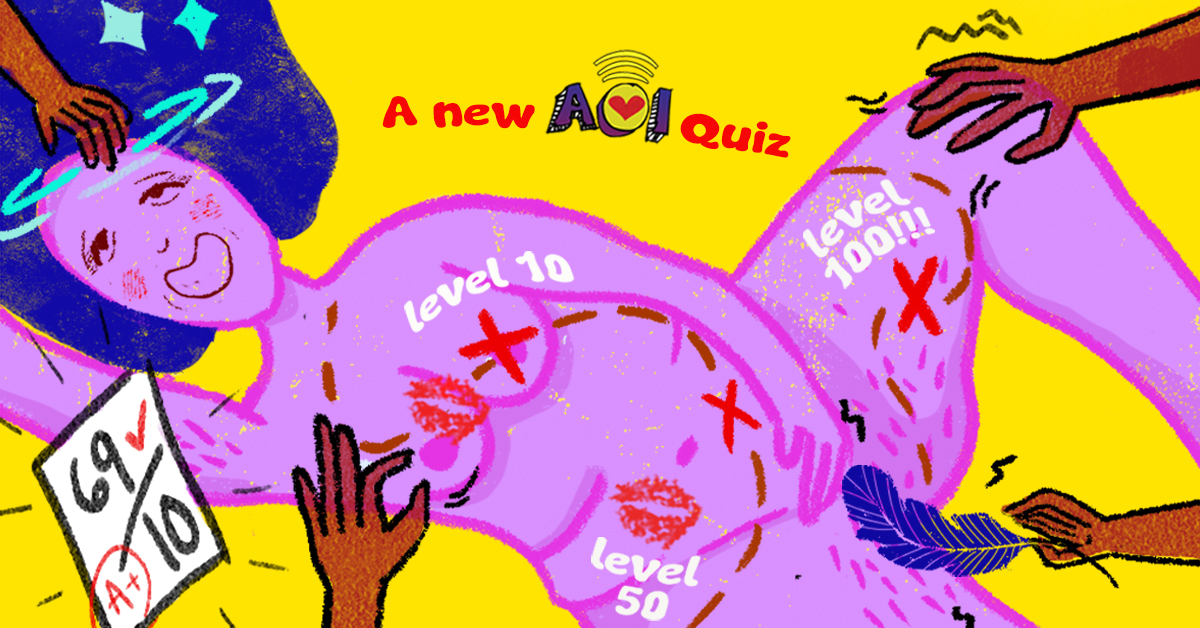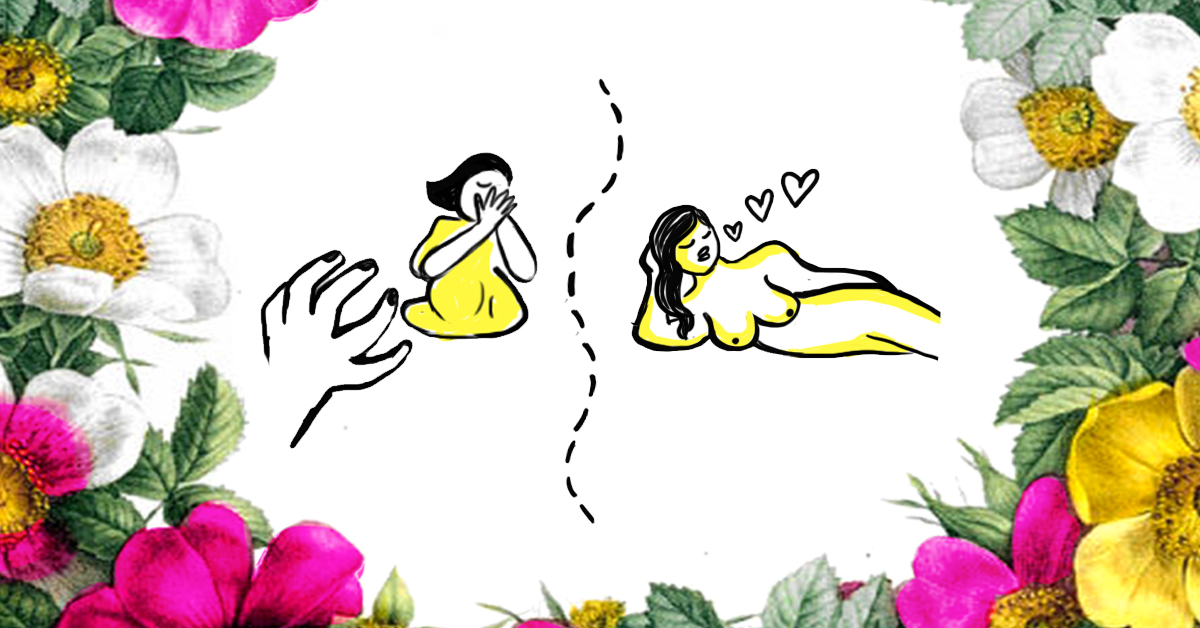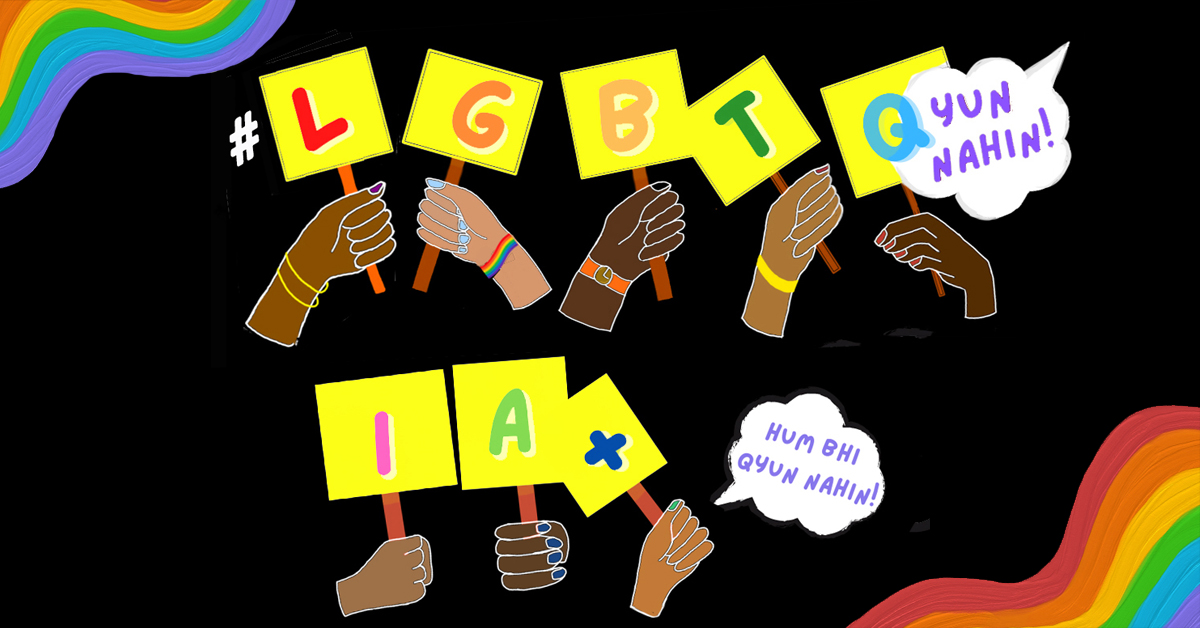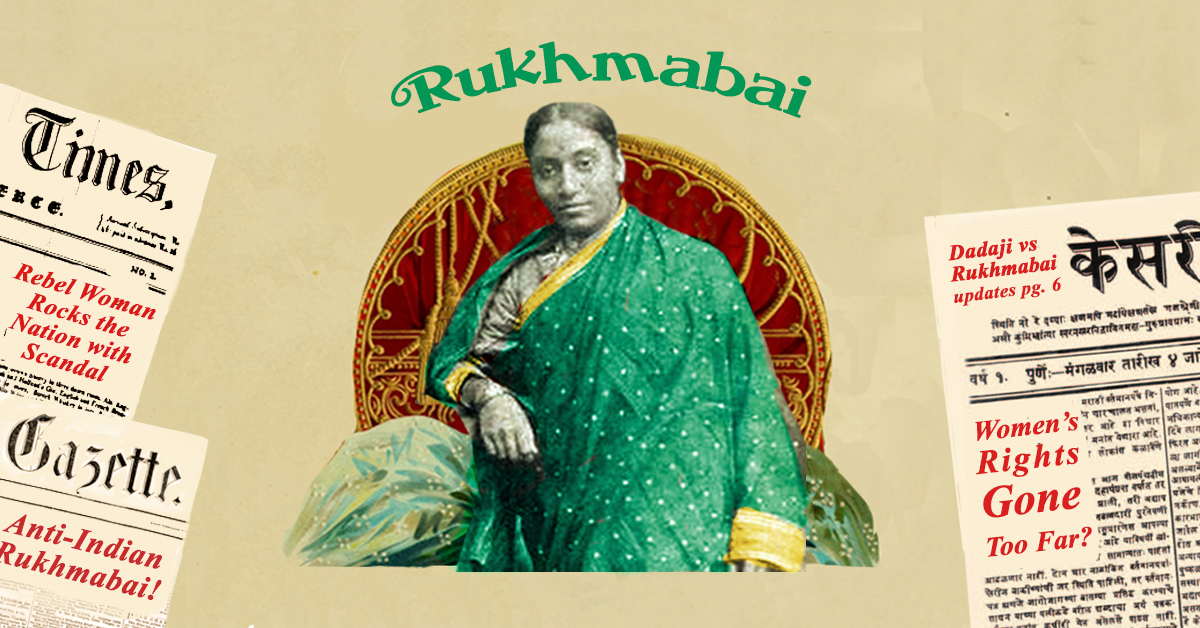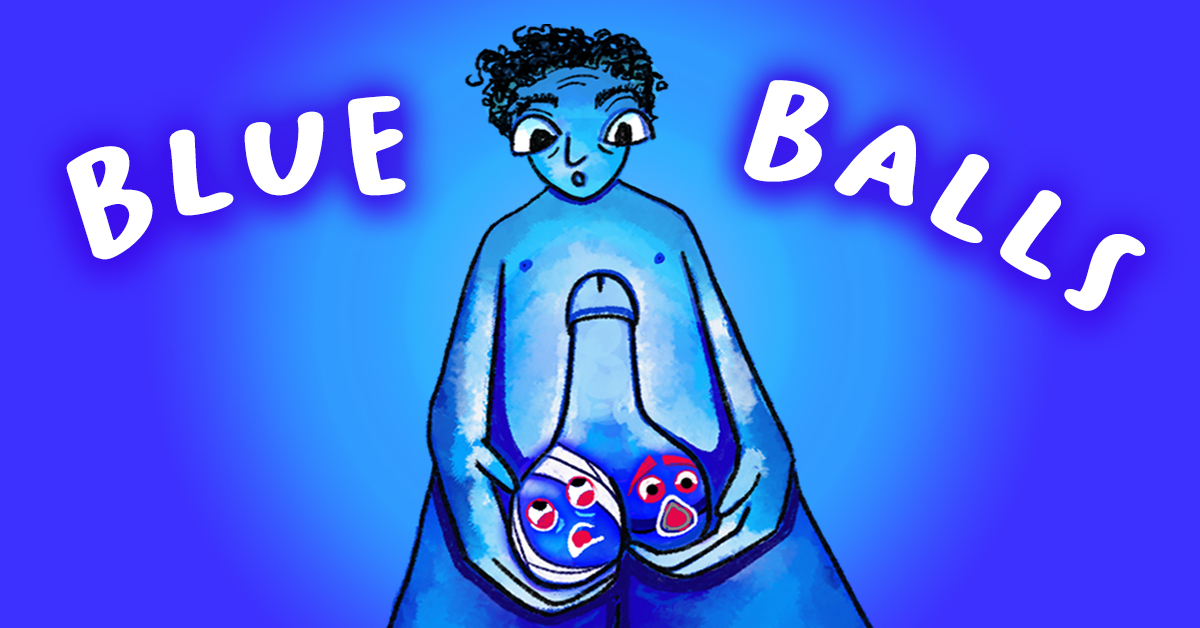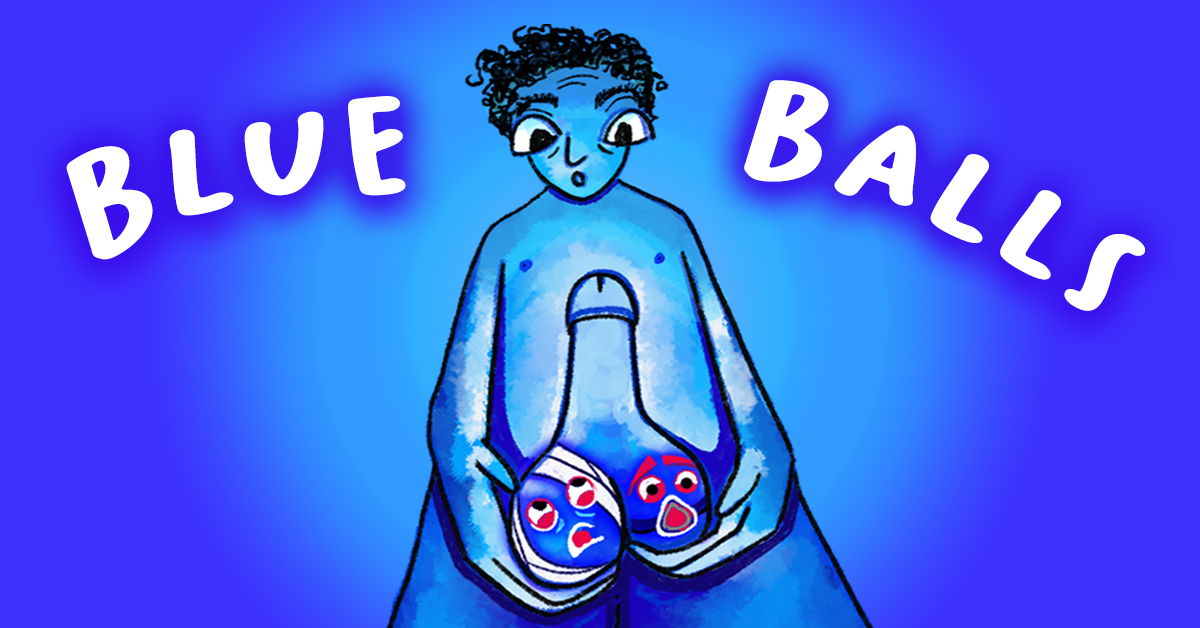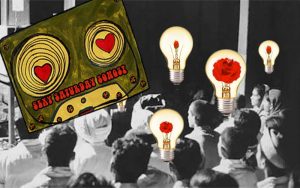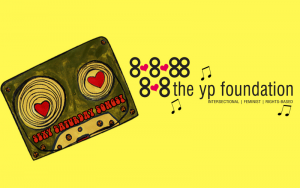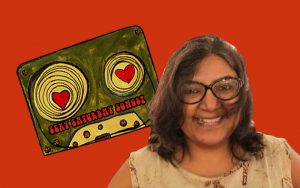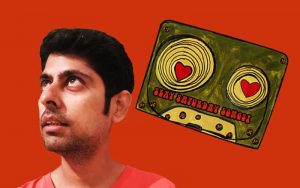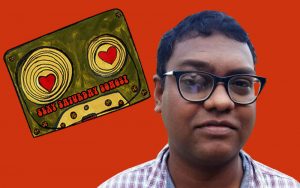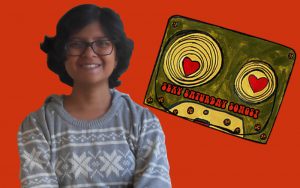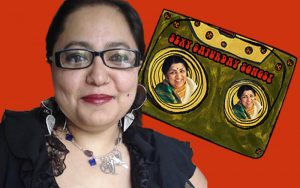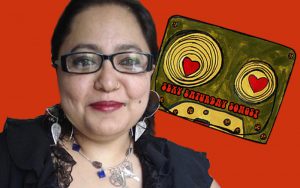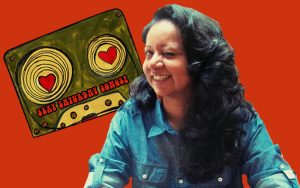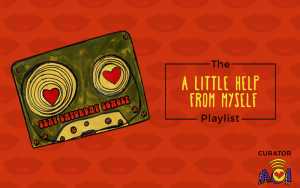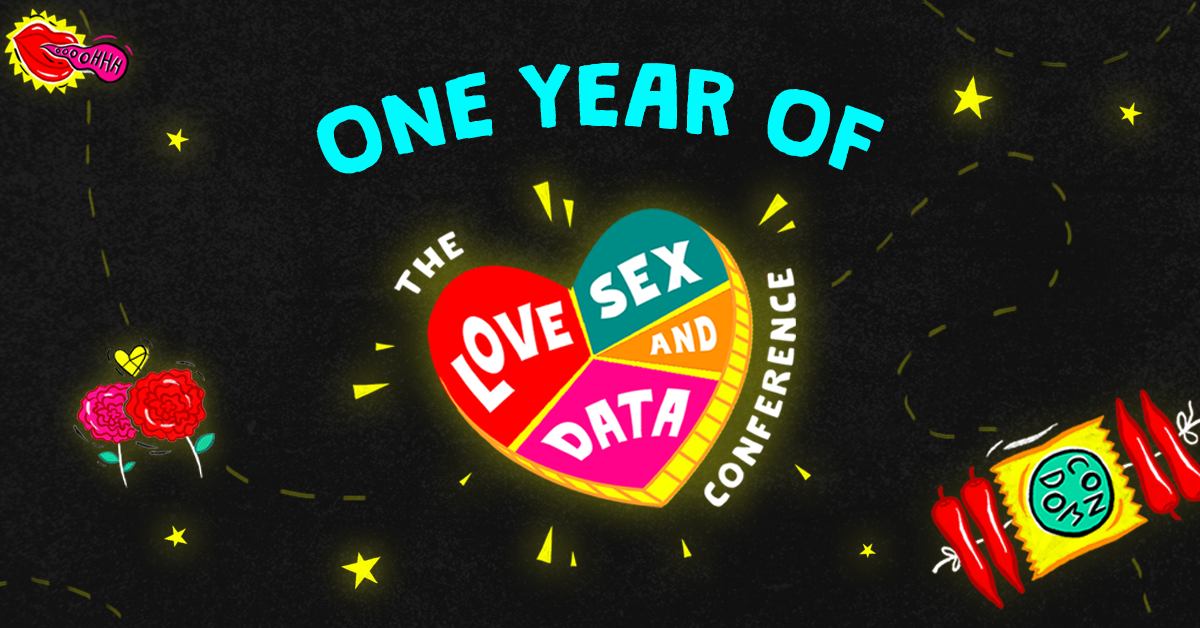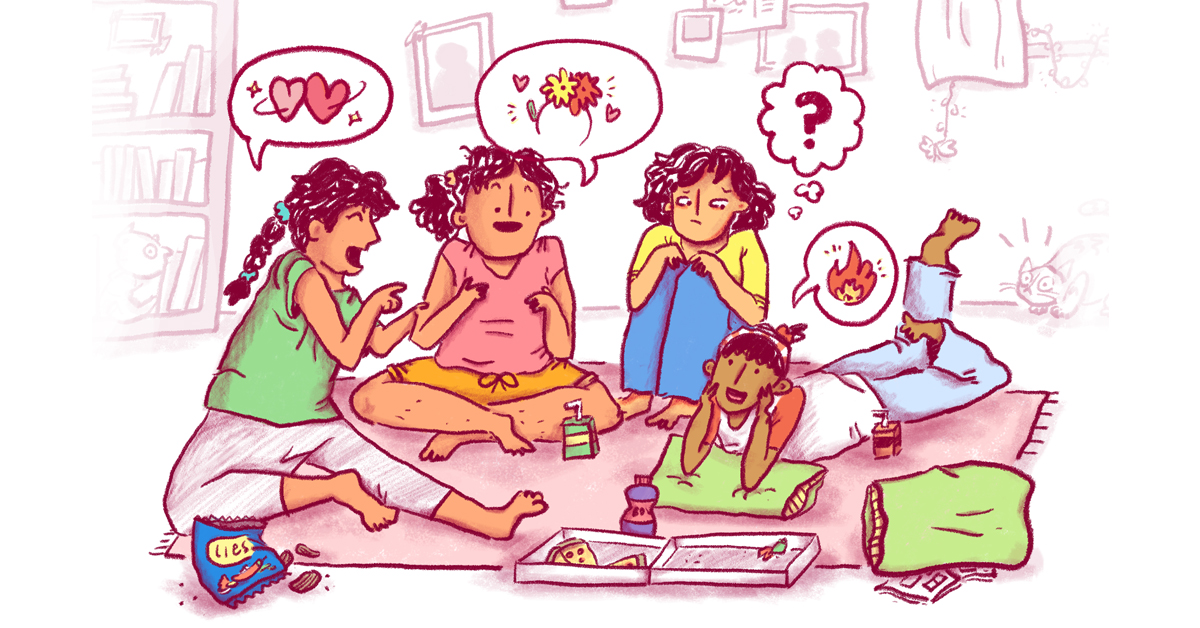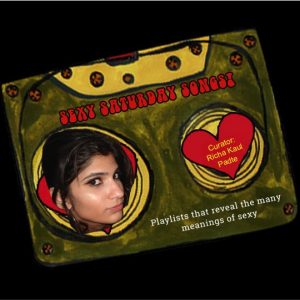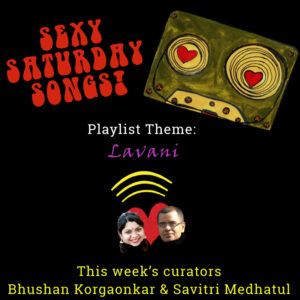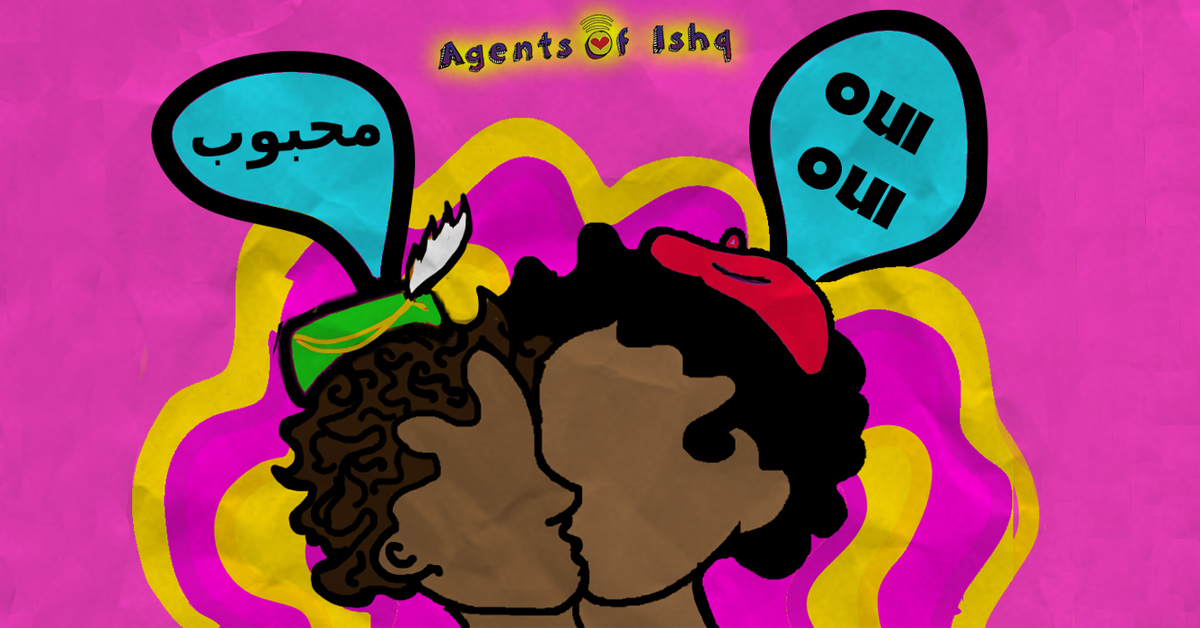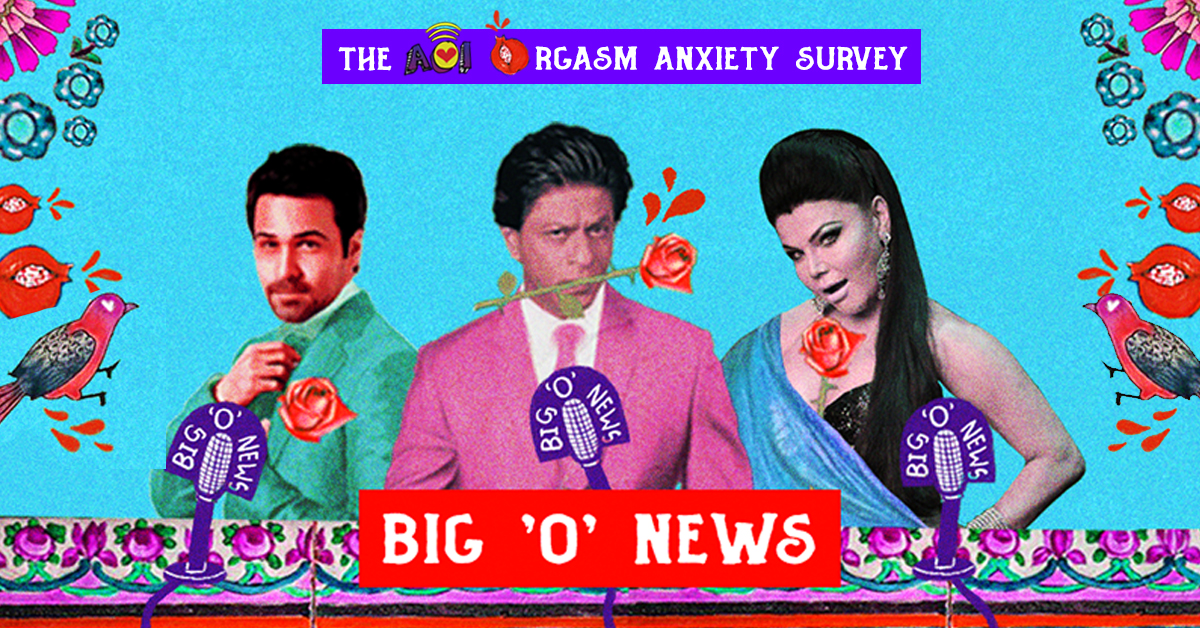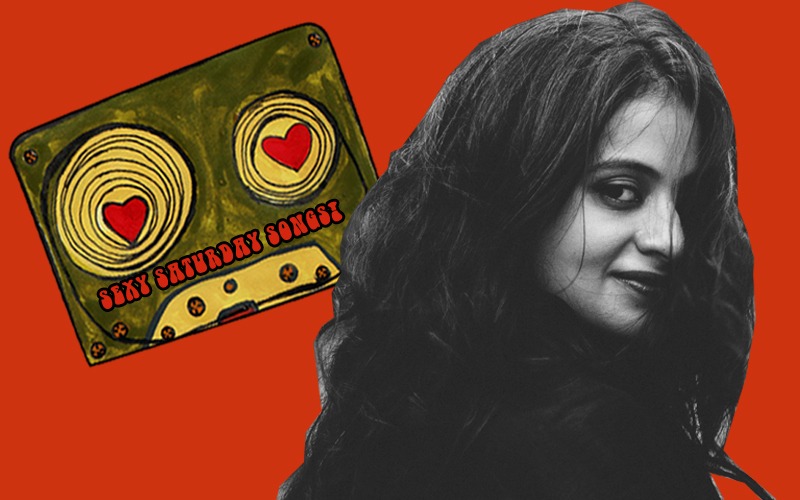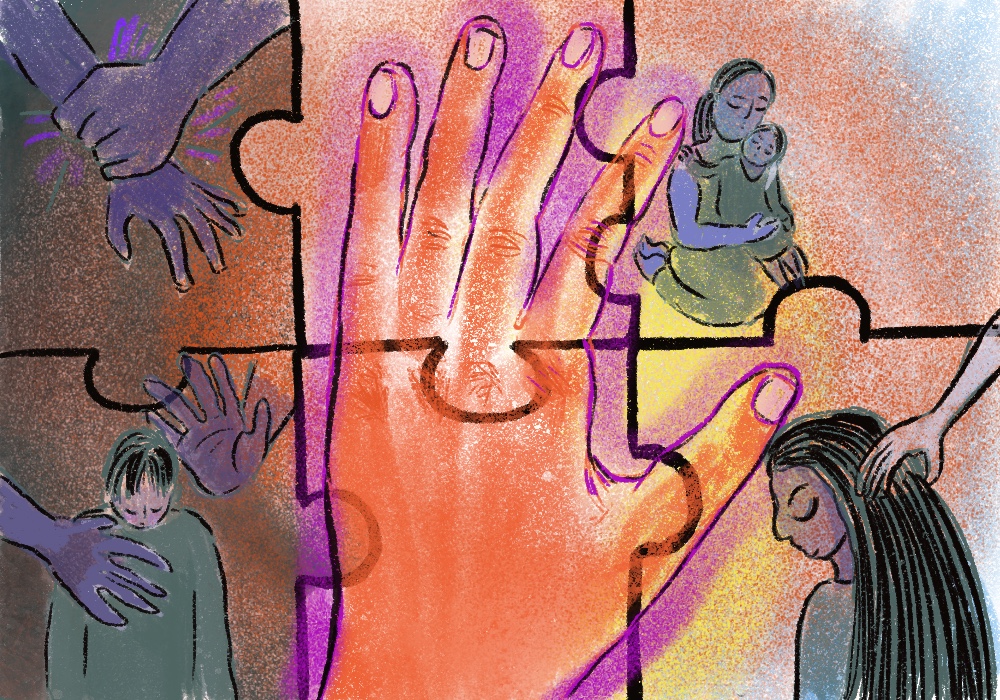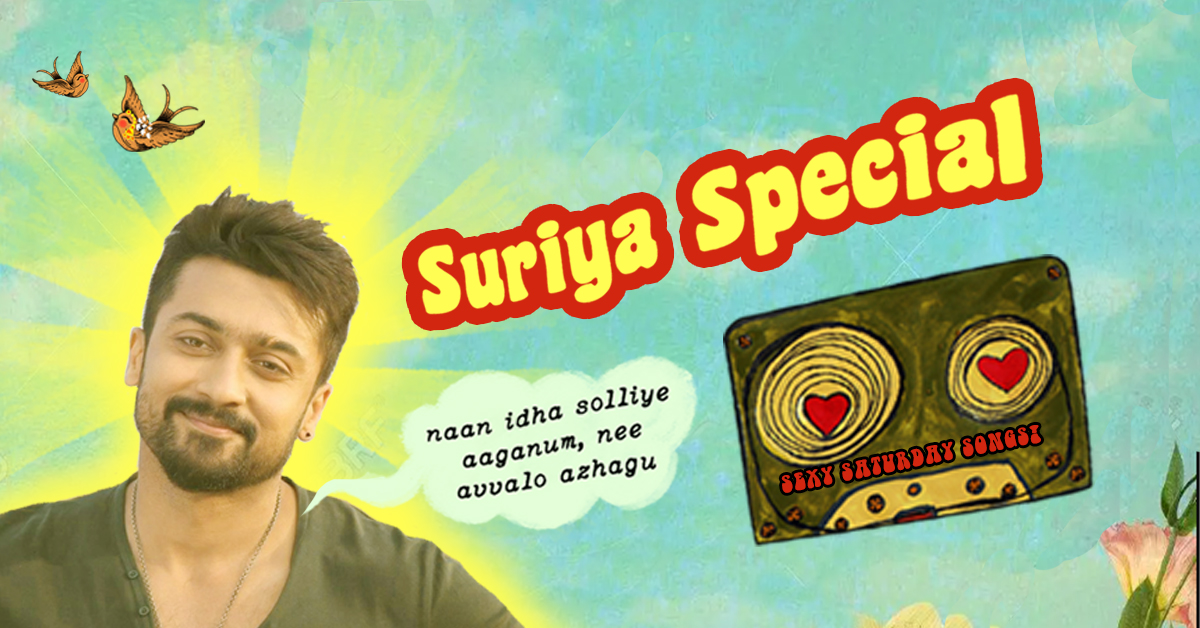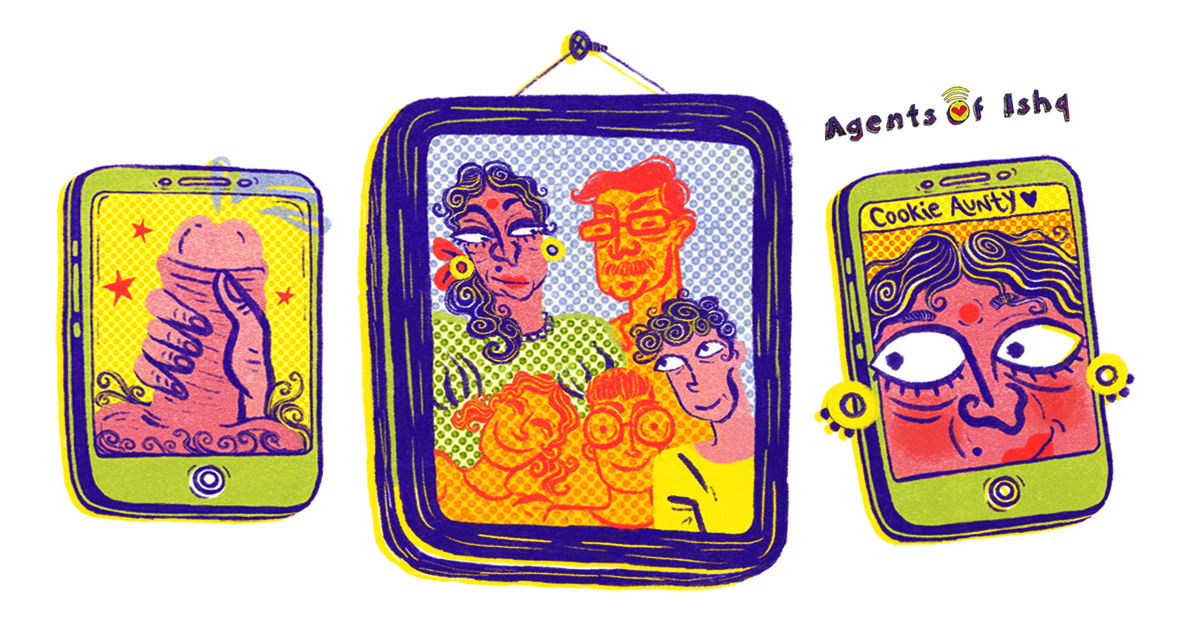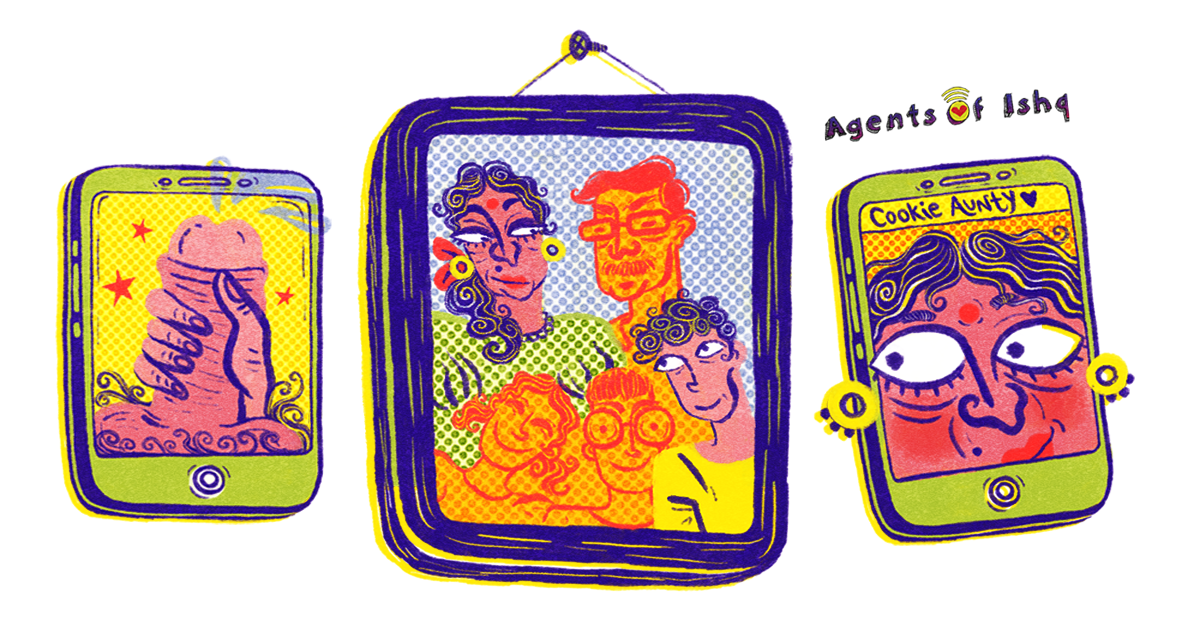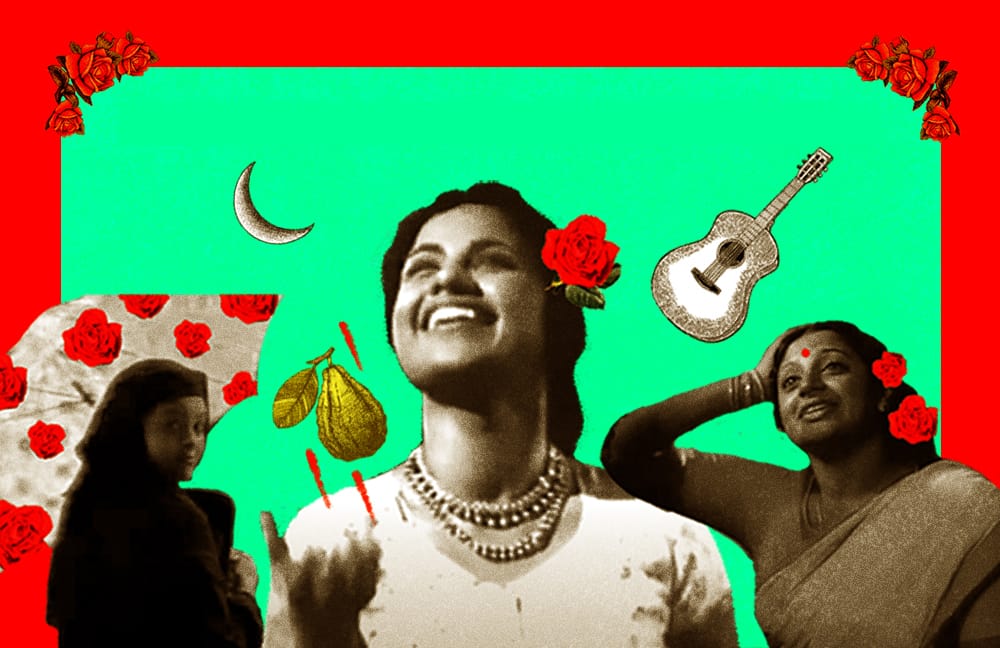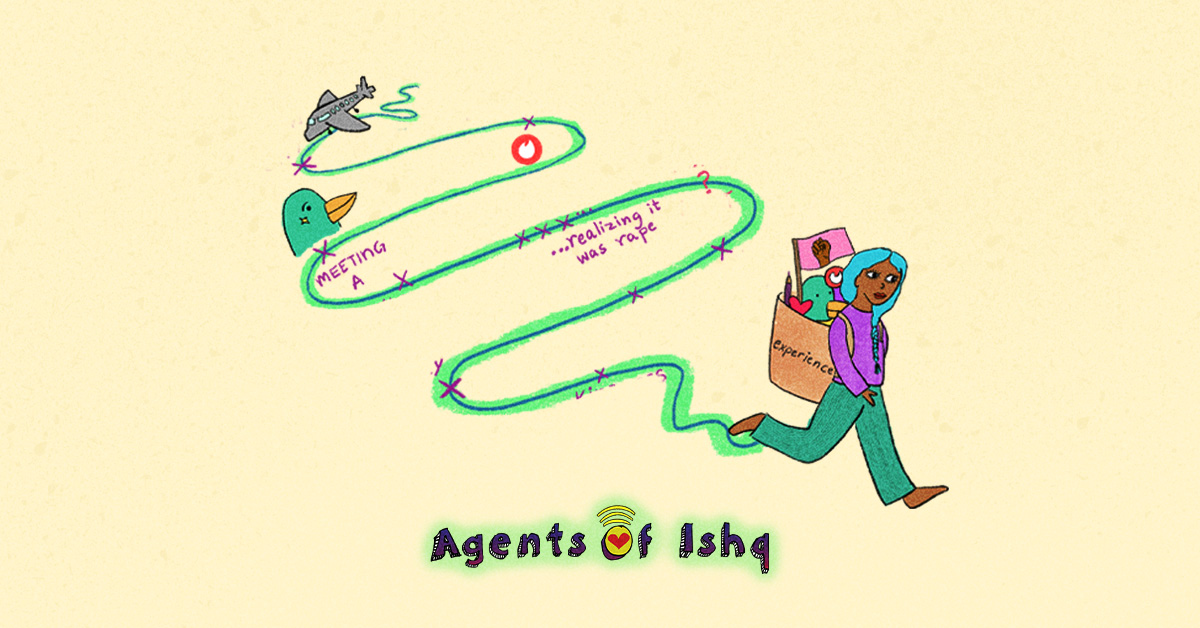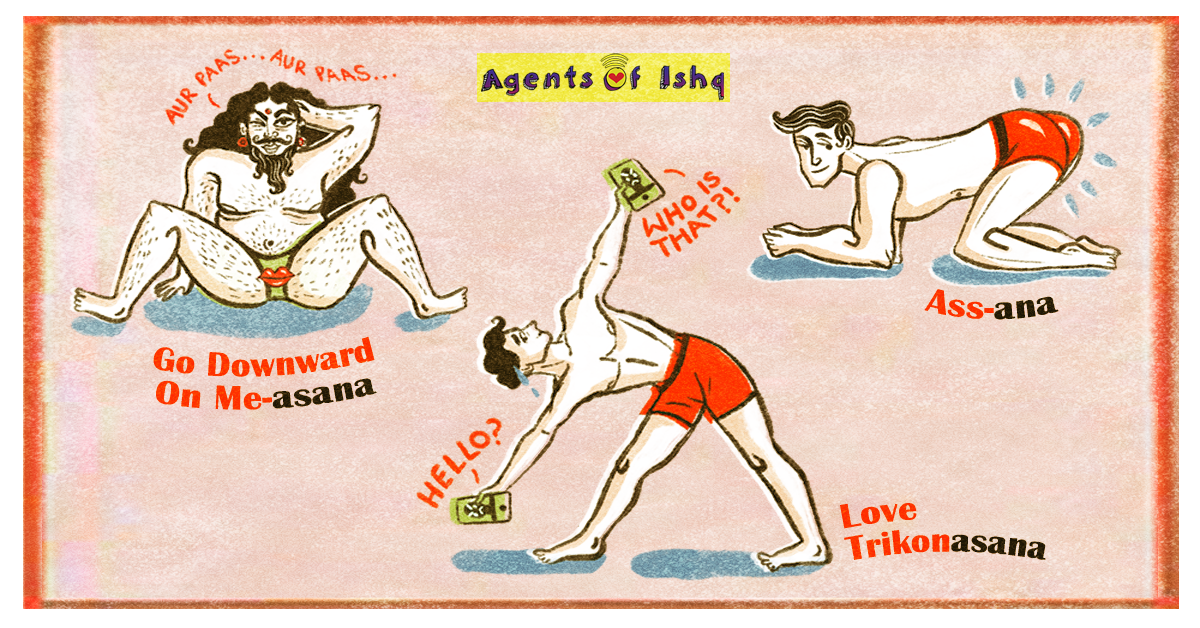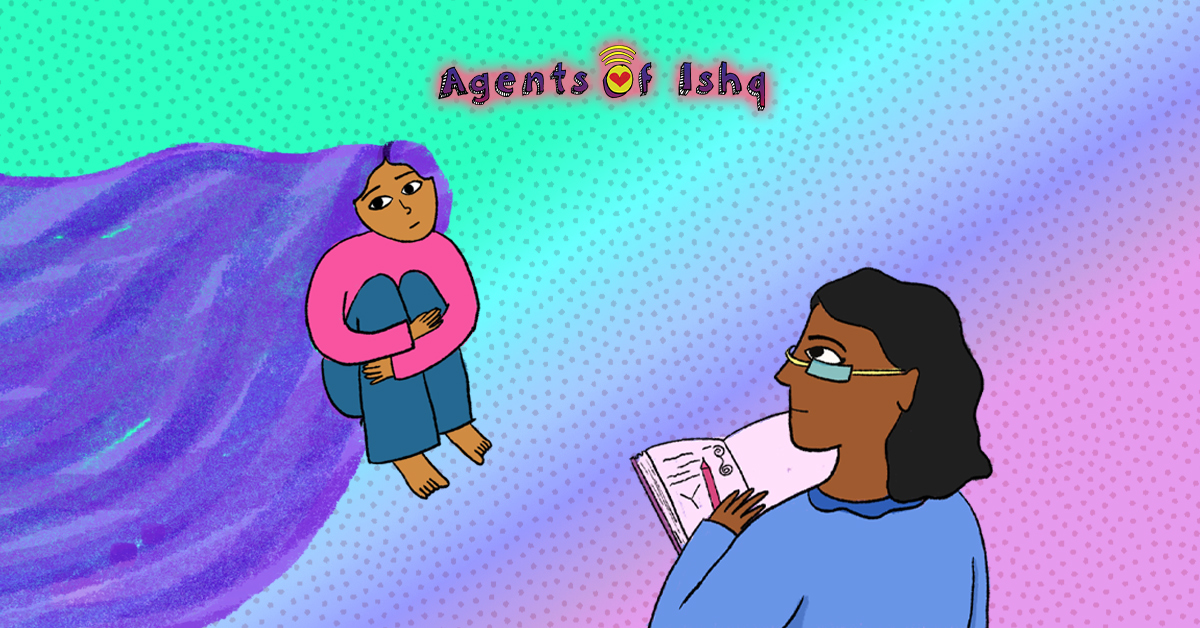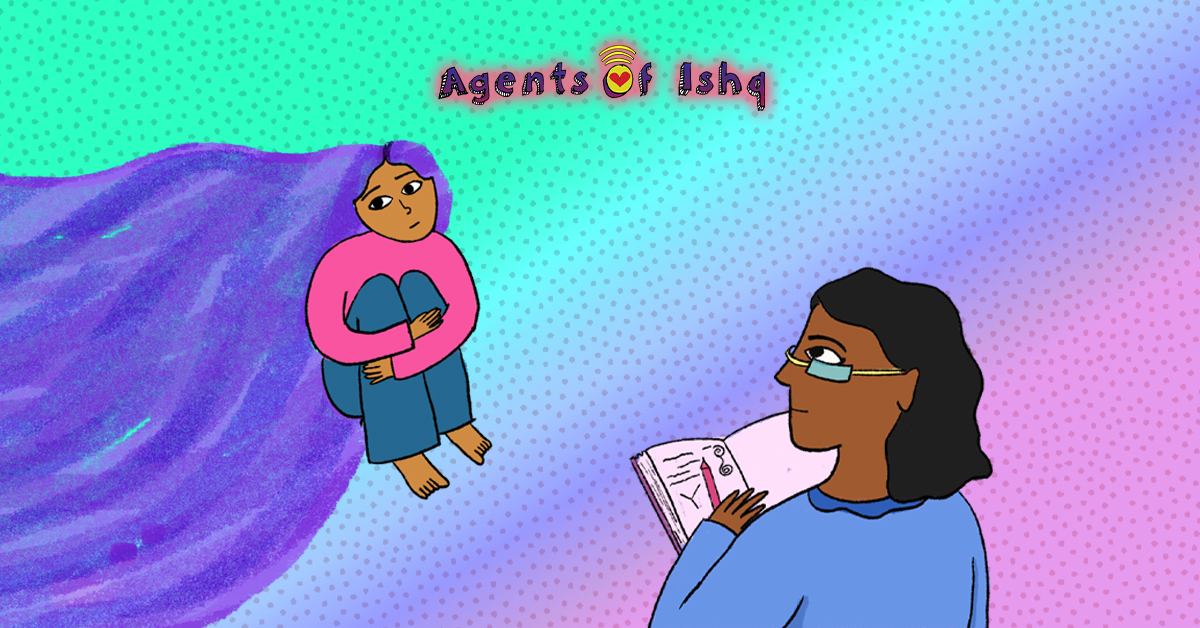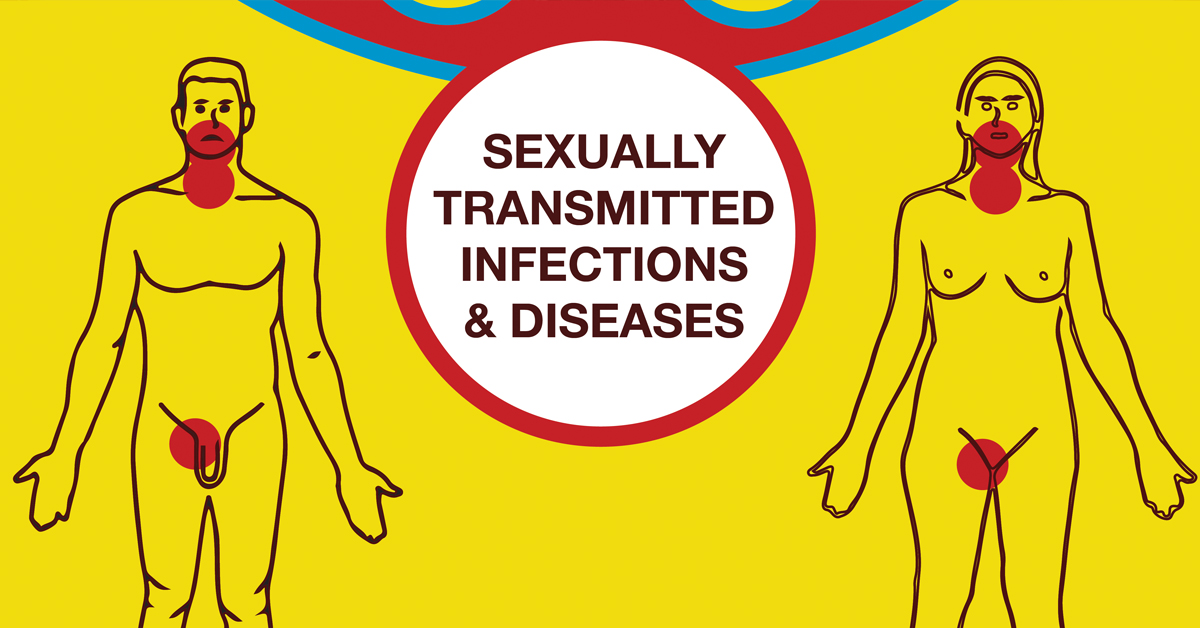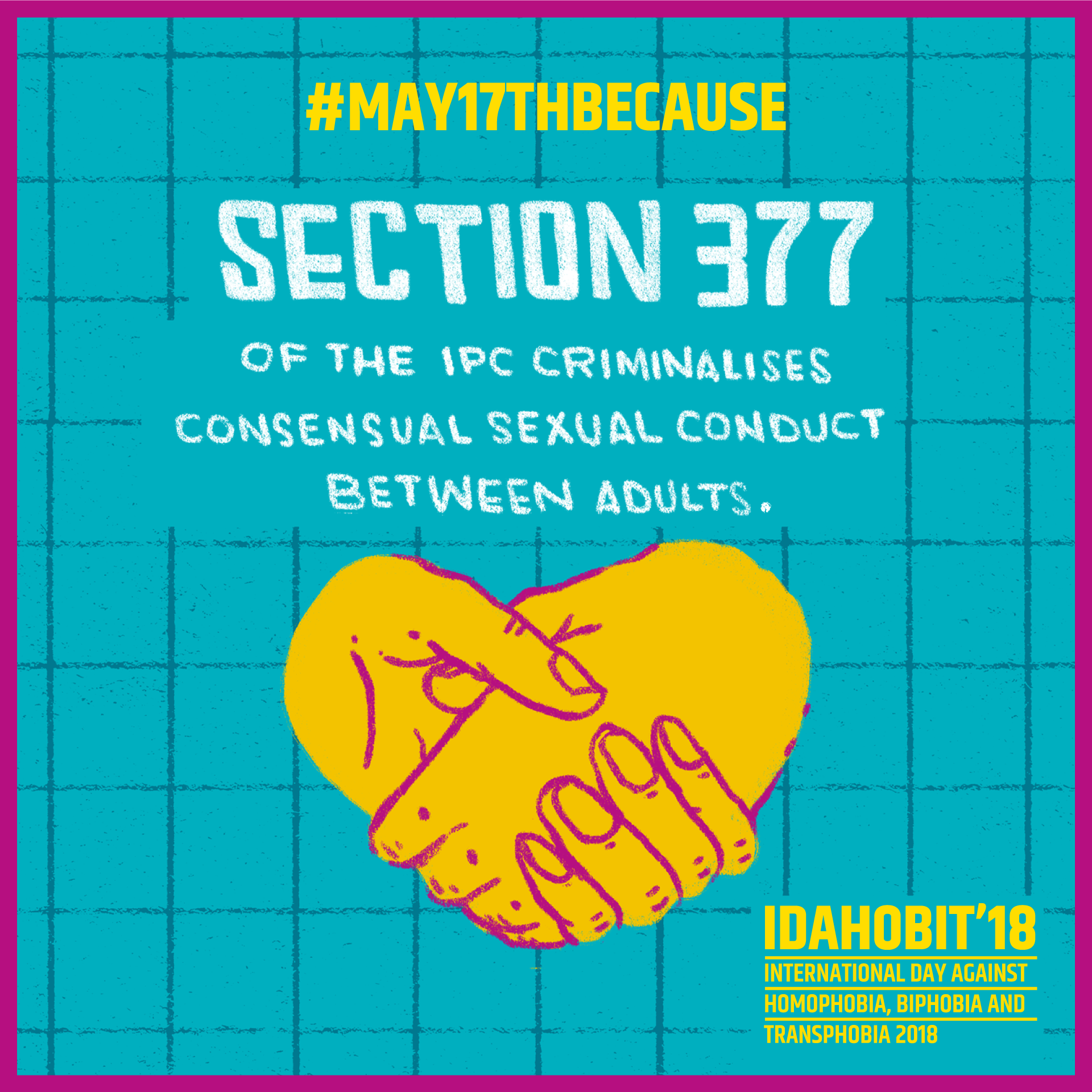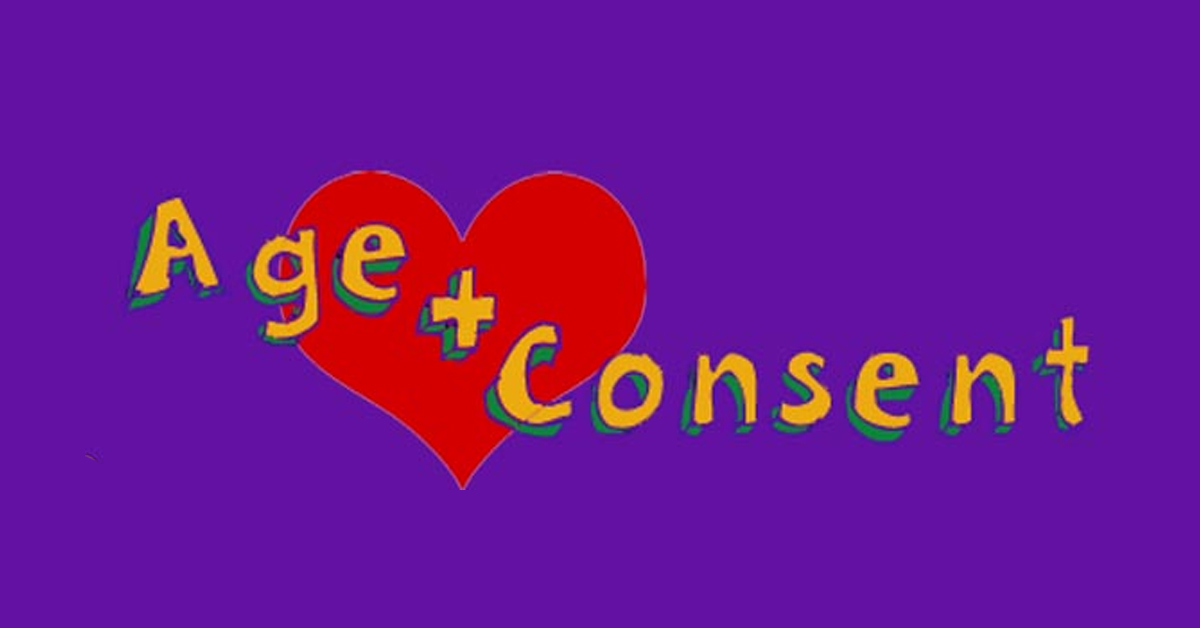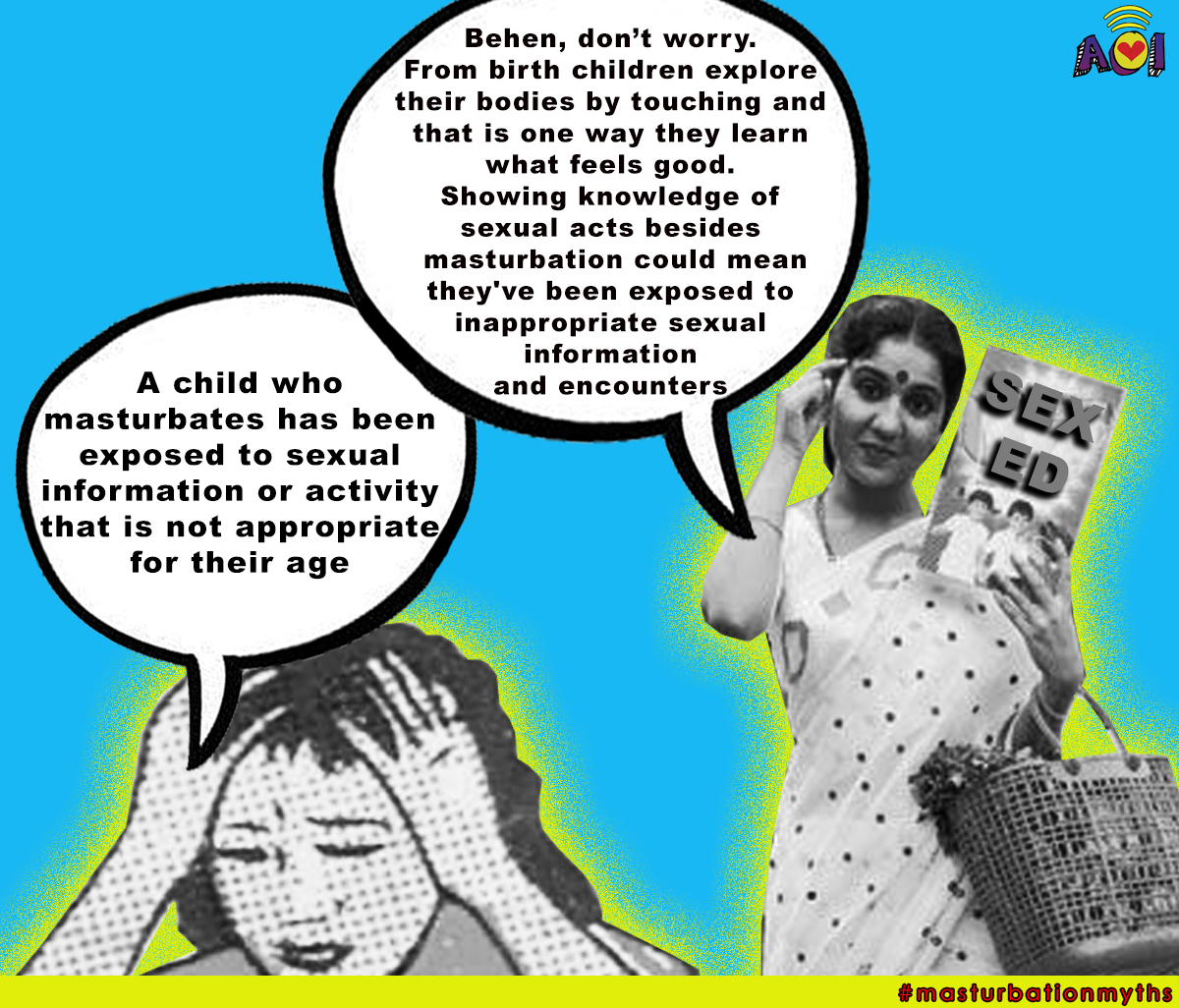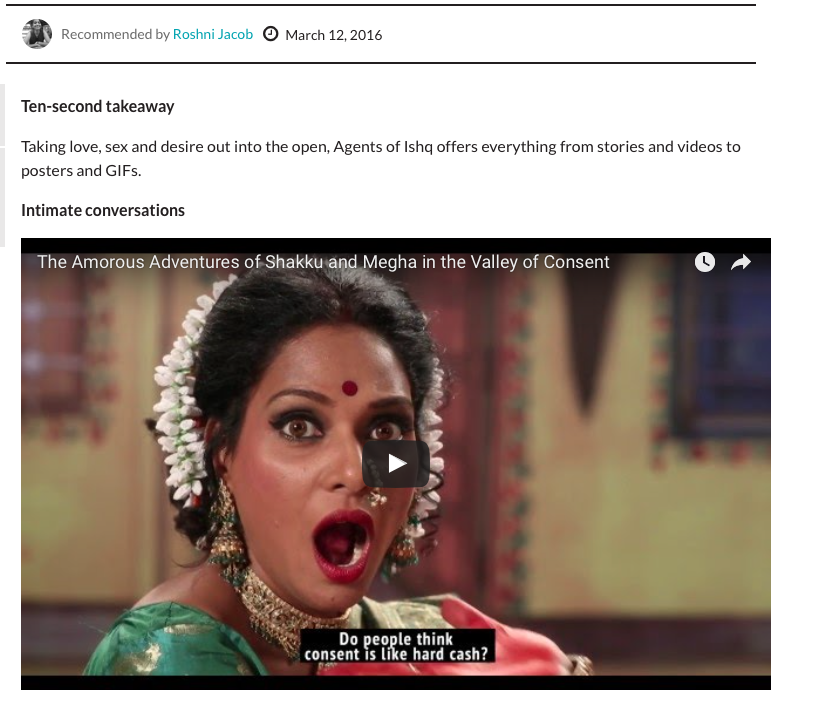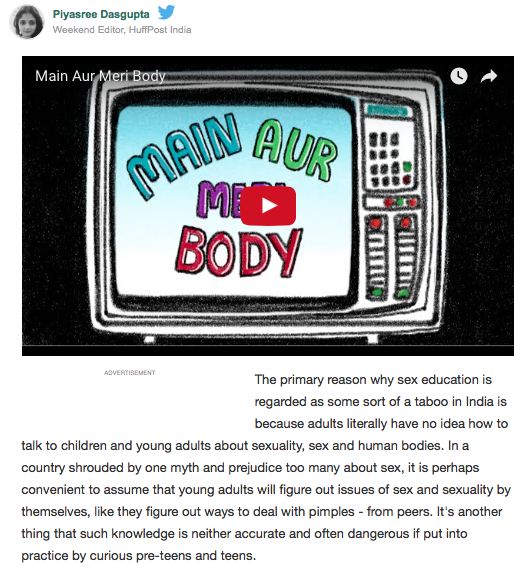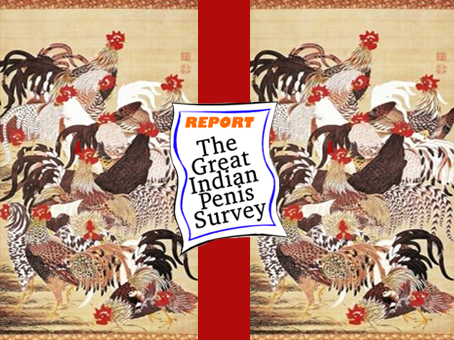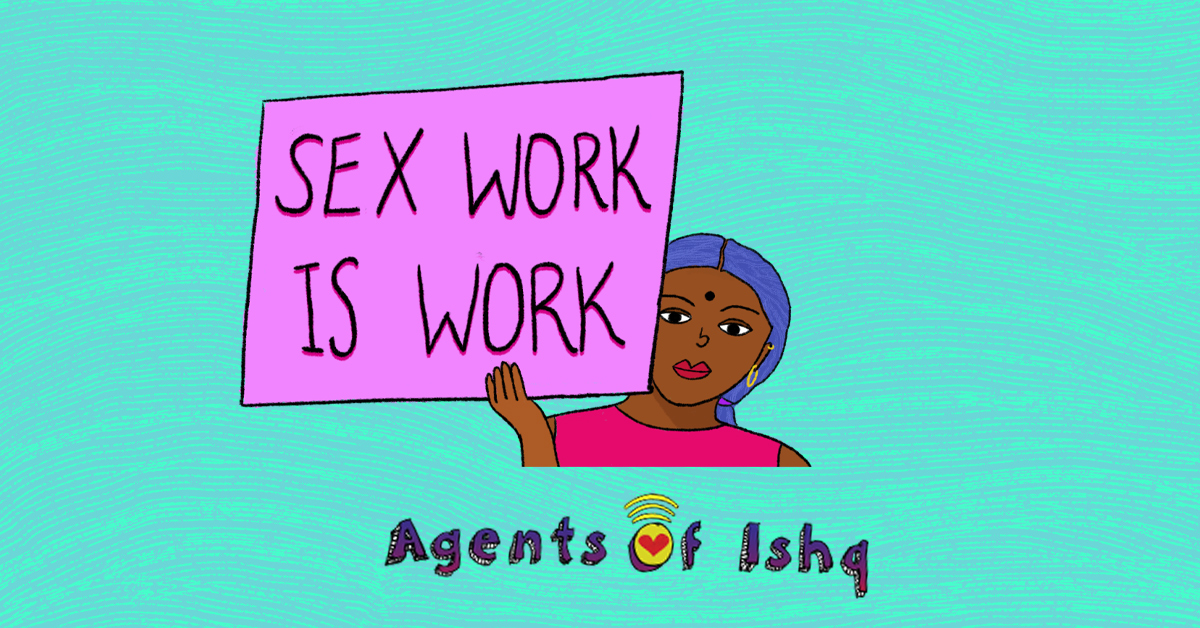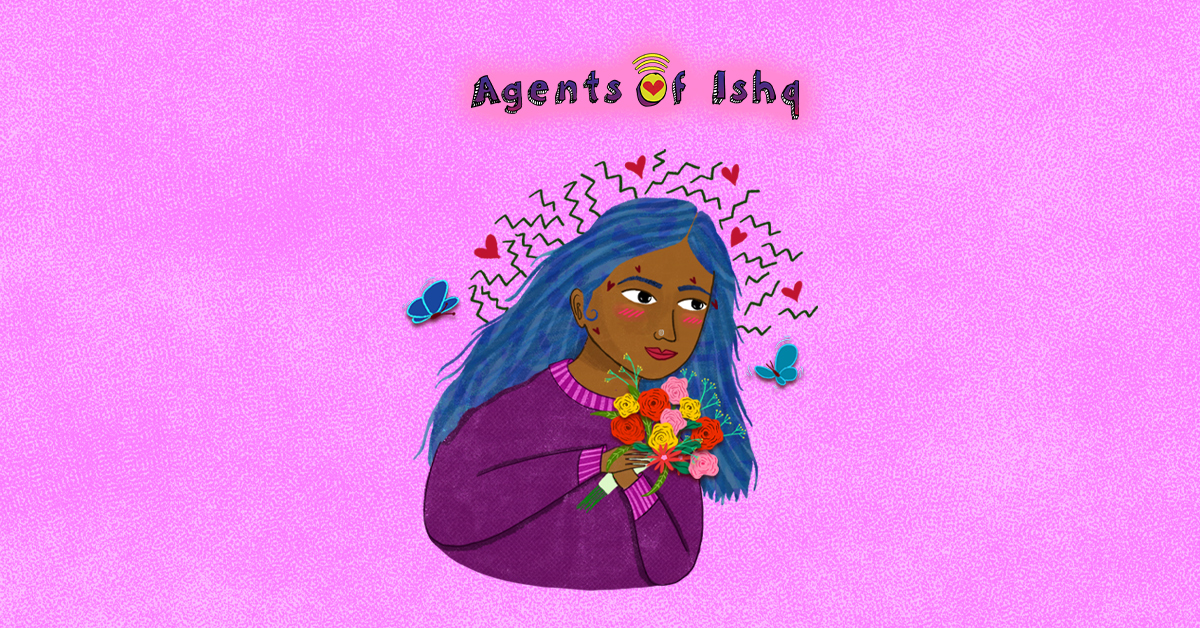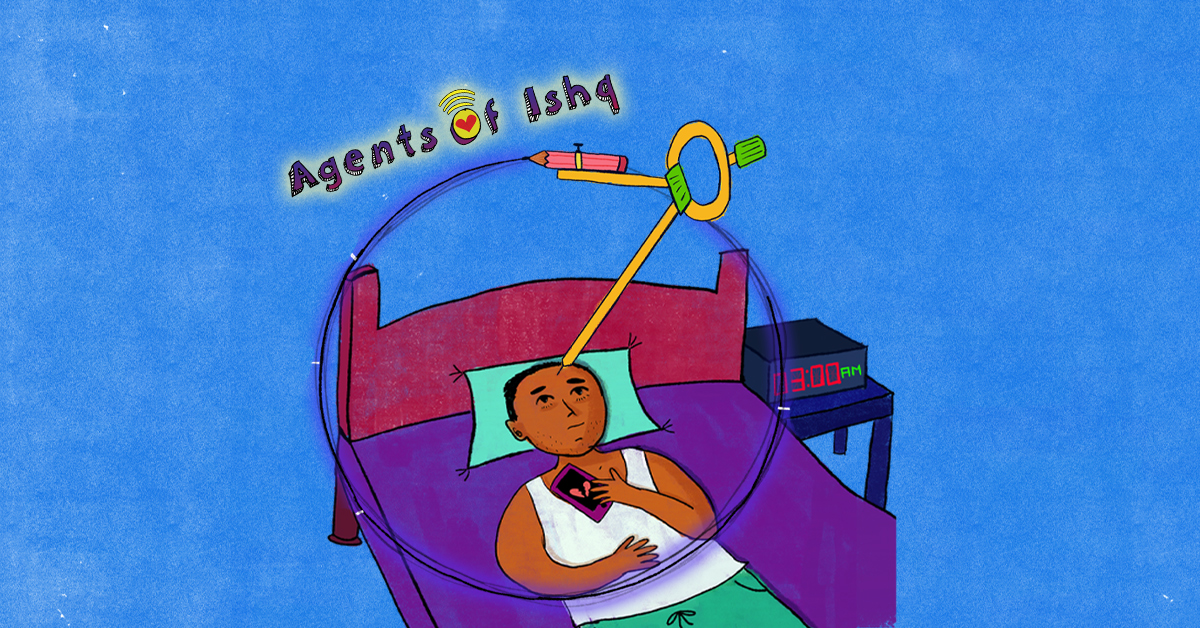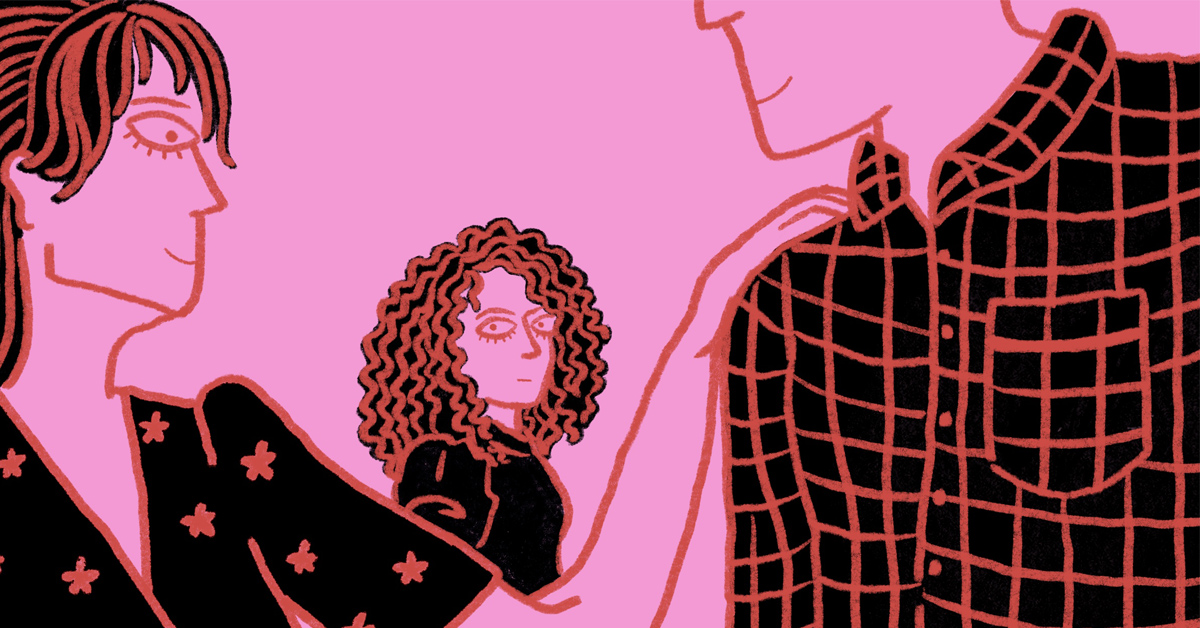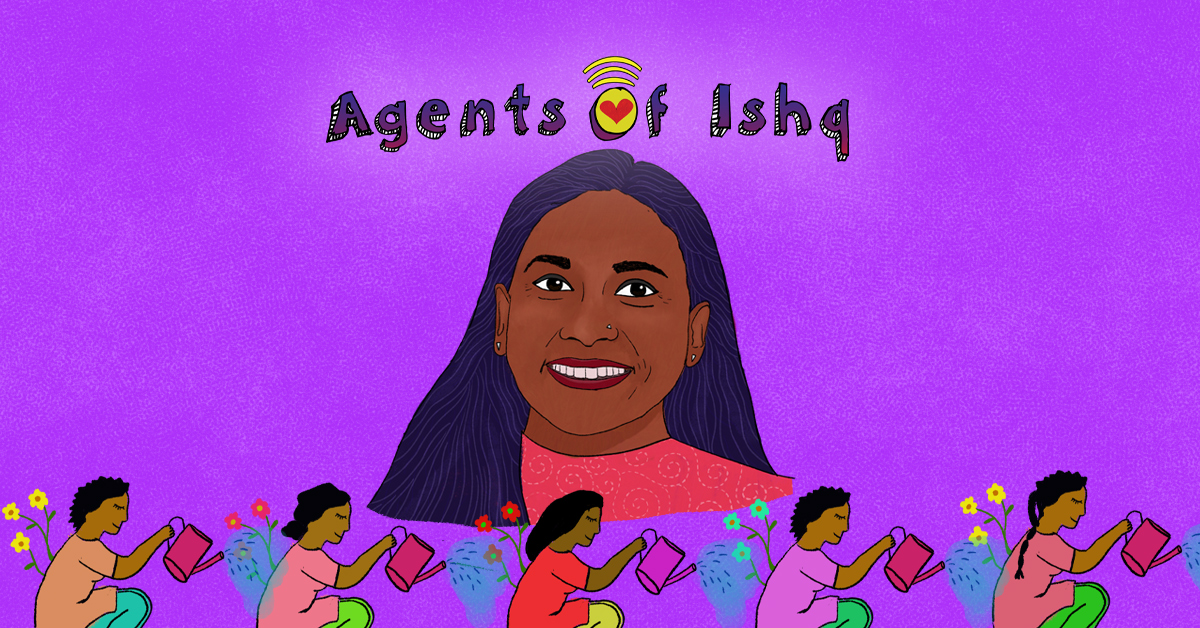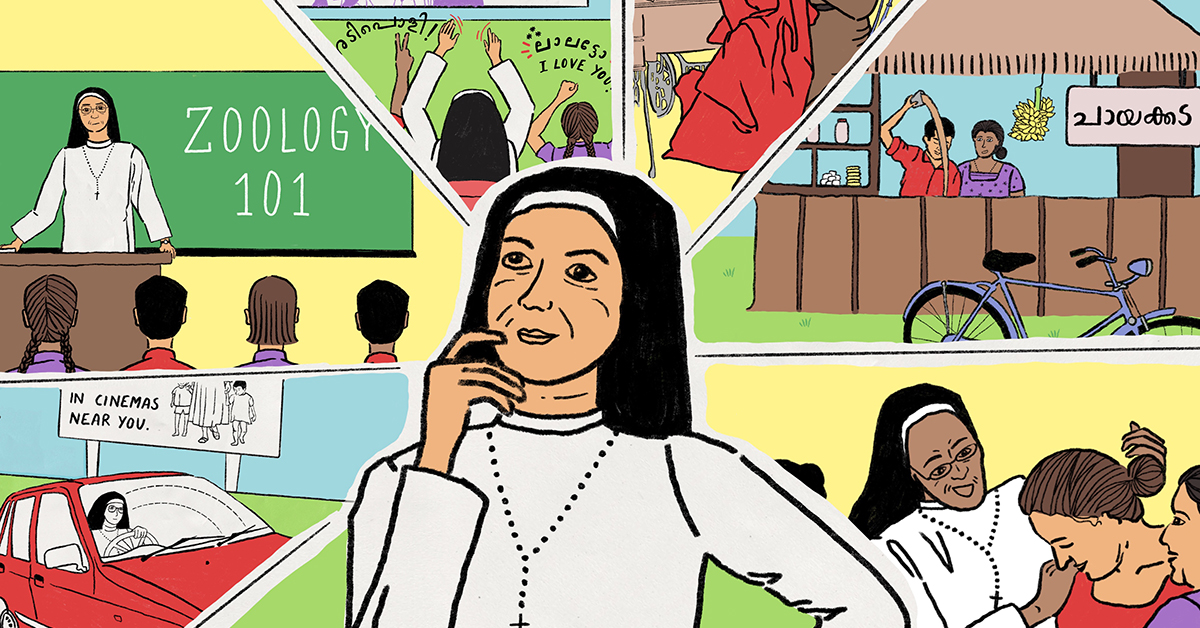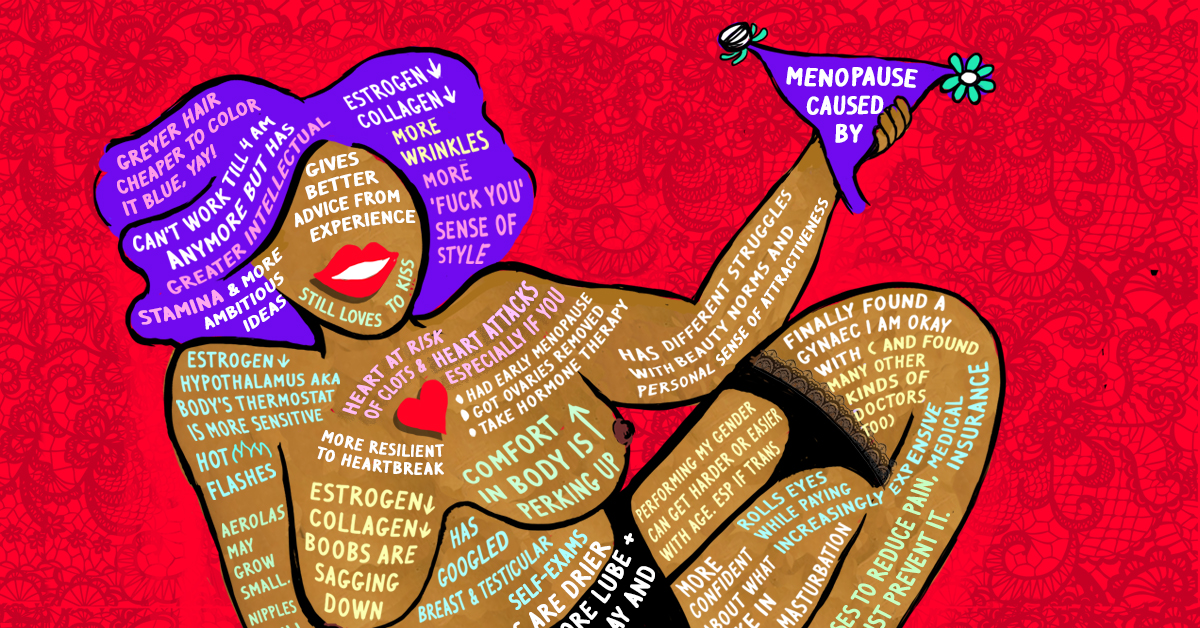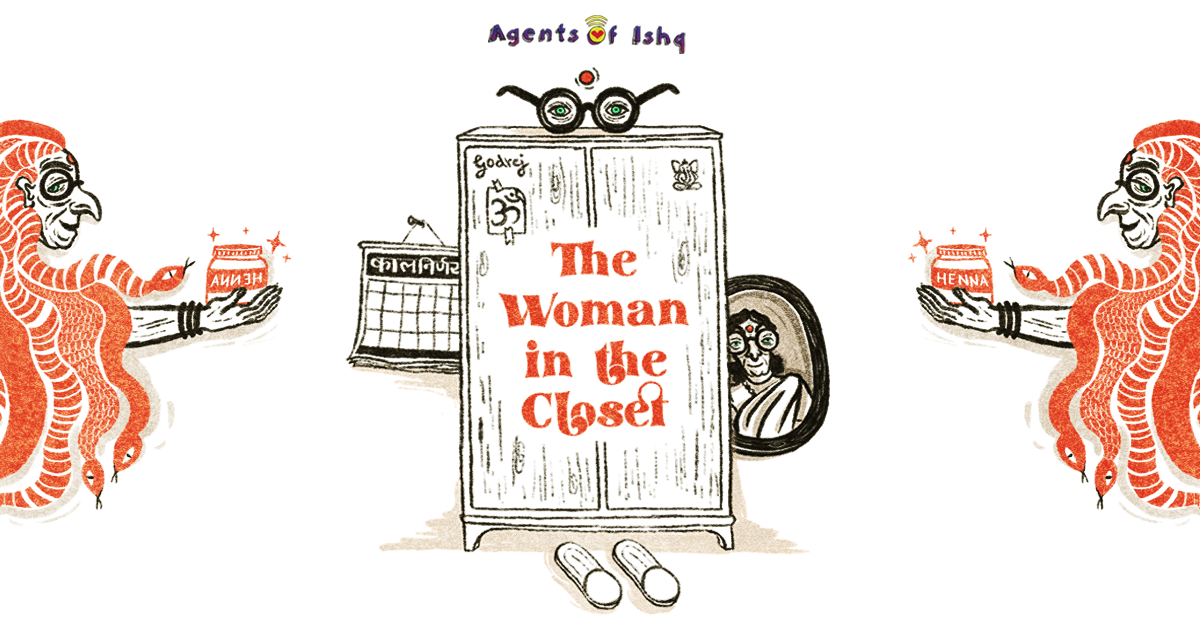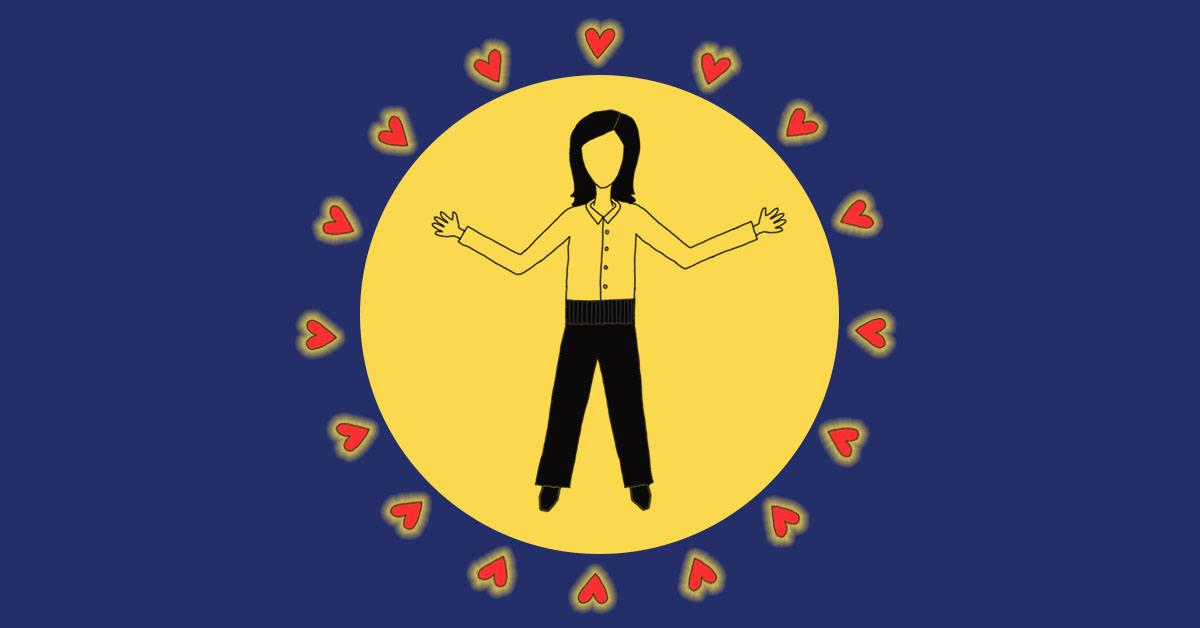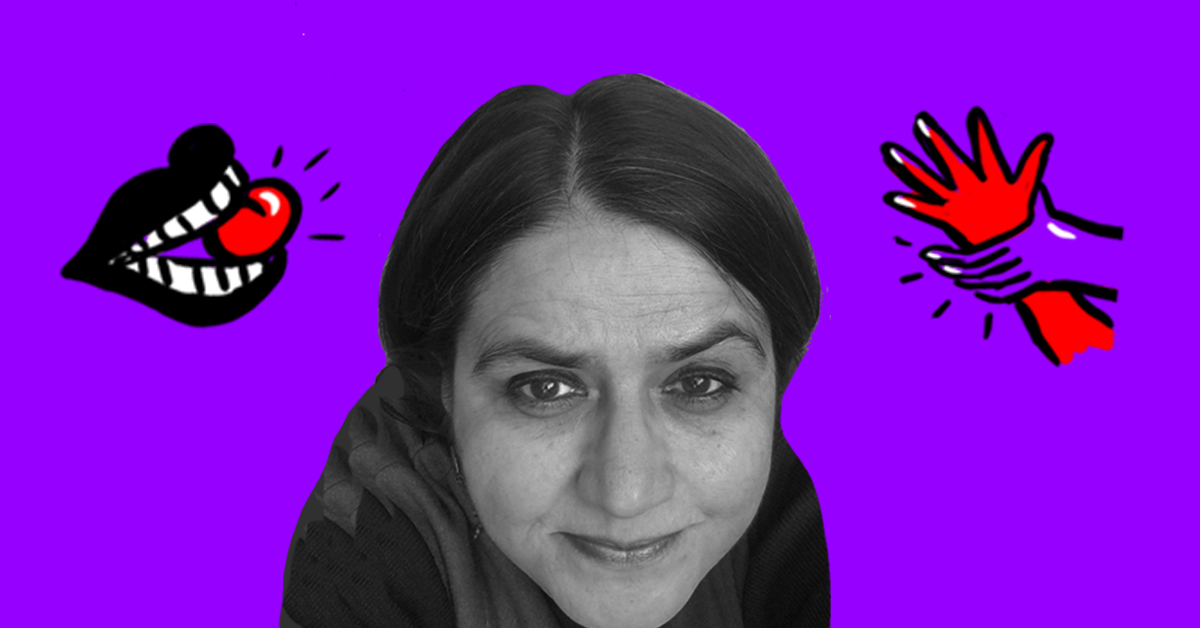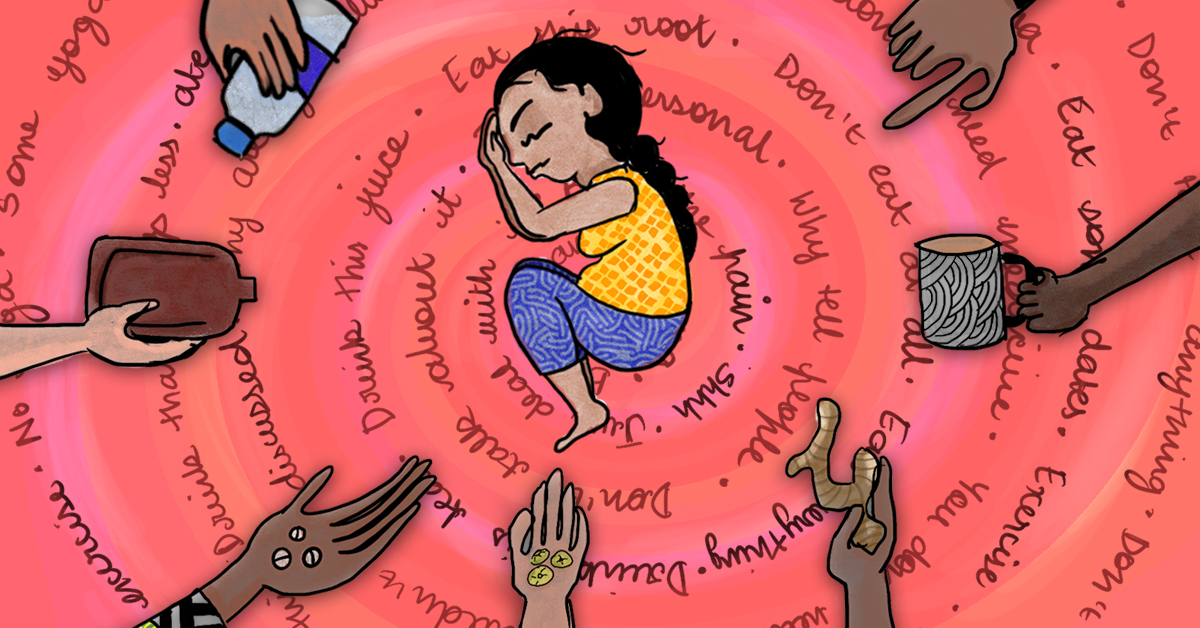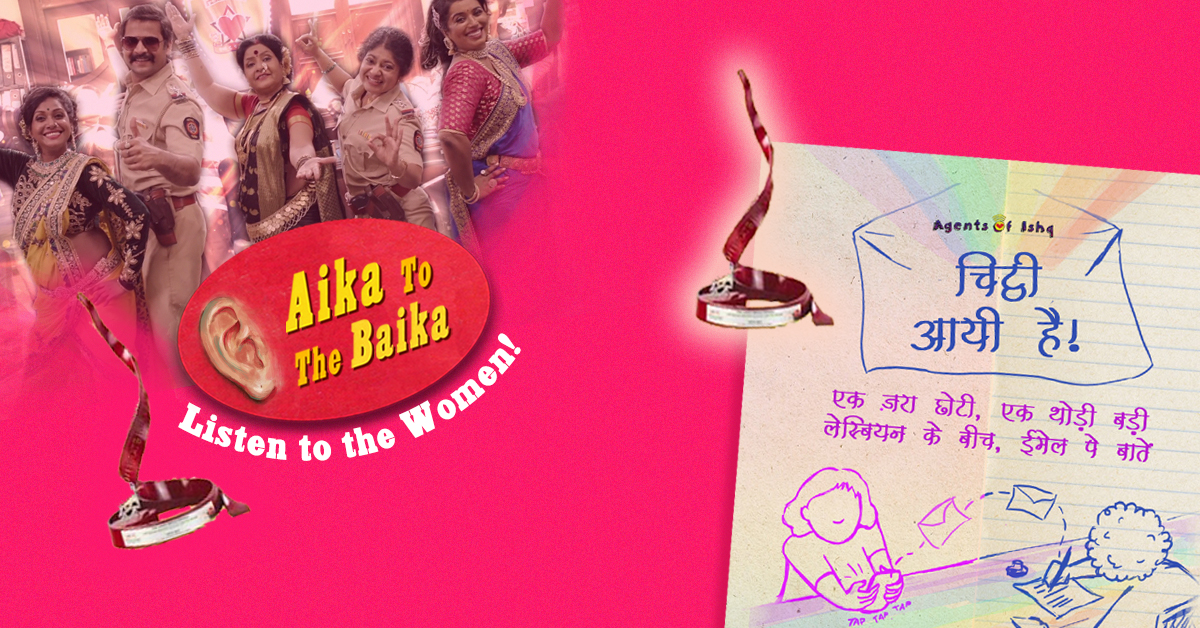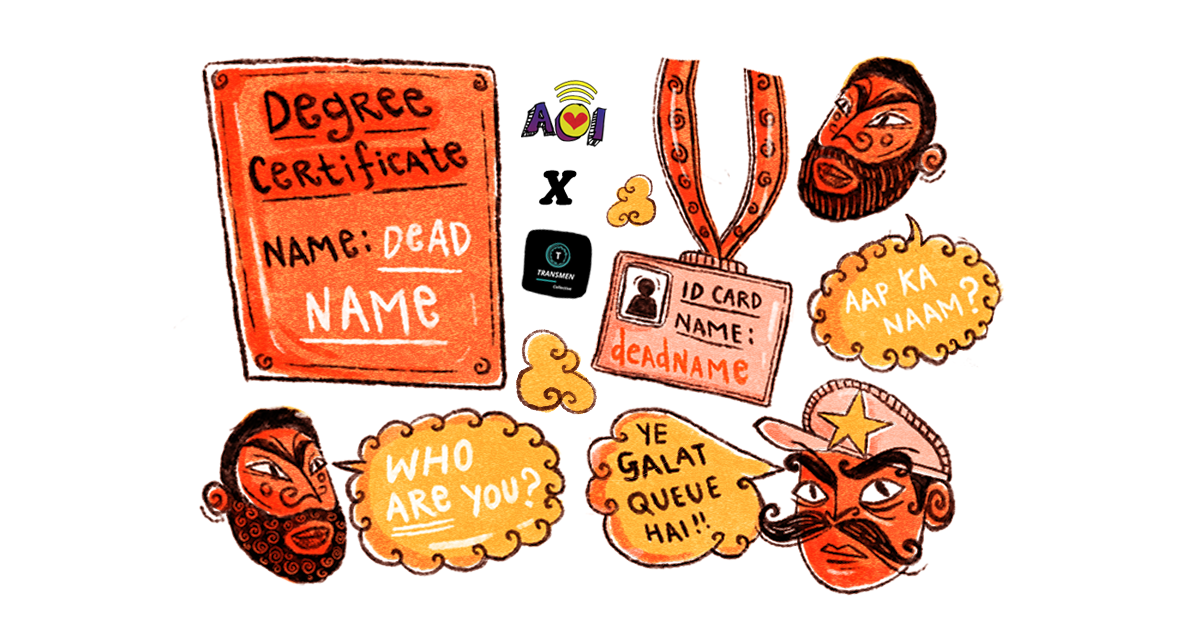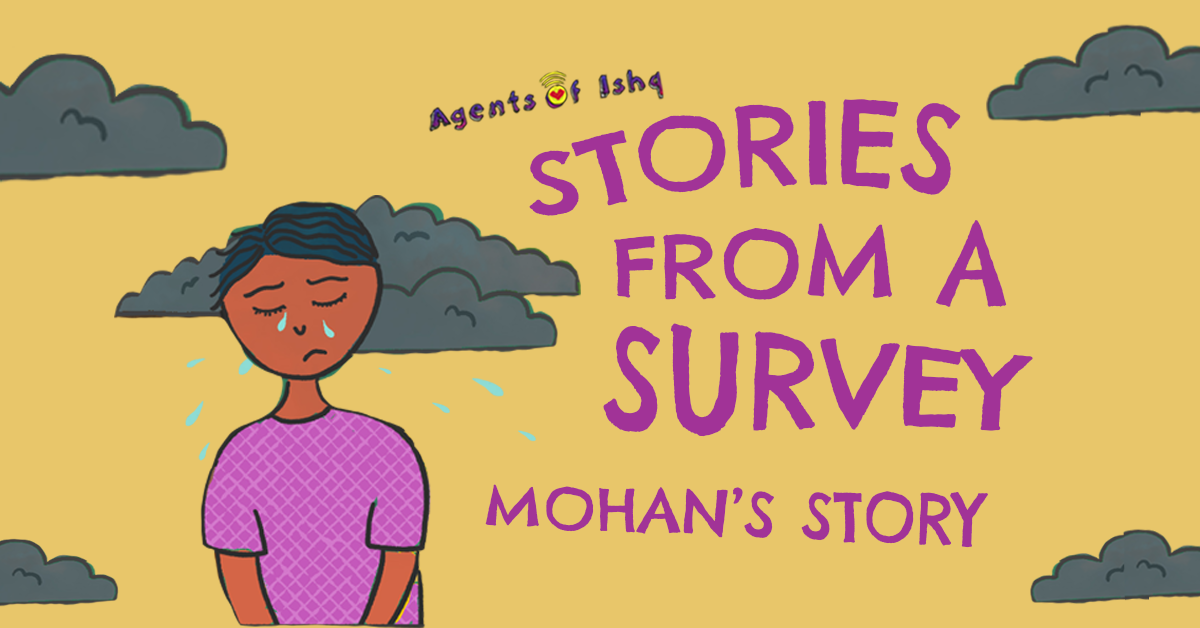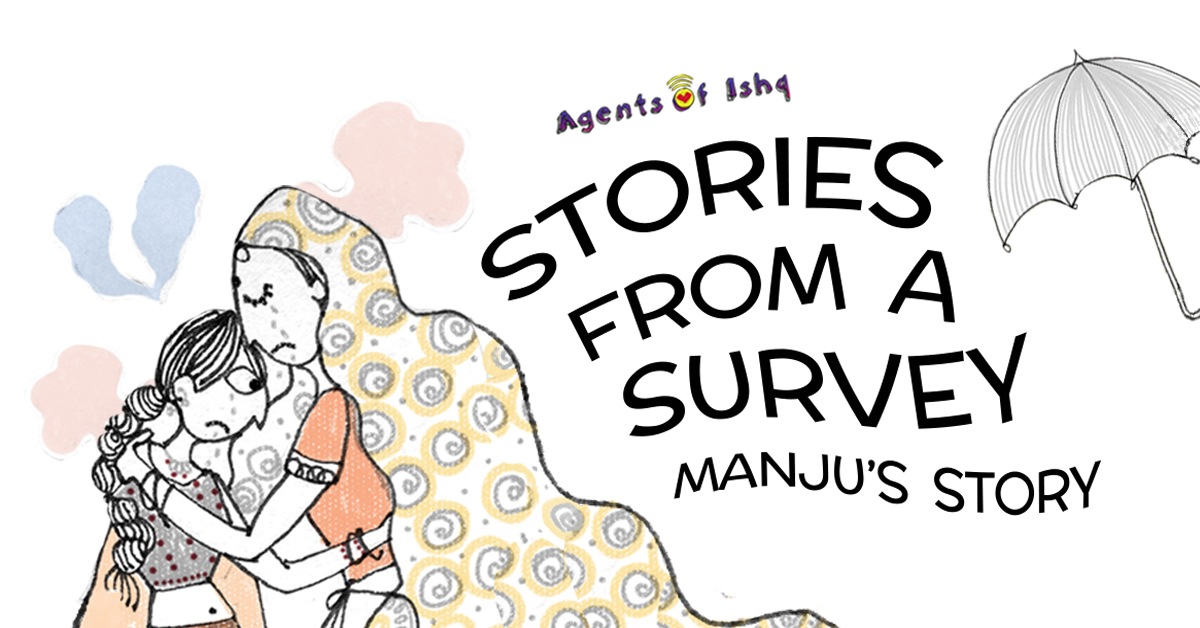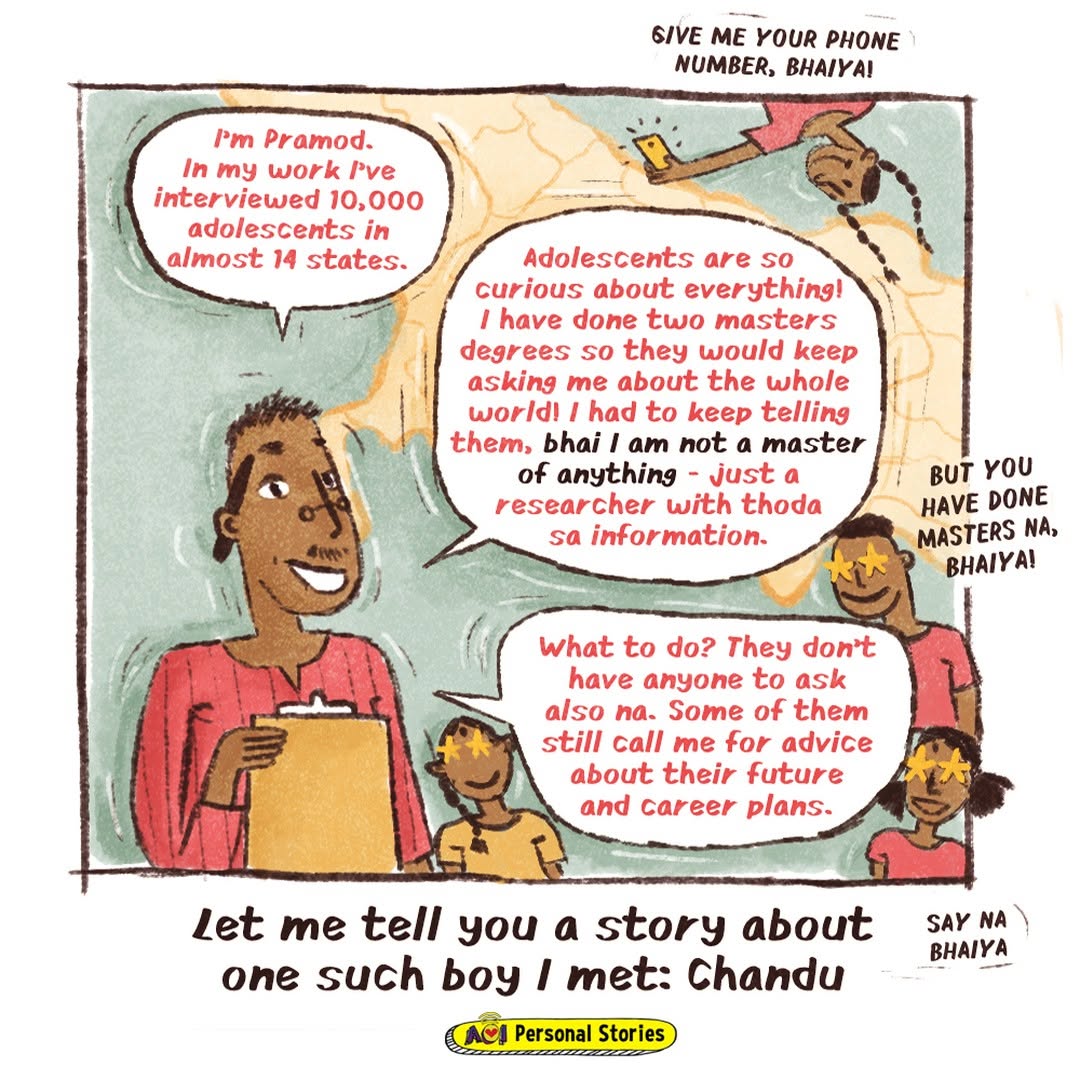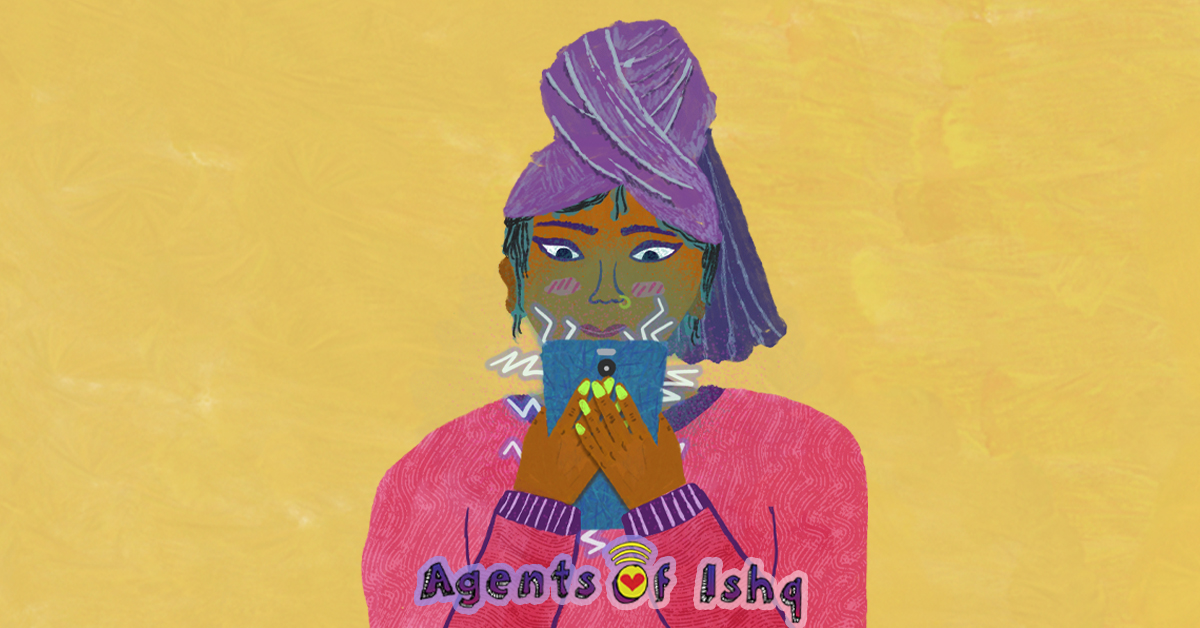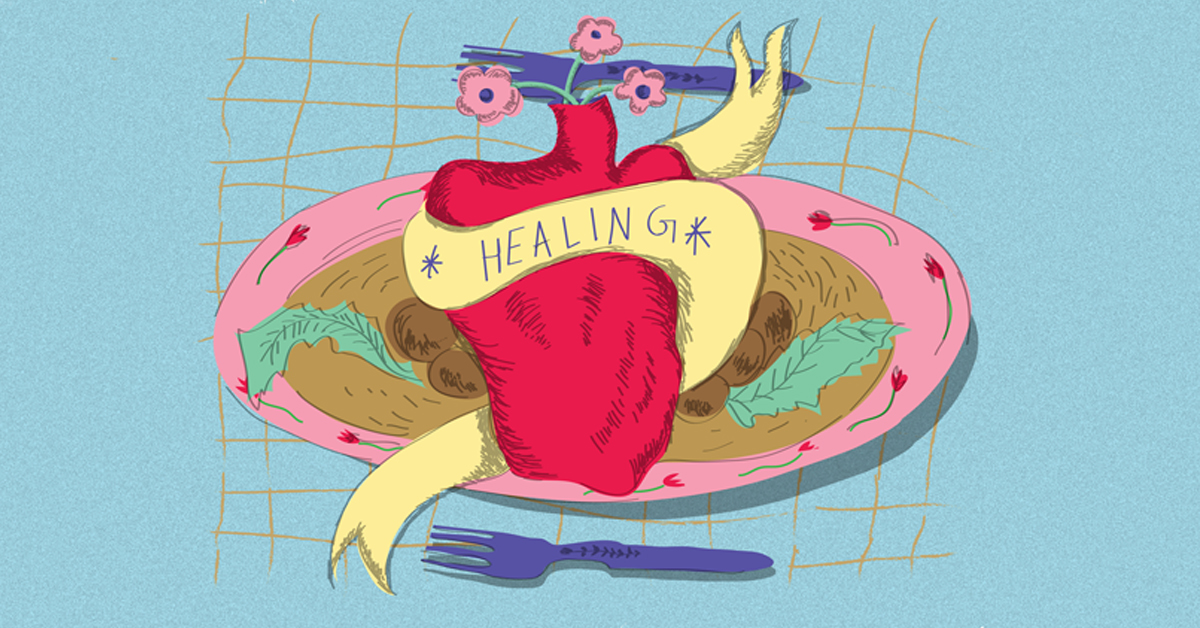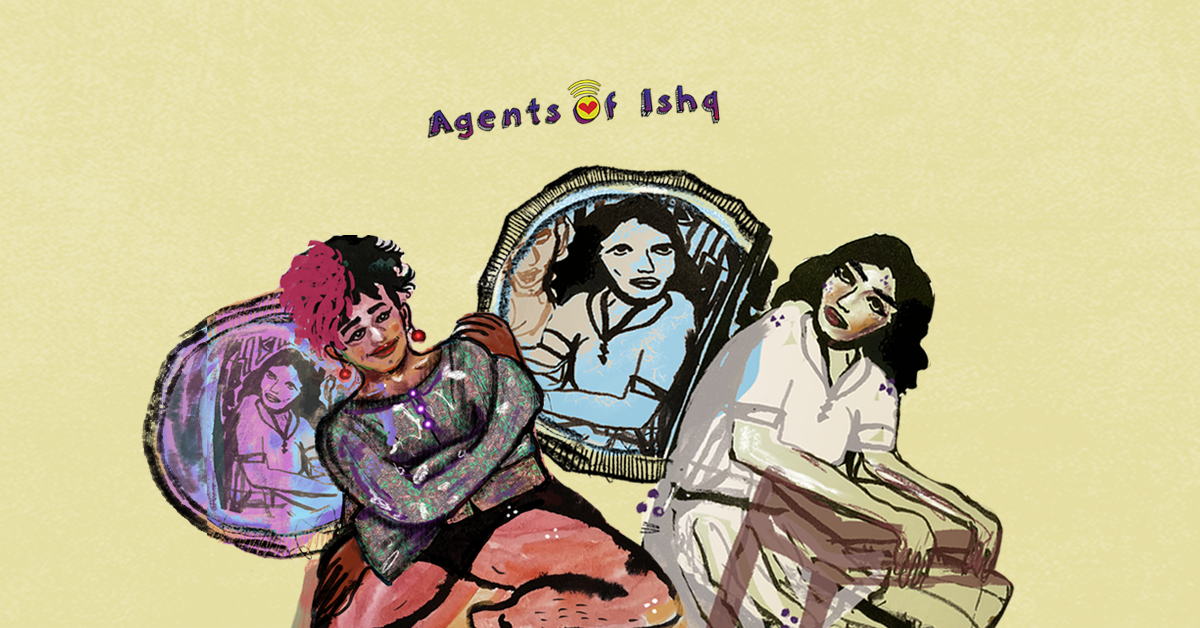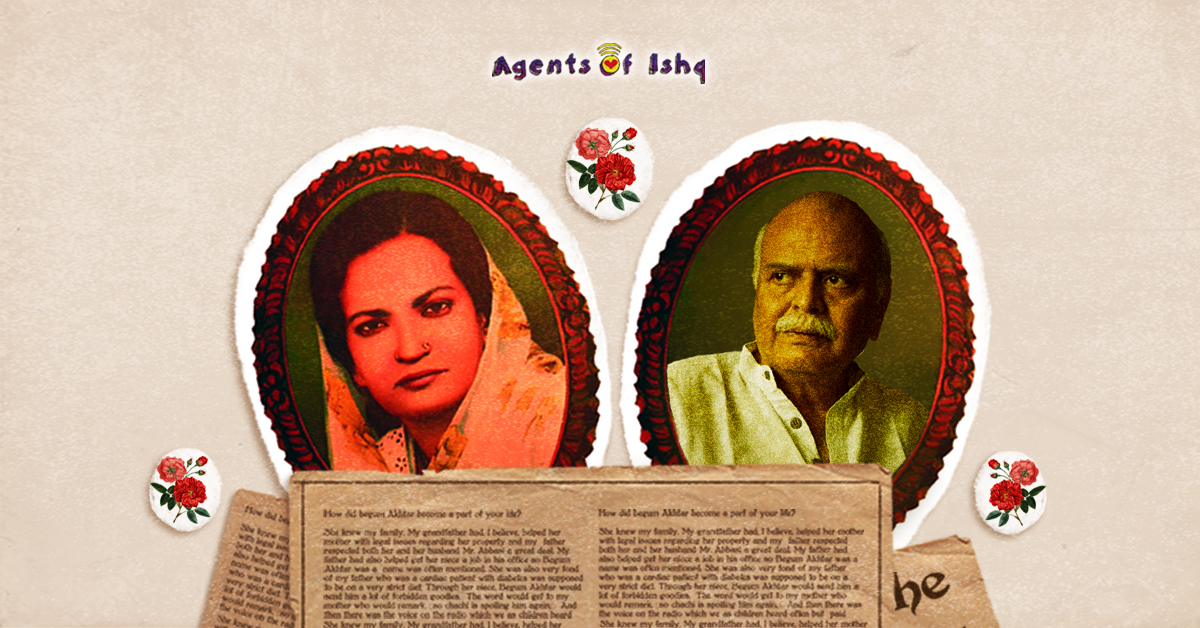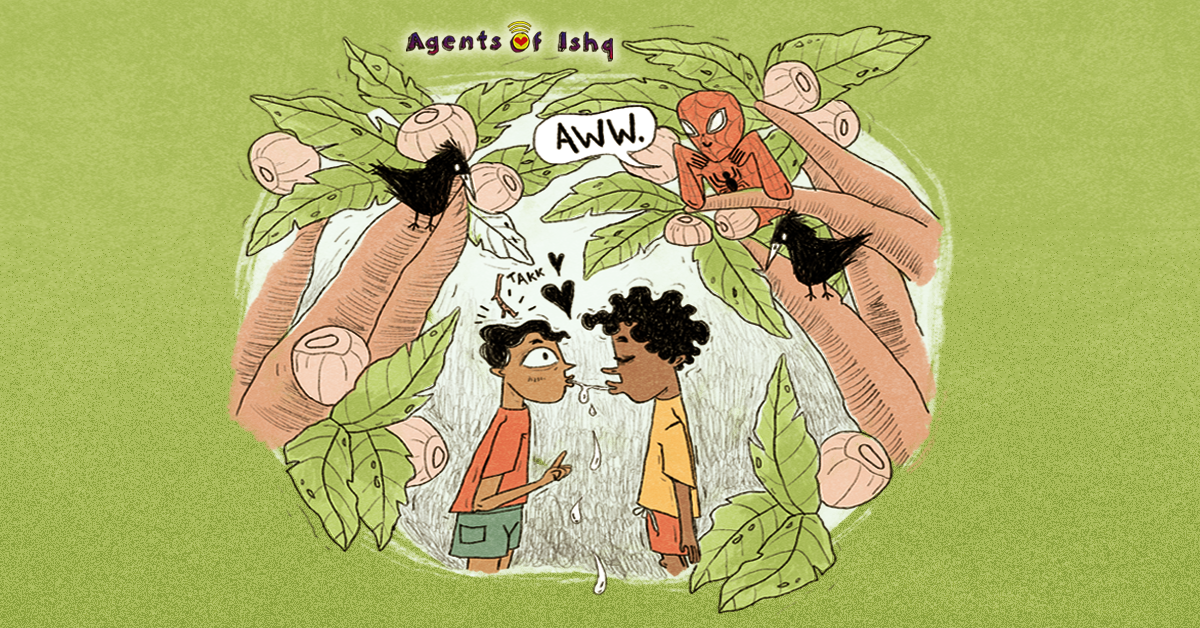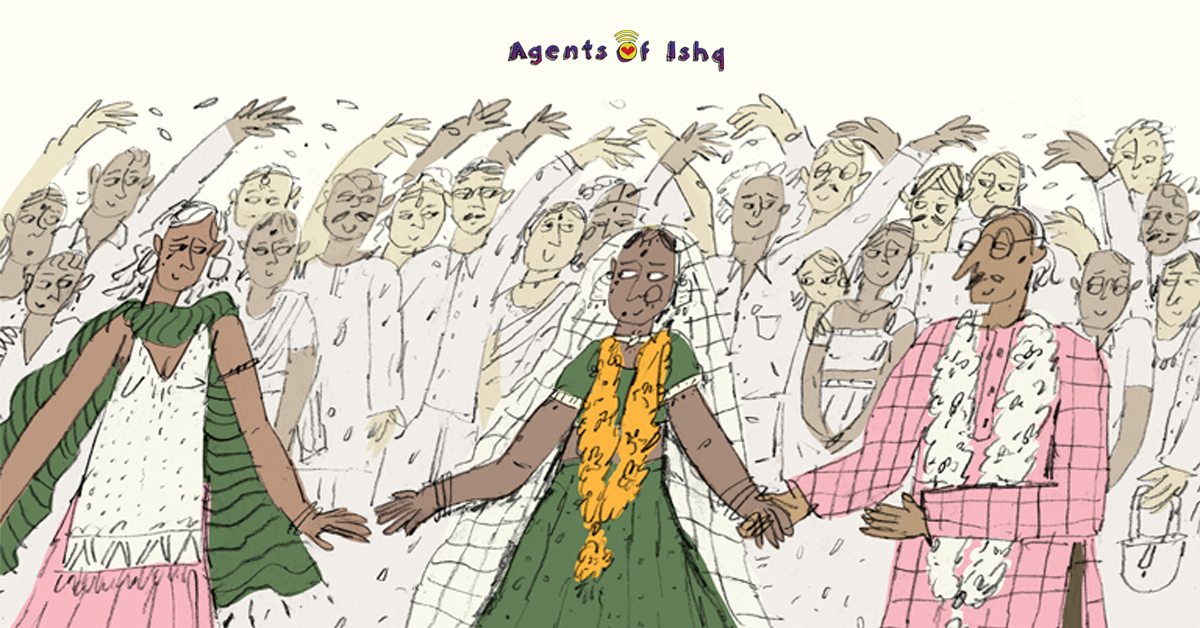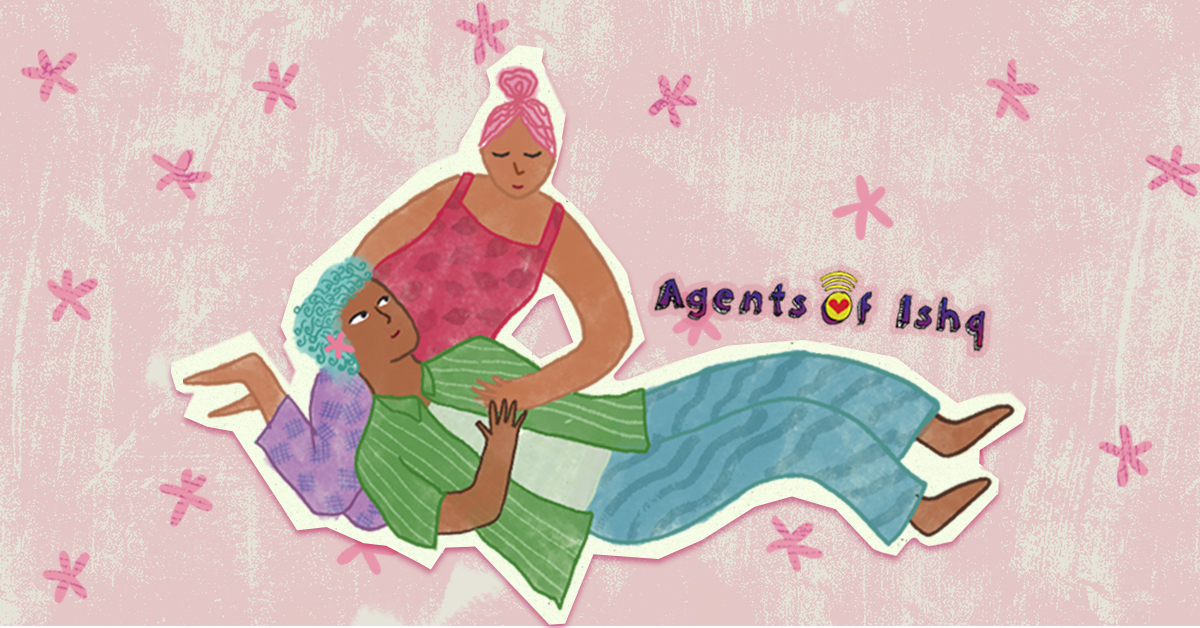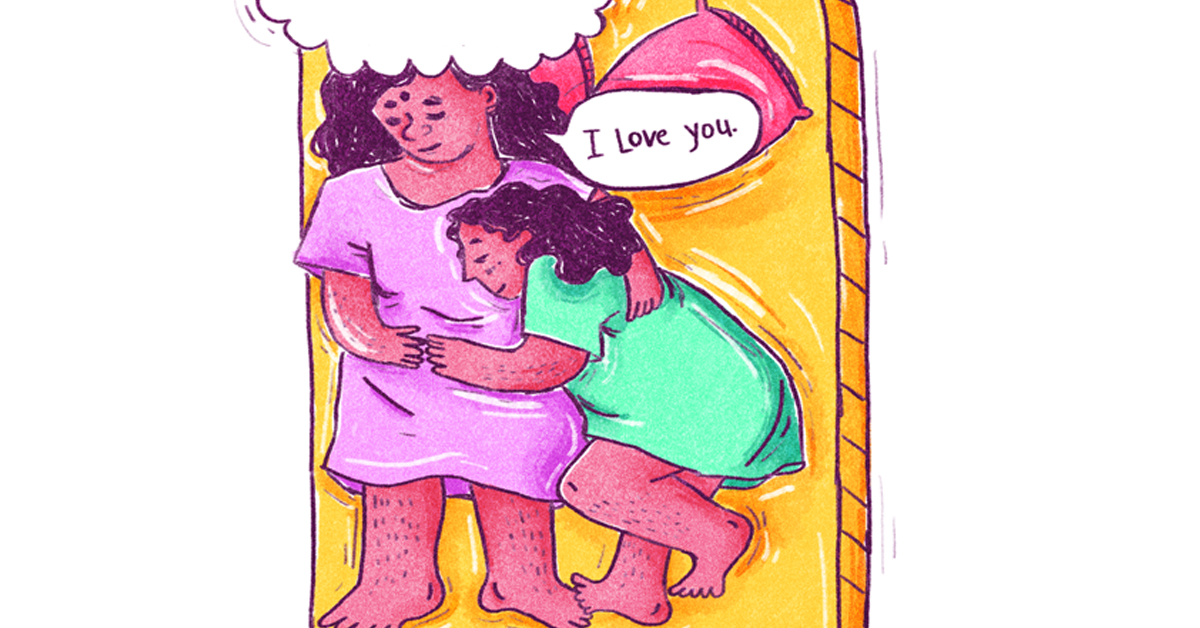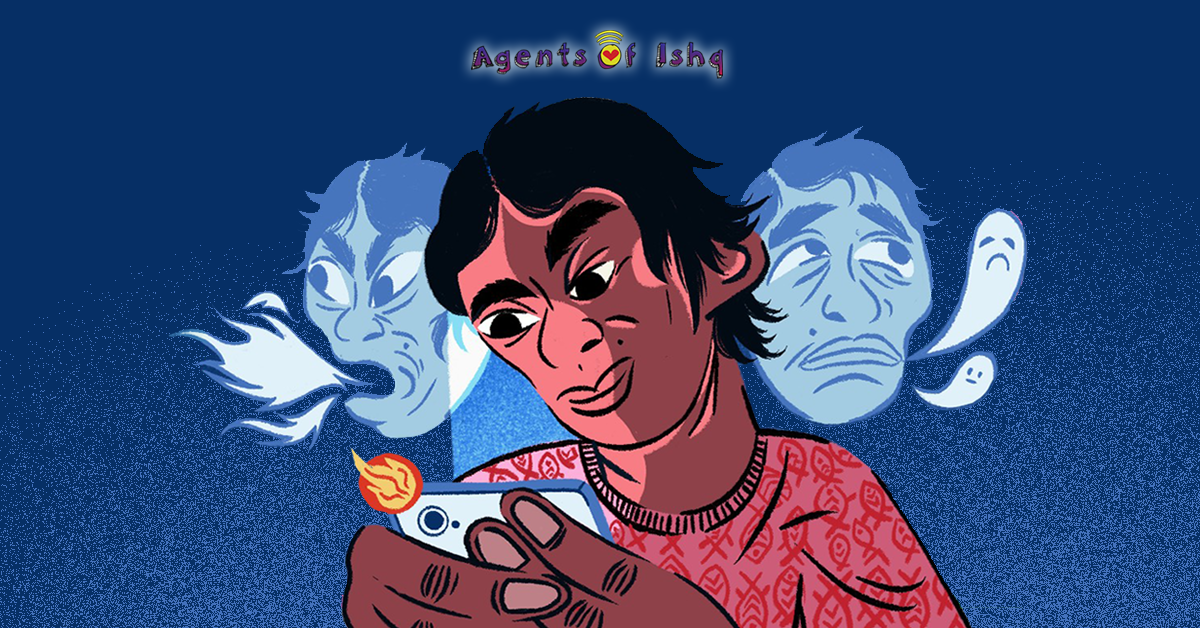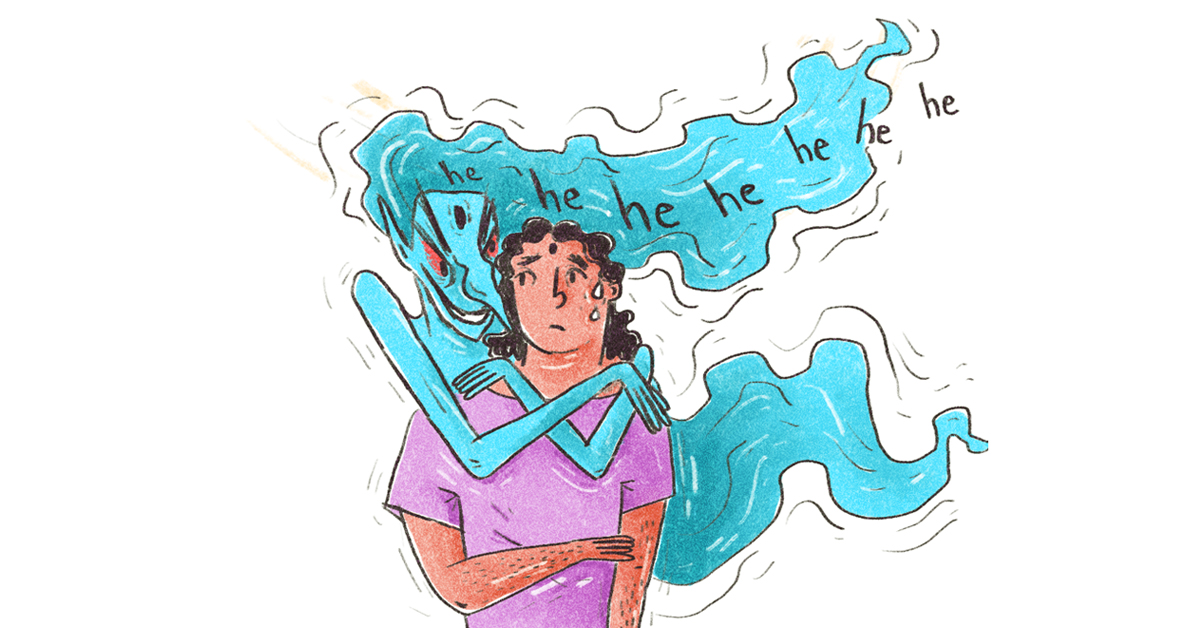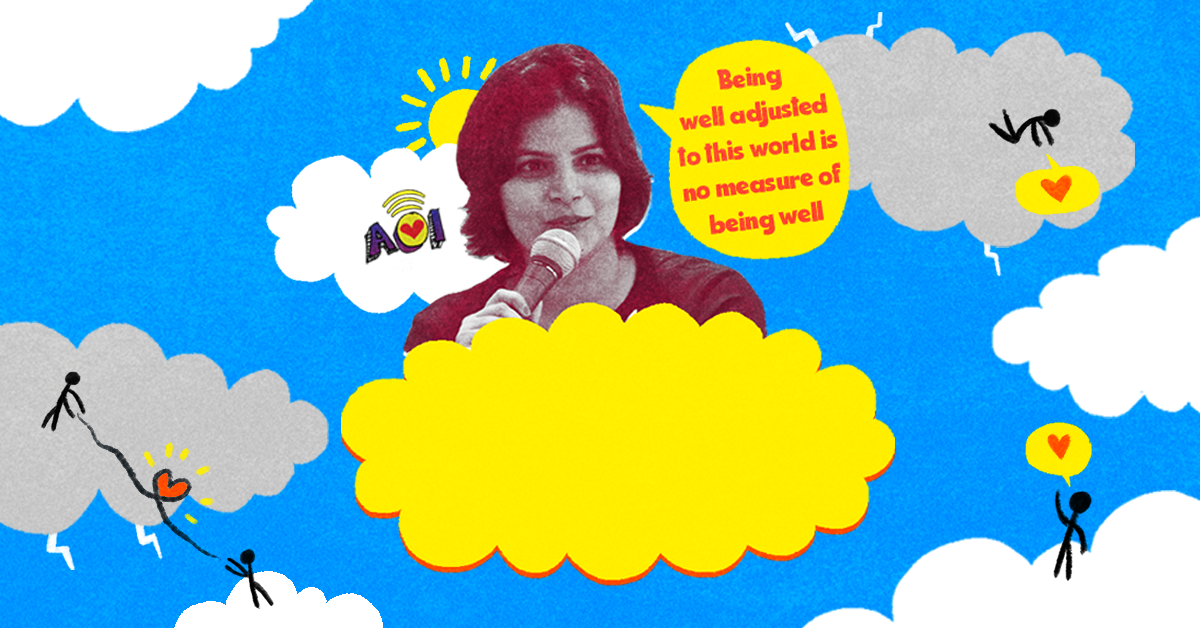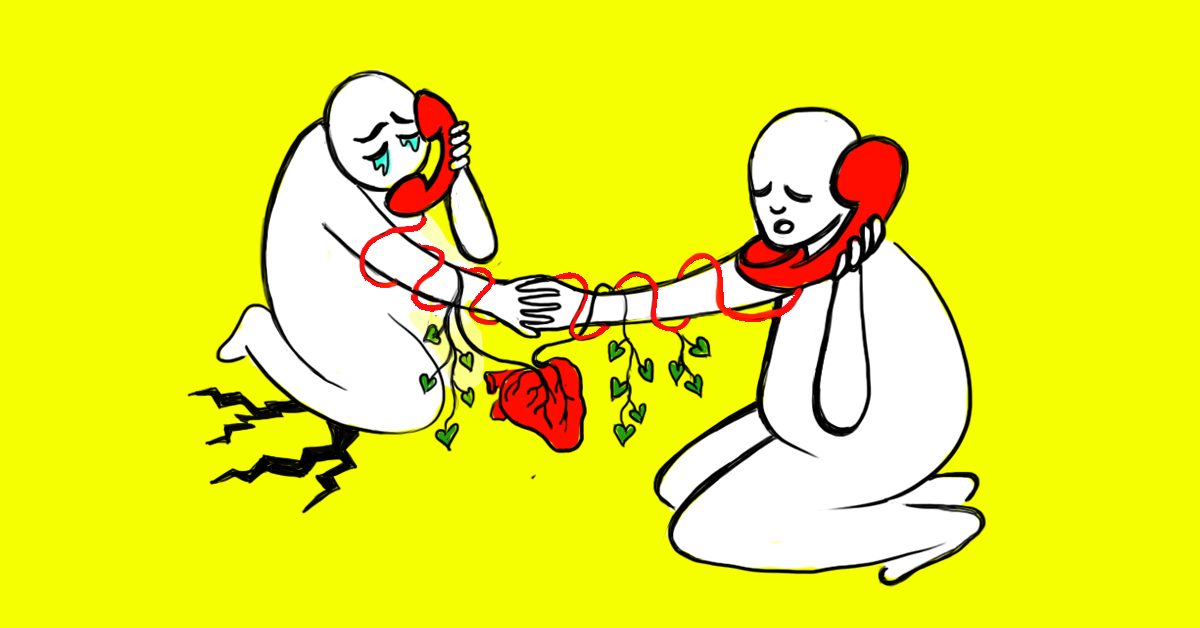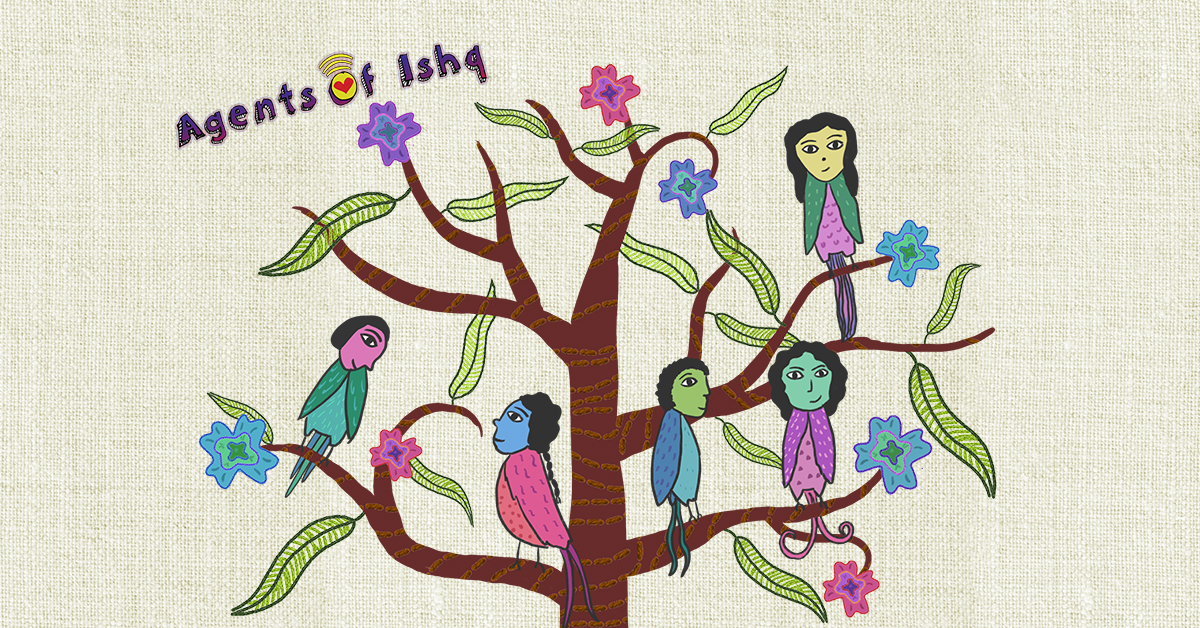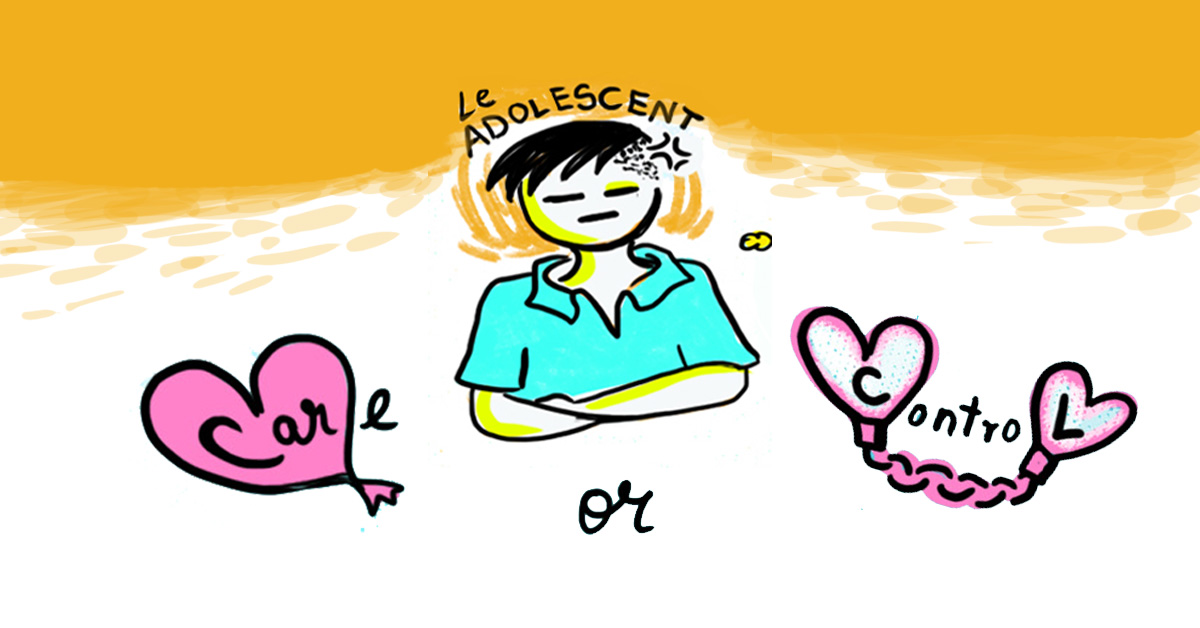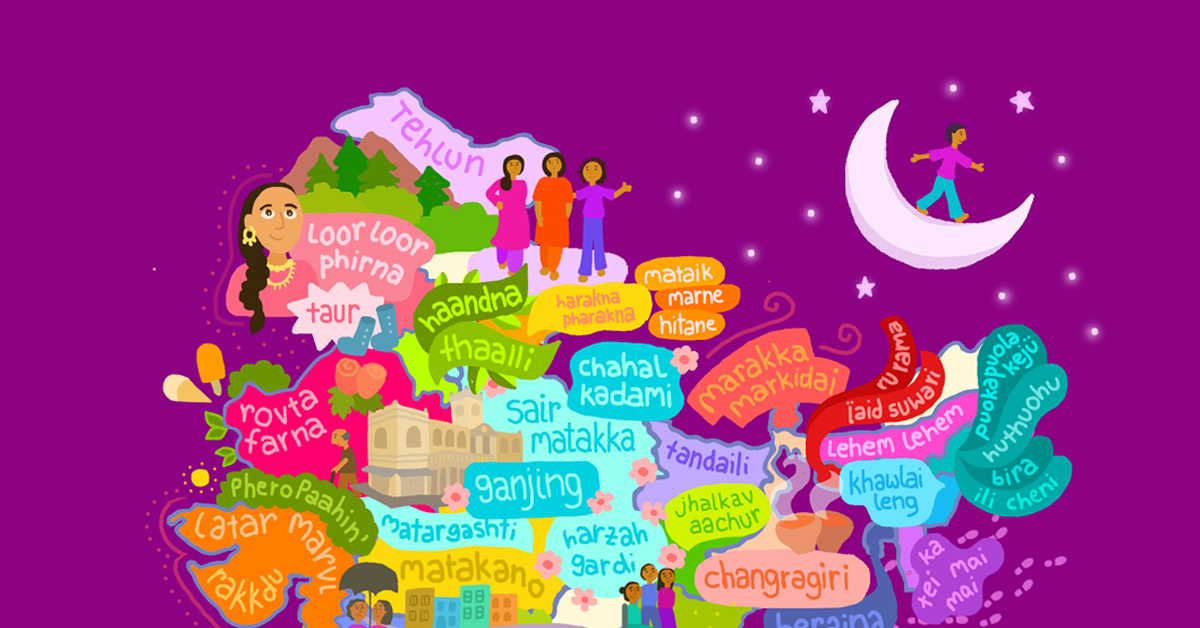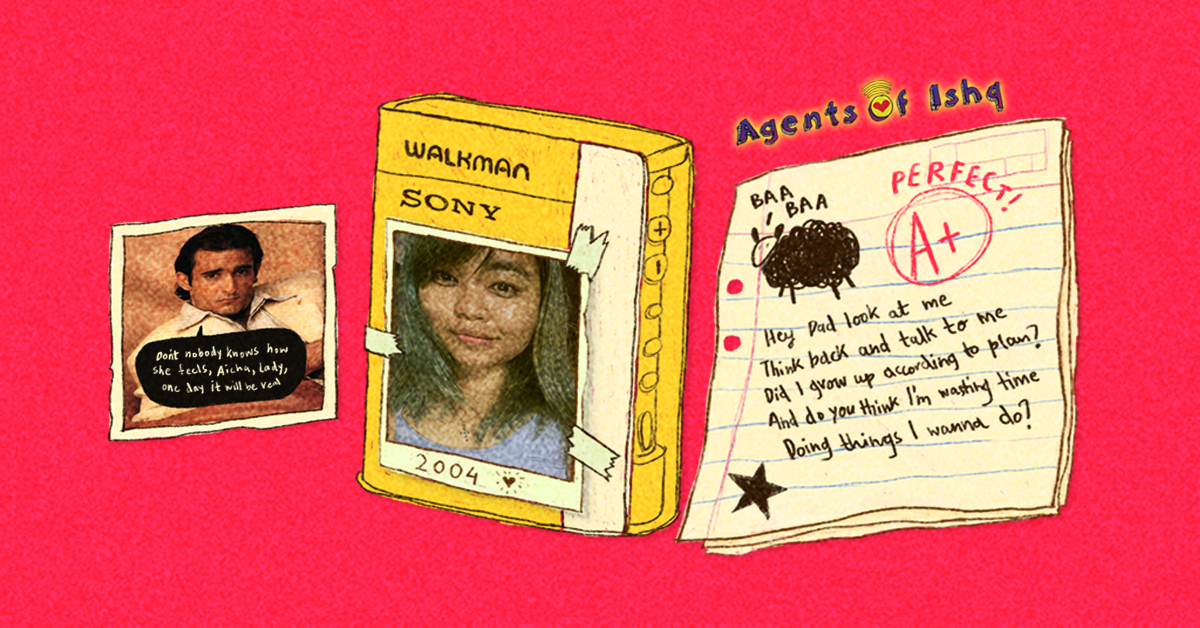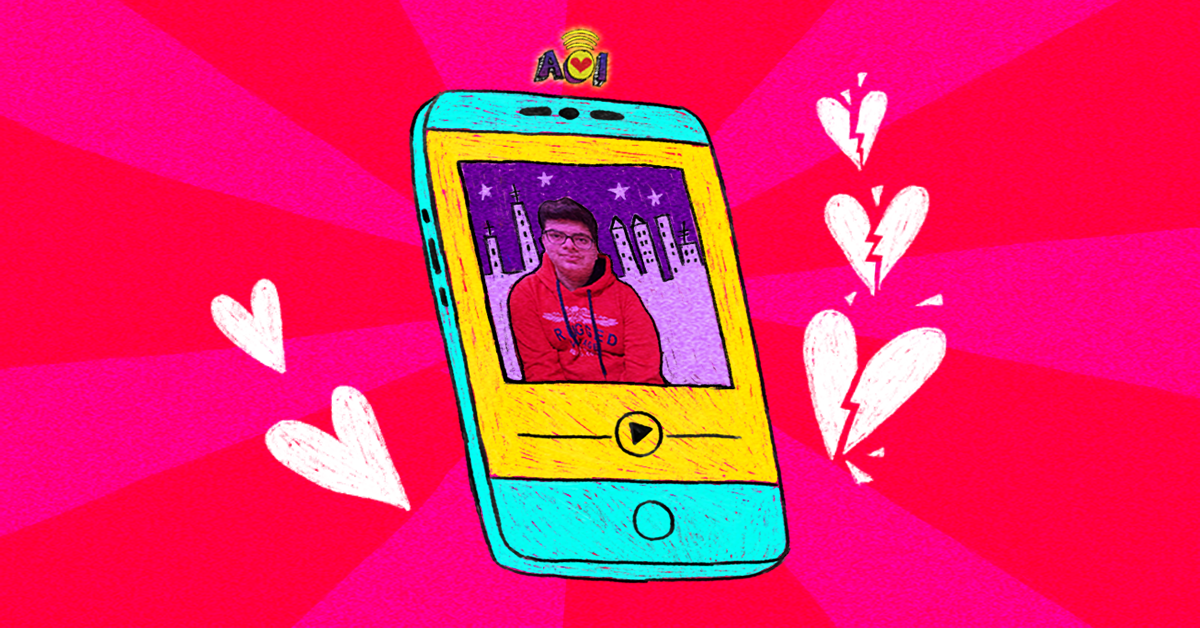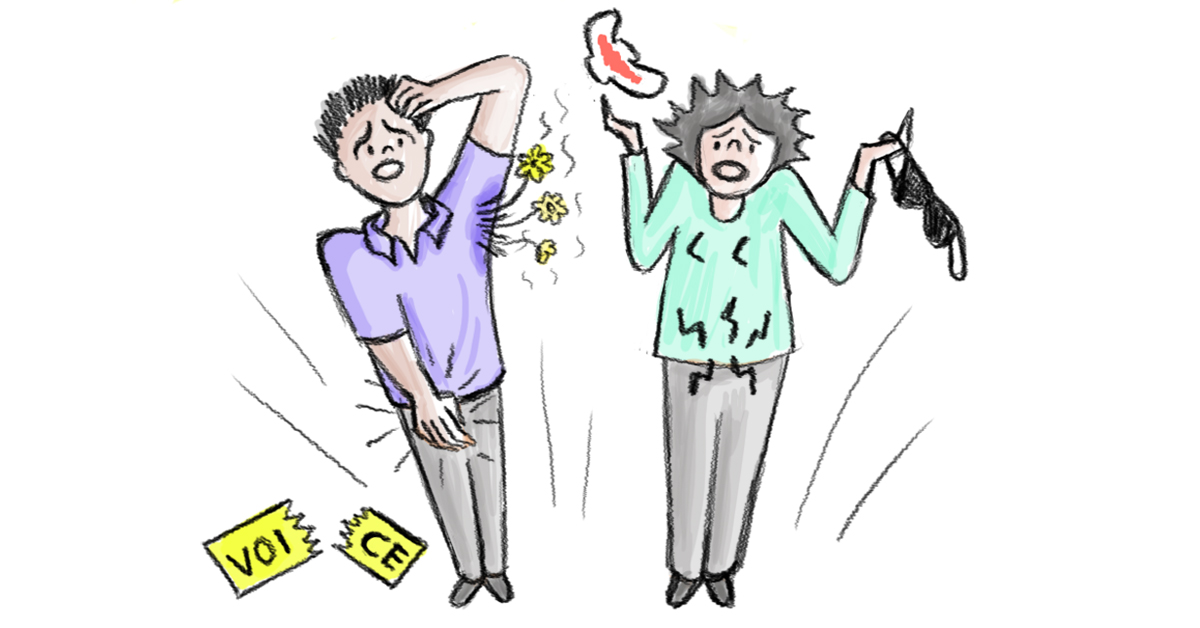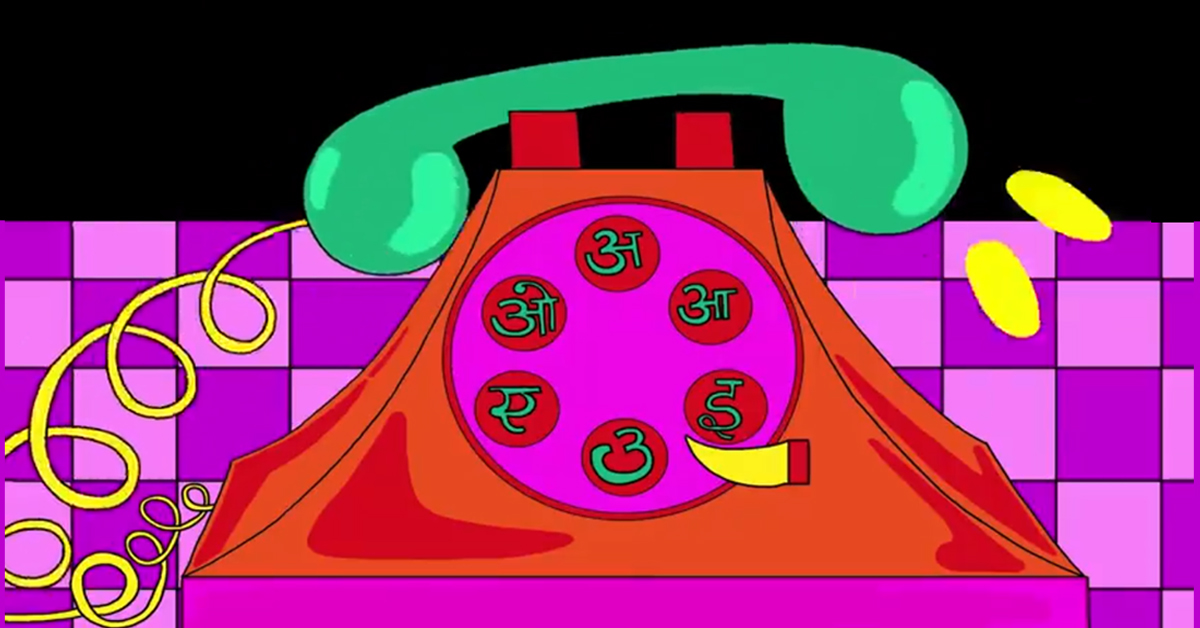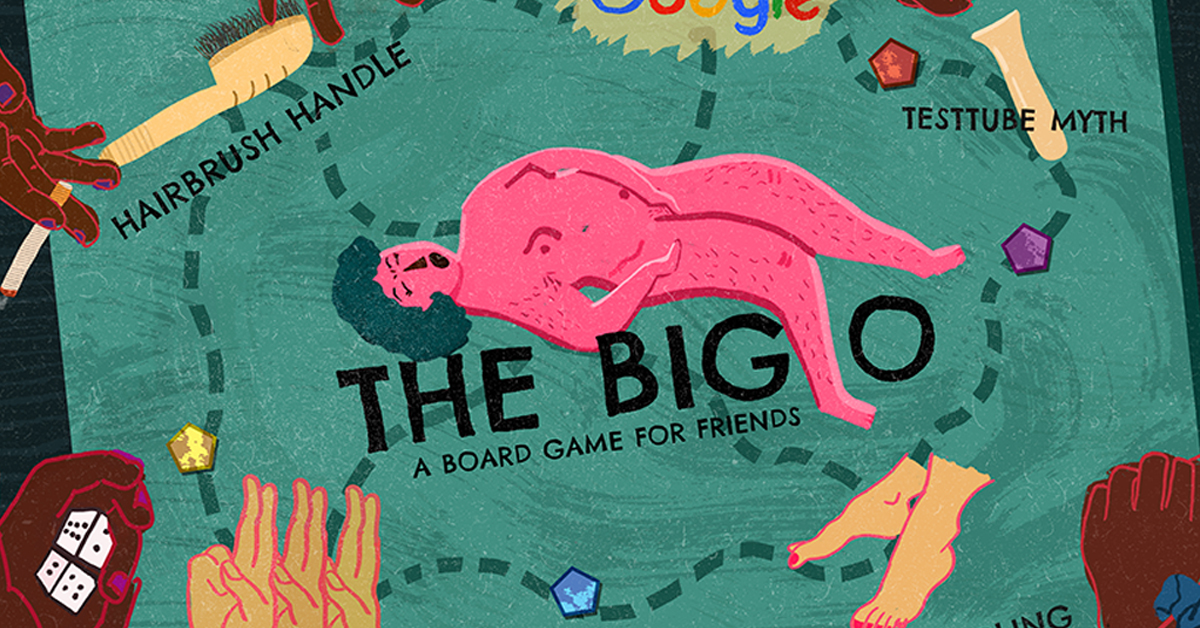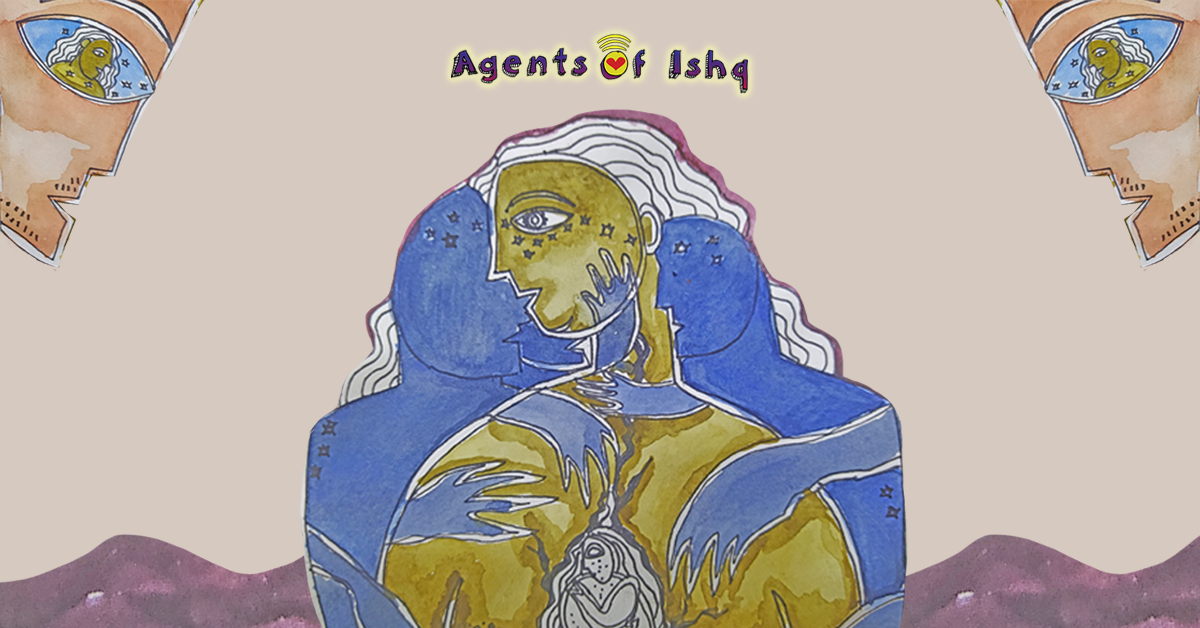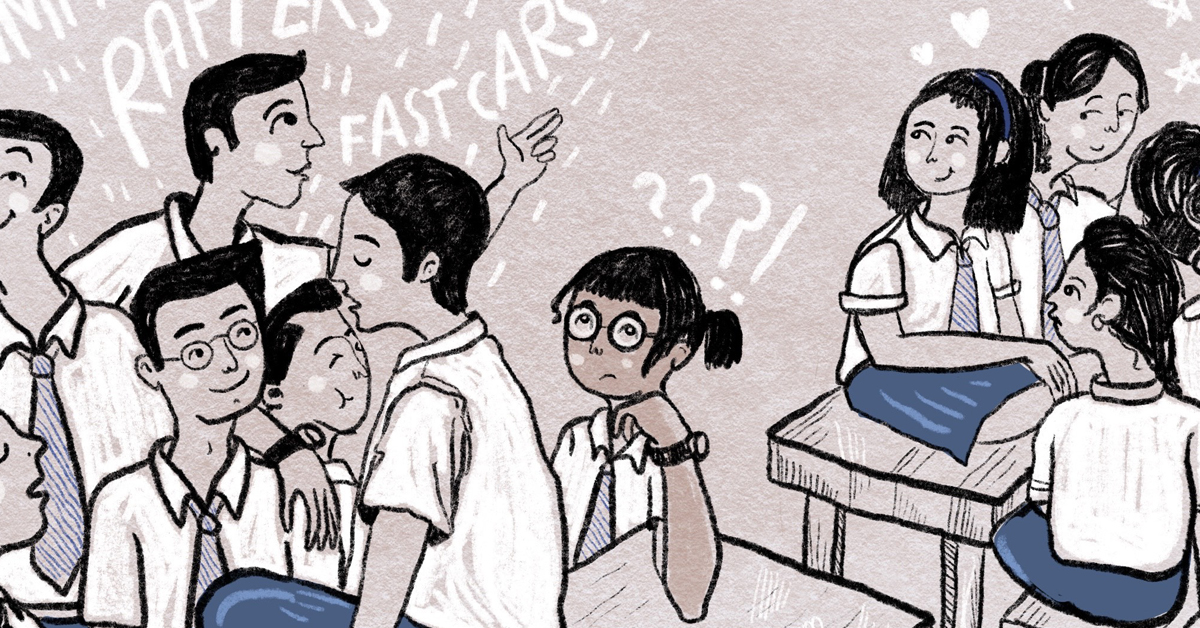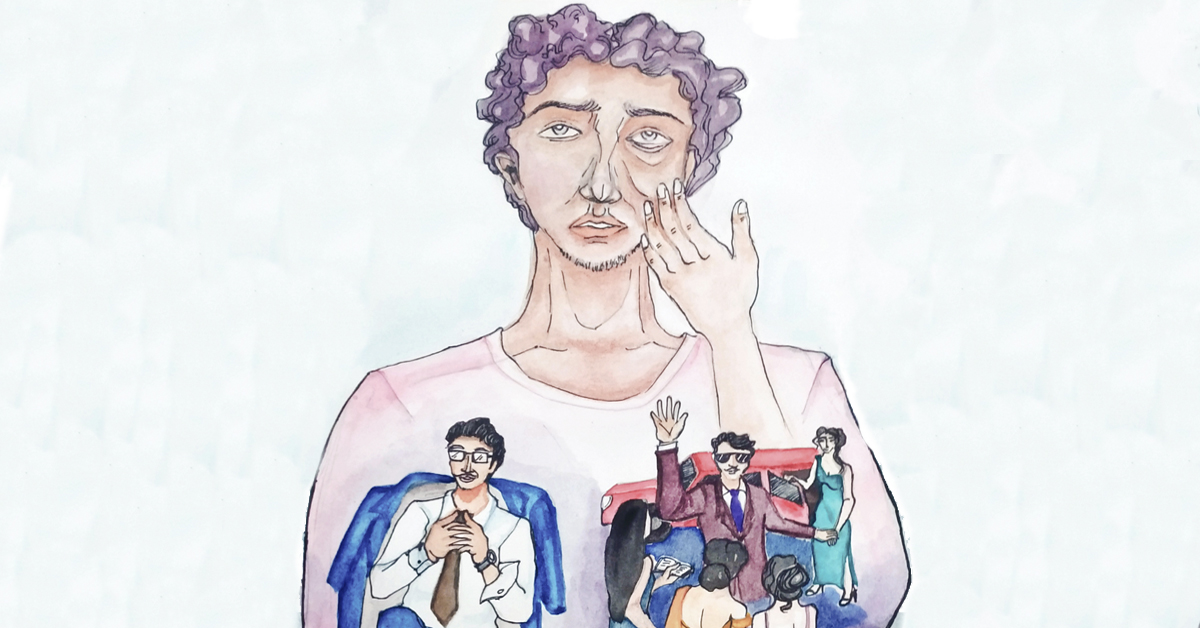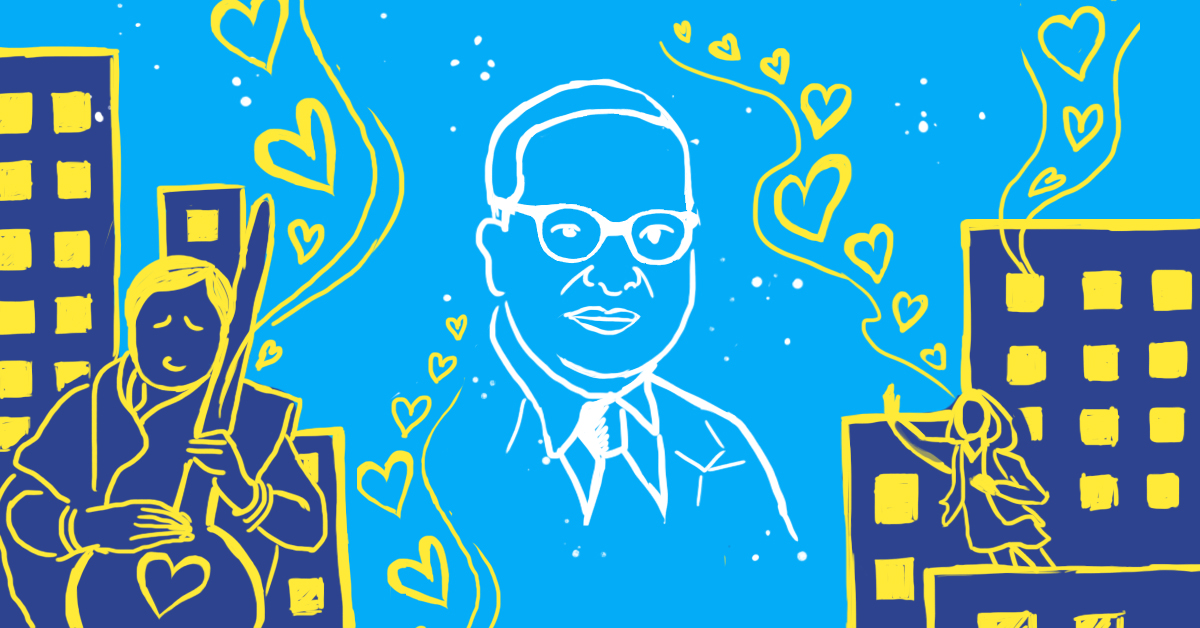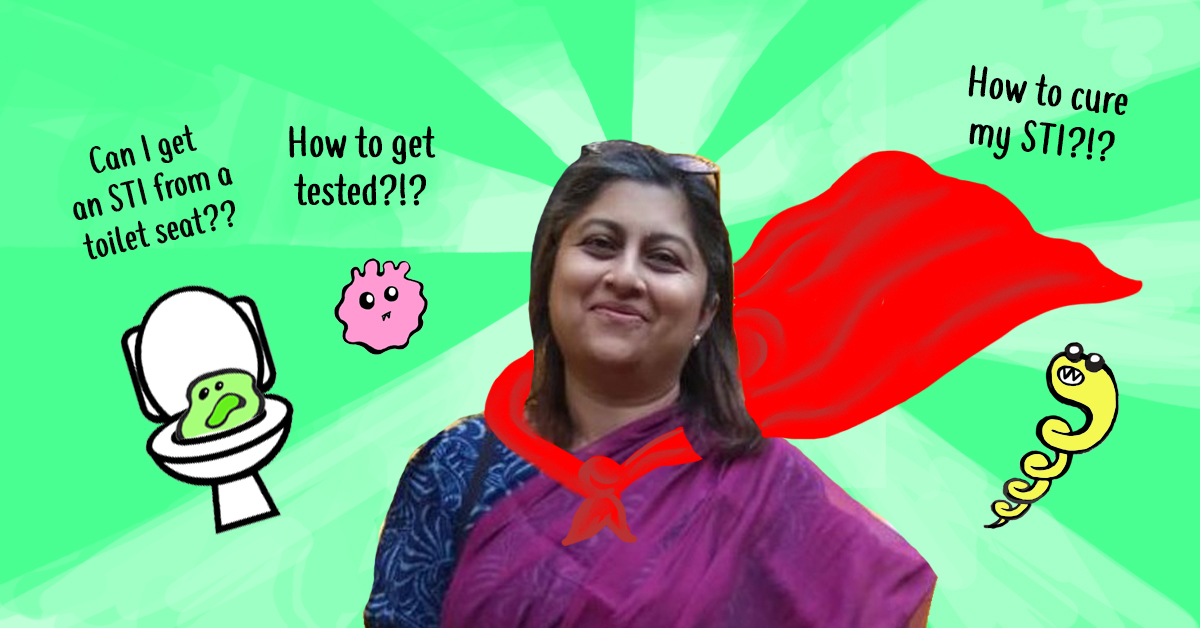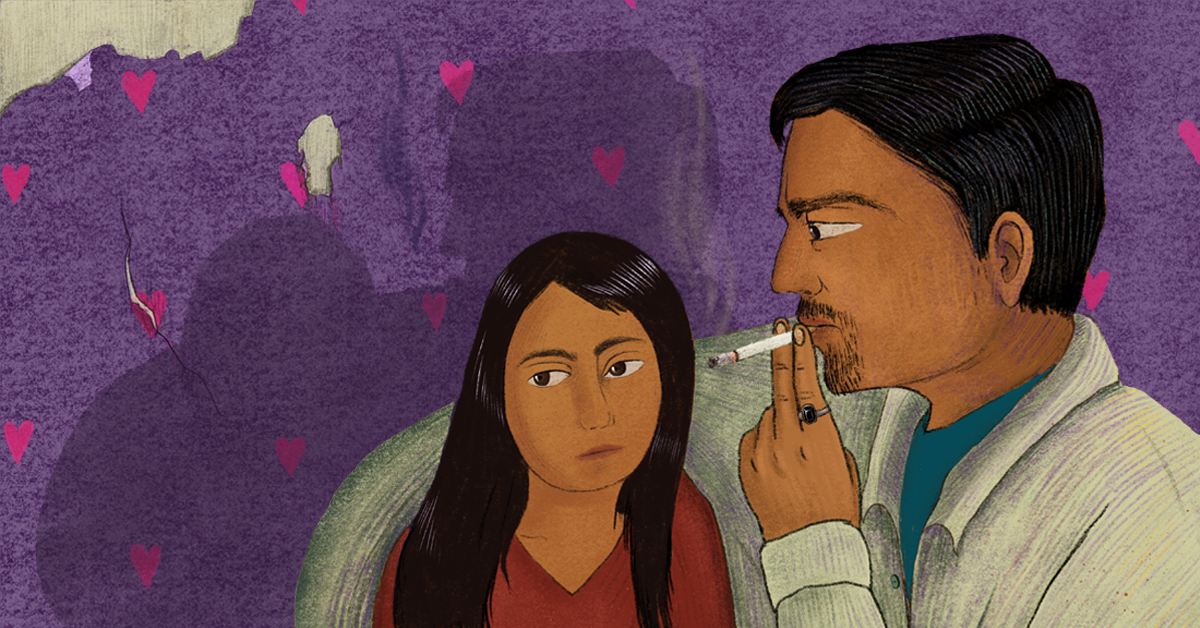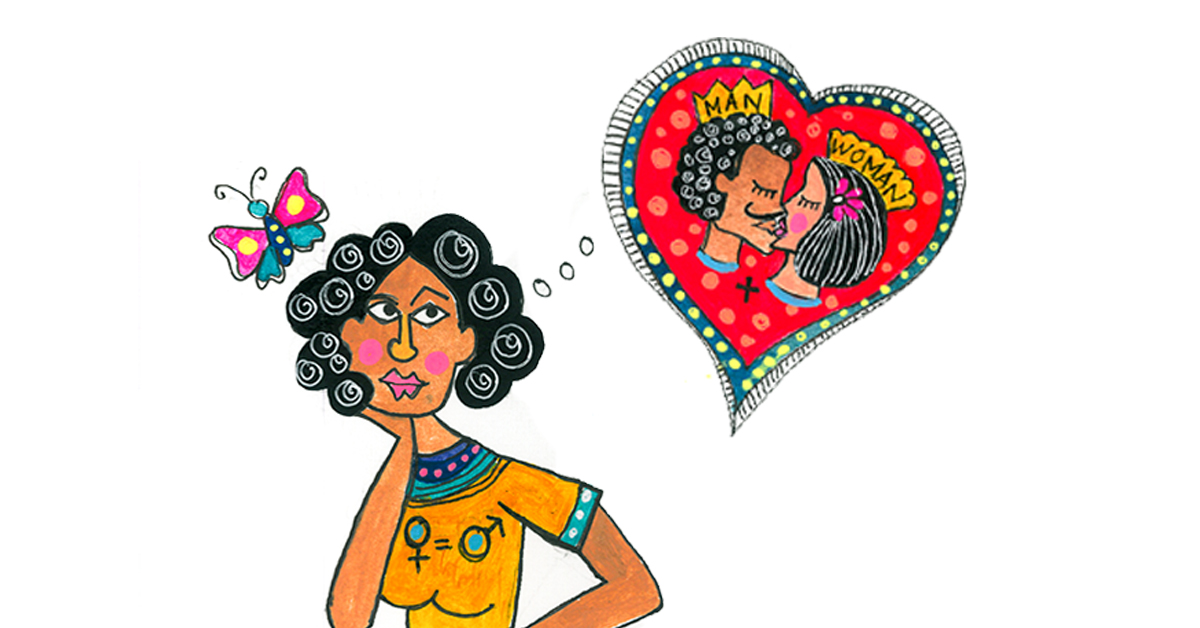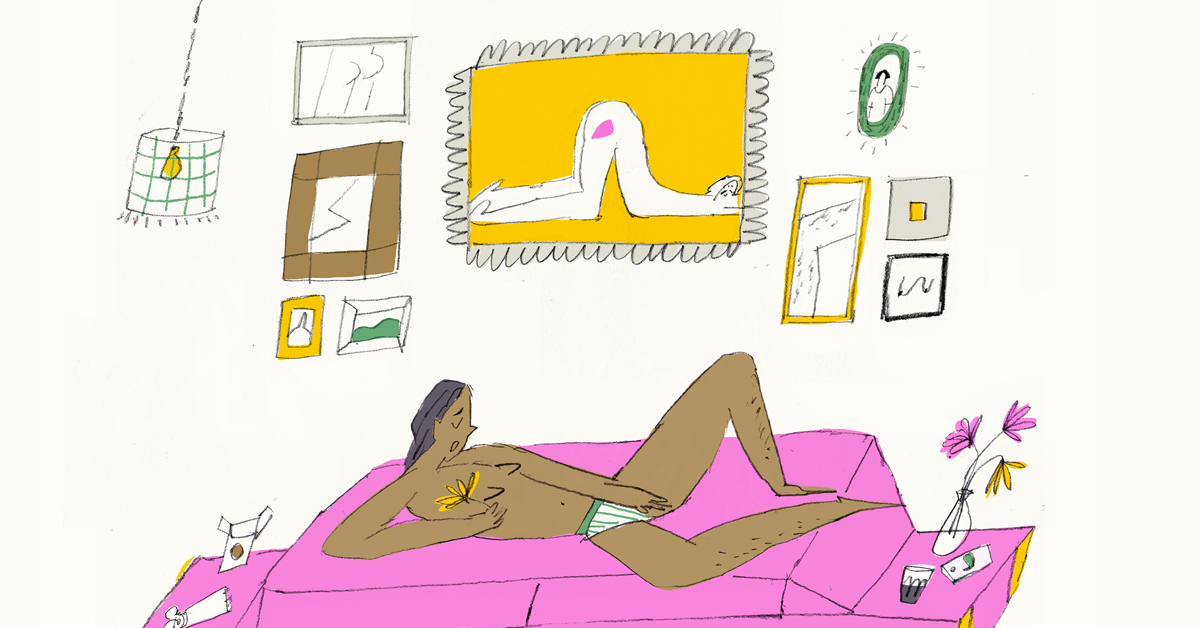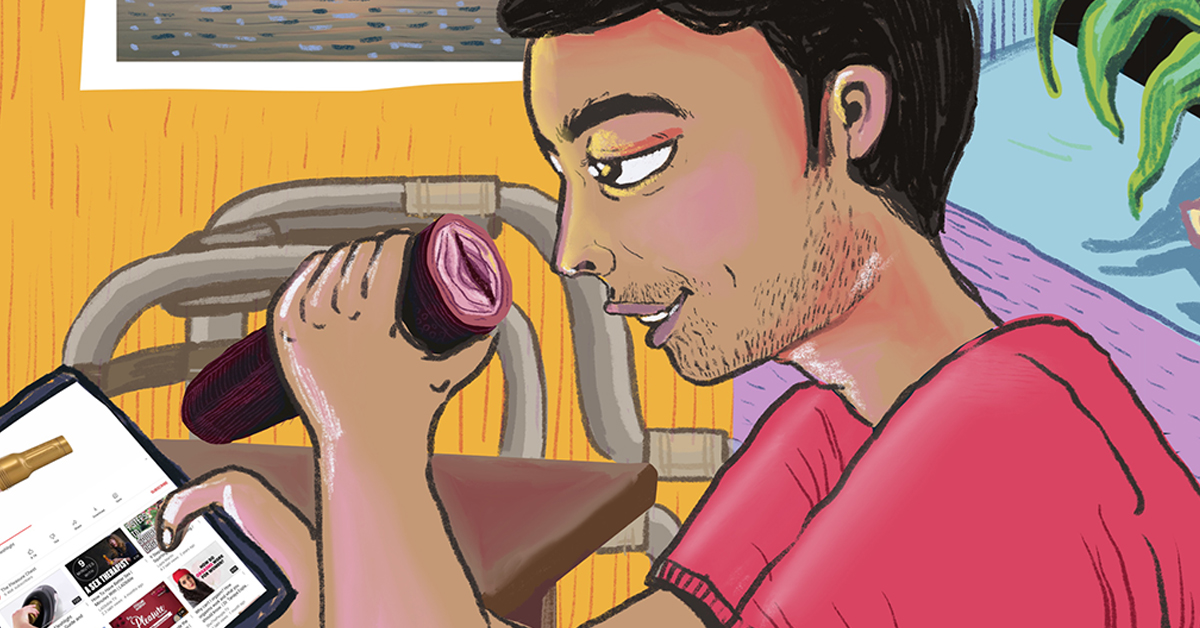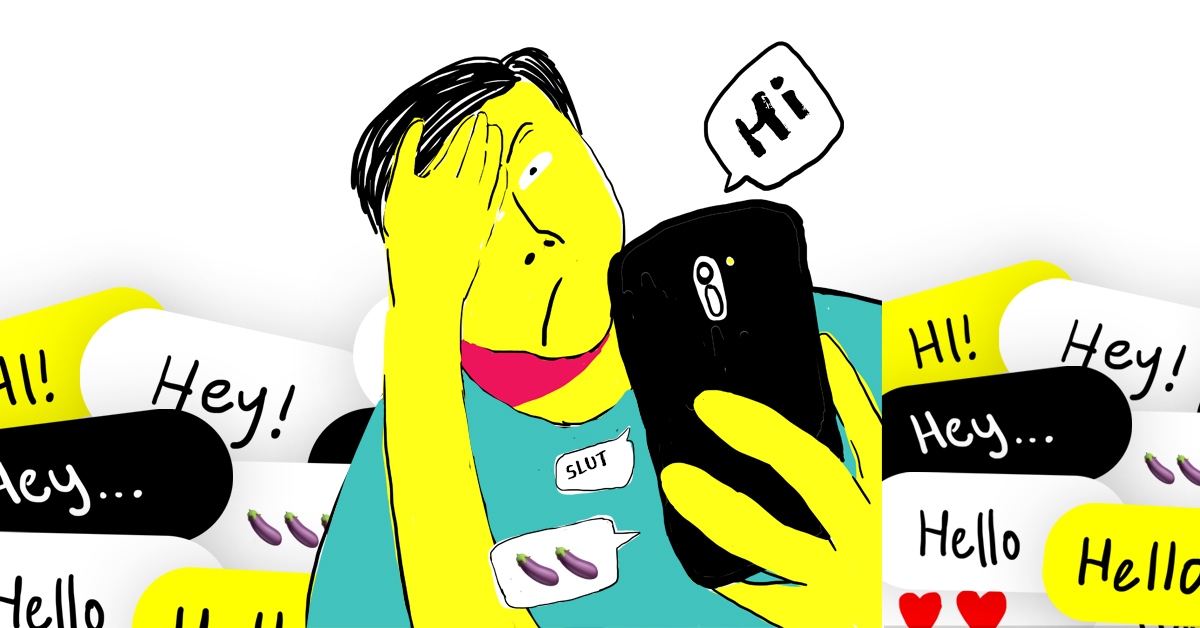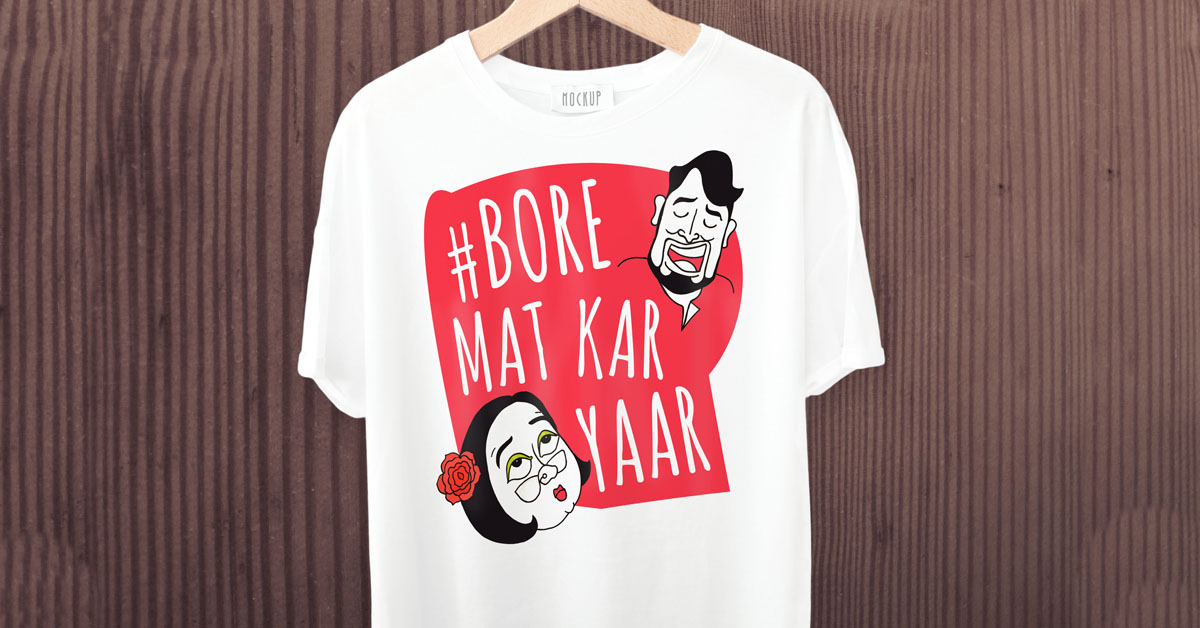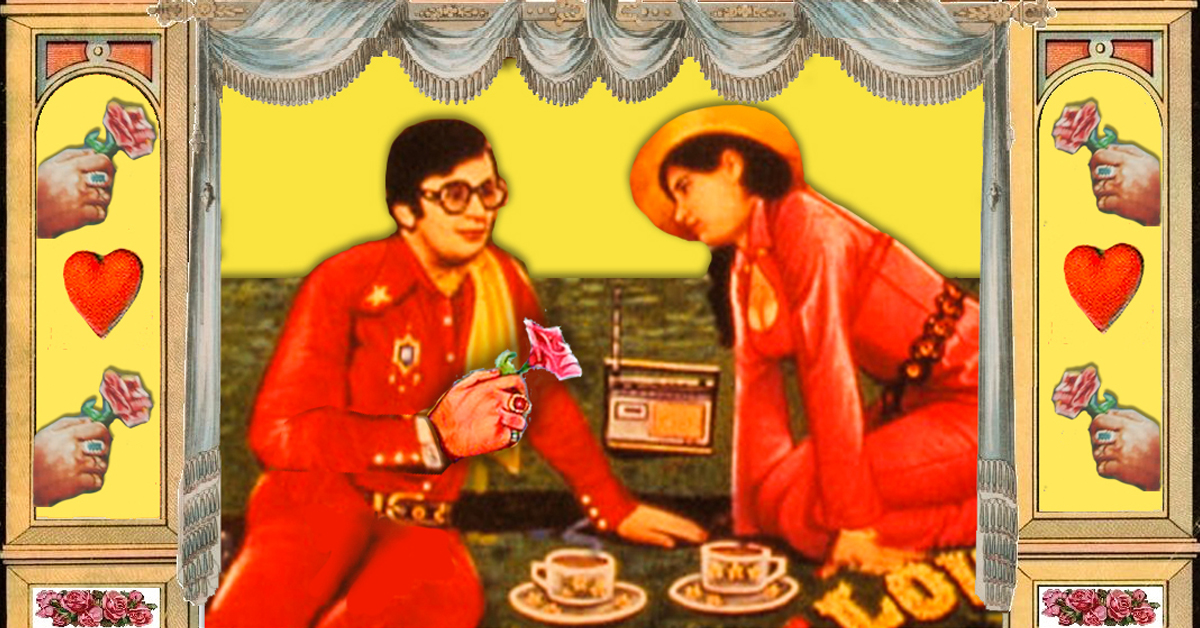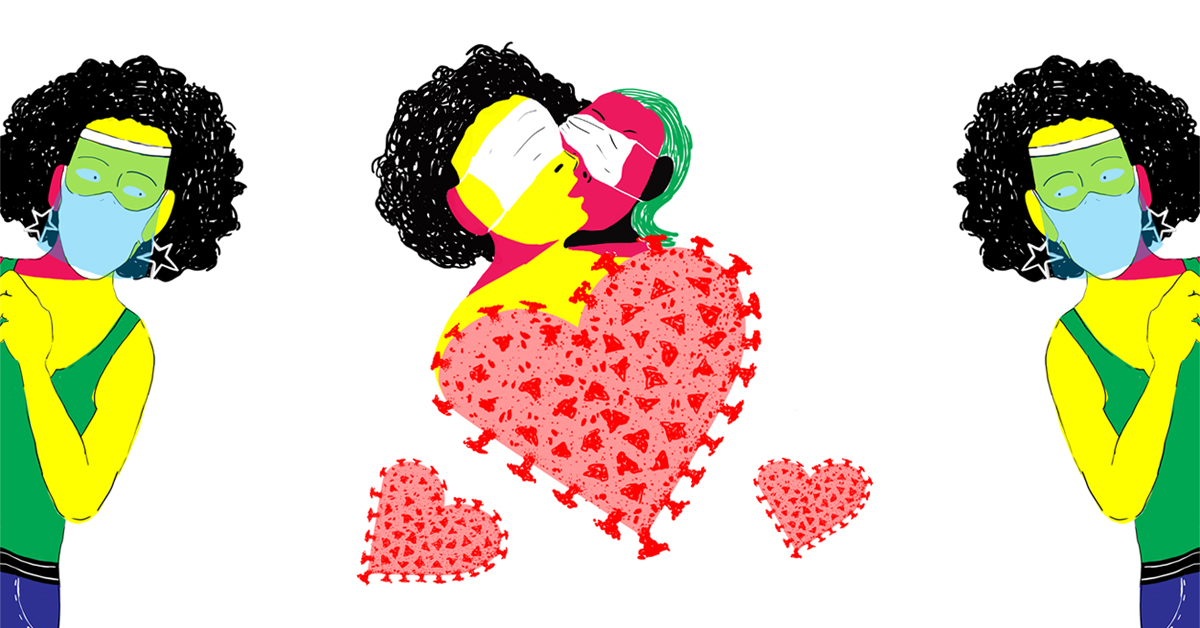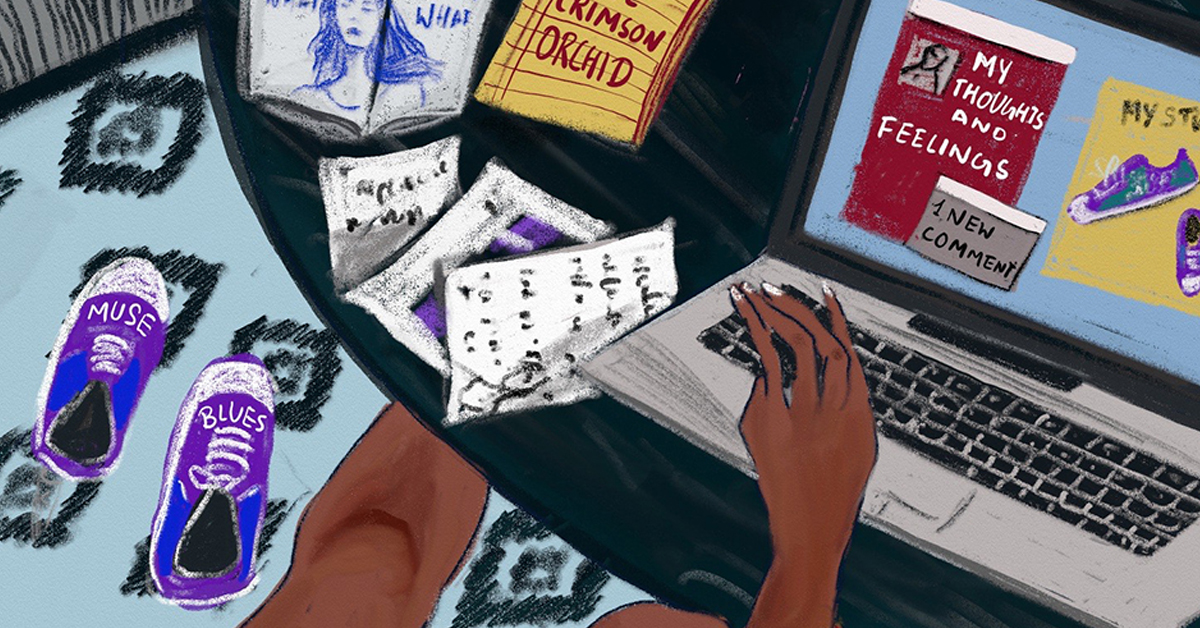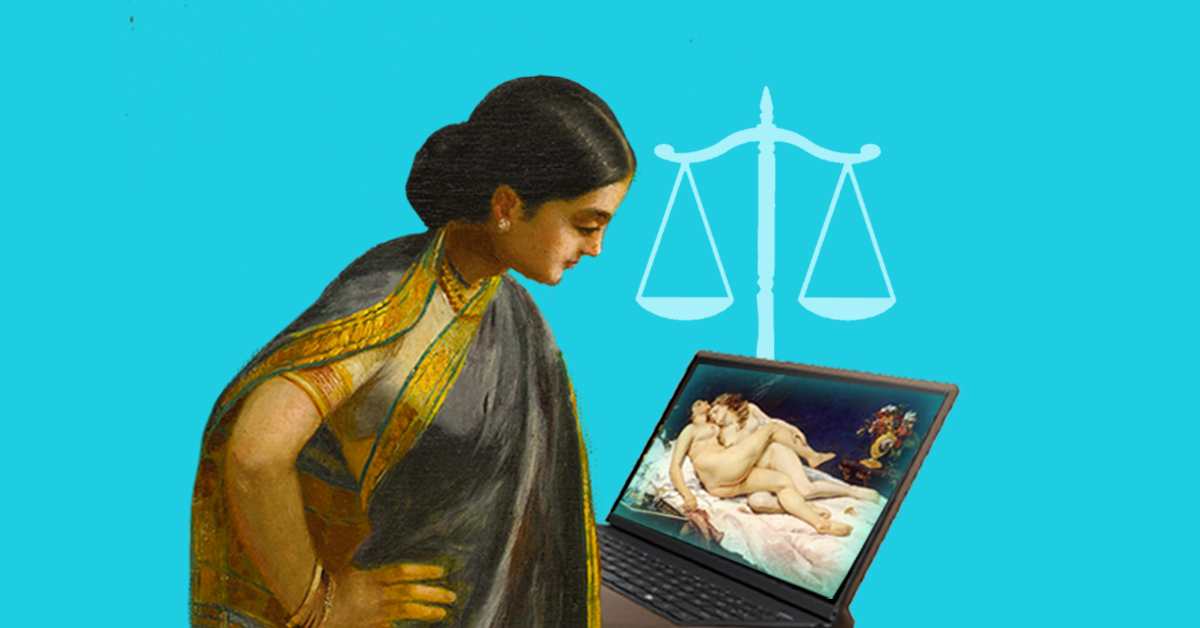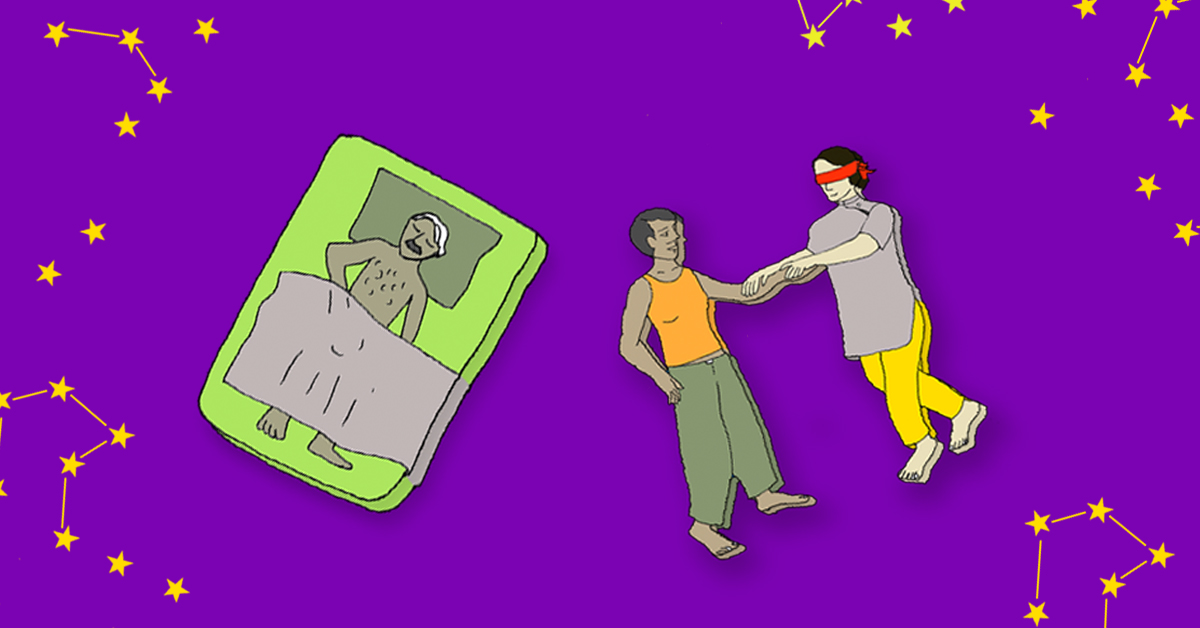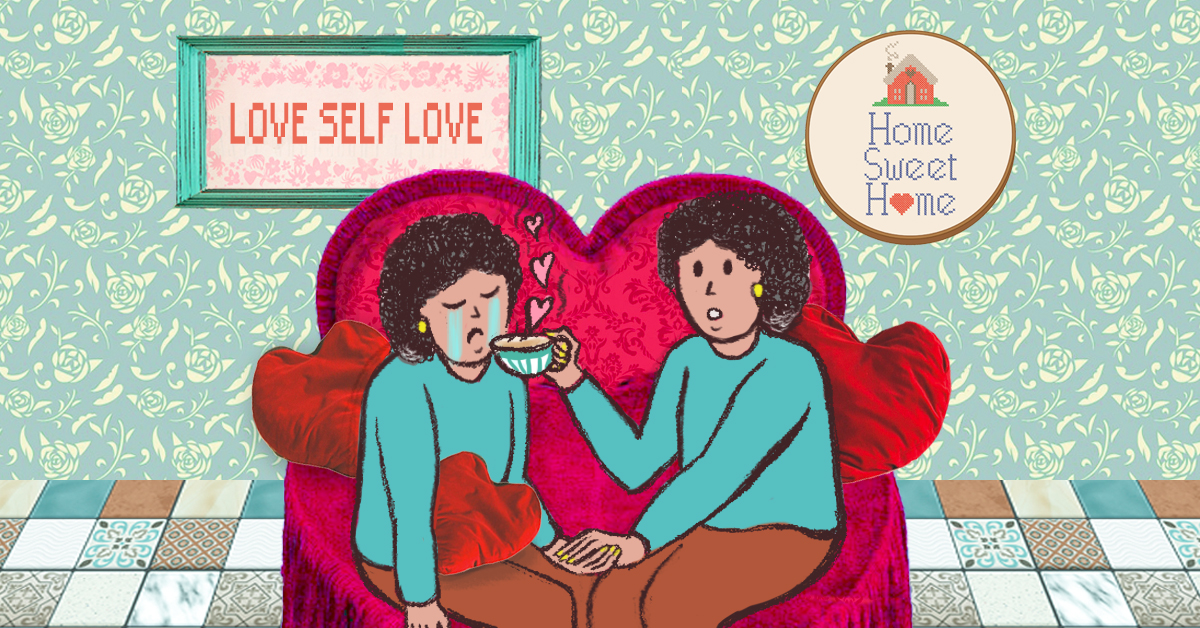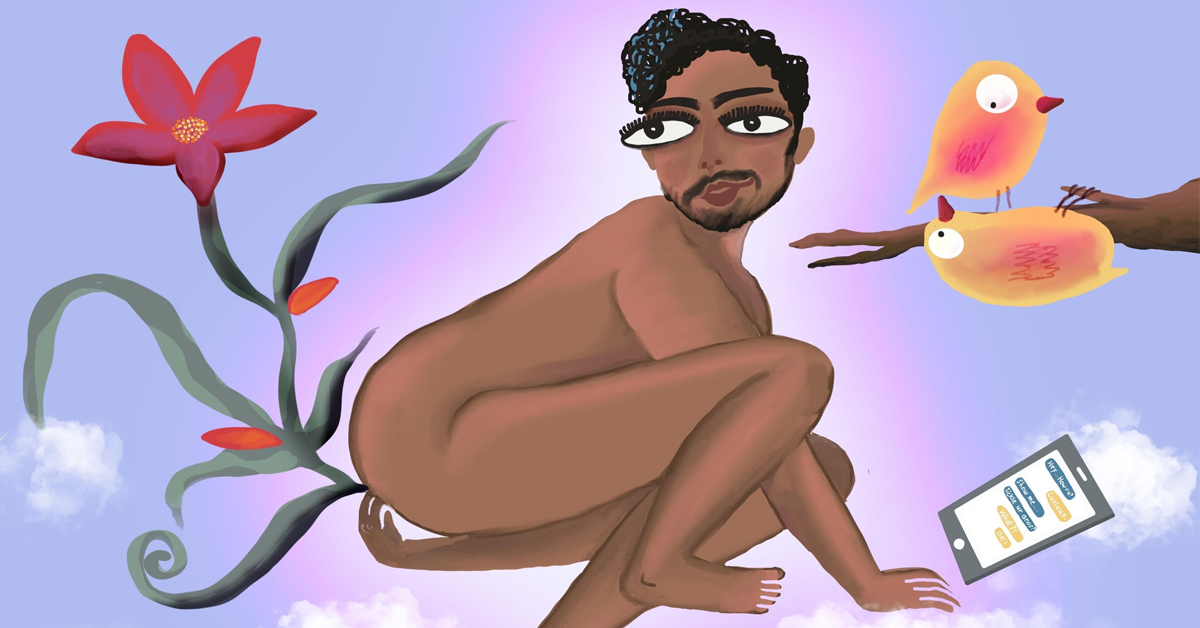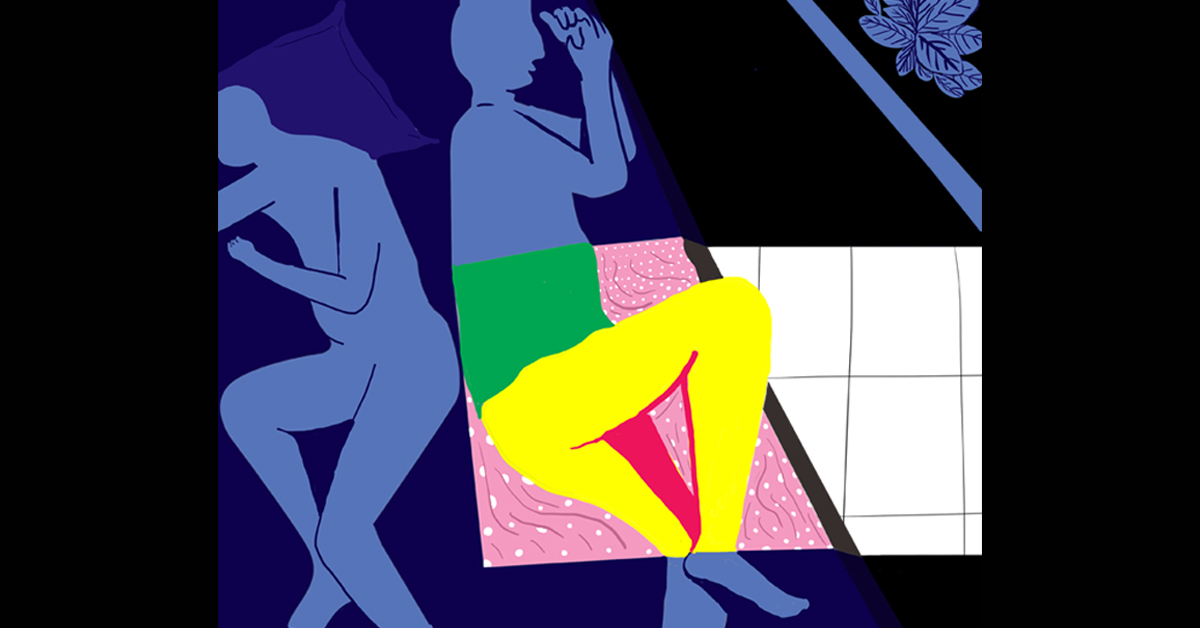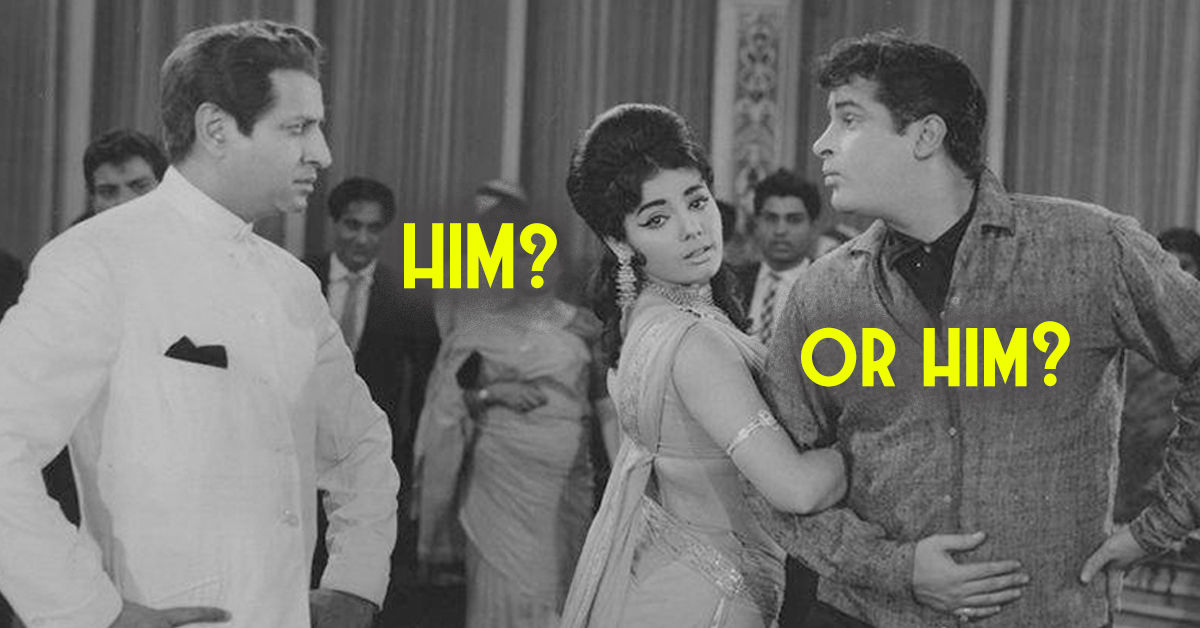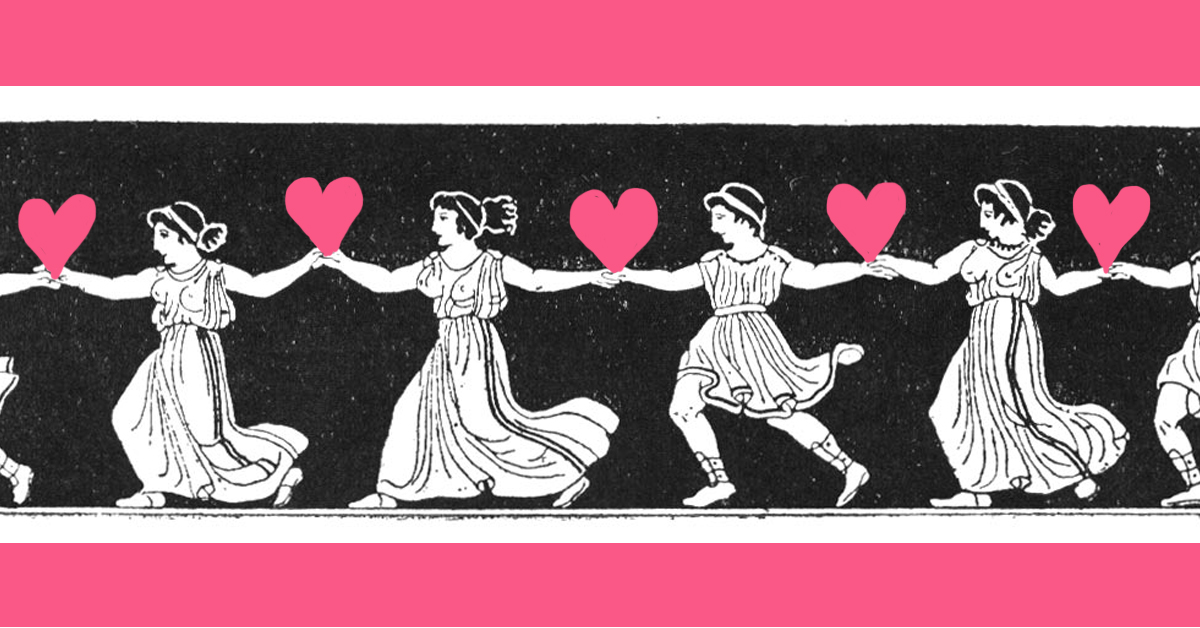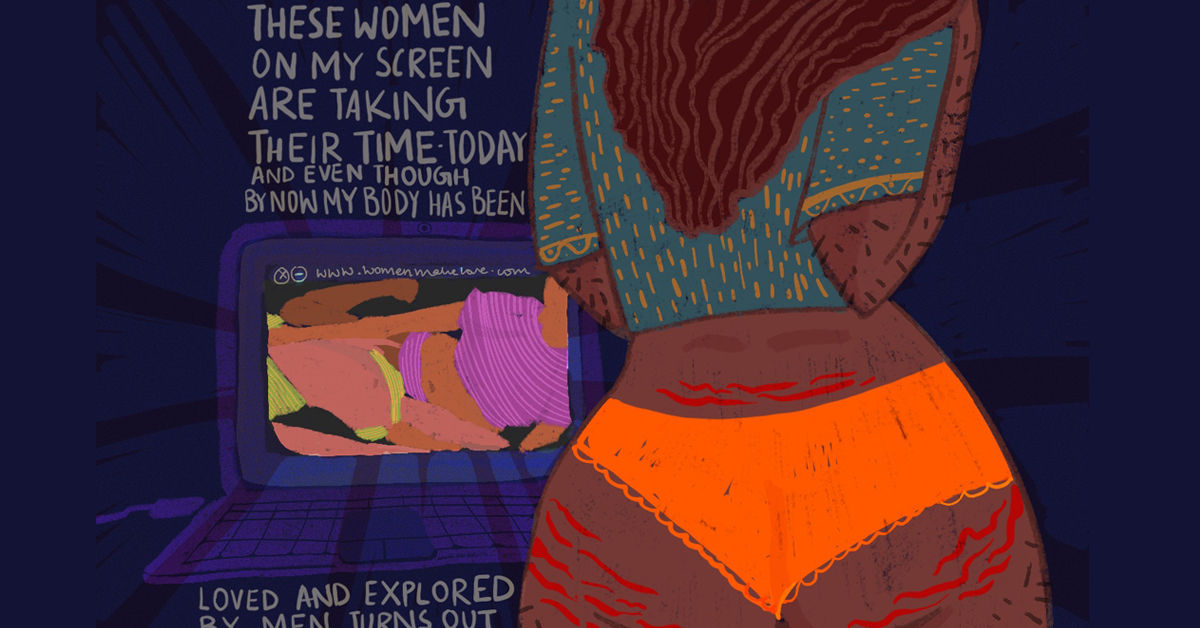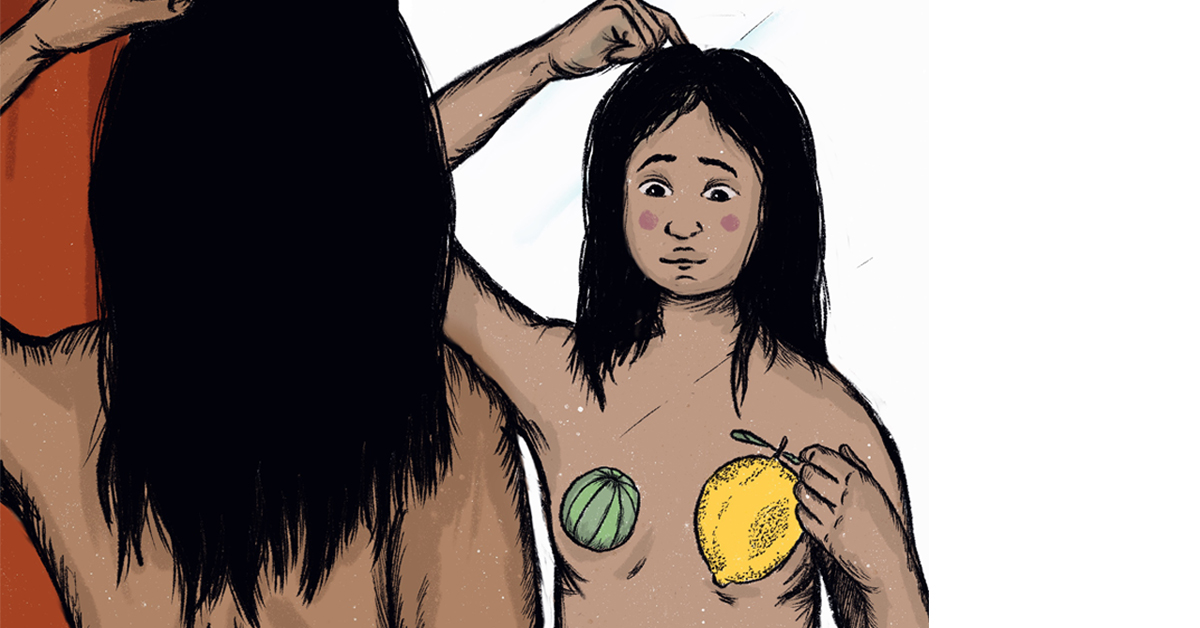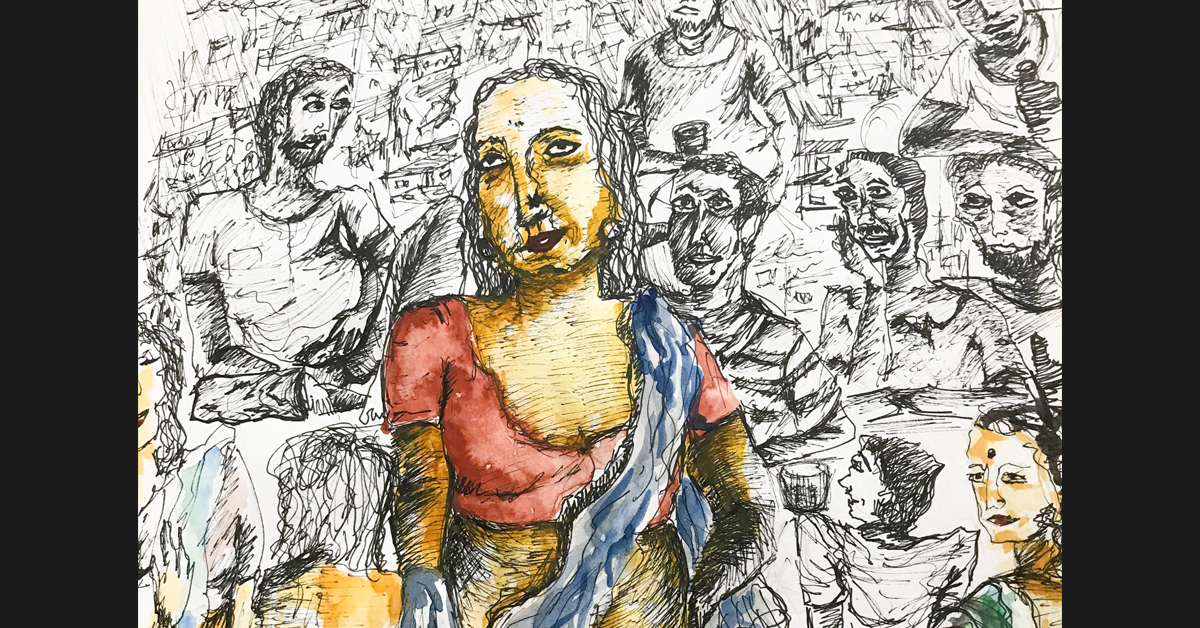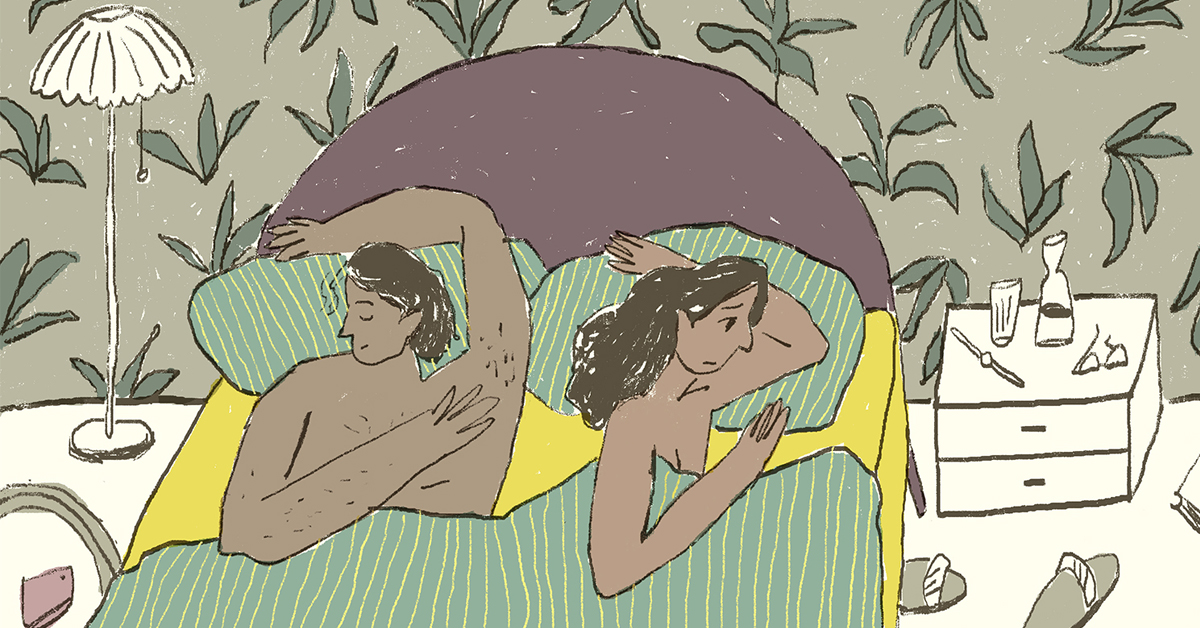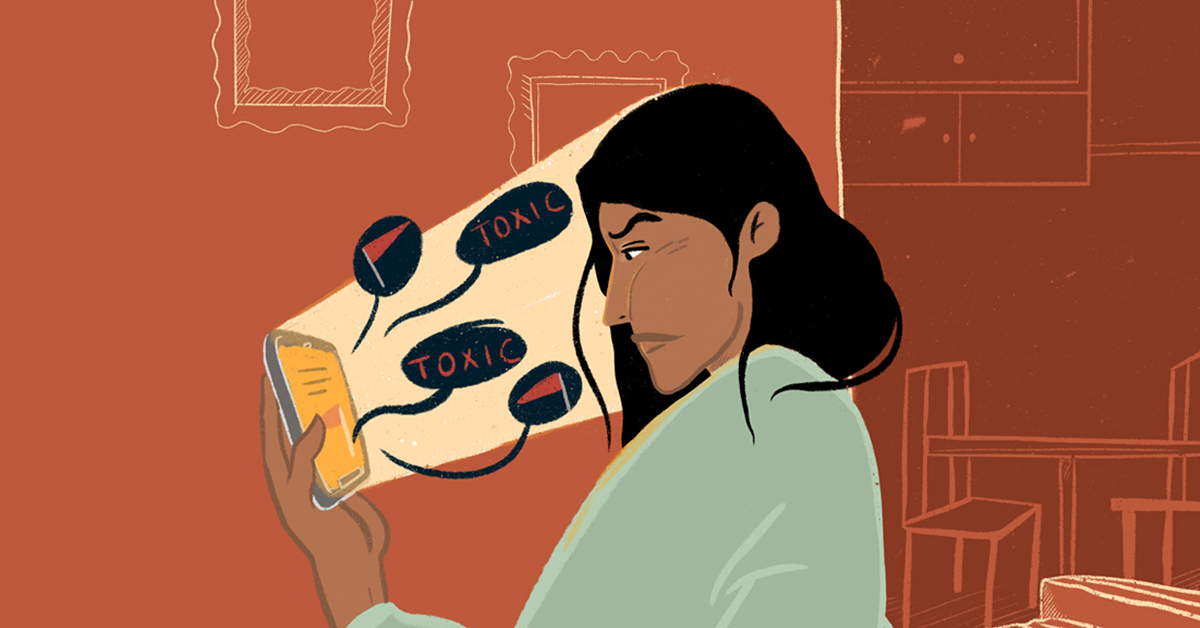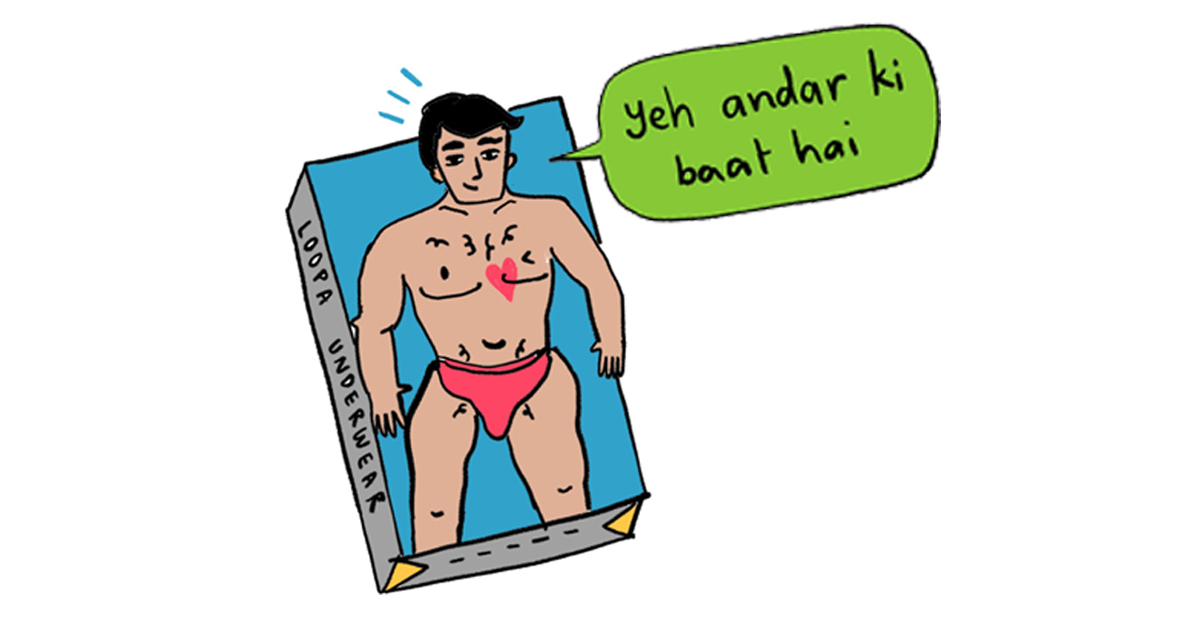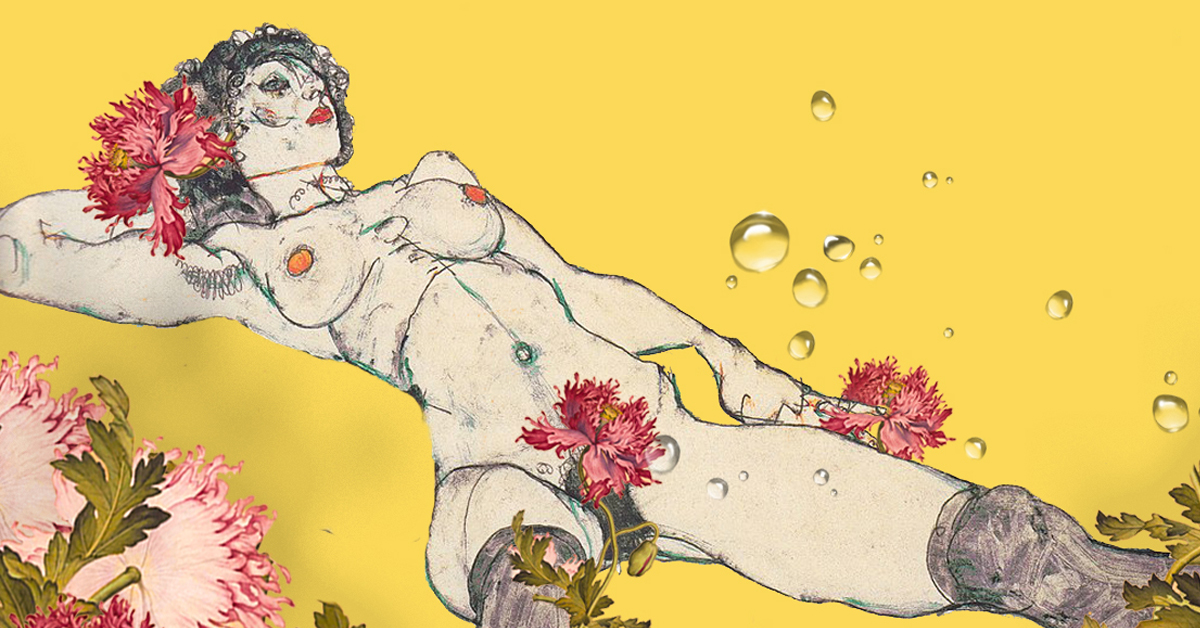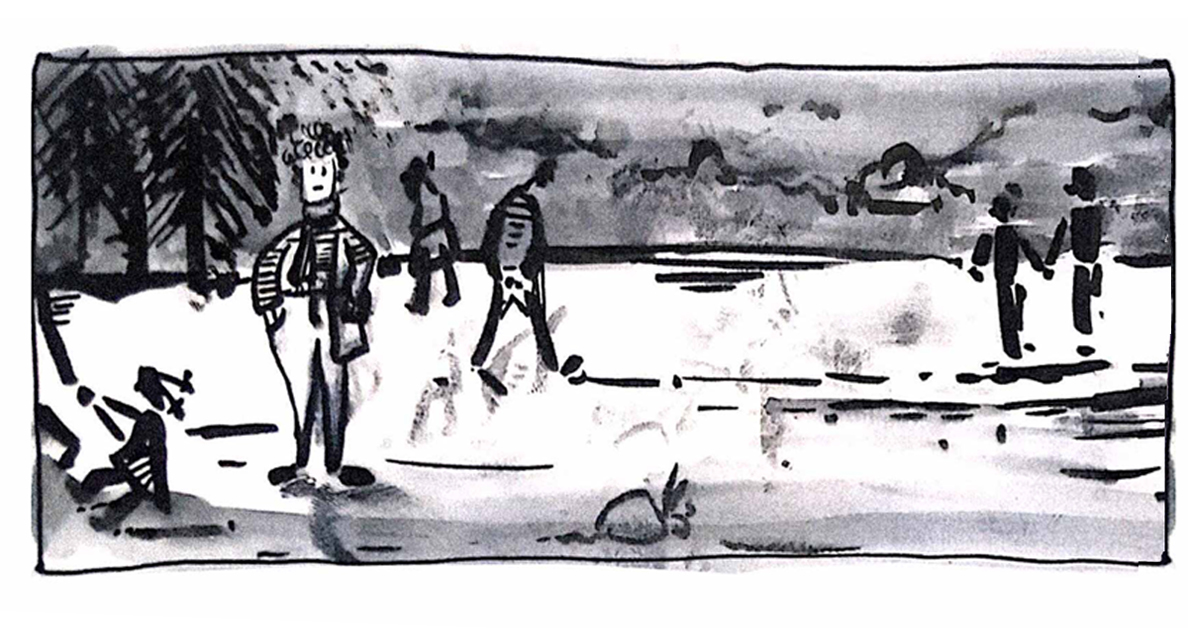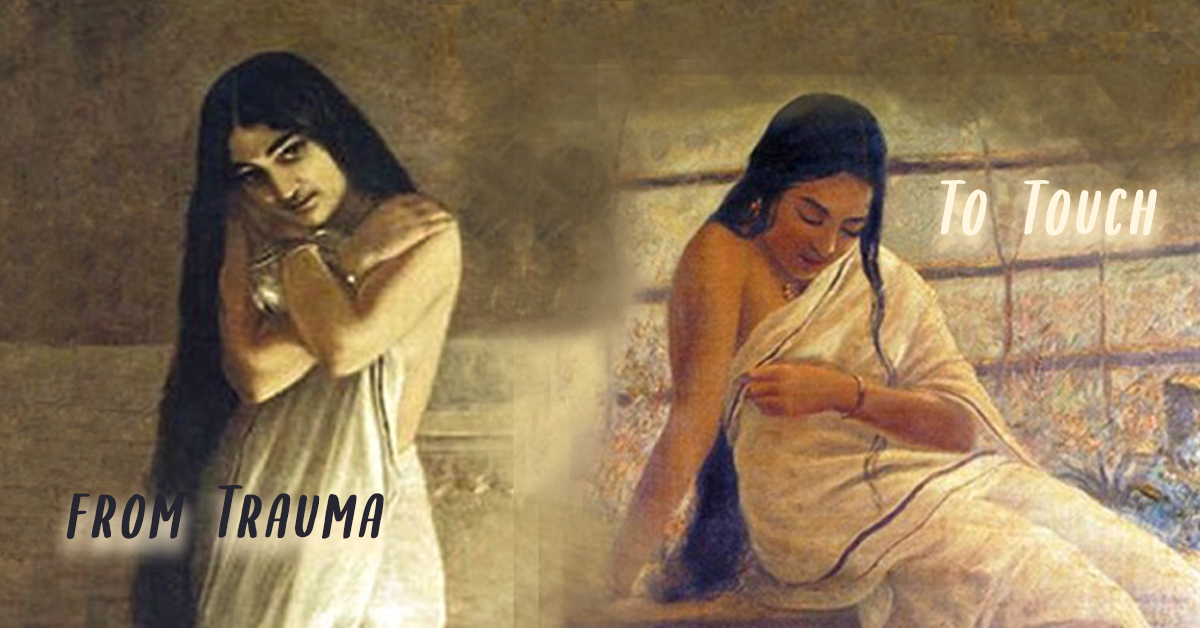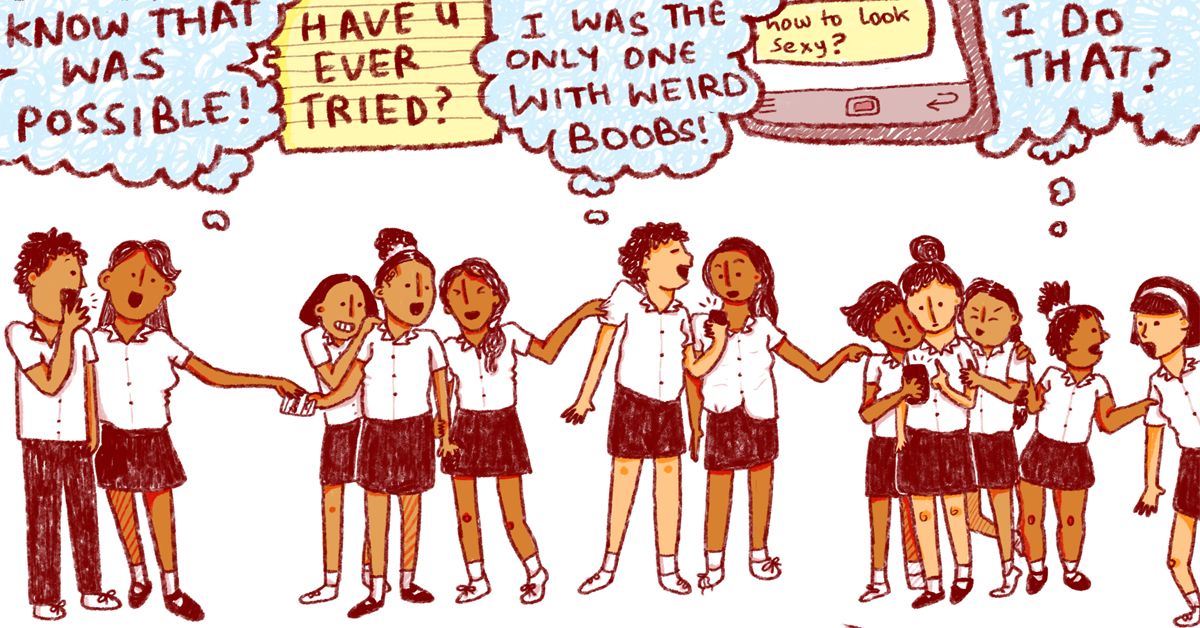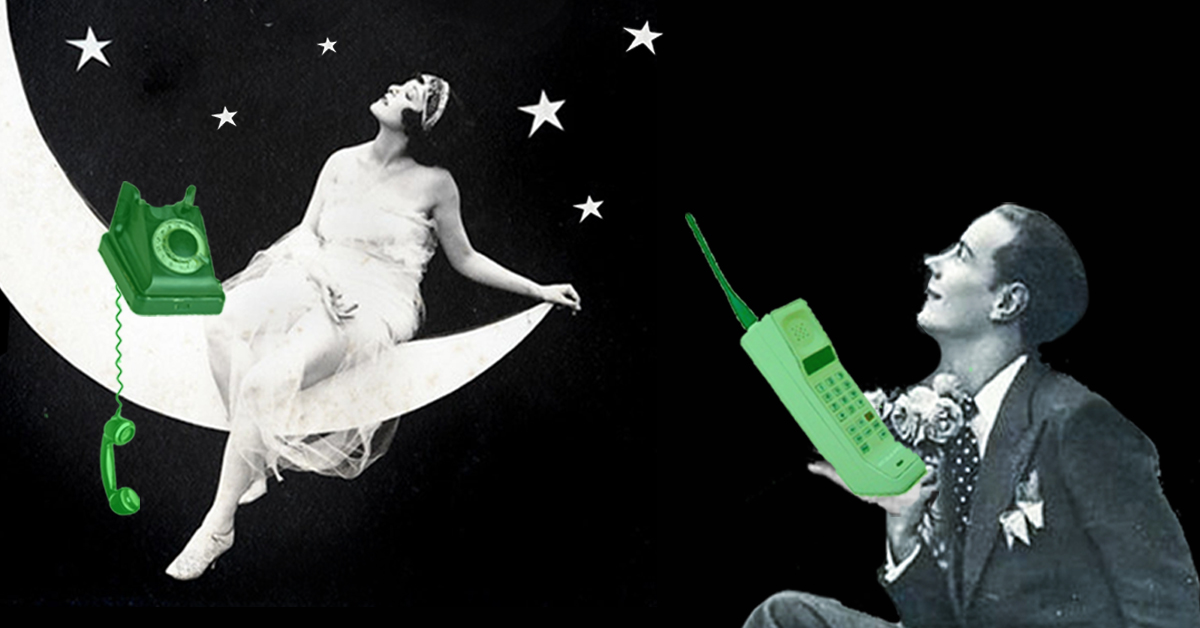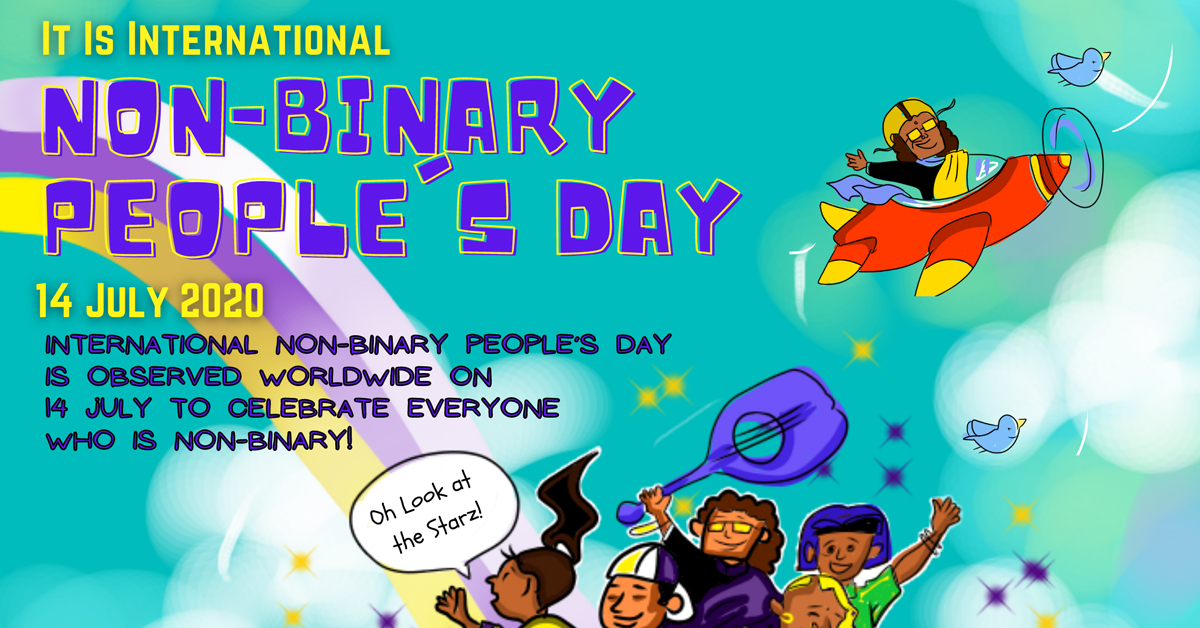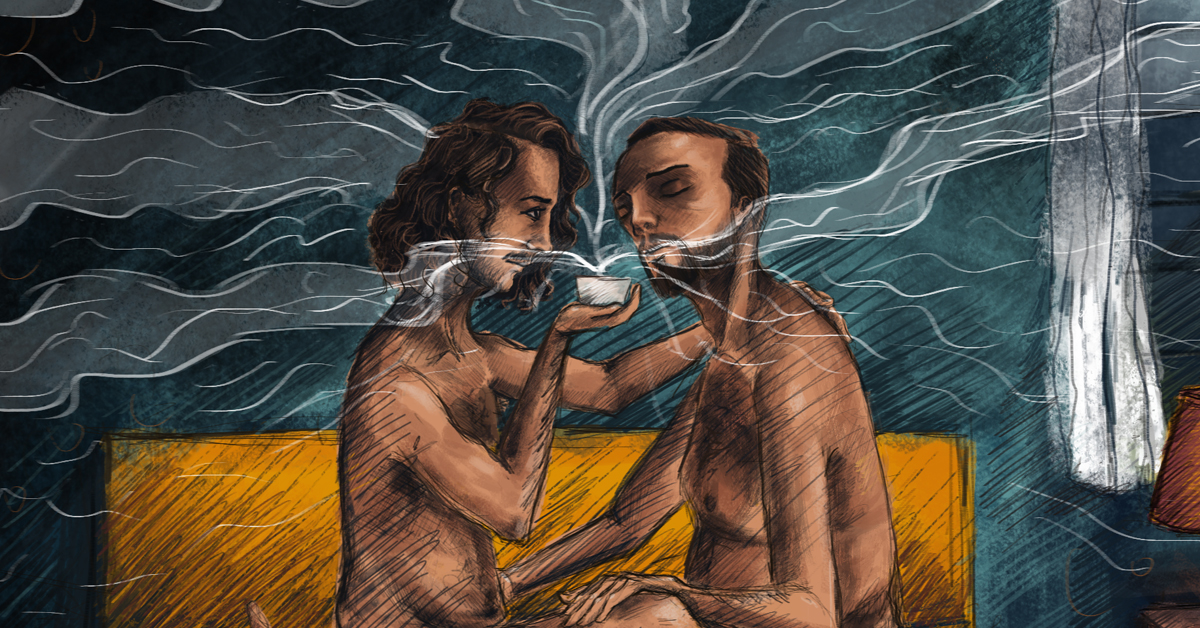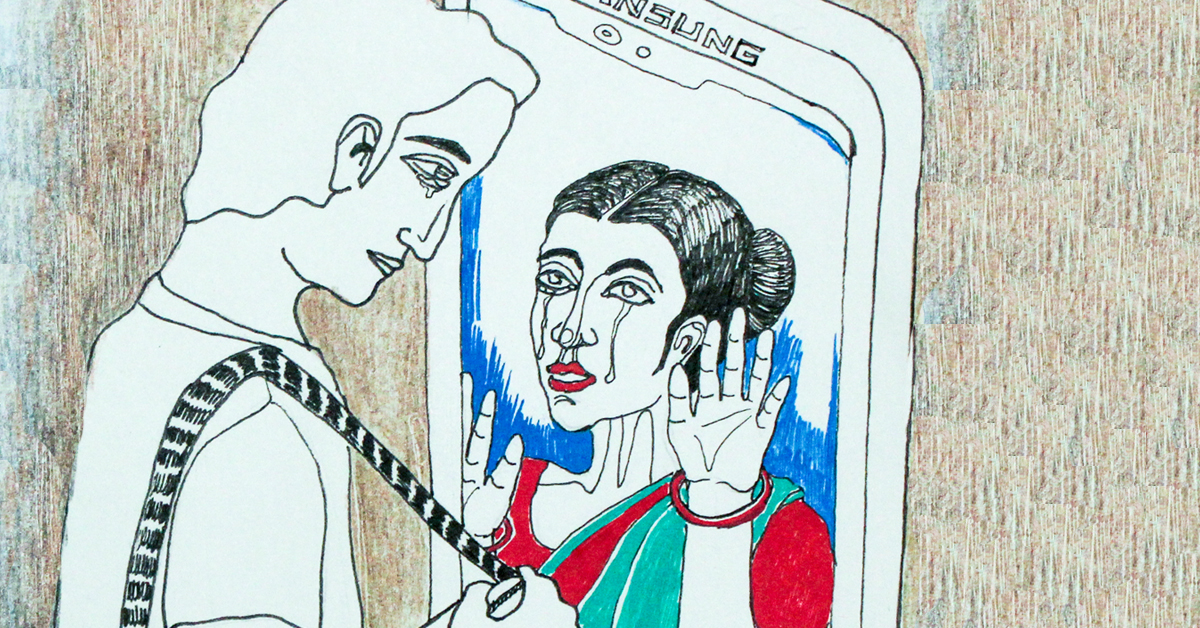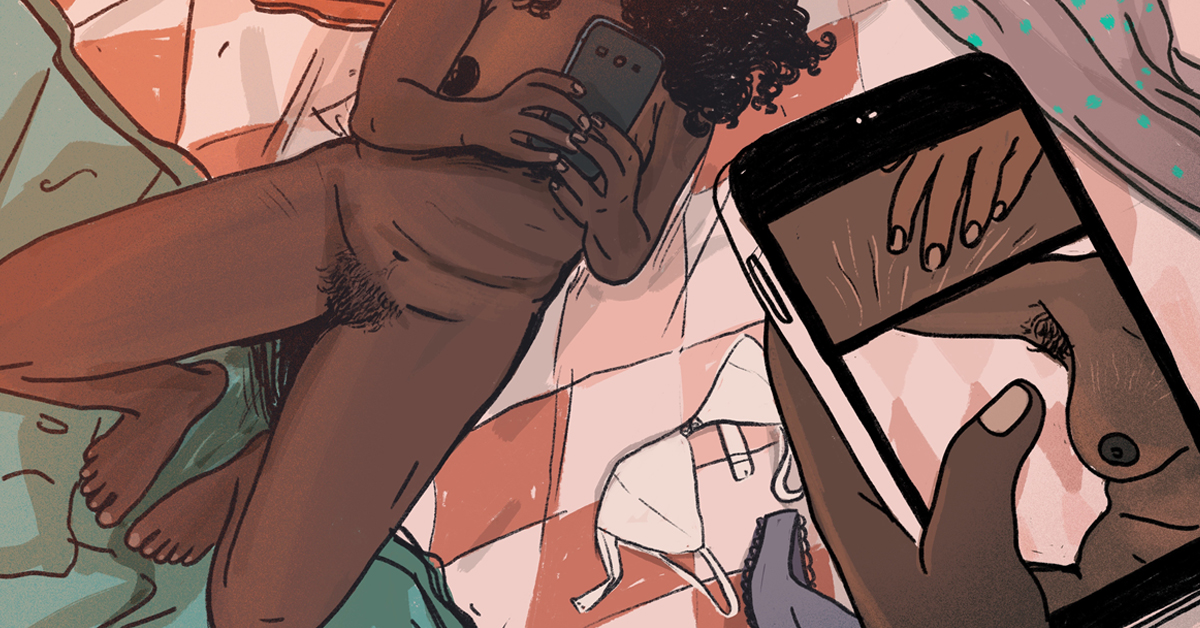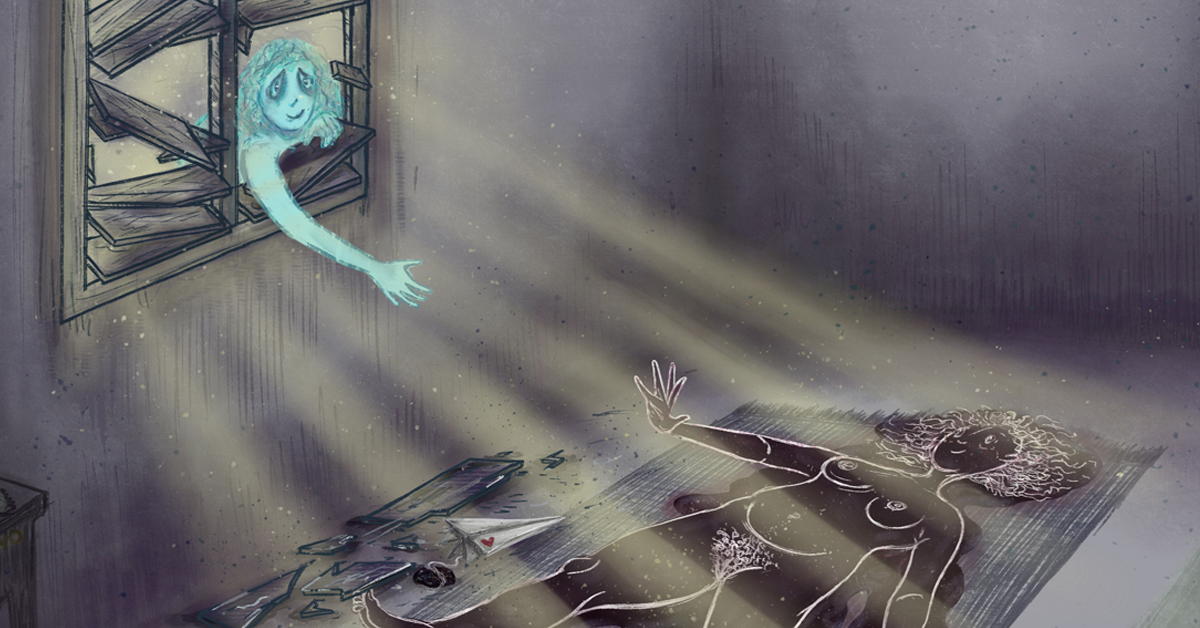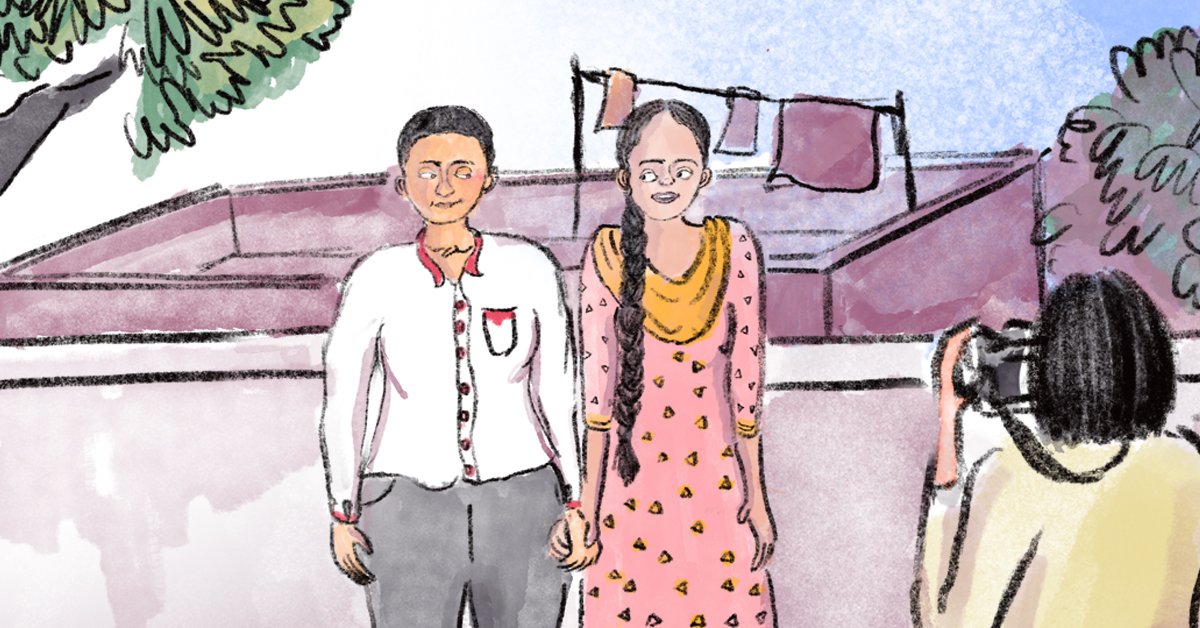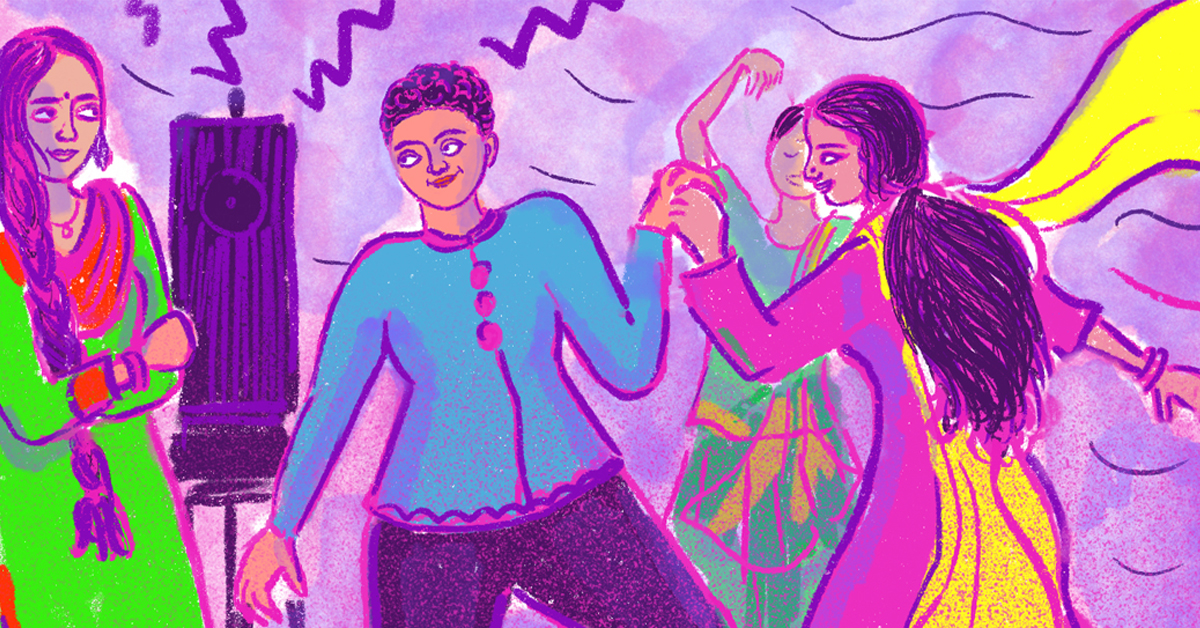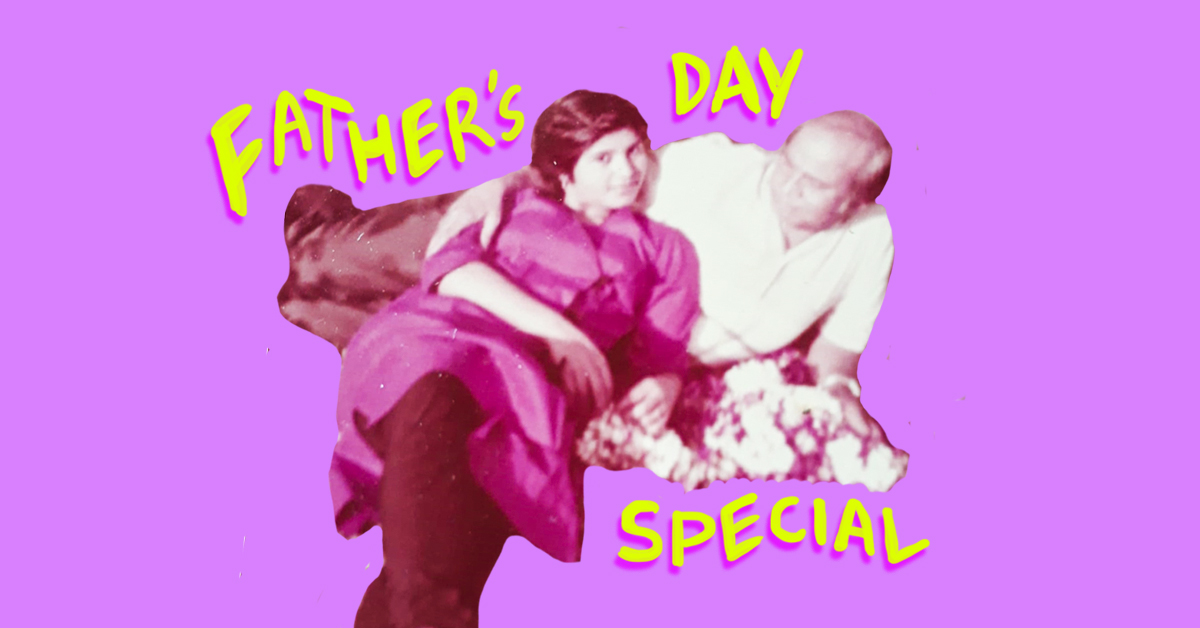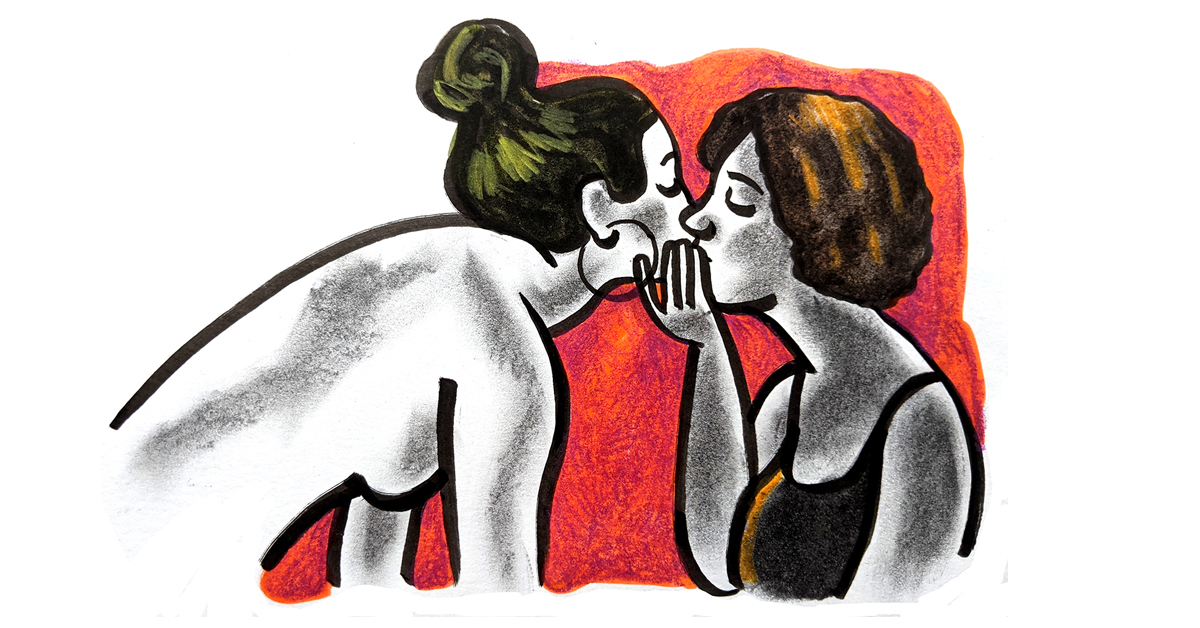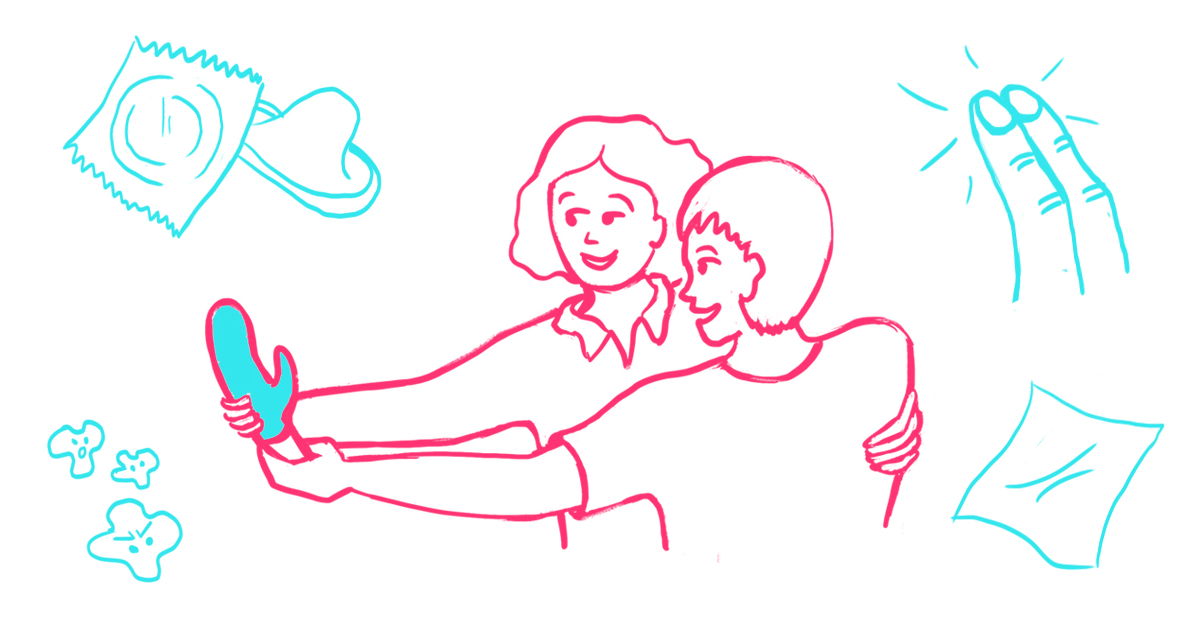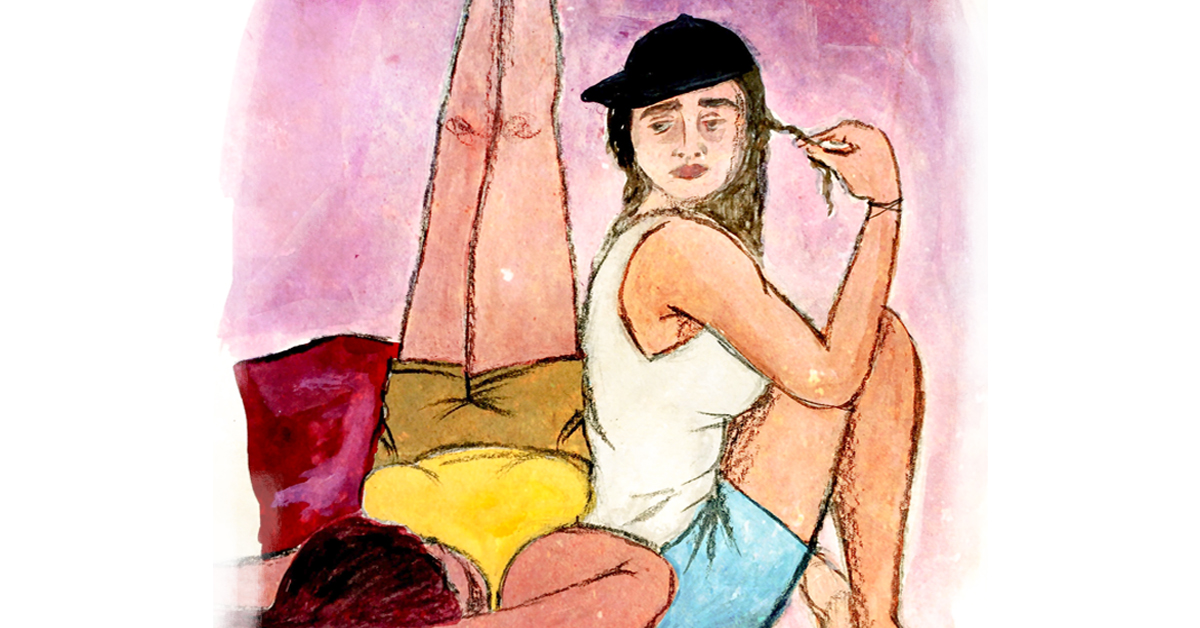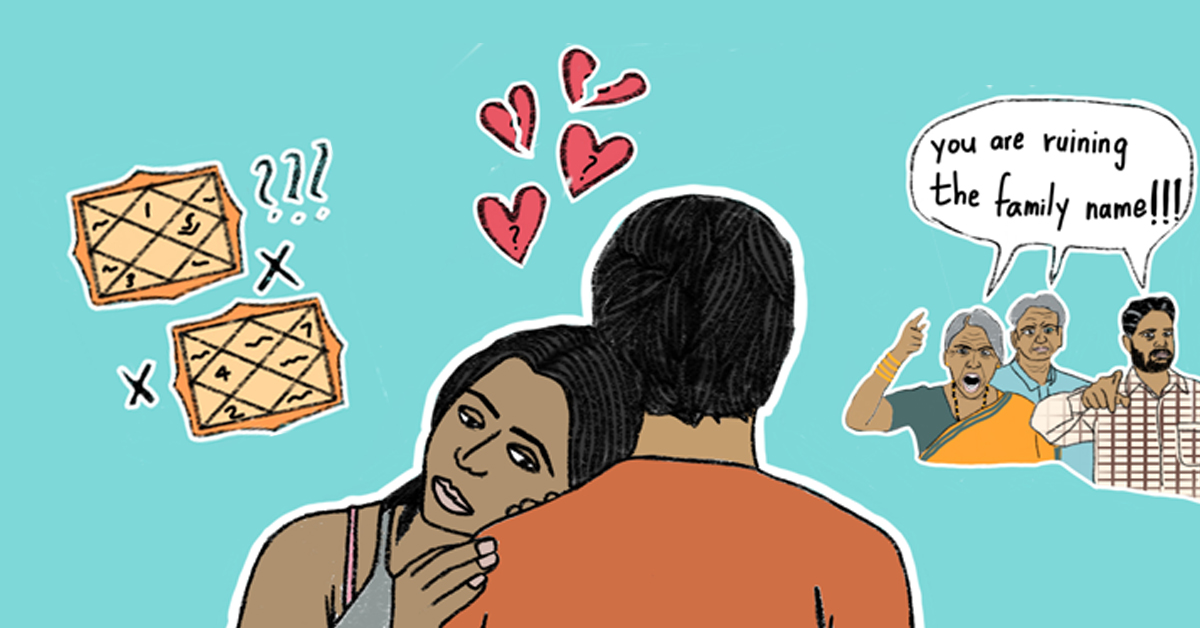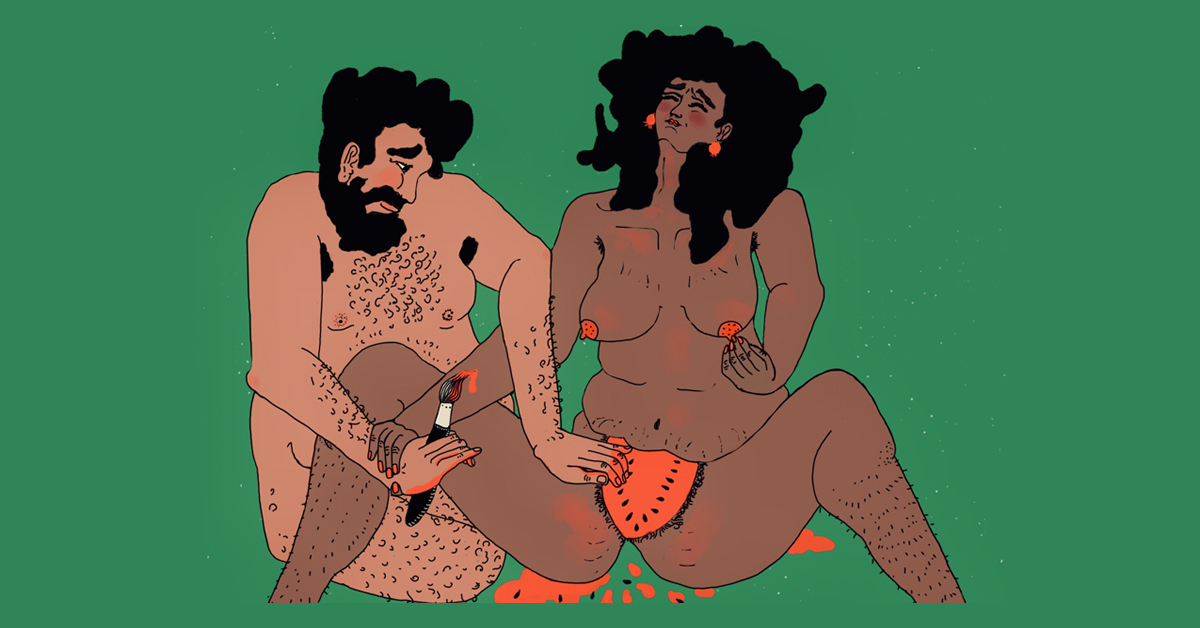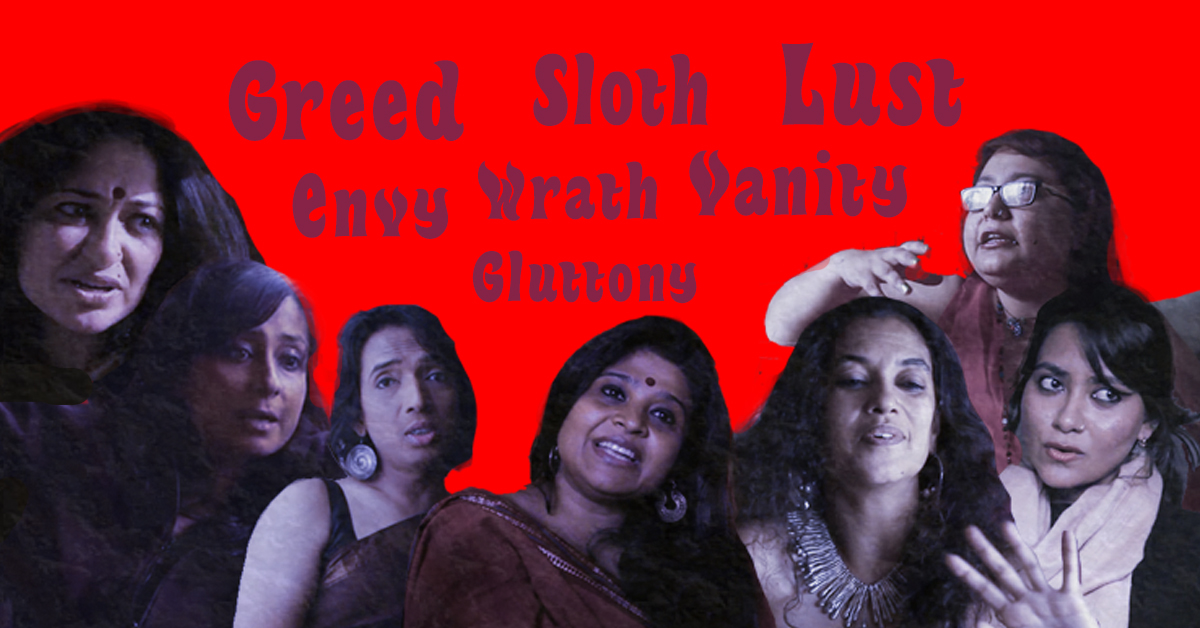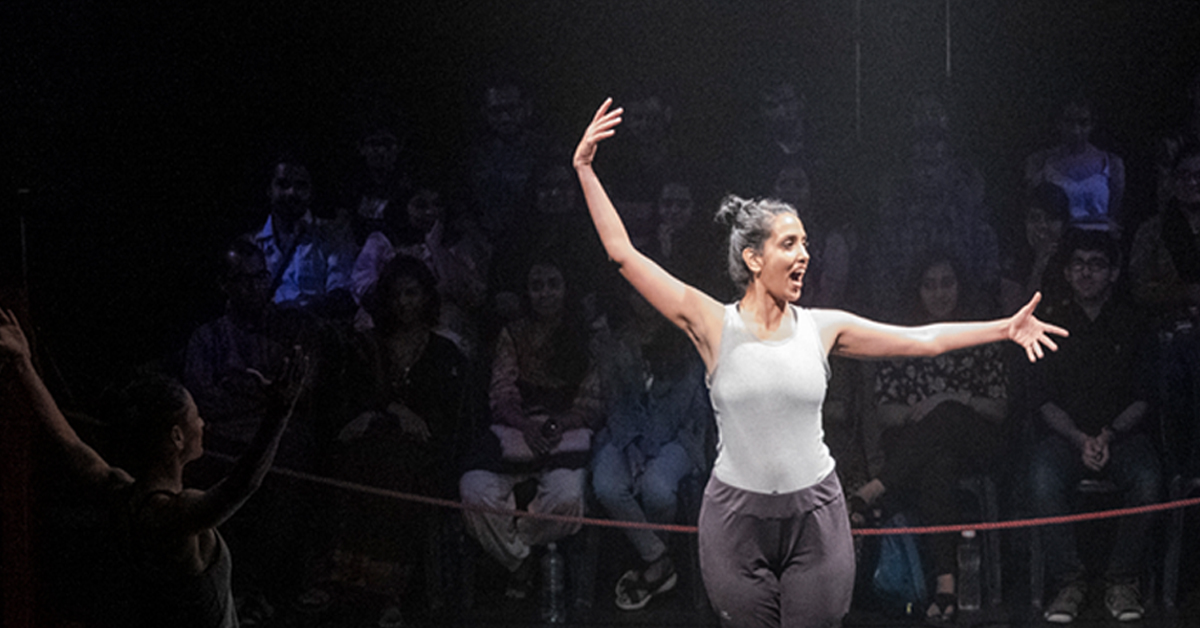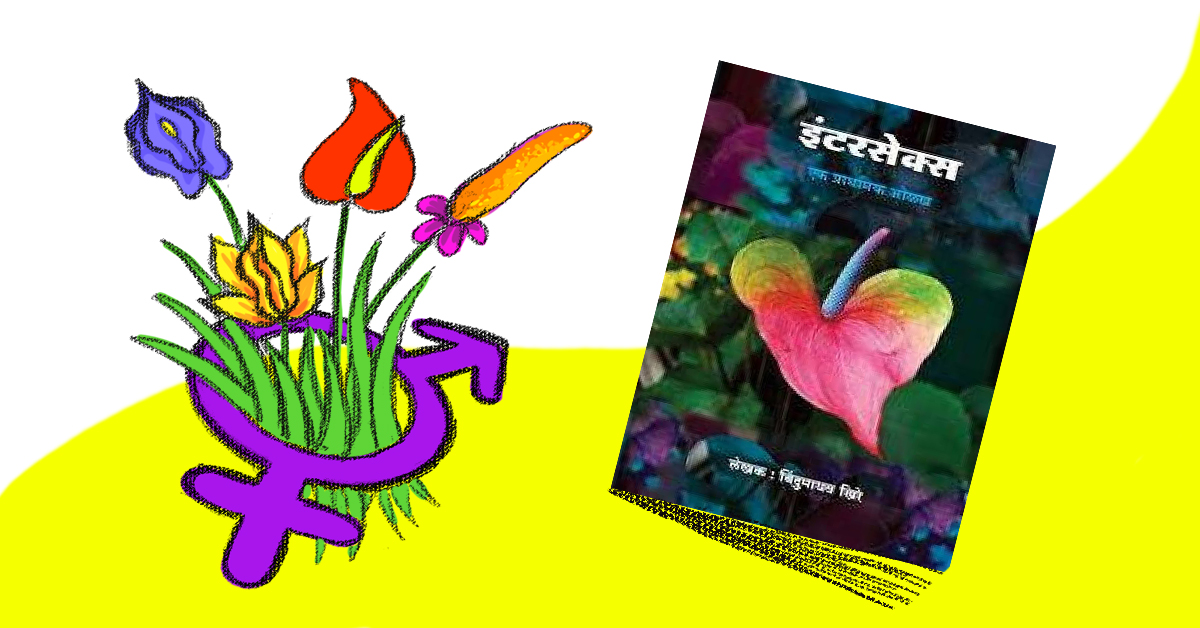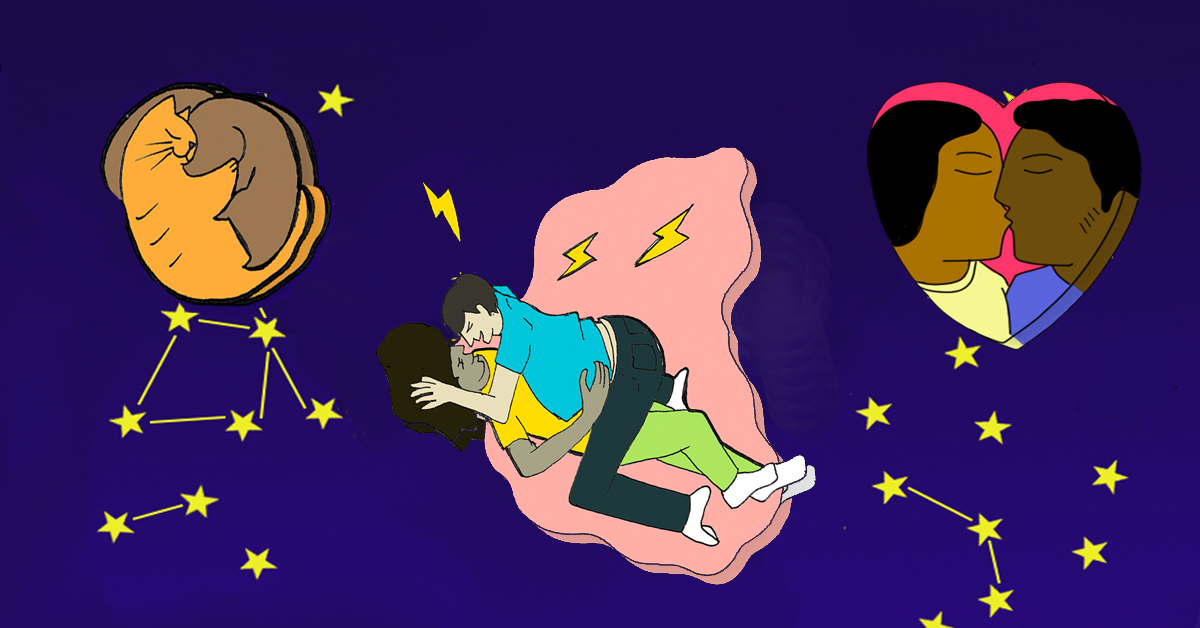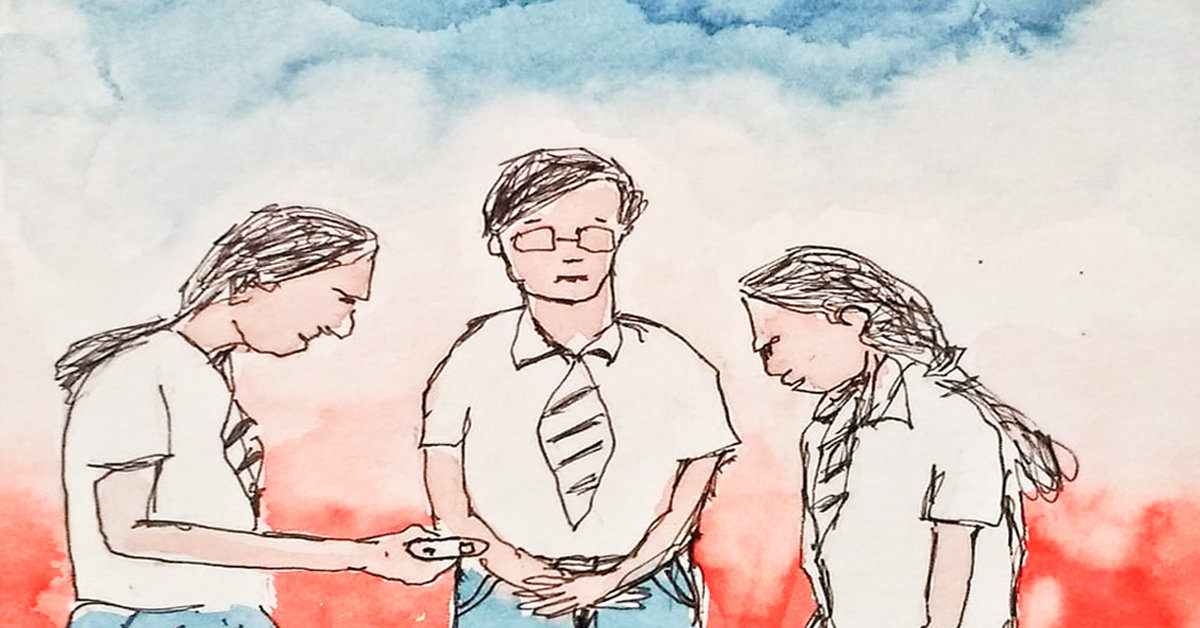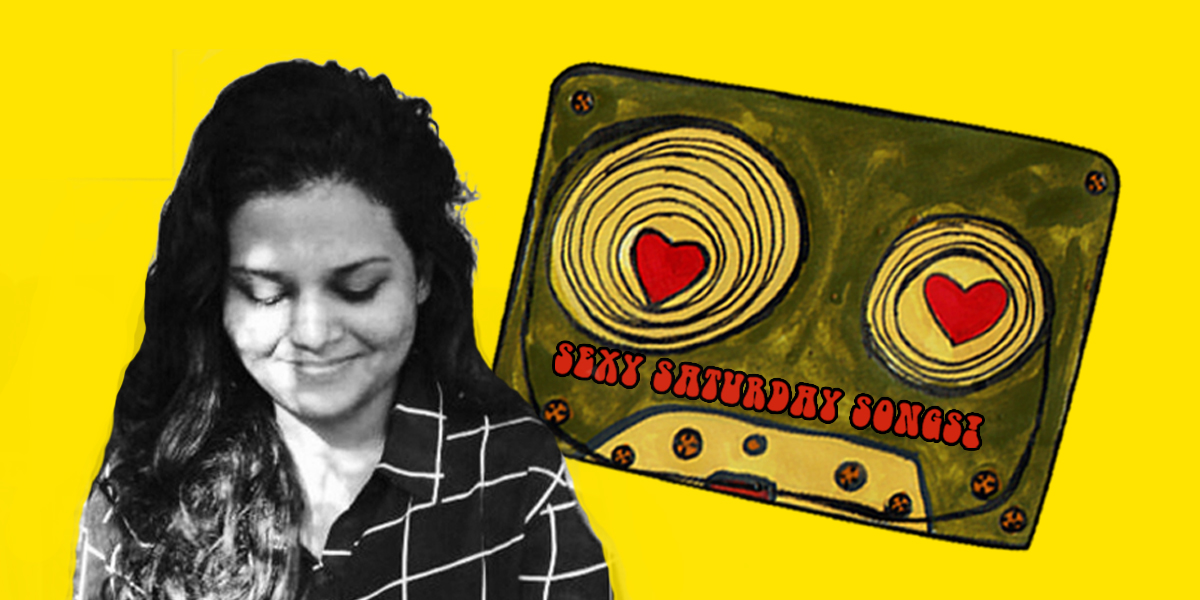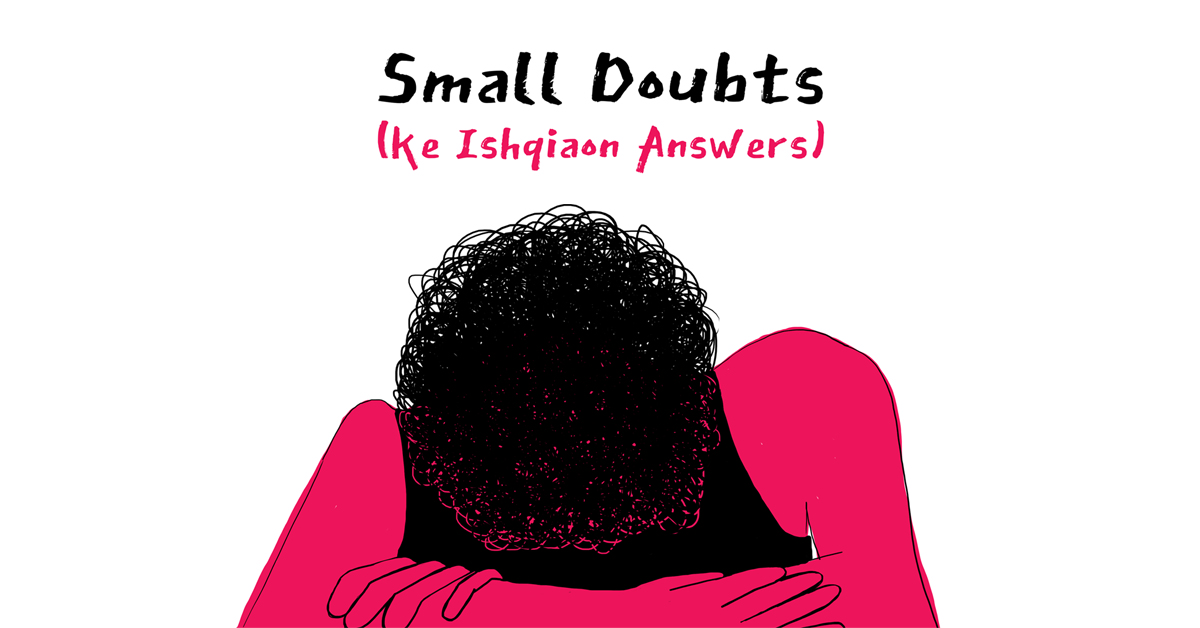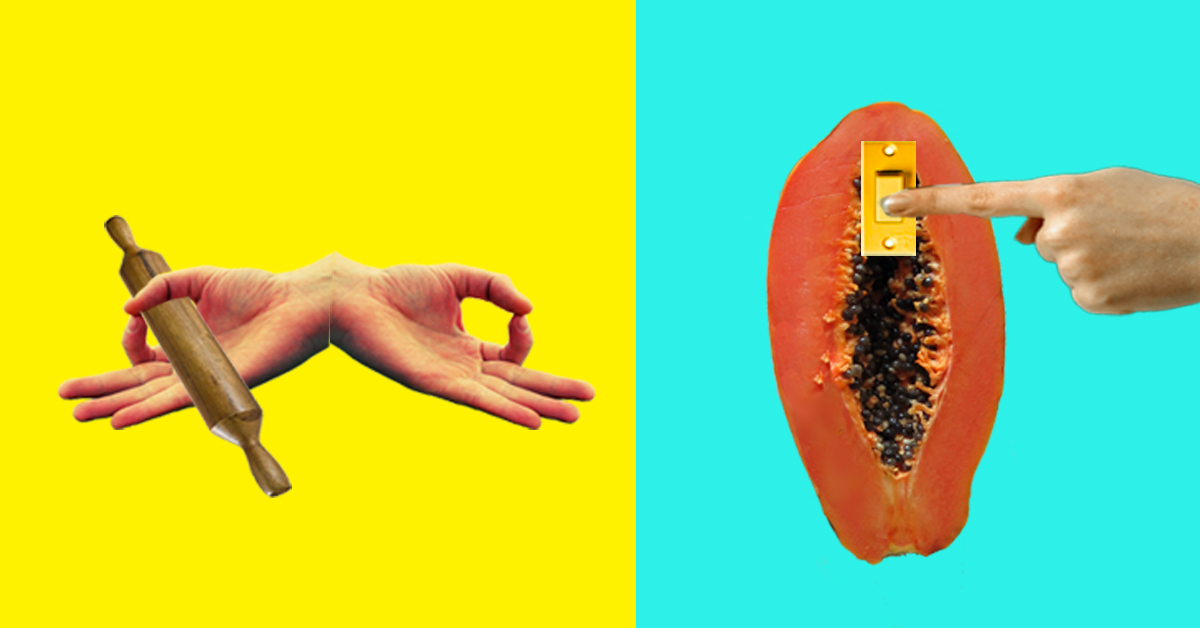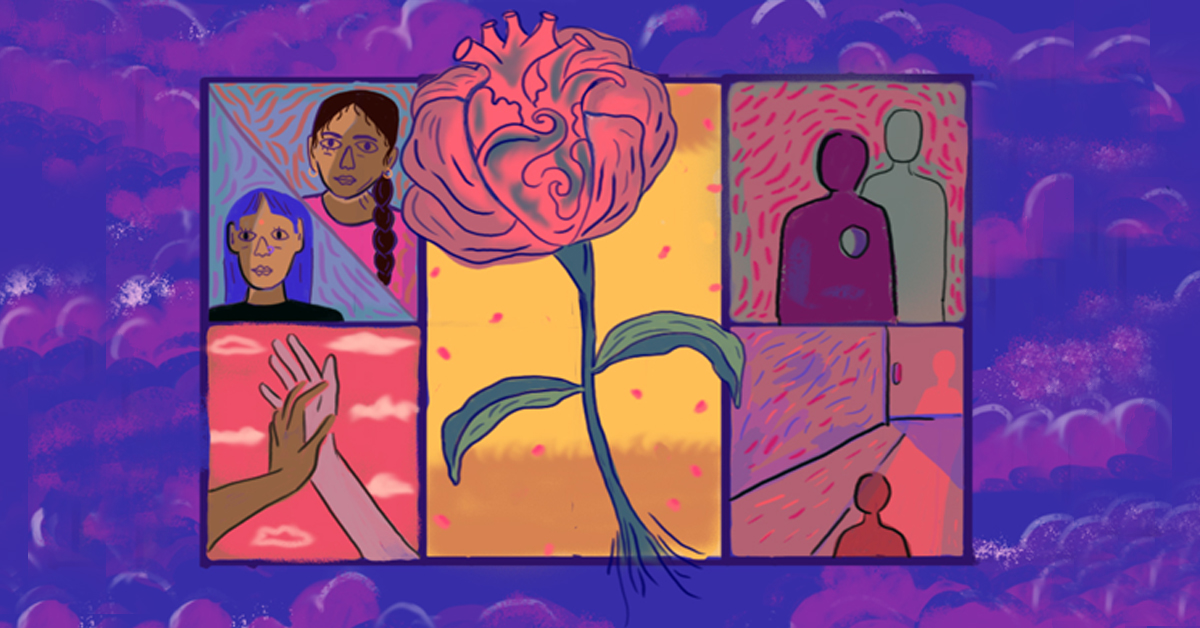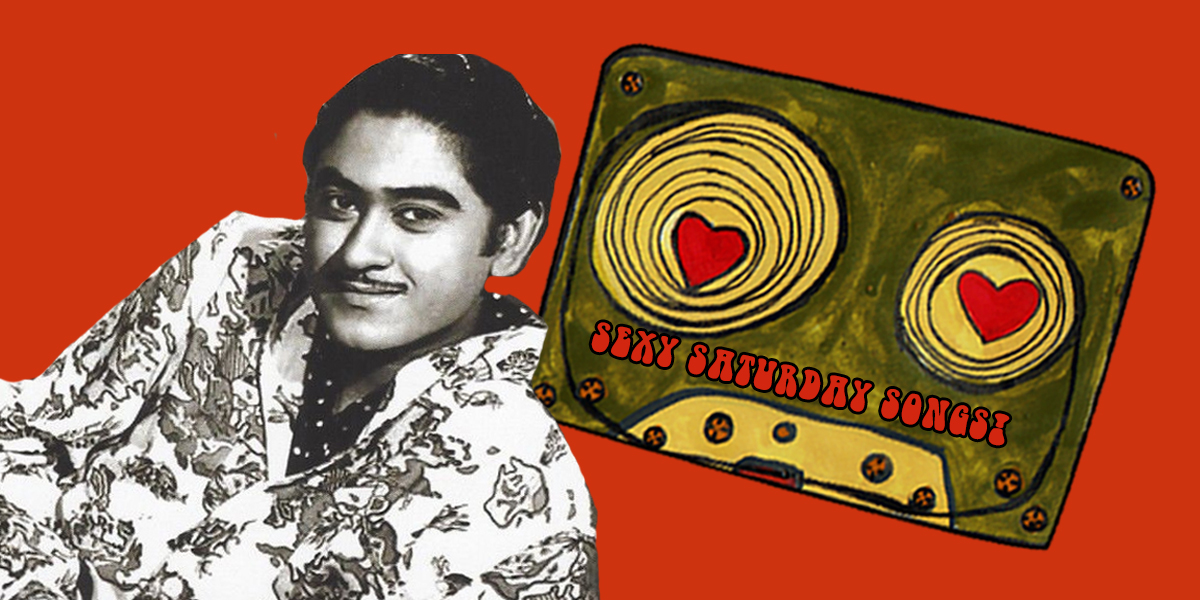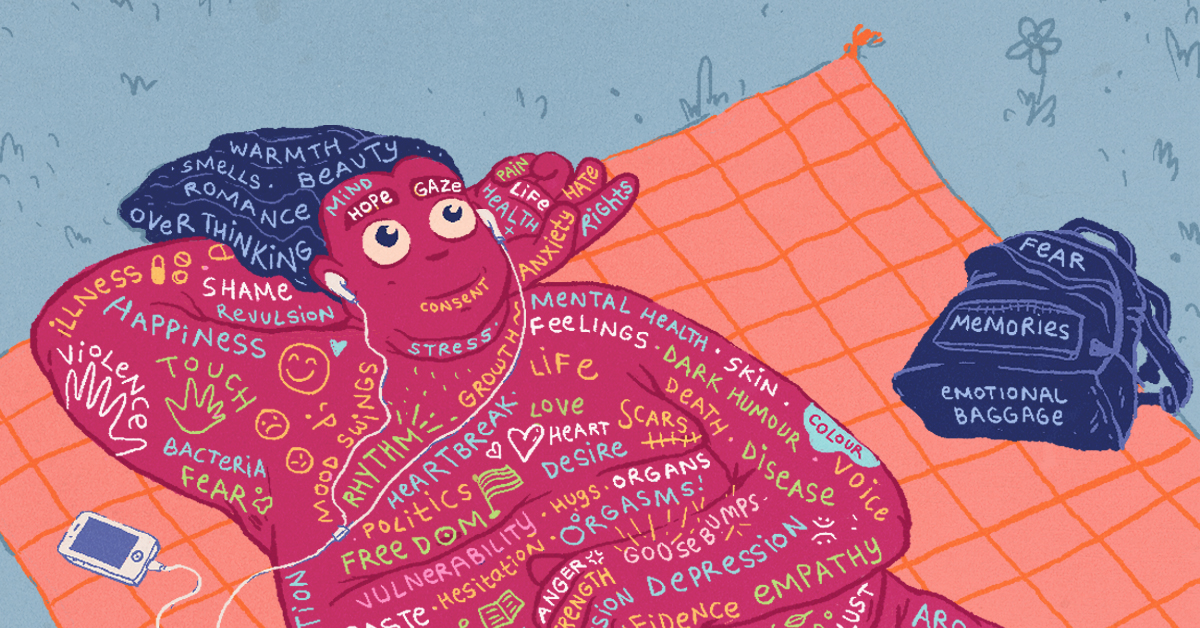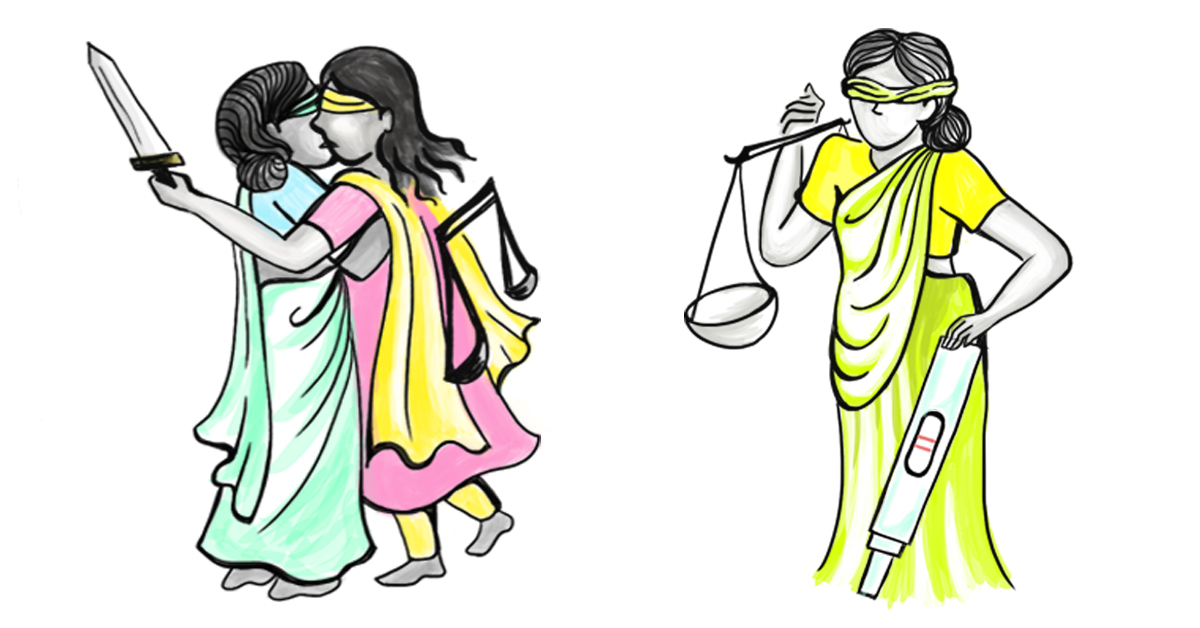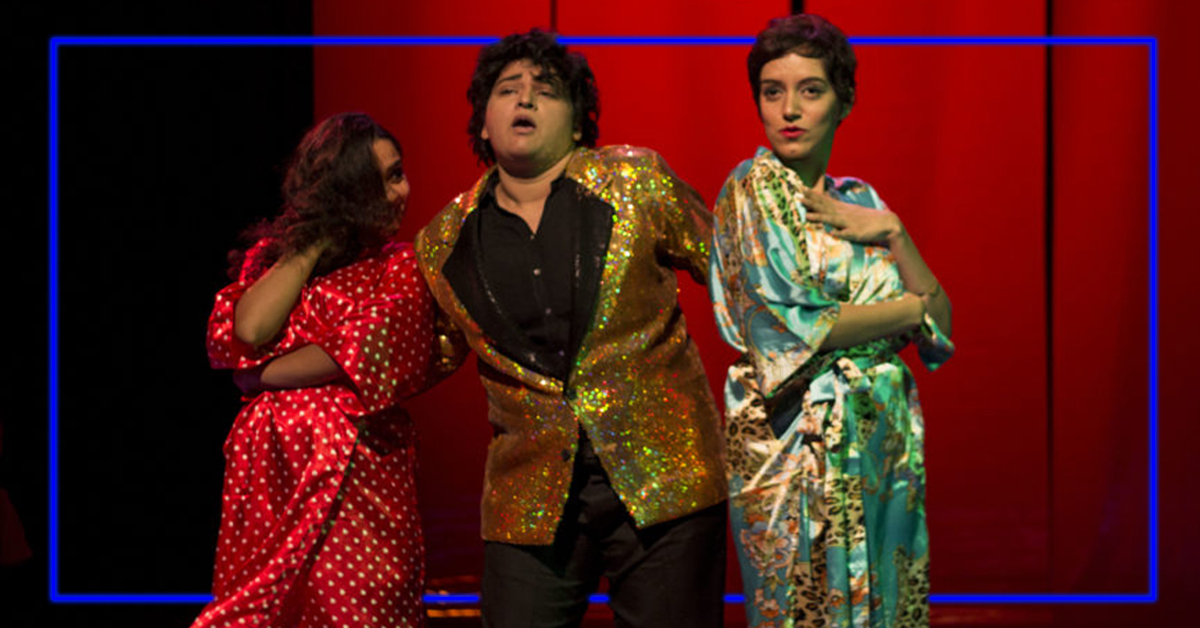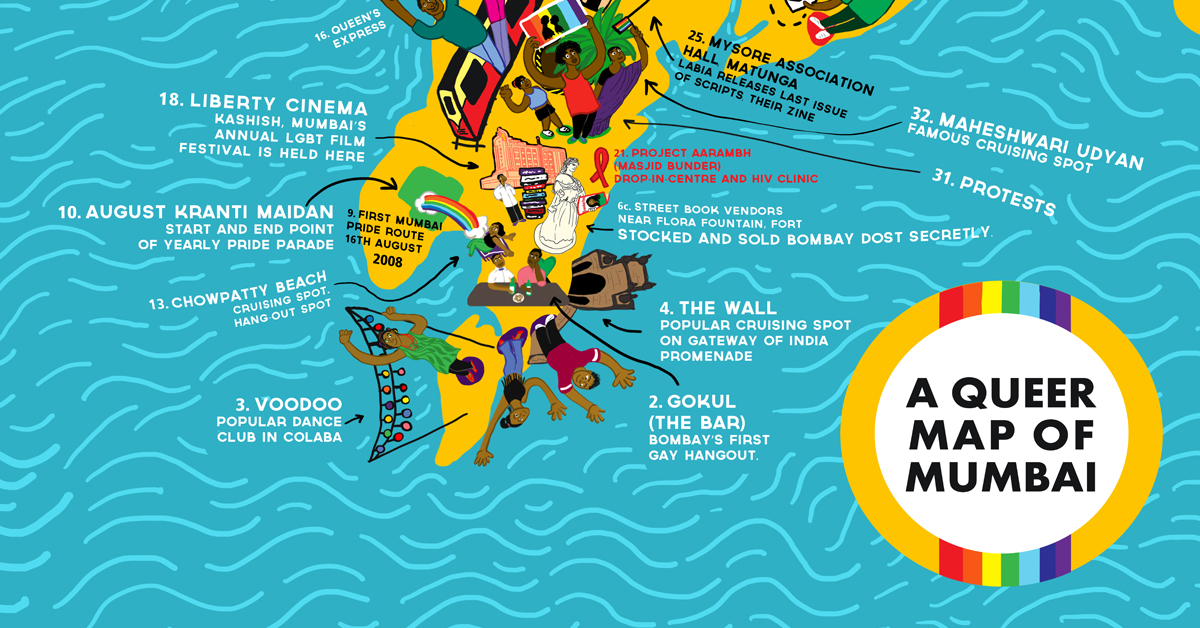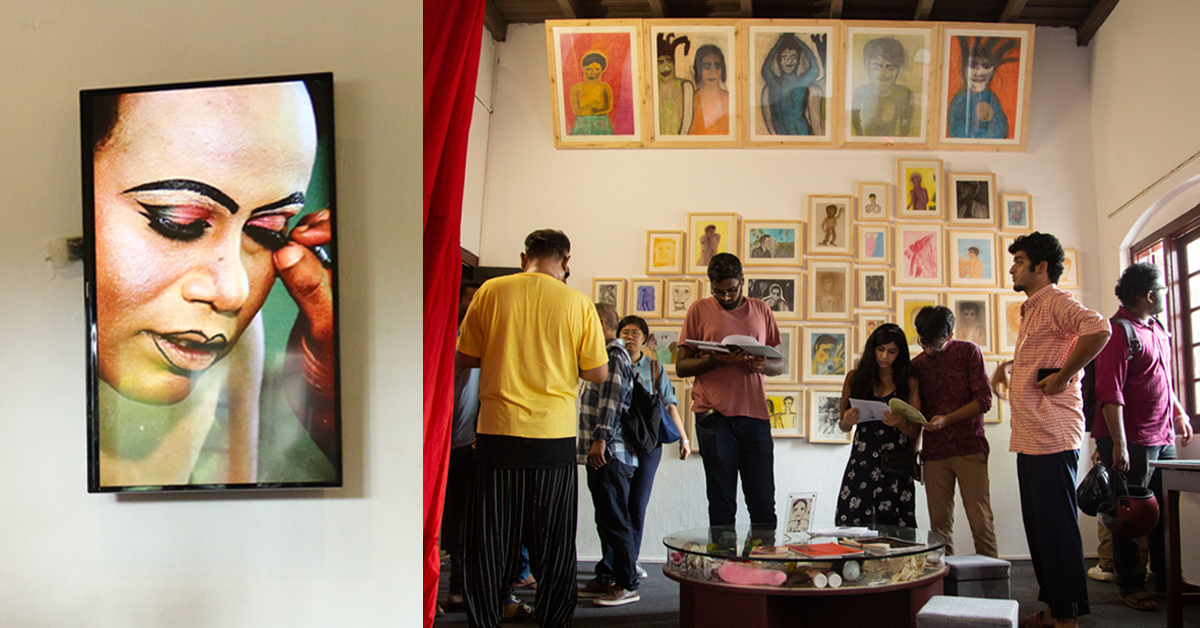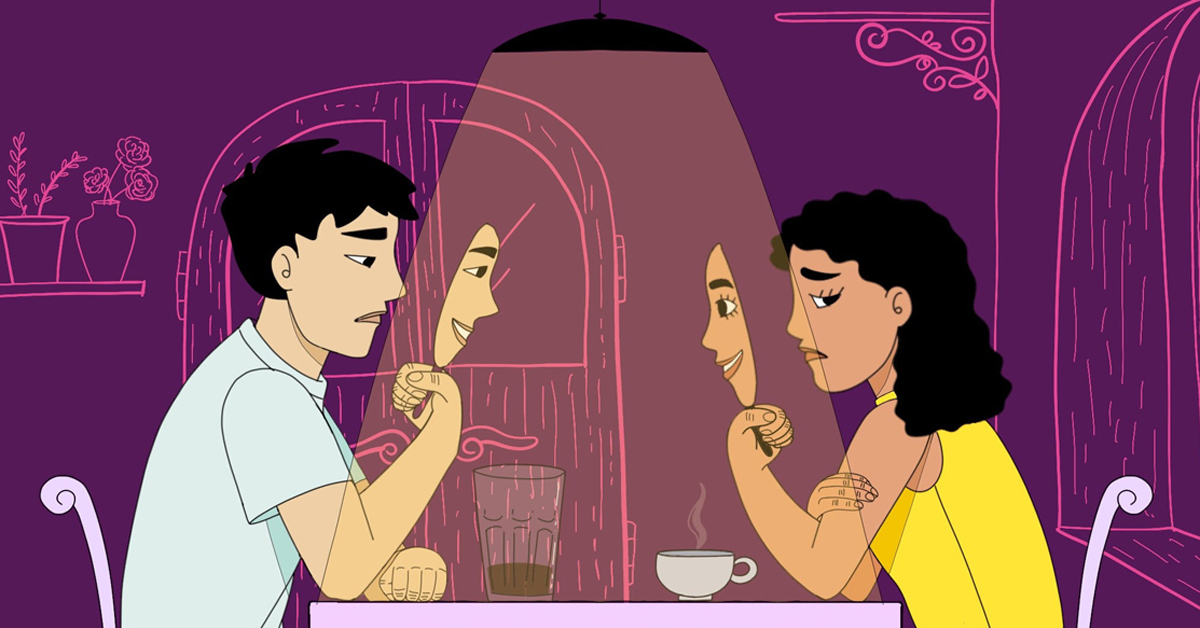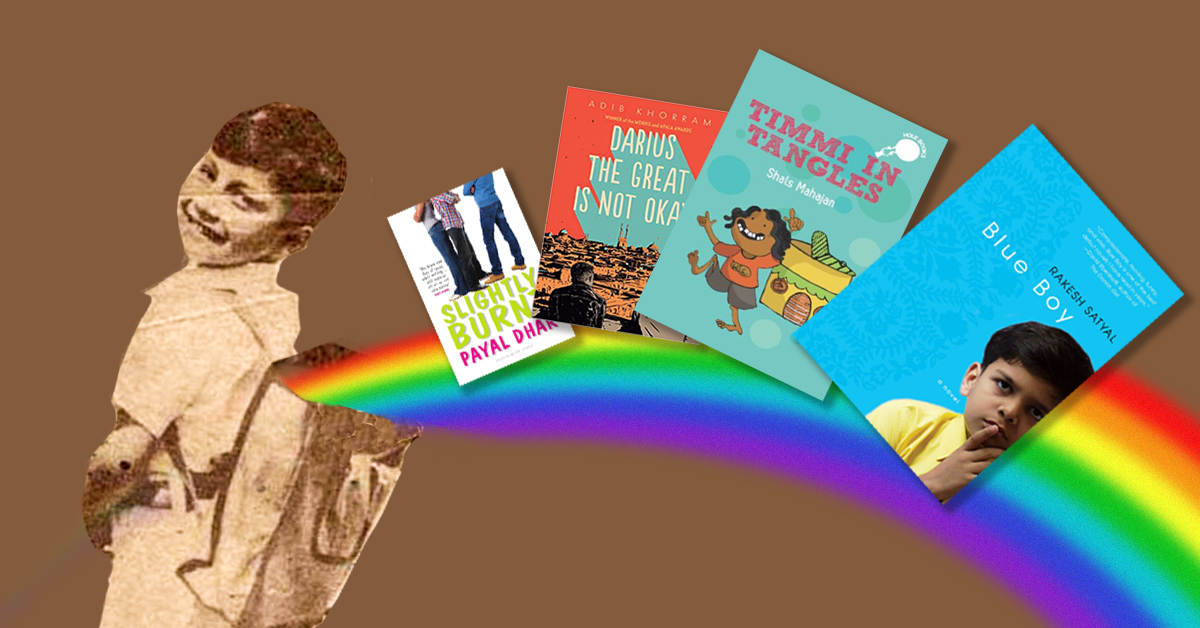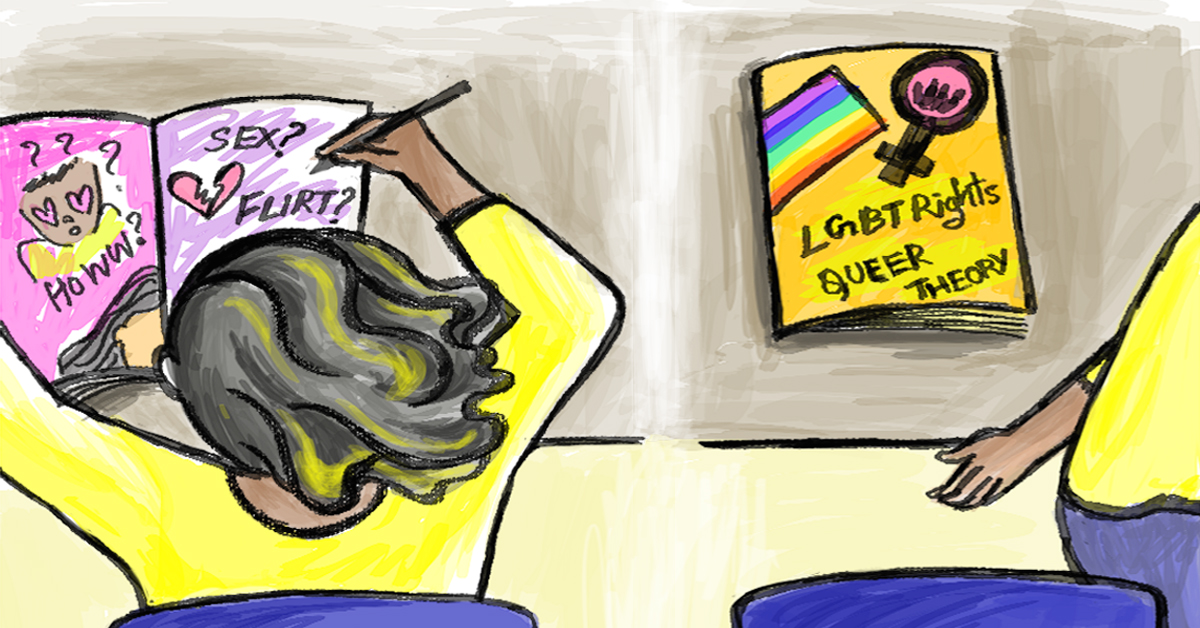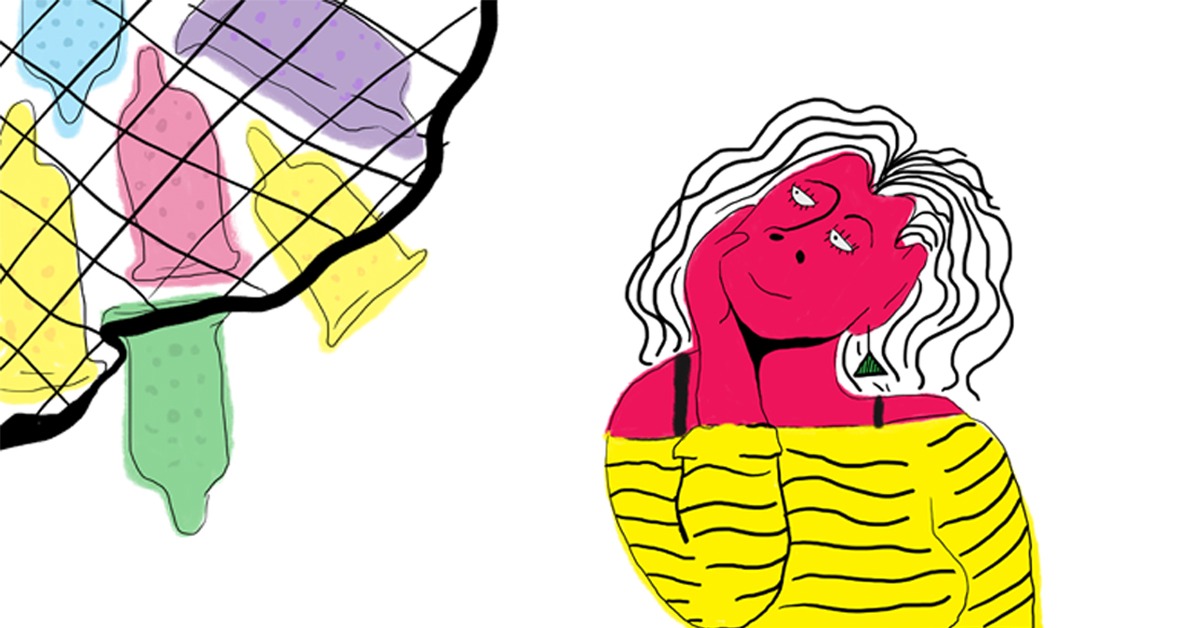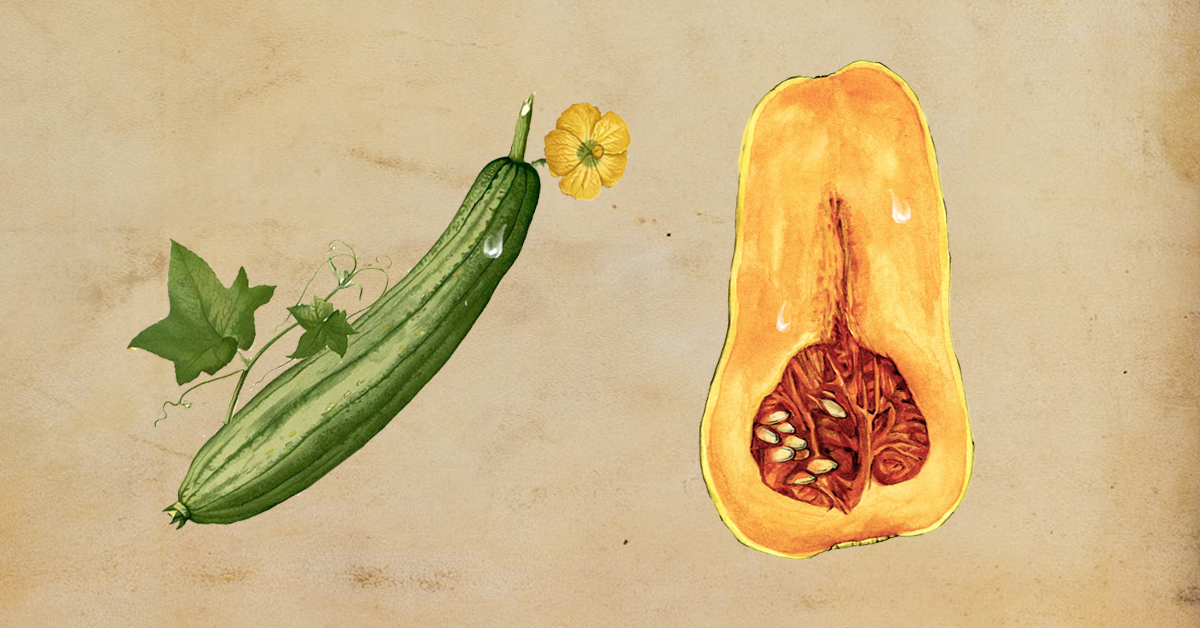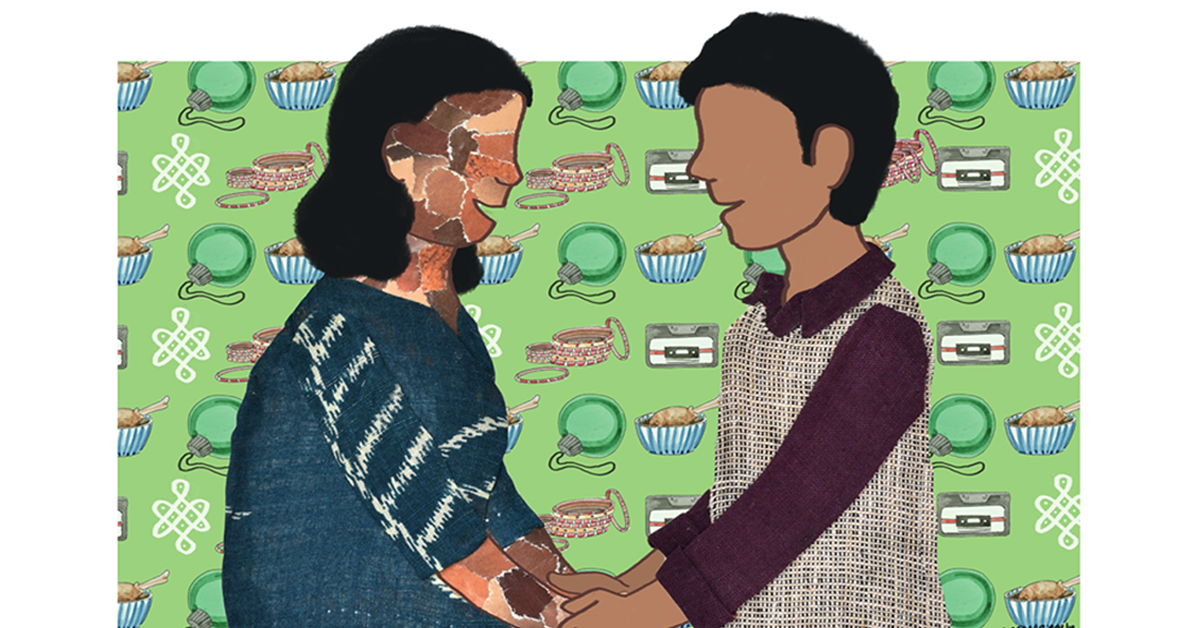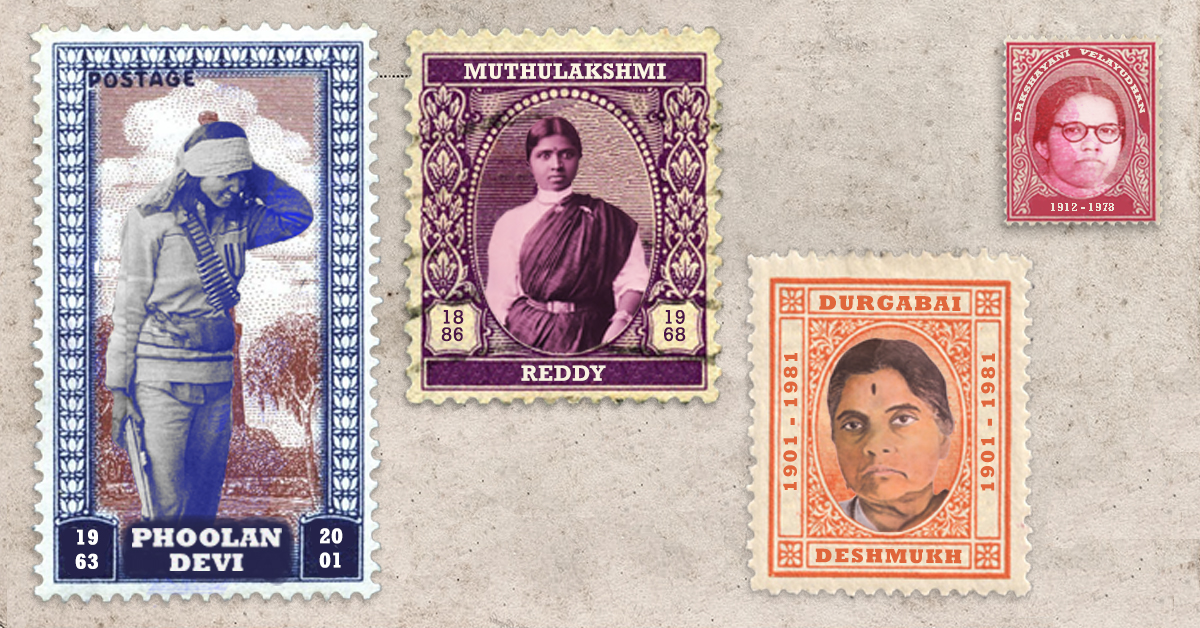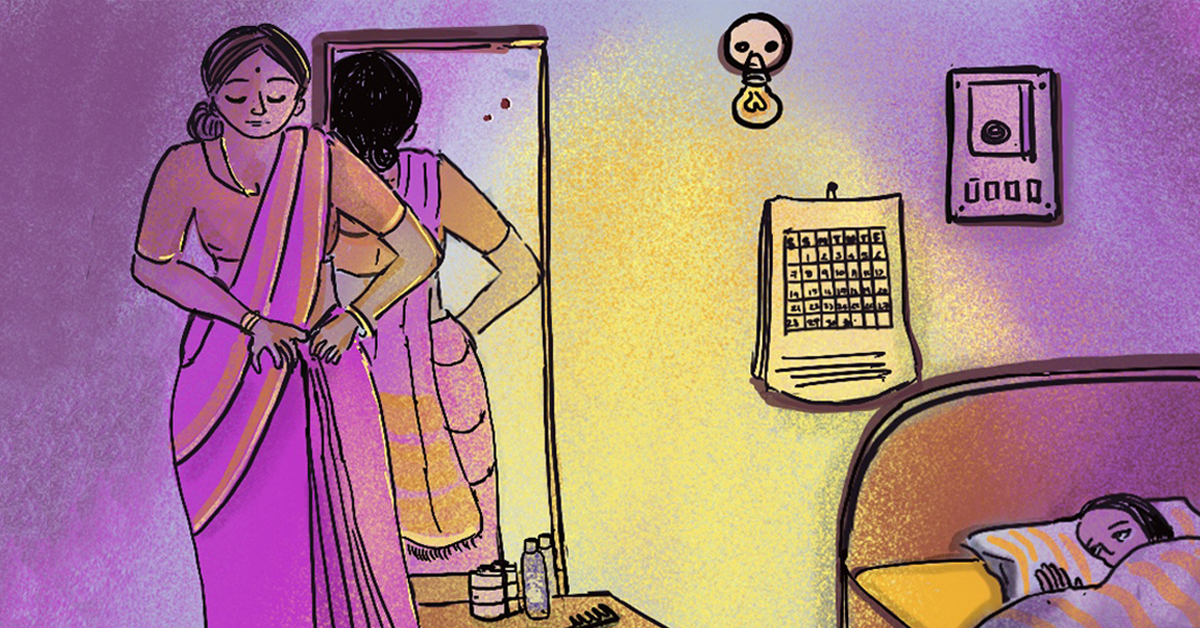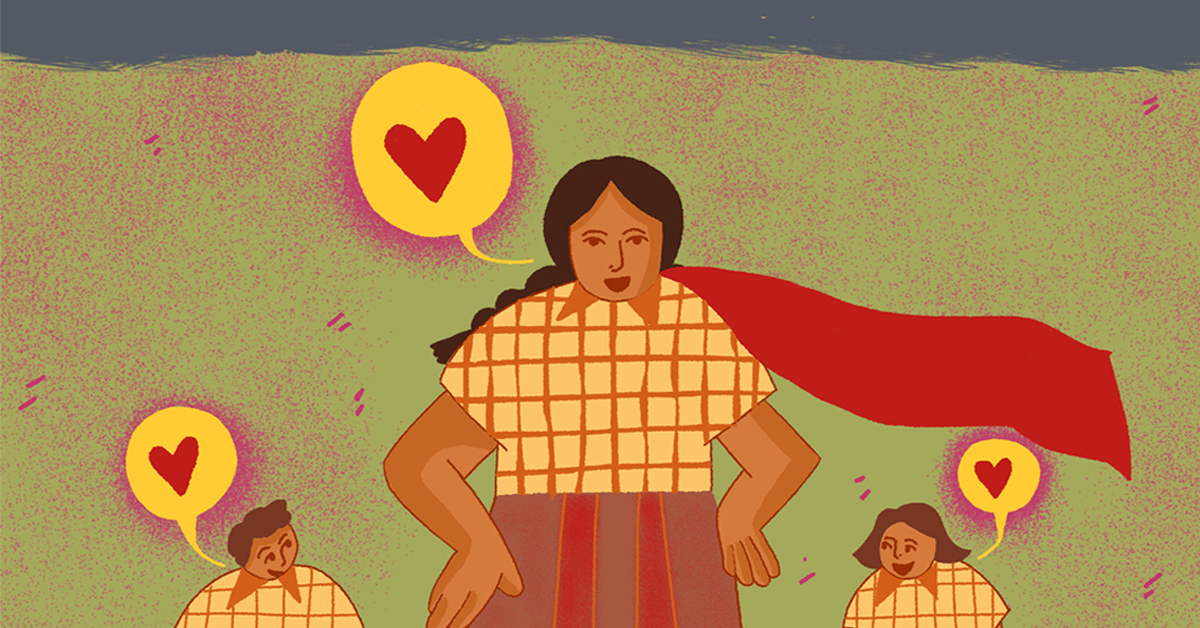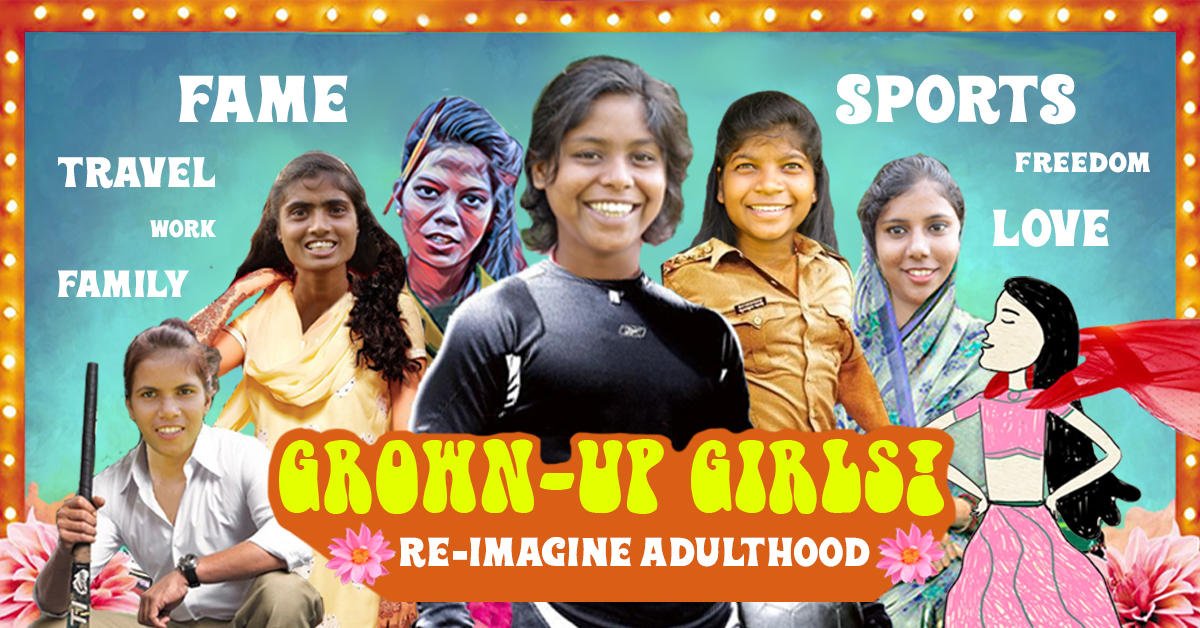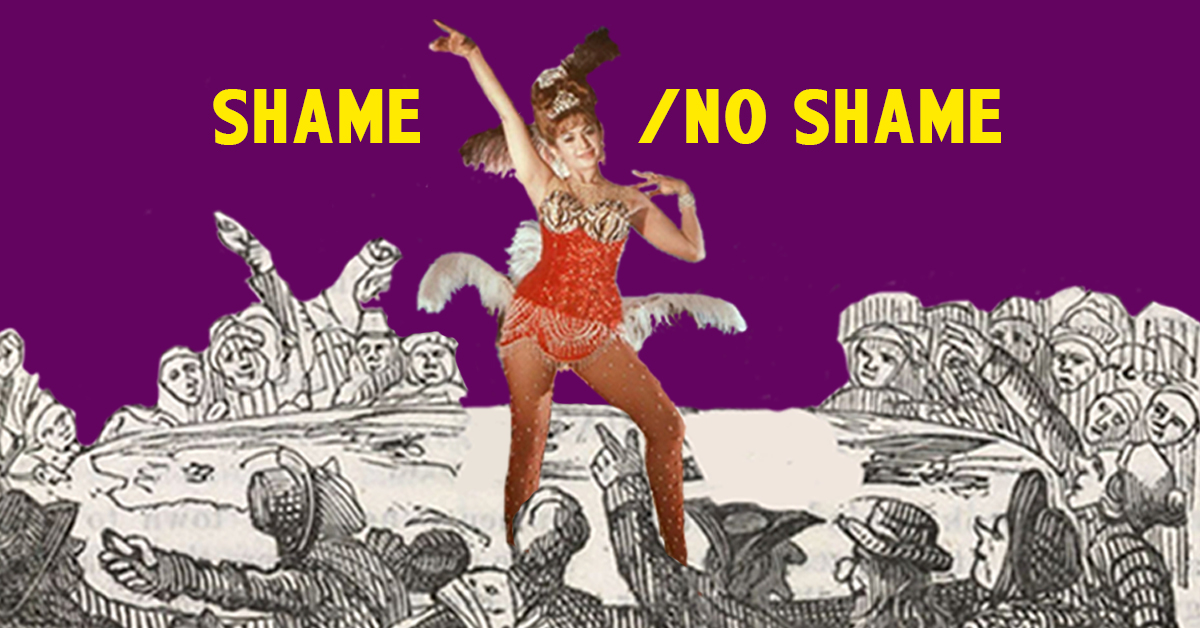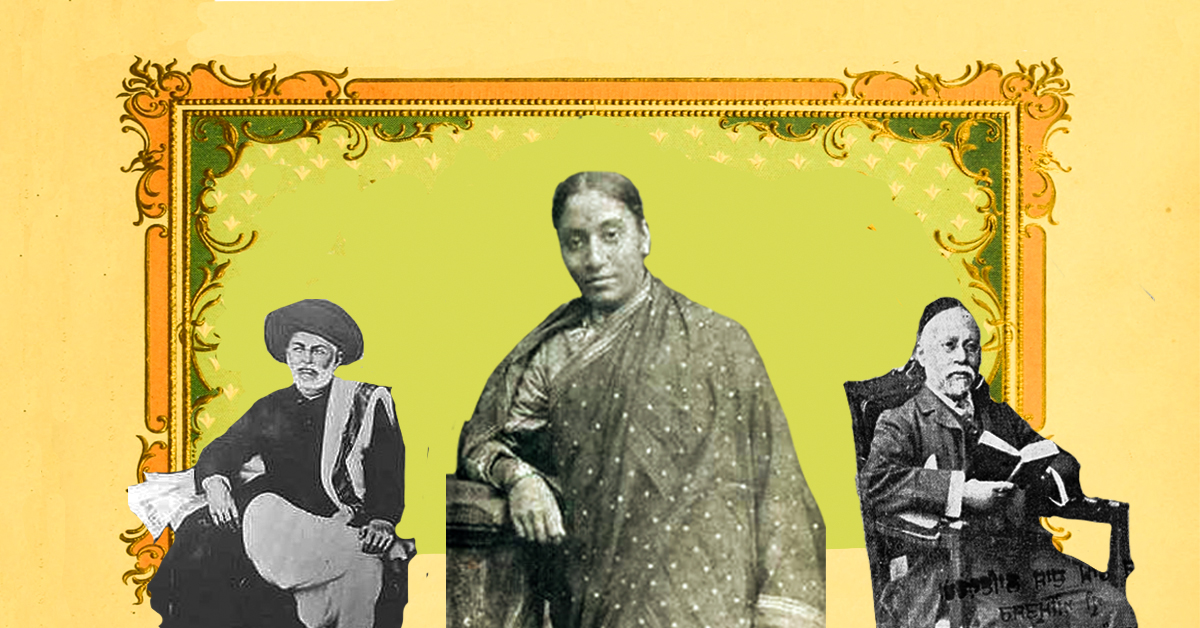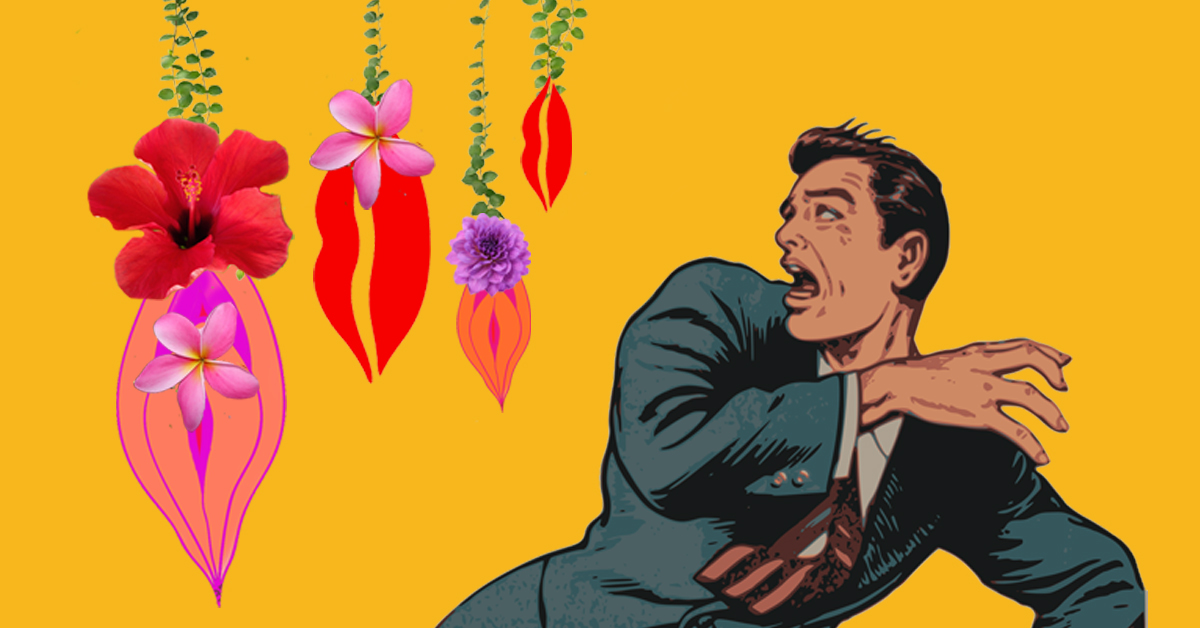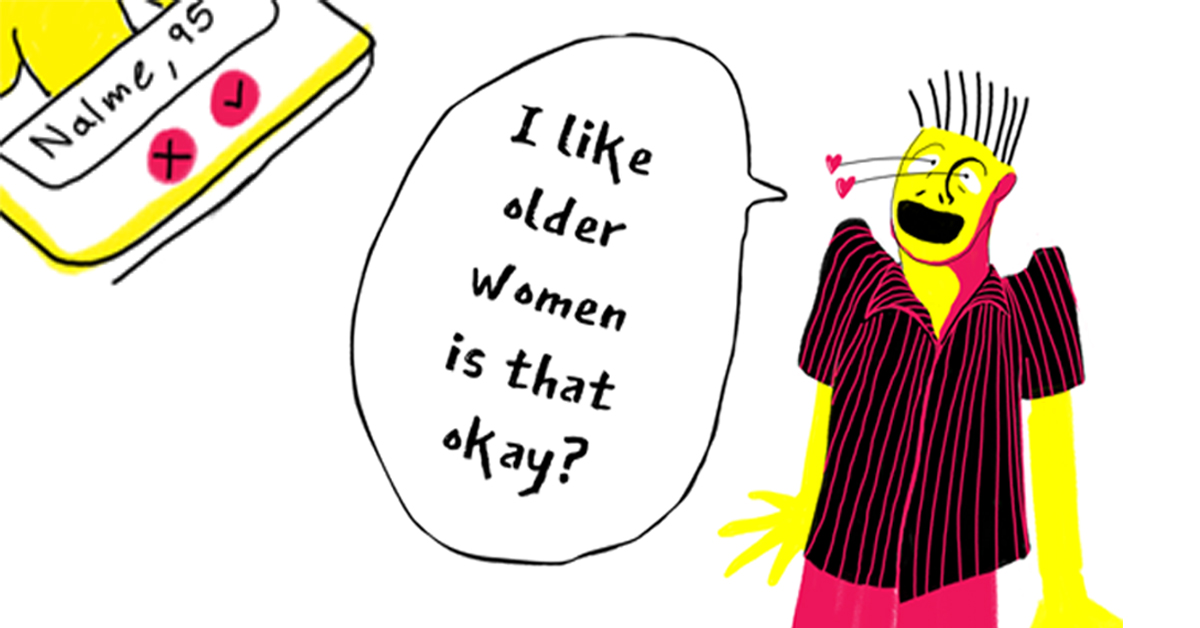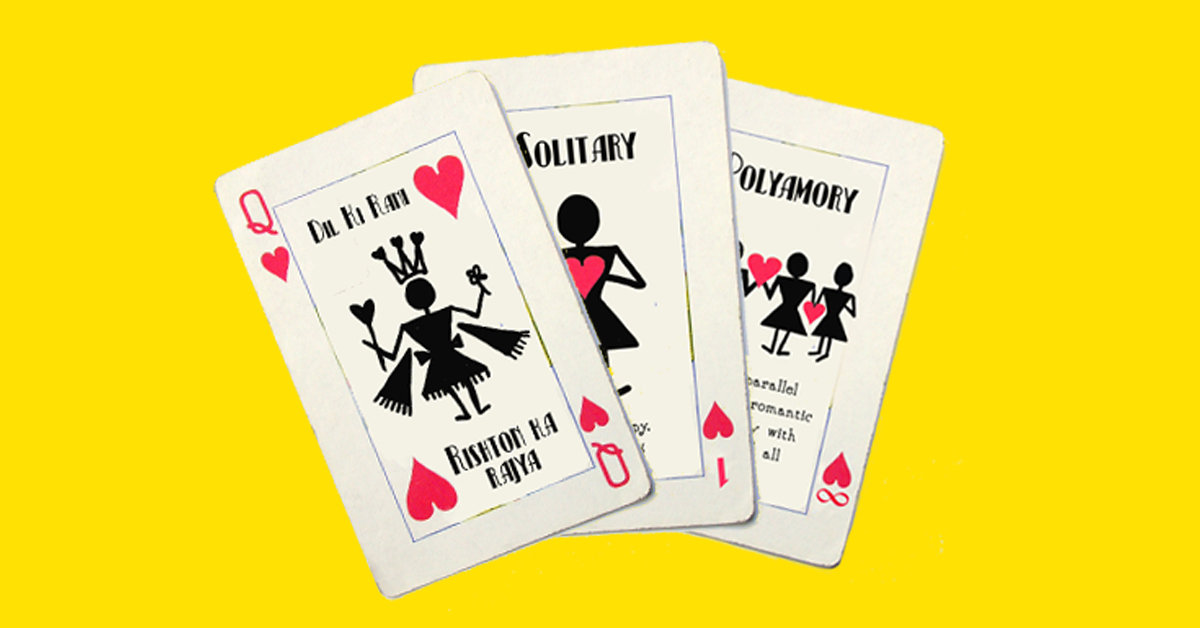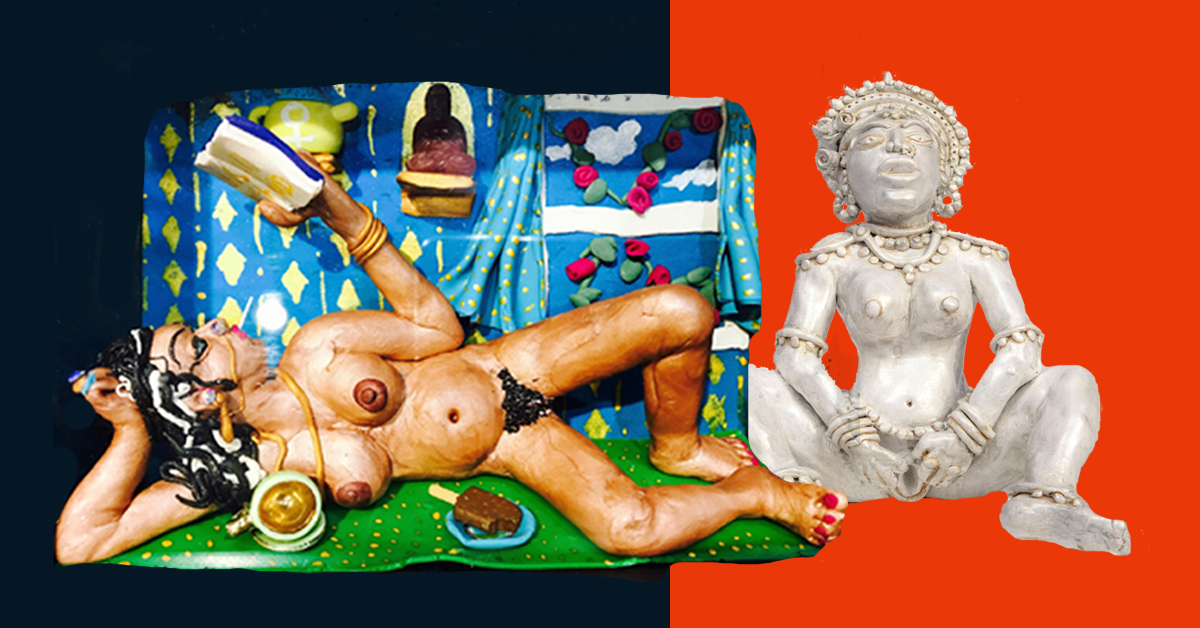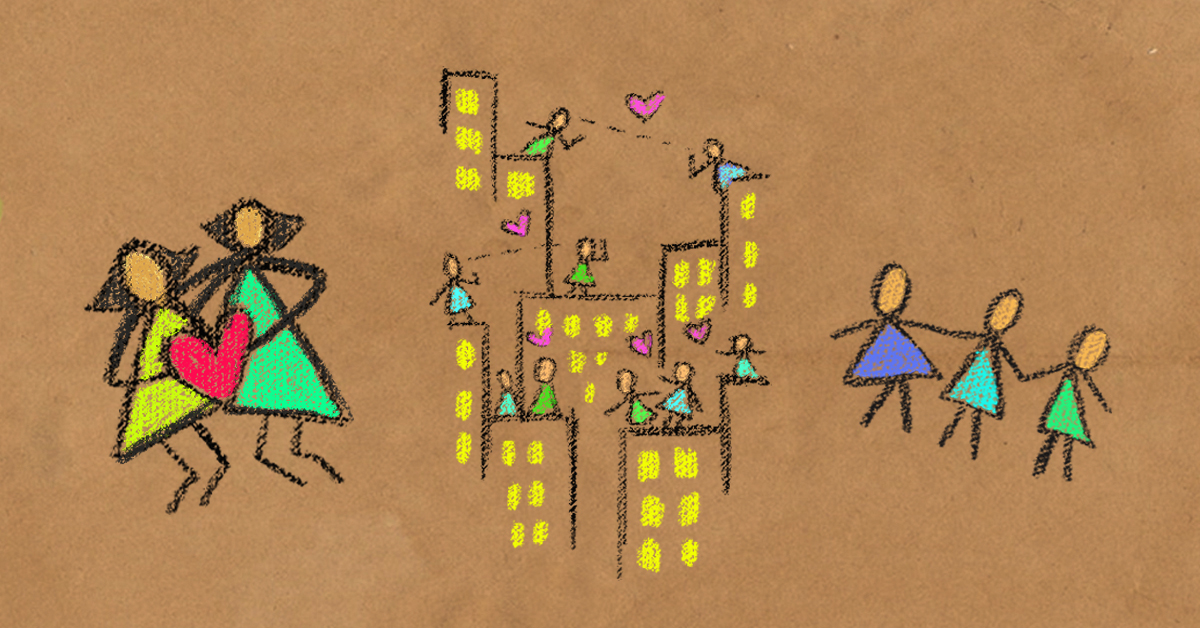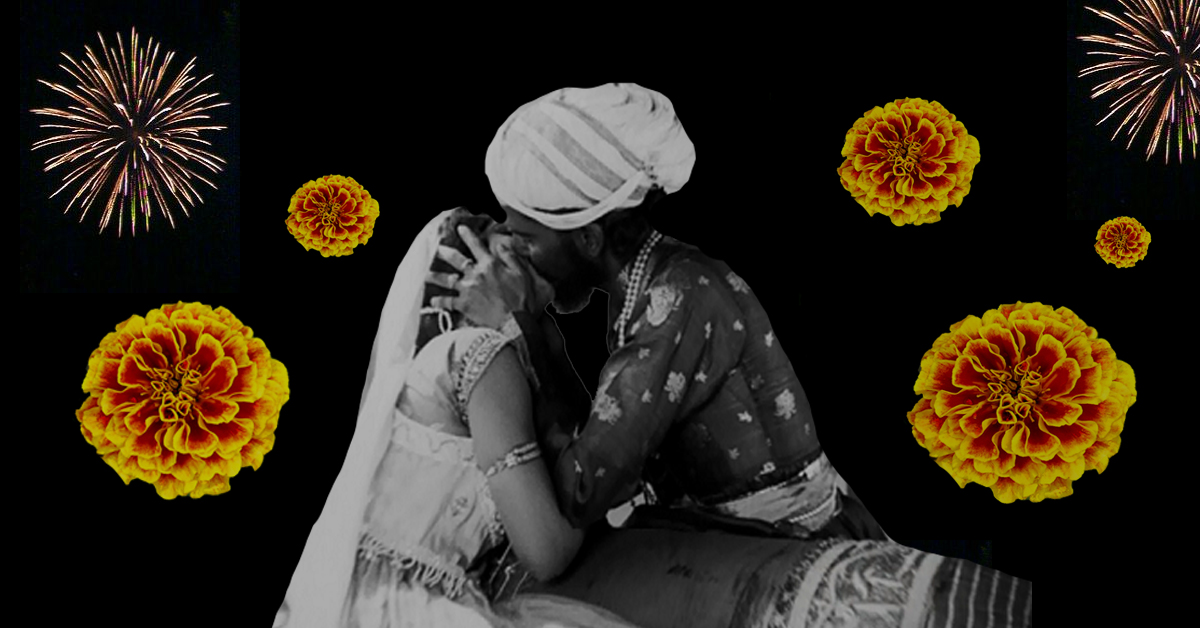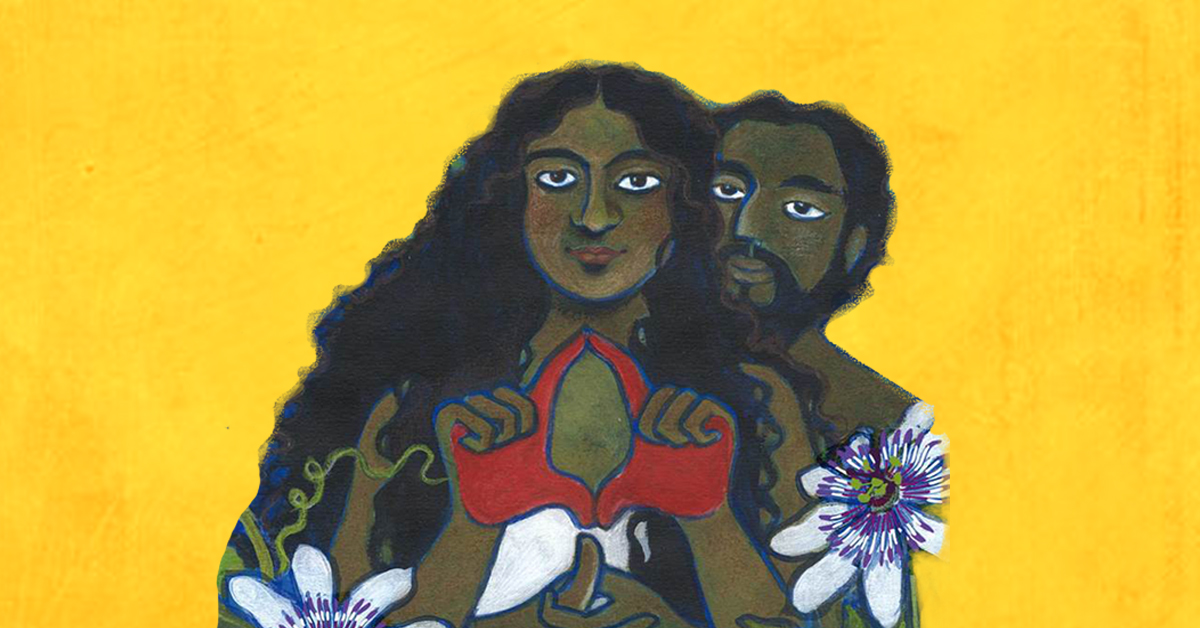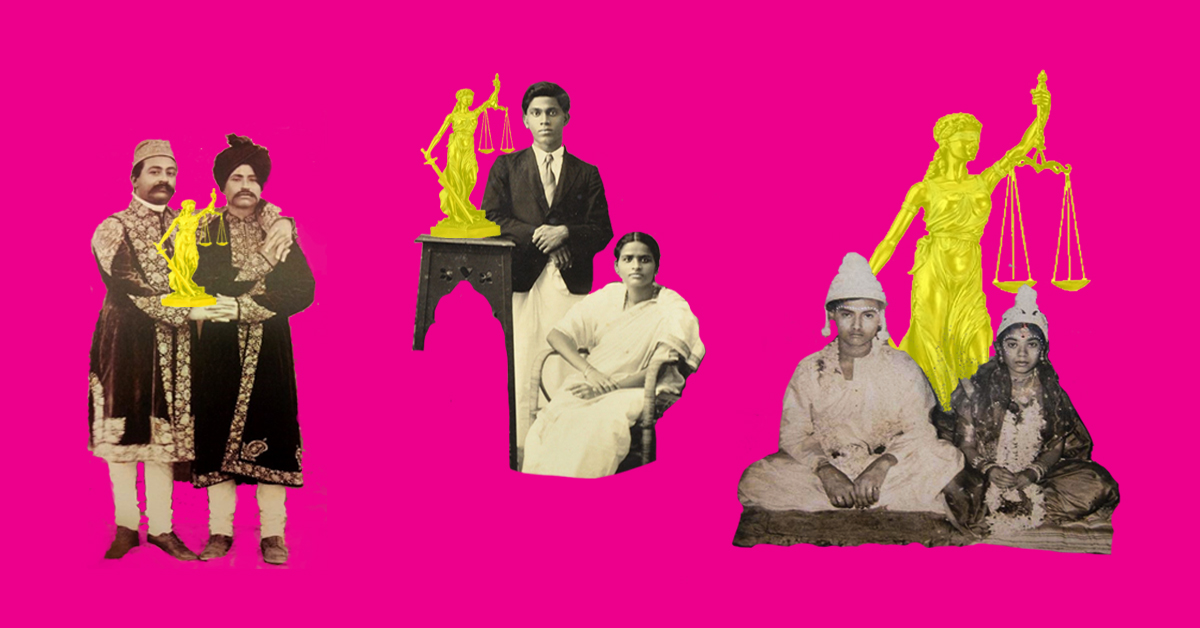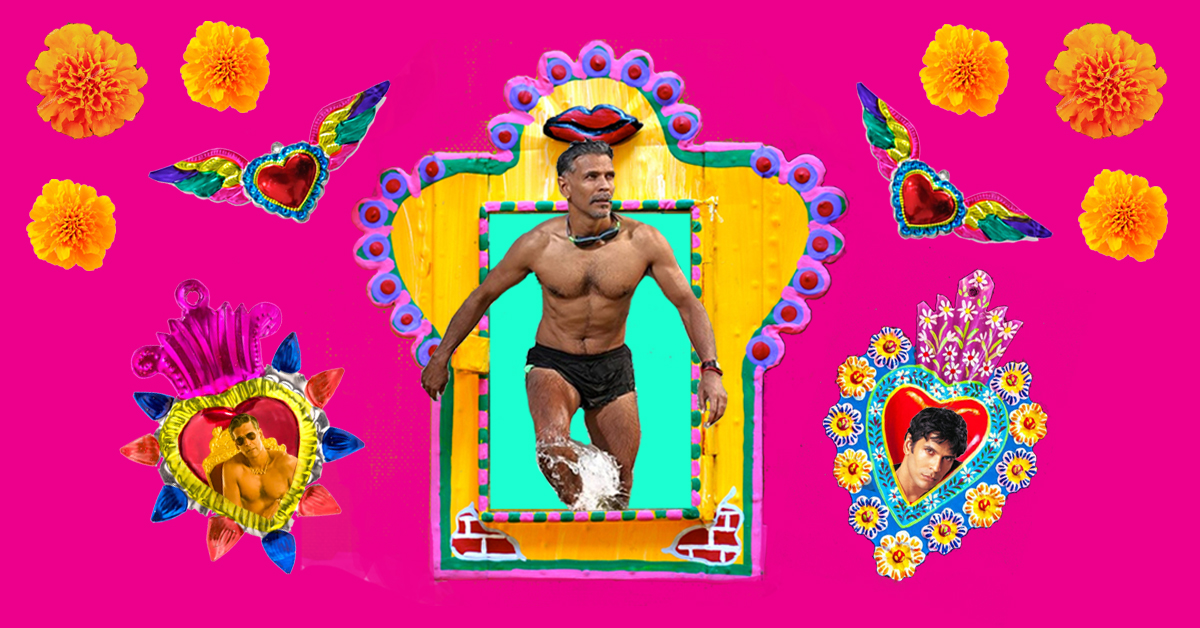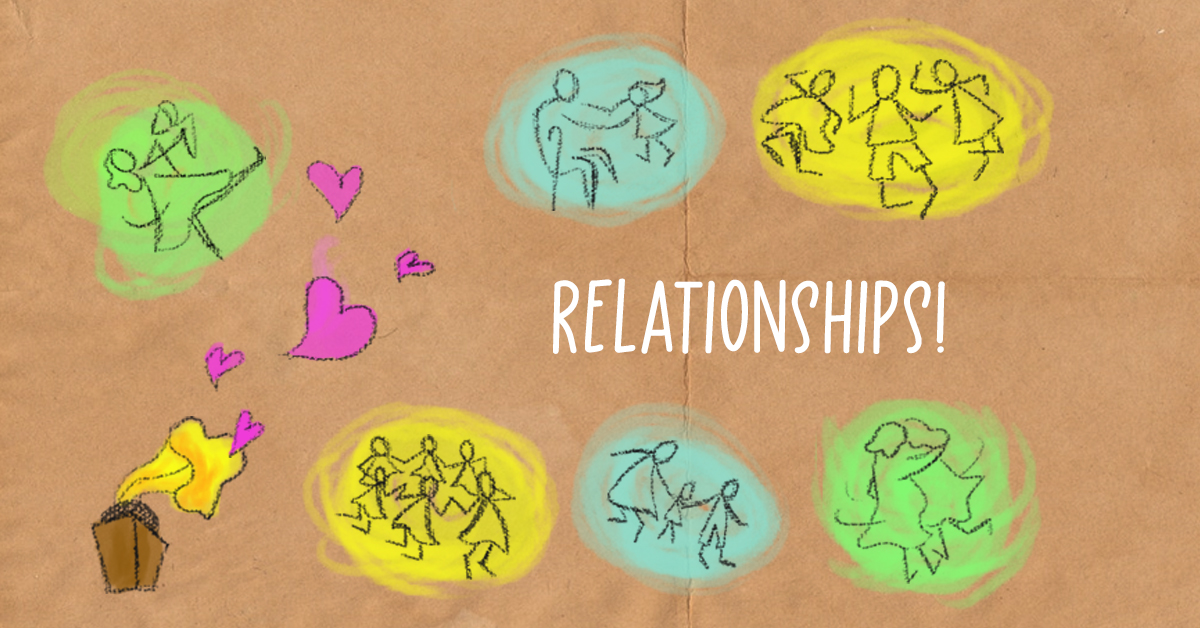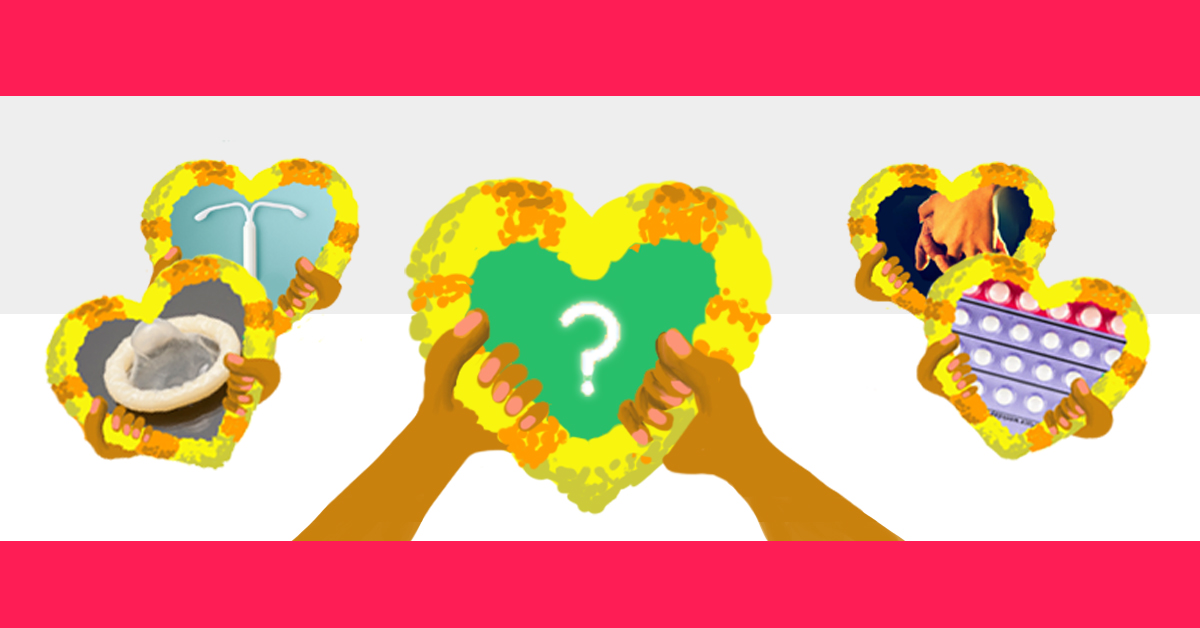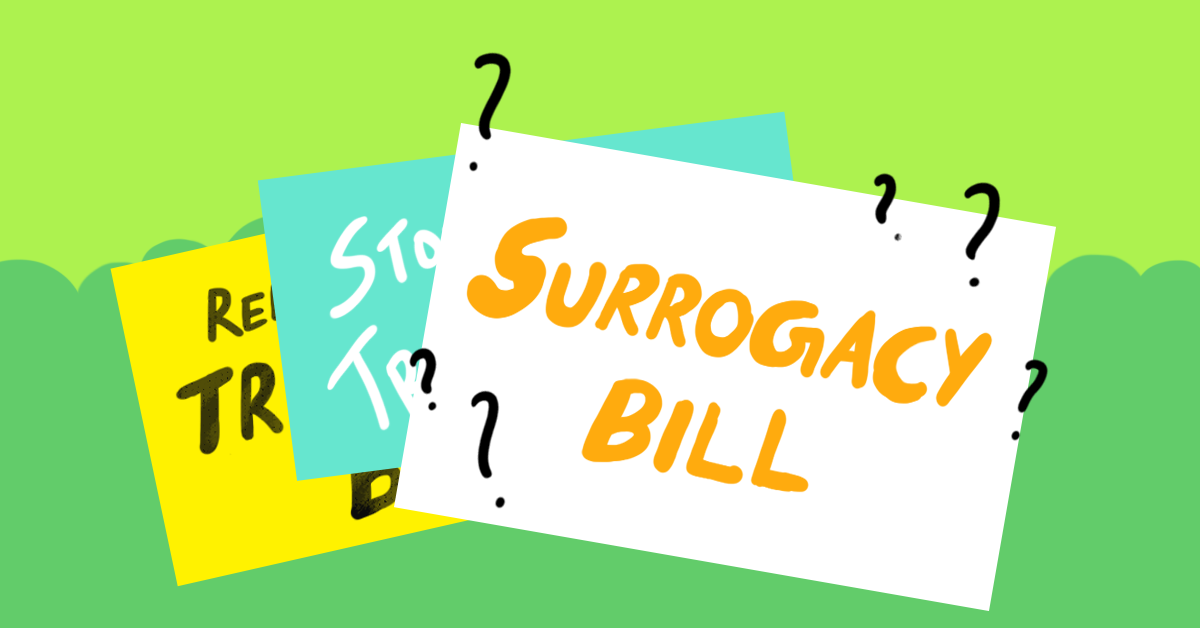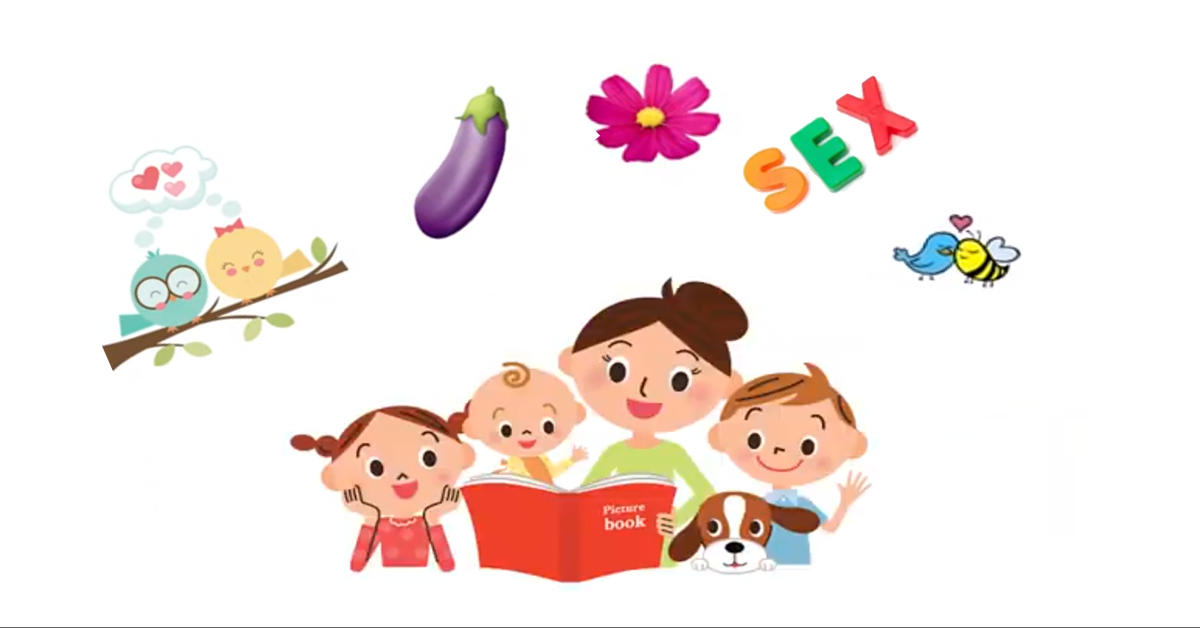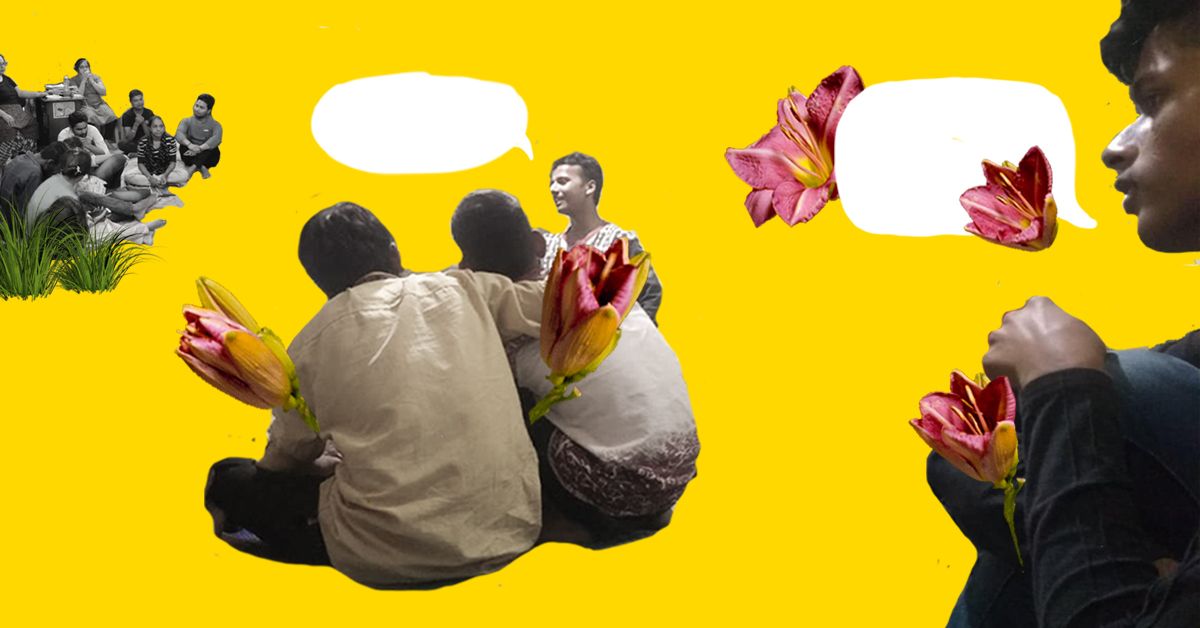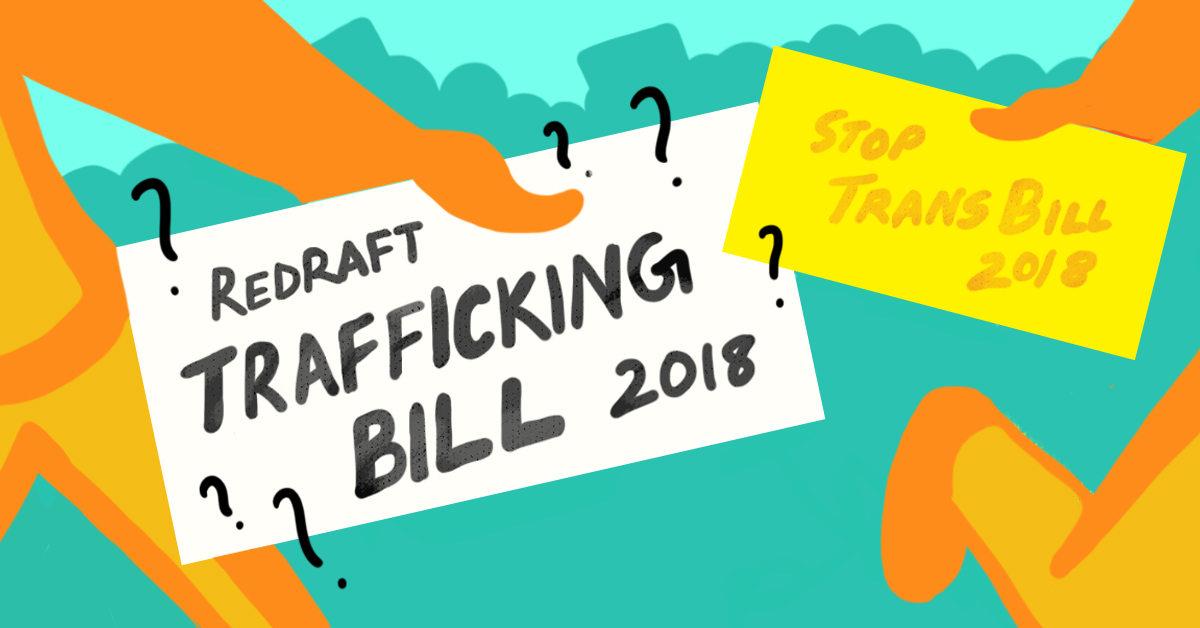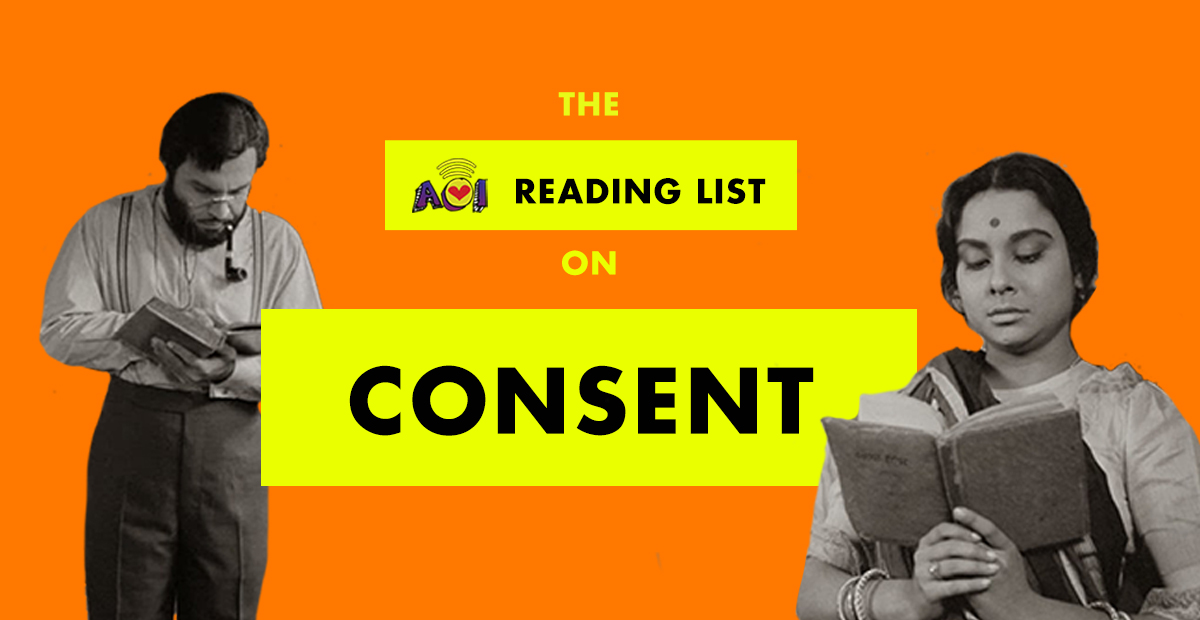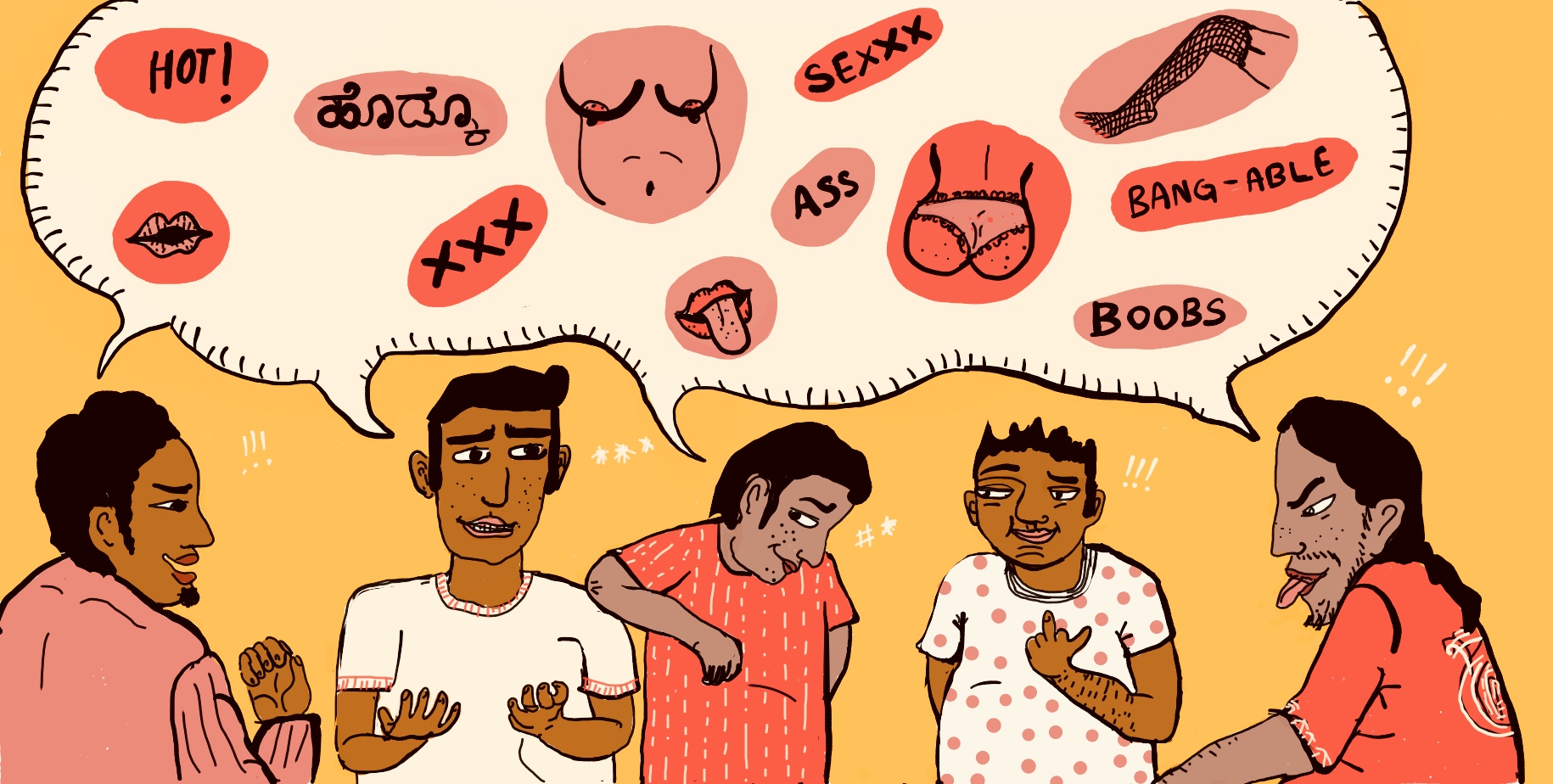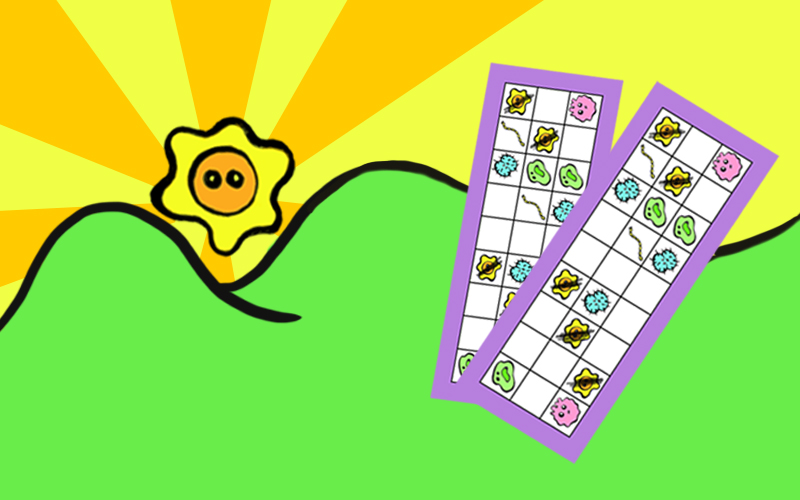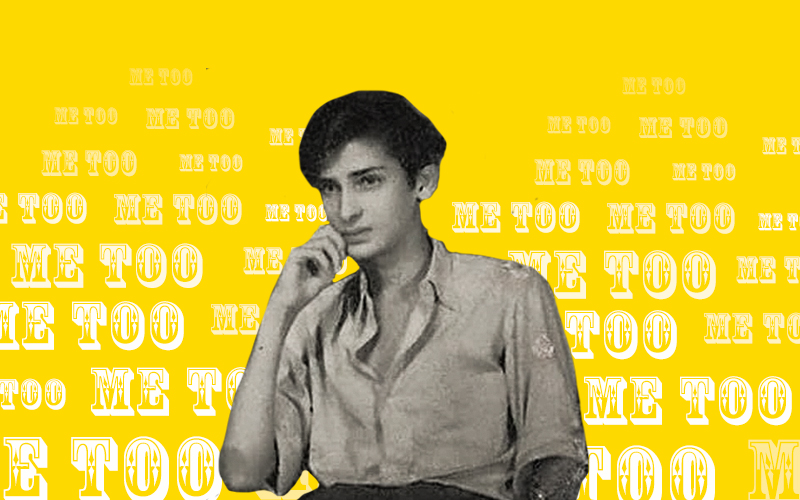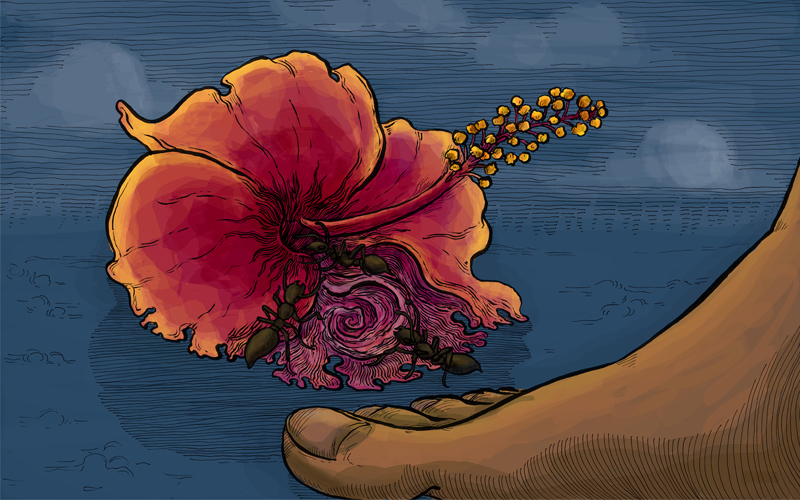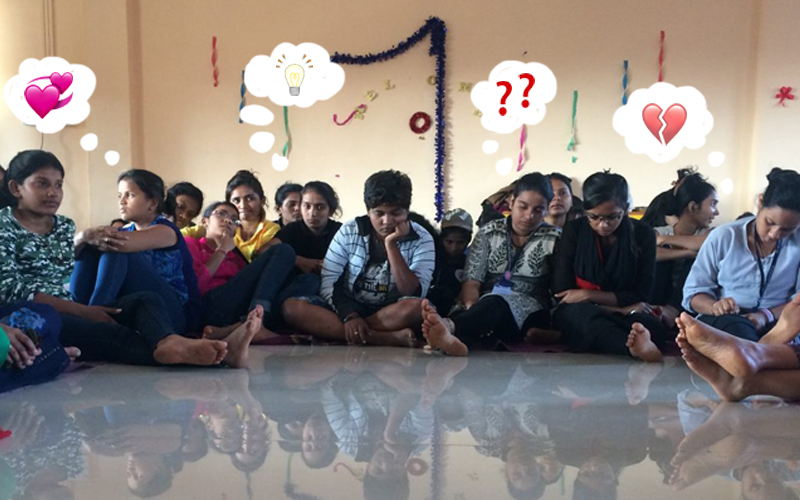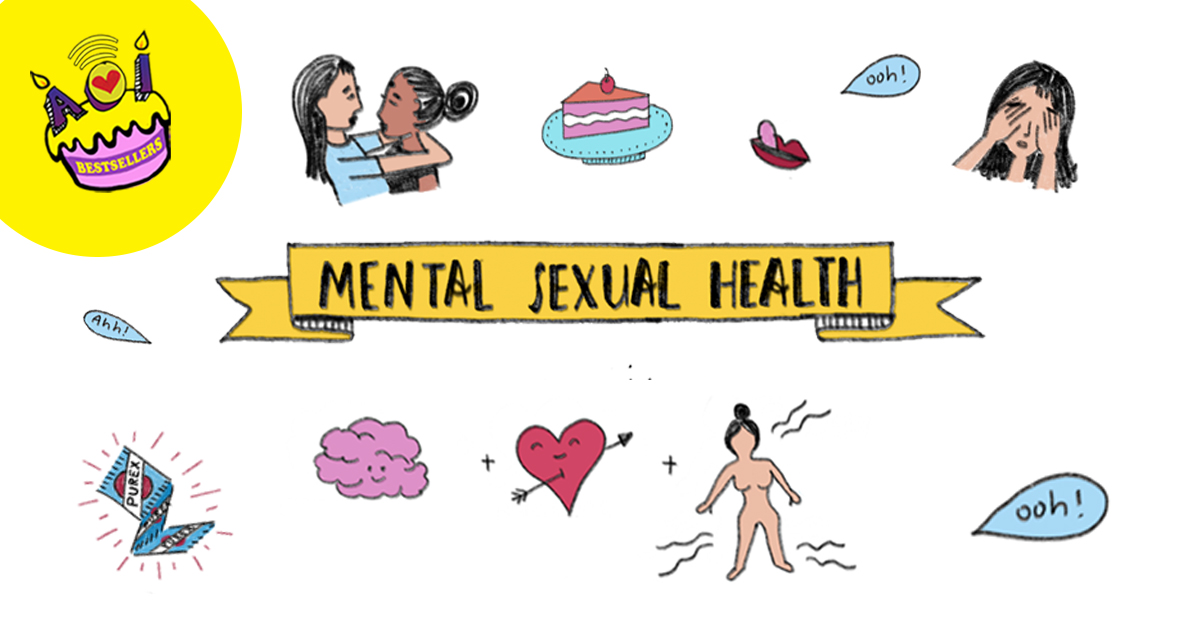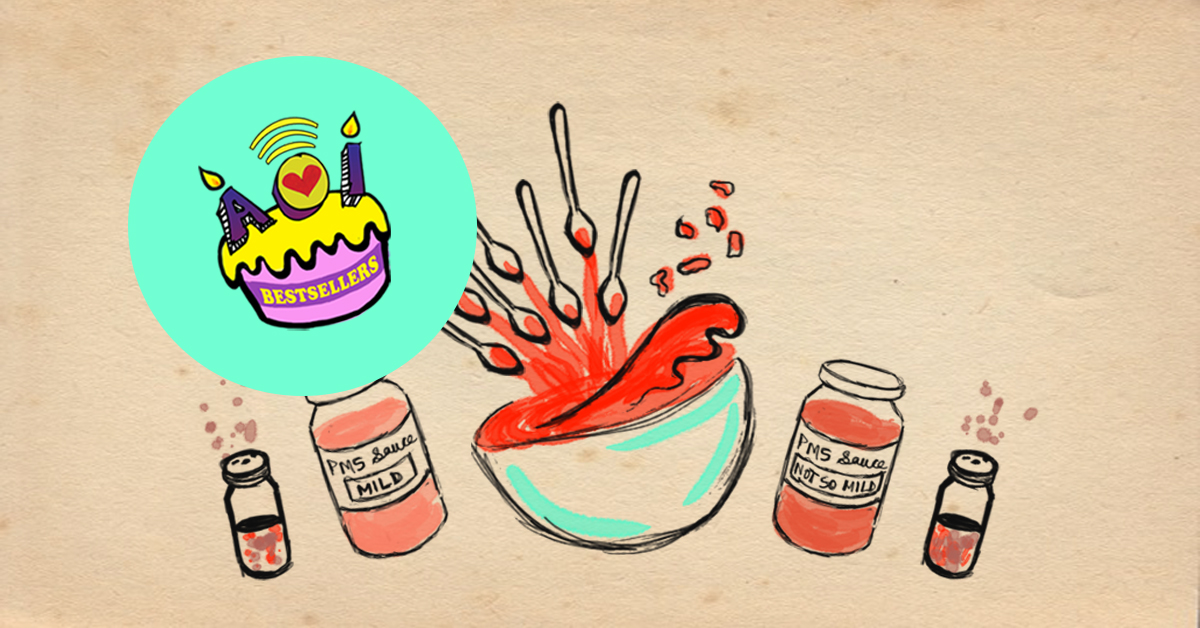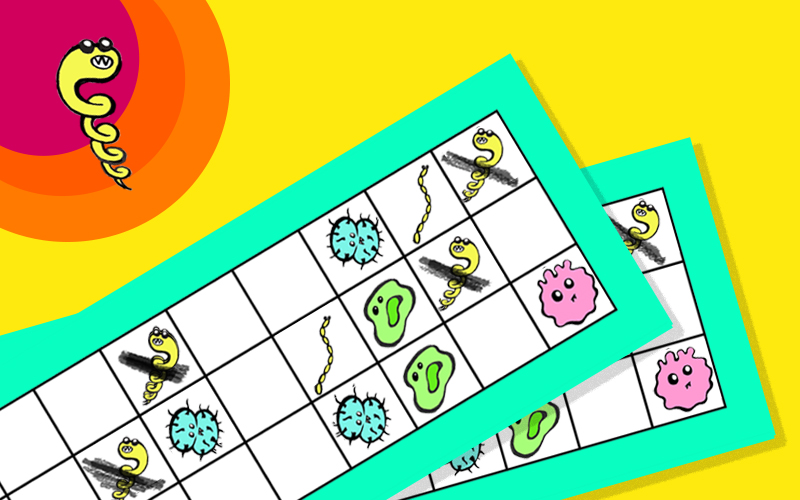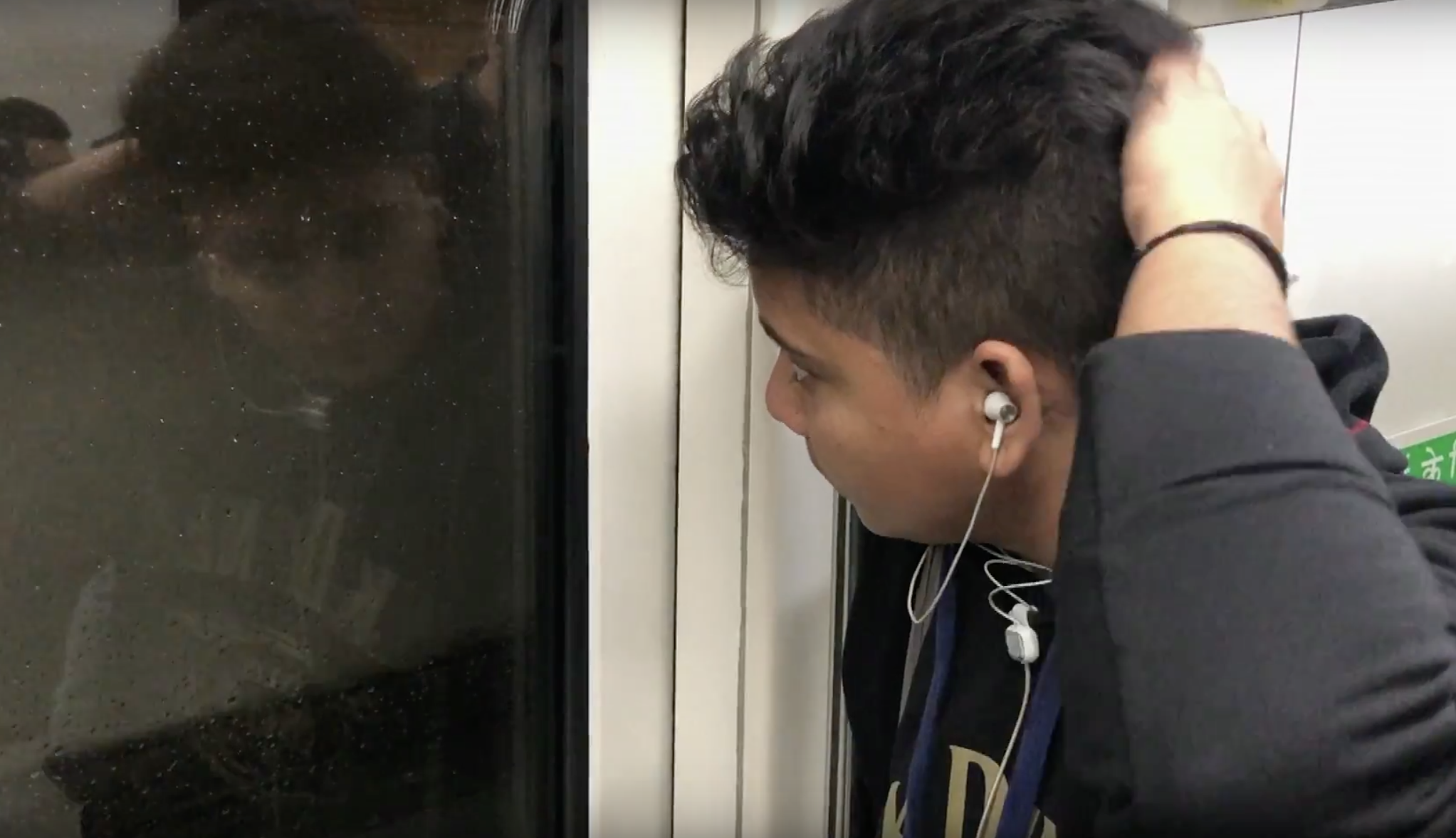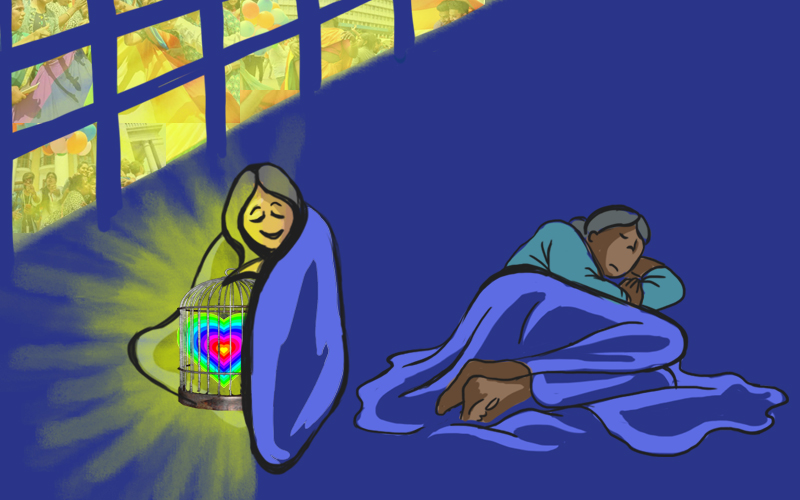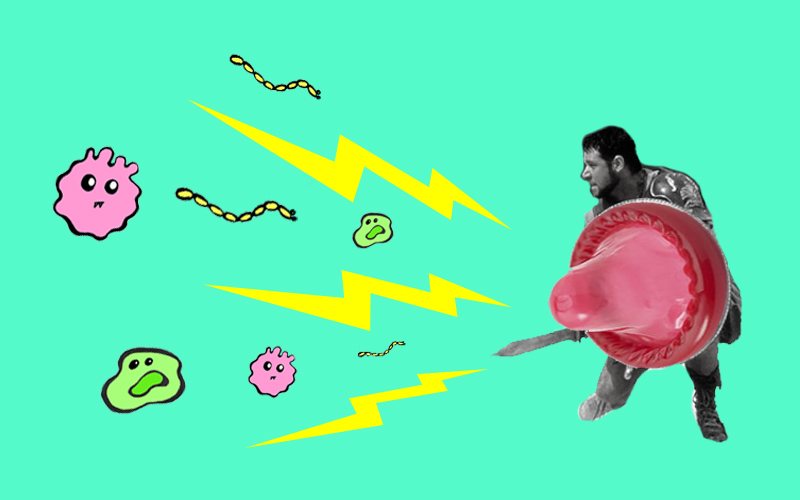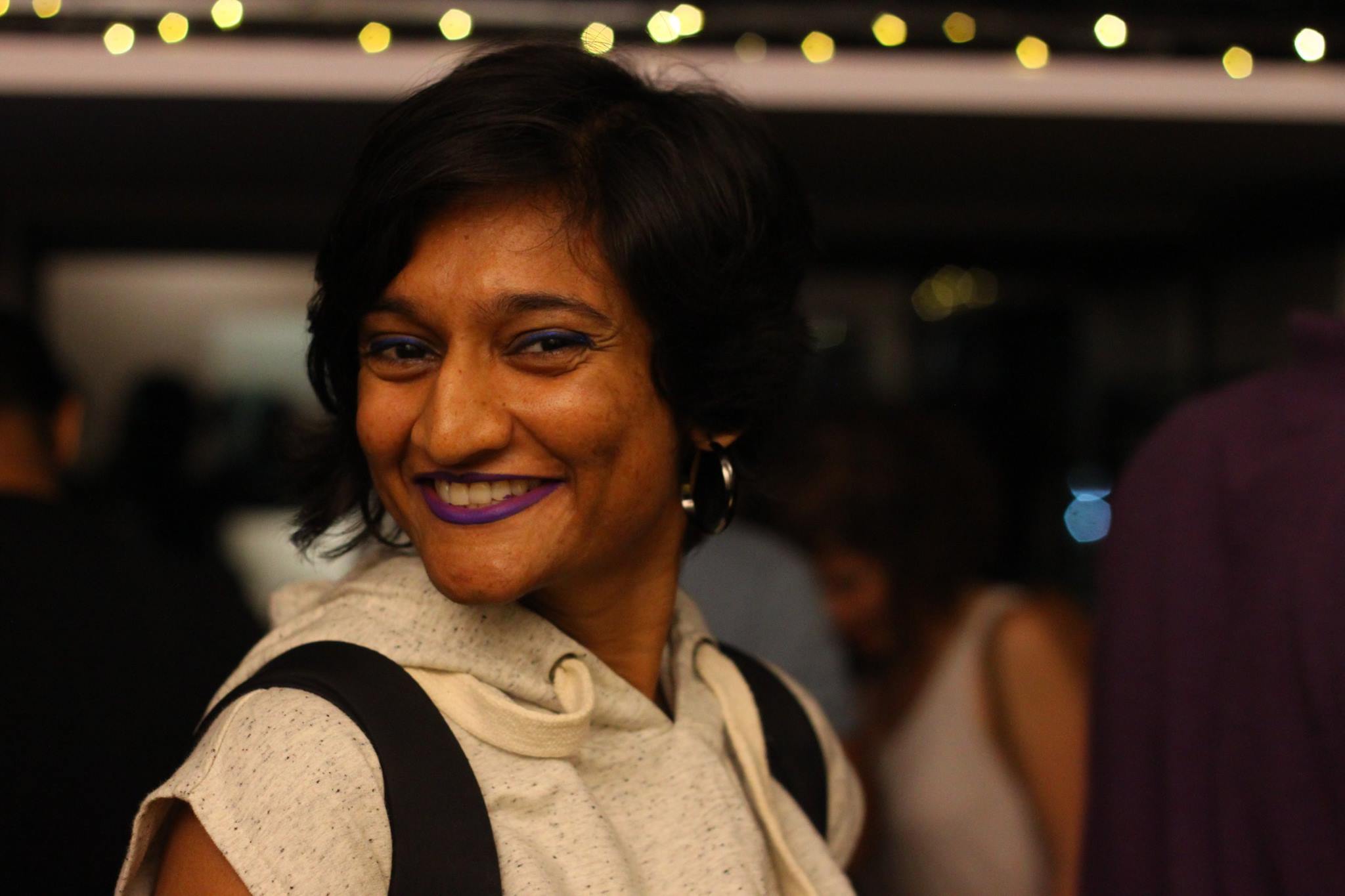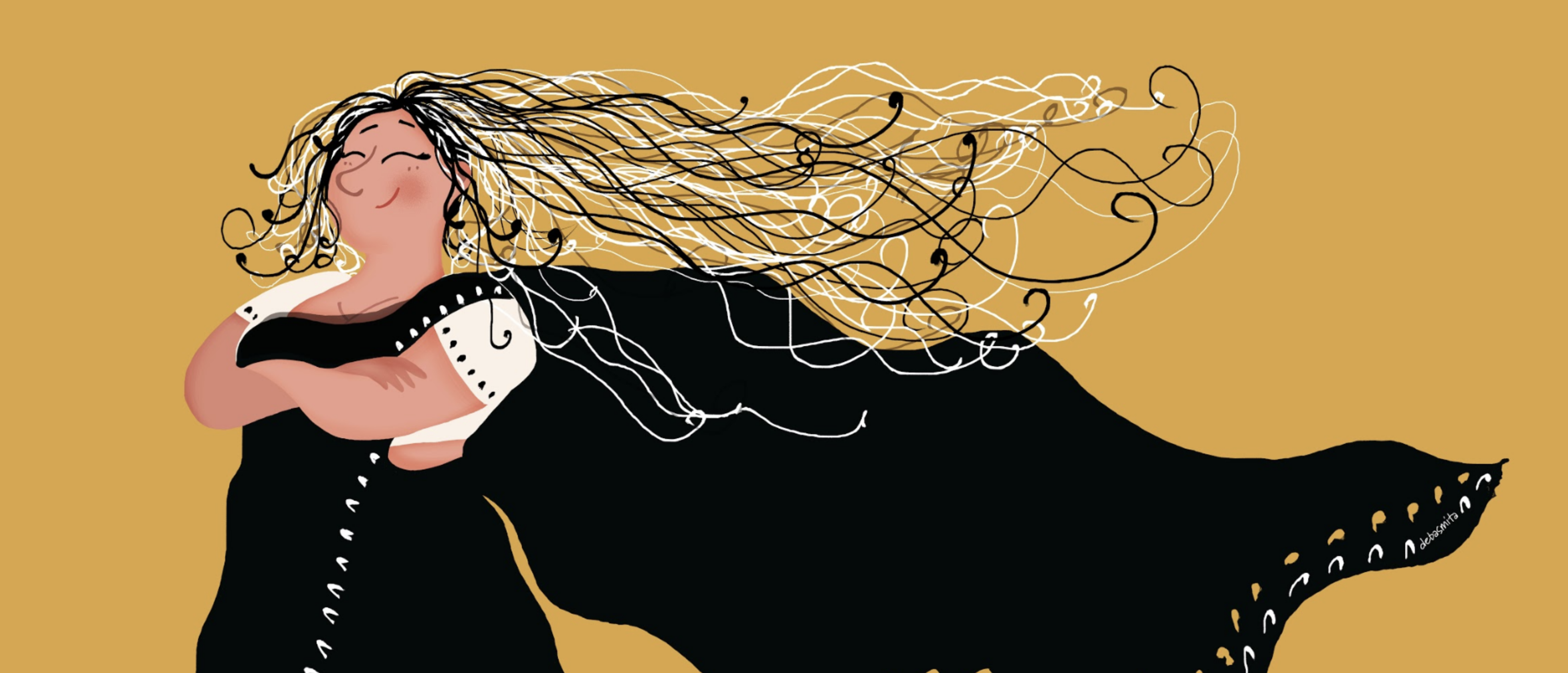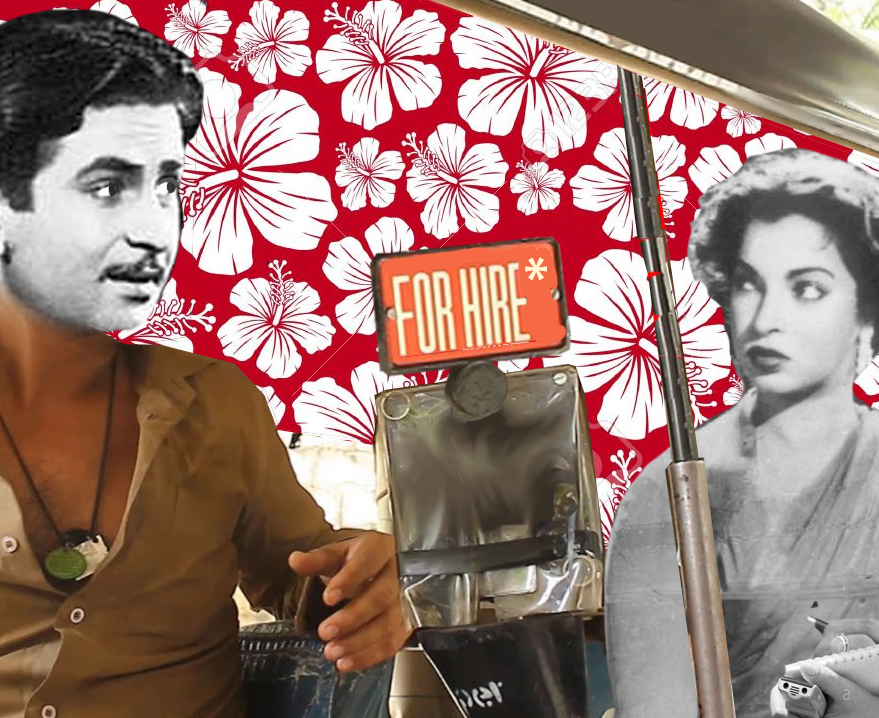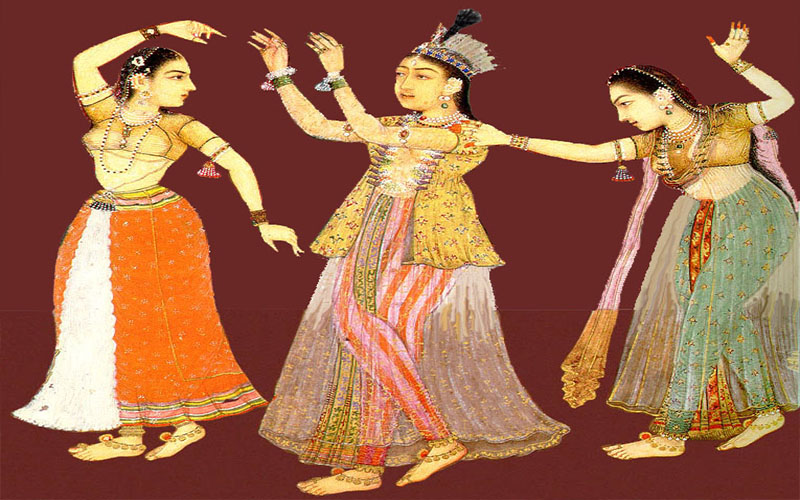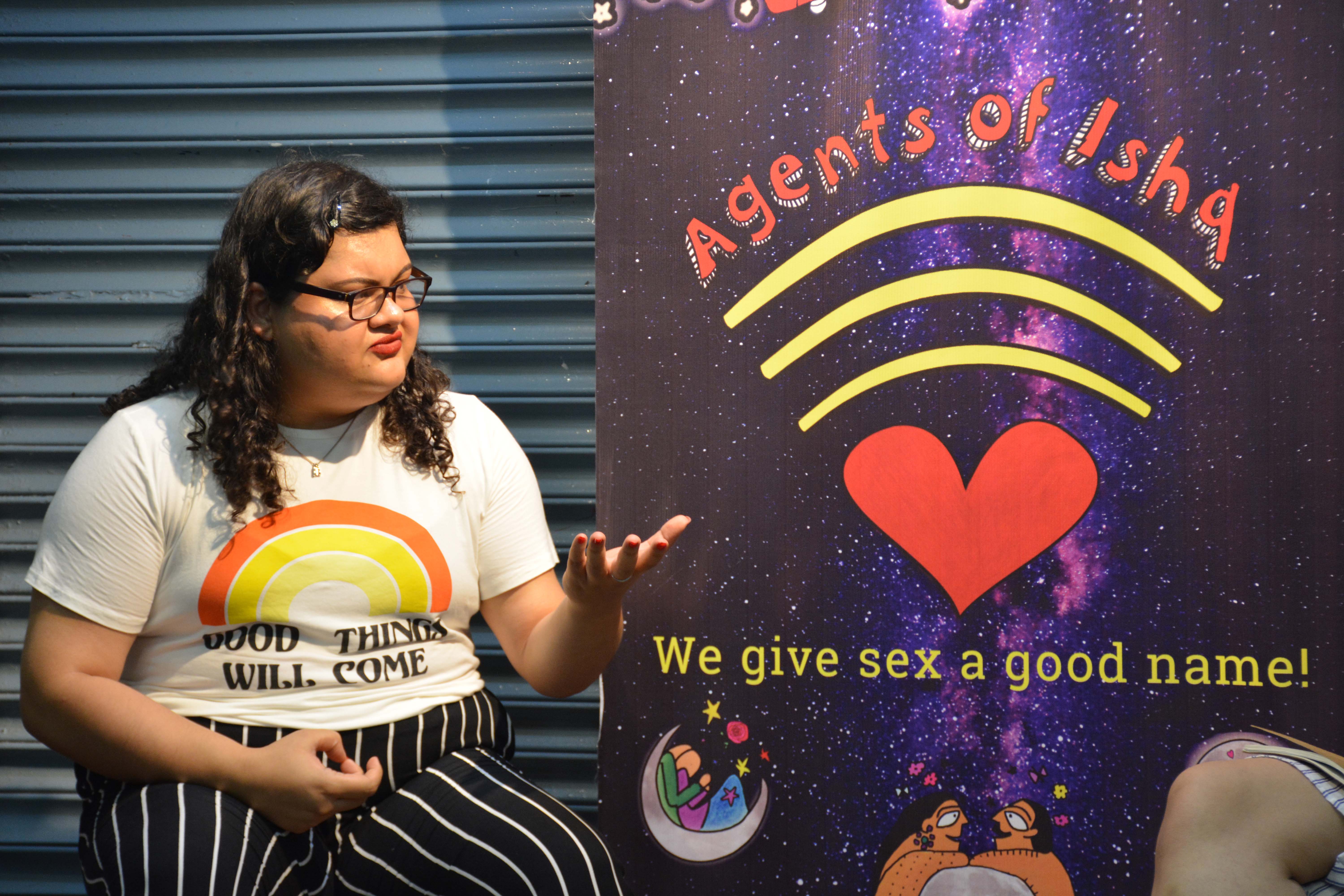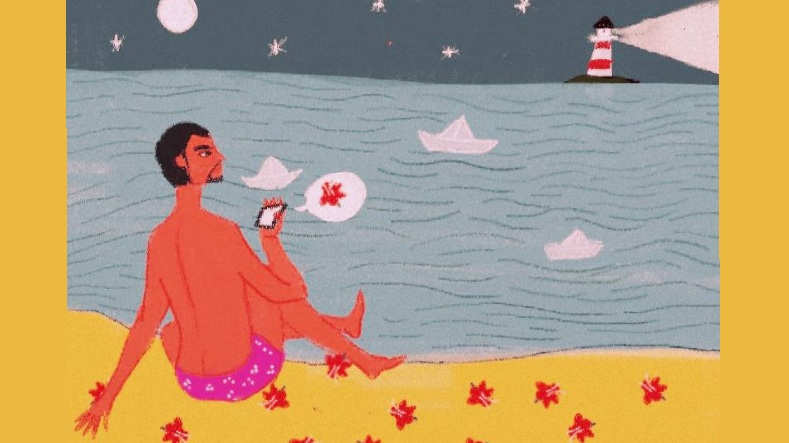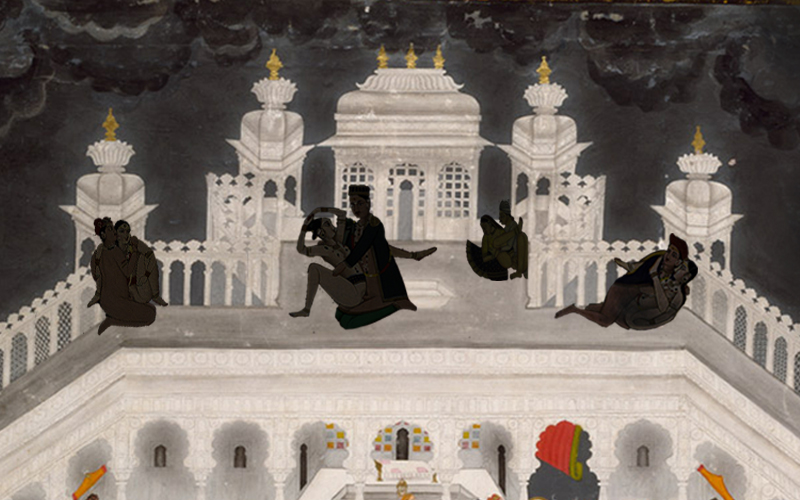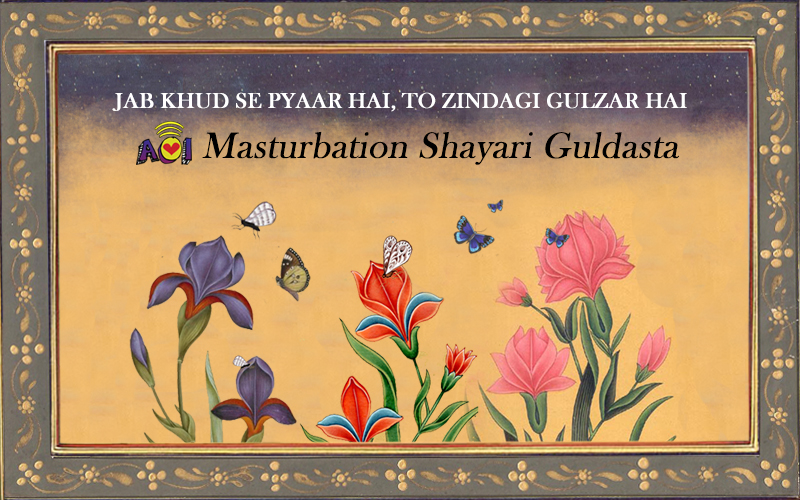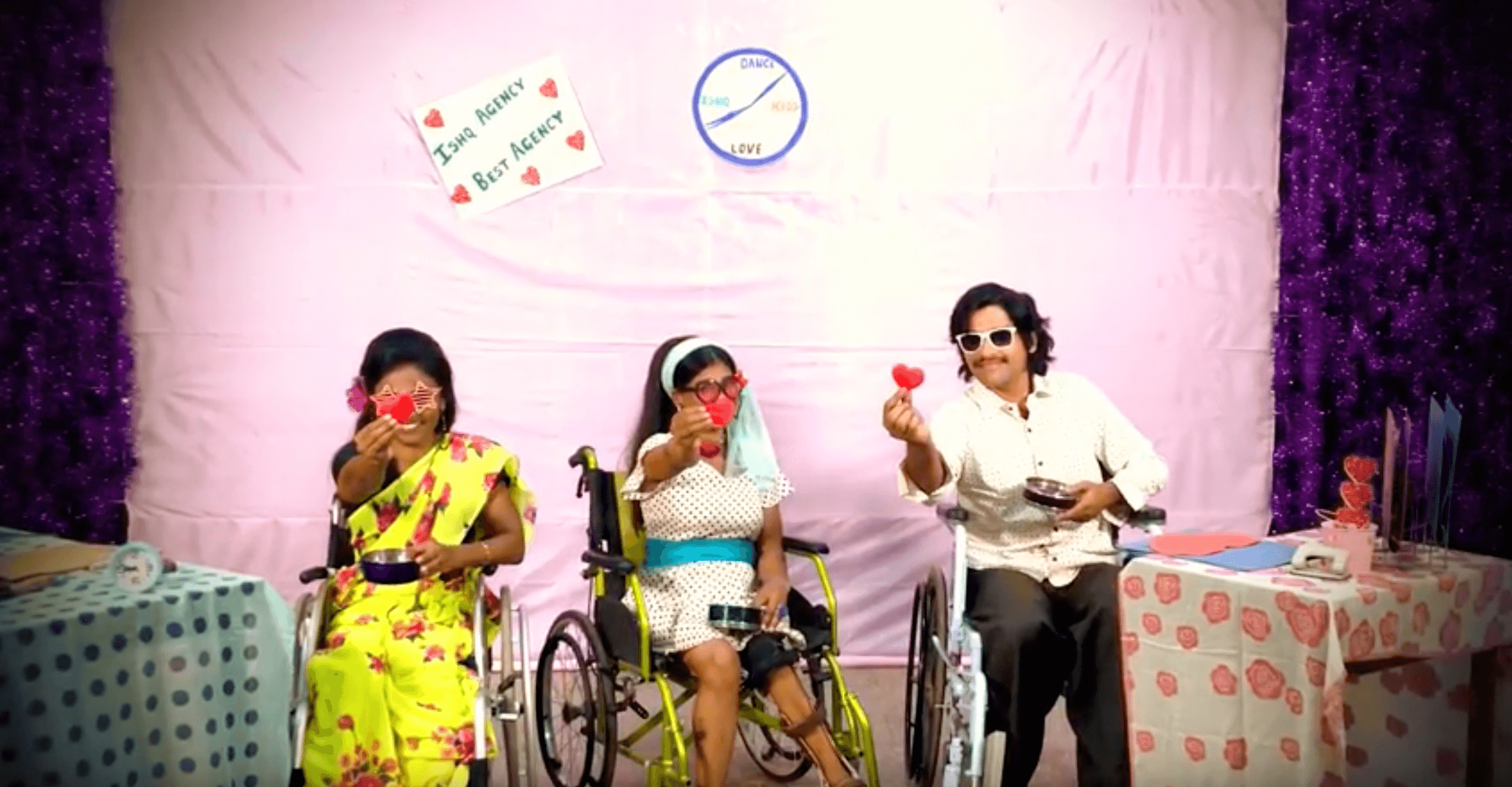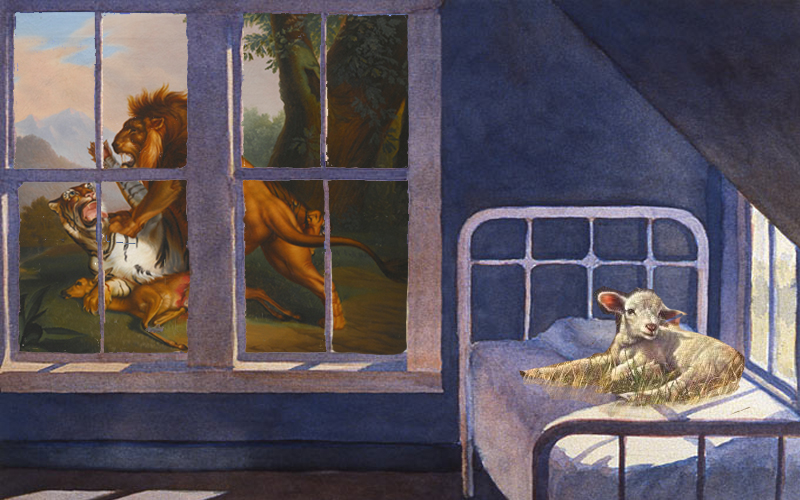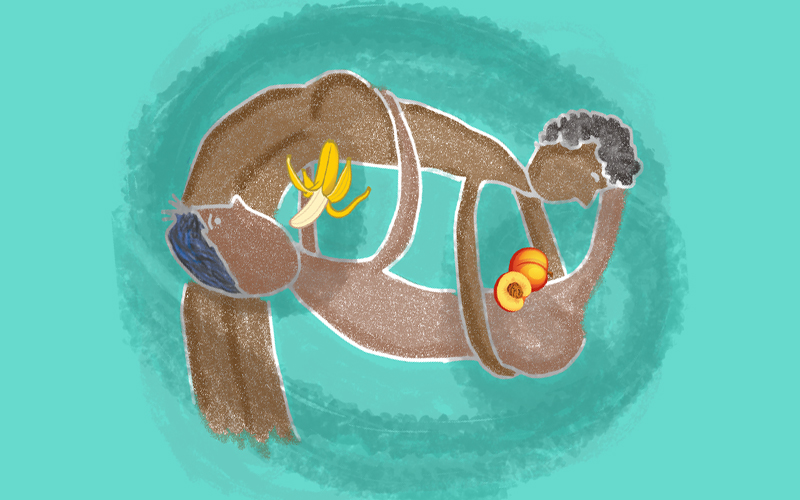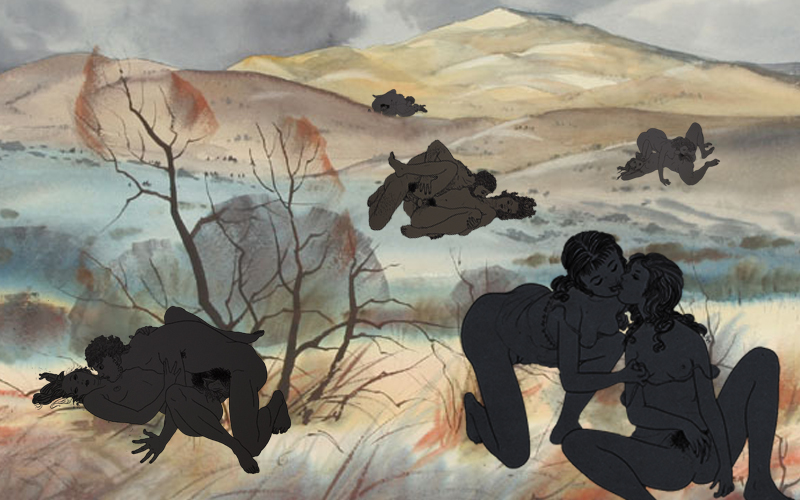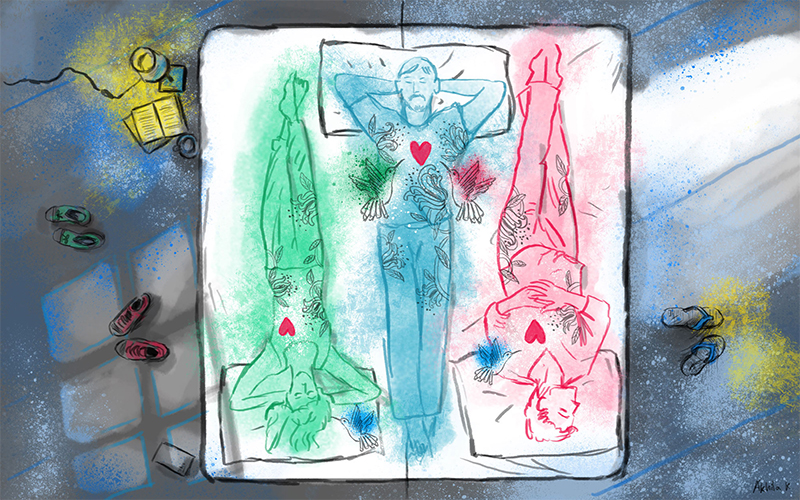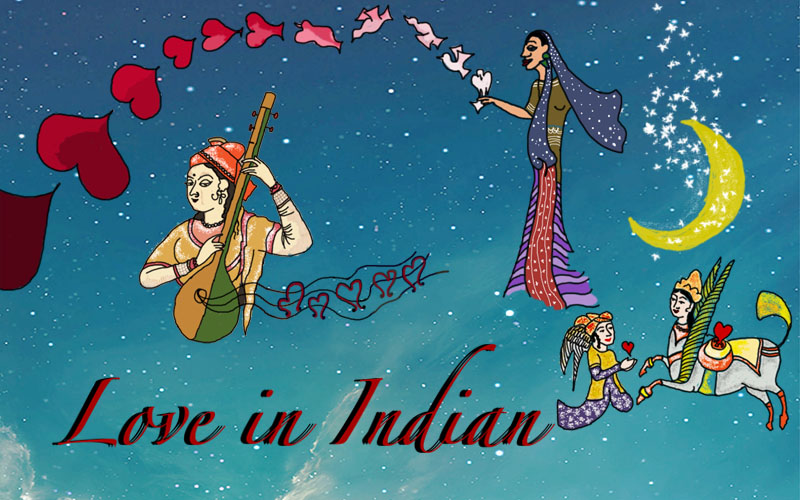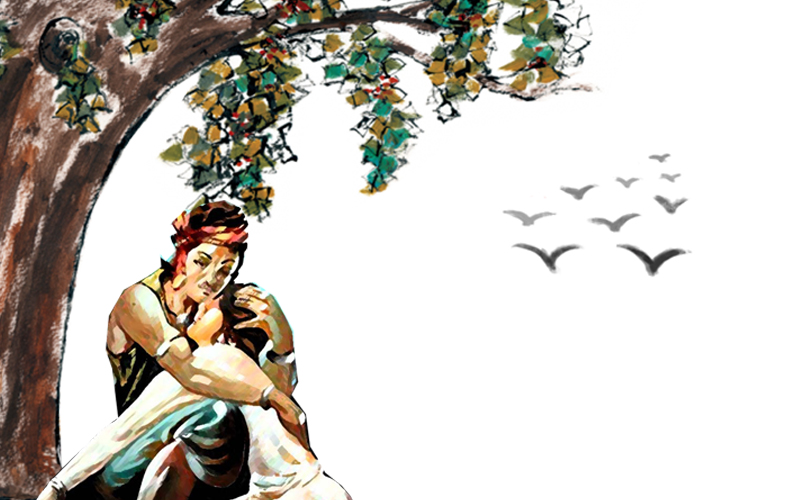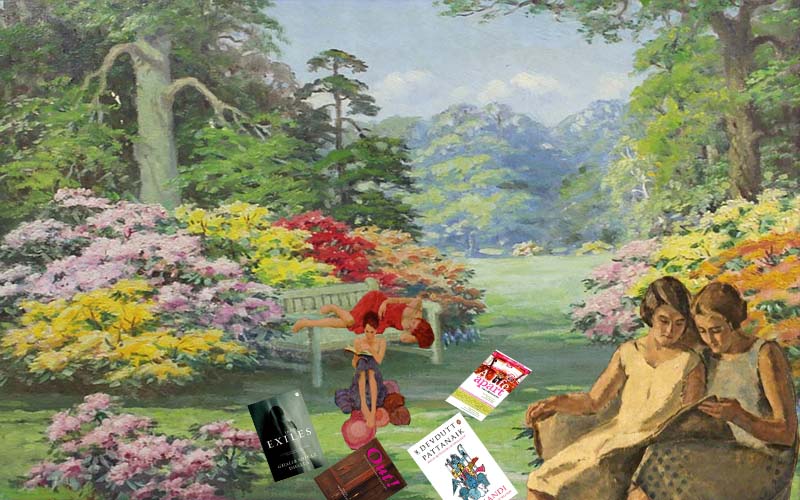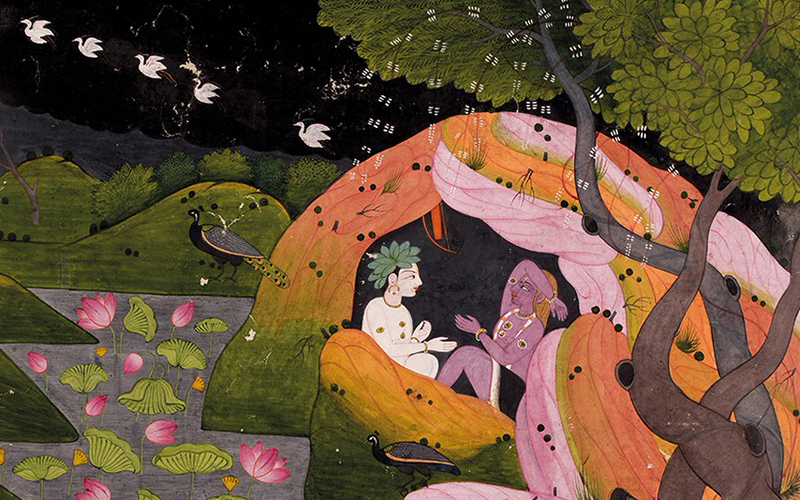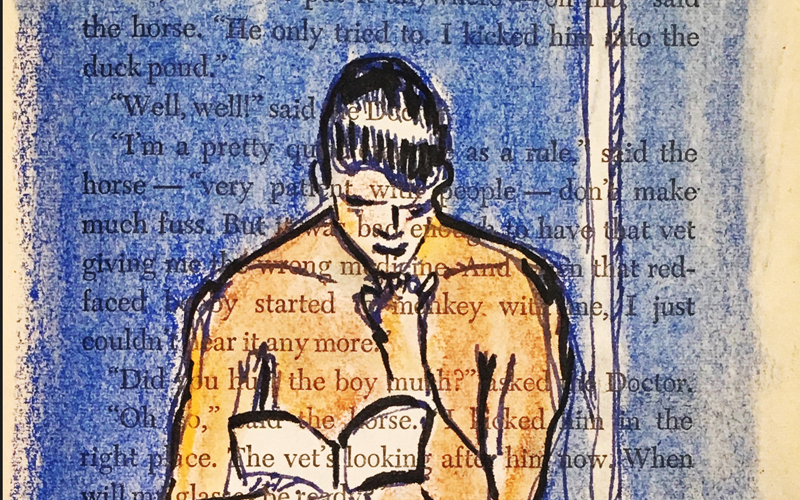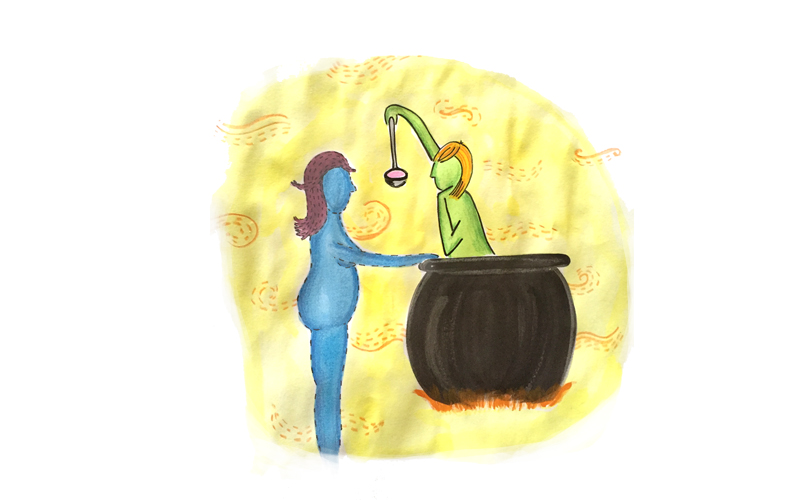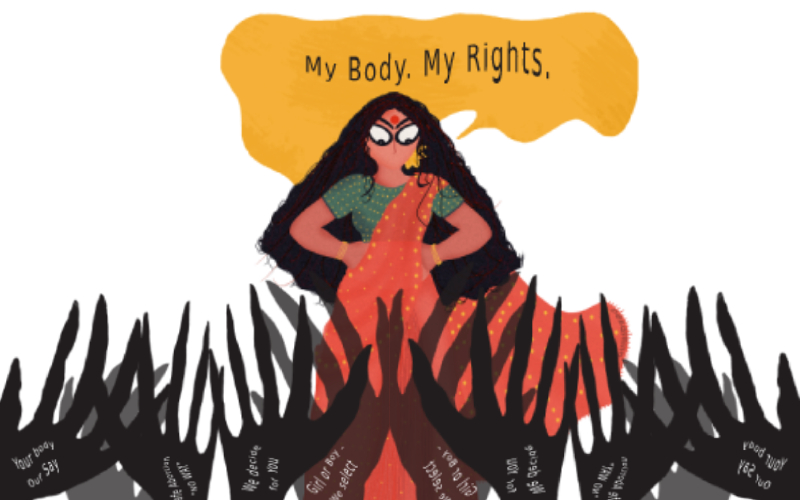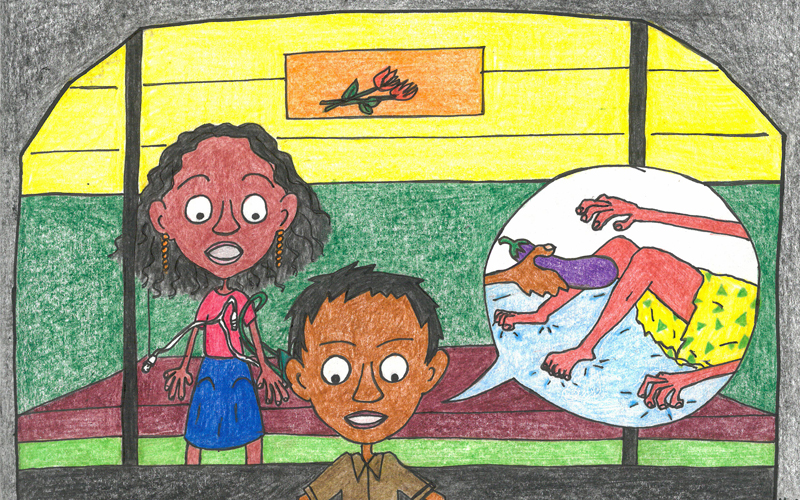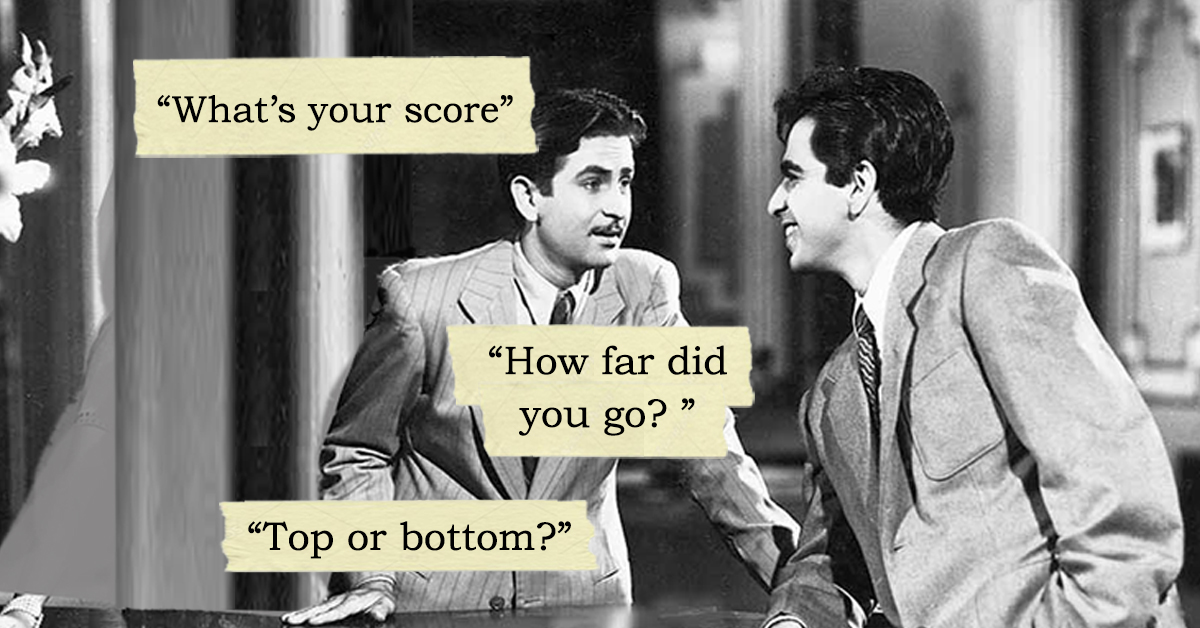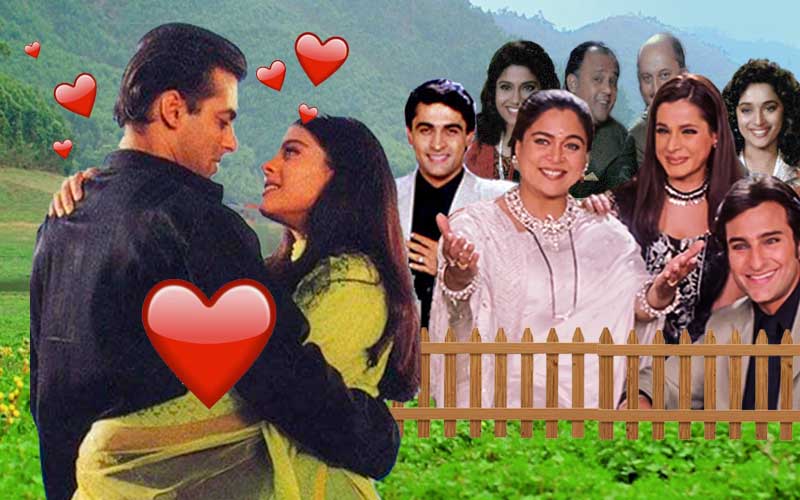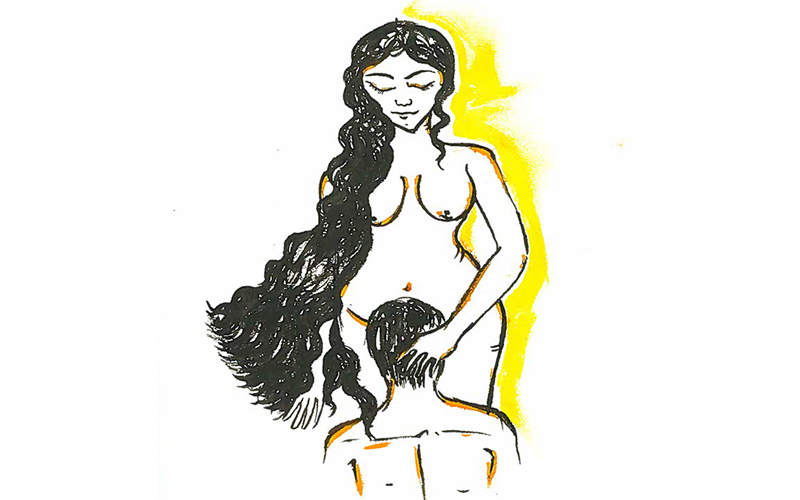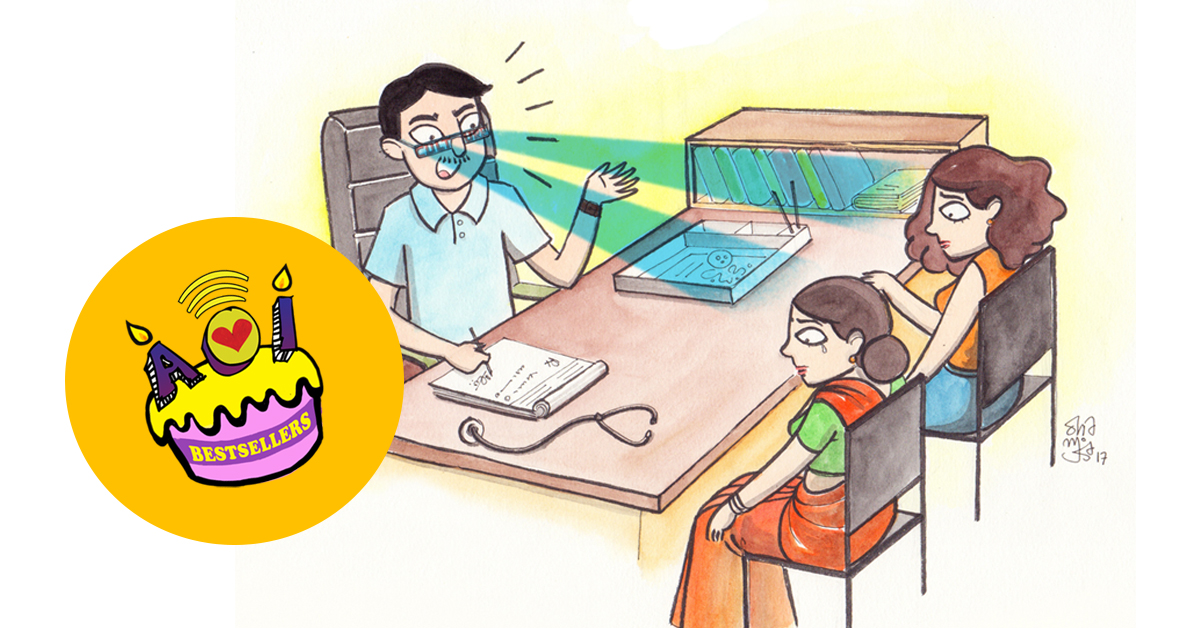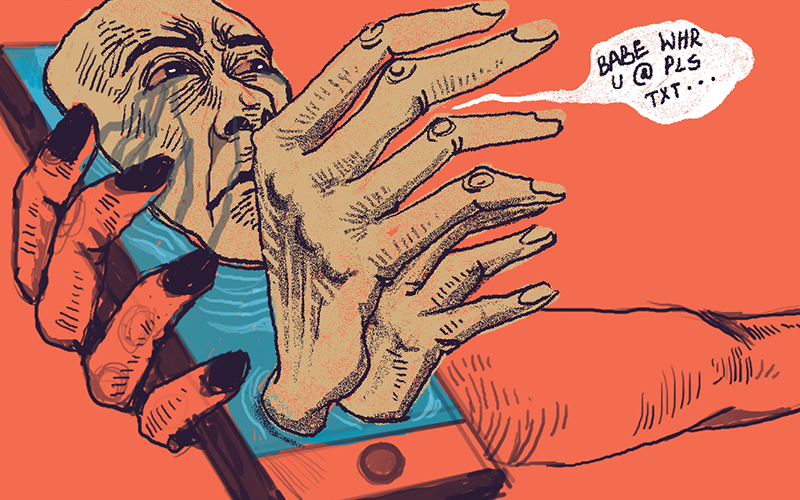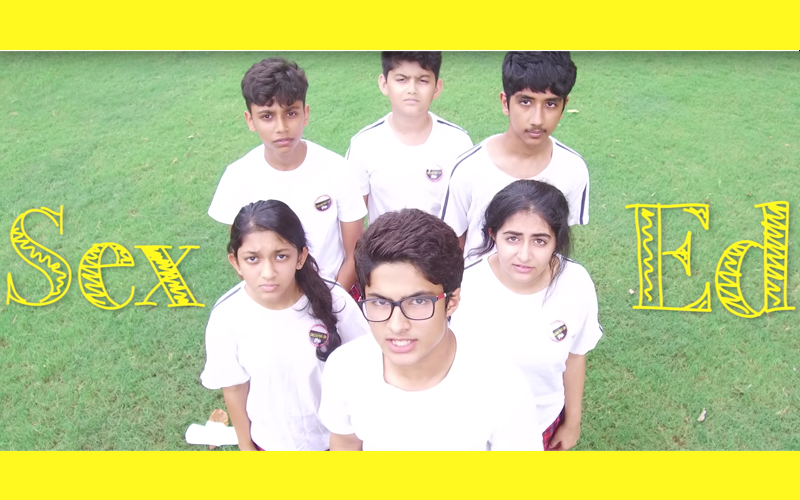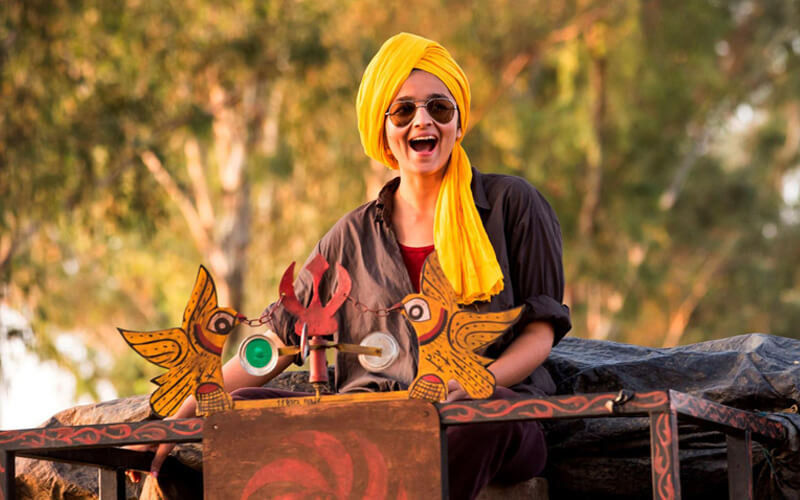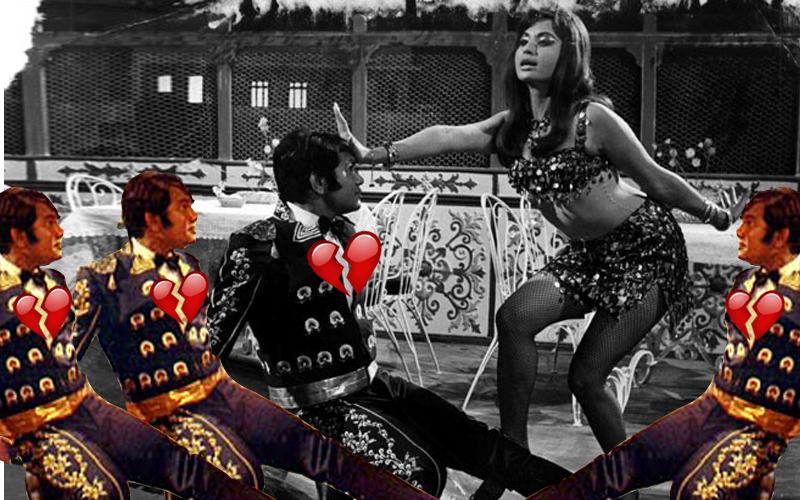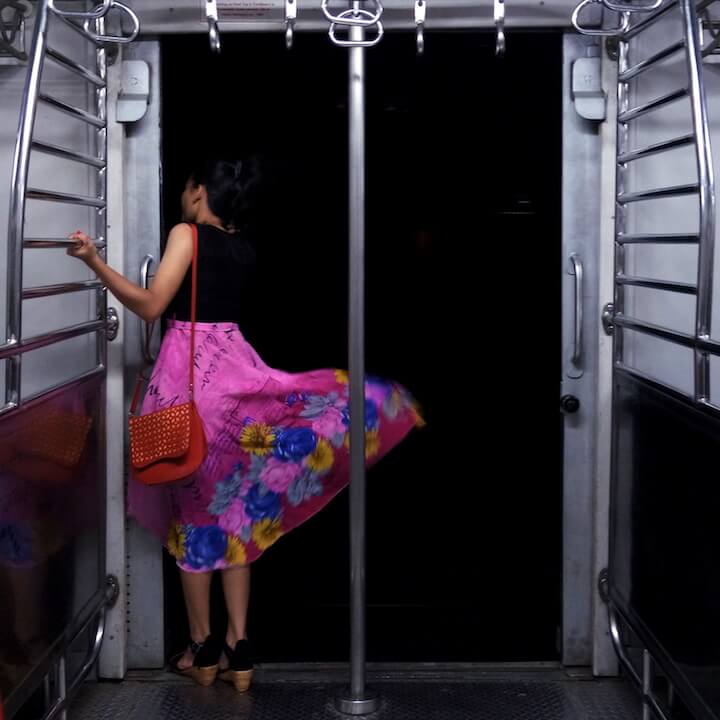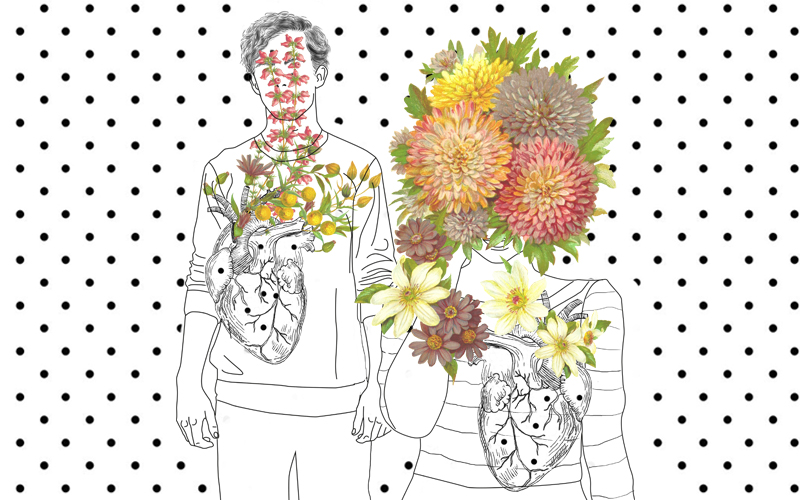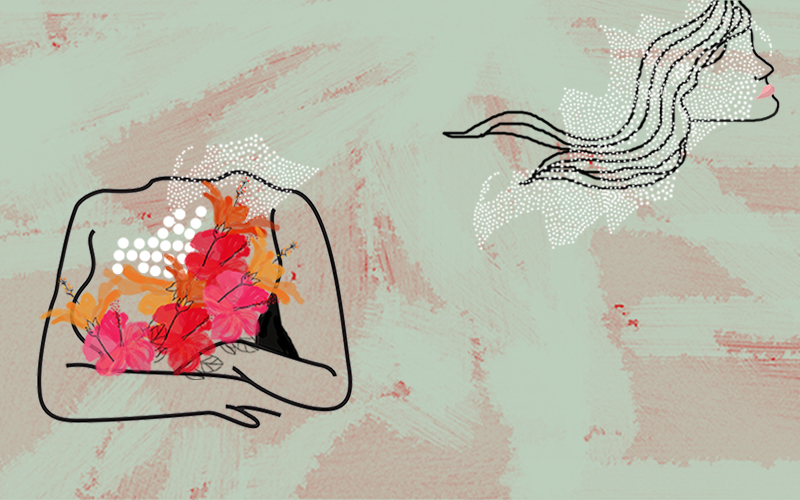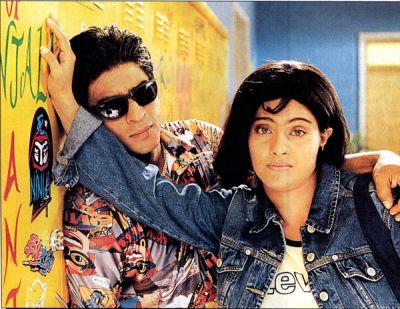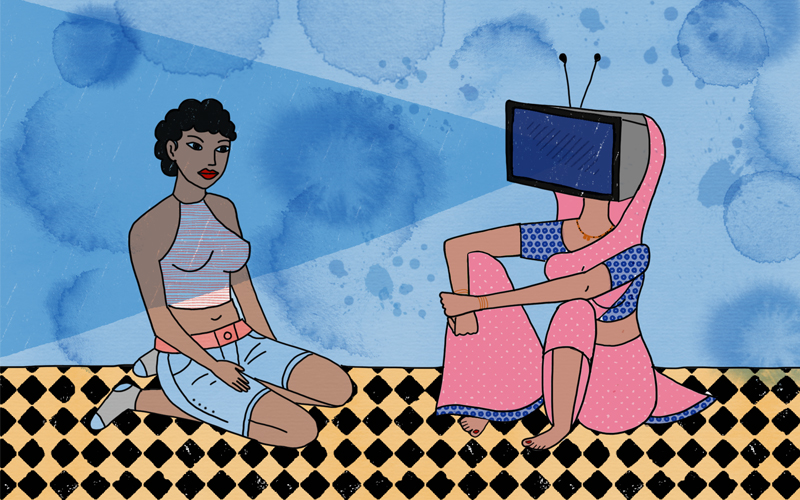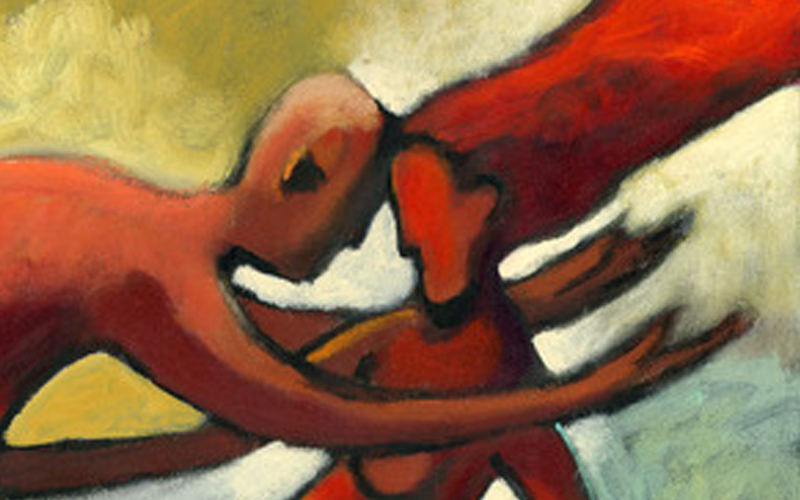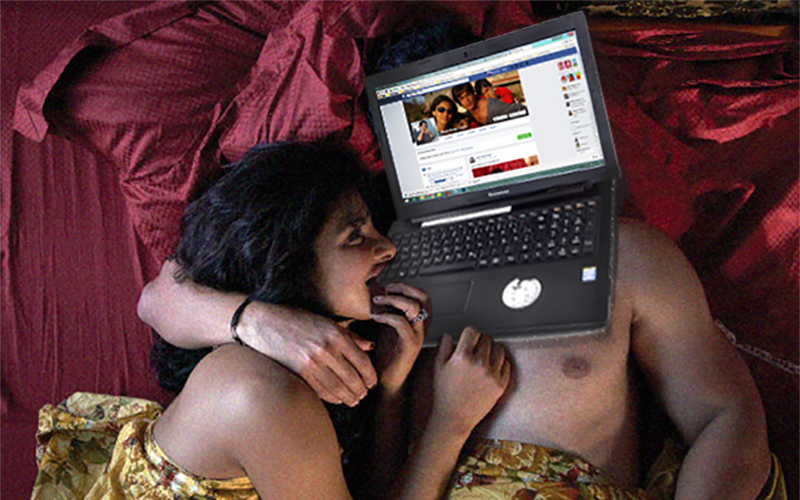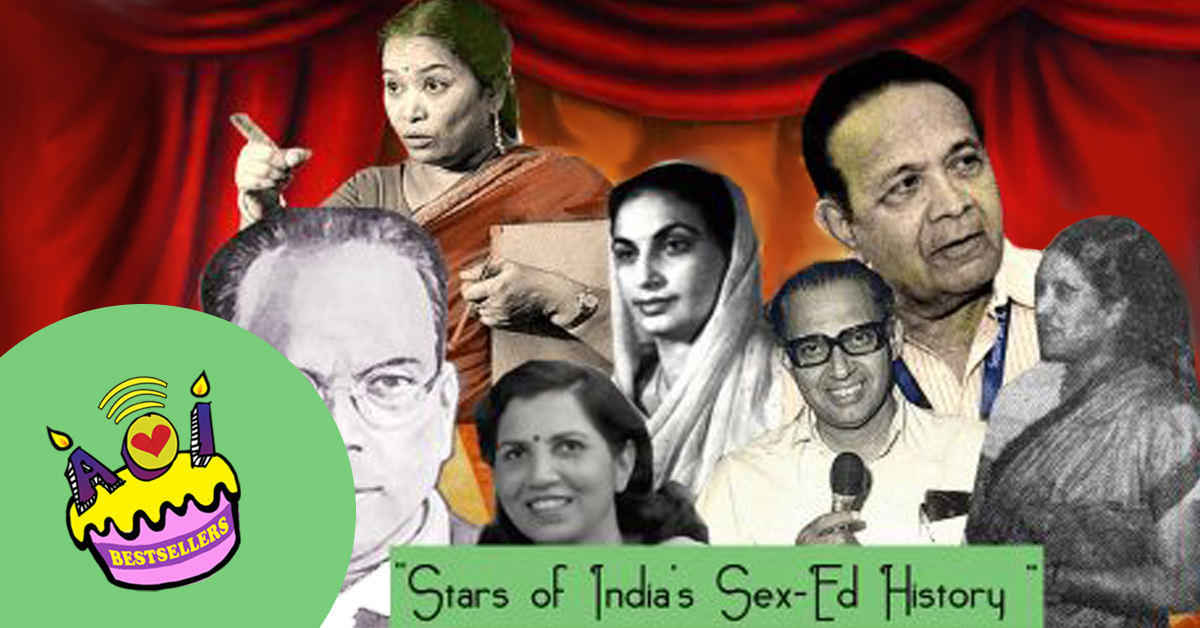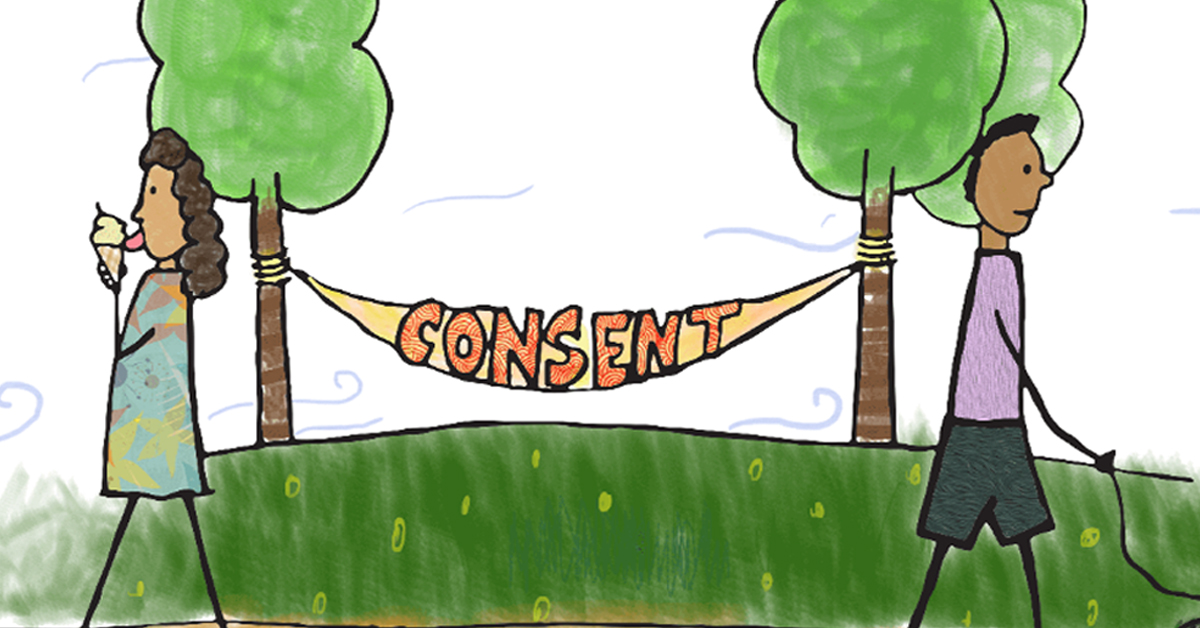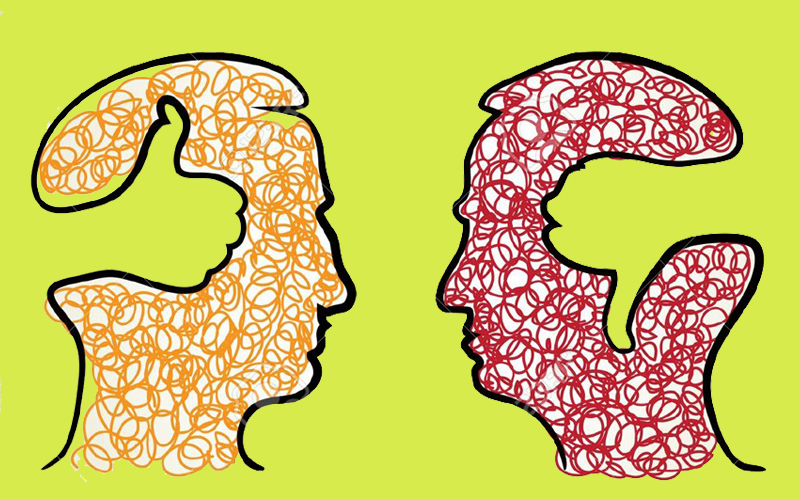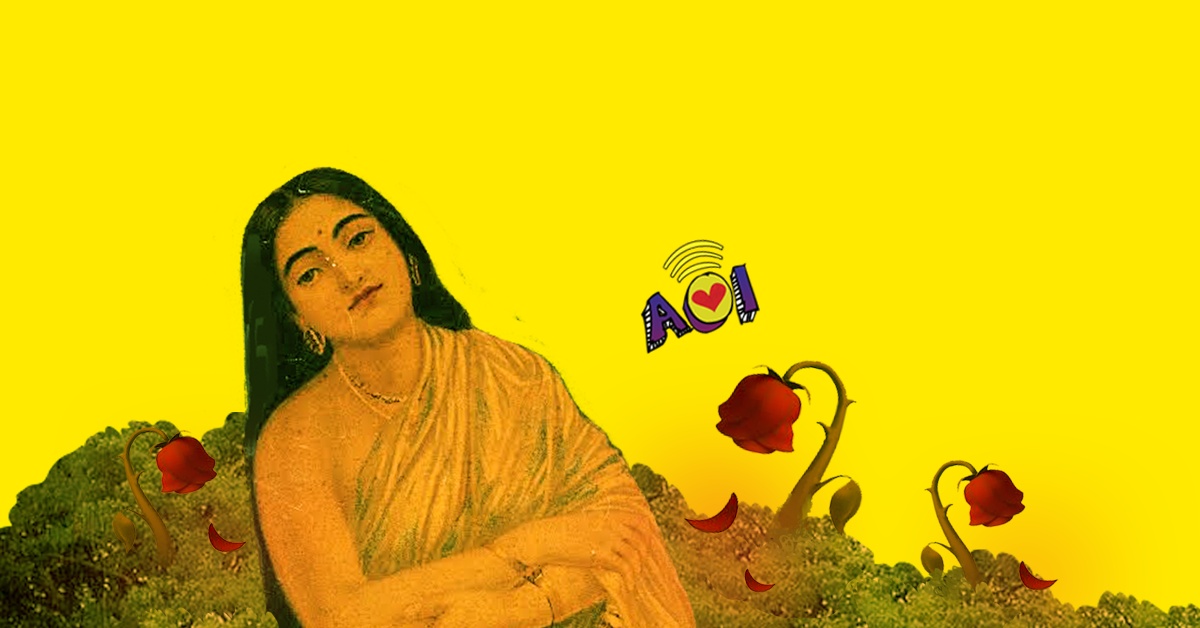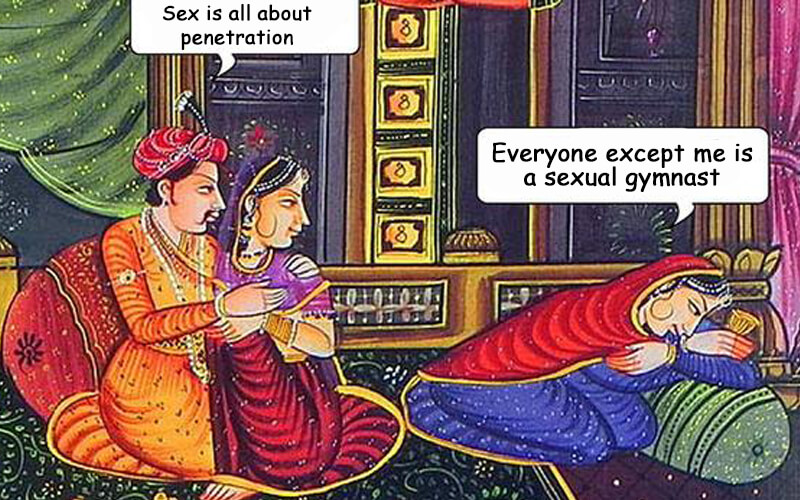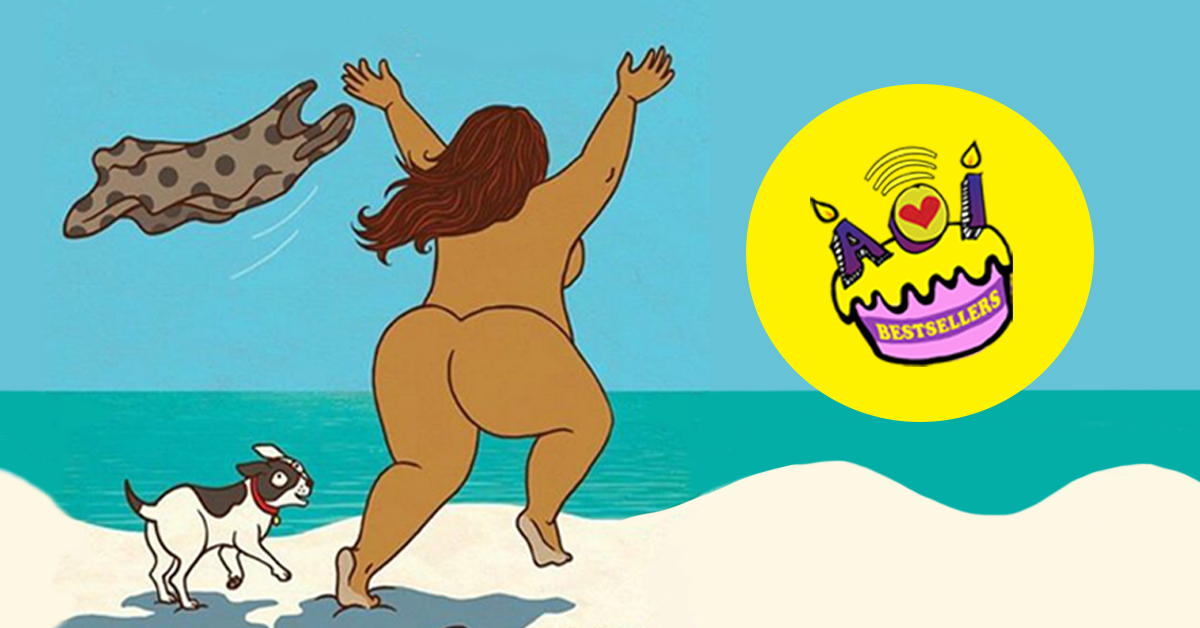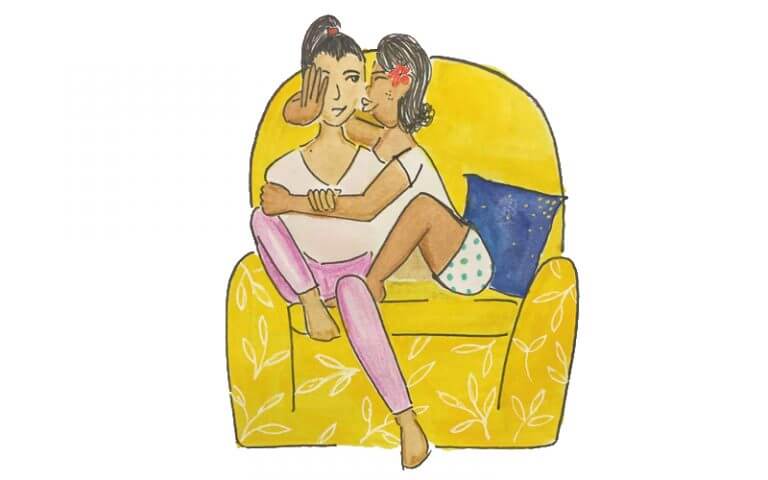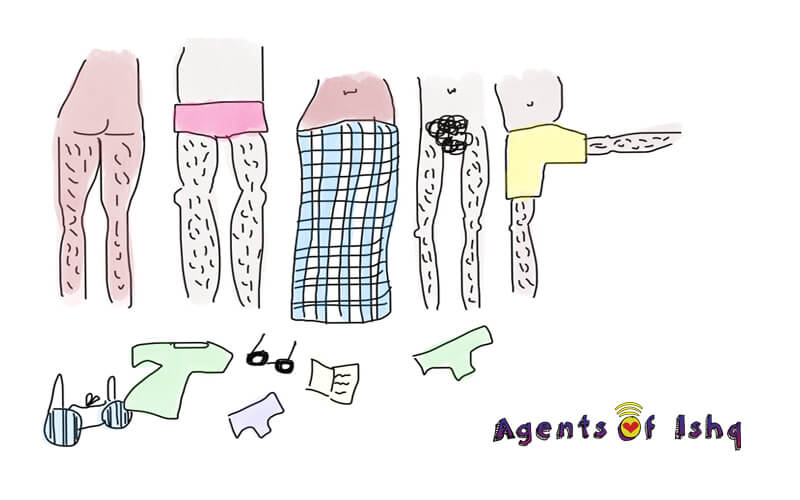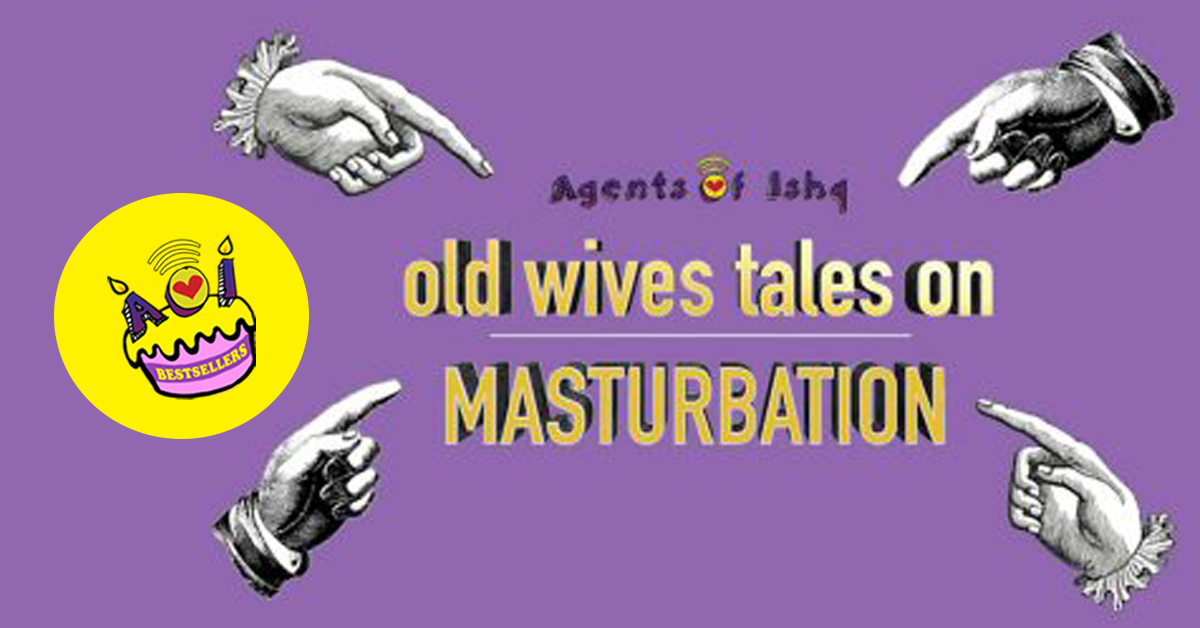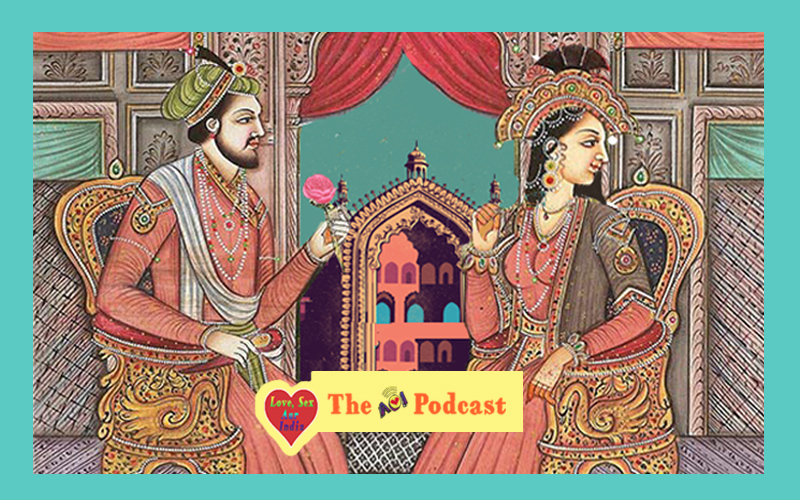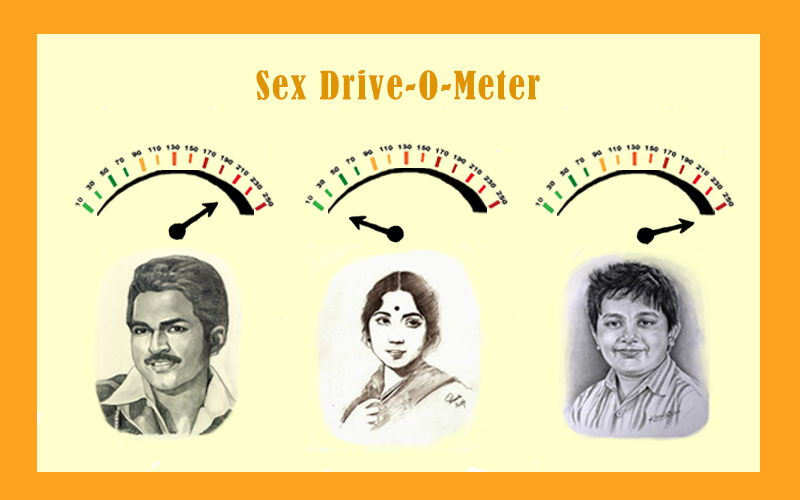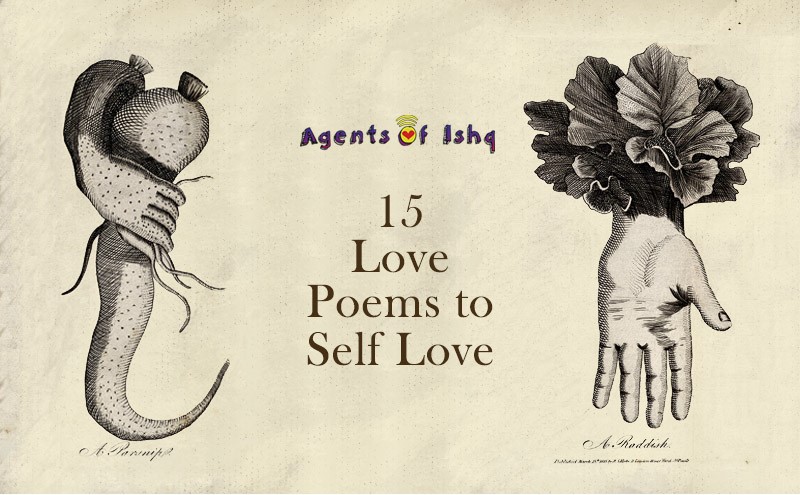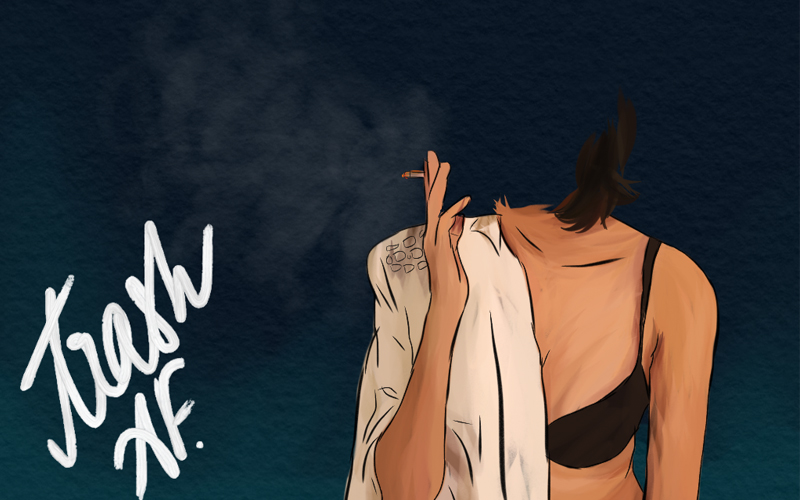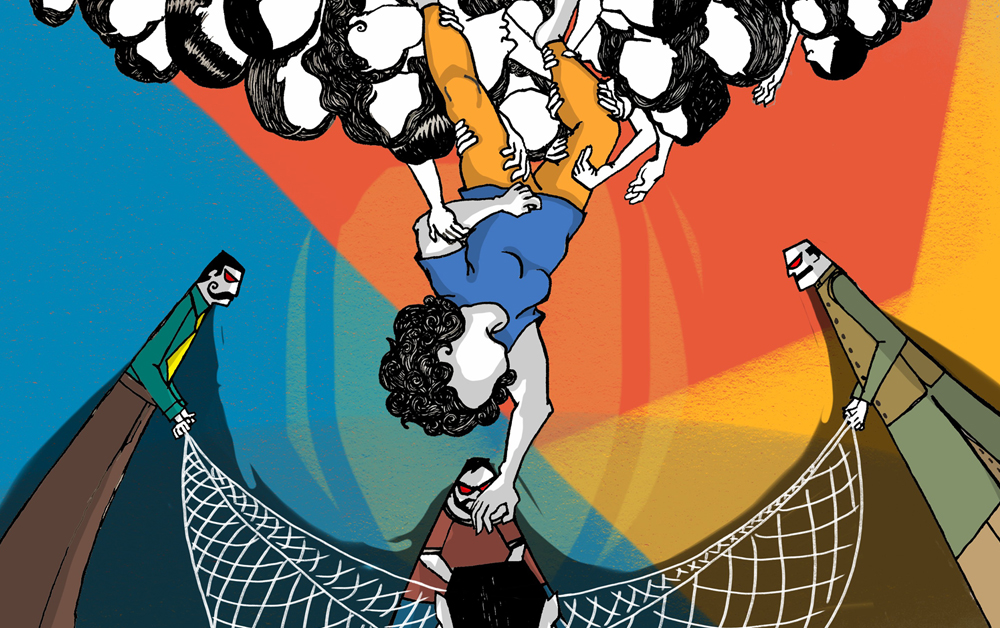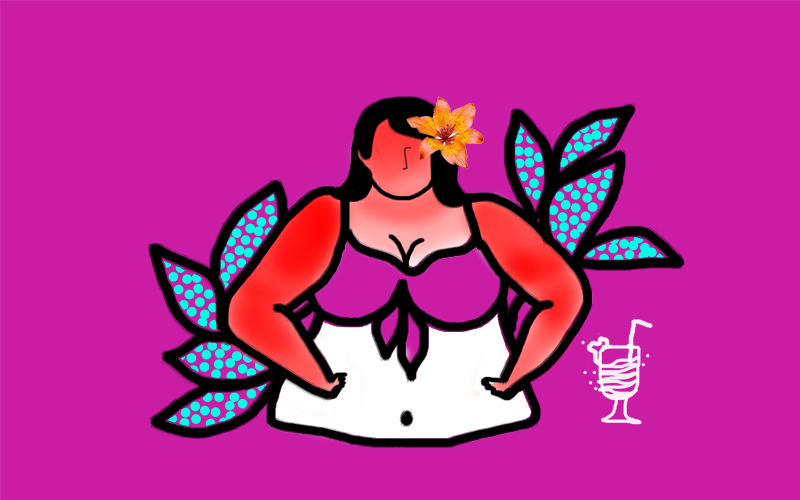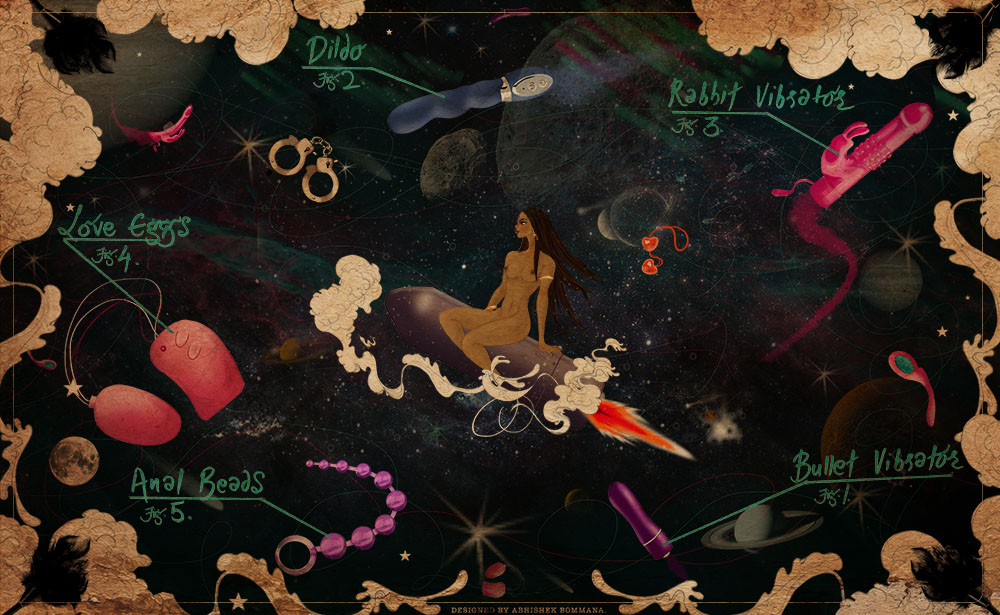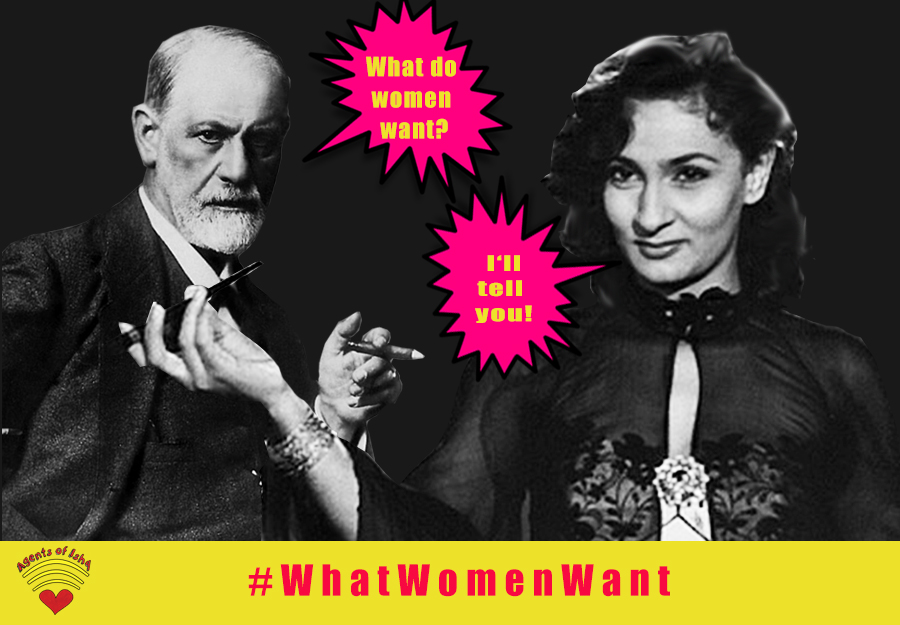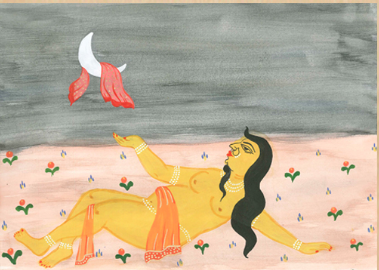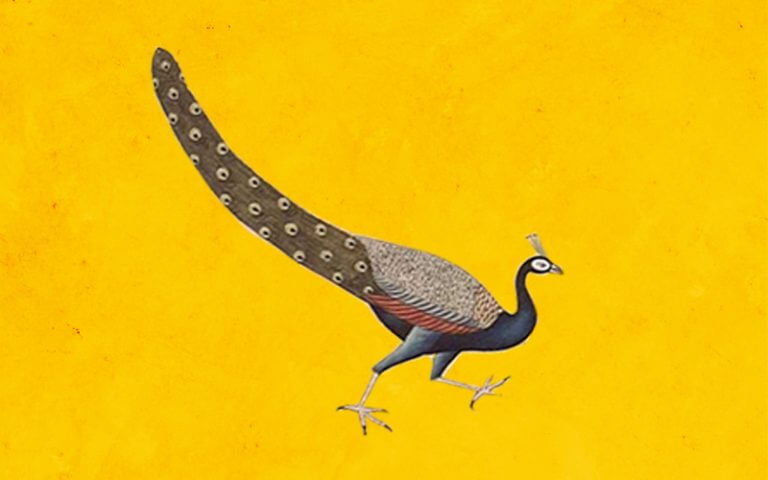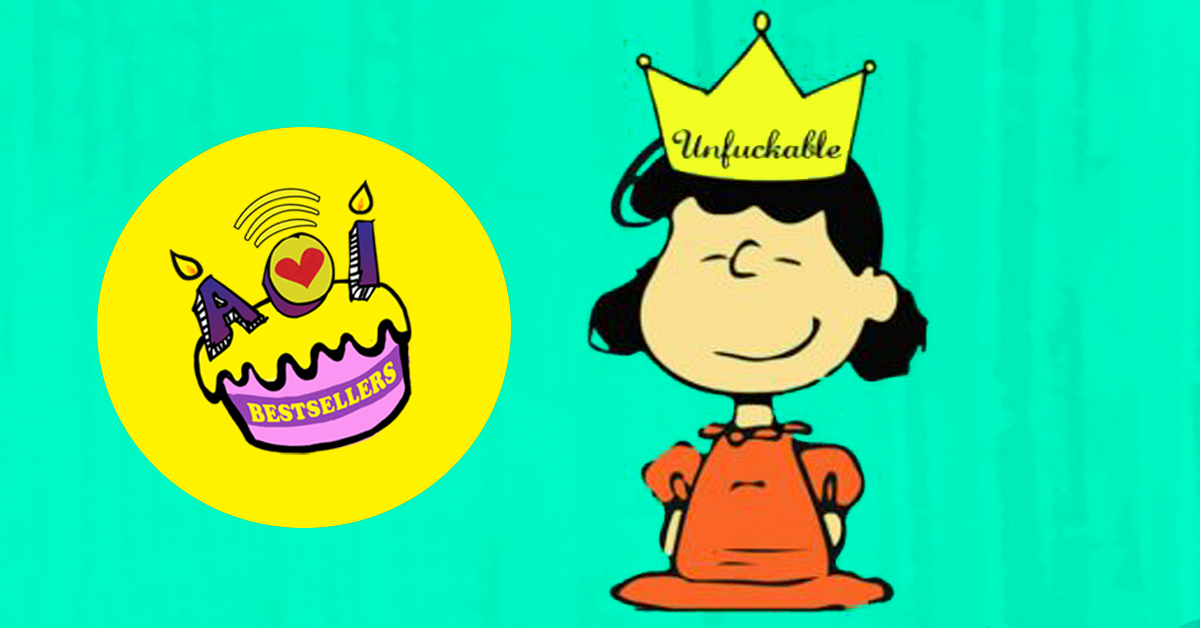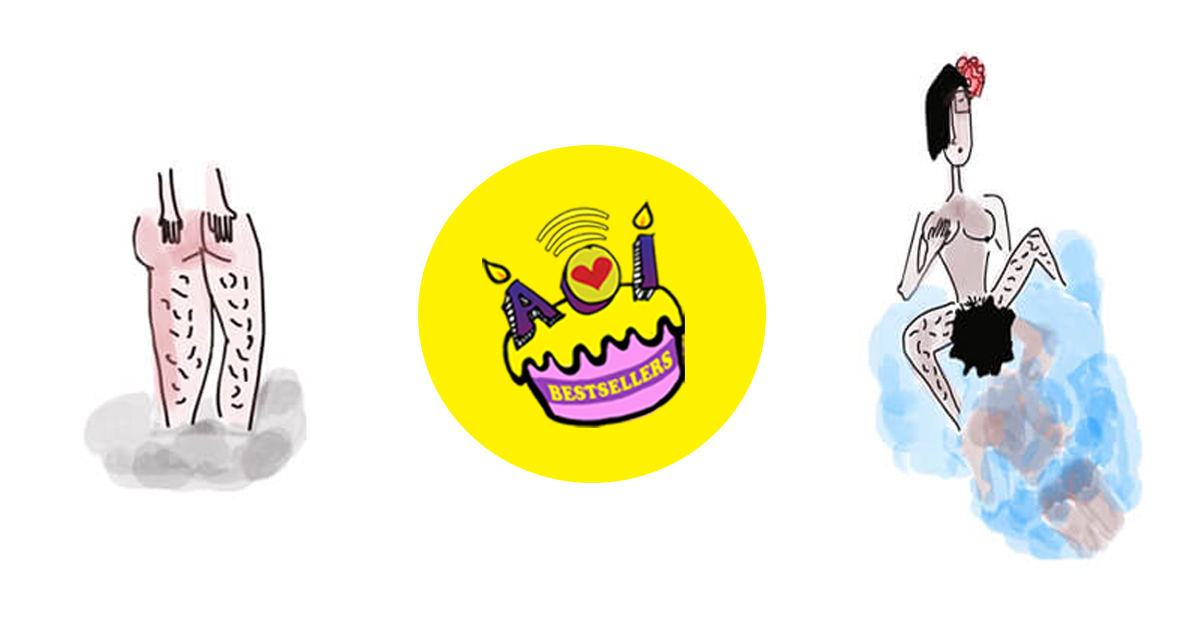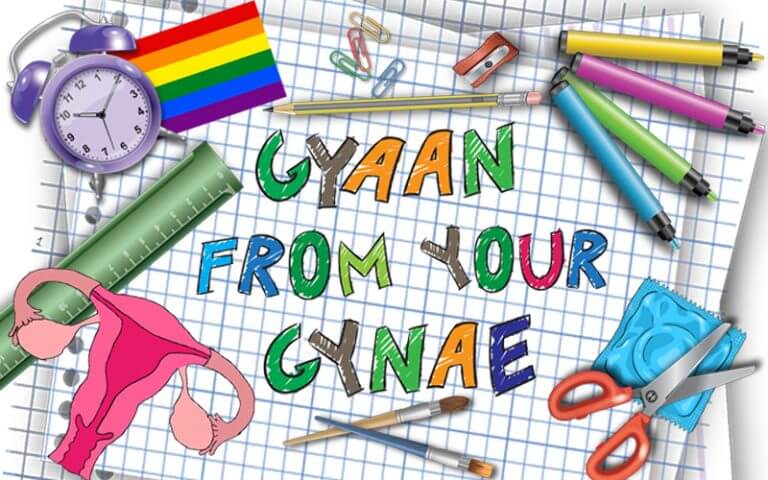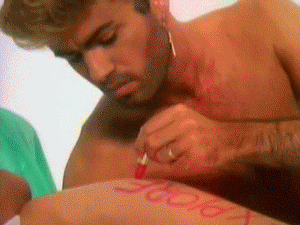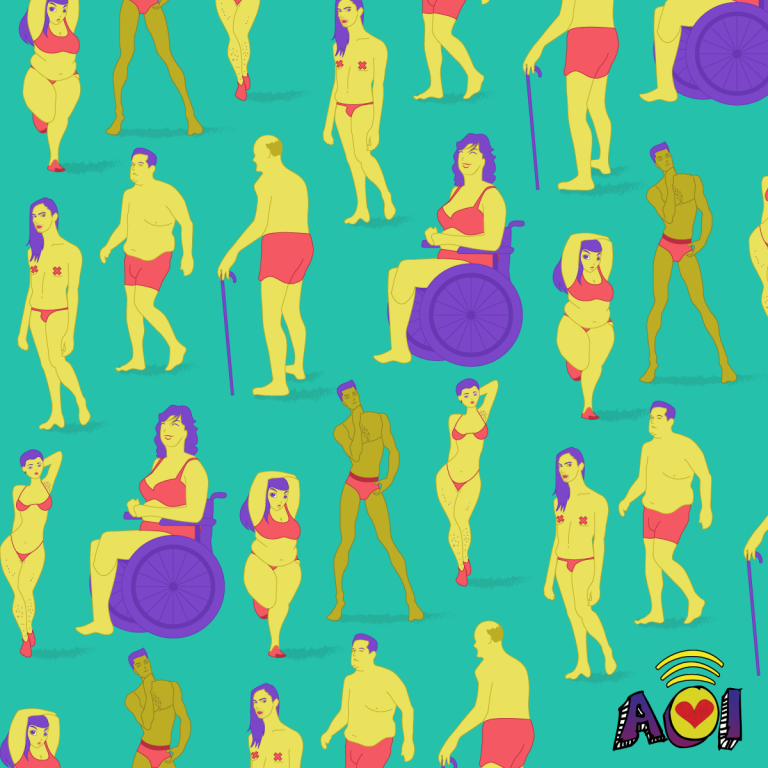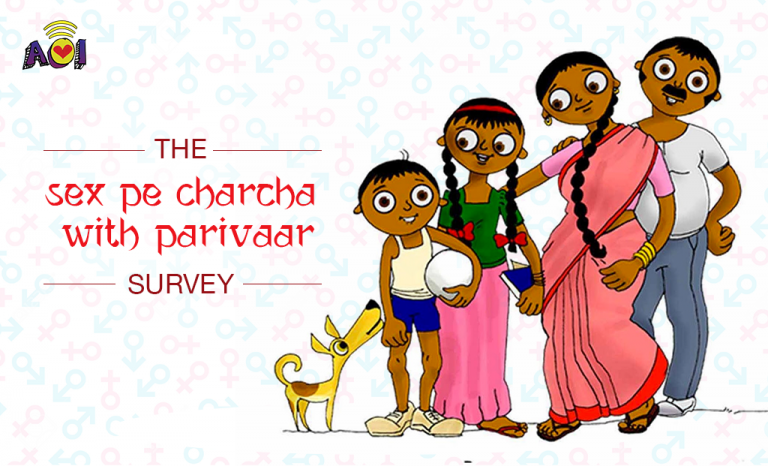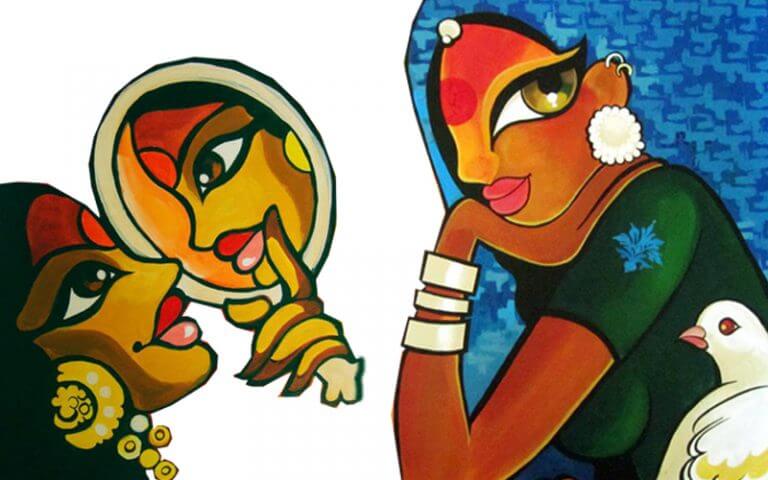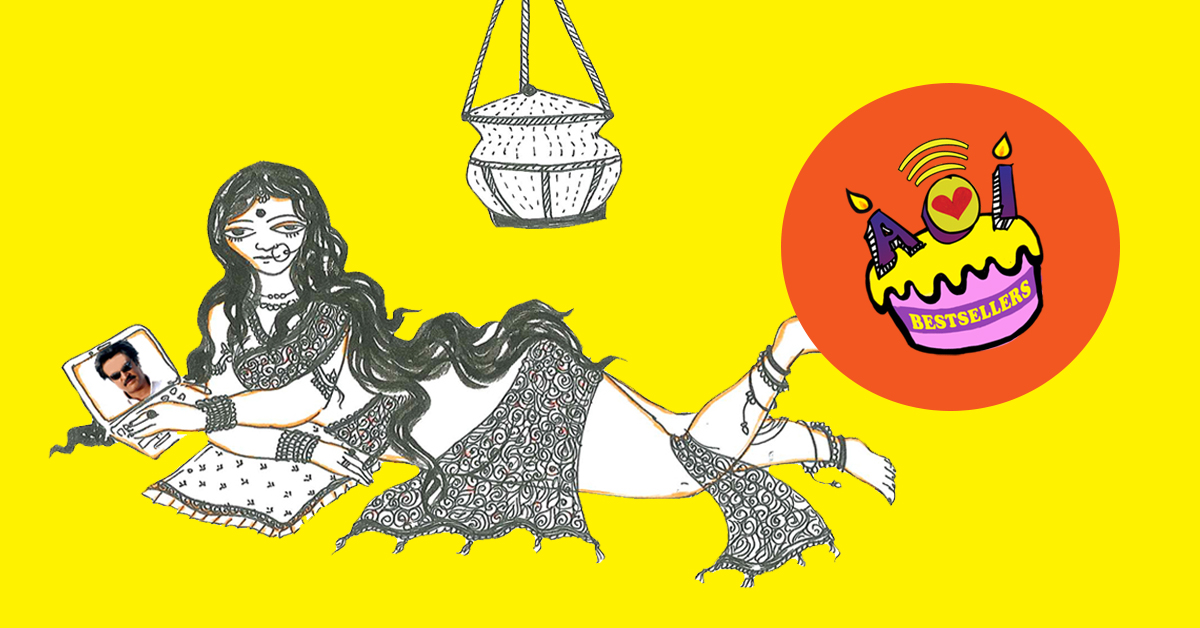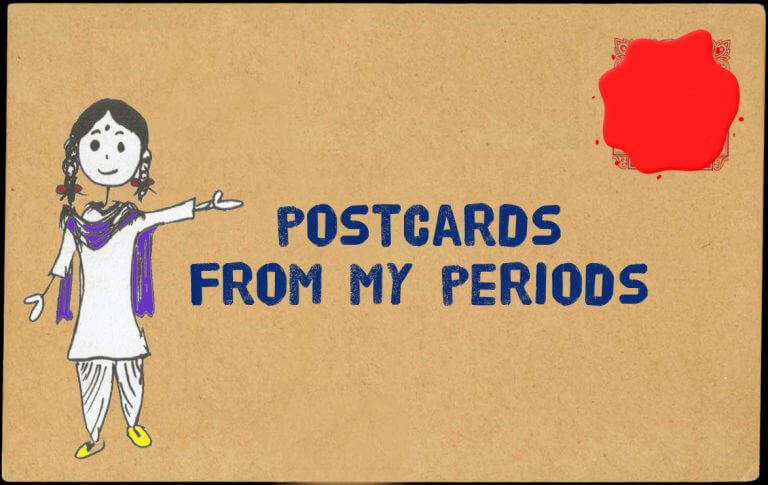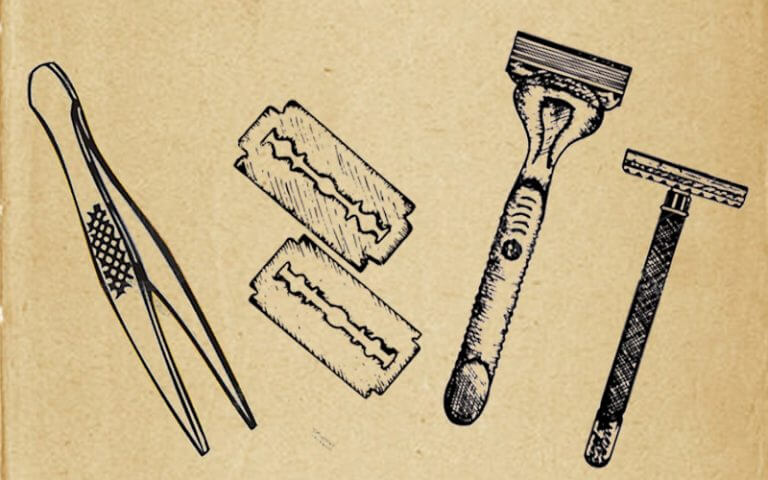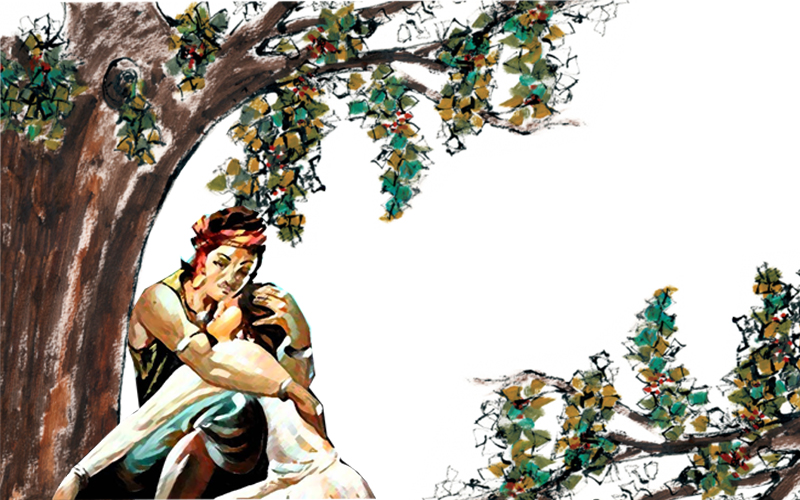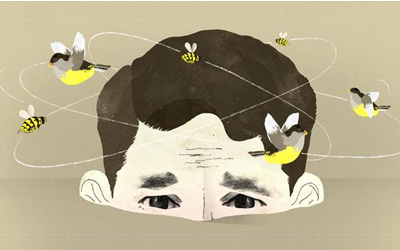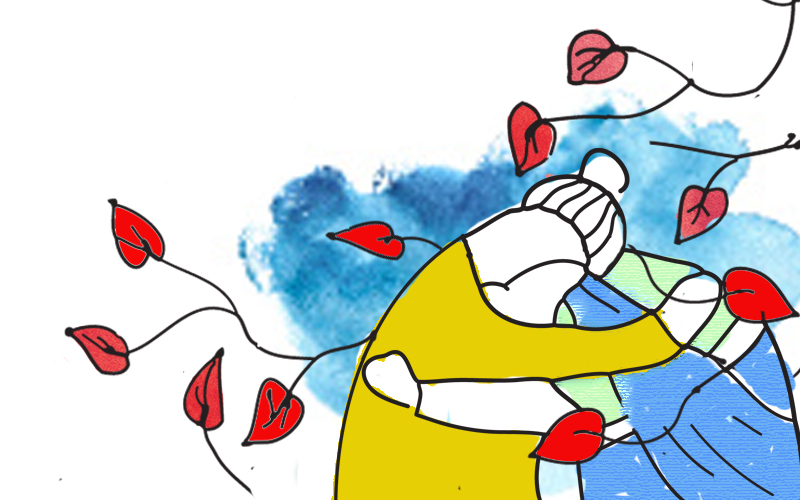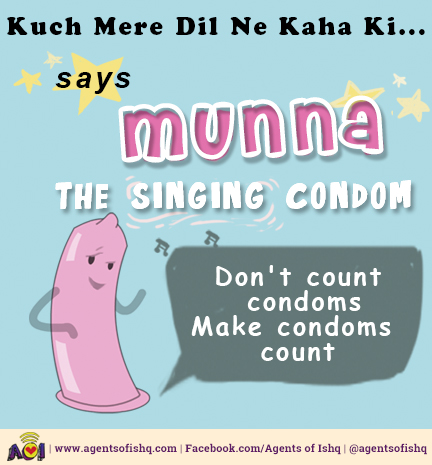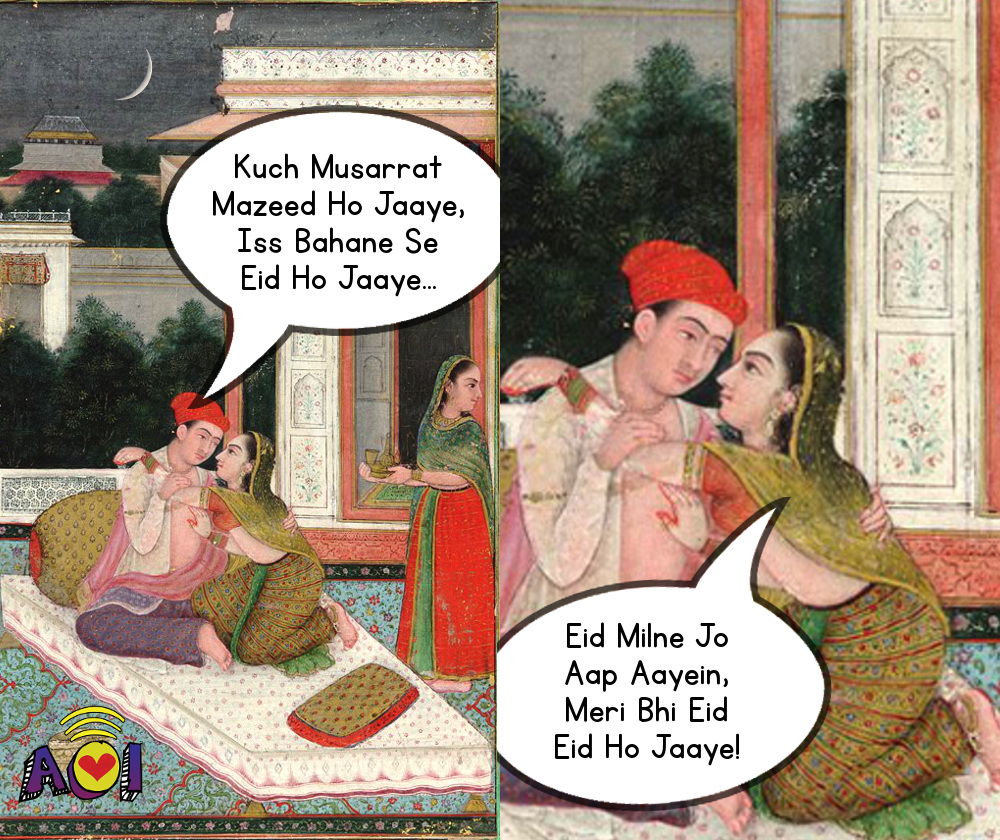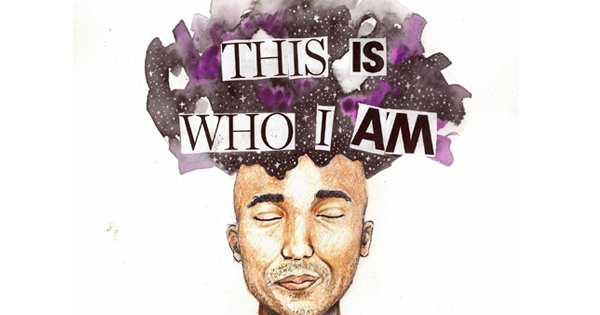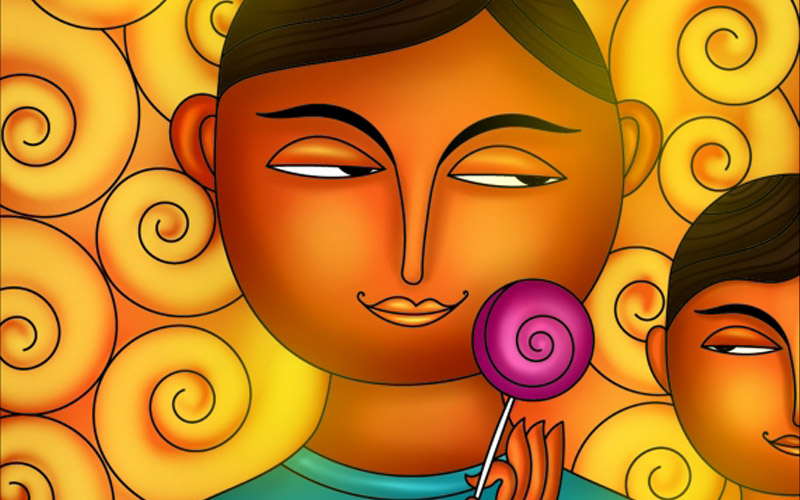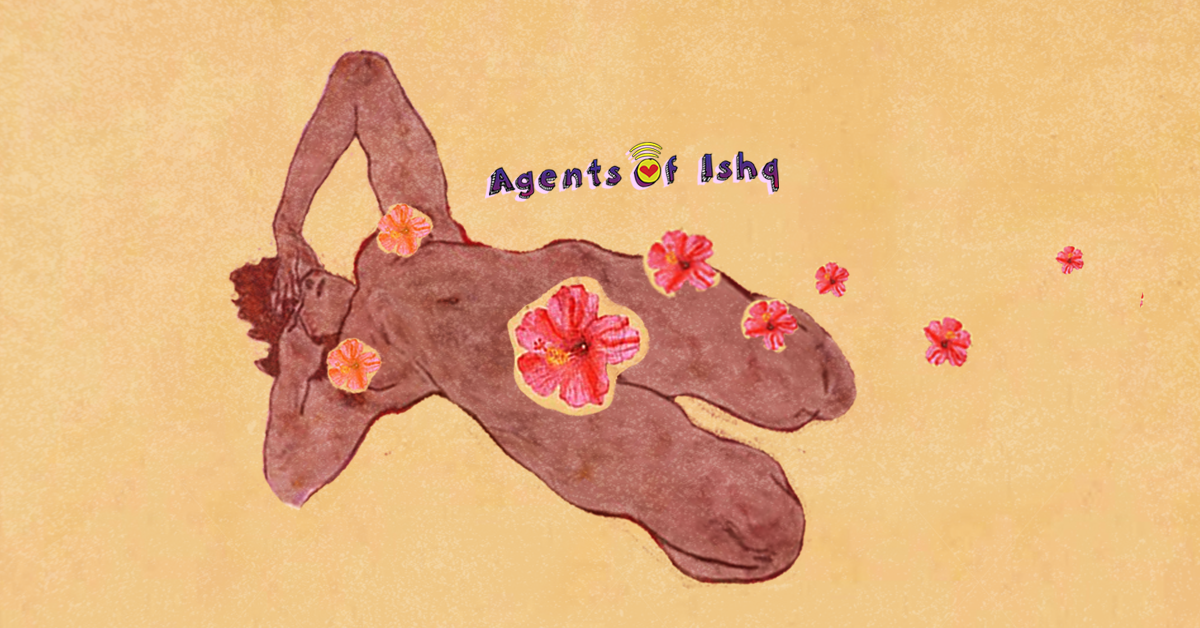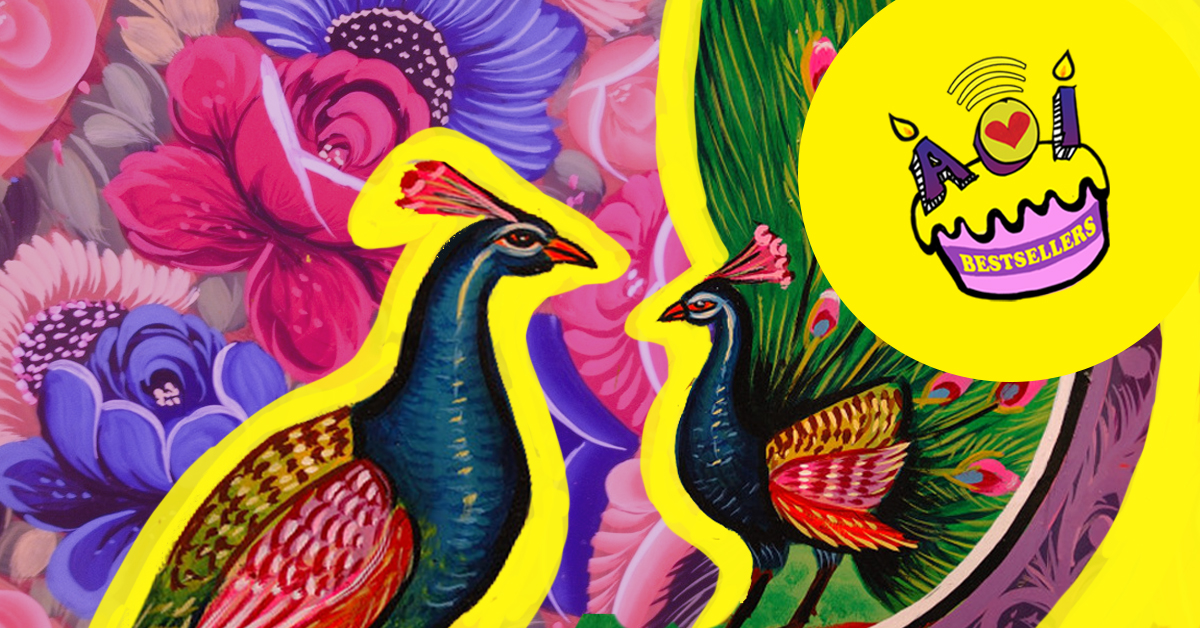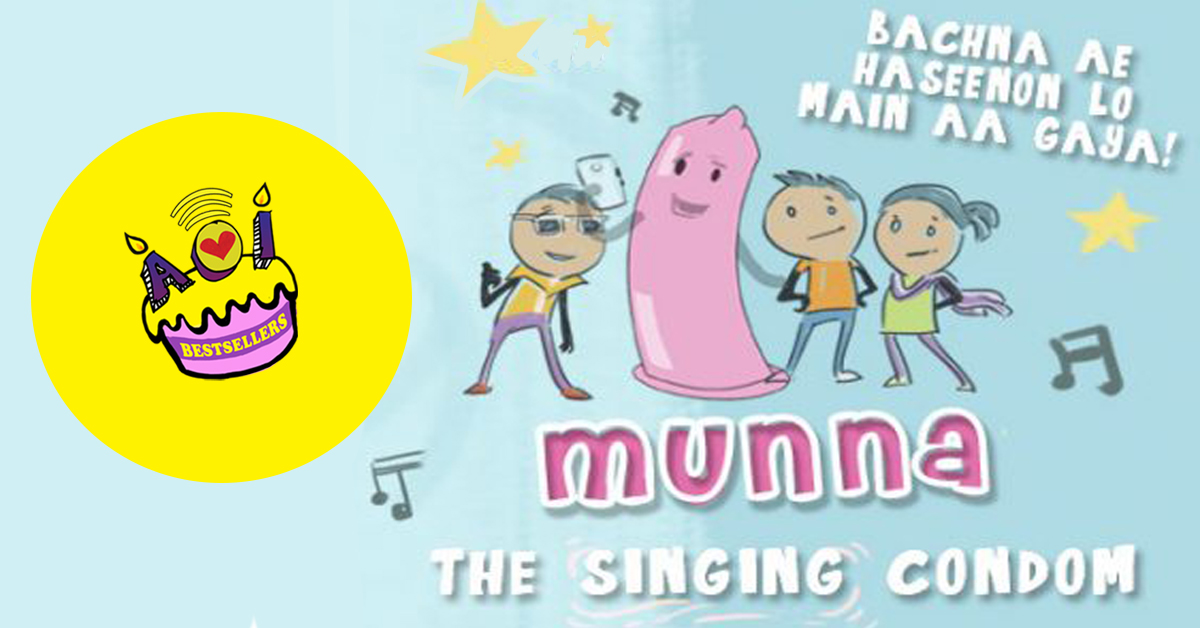From ‘What is a clitoris?’ to sharing stories of heartbreak, a sexuality educator tells us some of the burning issues on men’s minds By Srinidhi Raghavan As a sexuality educator, I am invited to workshops to talk about consent, desire, sex, love, and relationships. Sometimes in an open-ended manner, and other times to focus on gender-based violence in particular. My approach to the workshops remains the same: to create a space for us to have enriching conversations, rather than tick off the points on a politically predetermined agenda. 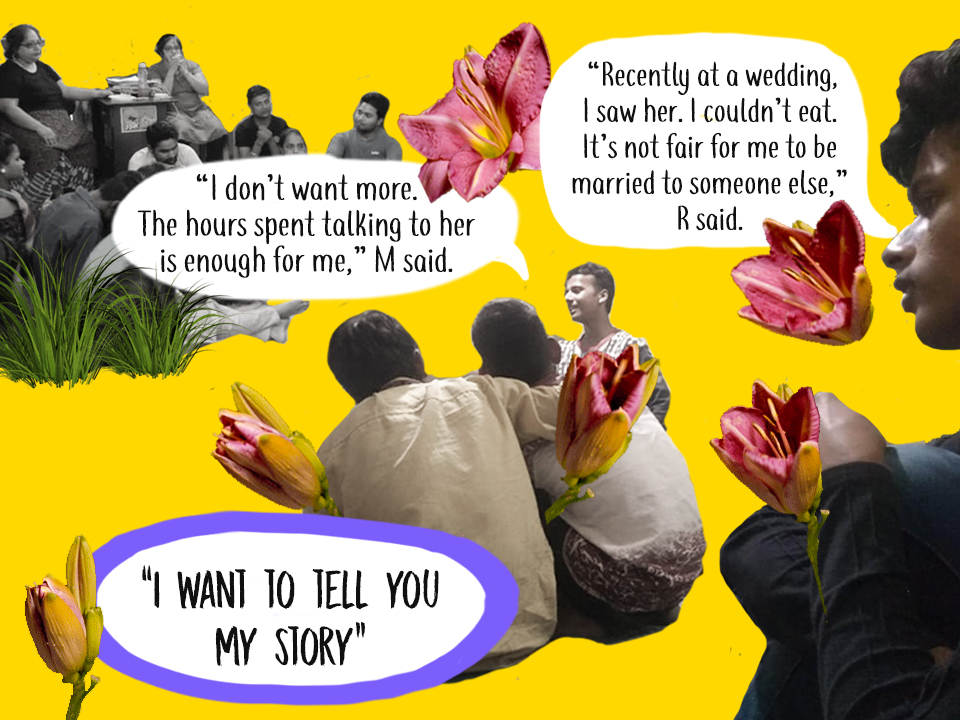 Most often, these workshops have only women, which automatically makes it easy for everyone to share their experiences without any fear of backlash. There is a power imbalance between the facilitator and the participants, but we usually make our way through that. However, sometimes the groups are mixed. Most of these workshops have had more women than men, and sometimes, men might have been half of the group. When I first began to do mixed group workshops, I was a bit hesitant. Would the space make it possible for everyone to be vulnerable? How could I ensure no one feels attacked or left out? These worries were rooted in the feeling that I understood the anger the women felt and the subsequent defensiveness that the men presented – largely because we were all coming into the space with our own experiences and the baggage of pre-existing conversations. I have noticed while conducting workshops and observing others that conversations in the room can get polarised very easily if the facilitator has a fixed agenda. Like in a workshop I was once helping out with – it had a few men and more women, and the facilitator saw a lot of backlash from the male participants who felt they didn’t have space in the room to display their emotions, even though the women did. Thinking of the larger context in which it seems almost impossible to generate a conversation among men, especially straight cis men, one wonders how to bridge this divide? Can this be possible? I think it can, if you move forward with that political desire and make room for conversations to go off script. In these workshops, which are designed to create conversation, I have learned that it is important for me to ensure it is a safe space for everyone. A safe space for inquisitive questions, and one to hold all the stories in the room. Where everything feels personal. And, I have found that even in mixed groups, men can be more vulnerable about their experiences and gather the courage to ask questions that may seem trivial. Here is how some of these conversations went.
Most often, these workshops have only women, which automatically makes it easy for everyone to share their experiences without any fear of backlash. There is a power imbalance between the facilitator and the participants, but we usually make our way through that. However, sometimes the groups are mixed. Most of these workshops have had more women than men, and sometimes, men might have been half of the group. When I first began to do mixed group workshops, I was a bit hesitant. Would the space make it possible for everyone to be vulnerable? How could I ensure no one feels attacked or left out? These worries were rooted in the feeling that I understood the anger the women felt and the subsequent defensiveness that the men presented – largely because we were all coming into the space with our own experiences and the baggage of pre-existing conversations. I have noticed while conducting workshops and observing others that conversations in the room can get polarised very easily if the facilitator has a fixed agenda. Like in a workshop I was once helping out with – it had a few men and more women, and the facilitator saw a lot of backlash from the male participants who felt they didn’t have space in the room to display their emotions, even though the women did. Thinking of the larger context in which it seems almost impossible to generate a conversation among men, especially straight cis men, one wonders how to bridge this divide? Can this be possible? I think it can, if you move forward with that political desire and make room for conversations to go off script. In these workshops, which are designed to create conversation, I have learned that it is important for me to ensure it is a safe space for everyone. A safe space for inquisitive questions, and one to hold all the stories in the room. Where everything feels personal. And, I have found that even in mixed groups, men can be more vulnerable about their experiences and gather the courage to ask questions that may seem trivial. Here is how some of these conversations went.  ‘What does the clitoris do?’ In one mixed workshop, a young man, T, asked a question about the clitoris. “So what does the matar do? Where is it? How do I know where to find it?” He asked these questions as we played the AOI Female Genital Knowledge quiz. The quiz was full of questions about clitoris – its size, shape, and function. All answers his team hadn’t gotten right. His friends in the room were divided into two parties. One group nervously giggled and the other hushed him and said, “You really don’t know?” and laughed. After calming down the room, an explanation and an image from an illustration was provided. He seemed satisfied. It led me to think about the responses that are expected from men – especially the expectation that they must know everything. If they don’t have the right answer, they should expect to be ridiculed for it. During this game at the workshop, it was evident that many people, both men and women, were not aware of the female anatomy. But it was the men who received the harshest response of mocking laughter. Often in mixed groups, we see how men and women (in this binary) are aware of their own anatomy and its functions. Conducting the genital quiz was a way for all the groups to have a fun and playful way to learn about genitalia that wasn’t just theirs, through the lens of pleasure. After the quiz, we learnt where the clitoris is, how its purpose is for pleasure, and the reasons why we hear so little about it yet so much about the rare find that is the g-spot. Part of doing this repeatedly has taught me that there is a lot of curiosity about the female body, particularly female pleasure, in both men and women. And they don’t have easy access to information about it, nor do they have access to spaces to have these important conversations. Yet as we listened that day to podcasts, played games, watched videos, and coloured sexy galaxies, we made space for our numerous stories, our difficult-to-frame questions, and the secrets we hadn’t revealed yet. Earlier, those of us conducting the workshops would often separate the men and women to address the two groups individually on the same subject. It allowed for greater vulnerability and fewer accusations. But witnessing the power of conversations in the mixed room, I have increasingly felt the value of having both groups present. For instance, in one of our workshops, a young man, L, explained the concept of a wet dream to the women in the room. He even spoke briefly about masturbation. When he was done, one of the other men raised his hand to ask if it is okay to masturbate when in a relationship. Men do hear a lot of myths around the perfect amount of masturbation that is allowed and that won’t make their penis fall off. We watched AOI’s videos about myths on masturbation and all shared a good laugh. For so long we have discouraged simple human curiosity or looked at it with a suspicious eye and called it prurience – but what is curiosity except a desire to understand and know another? ‘Why are women not allowed to touch the pickle?’ While discussing the female anatomy, the men in one workshop, aged between 17 and 20, had a lot of questions about (what seemed to them) the mysterious process of menstruation. Why do women hide their menstrual cycle? Why are they not allowed to touch the pickle? Why is there so much secrecy around what happens? Before I could open my mouth to answer, many of the women in the room responded. They had insightful comments to share about their own experiences of learnt shame and secrecy. They laughed about how they hid their period, the pain some of them felt during their periods, and the lack of conversation about periods at home. Women talked about hiding their sanitary pads from their brothers but talking about their pain with their boyfriends. They shared that there was less stigma talking about it openly with their boyfriends than within the family, where they were expected to maintain the image of not knowing too much. Something we are well aware women are expected to conform to. Women also shared that their families had taught them to not like “that time of the month”. That they were given only the corner of the room to sleep in. That there was a no-baths rule. That they weren’t allowed to do much those few days. That they were confused why. They were able to break this expectation when speaking to their boyfriends because of the trust they placed in those relationships. The men listened as the women spoke, not uttering a word, only nodding occasionally. One man shared his experience of finding out that his sister had periods. Others spoke about how they were not expected to know about the female body, particularly the details of what happens during the menstrual cycle, how it was a secret to be kept. There was a strict divide between what they were expected to know, what they were supposed to not know, and what they were never to speak of. This divide was never to be challenged. On Day Two of this workshop, a young man (who the previous day had told us how he wasn’t supposed to know that his sister had her period) told us he had been pestering his sister to pass the pickle at breakfast. His mother told him not to talk when it was none of his business and resisted by saying it would be his fault if the pickle got spoilt. But he wanted his sister and his sister alone to pass the pickle. He told us that he knew the trouble he was causing with his questions, but he wanted to start by breaking some silences. He laughed as he said that his sister finally gave in and passed him the pickle. Perhaps the divide need not be challenged, as much as gently, or mischievously, bridged.
‘What does the clitoris do?’ In one mixed workshop, a young man, T, asked a question about the clitoris. “So what does the matar do? Where is it? How do I know where to find it?” He asked these questions as we played the AOI Female Genital Knowledge quiz. The quiz was full of questions about clitoris – its size, shape, and function. All answers his team hadn’t gotten right. His friends in the room were divided into two parties. One group nervously giggled and the other hushed him and said, “You really don’t know?” and laughed. After calming down the room, an explanation and an image from an illustration was provided. He seemed satisfied. It led me to think about the responses that are expected from men – especially the expectation that they must know everything. If they don’t have the right answer, they should expect to be ridiculed for it. During this game at the workshop, it was evident that many people, both men and women, were not aware of the female anatomy. But it was the men who received the harshest response of mocking laughter. Often in mixed groups, we see how men and women (in this binary) are aware of their own anatomy and its functions. Conducting the genital quiz was a way for all the groups to have a fun and playful way to learn about genitalia that wasn’t just theirs, through the lens of pleasure. After the quiz, we learnt where the clitoris is, how its purpose is for pleasure, and the reasons why we hear so little about it yet so much about the rare find that is the g-spot. Part of doing this repeatedly has taught me that there is a lot of curiosity about the female body, particularly female pleasure, in both men and women. And they don’t have easy access to information about it, nor do they have access to spaces to have these important conversations. Yet as we listened that day to podcasts, played games, watched videos, and coloured sexy galaxies, we made space for our numerous stories, our difficult-to-frame questions, and the secrets we hadn’t revealed yet. Earlier, those of us conducting the workshops would often separate the men and women to address the two groups individually on the same subject. It allowed for greater vulnerability and fewer accusations. But witnessing the power of conversations in the mixed room, I have increasingly felt the value of having both groups present. For instance, in one of our workshops, a young man, L, explained the concept of a wet dream to the women in the room. He even spoke briefly about masturbation. When he was done, one of the other men raised his hand to ask if it is okay to masturbate when in a relationship. Men do hear a lot of myths around the perfect amount of masturbation that is allowed and that won’t make their penis fall off. We watched AOI’s videos about myths on masturbation and all shared a good laugh. For so long we have discouraged simple human curiosity or looked at it with a suspicious eye and called it prurience – but what is curiosity except a desire to understand and know another? ‘Why are women not allowed to touch the pickle?’ While discussing the female anatomy, the men in one workshop, aged between 17 and 20, had a lot of questions about (what seemed to them) the mysterious process of menstruation. Why do women hide their menstrual cycle? Why are they not allowed to touch the pickle? Why is there so much secrecy around what happens? Before I could open my mouth to answer, many of the women in the room responded. They had insightful comments to share about their own experiences of learnt shame and secrecy. They laughed about how they hid their period, the pain some of them felt during their periods, and the lack of conversation about periods at home. Women talked about hiding their sanitary pads from their brothers but talking about their pain with their boyfriends. They shared that there was less stigma talking about it openly with their boyfriends than within the family, where they were expected to maintain the image of not knowing too much. Something we are well aware women are expected to conform to. Women also shared that their families had taught them to not like “that time of the month”. That they were given only the corner of the room to sleep in. That there was a no-baths rule. That they weren’t allowed to do much those few days. That they were confused why. They were able to break this expectation when speaking to their boyfriends because of the trust they placed in those relationships. The men listened as the women spoke, not uttering a word, only nodding occasionally. One man shared his experience of finding out that his sister had periods. Others spoke about how they were not expected to know about the female body, particularly the details of what happens during the menstrual cycle, how it was a secret to be kept. There was a strict divide between what they were expected to know, what they were supposed to not know, and what they were never to speak of. This divide was never to be challenged. On Day Two of this workshop, a young man (who the previous day had told us how he wasn’t supposed to know that his sister had her period) told us he had been pestering his sister to pass the pickle at breakfast. His mother told him not to talk when it was none of his business and resisted by saying it would be his fault if the pickle got spoilt. But he wanted his sister and his sister alone to pass the pickle. He told us that he knew the trouble he was causing with his questions, but he wanted to start by breaking some silences. He laughed as he said that his sister finally gave in and passed him the pickle. Perhaps the divide need not be challenged, as much as gently, or mischievously, bridged. 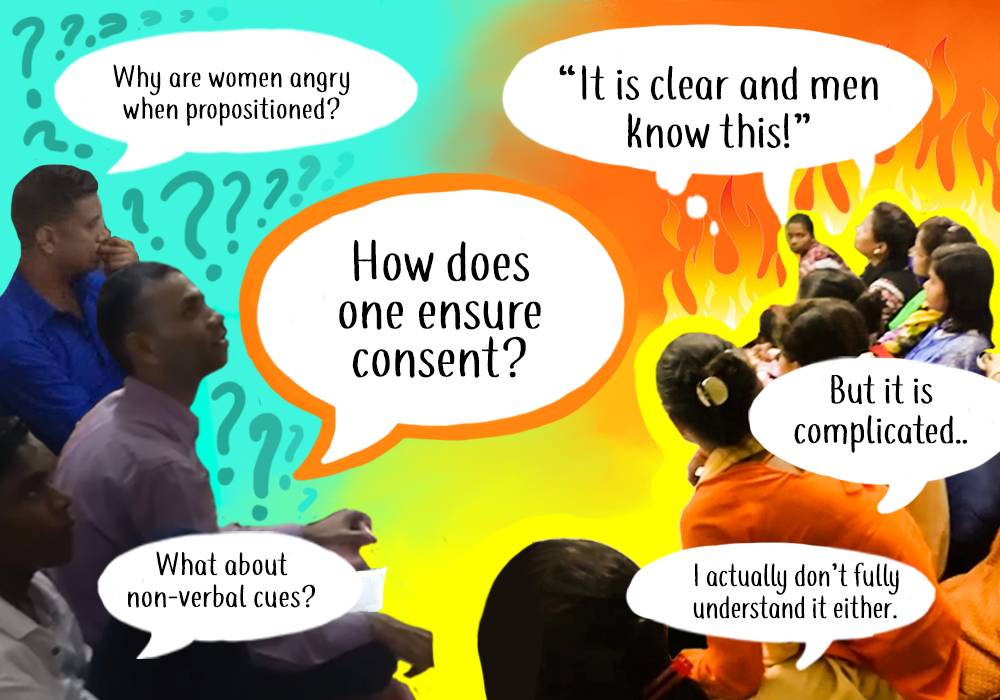 ‘Consent kya hota hai?’ A while ago, I walked into a workshop in Mumbai and handed out chits of paper for the students to write down their questions about sexuality. The questions that the men asked were mostly with respect to consent. How does one ensure consent? What about non-verbal cues? Why are women angry when propositioned? How do you define consent? Some of the women in the room were a bit angry – and rightfully so – when we began to address these concerns as they felt asking for consent was but natural. “It is clear and men know this,” was their general feeling, even though not all women in the room agreed that consent was an easy discussion or something they understood perfectly. After a difficult and detailed conversation, many of the men shared their apprehensions and many of the women tried to respond as well. The hard questions don’t have easy answers, I said. I am not sure if the women felt like men were only pretending to be confused about consent. That is a hard question to answer and one I wonder about a lot, but honestly don’t have an answer to. Sometimes I believe it is easy to tell when affirmative and enthusiastic consent is being given. So men, too, shouldn’t have a problem reading that. But at other times I wonder about the many cautious ways in which we navigate sexual intimacy. Do men really need to talk more about this among themselves and with women to understand consent? Do we need to create more safe spaces to have this discussion? How do we approach each other in non-creepy ways and initiate sexual intimacy in a consensual way? How can we talk about it without polarising the room? I notice during this conversation too how once the blame is placed on men for not reading consent, they refuse to reflect. This is of course not to say that we must tone police ourselves, but as a facilitator I feel very aware of my role in ensuring both groups are able to communicate with each other. We listened to each other and noticed we all gave and took consent differently. The head nods, the body language while giving consent, moving back from kisses, the discomfort in the body, verbal yes and no, were all part of the spectrum of ways in which men and women indicated consent or the lack of it. The shifting nature of consent was hard to pinpoint, especially the ability to say no, even after one has said yes. One of the men felt the romance of the moment goes away when consent is being sought. There was also an implicit understanding among everyone that men needed to initiate all advances – “make the first move”. This was challenged while we watched a fun video about consent, The Amorous Adventures of Megha and Shakku in the Valley of Consent. The conversation subsequently became more nuanced. Do we say no when we mean yes? Do we say yes when we mean no? Do we give consent with a smile, a laugh, our body language? Yes Yes Yes. This allowed for the group to get past their own experiences and discuss consent as something hard to pinpoint, but also easy to determine by observing, asking and accepting the response. Until this moment, we had seen a very divided conversation filled with accusations but through telling of our stories, and listening intently to each other, we moved closer to the point of understanding how consent is negotiated. There is something about how stories change the tone of the room. They help us see beyond words like consent and rejection to the core of our emotional landscape. Being able to talk about women as actively desiring, not passively desired, shifted the balance. It helped people in the room see each other and themselves a little differently. ‘I want to tell you my story’ “I want to tell you my story,” M said as he stood up with purpose, even though he seemed a little shy. We had just spent an hour listening to people’s experiences of love, desire and sex through the AOI podcasts. The mixed group of young men and women aged between 18 and 23, seated in a small room in Lucknow, was listening to and experiencing the ishq we all knew. Slowly, many of their own memories tumbled out. That one moment of fondly kissing. Their first sexual experience. What they felt in these intimate moments were all spoken and voiced out. During this time, I saw a young man fidgeting in the background eager to speak. My eyes rested on him and I smiled. He stood up and told us a story of love. A story of yearning. A story of confused reciprocity. “I don’t want more. I think. The hours spent talking to her is enough for me,” M said. As he shared his story, he said, he knew the love didn’t fit any of the boxes he knew about. Their love was almost taboo. He was learning to break the silence about his secret romance.
‘Consent kya hota hai?’ A while ago, I walked into a workshop in Mumbai and handed out chits of paper for the students to write down their questions about sexuality. The questions that the men asked were mostly with respect to consent. How does one ensure consent? What about non-verbal cues? Why are women angry when propositioned? How do you define consent? Some of the women in the room were a bit angry – and rightfully so – when we began to address these concerns as they felt asking for consent was but natural. “It is clear and men know this,” was their general feeling, even though not all women in the room agreed that consent was an easy discussion or something they understood perfectly. After a difficult and detailed conversation, many of the men shared their apprehensions and many of the women tried to respond as well. The hard questions don’t have easy answers, I said. I am not sure if the women felt like men were only pretending to be confused about consent. That is a hard question to answer and one I wonder about a lot, but honestly don’t have an answer to. Sometimes I believe it is easy to tell when affirmative and enthusiastic consent is being given. So men, too, shouldn’t have a problem reading that. But at other times I wonder about the many cautious ways in which we navigate sexual intimacy. Do men really need to talk more about this among themselves and with women to understand consent? Do we need to create more safe spaces to have this discussion? How do we approach each other in non-creepy ways and initiate sexual intimacy in a consensual way? How can we talk about it without polarising the room? I notice during this conversation too how once the blame is placed on men for not reading consent, they refuse to reflect. This is of course not to say that we must tone police ourselves, but as a facilitator I feel very aware of my role in ensuring both groups are able to communicate with each other. We listened to each other and noticed we all gave and took consent differently. The head nods, the body language while giving consent, moving back from kisses, the discomfort in the body, verbal yes and no, were all part of the spectrum of ways in which men and women indicated consent or the lack of it. The shifting nature of consent was hard to pinpoint, especially the ability to say no, even after one has said yes. One of the men felt the romance of the moment goes away when consent is being sought. There was also an implicit understanding among everyone that men needed to initiate all advances – “make the first move”. This was challenged while we watched a fun video about consent, The Amorous Adventures of Megha and Shakku in the Valley of Consent. The conversation subsequently became more nuanced. Do we say no when we mean yes? Do we say yes when we mean no? Do we give consent with a smile, a laugh, our body language? Yes Yes Yes. This allowed for the group to get past their own experiences and discuss consent as something hard to pinpoint, but also easy to determine by observing, asking and accepting the response. Until this moment, we had seen a very divided conversation filled with accusations but through telling of our stories, and listening intently to each other, we moved closer to the point of understanding how consent is negotiated. There is something about how stories change the tone of the room. They help us see beyond words like consent and rejection to the core of our emotional landscape. Being able to talk about women as actively desiring, not passively desired, shifted the balance. It helped people in the room see each other and themselves a little differently. ‘I want to tell you my story’ “I want to tell you my story,” M said as he stood up with purpose, even though he seemed a little shy. We had just spent an hour listening to people’s experiences of love, desire and sex through the AOI podcasts. The mixed group of young men and women aged between 18 and 23, seated in a small room in Lucknow, was listening to and experiencing the ishq we all knew. Slowly, many of their own memories tumbled out. That one moment of fondly kissing. Their first sexual experience. What they felt in these intimate moments were all spoken and voiced out. During this time, I saw a young man fidgeting in the background eager to speak. My eyes rested on him and I smiled. He stood up and told us a story of love. A story of yearning. A story of confused reciprocity. “I don’t want more. I think. The hours spent talking to her is enough for me,” M said. As he shared his story, he said, he knew the love didn’t fit any of the boxes he knew about. Their love was almost taboo. He was learning to break the silence about his secret romance.  Listening to M’s story, I realised how rare sharing is for men. They often listen when others share, allowing their own experiences to be sidelined. However, as we listened to a mix of podcasts in which both women and men told their stories about love, it meant the men in the workshop felt the urge to share their own stories (like the women, who had told their stories of shame, anger and confusion when it came to menstruation after watching Postcards from my Periods), and felt safe enough to do so. Sharing stories was a vital part of the workshop. It allowed us to see that our experiences were all on a spectrum. It placed people’s vulnerability at the centre. Similarly, after listening to the podcast Qayanat ka Romancenama, which described many things including the relish of love, romance and private moments, R spoke about how he had lost his one great love. He was married, but only because he was forced to be, he said. “I haven’t seen her in very long since she broke off our relationship because of her parents. Recently at a wedding, I saw her. I couldn’t eat my food. I couldn’t focus. I know it’s not fair for me to be married to someone else,” R said. He held back his tears and explained his situation, his impending divorce. It was all hard to process and in that moment, I noticed the comfort he received from the men and women in the room. He had been sharing this outside his close circle of friends for the first time. He was telling us, his peers gathered in the room, a story of love felt and love lost. This was the same workshop in which T had asked about the clitoris, and the mocking we had seen earlier had slipped to the corners of the room. It was now safe for other men to tell us how they felt. This shift was seen through the two days I spent with the group. Some of the exercises we undertook allowed for the men and women to reflect on what they knew, what they didn’t know and their experiences of loving and living. We had steadily made our way from derisive laughter to listening to one another without judgment. I remember feeling warmth as not-so-confident people shared their stories of love and desire. In one such moment, one of the quietest women in the room responded after listening to the podcast Park Mein PDA on a relationship between two men. She tilted her head shyly towards her friend seated next to her and said, “We are in such a relationship.” She then held her friend’s hand and they both smiled joyfully. The room smiled in response. Everyone acknowledged her story like they did the others, with smiles and warmth. My heart burst with pleasure. The story had brought us closer together. I have always been surprised by the stories we of different genders can tell in these workshops. Stories of love, shame, fear and romance. It reminds me of the power stories have in healing and in creating conversations. Rooting a workshop on sexuality education in stories has really changed how I conduct these workshops. It has brought forth many more conversations and less frustration from hitting walls because of our lived experiences. I imagine that the workshops don’t always provide answers and possibly leave us all asking more questions. But ask questions we must – they are doors, which open on to new vistas (maybe even mustard fields and tulip gardens!). Srinidhi Raghavan loves listening to stories. She is a part-time writer and full-time introvert. She works at the intersections of gender, sexuality, technology, rights and disability.
Listening to M’s story, I realised how rare sharing is for men. They often listen when others share, allowing their own experiences to be sidelined. However, as we listened to a mix of podcasts in which both women and men told their stories about love, it meant the men in the workshop felt the urge to share their own stories (like the women, who had told their stories of shame, anger and confusion when it came to menstruation after watching Postcards from my Periods), and felt safe enough to do so. Sharing stories was a vital part of the workshop. It allowed us to see that our experiences were all on a spectrum. It placed people’s vulnerability at the centre. Similarly, after listening to the podcast Qayanat ka Romancenama, which described many things including the relish of love, romance and private moments, R spoke about how he had lost his one great love. He was married, but only because he was forced to be, he said. “I haven’t seen her in very long since she broke off our relationship because of her parents. Recently at a wedding, I saw her. I couldn’t eat my food. I couldn’t focus. I know it’s not fair for me to be married to someone else,” R said. He held back his tears and explained his situation, his impending divorce. It was all hard to process and in that moment, I noticed the comfort he received from the men and women in the room. He had been sharing this outside his close circle of friends for the first time. He was telling us, his peers gathered in the room, a story of love felt and love lost. This was the same workshop in which T had asked about the clitoris, and the mocking we had seen earlier had slipped to the corners of the room. It was now safe for other men to tell us how they felt. This shift was seen through the two days I spent with the group. Some of the exercises we undertook allowed for the men and women to reflect on what they knew, what they didn’t know and their experiences of loving and living. We had steadily made our way from derisive laughter to listening to one another without judgment. I remember feeling warmth as not-so-confident people shared their stories of love and desire. In one such moment, one of the quietest women in the room responded after listening to the podcast Park Mein PDA on a relationship between two men. She tilted her head shyly towards her friend seated next to her and said, “We are in such a relationship.” She then held her friend’s hand and they both smiled joyfully. The room smiled in response. Everyone acknowledged her story like they did the others, with smiles and warmth. My heart burst with pleasure. The story had brought us closer together. I have always been surprised by the stories we of different genders can tell in these workshops. Stories of love, shame, fear and romance. It reminds me of the power stories have in healing and in creating conversations. Rooting a workshop on sexuality education in stories has really changed how I conduct these workshops. It has brought forth many more conversations and less frustration from hitting walls because of our lived experiences. I imagine that the workshops don’t always provide answers and possibly leave us all asking more questions. But ask questions we must – they are doors, which open on to new vistas (maybe even mustard fields and tulip gardens!). Srinidhi Raghavan loves listening to stories. She is a part-time writer and full-time introvert. She works at the intersections of gender, sexuality, technology, rights and disability.
Things Young Men Say to Me During Sex-Ed Workshops
From ‘What is a clitoris?’ to sharing stories of heartbreak, a sexuality educator tells us some of the burning issues on men’s minds
Score:
0/
Related posts
 How To Smell And Taste Good Down There
Partner going down on your buffet? Tips for a yummy garnish!…
How To Smell And Taste Good Down There
Partner going down on your buffet? Tips for a yummy garnish!…
 मैंने खुशी-खुशी अपना दिल उनको दिया, लेकिन उनको चाहिए थे बच्चे और एक देसी बहू
स्थायी बीमारी में डेटि…
मैंने खुशी-खुशी अपना दिल उनको दिया, लेकिन उनको चाहिए थे बच्चे और एक देसी बहू
स्थायी बीमारी में डेटि…
 If Life is Box Full of Chocolate Boys!
#HappyChocolateDay to the men who smile, are vulnerable, and…
If Life is Box Full of Chocolate Boys!
#HappyChocolateDay to the men who smile, are vulnerable, and…
 What is Fellatio? The AOI Sex Glossary
Is it ice-cream ka flavour, like pistachio? Well, it does ha…
What is Fellatio? The AOI Sex Glossary
Is it ice-cream ka flavour, like pistachio? Well, it does ha…
 Sorry Thank You Tata Bye Bye - A Music Video About Age of Marriage In Collaboration With Oxfam India
Sorry Thank You Tata Bye Bye - A Music Video About Age of Marriage In Collaboration With Oxfam India
 Ammuma’s Haircut and Her Romantic Past
If Ammuma's hair was one to divulge, what would it reveal ab…
Ammuma’s Haircut and Her Romantic Past
If Ammuma's hair was one to divulge, what would it reveal ab…
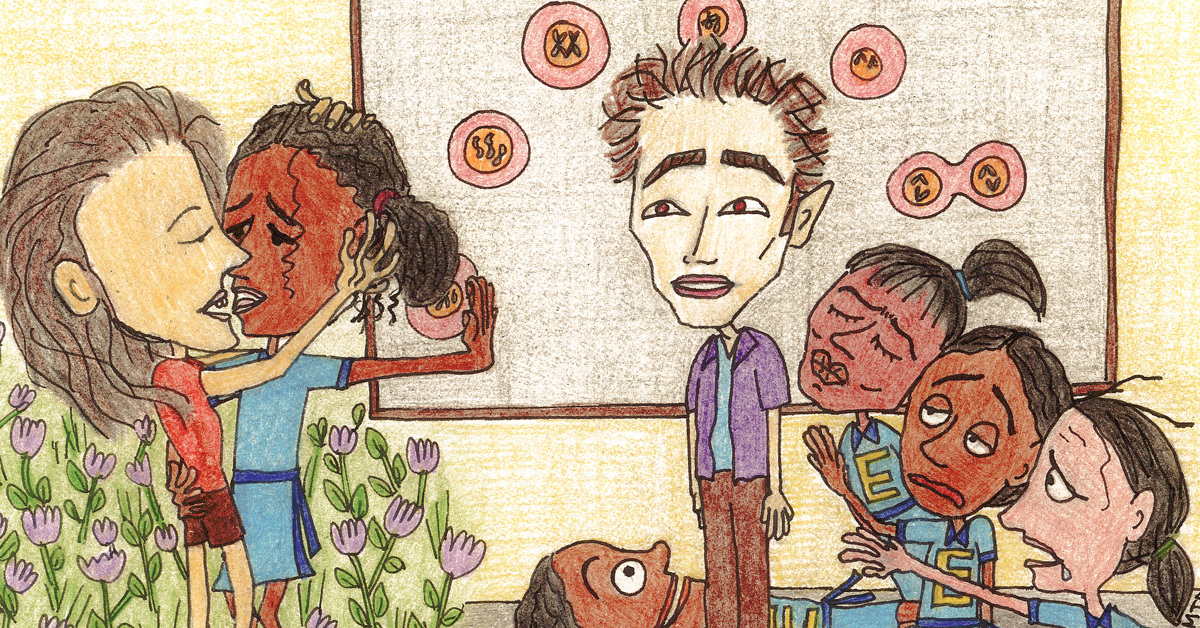 It Was ‘Twilight’. I Woke Up Bisexual.
How one can stumble upon one's (bi)sexuality with the help o…
It Was ‘Twilight’. I Woke Up Bisexual.
How one can stumble upon one's (bi)sexuality with the help o…
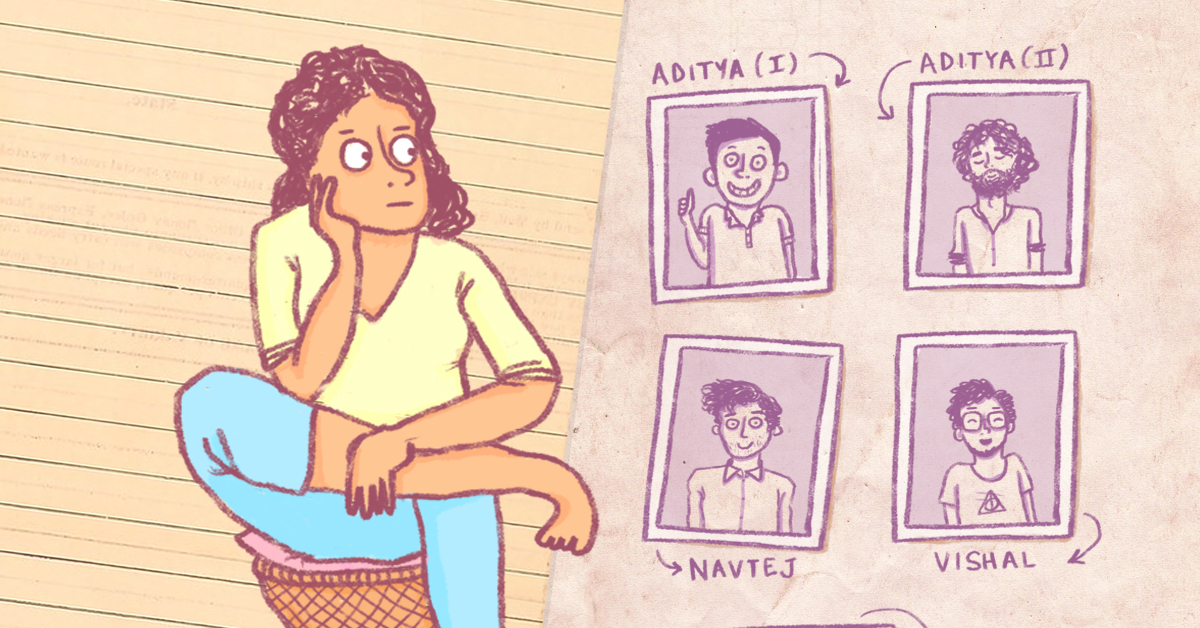 To All the Boys I Couldn't Love Before
What fleeting connections with many interesting men tell you…
To All the Boys I Couldn't Love Before
What fleeting connections with many interesting men tell you…
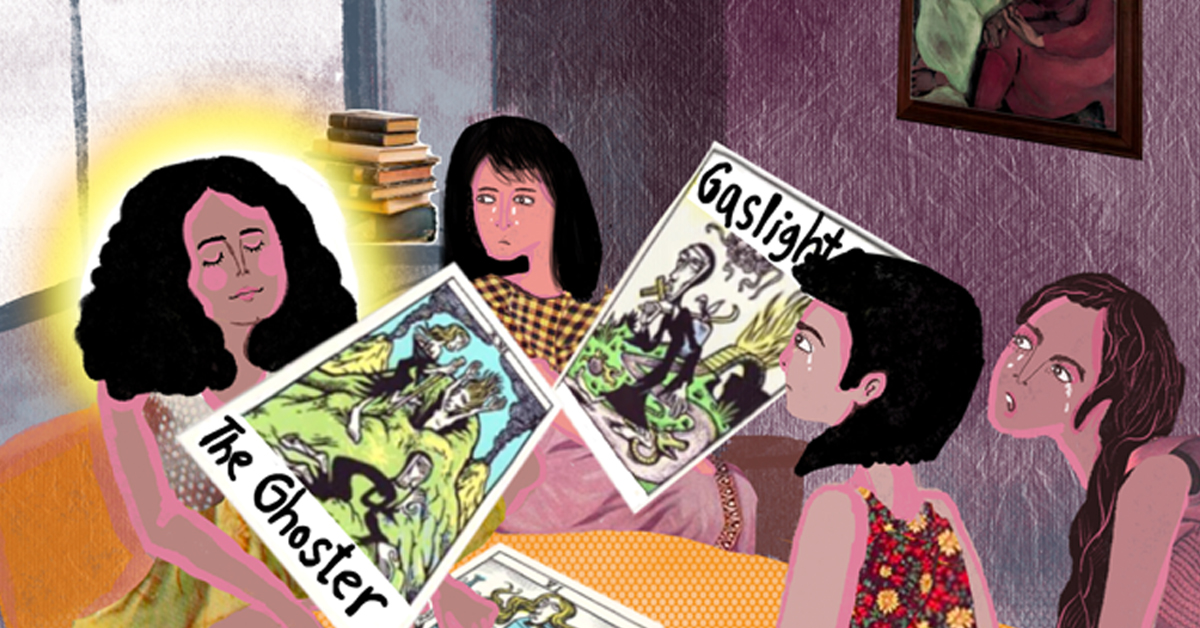 Tell Me Tarot, Will He Ever Come Back?
After Manjari is ghosted, all search for closure leads to he…
Tell Me Tarot, Will He Ever Come Back?
After Manjari is ghosted, all search for closure leads to he…
 How My Girlfriend's Abortion Made Me A Better Man: A Comic
M's story about a life-changing incident.
How My Girlfriend's Abortion Made Me A Better Man: A Comic
M's story about a life-changing incident.
 Do You Know How to Give Women Orgasms?
This app will teach you how and we got some Agents to try it…
Do You Know How to Give Women Orgasms?
This app will teach you how and we got some Agents to try it…
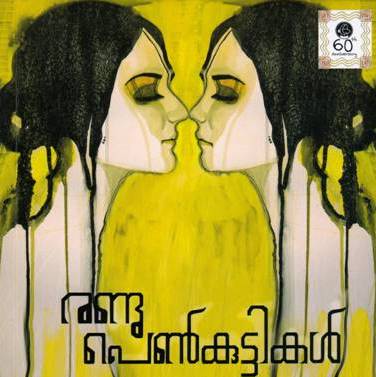 The AOI Queer Reading List: Desi Languages Version
Queer readings from non-English Indian languages.
The AOI Queer Reading List: Desi Languages Version
Queer readings from non-English Indian languages.
 What Makes Your Sexual Confidence Go Up and Down
Sexual confidence is like a Snakes and Ladders Game
What Makes Your Sexual Confidence Go Up and Down
Sexual confidence is like a Snakes and Ladders Game
 KISS MEIN KITNA HAI DUM: 19 KISS POEMS
Kisses that go from sweet to saucy, tender to raunchy, misch…
KISS MEIN KITNA HAI DUM: 19 KISS POEMS
Kisses that go from sweet to saucy, tender to raunchy, misch…
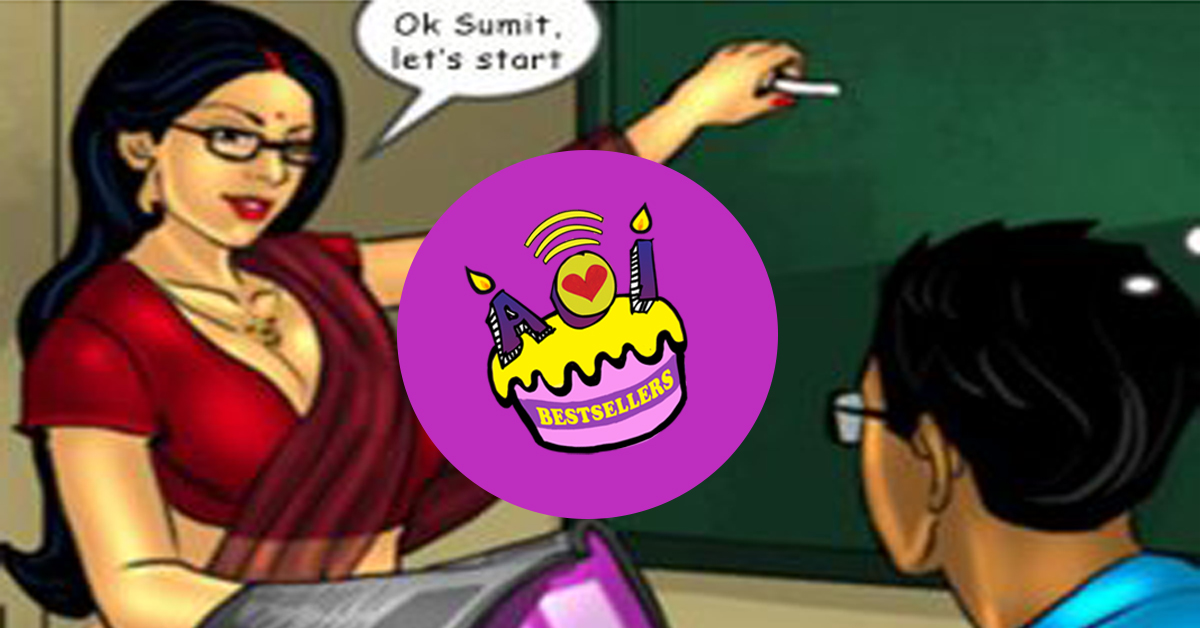 Savita Bhabhi and I: A True Love Story
Here is something you should know about me. I wrote three st…
Savita Bhabhi and I: A True Love Story
Here is something you should know about me. I wrote three st…
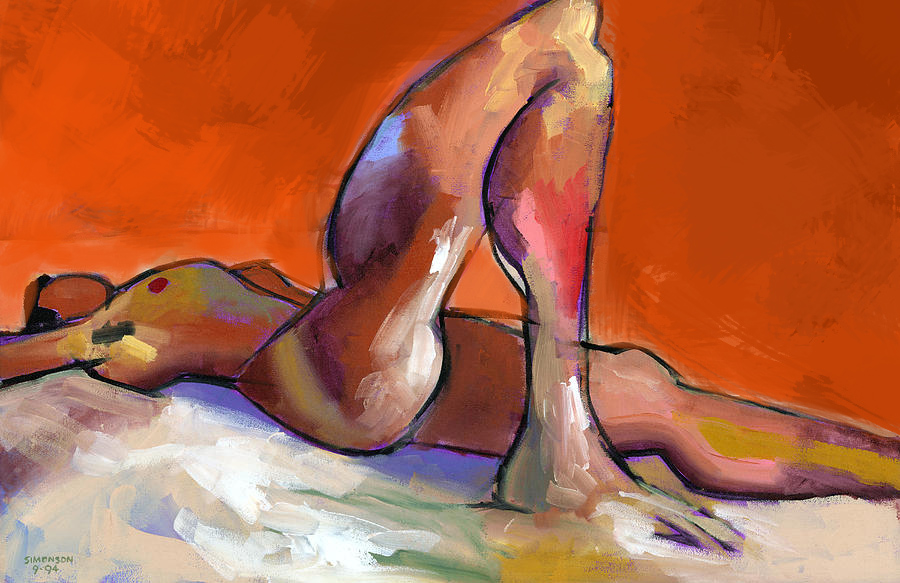 How Posing in the Nude Changed My Life
A young gay man who hates being touched, is awkward about ha…
How Posing in the Nude Changed My Life
A young gay man who hates being touched, is awkward about ha…






